Grass Pink Orchid
Common Green Darner
Peninsula Cooter
Northern Mockingbird
Florida banded watersnake
Florida Harvester Ant
10 Ways You Can Help Prevent Eutrophication
Glossy Ibis
Red-winged Blackbird
Indian Blanket
Indian Blanket, Gaillardia-pulchella, is also commonly known as a Firewheel. Indian Blanket flowers are members of the Aster family, grow to 1.5 feet tall and 2 feet wide, and are considered a short-lived perennial or an annual in Florida.
The Indian Blanket can often be spotted near Florida’s coasts on dry land. Since the early 1700s, this flower has been planted along roadsides much to the delight of Floridians and tourists.
A study done by Marlowe & Hufford in 2007 showed the DNA from the Indian Blanket was similar to those found in the more western species. More recent research by Weakley et al. 2020 has shown more evidence that it was likely cultivated rather than naturally spread.
The bright orange, red, and yellow flowers of the Indian Blanket make a beautiful addition to your garden. Butterflies, bees, and wasps are attracted to its pollen. Titmice, chickadees, and warblers enjoy the seeds. Once the flowers dry up, gather seeds by deadheading the plant. Indian Blankets are dormant in the winter.
Photo Credit: Aymee Laurain
Ebony Jewelwing Dameselfly
Ebony Jewelwing Dameselfies, Calopteryx maculata (Beauvois) are most often seen near slow moving streams. Both males and females have iridescent green bodies. The males wings are dark and the females wings are bronze colored with at white spot on the edge of the foreweings. They are large dameselflies that grow to 2.25 – 3 inches and have wingspans of 1.5 – 2.25 inches .
Female Ebony Jewelwings lay their egss on aquatic debris that forms a raft or dam in a stream. The naiads or juvemiles hatcht and feed on small aquatic prey. The naids are preyed on by frogs, fish, and birds. Adult Ebony Jewelwings are prey for frogs, fish, spiders, birds and the larger dragonflies.
Look for this damselfly that is endemic to eastern North America in Florida as far south as Brevard County on the eastcoast and Desoto County on the west coast. Ebony Jewelwings often rest on branches or leaves where their iridescent bodies shimmer in the sunlight.
Photo Credit: Dan Kon
Indo-Pacific Gecko
Indo-Pacific Gecko
Many of you may have seen these little brown lizards scurrying around the lights outside of your house at night. But did you know that this little girl holds an amazing secret? She is an Indo-Pacific Gecko, Hemidactylus garnotii, and she, like all of her sisters, is parthenogenic! As her name implies, this little Indo-Pacific gecko is not native to Florida, but instead is from southeast Asia. But, its ability to hide out in shipping containers and its unique reproductive strategy has made it easy for this species to spread.
Parthenogenesis is a natural form of asexual reproduction where the embryo is able to develop without the introduction of a sperm cell. There are several different types of parthenogenic reproduction, but let’s look at this little gecko species specifically. Indo-Pacific geckos are all female and reproduce by apomictic parthenogenesis. This means egg cells develop directly into embryos and are genetic clones of the mother. In Indo-Pacific geckos, the method of reproduction is via obligate parthenogenesis. This means this species reproduces entirely through asexual means.
So, since this species can spread with a single individual, it’s no wonder they have become such a widespread species. The earliest known specimen was found in Florida in 1963 and arrived through cargo shipments. They can be found over much of the state, but seem to be found mostly around man-made structures. The impacts of this non-native species are unknown at this time. There are several species of gecko in Florida that are also non-native, and look similar to the Indo-Pacific gecko, the most common of these is the Mediterranean gecko.
The Indo-Pacific Gecko can be identified by its smooth skin, toe pads, and orange color under the tail. In the images, you can see two eggs developing in this female right through her skin! They are insectivores and will hang around your porch lights at night in hopes of catching an easy meal. They have many predators in Florida. Snakes, large frogs, birds, and other nocturnal lizard eaters all make this gecko part of their diet.
Photo Credit: Andy Waldo
American Mink
The elusive American mink, Mustela vison, is a Florida native. Like otters, they are members of the weasel family and therefore, fiercely carnivorous. Dinner consists of fish, snakes, crabs, crayfish, frogs, insects, and small mammals. Minks are smaller than otters, weigh up to 4 pounds, and are only 1 – 2.5 feet long.
Minks are semi-aquatic animals that live in marshes and along the banks of rivers and streams. They have been spotted in salt marshes near the northern Atlantic and Gulf coasts. The Everglades mink, Neovison vison, is state-designated as threatened. They have been documented in freshwater and saltwater marshes in the southern Everglades, Fakahatchee Strand, and Big Cypress Swamp. There have been no current sightings of mink in the freshwater habitats of northern and central Florida.
In the spring, female minks give birth in their dens of hollowed-out logs or under protective tree roots. The 3-6 kits open their eyes at 25 days, are weaned at 5-6 weeks, and stay with their mother until fall. Bobcats, great-horned owls, and foxes prey on mink. Life expectancy is only 3 years. However, humans are the biggest threat to minks. In addition to hunting mink for oil, fur, and to assure a large fish population in human fishing areas, humans have reduced the minks’ habitat and polluted the waters that supply their food.
Minks are fast and incredibly adept at staying out of the sight of humans. Because they hunt in the late evening, during the night, and early mornings, sightings are rare. FWC biologists are seeking help from the public to track mink distribution in Florida. If you see a mink, please report your sighting here: https://public.myfwc.com/hsc/weasel/Default.aspx
Photo Credit: JayStatonPhotography.com
American Sycamore
The American sycamore, Platanus occidentalis, is a beautiful tree that grows 100 – 170 feet tall with a diameter of 3-14 feet. Its bark is white at first but turns brown as it grows. As the tree ages, the scales fall away and reveal the whitish-green bark beneath. Its distinctive leaves and green globe-shaped fruit make it easy to recognize. Songbirds dine on the seeds.
Sycamore trees are native from southern Canada to northern Florida. However, the tree has been planted far south of its range in Florida. The tree pictured in these images is located at Lake Lily in Central Florida.
Sycamore trees are known for their hurricane resistance and the ability of their intertwining root system to stabilize erosion. This makes them perfect specimens to plant in parks near waterways. The trees also tolerate acidic soils and as a result, they have been planted at phosphate mining sites. Before planting this beautiful shade tree in your yard, consider the height as well as the debris from falling bark and fruit.
Photo credit: Dan Kon
Mead Botanical Garden
Mead Botanical Garden is well-known as a wedding and private event venue in Central Florida. The trails and boardwalks through several of Florida’s ecosystems are not to be overlooked. Saunter through a longleaf pine forest, through a riparian area, and over the wetlands along the creek.
Land for the botanical garden was originally purchased by friends as a memorial to Theodore Mead, a world-renowned horticulturist. Mead Botanical Garden was dedicated and opened to the public on January 14, 1940. Over the next several years, more land was donated, an outdoor amphitheater was built, and students and scouts used the trails to learn about Florida’s unique ecosystems. By 1988, the Garden had fallen into disrepair. Winter Park residents sprung into action to save their beloved Garden. Today Mead Botanical Garden is maintained by the City of Winter Park’s Parks and Recreation Department with help from volunteer organizations and citizen volunteers.
Discover the many native species that thrive there and the wildlife who make their homes at Mead Garden. Look for turtles, raptors, butterflies, hummingbirds, and wading birds. Marvel at the many wildflowers including marsh fleabane, beautyberries, and Mexican primrose. Invasive species and other plants that do not support wildlife are being replaced with native species.
Bring your picnic lunch and enjoy a day at Mead Botanical Garden.
Click here for more information about Mead Garden, events, and activities: https://www.meadgarden.org/
Photo Credit: Dan Kon
Great Blue Heron
Great Blue Herons, Ardea herodias, are one of the most recognizable birds in Florida. The heron’s height and beautiful blue-gray plumage are hard to miss. They can reach 54 inches from head to tail, have a wingspan up to 75 inches, but weigh a mere 5-6 pounds.
You will most often find a Great Blue Heron standing alone at the water’s edge in saltwater or freshwater habitats. Fish, turtles, frogs, insects, birds, and rodents that pass within the area of the heron’s long neck are quickly snatched up by its powerful, long beak. Herons will also forage in fields or grasslands for frogs, birds, and small rodents.
During the breeding season, Great Blue Herons and their mates become part of a breeding colony that can include hundreds of pairs. Breeding colonies of Great Blue Herons are most often found in trees that are within 2-4 miles of their feeding areas. They may also be seen in mangroves, bushes, or on the ground. Males court females who lay 2-6 eggs. The couple shares the responsibility of incubating the eggs for up to a month and feeding the hatchlings for up to 3 months.
While Great Blue Heron’s remain mostly monogamous and enjoy the protection of the colony during the breeding season, for the rest of the year, they are solitary birds and will aggressively defend their feeding territory.
Photo Credit: Dan Kon and Andy Waldo
Eastern Black Swallowtails
Black Swallowtail (Eastern)
Eastern Black Swallowtails, Papilio polyxenes, are also known as American swallowtails. They are commonly found throughout Florida in gardens, along the sides of roads, in pastures, and in parks. Three or more generations are produced each year.
A female black swallowtail lays a single yellow egg on a host plant in the carrot family. The caterpillar is green with black stripes and yellow spots. If parsley or dill was chosen as the host plant, the hungry parsley caterpillar will devour the plant in your garden.
Roadside Wildflowers
Florida has many wildflower test sites along roadsides. In the panhandle, including near I10, you can see miles of these sites. These photos were taken off the side of the road in Live Oak, FL. The projects are part of Florida’s roadside plantings and highway beautification programs by the Florida Department of Transportation.
The area has a total of eight planting districts throughout the state, each with different plant species for those areas. These sites serve two major goals; to increase pollinator populations and diversity and to produce native vegetation that negates the need for mowing. The projects were also found to increase safety (Norcini 2014) and provide a great benefit through carbon sequestration (Harrison 2014). Finally, they add the beauty of true Florida that everyone can enjoy. Have you seen any roadside wildflower sites? Tell us about them in the comments.
Photo credits: Aymee Laurain
Rock Pigeon
Rock pigeons, Columba livia, are one of the most recognizable birds in Florida. They can be seen walking on the ground foraging for seeds and grains in wild areas. You may even find them eating a berry or an insect. In residential areas, including cities, these pigeons will dine on human food that has been abandoned. They will often visit birdfeeders.
Colors vary immensely in these birds found year-round in Florida. Their nests made of sticks are most often found in sheltered human-made structures such as barns, bridges, warehouses, and attics. Rock pigeons lay 1 or 2 eggs up to six times each year. However, the North American Breeding Bird Survey found their population declined by 46% between 1966 and 2015.
Rock pigeons can carry bird mites which will bite humans, wildlife, and livestock. When preparing food outside and pigeons are present, take extra care to avoid Salmonella bacteria.
Fun Facts:
Charles Darwin compared wild pigeons to the pigeons he kept. His observations helped him develop the theory of evolution.
Pigeons use magnetic fields, the sun’s position, and smell to find their way home. The U.S. Army Signal Corps used these talented navigators to carry strategic and life-saving messages during World War I and II.
Photo Credit: Dan Kon
Downy Woodpecker
Eastern Copperhead
Eastern Copperheads, Agkistrodon contortrix, are beautiful snakes that are most often found in wet forested areas. Copperheads are thick-bodied and adults grow to 22-36 inches long. Their alternating light and dark colors provide extraordinary camouflage on the forest floor. Meals consist of lizards, amphibians, insects, birds, small mammals, and other snakes.
In the spring, male Copperheads will travel long distances to find a mate. Females give birth to 7-20 live young in the summer. The little ones, who are born with a color pattern like their parents, wiggle their bright yellow tails to attract lizards and frogs for a tasty meal.
Copperheads are venomous snakes. Like all snakes, they only strike out at humans when they are defending themselves. Watch your step. Because they are masters at camouflage, Copperheads can easily be stepped upon. Luckily, the venom is not very potent and deaths are rare. However, if you are bitten by a Copperhead, be sure to seek medical attention immediately.
Fun Fact: Copperheads are pit vipers. A pit viper senses small temperature changes in its surroundings. This allows it to strike out with accuracy at the perceived danger or prey.
Map: UF IFAS Extension University of Florida
Photo Credit: Dan Kon
Butterfly Pea
Spurred Butterfly Pea, Fabaceae (Leguminosae) is a native climbing or twining vine that grows up to 6 feet long. Look for this perennial in the wild throughout Florida in a variety of places including in sandhills, pinelands, and coastal plains.
Butterfly Pea is dormant in the winter and pinkish-purple flowers appear from spring through fall in most of Florida. In the southern counties, it blooms all year-round. Long-tailed skippers and northern cloudywings rely on the Butterfly pea for a host plant.
Seaside Dragonlet
The Seaside Dragonlet, Erythrodiplax berenice, is the only North American dragonfly that breeds in saltwater.
Native to Florida, these small dragonflies can be found in mangrove swamps, salt marshes, and coastal strands throughout Florida. Adult males are a dusty dark blue, juveniles are yellow and black, and adult females’ color varies. Seaside Dragonlets dine on other insects and can be seen year-round near Florida’s coasts.
Zebra Swallowtail Butterfly
Zebra Swallowtail Butterflies, Protographium Marcellus, can be found in scrubs, along waterways and roadsides, and near forests, With a wingspan of 2 1/2 to 4 inches, prominent black and white zebra stripes, long black tails bordered with white, and a red median stripe, these beautiful native butterflies are hard to miss.
Consider planting the butterfly’s larval host plant, a Pappaw tree, in your garden to attract Zebra Swallowtail Butterflies to your outdoor space.
Yellow-bellied Sapsucker
The Yellow-bellied Sapsucker, Sphyrapicus varius, is the only North American woodpecker that is fully migratory. They live and breed in North-eastern U.S. and Canada and spend their winters between the southern US and Central America. The male has a red throat as pictured here while the female’s throat is white.
From December – March, you may notice a line of holes in the trees and large shrubs in your garden. A Yellow-bellied Sapsucker has made sapwells where the sap of the tree can be harvested. Bats and other birds may visit the sapwells too. The holes produce no damage to the trees. The woodpecker’s favorite shrubs and trees include Viburnum, Waxmyrtle, Dahoon Holly, Live Oak, and Pine.
Bahia Honda State Park
Bahia Honda State Park, located at mile marker 37 in the Florida Keys, is made up of over 500 acres and an offshore island that is waiting for you to explore. Henry Flagler’s historic Overseas Railroad is a stark reminder of the 1937 Category 5 Labor Day Hurricane.
Bahia Honda State Park is best known for its beaches, Calusa and Sandspur Beach. Favorite water activities include snorkeling, swimming, and scuba diving. Canoeing, kayaking, and boating are popular with easy access to both the Gulf of Mexico and the Atlantic Ocean. Watch for sea turtles and bottle-nosed dolphins.
Snorkeling tours offer the opportunity to explore the sea life at Looe Key National Marine Sanctuary. Look for starfish, spiny lobsters, queen conchs, and nurse sharks.
Saunter along the nature trail that leads you to the Old Bahia Honda Bridge. Enjoy the view while you admire herons, egrets, and ibises. A 3-1/2 mile hard surface road runs the length of Bahia Honda and is a perfect way to enjoy the park on your bicycle.
Bring your lunch and eat at a picnic area with a grill. Leashed pets are allowed in very limited areas.
For those who want to take a few days to experience all that Bahia Honda State Park has to offer, campsites are available for tents and RVs. There are six furnished cabins that accommodate 6 people in each.
Be sure to stay for stargazing. Bahia Honda Key is the darkest location in the Florida Keys.
For more information: https://www.floridastateparks.org/bahiahonda/
Photo Credit: Dan, Nancy, and Christian Kon
Viceroy Butterfly
River Otter
River Otters, Lontra canadensis, are members of the weasel family. They can be found in a variety of freshwater bodies including rivers, creeks, swamps, marshes, ponds, and lakes throughout Florida with the exception of The Keys. Otters love riparian areas where they can make their burrows under tree roots on a bank and slide into the water for a tasty dinner of fish, crustaceans, reptiles, and amphibians. They also dine on insects, birds, and small mammals.
River Otters weigh 15-30 pounds and live to 12 years old, They and are skilled swimmers. When they aren’t playing in the water or mud, you will find them marking their territory with urine, feces, scent glands, and scratch marks on trees. Females give birth to one to six pups in a den dug into the bank of a body of water or a hollow log. When they are two months old, the mother otter pushes her pups into the water where they quickly learn to swim.
Fun Fact: River Otters can hold their breath for 8 minutes.
Photo Credit: Paul Waller
Yellow-crowned Night-Heron
Yellow-crowned Night-Herons, Nyctanassa violacea, with their purplish-gray body, black-and-white face, and striking yellow plumes can be found in wet fields or shallow wetlands. They may be seen foraging any time during the day or night. You will most often discover this bird alone, although, at times, they may appear in groups.
Watch as they stand still or walk slowly with their necks extended in search of their favorite dinner of crustaceans. They may also eat frogs, small fish mussels, and water beetles.
Keep a keen eye out for this hard-to-find bird. While they are most common in barrier islands, coastal marshes, and mangroves, you may also find them inland near rivers, on golf courses, or even in your wet yard.
Yellow-crowned Night-Herons have been around for a long time. The oldest recorded fossil was discovered in Sarasota, Florida, and is 2–2.5 million years old.
Sadly, the Yellow-crowned Night-Heron has been designated a Species of Concern by Florida Rare and Endangered Plants and Animals.
National Key Dear Refuge
National Key Dear Refuge
Established in 1957 to protect and preserve in the national interest the Key deer and other wildlife resources, the 9,200-acre National Key Dear Refuge consists of salt marsh wetlands, mangrove forests, freshwater wetlands, pine rockland forests, and tropical hardwood hammocks. Twenty-three endangered and/or threatened animals and plants live in the refuge.
National Key Dear Refuge is surrounded by saltwater and easily accessible on Big Pine Key. Because of karst bedrock, freshwater is stored in the bedrock’s holes and crevices. This freshwater is necessary for Key Deer and other plant and animal species to thrive.
Visiting National Key Dear Refuge on Big Pine Key:
Drive the Speed Limit. Key Deer and other wildlife share the roads with you.
Be sure to stop at the Visitor Center to learn about how to avoid poisonwood trees and stay safe on a trail where you may encounter snakes and alligators.
Saunter along the trails at The Blue Hole. https://www.imagineourflorida.org/blue-hole/
Discover endangered Bartram’s scrub hairstreak butterflies, endangered Lower Keys marsh rabbits, and the endangered Key Deer. https://www.imagineourflorida.org/key-deer/
There are 40 species of reptiles, including alligators and crocodiles, waiting to be discovered. Look for over 250 migratory and resident bird species, including the rarely seen Mangrove Cuckoo. Snakes, including the threatened Eastern Indigo call the refuge home.
Leashed dogs are welcome.
Learn more here:
https://www.fws.gov/refuge/National_Key_Deer_Refuge/
Photo credit: Dan Kon, Nancy Kon, Christian Kon
White Peacock
White Peacocks, Anartia jatrophae, are common butterflies found on roadsides, near the edges of ponds and wetlands, and in fields and parks with low growing vegetation. They can be seen year-round flying low to the ground where their favorite low-growing nectar plants thrive.
White Peacocks lay a single egg on or near a host plant such as frogfruit or water hyssop. They live for about 4 months and their wingspan reaches 2 – 2.75 inches.
Eastern Indigo Snake
Cloudless Sulpher
Cloudless Sulpher
Cloudless sulfurs, (Phoebis sennae), live in Florida year-round. These beautiful, bright yellow butterflies are hard to miss with their wingspans of 2 – 3 inches. Look for them in sunny, open areas such as along roadsides and in pastures, fields, and meadows.
Cloudless Sulfurs can be seen in large numbers during the fall migration season. Many spend their winters in Florida south of Gainesville. Nectar plants include red morning-glories, scarlet creeper, and cypress vine, scarlet sage, and Salvia. Cloudless Sulfurs prefer various species in the pea family as host plants where females lay a single egg.
Least Tern
Least Tern
I was able to get out today and visit a Least Tern Colony. Watching these amazing parents nesting, sitting on eggs, and caring for their newborn chicks is very interesting indeed. They actively defend their nesting areas and will let you know if you get too close in short order! They will scream and dive at you even pecking you in the head should you not pay heed to their warnings!
The Least Tern is Florida’s smallest Tern. It’s a spring/summer visitor. They are often seen flying low over the water, with quick deep wingbeats and shrill cries. These Terns usually hover before plunging into water for tiny prey and do more hovering than most terns. Populations are endangered in many areas because of human impacts on nesting areas, especially competition for use of beaches. Least Terns are listed as Threatened in the State of Florida.
For Tern parents, it’s tough raising chicks on a beach with development, people, dogs, feral cats, raccoons, fox, predatory birds, and broiling hot sun. Least Terns in some parts of the east including Florida are now nesting successfully on gravel roofs near the coast. This particular colony is the only known beach-nesting colony in SE Florida. The parents need to protect the chicks and feed them constantly while getting enough nutrition for themselves. Least Terns are great providers and amazing parents! ~Paul Waller
Note: All shots were taken from a responsible distance with a long lens
Photo credit: Paul Waller
Lake Lily
Lake Lily, located in Maitland, is a 10-acre park with a 1/2 mile walking trail around the Lake. Saunter near the lake as you watch for limpkins, green herons, ibises, and a variety of ducks. Sit on one of the many benches and watch squirrels who will keep you smiling with their jumping skills. Listen for birds of prey, crows, and a variety of songbirds.
Lake Lily is open from 8 am until Sunset most days. There is a playground for the kids, a rentable wedding gazebo, and restrooms. Your leashed dog is welcome to enjoy the day with you.
For more information: https://maitland.recdesk.com/Community/Facility/Detail…
Photo credit: Dan Kon
Collier-Seminole State Park
Collier-Seminole State Park, located in Naples, is a 7,271-acre park that offers the opportunity to explore part of the Great Mangrove Swamp of South Florida and an original stand of royal palms. Discover wildlife and wildflowers like those in the Everglades.
Learn about the Bay City Walking Dredge No. 489, a mechanical engineering marvel that walked forward as it dredged limestone to create a road from Tampa0 to Miami.
Collier-Seminole State Park has four wonderful nature trails ranging from less than a mile on the Royal Palm Hammock Nature Trail to the 5.25 mile Strand Swamp Trail. Discover the plants and animals, many imperiled, that live in the park. The park is designated a Great Florida Birding and Wildlife Trail so be sure to bring your camera/binoculars.
Launch your canoe or kayak at the ADA accessible launch. Explore the Blackwater River on the 13.5-mile canoe trail. As you paddle through the mangroves to Blackwater Bay, look for crocodiles, alligators, otters, manatees, and a variety of wading birds.
Primitive camping sites and campsites for your RV and tents are available. There are bike trails, two pavilions, picnic tables, and a playground for your enjoyment. Leashed pets are welcome.
For more information: https://www.floridastateparks.org/…/collier-seminole-state-…
Photo Credit: Ileana Rodriguez
Heavenly Bamboo
Heavenly or Sacred Bamboo, Nandina domestica, is not very heavenly in Florida. It is native to Asia, introduced in the US, and can be found in forests and hammocks throughout Florida.
Heavenly Bamboo is not bamboo. It is a shrub that grows to about 7 feet tall. Reproduction may occur through vegetative regeneration, however, it is known to reproduce through seed dispersal. Red berries appeal to birds and other animals. The tiny white flowers and bright red berries appear harmless.
Heavenly Bamboo is poisonous to some animals. Cyanogenic glycosides can be found in the foliage and the fruit. The shrub is a species of concern because it may compete with understory plants and threaten several of Florida’s endangered wildflowers.
If you have this plant in your yard, IOF recommends you remove it. Protect wildlife and ecosystems when you replace Heavenly Bamboo with one of Florida’s native shrubs.
For more information:
https://www.fs.fed.us/datab…/…/plants/shrub/nandom/all.html…
Blue Hole in Big Pine Key
The Blue Hole in the National Key Deer Refuge
Located on Big Pine Key, the Blue Hole offers a short trail and observation deck where you can immerse yourself in nature.
The Blue Hole is a large sinkhole. The sinkhole became a quarry and the limestone was used to construct roads in The Keys as well as Henry Flagler’s Oversea Railroad. After being included in the National Key Deer Refuge, the Blue Hole was replanted with native vegetation and returned to nature.
The water in the blue hole is a freshwater lens. This means that freshwater from rainwater floats on top of the saltwater that lies underneath. The Blue Hole provides a unique ecosystem for the wild plants and wildlife that thrive there.
The Blue Hole is included in the Florida Keys Birding and Wildlife Trail. Look for Key Deer, fish, alligators, turtles, iguanas, and a variety of birds (including wading birds), and snakes.
Sea level rise is an immediate threat to the Blue Hole. Lying only 3 to 6 feet above sea level, freshwater in wetlands in the Keys will become brackish or saltwater habitats if the sea level continues to rise. Mud turtles, marsh rabbits, and endangered Key Deer will be impacted by the loss of freshwater. When we make choices that protect our planet from climate change, we ultimately are protecting Florida and all of its inhabitants.
Photo credit: Dan Kon, Christian Kon
Hidden Waters Preserve
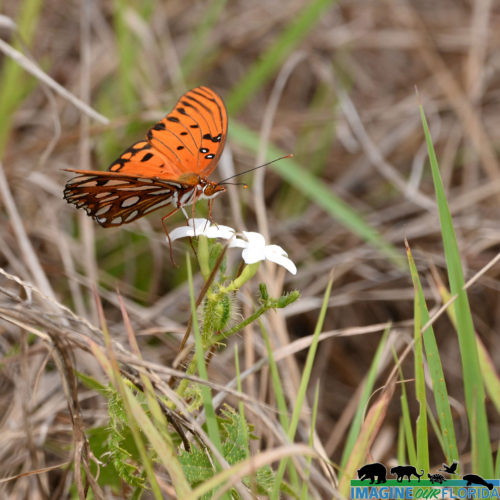
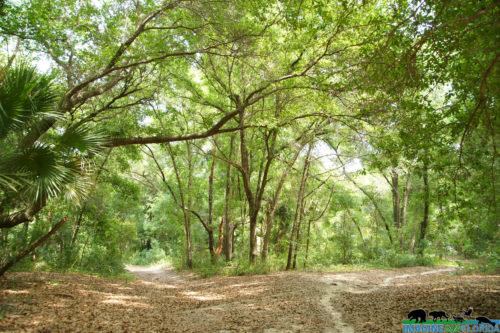
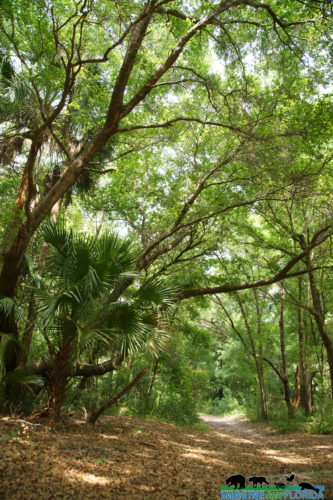
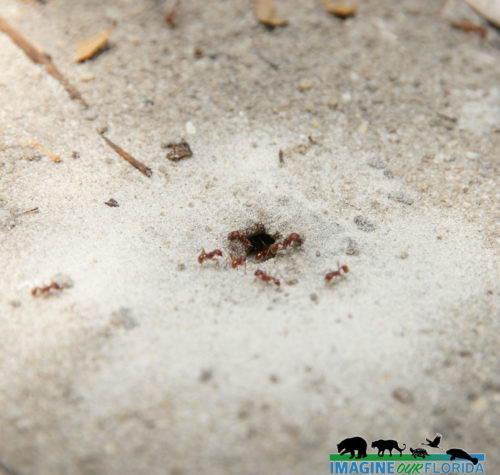
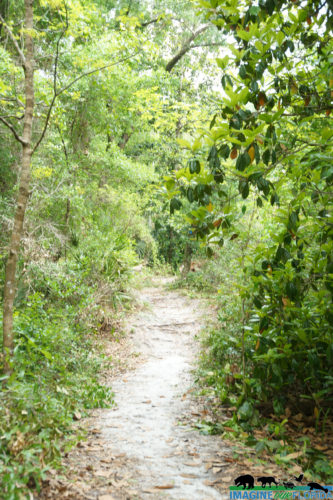
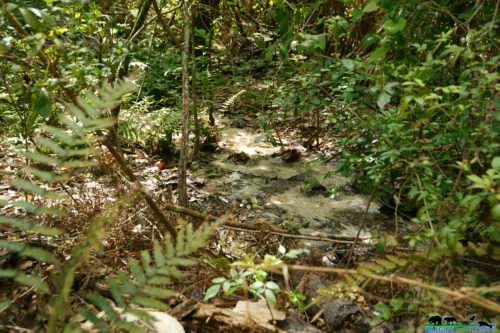
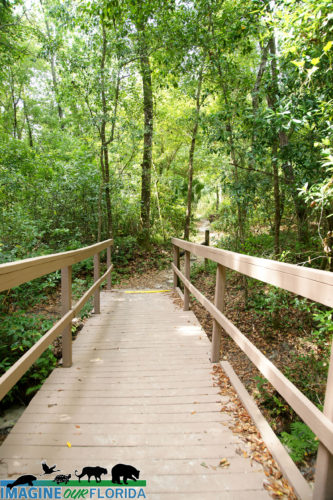
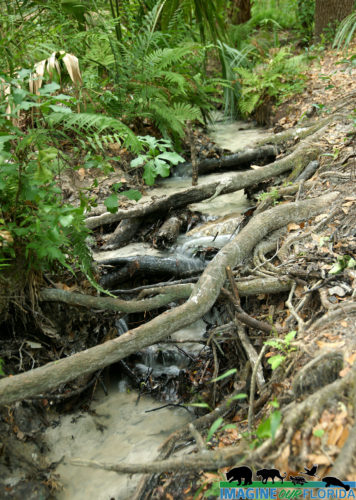
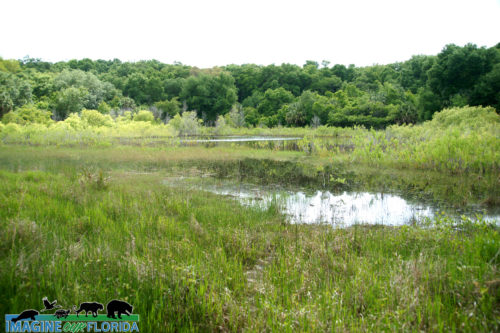
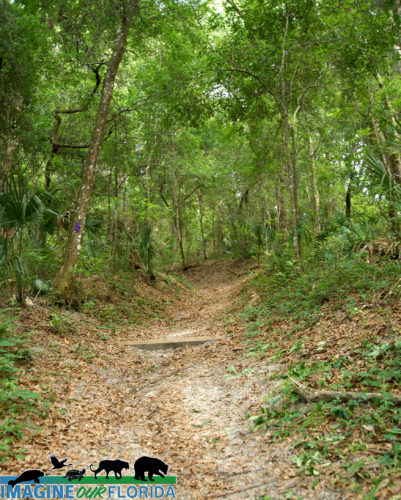
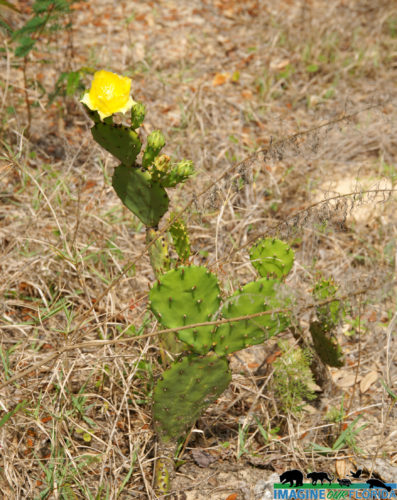
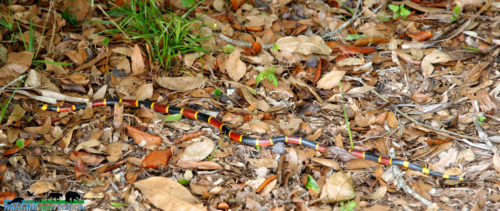
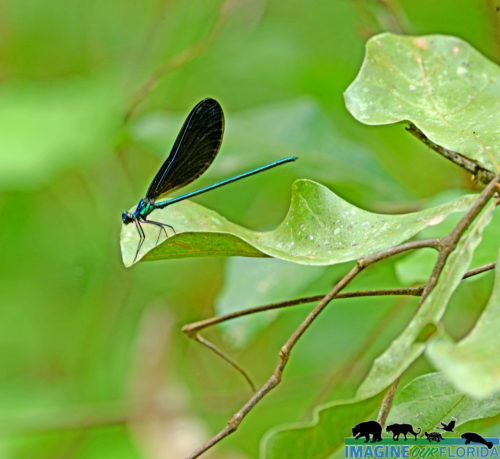
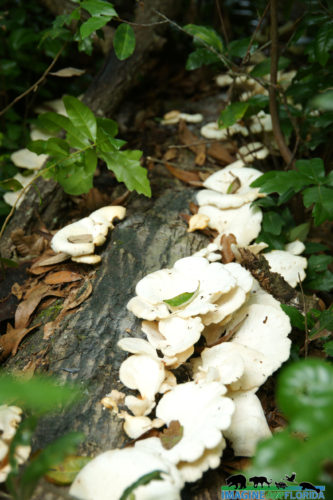
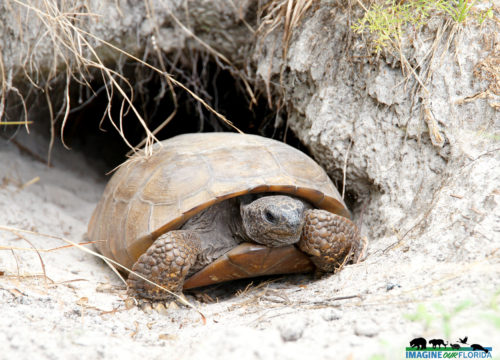
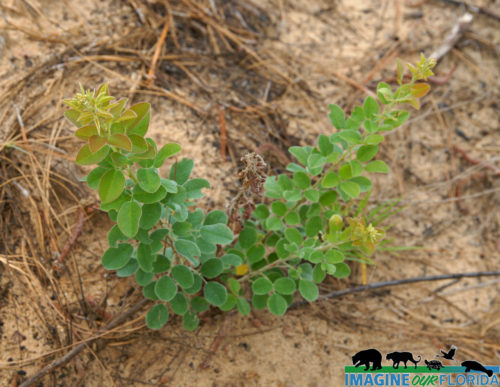
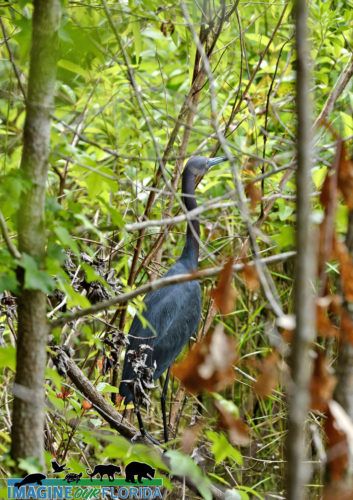
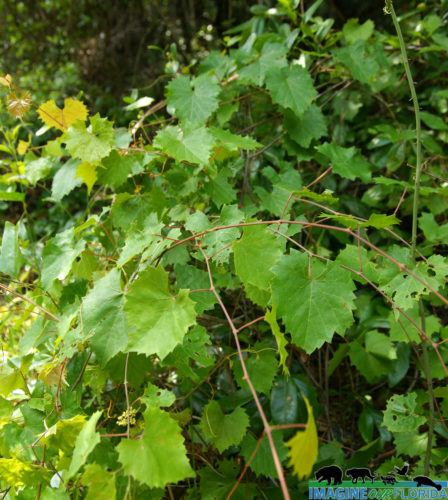
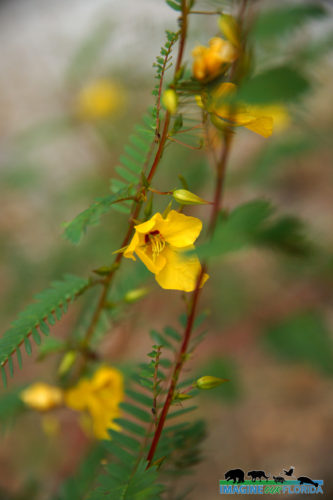
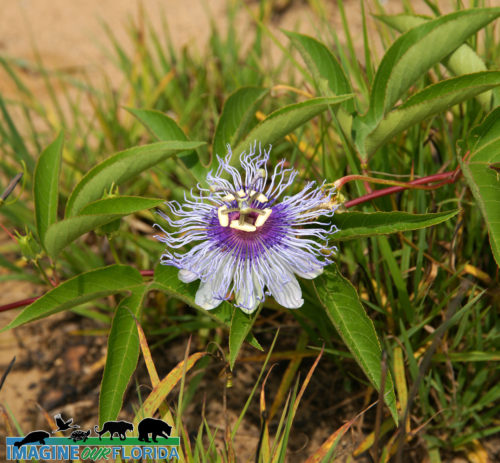
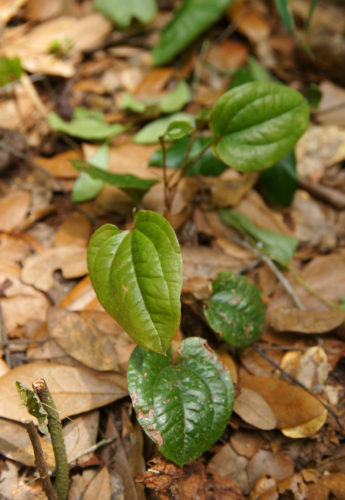
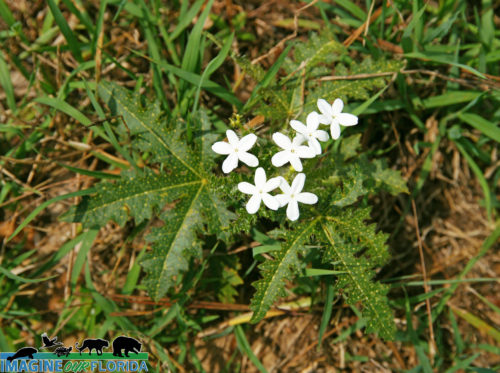 Once known as the Eichelberger Sink, this 90-acre preserve located near Eustis is managed by Lake County Water Authority. Hidden Waters Preserve was established in 1996 to protect the water seepage and Lake Alfred where water slowly seeps into the aquifer.
Once known as the Eichelberger Sink, this 90-acre preserve located near Eustis is managed by Lake County Water Authority. Hidden Waters Preserve was established in 1996 to protect the water seepage and Lake Alfred where water slowly seeps into the aquifer.
Hidden Waters Preserve offers 6 trails ranging from 2 miles to 15 miles. Hike the meandering paths through sandhill restoration areas. Notice the newly planted Long-leaf pines and the gopher tortoises who make their burrows there. Water flowing from a seepage slope offers the opportunity to discover various plants and ferns.
The elevational difference between the top of the sink and the bottom is 110 feet. Explore the depression marsh and lake at the bottom of the sink where you will find a variety of plants and wading birds. Bird watchers will be happy to discover some of the more than 35 birds on this designated FWC Statewide Birding Trail.
For more information and trail maps click here: https://www.lcwa.org/land_resources/open_preserves.php
Photo Credit: Dan Kon
Eastern Coral Snake
Eastern Coral snakes, Micrurus fulvius, have a bright, glossy, distinct pattern. Their heads are black and their tails are yellow and black. Red and black rings separated by thin yellow rings make up the rest of their body.
An adult Coral snake will grow to 1 1/2 to 2 1/2 feet long. Prey consists of frogs, lizards, and other snakes. Coral snakes are the only venomous snakes in Florida that are part of the cobra (Elapidae) family, therefore, they lay eggs.
From scrubs to swamps, Eastern Coral snakes can be found in numerous habitats throughout Florida. Because they spend most of their time hiding under logs or underground, an occasional Coral snake sighting can be a wonderful discovery.
A bite from this venomous snake is extremely rare, however, their bites are dangerous to pets and people. Bites occur when the Coral snake is threatened. When you discover a coral snake, simply give it space so we can peacefully coexist.
Photo credit: Dan Kon
Butterfly Weed
Butterfly weed, Asclepias tuberosa, is also known as Butterfly milkweed. It is the most popular native species of milkweed in Florida. This hardy perennial grows 1-2 feet tall and is abundant throughout Florida. Its bright orange flowers bloom in late summer through fall and attract a variety of pollinators.
Butterfly weed is readily available at native plant nurseries. Once established, it thrives in dry, sandy soil in sun or part shade. Monarchs rely on milkweeds in the genus Asclepias for their survival since it is the only plant monarch caterpillars will eat. Plant some in your wildflower garden to attract butterflies, bees, and hummingbirds.
BioLab Road
BioLab Road at Merritt Island National Wildlife Refuge.
Take a slow 5.6-mile drive in the comfort of your car on Bio Lab Road in Merritt Island National Wildlife Refuge. It is a one-way road running north to south. With wetlands to your right and the water to your left, you are sure to see plenty of shorebirds. Look for ducks, ibises, egrets, sandpipers, spoonbills, pelicans, herons, and of course, alligators. Be sure to bring your camera and binoculars.
In 1962, NASA purchased 140,000 acres of land located adjacent to Cape Canaveral. The John F. Kennedy Space Center was built complete with launch pads. In 1963, U.S. Fish and Wildlife Service (USFW) and NASA entered into an Interagency Agreement. This agreement allowed USFW to establish the land that was unused by NASA as the Merrit Island National Wildlife Refuge.
Established to provide habitat for wildlife diversity, migratory birds, and endangered and threatened species, Merrit Island National Wildlife Refuge consists of scrub, pine flatwoods, hardwood hammocks, saltwater marshes, freshwater impoundments, and coastal dunes. Over 1,500 species of plants and animals including 15 federally listed species make their homes here.
Watch for bobcats, otters, and deer. Lizards, snakes, alligators, and turtles make their homes here. 358 species of birds have been recorded at the refuge. Birds of prey include bald eagles, osprey, red-shouldered hawks, and American kestrels. Look for killdeer, Wilson’s snipes, and ring-billed gulls along the shore. Look up to see blue jays, barn swallows, American robins, pine warblers, and more. Blue herons, ibis, and egrets are plentiful. Ring-necked ducks, blue-winged teals, and wood ducks can be seen swimming in the waters at the refuge. Threatened and endangered species such as the eastern indigo snake, scrub-jay, gopher tortoise, wood stork, West Indian Manatee, and Southeastern Beach Mouse find refuge here.
For more information click here: https://www.fws.gov/refuge/Merritt_Island/
Photo credit: David Gale
Oakleaf Fleabane
Oakleaf fleabane (Erigeron quercifolius) is a native wildflower usually found in wetlands. Also known as Southern fleabane or daisy fleabane, this annual often pops up in disturbed areas. in sandhills, and yards.
The tiny white with pinkish or purplish tinted blooms are no more than 1/2 in diameter. Pollinators love this early bloomer member of the daisy family. Look for Oakleaf fleabane to bloom throughout the spring and summer.
Mullet Lake Park
– Mullet Lake Park-
Located in Geneva in Seminole County, Mullet Lake Park is best known for its 8 primitive camping sites, its group camping site, and boat launches. The 55-acre park borders Lake Mullet and the St Johns River. This quaint park offers the opportunity to sit and relax under ancient oak trees as you take in the sights and sounds at this remote location.
Listen for the sounds of birds, fish jumping, and frogs croaking. Look for birds of prey, shorebirds, and a variety of blooming wildflowers waiting to be admired.
For more information click here: https://www.seminolecountyfl.gov/…/301554-Mullet-Lake-Park.…
Photo credit: Dan Kon
Black-necked Stilt
Black-necked stilts, Himantopus mexicanus, are often seen wading in shallow water in search of food such as small crustaceans, amphibians, and small fish. They also enjoy larva, dragonflies, and beetles as well as a few plants and seeds. Look for these unmistakable birds with long, pink legs in wetlands, flooded fields, shallow lakes and ponds, and saltmarshes.
The female chooses the male for mating and together they select a nest site and build the nest. Black-necked stilt nests are located on tiny islands, on floating masses of vegetation, or on the ground near the water. One will dig a hole with its feet and body. A lining of grasses, shells, stones, and other materials are added for 2 – 5 eggs. The couple will both incubate the eggs for nearly a month and raise the chicks until they are ready to be on their own in about a month after hatching.
When Black-necked stilts feel threatened by humans or other animals they will perform a “Popcorn Display.” A group of them will join together and jump up and down while flapping their wings and making loud sounds. They may also use a distraction tactic to lure predators away from their nests.
These beautiful birds face human threats of pesticide run-off and habitat loss. When birdwatching, stay far enough away so you do not disturb them.
Photo credit: Dan Kon
Little Big Econ State Forest
Little Big Econ State Forest
Located in Geneva in eastern Seminole County, the Little Big Econ State Forest gets its name from both the Econlockhatchee River and the Little Econlockhatchee River. Econlockhatchee means “earth-mound stream” in the Muskogee language and was named by the native Americans for the numerous mounds found along the river.
Before being established on March 24, 1994, by the Florida Legislature, the property was used for cattle ranching, crops, as a turpentine distillery, and for a portion of the Florida East Coast Railway. Today the 10,336 acres in the Little Big Econ State Forest is an outdoor enthusiast’s paradise.
Seventeen miles of the Econlockhatchee River, which has been designating an Outstanding Florida Waterway, makes its way through the forest before flowing into the St. Johns River on the eastern boundary. The Little Big Econ State Forest boasts a variety of habitats including wet prairie, pine flatwoods, sandhill, scrub pine, flatwoods, scrub, sandhill, and oak-palm hammocks.
Over 160 bird species have been spotted in the forest including Bachman’s sparrows, crested caracara, wood storks, swallow-tailed kites, and sandhill cranes. Look for fox squirrels, gopher frogs, gopher tortoises, turkeys, deer, and alligators.
The Little Big Econ State Forest has been named one of the country’s most family-friendly hikes by the American Hiking Society. Saunter along the 5.2-mile loop Kolokee Trail, discover wildlife along the 8 miles of Florida National Scenic Trail, or explore any of the 15 miles of trails located in the forest.
Paddle all or a portion of the 20 mile-long Econlockhatchee River Paddling Trail. There are 12.1 miles of bicycle trails and 9.3 miles of equestrian trails complete with a water trough.
Primitive camping sites are available and some have a picnic table and fire ring.
Reserve the picnic pavilion for your special events.
Enjoy your lunch at a picnic table. Your leashed pets are welcome.
Whether for a day or a week, there is plenty to explore and discover at the Little Big Econ State Forest.
For trail maps and more information:
https://www.fdacs.gov/…/State-…/Little-Big-Econ-State-Forest
Photo credit: Christian Kon
Fort Drum Marsh Conservation Area
Fort Drum Marsh Conservation Area
As part of the Upper St. Johns River Basin Project, Fort Drum Marsh Conservation Area includes a freshwater marsh at southernmost headwaters of the St. Johns River, a hardwood swamp, pine flatwoods, and a prairie. Together, The U.S. Army Corps of Engineers and St. Johns River Water Management District have restored the original wetlands which resulted in better water quality, flood control, and diverse animal and plant habitats.
Family-friendly recreational activities include hiking on some or all of the 5 miles of trails, picnicking, horseback riding, bicycling, primitive camping at designated sites, wildlife viewing, and canoeing. Saunter through a hardwood swamp on a boardwalk shaded by Cedar Cypress Trees as you make your way to Hog Island where you will find more trails to explore.
Look for migratory birds, bald eagles, owls and other raptors, sandhill cranes, turkeys, wood storks, caracara, white-tailed deer, dragonflies, turtles, and alligators. Discover the vast number of wildflowers and the pollinators who rely on them.
Dogs are welcome provided they are leashed at all times. Fort Drum Marsh Conservation Area, located about 10 miles east of Yeehaw Junction, is fun for all and is waiting for you to create memories to last a lifetime! Plan your trip today!
For a trail guide and more information:
https://www.sjrwmd.com/lands/recreation/fort-drum-marsh/
Photo credit: Dan Kon, Aymee Laurain, Andy Waldo
Laughing Gull
If you have been to a beach in Florida, you have surely heard the distinct call of the laughing gull. Laughing gulls (Leucophaeus atricilla) are year-round Florida residents and are often seen in flocks on beaches, in salt marshes, and nearby parking lots. They are often seen inland in fields, near rivers, or at your local garbage dump.
Both males and females build nests in colonies on the ground under the cover of bushes or grasses. The parents take turns incubating the eggs for about 20 days and both feed the young for the next 5 weeks. Food includes foraged crustaceans, small fish, and insects. In the spring, horseshoe crab eggs and the eggs of other birds provide a tasty meal. Earthworms and snails are sometimes eaten. These birds are not picky eaters so be sure to carefully dispose of your food scraps and food wrappers.
Ironweed
Ironweed (Vernonia gigantea) is a Florida native and can be a beautiful addition to your wildflower garden. Ironweed grows 3-10 feet tall, can be planted in partial shade or sun, and blooms from July through October. Butterflies, hummingbirds, and bees love this pollinator perennial. As its name suggests, ironweed is a tough plant with deep-set roots and seeds that spread easily in your garden. Be prepared to prune and maintain to keep this beauty in check.
Look for Ironweed growing in the wild where the soil is moist. You may also see this hardy plant along the side of the road or a stream as well as in the woods, prairies, savannas, and grasslands.
Snail Kite
Snail Kites can be found flying low over open freshwater and marshes in Central and Southern Florida before dropping down to snatch an apple snail with their talons. They will fly to a perch and use their unique-shaped bills to pry the snails from their shells. Look for Snail Kites roosting in flocks just before hunting and during nesting season.
Listed as endangered in Florida since 1967, Snail Kites (Rostrhamus sociabilis) depend on good quality water to survive. Urban development, sewage seepage, nutrient and pesticide run-off, and invasive plants have degraded much of Florida’s freshwater. Nearly 1/2 of the Everglades have been drained. Since a Snail Kite’s diet consists almost exclusively of apple snails that only live in freshwater areas, it is imperative that we protect the remaining wetlands.
Dry Tortugas National Park
Dry Tortugas National Park
Discover a 100 square mile National Park of open water and 7 small islands known as Garden, Loggerhead, Bush, Long, East, Hospital, and Middle. Located 70 miles west of Key West, Dry Tortugas National Park is only accessible by boat or plane.
Visit Garden Key and explore Fort Jefferson, the largest all-masonry fort in the US. Fort Jefferson was built between 1846 and 1875 to protect the lucrative shipping zone to the Gulf of Mexico. A lighthouse named Harbor Light was built in 1825 to warn ships of the navigation hazards caused by the low-lying islands and reefs.
A snorkeling paradise, the crystal blue waters of Dry Tortugas National Park offer the opportunity to immerse yourself in the beauty of the reefs and the marine life that thrive there. Swimming and boating are popular activities. Bring your camera to capture the abundance of birds who live and nest at the park.
Loggerhead Key is rife with wildlife and is named after the often seen loggerhead turtles. Scuba divers will enjoy exploring the Windjammer shipwreck.
Primitive camping is available for those who want to spend a few days, enjoy the spectacular sunsets and stargaze.
Leashed dogs are permitted.
For more information: https://www.nps.gov/drto/index.htm
Photo Credit: Aymee Laurain
Eastern Pondhawk Dragonfly
Common throughout the eastern United States and parts of Canada and Central America, Eastern Pondhawks, E. simplicicollis simplicicollis, are often found near still waters in wetlands and near ponds. Females are bright green with black markings on their abdomen. Males are blue with beautiful green faces.
Eastern Pondhawks will dash from their perch on plants near the ground to snatch prey which includes damselflies and other insects. They will carry their meal off to eat at a suitable place.
With only an average reproductive life of 10 days, reproduction occurs often and sometimes more than once a day. Mating occurs on vegetation and the female deposits her eggs on the water within a minute.
Fun fact: Dragonfly fossils have been dated at over 300 million years old. This means that dragonflies existed more than 100 million years before dinosaurs!
Photo Credit: Dan Kon
Northern Crested Caracara
Caracaras are in the falcon family and are excellent hunters although they behave a lot like vultures. They are often seen eating carrion or scavaging around campsites. They tend to hunt small vulnerable animals that are injured but will also eat fruit.
These birds are commonly found in central and south America but have found a home at Kissimmee Prairie Preserve State Park. This populate is known as a relict population that was previously found in the vast oak savannas throughout Florida. As those areas were altered through human disturbance, Caracaras found a home at Florida’s largest true prairie.
Sailfin Molly
Sailfin Mollies are super cool little subtropical fish. Males have such a dramatic display with the sail-like fins. They can be found in both fresh and saltwater. Look for them in slow-moving or still freshwater in springs, swamps, creeks, ponds, in the Gulf of Mexico, and in the intercostal. They are charismatic little fish. Sailfin Mollies dine primarily on algae, and snack on crustaceans and aquatic insects.
Big Tree Park
Big Tree Park is a part of the Spring Hammock Preserve and is located in Longwood. It is best known for “The Senator,” a 3500-year-old Bald Cypress tree that was named for Senator Moses O. Overstreet who donated the land. Unfortunately, “The Senator,” which stood 118 feet tall, burned down in 2012. It was the largest Bald Cypress Tree in the United States.
Pass under the big trees as you saunter along the boardwalk over the hydric hammock swamp. The boardwalk is less than 1/2 mile long out and back. Interpretive signs will awe you with information about “The Senator”. Learn about “The Phoenix,” a clone of “The Senator.” Admire the grandeur of “Lady Liberty,” a 2000-year-old Bald Cypress that stands 89 feet tall. Look for alligators, Florida box turtles, five-lined skinks, raccoons, squirrels, and bobcats. Listen for frogs, woodpeckers, and songbirds.
As a trailhead, Big Tree Park offers the opportunity for a longer stroll or bike ride on the Cross Seminole Trail through the forested wetlands of Spring Hammock Preserve. The Cross Seminole Trail is a part of the Florida National Scenic Trail.
Big Tree Park is open from 8 am until dusk. Spend some time at the playground with your kids. Restrooms are nearby. Bring your lunch or a snack to enjoy at one of the picnic tables.
Photo Credit: Dan Kon
Salvinia
Salvinia minima, also known as Water Spangles, is a floating water fern found in Florida’s freshwater swamps, lakes, slow-moving streams, and ponds. Native to tropical America, Salvinia was introduced in Florida from fish tanks and/or tropical gardens where it was used as a decorative aquatic plant.
By cloning itself, Salvinia reproduces quickly. It can be distinguished from native duckweed by its larger leaves and bristles. Salvina is considered highly invasive in Florida.
Cinnamon Teal
Cinnamon Teal Spatula cyanoptera (septentrionalium) –
This beautiful male Cinnamon Teal decided to visit Florida in February. As you can see in the map pictured below, these migratory ducks are native to the western US and Mexico. According to The Cornell Lab, “In western North America, loss of wetlands to agriculture, grazing, and especially the development of human settlements has meant the massive loss of habitat for Cinnamon Teal.”
We are sure this striking bird found plenty to eat in the wetlands at Merrit Island National Wildlife Refuge. There is certainly a wide variety of insects and vegetation year-round in Florida. While it is a rare occurrence, Cinnamon Teals do occasionally make a winter stop in Florida.
Kiss-me-quick
Kiss-me-quick (Portulaca pilosa) —
Also known as Pink Purslane, Kiss-me-quicks are native succulents that can be used as a groundcover. They will thrive in nutrient-poor soil as long as it is well-drained. These low-growing plants with linear leaves produce red, pink, or purple blooms in the morning that close in the afternoon, hence the name Kiss-me-quick.
Look for Kiss-me-quicks in the wild in sunny, sandy areas.
Lance-leaf Arrowhead
Lance-leaf Arrowhead, (Sagittaria lancifolia), is commonly found in freshwater marshes and swamps and along streams, ponds, and lakes. It tolerates brackish water. This native Florida plant, also known as Duck Potato, can grow to 4-feet tall. The plant is a rhizomatous perennial that also reproduces with seed dispersal. It thrives in water up to 12-inches deep and in silty, wet soils.
Birds enjoy the seeds and tubers and use the plants for cover. Other aquatic animals such as fish and insects find shelter in the foliage. Lance-leaf Arrowhead extracts metals and nutrients from water and sediments where it grows. Native Americans used the corms which are bulb-like stem parts as food, to treat wounds, and as herbal medicine to treat a variety of ailments. 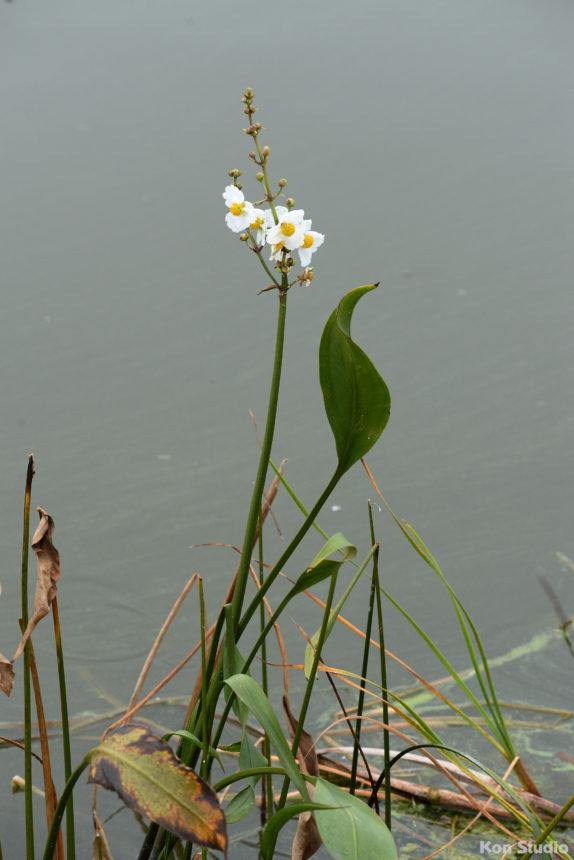
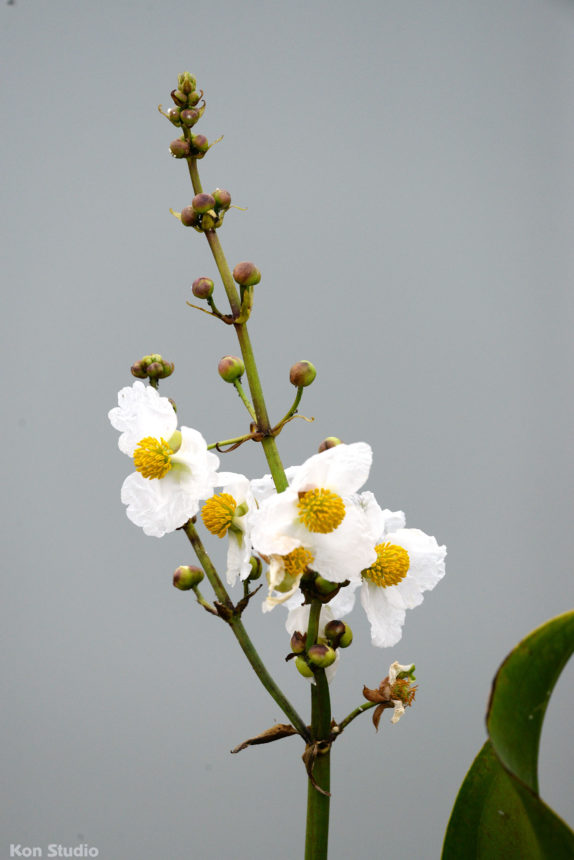
Fort Zachary Taylor State Park
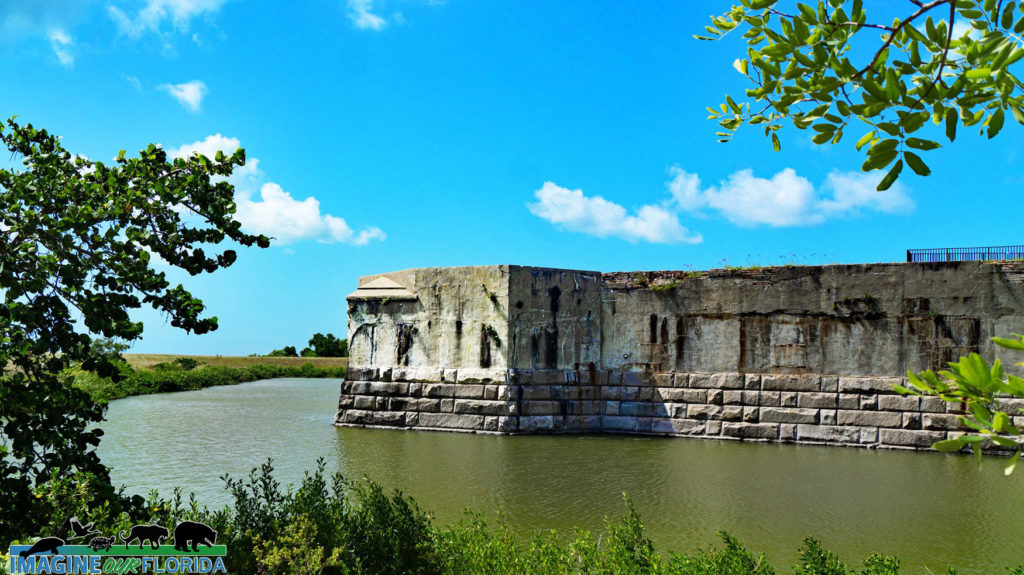
Portuguese Man o’ War
The Portuguese man o’ war, (Physalia physalis), is a species of siphonophore that is related to jellyfish. The Man-o-war is made up of four polyps that each performs an individual function. The gas-filled polyp that floats above the water and resembles a warship is responsible for floating with the wind and currents. The tentacles capture prey while a third polyp digests the food. The fourth polyp is responsible for reproduction.
Men o’ war can be seen floating in the ocean in groups of more than 1000. Below the beautiful floats are long tentacles that measure an average of 30 feet but can grow to well over 100 feet. The tentacles paralyze and kill crustaceans and small fish who are in their path. To avoid predators, the Men o’ wars will deflate their float.
Rising ocean temperatures and reduced oxygen in the water caused by climate change have created an environment where the Men-o-war thrive. The sting from a Portuguese man o’ war causes welts and is extremely painful. When you see these beautiful creatures on the shore, admire them from afar.
Be sure to Click on the video: https://www.youtube.com/watch?v=wMYWt0nKADU
Video Credit: Claudia Pardo Merino
Palm Island Park
Palm Island Park
Just south of downtown Mt Dora lies Palm Island Park, an 8-acre natural preservation area waiting to be explored. The boardwalk is 1/3-mile long and swings out over Lake Dora. Saunter along as you watch for wading birds, turtles, and alligators along the lake’s edge.
Continue your stroll on the easy path through ancient oaks, huge cypress trees, and tall cabbage palms. Listen for songbirds, look for wildflowers in bloom, and discover the changes in the ecosystem as you walk thru the marsh toward drier land. The 1-mile loop over the boardwalk and on the footpath allows you to experience natural Florida at its finest.
Palm Island Park is open from 7 am to sunset. Bring your lunch and enjoy yourself at one of the picnic areas. Leashed pets are welcome.
Savannah False Pimpernel
Savannah False Pimpernel, Lindernia grandiflora Nutt., is a native Florida groundcover found in wetlands, swamps, and marshes. Other common names include Blue moneywort and Angel’s tears.
The small violet and white flowers bloom year-round and provide a nectar source for pollinators.
Colt Creek State Park
Colt Creek State Park
Hike, bike, paddle, or horseback ride through 5000 acres of wild Florida.
Located in Lakeland, Colt Creek State Park is waiting to be explored.
Colt Creek State Park was purchased in 2006 and became Florida’s 160th state park. The land had previously been used as a cattle ranch, for silviculture, and for lime rock mining. A few of the large pits dug for lime rock mining reached the aquifer. Today, the water that flows up from the aquifer has created lakes that provide habitat for wildlife.
There are 15-miles of multi-use trails that lead you through wetlands, open vistas, and longleaf and slash pine forests. Discover an abundance of wildflowers and the pollinators who rely on them. Look for fox squirrels, turkeys, bobcats, otters, gopher tortoises, a variety of birds including eagles, and of course, alligators.
Rent a canoe or kayak or bring your own. Paddle Mac Lake, Middle Lake, or Little Lake as you share the water with wading birds and turtles.
Bring your horse and ride through creeks, and streams while admiring the beauty of the three lakes.
RV, tent, primitive, equestrian, and group camping sites are available. Star-gaze at one of the darkest sky sites in Florida. Pavillions are a perfect place to host your outdoor event.
Bring your lunch and cook it on one of the provided grills or simply enjoy it at one of the picnic tables. Dogs on a 6-foot leash are welcome. Be sure to bring your camera or binoculars since Colt Creek State Park is designated as a Great Florida Birding and Wildlife Trail.
Photo Credit: Andy Waldo
For more information: https://www.floridastateparks.org/par…/colt-creek-state-park
Black-bellied Whistling-Duck
Black-bellied Whistling-Duck
Once known as Tree Ducks, the striking Black-bellied Whistling-Ducks, (Dendrocygna autumnalis), are often seen in flocks, sometimes with up to 1000 birds. They can be spotted perching on fences, electric lines, or in Spanish Moss.
Look for Black-bellied Whistling-Ducks near freshwater in areas such as marshes, lagoons, and swamps. They prefer areas with trees and thick vegetation. You may find a flock foraging in a field, mangroves, freshwater ponds or lakes, or your yard. Their diets consist of mostly plants such as grasses, wetland plants, and sedges, as well as agricultural crops such as corn. Snacks include spiders, leeches, beetles, and snails.
Pairs form life-long bonds in the winter. Together, they will select a tree cavity for the nest. The female will lay 9-18 eggs on the debris in the cavity. She may also lay her eggs in the nest of another whistling duck. The incubation period lasts for 25-30 days and the nestling period for 10-13 days. Hatchlings are nearly independent at birth.
As year-round residents of Florida, Black-bellied Whistling-Ducks are rapidly expanding their breeding range northward. Once considered non-migratory, both the northern-most and southern-most populations are now migratory.
Trimble Park
Trimble Park —
Nestled between Lake Beauclair and Lake Carlton on the Harris Chain of Lakes lies an outdoor paradise. Trimble Park, operated by Orange County, is located near Mt. Dora in Tangerine.
Saunter along the 1.2-mile loop trail surrounded by ancient oaks. The trail runs along the perimeter of the 71-acre park. Wind through forests of pine, oak, and cypress trees. Walk on a boardwalk through the wetlands. Pause near the lakes to enjoy the view and the wildlife who make their homes there. There are plenty of benches to rest on for your wildlife viewing pleasure. Much of the trail is shaded. Bring your lunch and enjoy it at one of the many picnic tables, some of which are under a shaded structure.
Camping sites are available for your tent or RV. Launch your boat, canoe, or kayak from the boat dock. There are playgrounds for your kids. Your dogs on a 6-ft leash are welcome too!
For more information: http://orangecountyfl.net/CultureParks/Parks.aspx…
Park map and more: https://www.ocfl.net/…/Camping%20at%20Orange%20County%20Par…
Narrowleaf Yellowtop
Narrowleaf Yellowtop
Native to Florida, the Narrowleaf Yellowtop, Flaveria linearis, is an evergreen perennial commonly found in South Florida and along the coasts of Central Florida. Look for it near mangrove swamps, wet prairies, and tidal marshes. It grows 3 feet tall and produces yellow blooms of 2 -3 inches. Narrowleaf Yellowtop blooms all summer and fall and can be found blooming in the winter and summer too. Bees and butterflies are attracted to this beauty.
Yellow-headed Blackbird
Yellow-headed Blackbird visits Florida
While the yellow-headed blackbird (Xanthocephalus xanthocephalus) may be a common resident of the western United States, it is a rare visitor to Florida. This male is one such individual that migrated just a little too far east. Every year, a small handful of individuals can be seen in random locations throughout Florida, usually in the Fall and winter months.
Similar to the more commonly known red wing blackbird, the yellow-headed blackbird occupies marshes and open fields where it searches for seeds and small insects to eat. Being larger and more dominant than the smaller red wing blackbirds, yellow-heads often occupy the best nesting grounds in the marshes that they share. A single male can maintain a territory with up to 8 females to nest with. He will often share in the nesting duties but seldom feeds the young other than those in the first nest created. The nests average 4 eggs each and they typically lay one clutch of eggs per year.
Apart from the bright yellow heads of the adult males (as seen in the photos), yellow-headed blackbirds can also be identified by the bright white wing patches most easily seen when in flight. They are also known as having a rather unpleasant call for a songbird, sounding much like a rusty hinge squeaking.
So, remember, always keep your eyes open. You never know what neat visitor you may run into.
Photo credit: Andy Waldo
Map: Cornell Lab
Cranes Roost Park
Cranes Roost Park –
Located in the heart of Uptown Altamonte, Cranes Roost Park surrounds Cranes Roost Lake. Its 1 mile of paved paths and boardwalks is a welcome reprieve from the hustle and bustle of the city.
The lake is home to numerous ducks and birds. Look for egrets, black skimmers, cormorants, ibises, anhingas, gulls, and more.
Run, walk, or take a leisurely stroll around the Cranes Roost Lake. Listen for songbirds. Rest on one of the many benches while you immerse yourself in a bit of wild Florida nestled within the city. Bring a blanket and lunch and enjoy a picnic in the grass beside the lake with your family or coworkers. Bring your dog on a leash and be sure to use the pet waste stations.
Yellow-rumped Warbler
Yellow-rumped Warbler
Known affectionately as Butter-Butts, Yellow-rumped warblers, (Setophaga coronata), migrate south in the winter. These flocks of Florida snowbirds can be found in mangroves, scrub, forests, or your yard.
Their winter diet consists of fruit from shrubs such as wax myrtle, juniper berries, poison ivy, and poison oak as well as many seeds including those from goldenrod and beach grasses.
Elderberry
Elderberry, (Sambucus nigra ssp. Canadensis), is a shrub that grows 6 1/2 to 13 ft tall.
Clusters of creamy white flowers at the tips of the branches attract bees, beetles, wasps, and other pollinators. The ripened fruit provides food for birds and mammals. Look for native American Black Elderberry in moist habitat along lakes and ponds, and low areas near roads and in the forest.
Merlin
Merlins, Falco columbarius, are stocky, strong falcons. This bird of prey was found wintering at Lake Apopka Wildlife Drive. Merlins have an average flight speed of 30 miles per hour.
Merlins spend their summers in northern North America where they breed in open areas near rivers and lakes. Some have taken over crow’s nests in residential areas.
Their favorite foods are a variety of small to medium-sized birds. They enjoy House Sparrows and Least Sandpipers. Watch for Merlins to mount a high-speed attack where they will catch a bird in midair. Merlins also dine on dragonflies, bats, rodents, reptiles, and nesting birds.
The Merlin population significantly declined in the 1960s from pesticides. With reduced pesticide use, their population has stabilized. Loss of habitat is also a concern but Merlins have adapted by taking up residence in human neighborhoods.
Fakahatchee Strand Preserve State Park
Fakahatchee Strand Preserve is Florida’s largest state park. The word “Fakahatchee” is the Miccosukee term for “forked river” referring to the water flow around the strand. This area has a canopy of bald cypress trees, royal palms, and occasional gumbo limbo trees. The area also contains more orchids and bromeliads than anywhere else in North America. There are 44 orchids and 14 bromeliads native to this area. Unfortunately, orchid poaching has been a large problem in the past. Keeping the Park Services number on hand and calling if you witness poaching could help protect the many endangered orchids that exist here.
The cypress trees were previously vulnerable to unregulated logging and very few old trees exist. You can also find small freshwater sponges on old floating tree branches. There is also an abundance of wildlife.
Fakahatchee Strand Preserve State Park is on the Great Florida Birding and Wildlife Trail. The strand offers biking, geocaching, canoeing, picnicking, and contains the Karen O’Neil Memorial Garden located at the entrance. Restrooms are available. There is so much to see in this beautiful swamp.
Hours are 8 a.m. to sunset. For more information, check out the website. https://www.floridastateparks.org/…/fakahatchee-strand-pres…
Toothed Rein Orchid
Toothed Rein Orchid, Habenaria floribunda –
Toothed Rein Orchids are found only in Central and South Florida where they thrive in damp thickets and hardwood hammocks. They can grow to just over 3 feet tall. Each orchid has 5-12 bright, glossy green leaves and 10-60 flowers and lips. The flowers are light green but appear more yellow in South Florida. Fall blooms appear in September in Central Florida and bloom into February in South Florida. The flowers of the Toothed Rein Orchid have an unpleasant odor that is most noticeable around dusk.
Lake Louisa State Park
Lake Louisa State Park
If you are looking for somewhere to get some fresh air and see some of Florida’s natural beauty, then this is the place to go! Just north of Orlando, off Highway 27 in Clermont, is Lake Louisa State Park. It is open every day of the year until sundown. Lake Louisa State Park lies in the Green Swamp and within the northern boundary of Lake Wales Ridge. The wetlands create natural flood control while supplying the aquifer with filtered water. The Hillsborough, Withlacoochee, Peace, and Ocklawaha Rivers all originate from The Green Swamp.
Camping, hiking, biking, canoeing, kayaking, paddle boarding, and horseback riding are activities waiting to be enjoyed. Guided horseback and kayak tours are great ways to see the park. It is a good idea to bring water and snacks or pack a picnic. Lake Louisa State Park features three major lakes, several smaller lakes, 20 miles of trails, and 7 miles of paved roads.
The park offers trails ranging from a half a mile to 5.5 miles where you can explore 11 different ecosystems. Dudes Loop at 0.5 miles and Compton’s Loop at 1 mile are the shortest trails. South Trail is 1.2 miles and Sandhill Loop is 1.5 miles. The mid-level trails are Big Creek Loop and Bear Lake Loop at 2 miles long, and South Loop at 2.5 miles. The more challenging trails are the Nature Trail at 3.5 miles and Bronson Loop at 5.5 miles. Be sure to get a map at the Ranger Station. The Rangers are very helpful and knowledgeable about the park.
Compton’s Loop Trail has some geological formations of limestone and red clay swirling together to make very pretty colors in the rock. The rock has eroded over time, forming a tiny cliff. The trail leads you through the trees and sable palms up to a hill with tall pine trees and a view of the rolling hills. Make sure to check out the very scenic Lake Louisa Beach that has a long boardwalk with a swampy marsh underneath. Mangrove trees growing out of the water keep the boardwalk nicely shaded. The boardwalk leads you to a sandy swimming area with a playground and picnic table. Bear Lake is a great scenic spot that offers boating access for your handheld watercraft. Bear Lake Loop and Bronson Loop circle the lake and are wonderful trails to immerse yourself in nature and for wildlife viewing.
Look for bobcats, white-tailed deer, tortoises, fox squirrels, and rabbits. Near the lakes, you may see alligators, snakes, and otters. The ranger is happy to give guides to identify some of the snakes who are native to the area, as well as a guide for identifying tracks along the trails. There is so much to #explore and #discover at Lake Louisa State Park for any level adventurer!
For more information and trail map: https://www.floridastateparks.org/pa…/lake-louisa-state-park
Written by Briana Gunnell ~ Valencia student and IOF volunteer
Photo Credit: Briana Gunnell
Cypress Trees
Cypress Trees
Two varieties of Cypress trees live in Florida. The Bald Cypress (Taxodium distichum) and the Pond Cypress (Taxodium ascendens) are deciduous conifers. Both lose their leaves in the winter after turning a beautiful autumn color. They are flood-tolerant and both form knees from their roots.
The Bald Cypress generally grows to a height of 150 feet but can grow taller. They live for up to 600 years. The Pond Cypress is much smaller reaching a height of about 80 feet. It is nearly maintenance-free and can be a beautiful addition to your landscape. Birds enjoy the seeds from both Cypress trees while the Bald Cypress provides roosting and nesting spots.
Great Crested Flycatcher
Great Crested Flycatcher (Myiarchus crinitus)
These beautiful birds tend to make homes in deciduous forests but can also settle in your backyard. Once they establish a nest, they rarely move. Both parents care for the nest and will leave in search of insects. They are excellent hunters, moving quickly and picking off insects on the ground or even in flight.
Great Crested Flycatchers have also been known to bring snake skins back to their nest. Occasionally, they may mistake plastic for snakes’ skins. Males defend their nest with loud calls and will even fight when threatened. Breeding takes place throughout the U.S. and southern parts of Canada in spring and summer. During non-breeding seasons, from fall through winter, Great Crested Flycatchers migrate to Central or South America.
Photo Credit ~ Aymee Laurain
Sabal Point Sanctuary
In the Sabal Point neighborhood near Longwood lies 600 acres of wild Florida where wildlife play and wildflowers bloom. Sabal Point Sanctuary, purchased and maintained by Audubon Florida, is a 600+ acre piece of land that has a 1/2 mile frontage on the Little Wekiva and Wekiva Rivers. Together, the sanctuary along with St. Johns Water Management District protects 2500 acres where the rivers meet.
Hike or bike the 3.5-mile trail through the wetlands. Explore the shaded trail and discover deer, otters, and limpkins. Listen for a variety of birds and woodpeckers. The secluded trail provides plenty of opportunities to discover prints from wildlife who make their homes there. Take a moment to admire the beauty of orchids and other wildflowers that thrive in the ecosystem.
The iconic Florida Black Bear occasionally passes through the sanctuary. Most are shy and will be hard to spot. Curious bears may stand up to get a better look at you. You can ask the bear to move along simply by standing tall, raising your hands, clapping, and in a loud stern voice, telling the bear to Go Away.
Take some time to Get Outside and visit this piece of natural Florida. Sabal Point Sanctuary is open every day from sun up to sunset.
For more information: https://fl.audubon.org/conservation/sabal-point
Photo Credit: Andy Waldo
Moss Park
Moss Park, an Orange County park located in Orlando, is a 1551-acre preserved habitat of wildlife and flora located between Lake Mary Jane and Lake Hart. The many hiking trails and roads in Moss Park make it the perfect spot for walks, bicycle trips, and car visits.
Discover Florida sandhill cranes, gopher tortoises, alligators, deer, raccoons, and many other animals. Moss Park also has a hiking trail with beautiful views that leads you to Split Oak Forest, the home to a 200-year-old live oak tree.
Moss Park provides 54 camping zones suitable for RV or tents. All campsites have fire rings, grills, picnic tables, water, and electricity. Moss Park also has five group sites available that can accommodate up to 450 campers when combined. A dock and boat ramps are available for the visitors and a playground is waiting for the kids to enjoy.
The park is open from 8 am to 8 pm every day except Christmas. Only service animals are permitted in Moss Park.
Gather the family and discover all that Moss Park has to offer. Bring your binoculars, a picnic lunch, and immerse yourself in Nature.
For more information: http://www.orangecountyfl.net/CultureParks/Parks.aspx…
Contributor: Steven Marquez – IOF Volunteer
Photo Credit: Steven Marquez
Pine Lily
The striking Pine Lily, Lilium catesbae, is a Long-lived perennial. Pollinators including Swallowtails are attracted to this native plant’s gorgeous flowers.
Pine Lillies grow in the wetlands of prairies, bogs, and pine savannas where they thrive in moist, sandy soils with partly shaded areas. They become dormant in the winter and flower throughout the summer. Sporadic blooms may occur in spring. The flower is the largest lily in the U.S.
The Pine Lily is designated as threatened due to habitat loss, conversion of their native habitats, and fire suppression. The restoration of Longleaf pine forests and regular prescribed burns will give these beauties the opportunity to multiply and continue to dazzle us with their beauty when we encounter them while hiking.
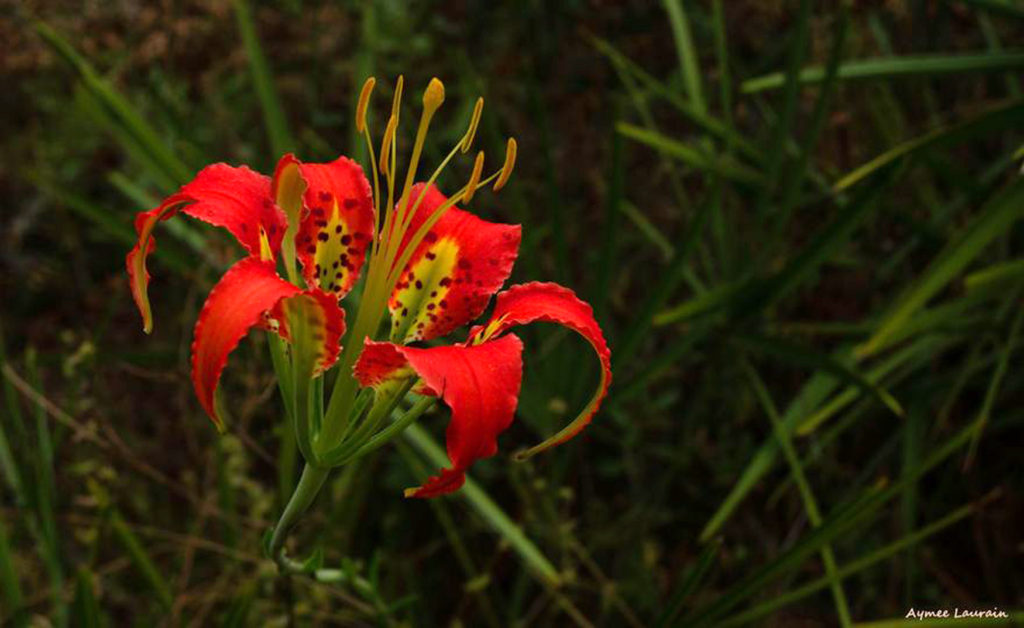
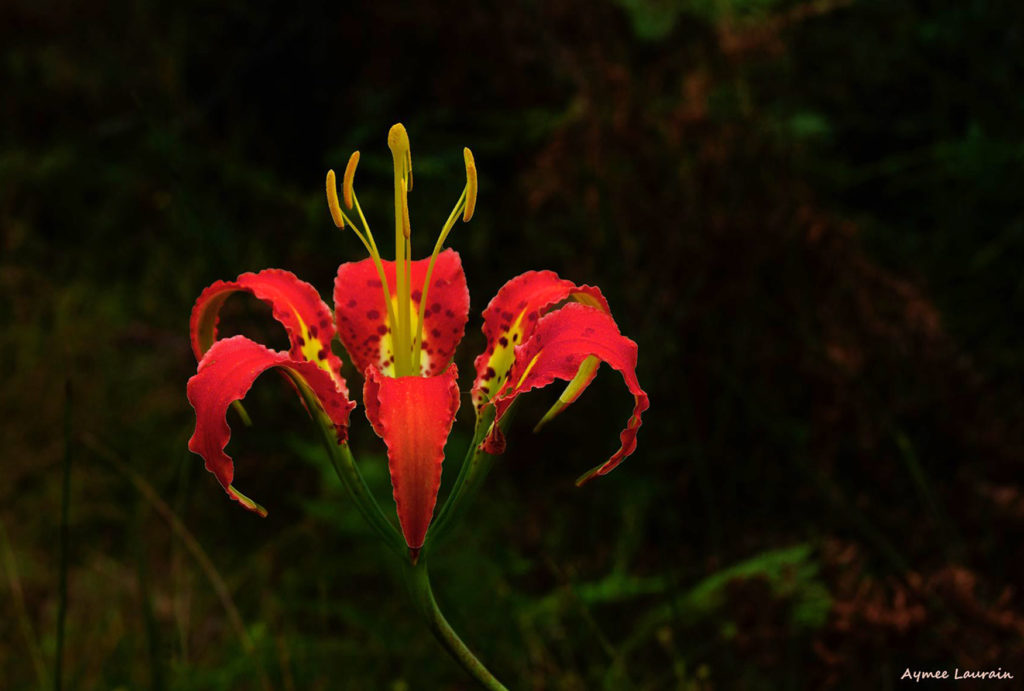
Econ River Wilderness Area
Econ River Wilderness Area
Purchased by Seminole County in 1994, the 240-acre Econ River Wilderness Area is located south of Oviedo on the west side of the Econlockhatchee River.
Explore 3 miles of trails including the 2.2-mile Main Loop Trail and the 1/2-mile Flatwoods Loop Trail. Saunter through pine flatwoods, sandhill, oak hammocks, and river swamp habitats. Rest on one of the benches at the river.
Discover gopher tortoises, great horned owls, northern bobwhites, golden mice,
raccoons, fox squirrels, white-tailed deer, bobcats, river otters, and more who make their homes in the wilderness area.
Put on your hiking shoes, bring your horse or bike, your dog on a leash, and enjoy your day in the wilderness from sunrise to sunset. Join the nearly 40,000 people who visit the Econ River Wilderness Area each year. Don’t forget your camera.
For more information: http://www.seminolecountyfl.gov/…/Econ-River-Wilderness-Are…
Photo Credit – David Gale
Blue-ringed Dancer
Blue-ringed Dancers, Argia sedula, are damselflies. Smaller than Dragonflies, these beautiful dancers are found near freshwater streams, lakes, and rivers. When they are not dancing through the air catching tiny insects in flight, they can often be found perching on aquatic vegetation.
Male Blue-ringed Dancers are vibrant blue and black while females are a dull brown. They fly together as they mate before the female deposits her eggs in vegetation with her long ovipositor. The larvae, known as naiads, dine on insects in the freshwater they inhabit. Blue-ringed Dancers emerge from the larval stage to search for food and a mate while entertaining us with their balletic movements.
Lake Lotus Park
Lake Lotus Park consists of 150 acres of woods and wetlands sandwiched in between Maitland Boulevard on the south side, developed areas to the east and west, and bordering Lake Lotus on the north side. The city of Altamonte Springs purchased the land in 1972 to protect the ecosystems within its boundaries.
Saunter along 1-mile of raised boardwalks. Pause along the way to listen to bird songs and the tapping of woodpeckers. Sit on one of the benches along the boardwalk and wonder at the wildlife who play among the branches. Continue toward the lake and notice the change in the ecosystem. Keep a watchful eye for wildlife under the cover of dense greenery. The edge of the lake is teeming with fish and birds. Amble back through the forest. Feel the shade the tall trees provide while looking for the season’s blooms. Marvel at the tireless work of butterflies and insects. Several mulched paths are waiting to be explored too, each with its own mystery to be discovered.
Bring a picnic lunch to enjoy at one of the picnic tables or under a pavilion. Charcoal grills are available for your barbeque and the playgrounds will keep your kids busy while you cook. Pets are not permitted. Park in the park on weekdays. On weekends, a shuttle will pick you up at the off-site parking area and transport you to the park.
Lake Lotus Park offers Pavillion rentals for your gathering. The park hosts Ranger Guided Tours, Bird Banding, Air Potato Raids, and Earth Day Celebrations. For reservations, and more info: https://www.altamonte.org/959/Lake-Lotus-Park
Photo credit. Dan and Nancy Kon

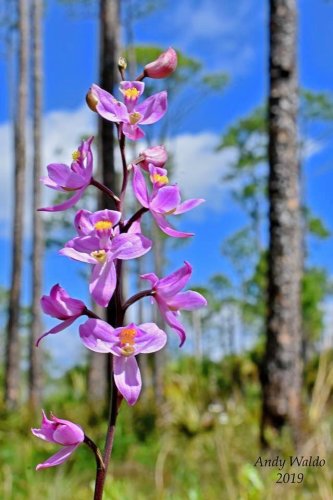
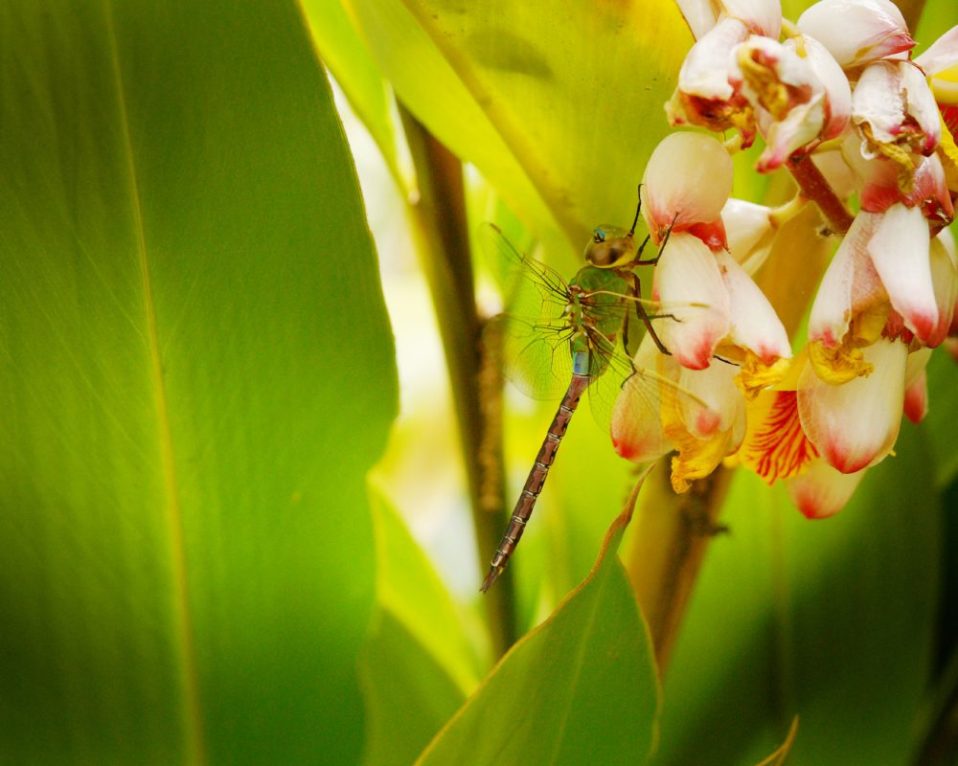
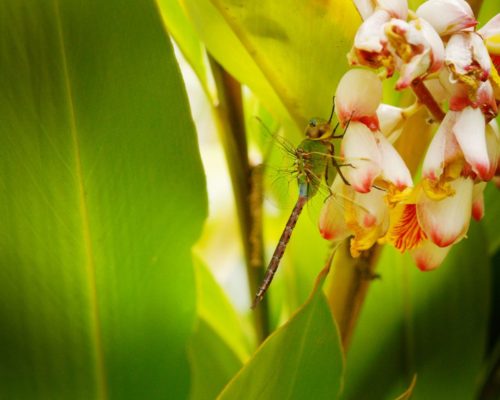
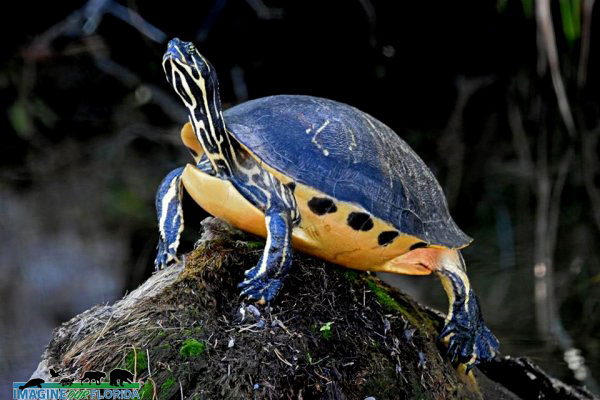
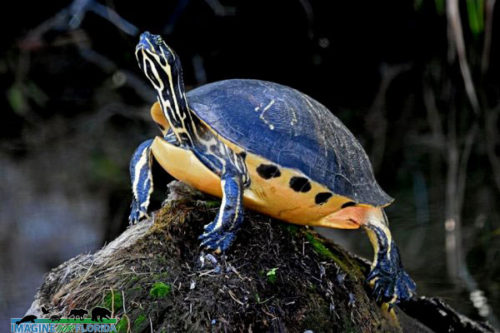
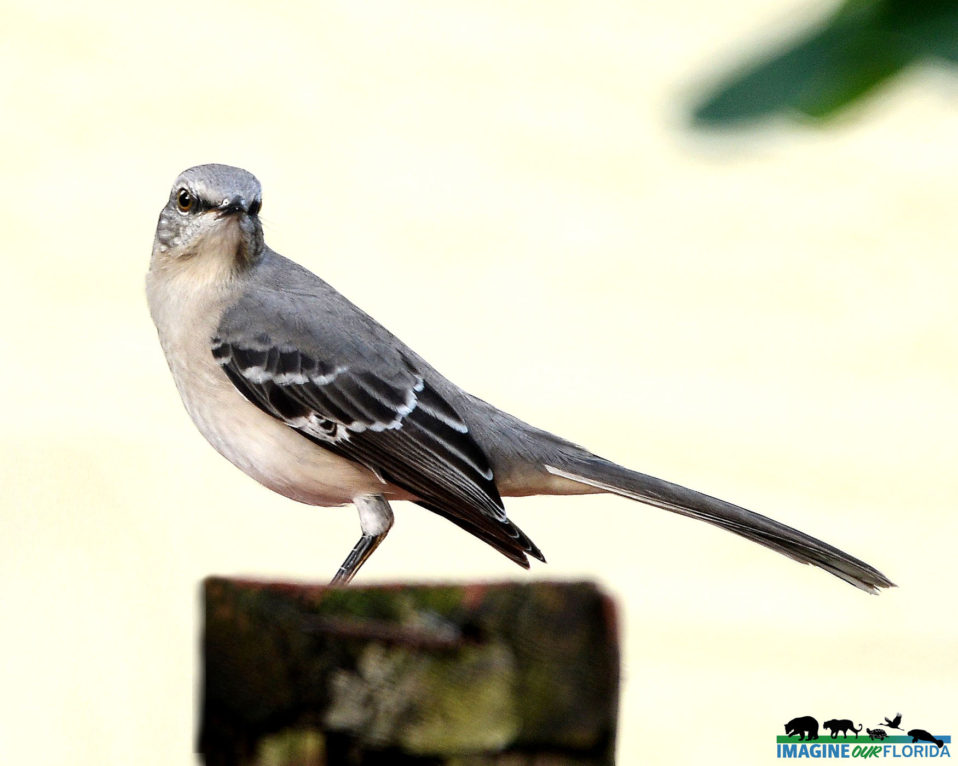
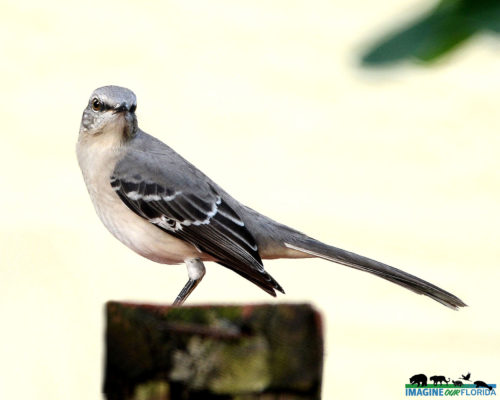
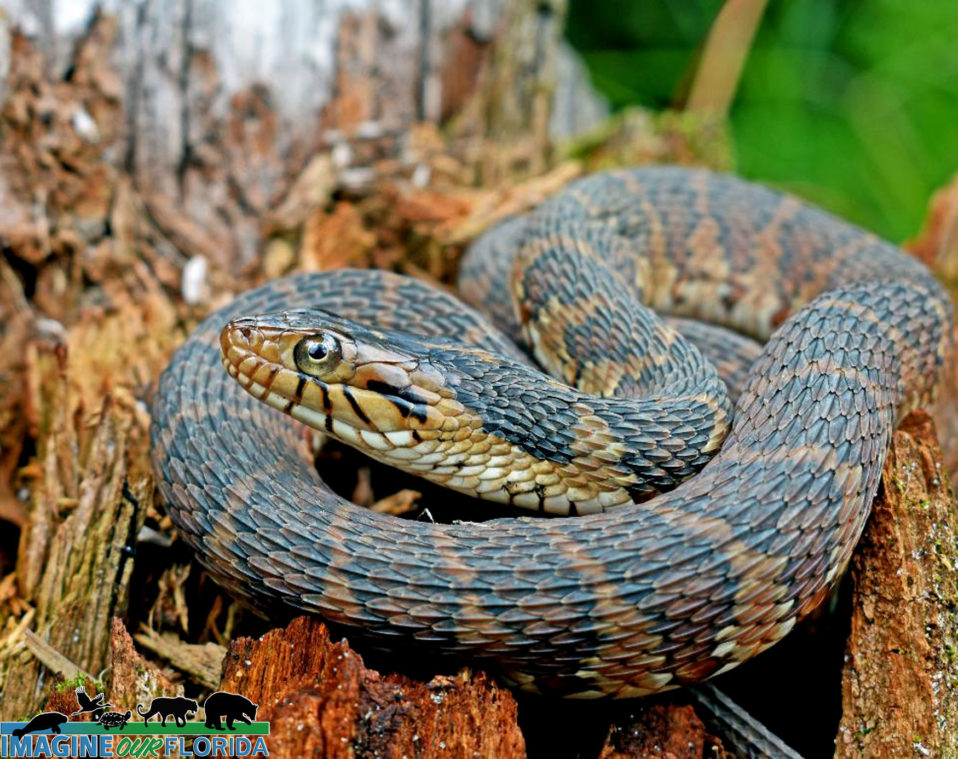
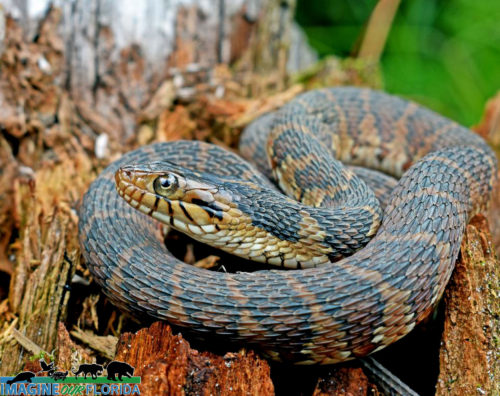
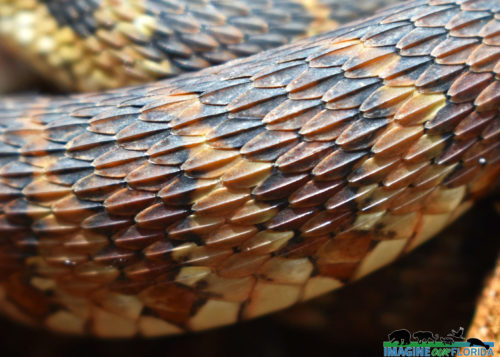
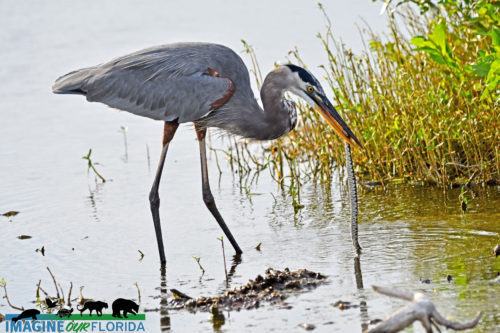
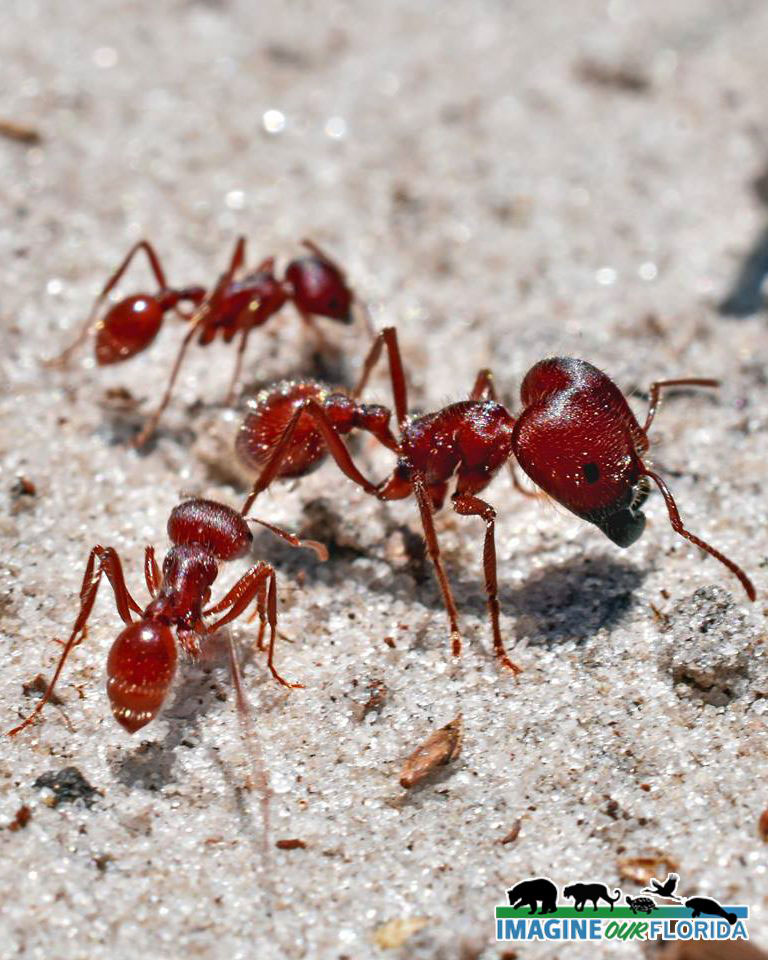
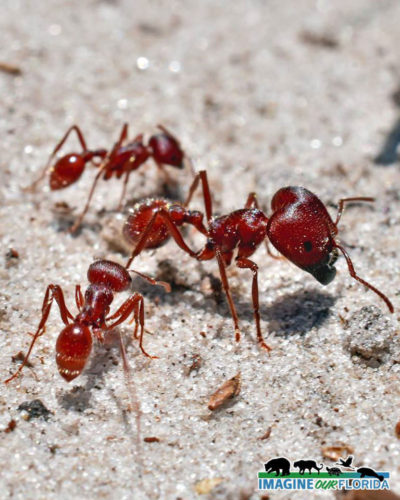
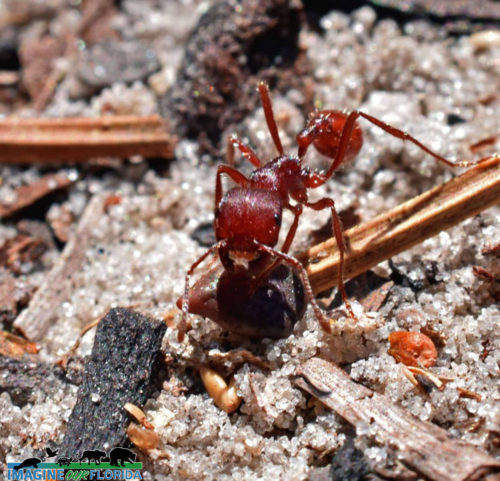
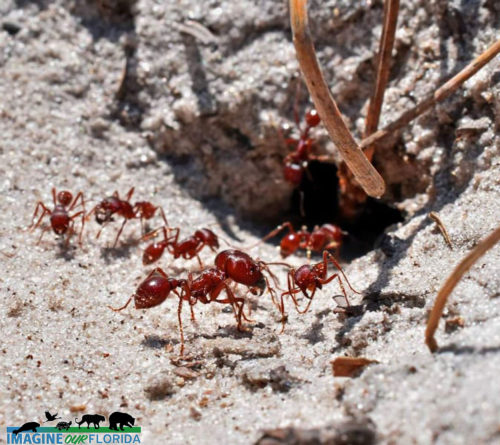
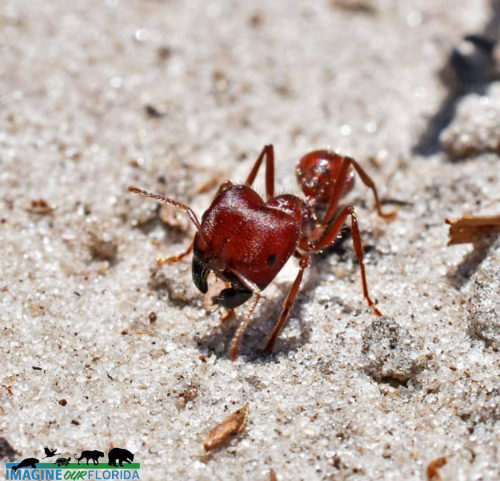
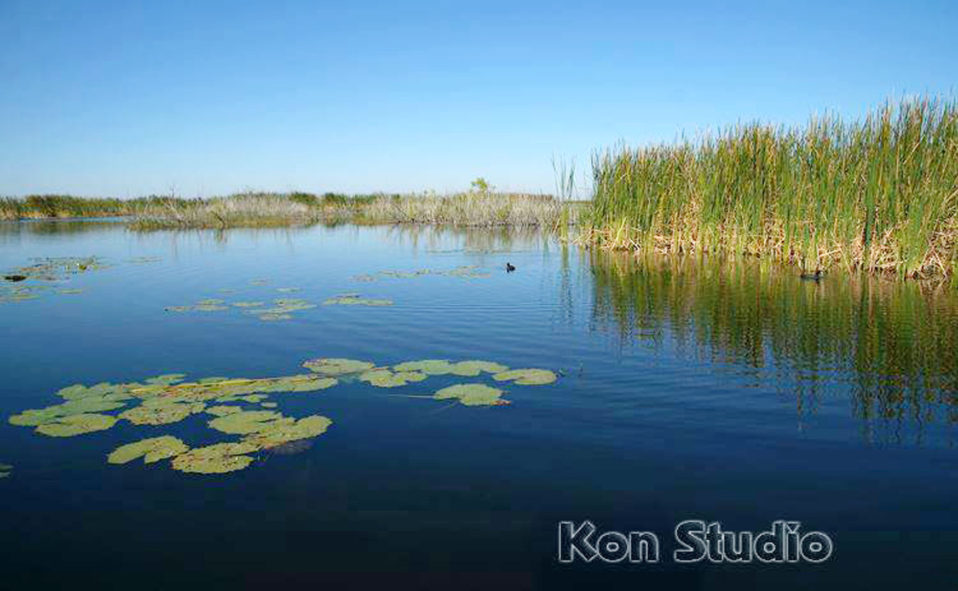
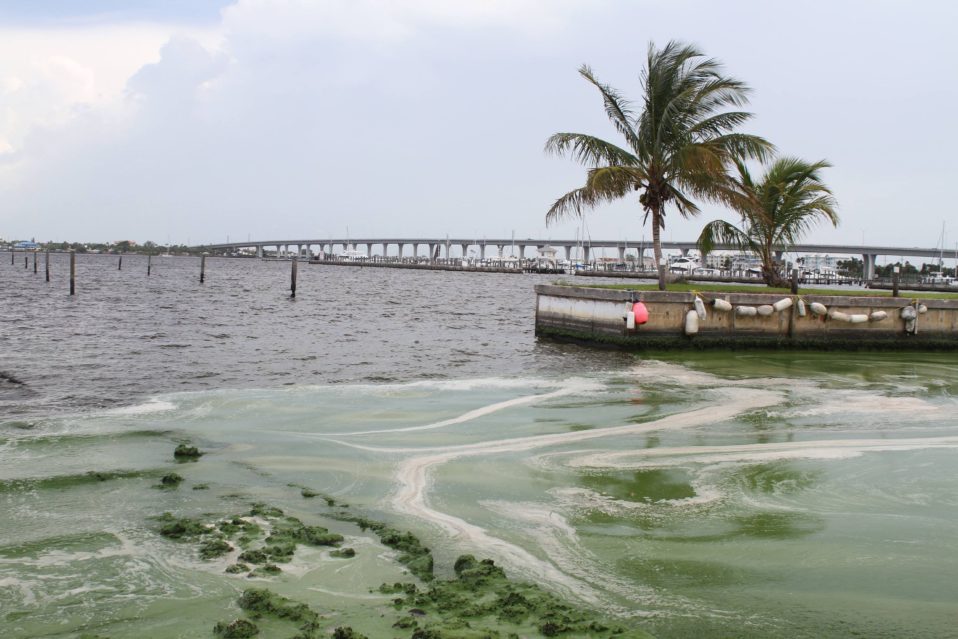
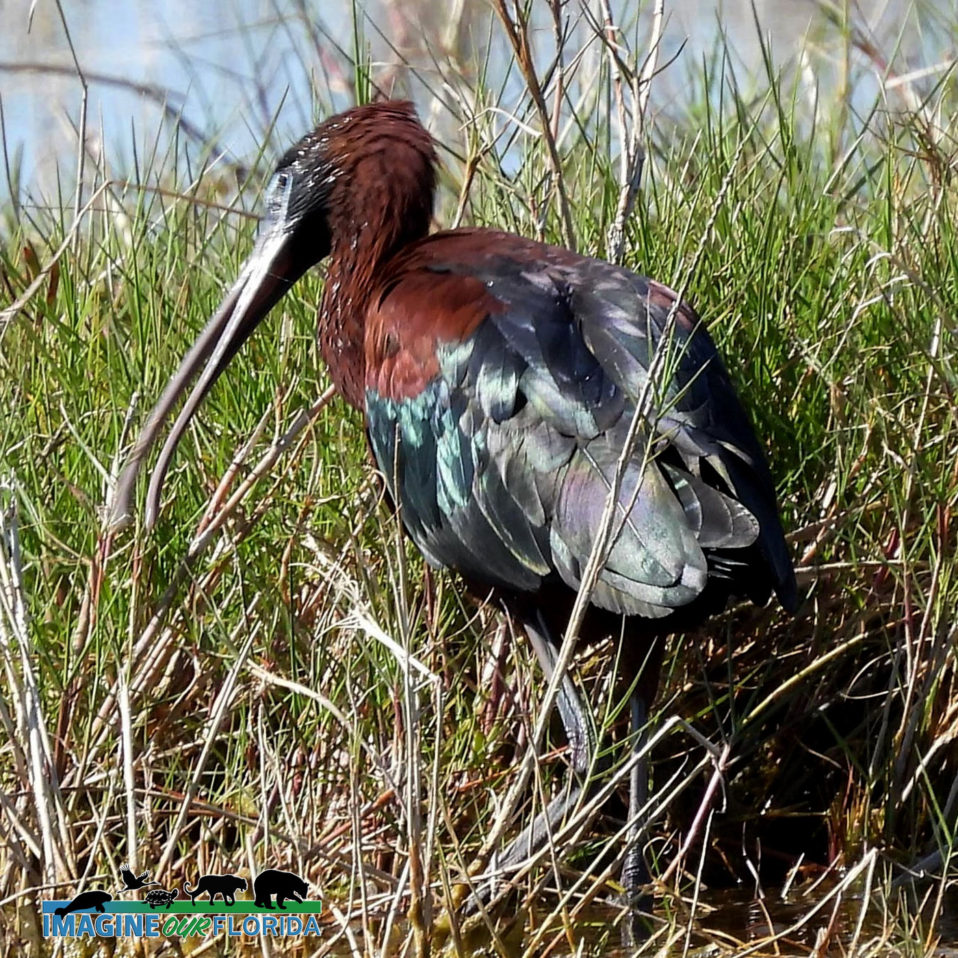
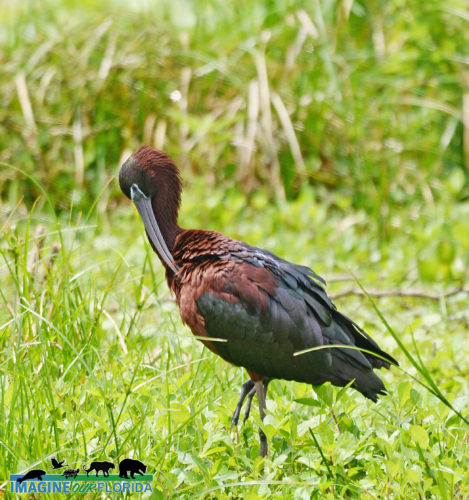
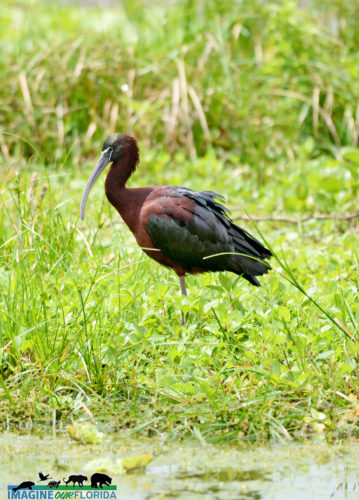
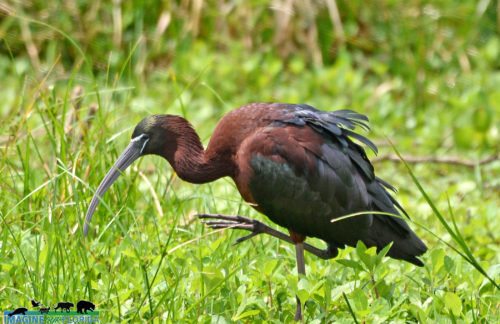
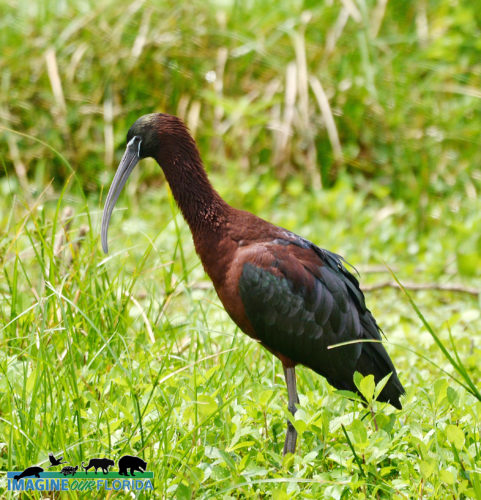
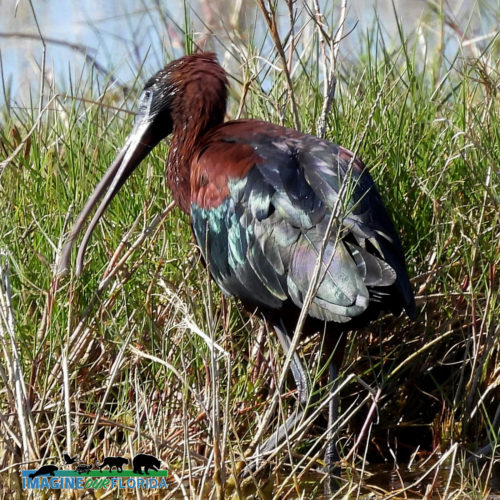
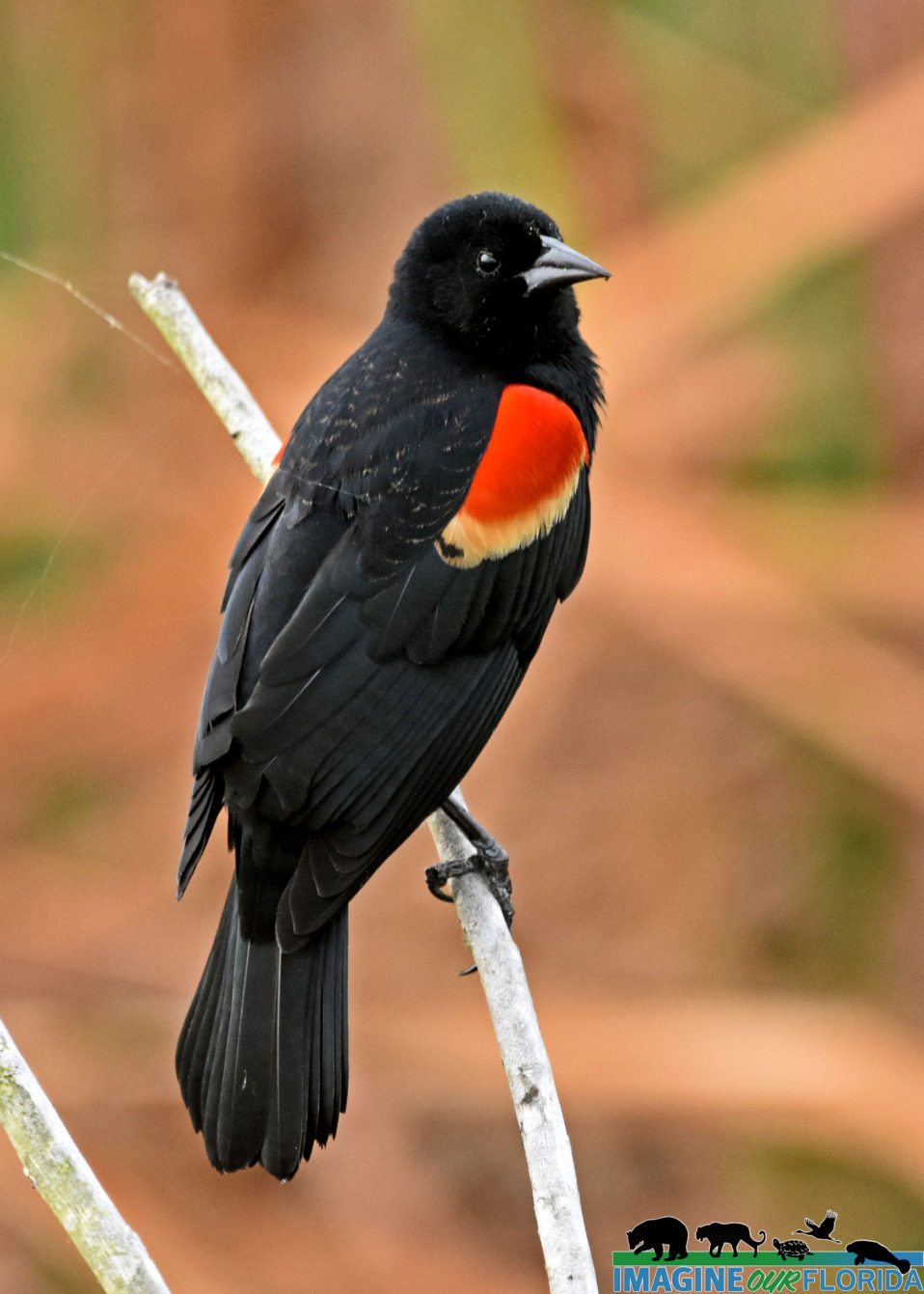
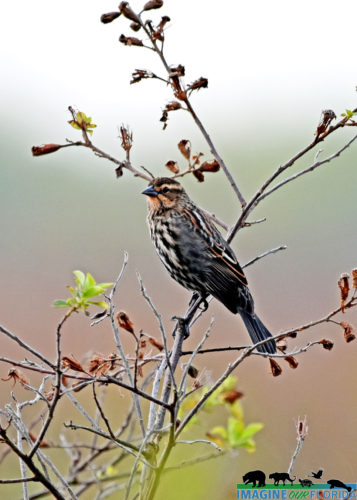
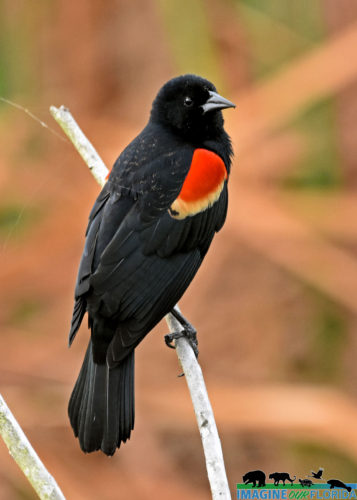
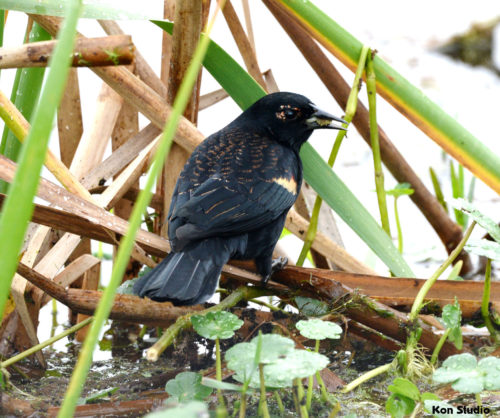
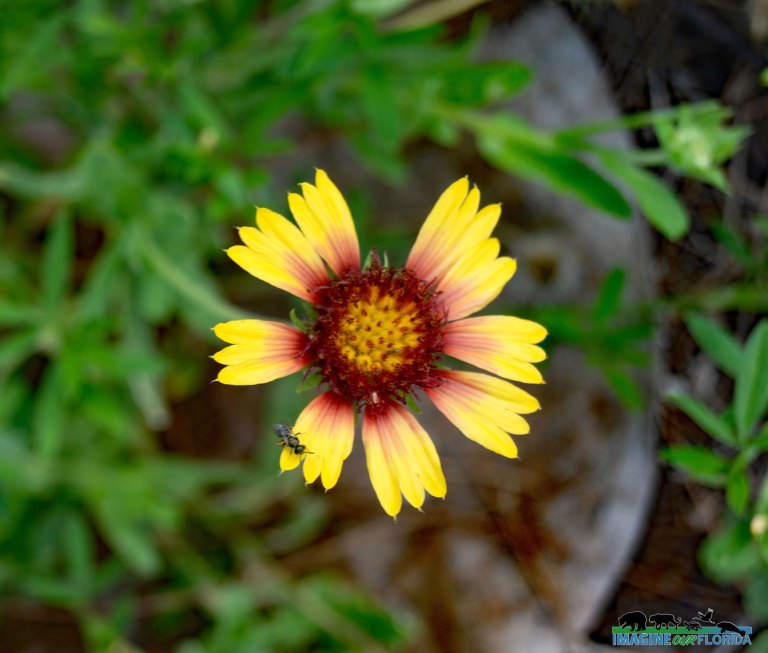
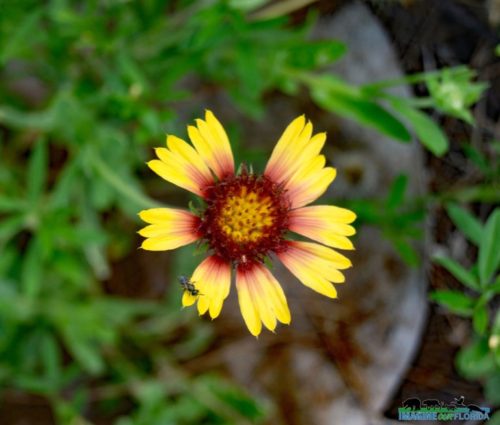
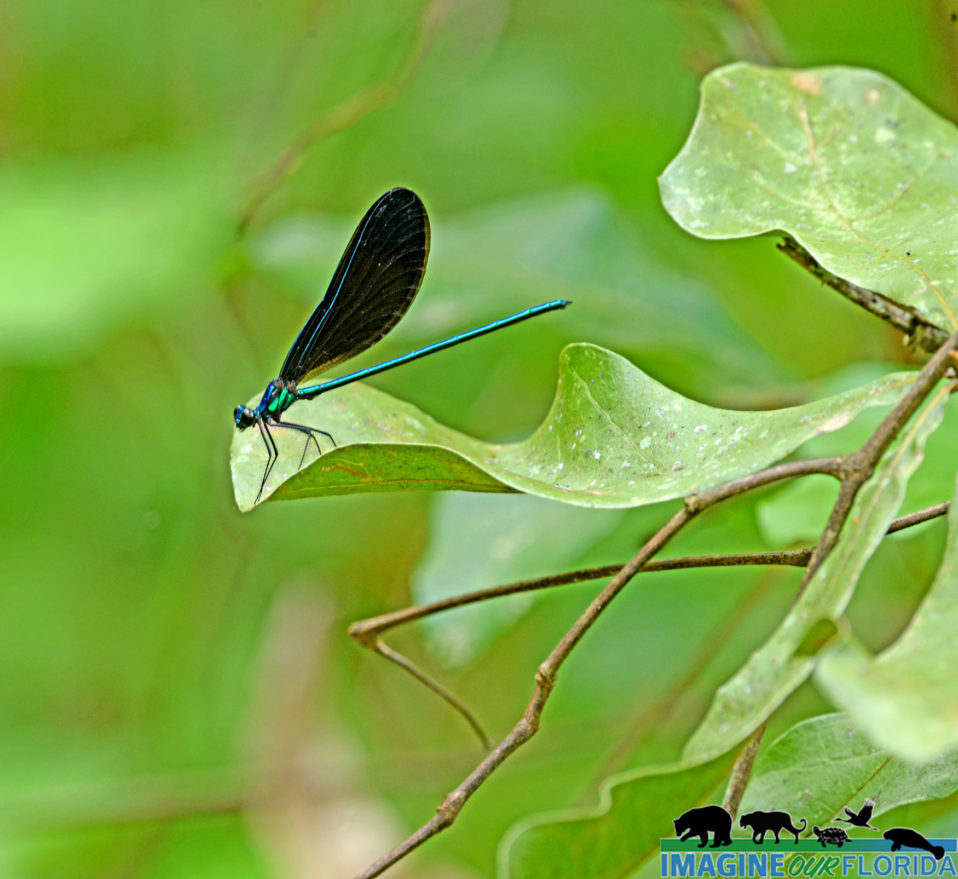

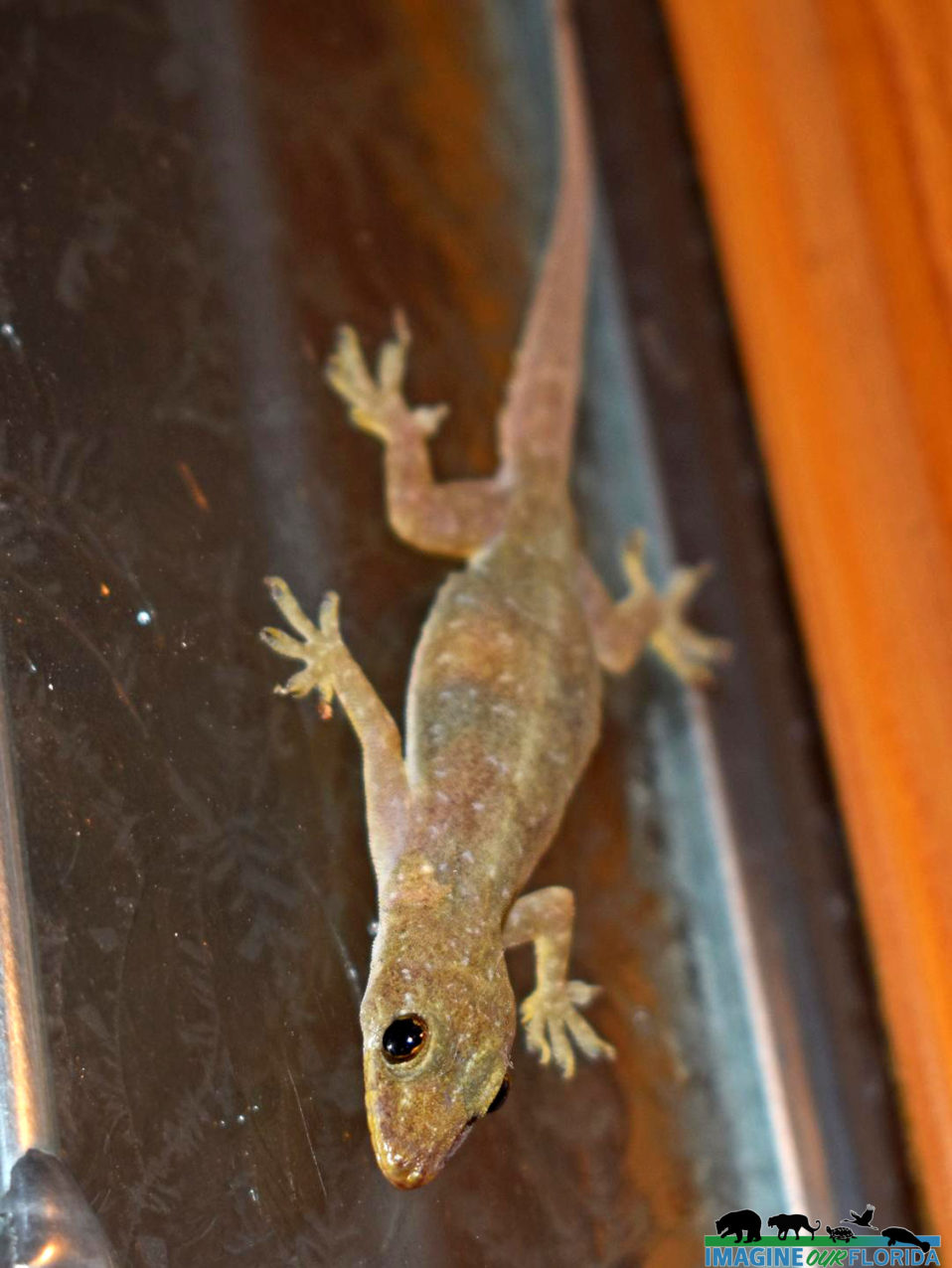
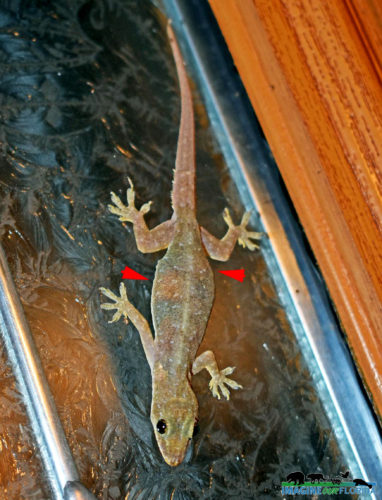
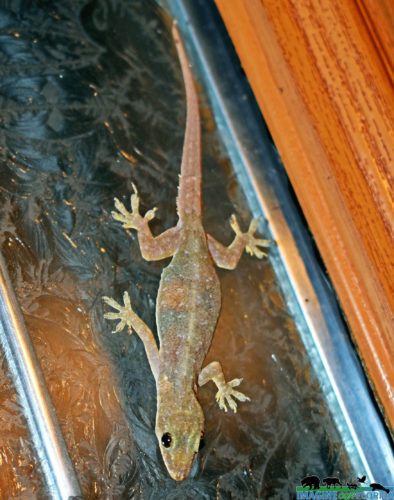
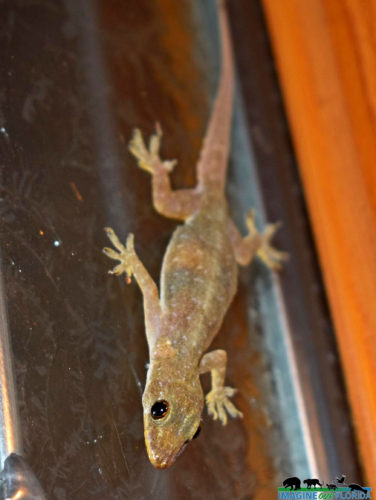
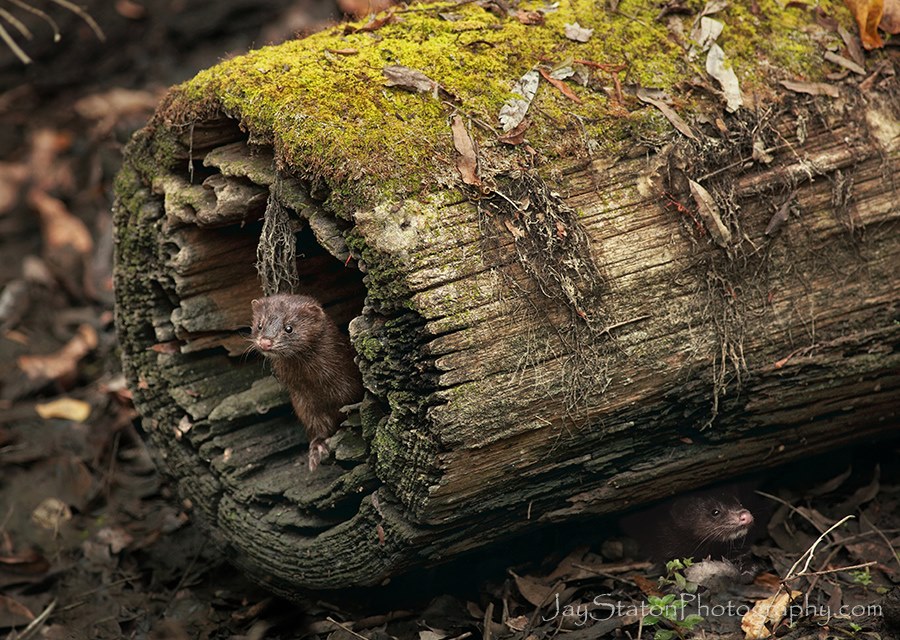
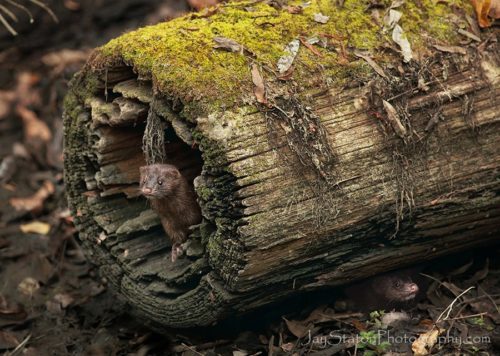
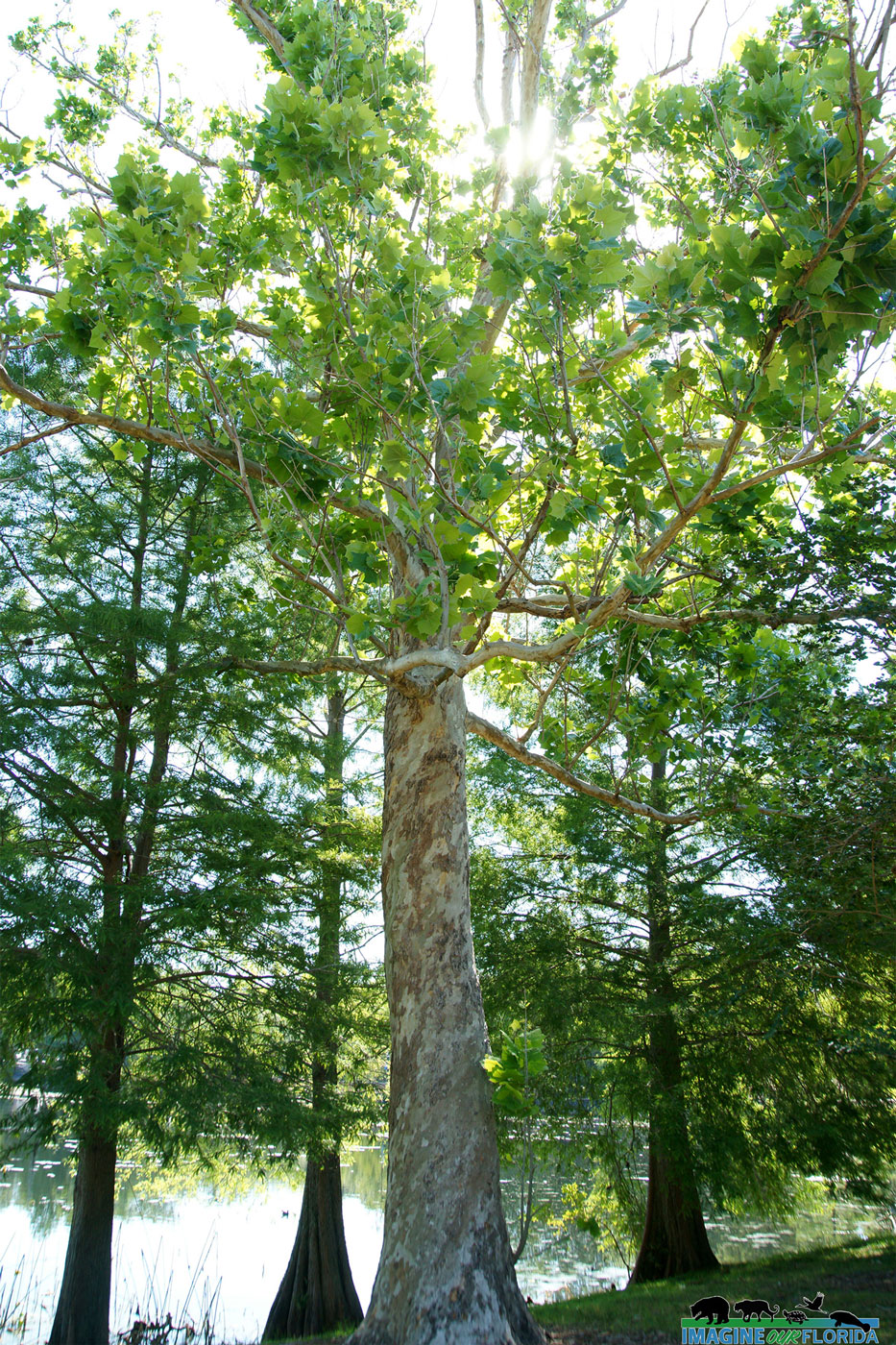
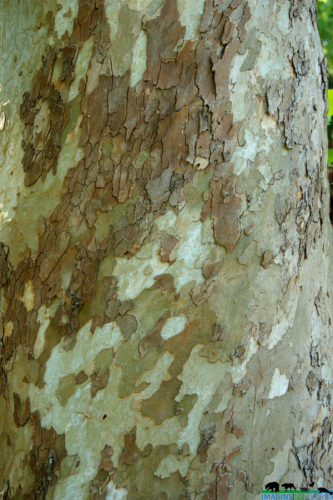
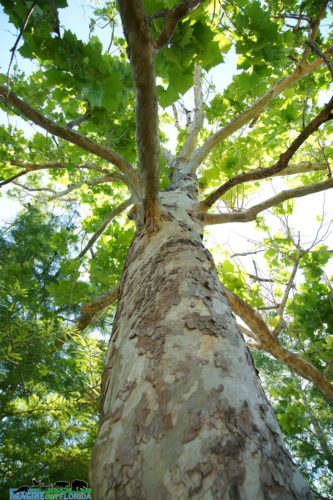
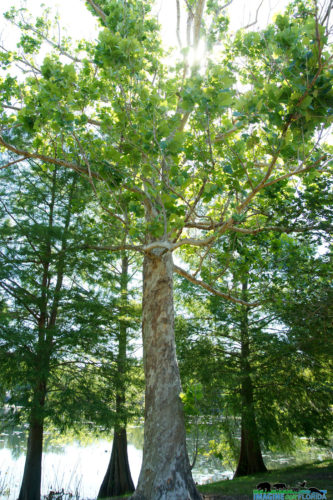
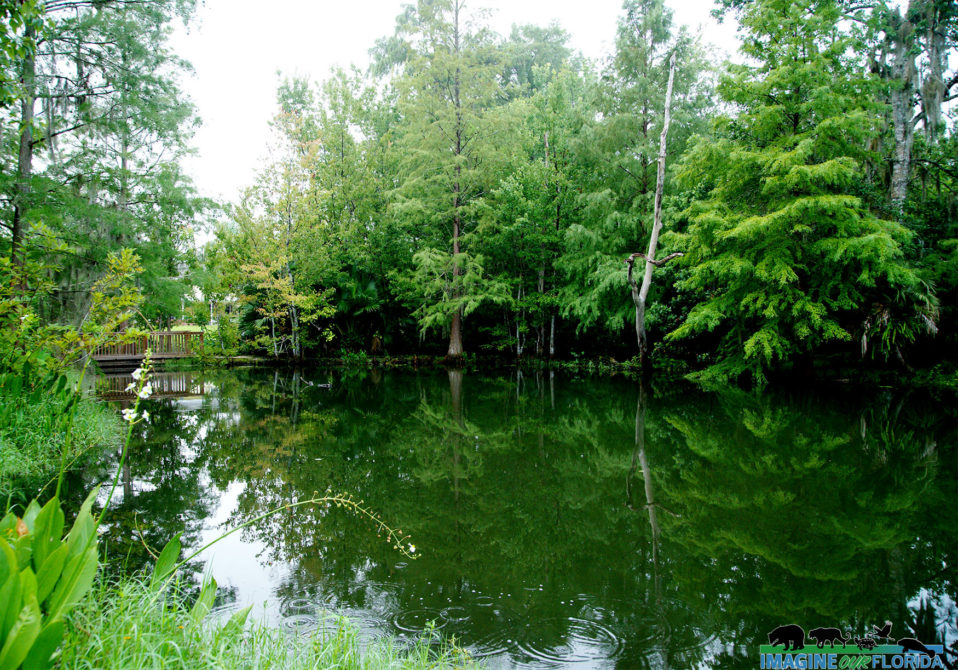
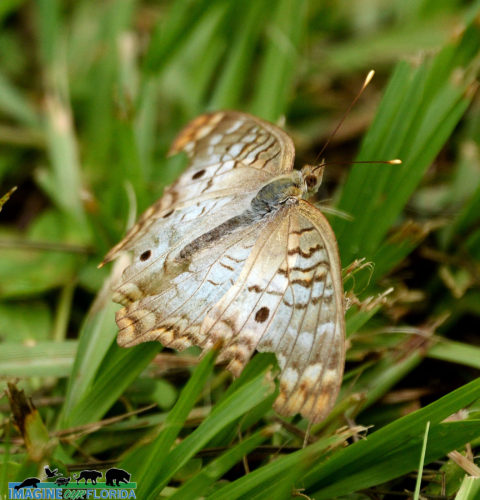
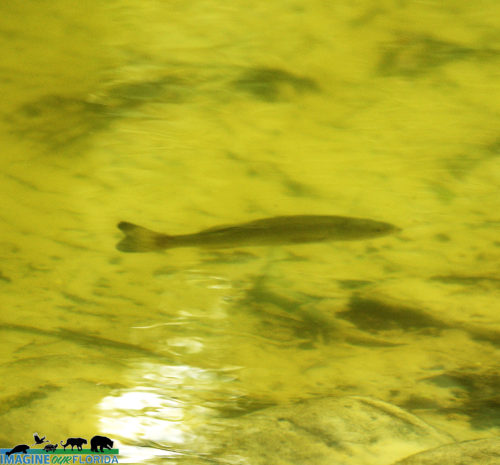
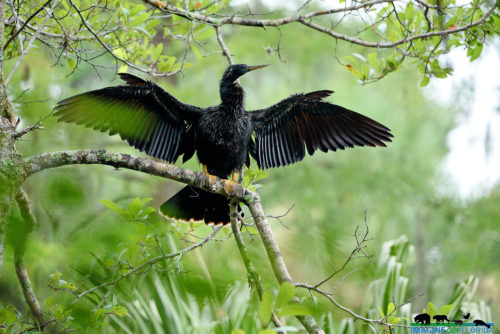
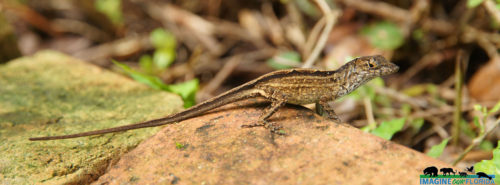
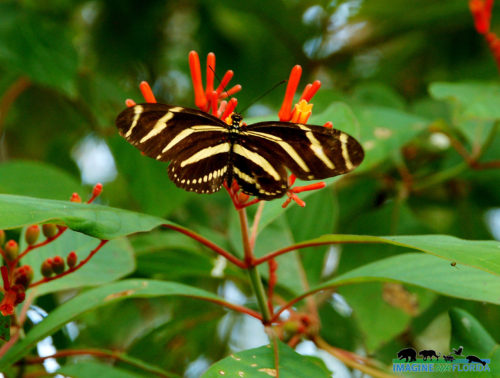
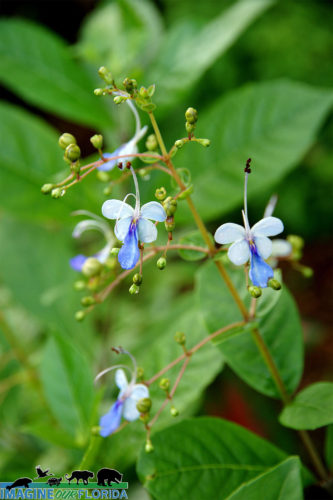
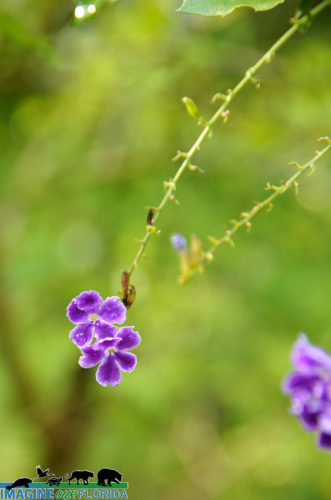
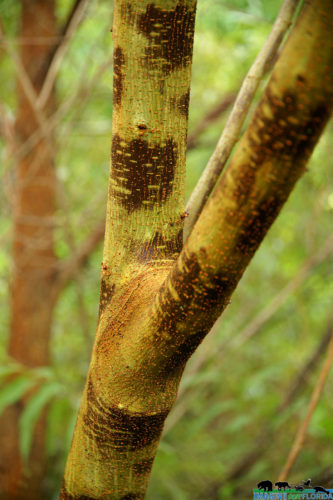
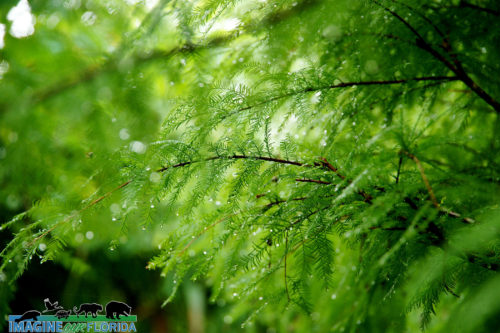
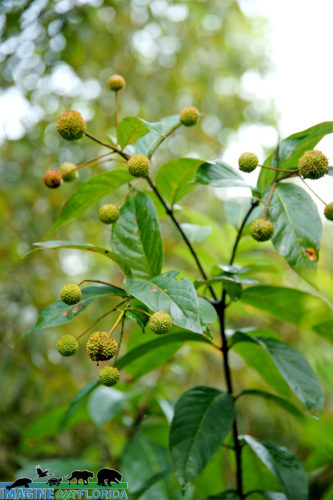
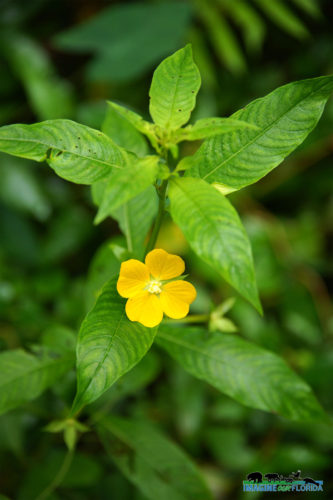
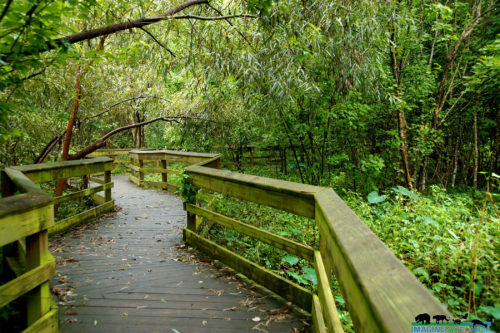
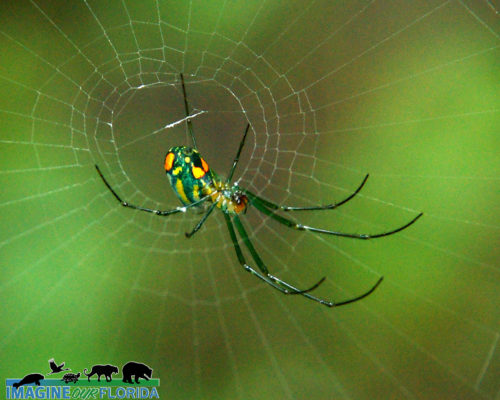
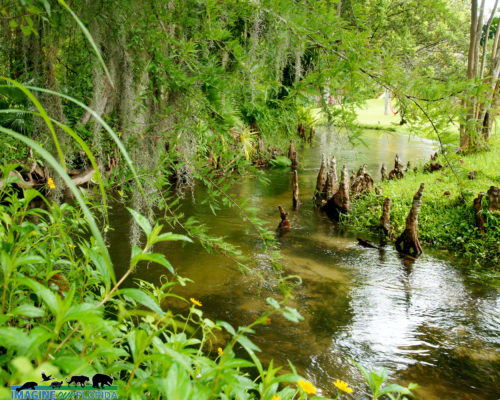
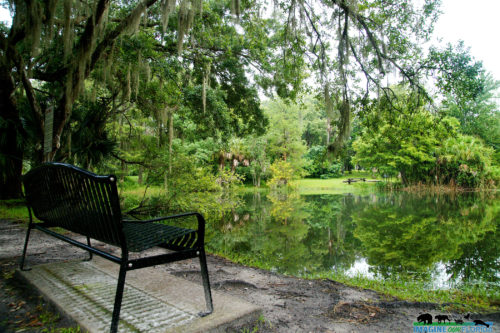
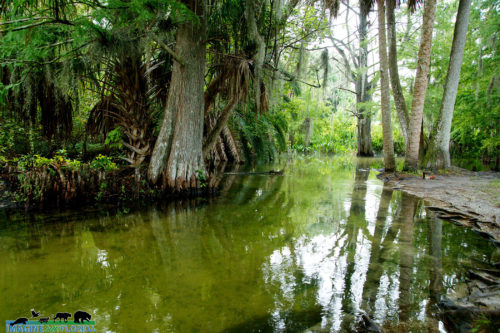
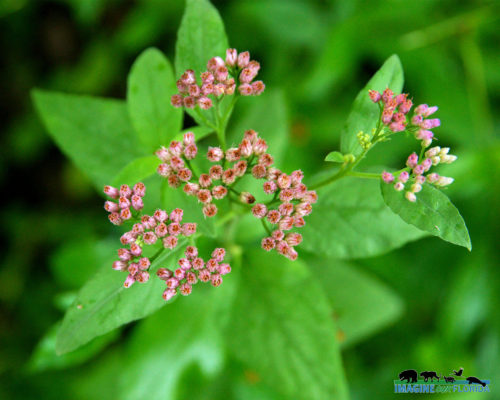
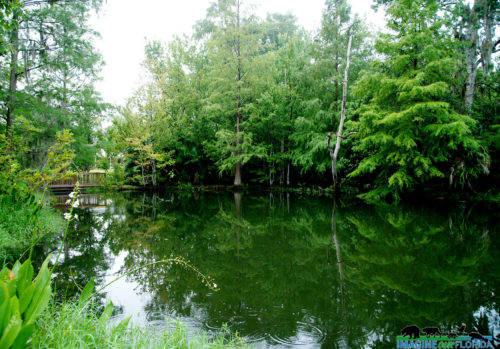
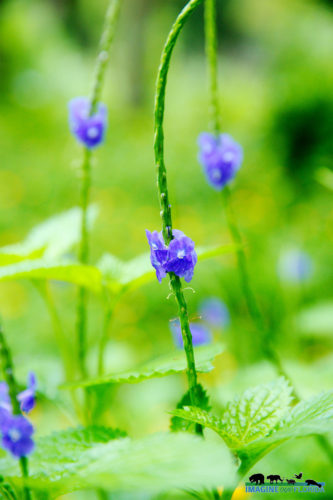
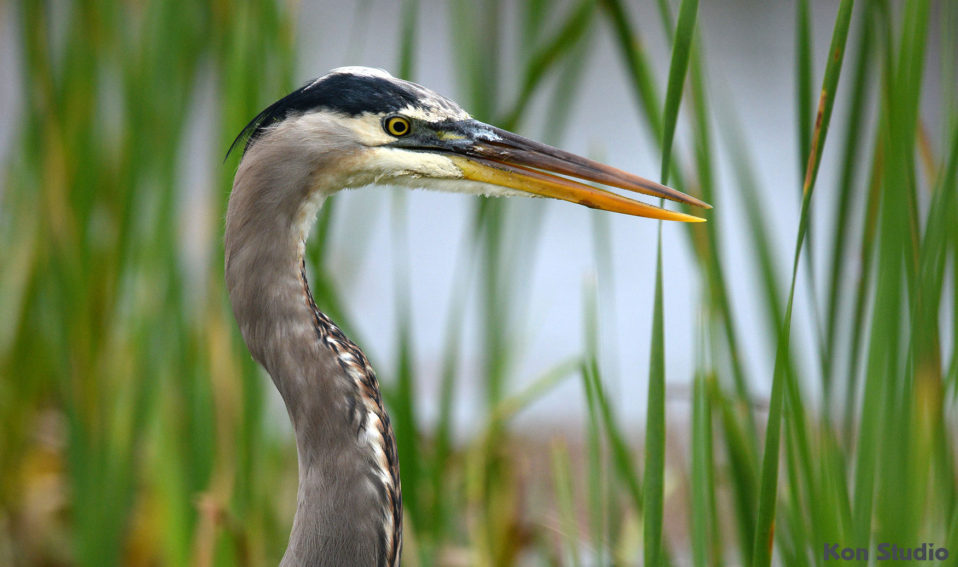
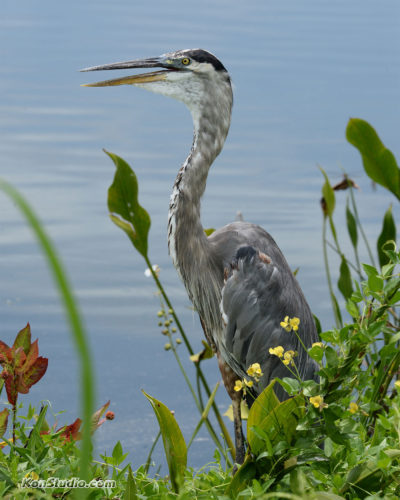
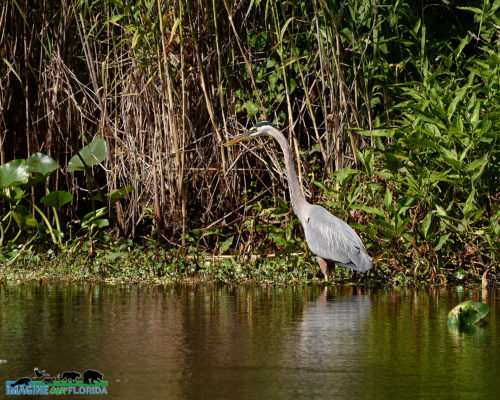
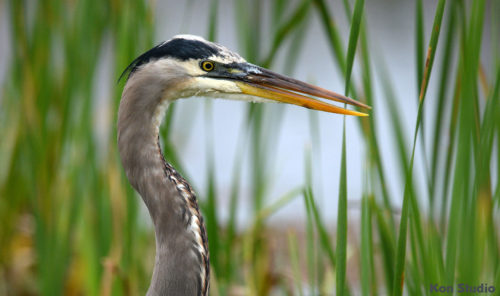
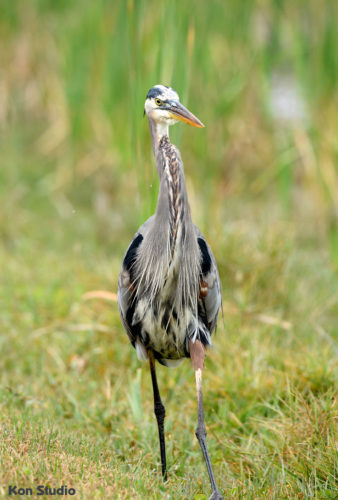
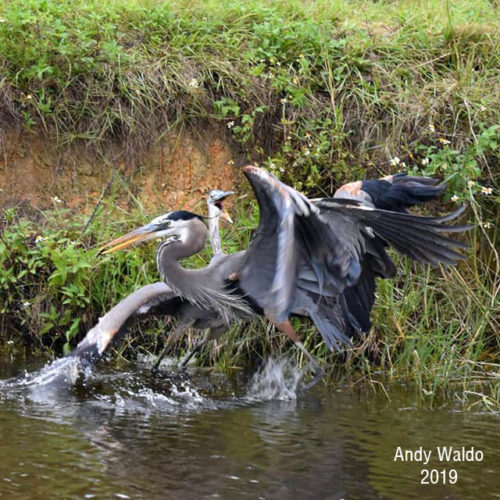
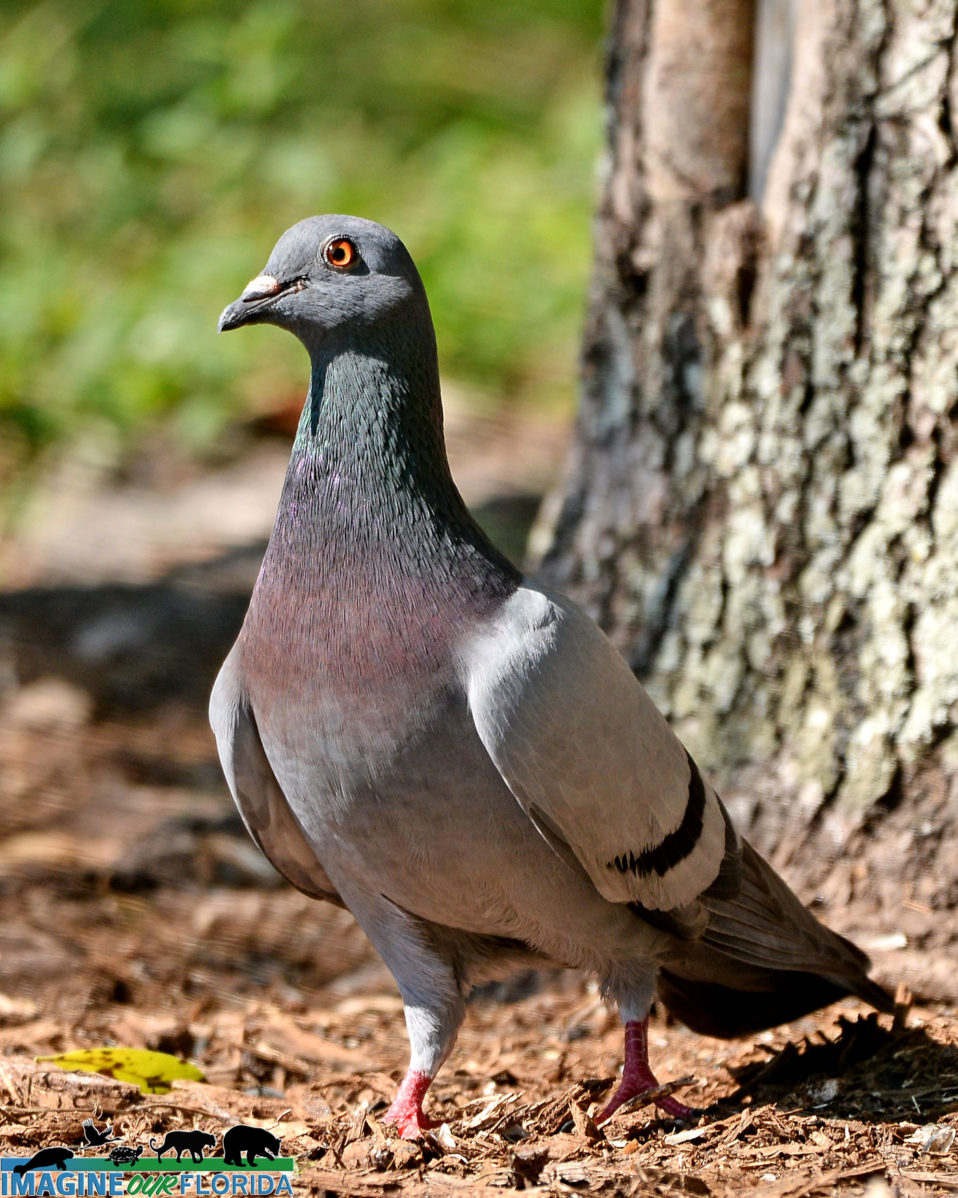
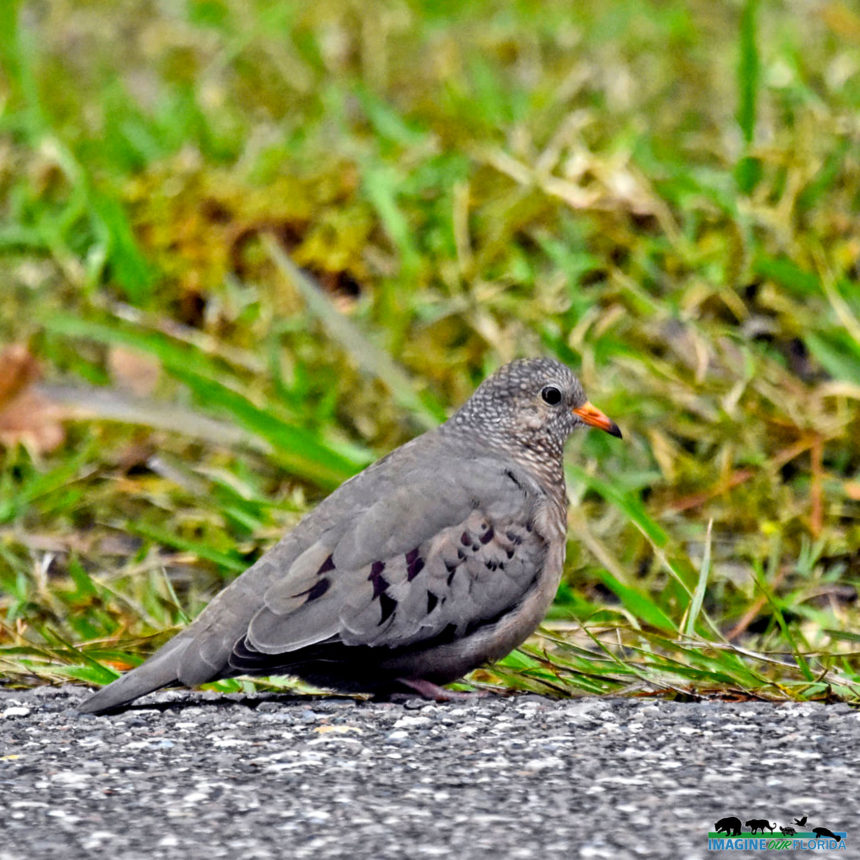
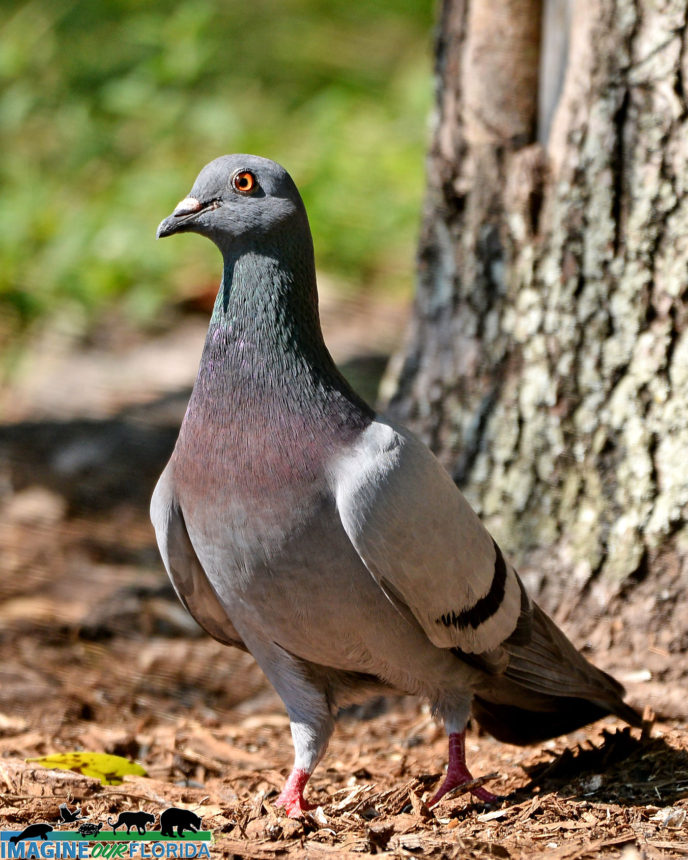
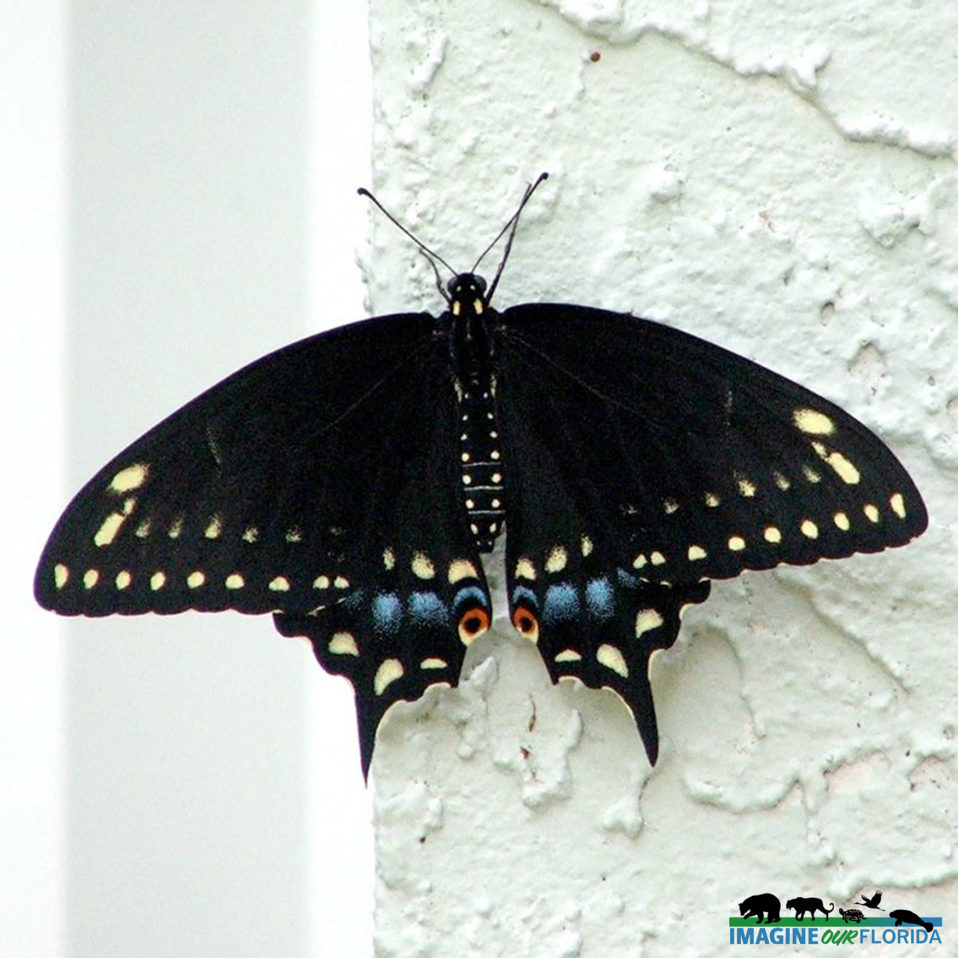
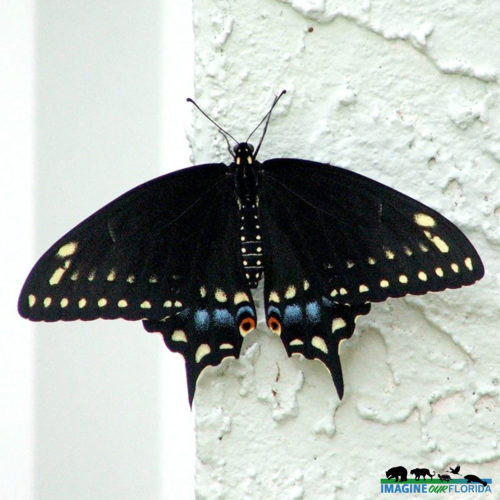
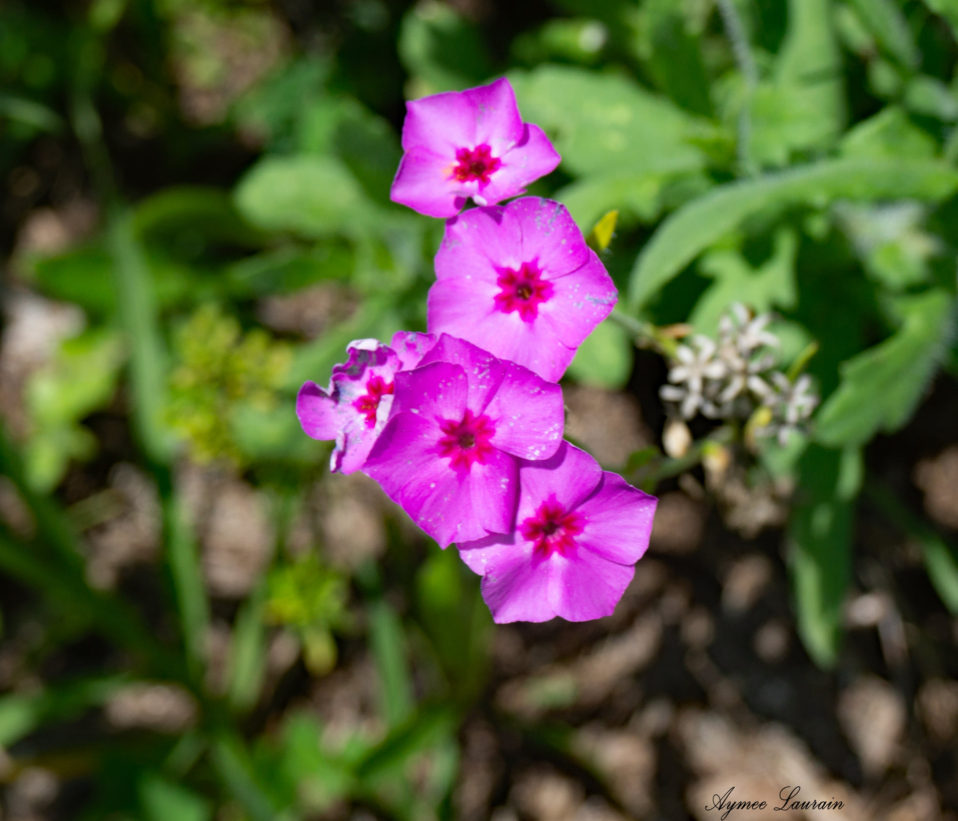
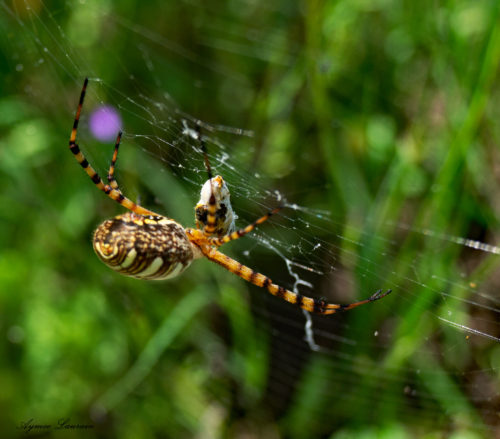
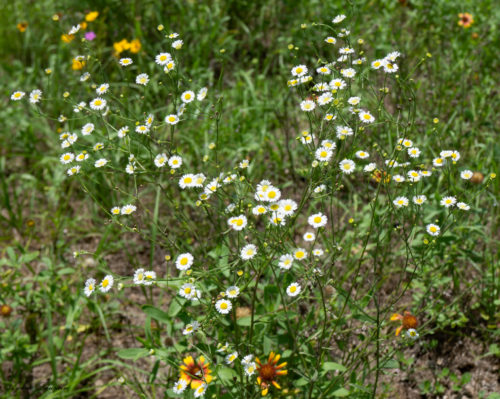
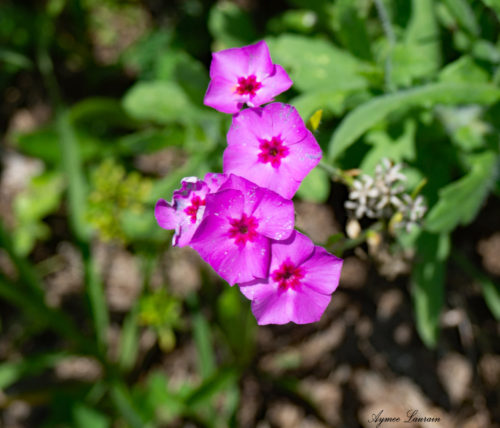
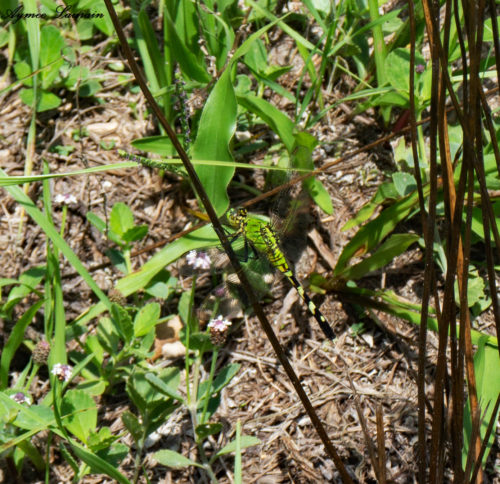
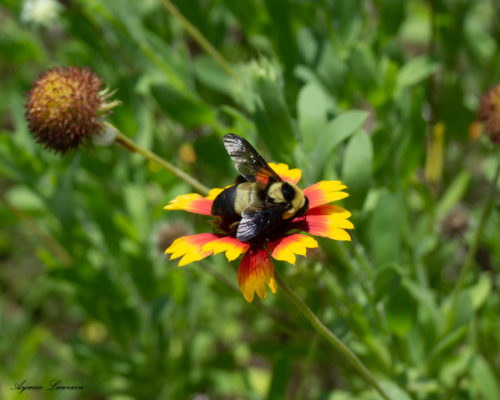
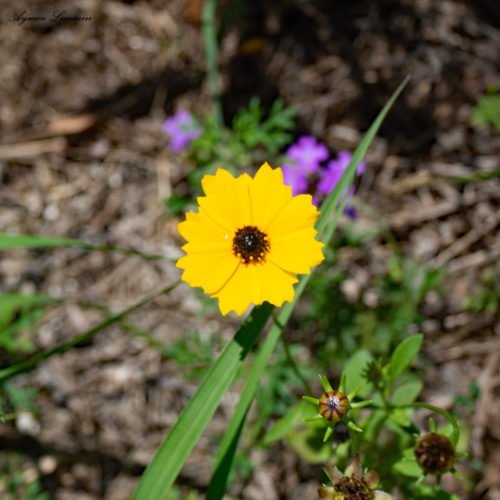
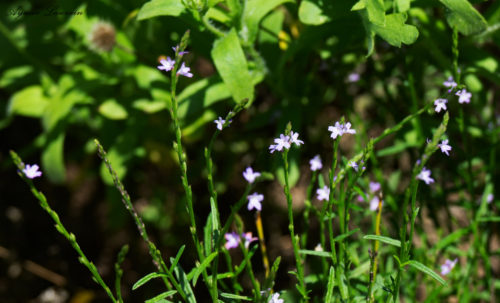
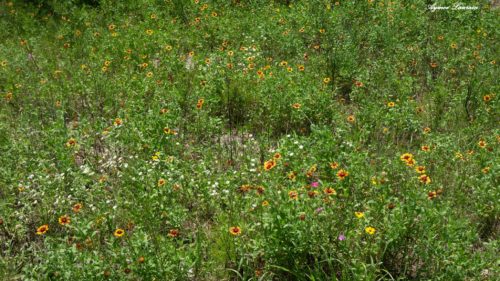
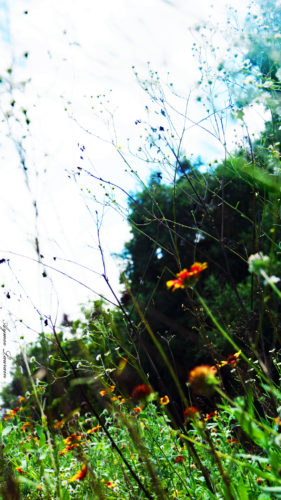
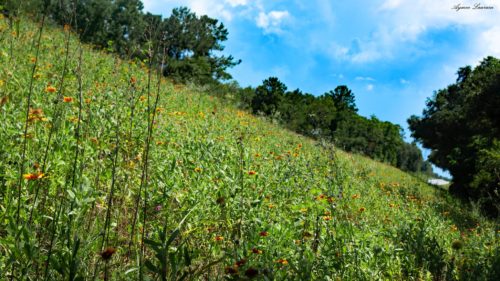
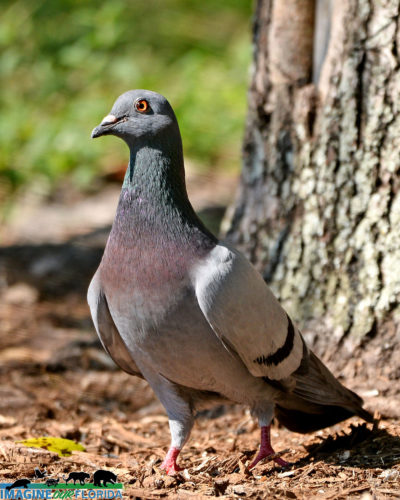
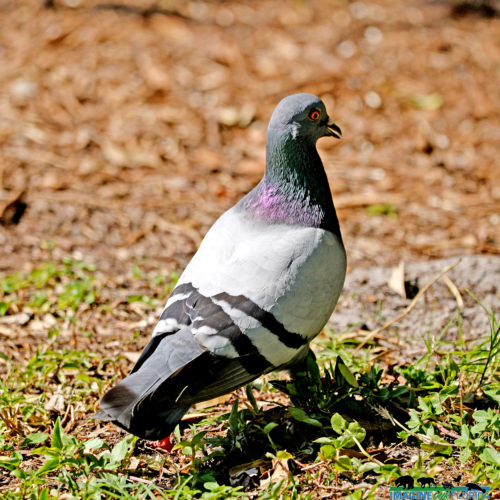
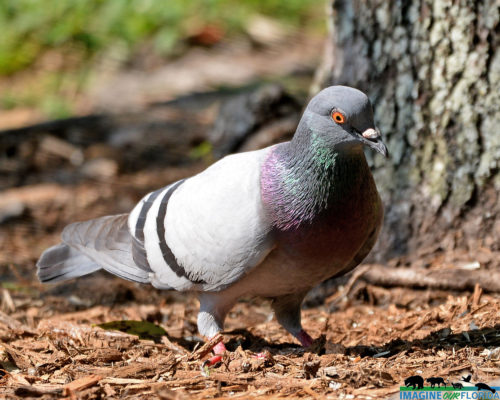
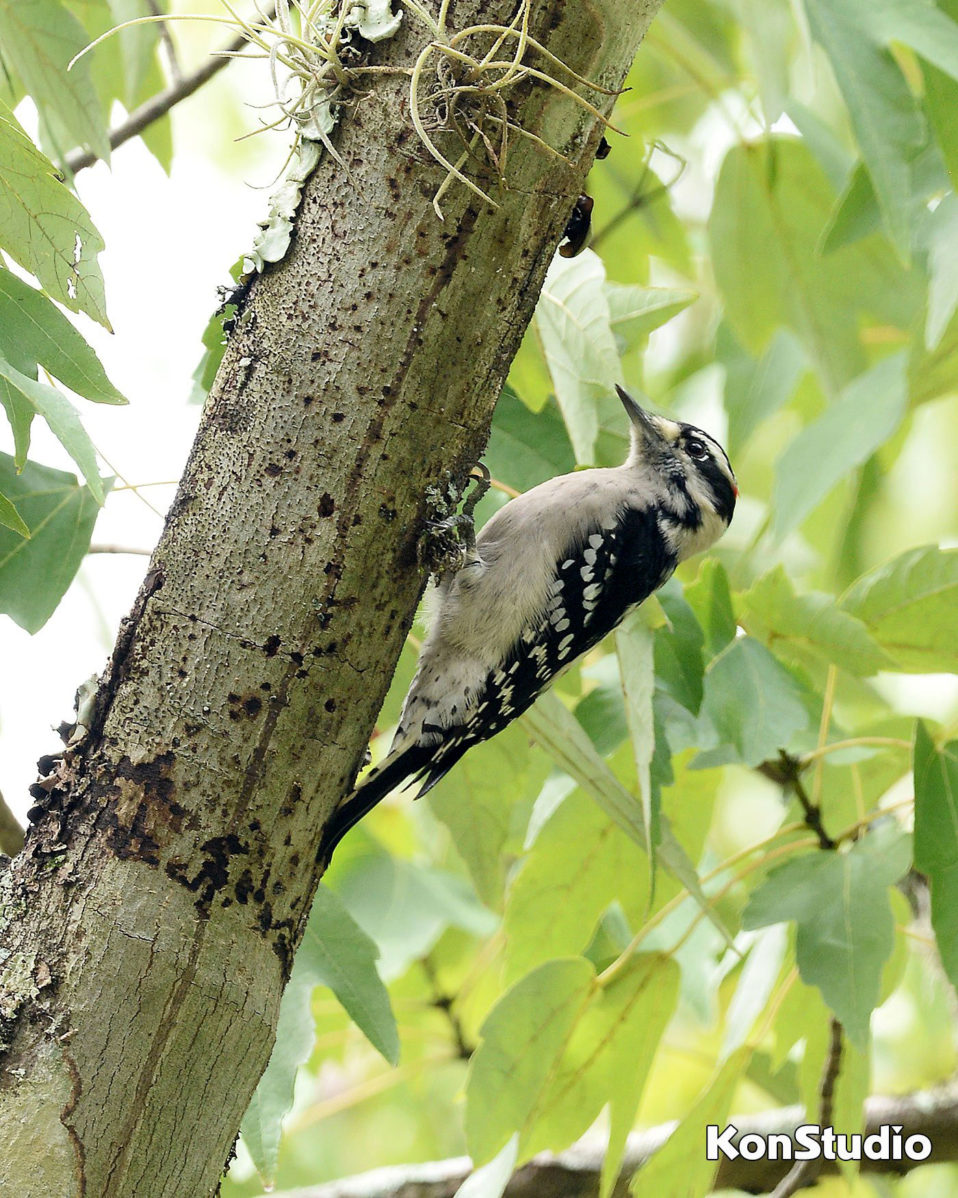
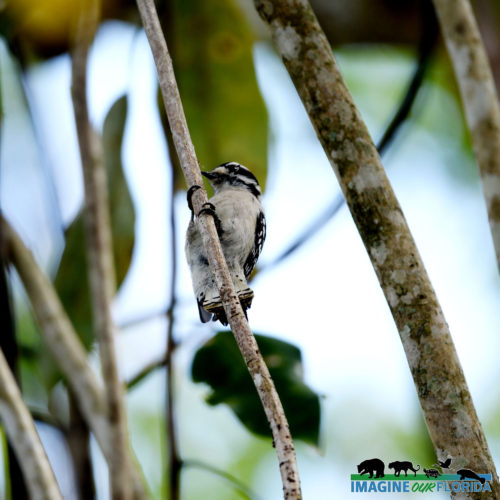
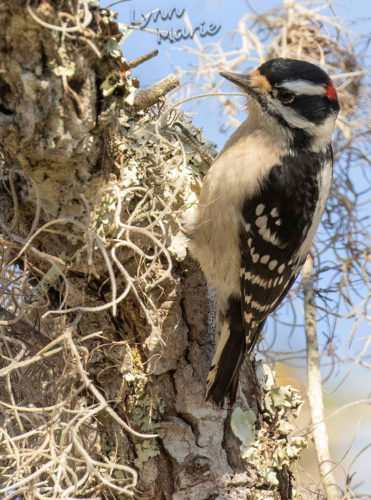
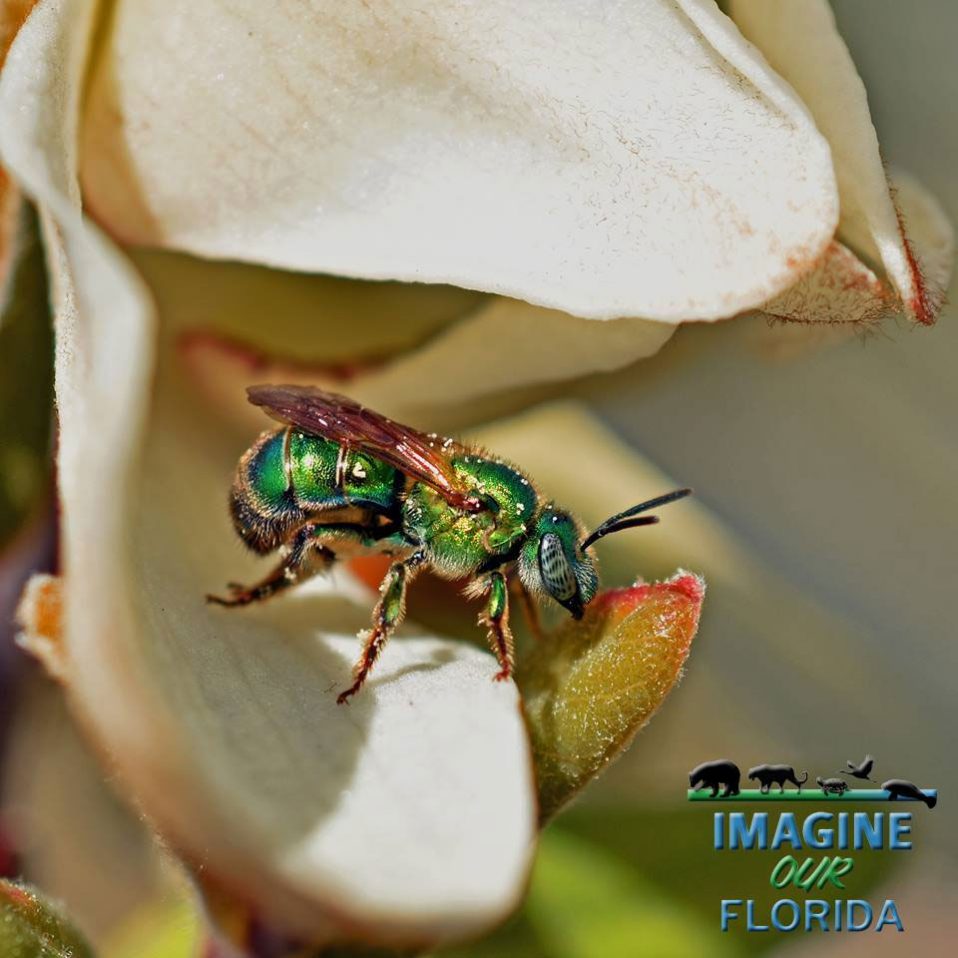
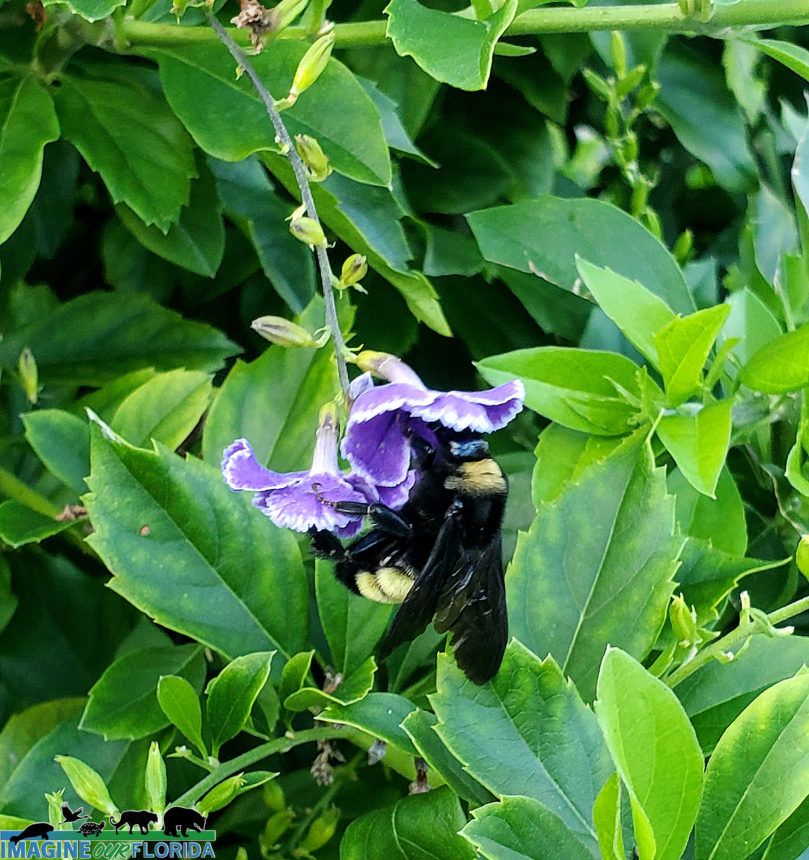
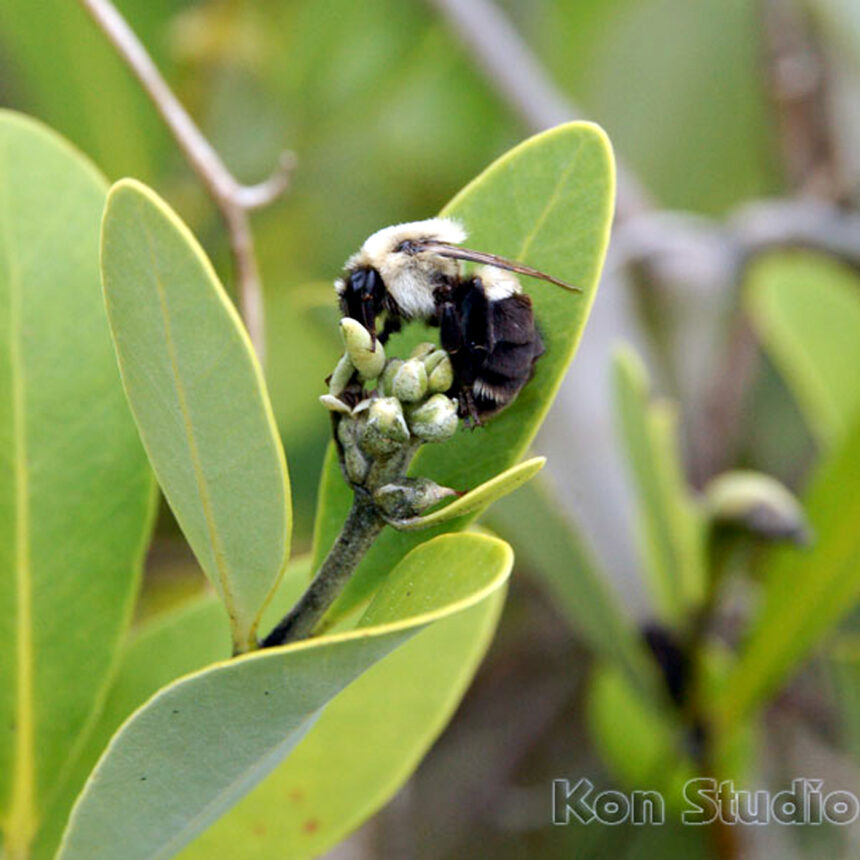
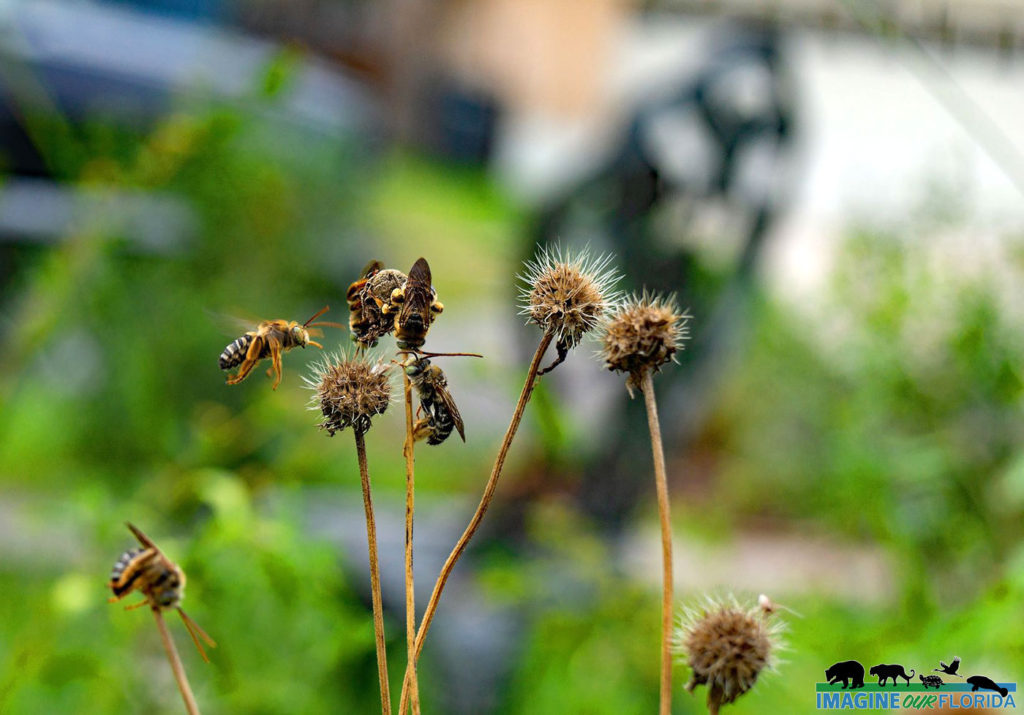
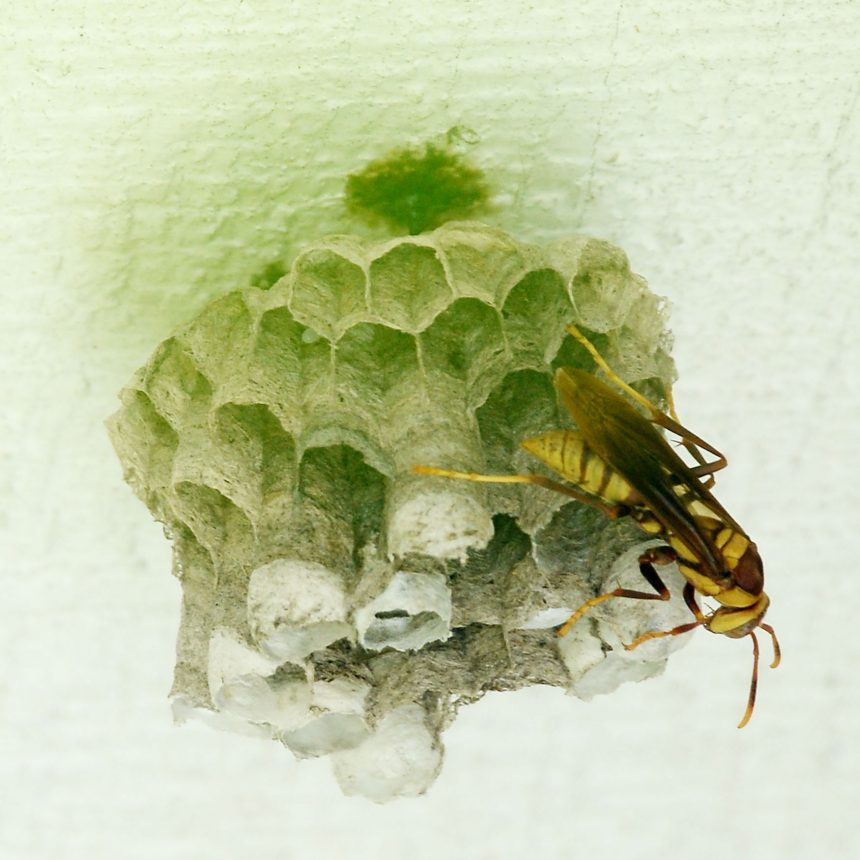
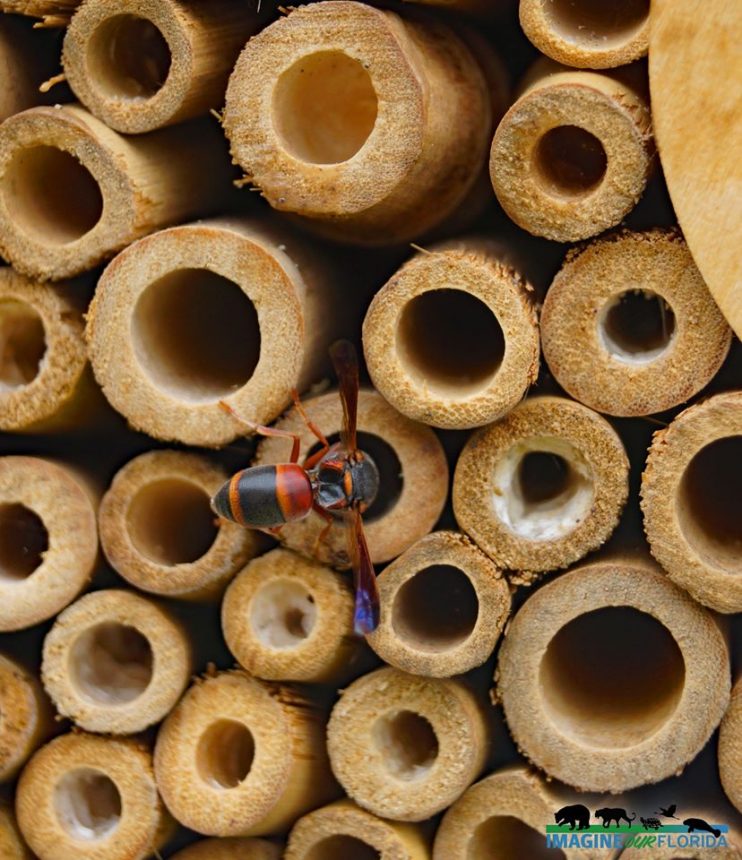
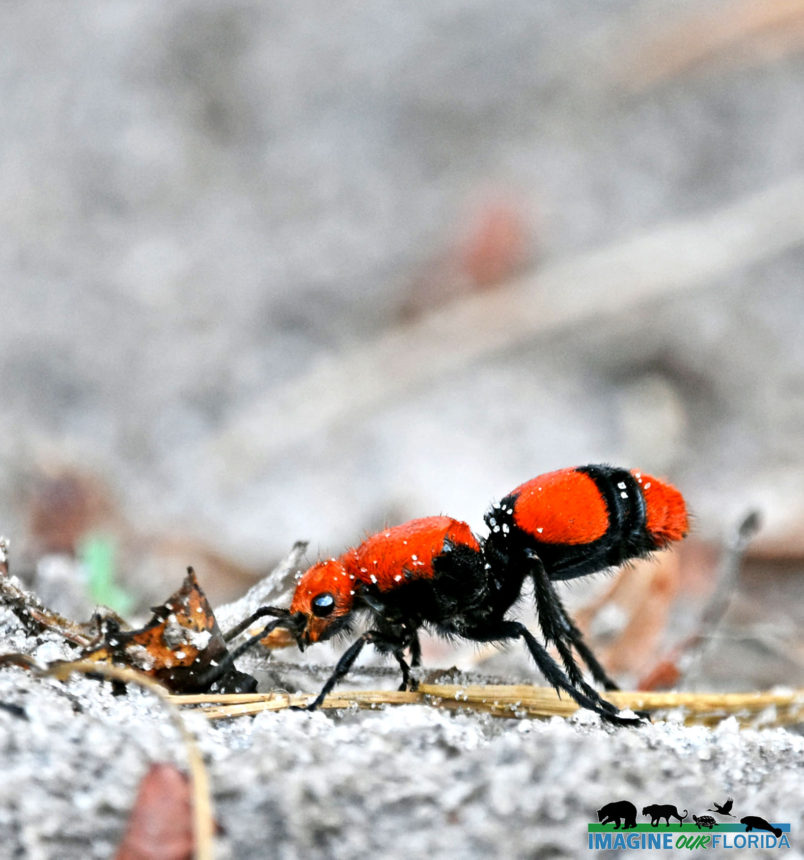
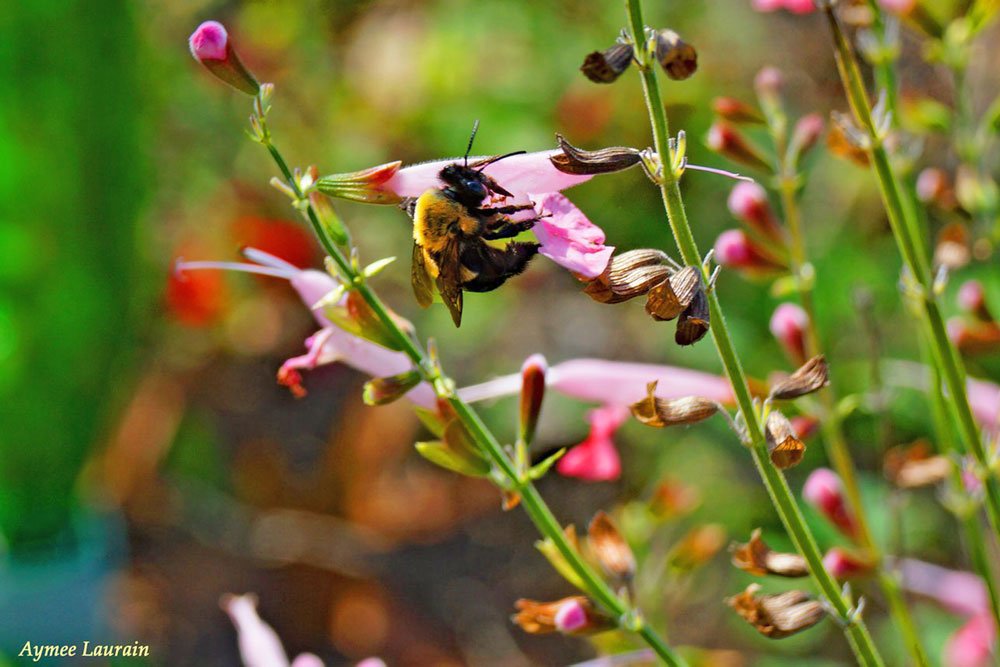
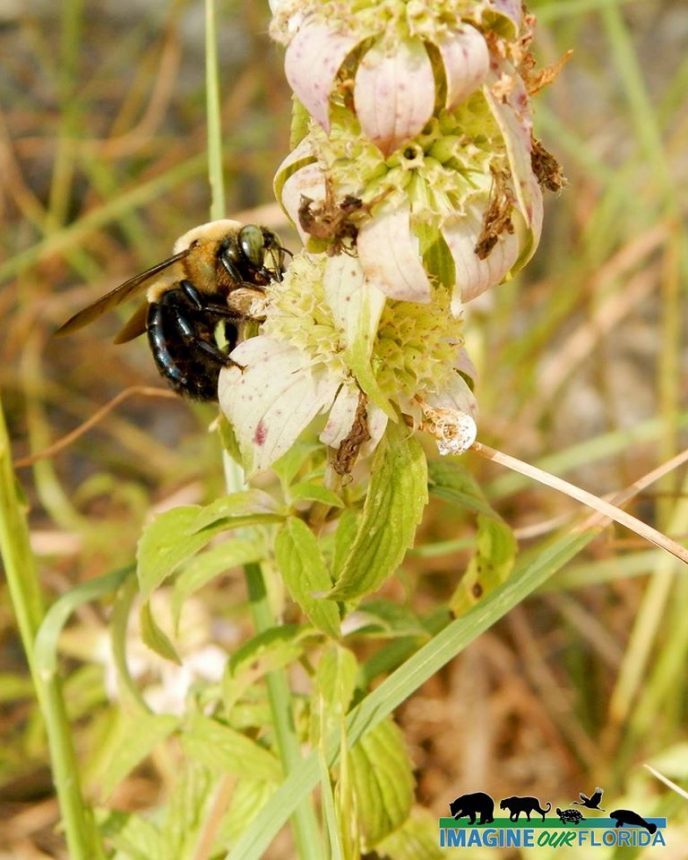
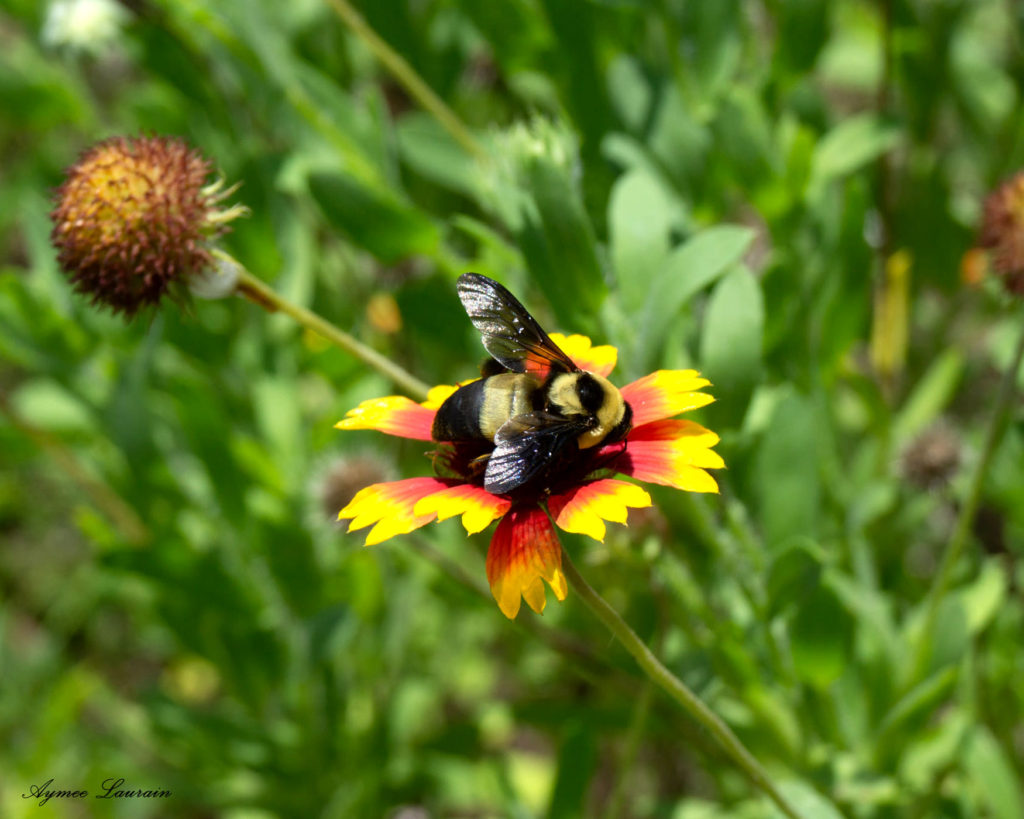
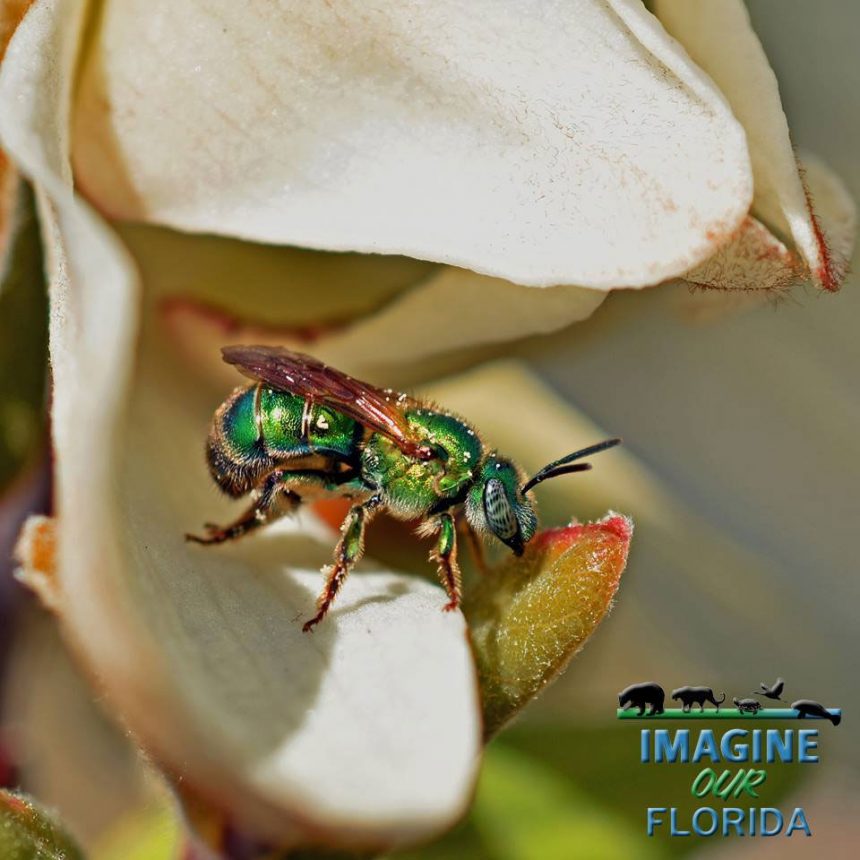
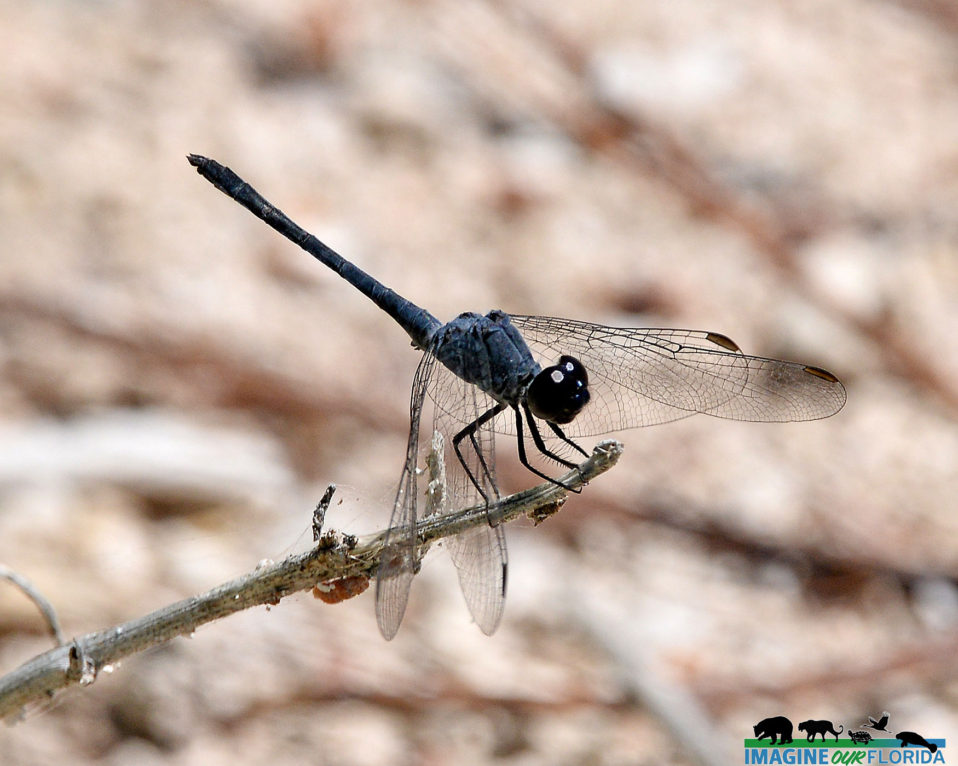
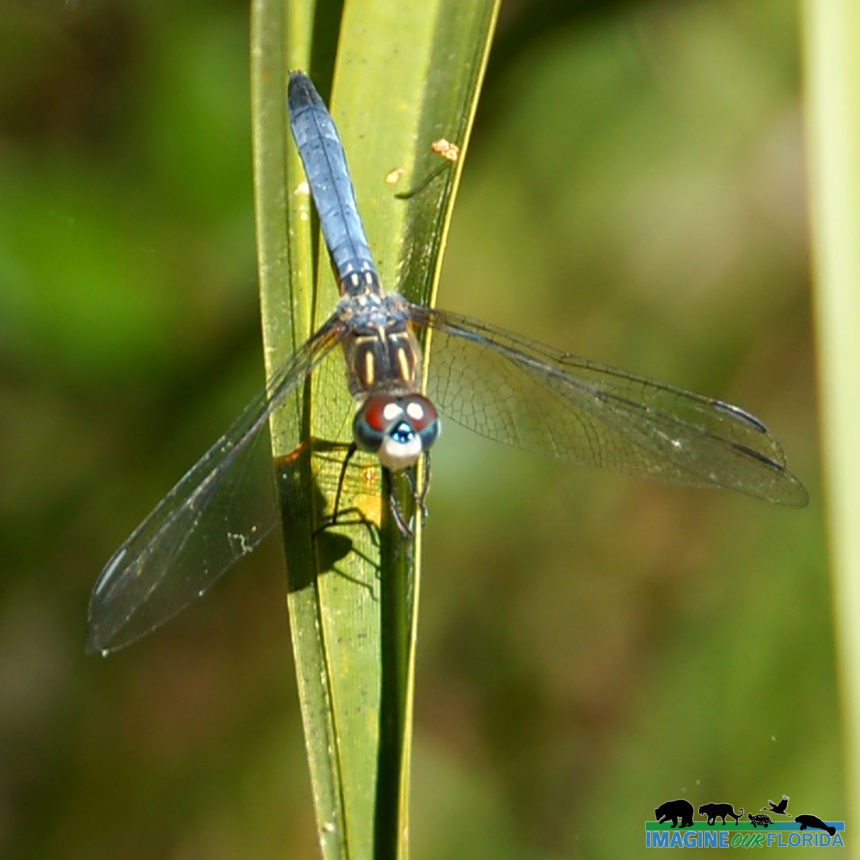
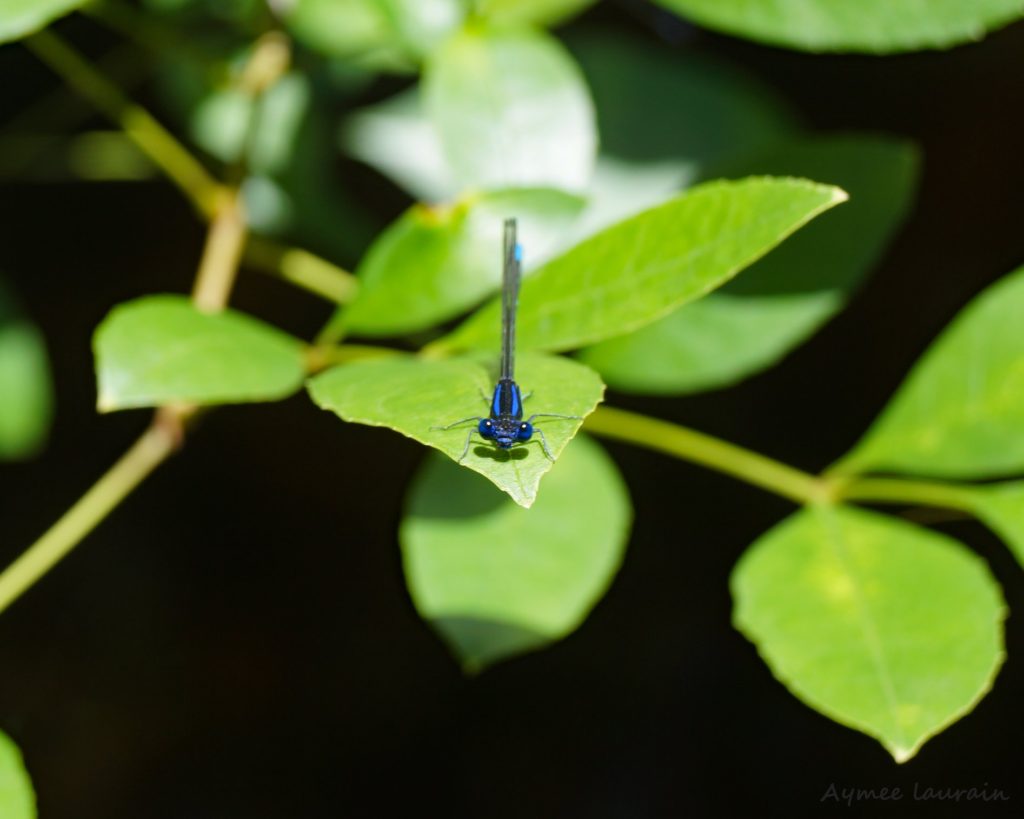
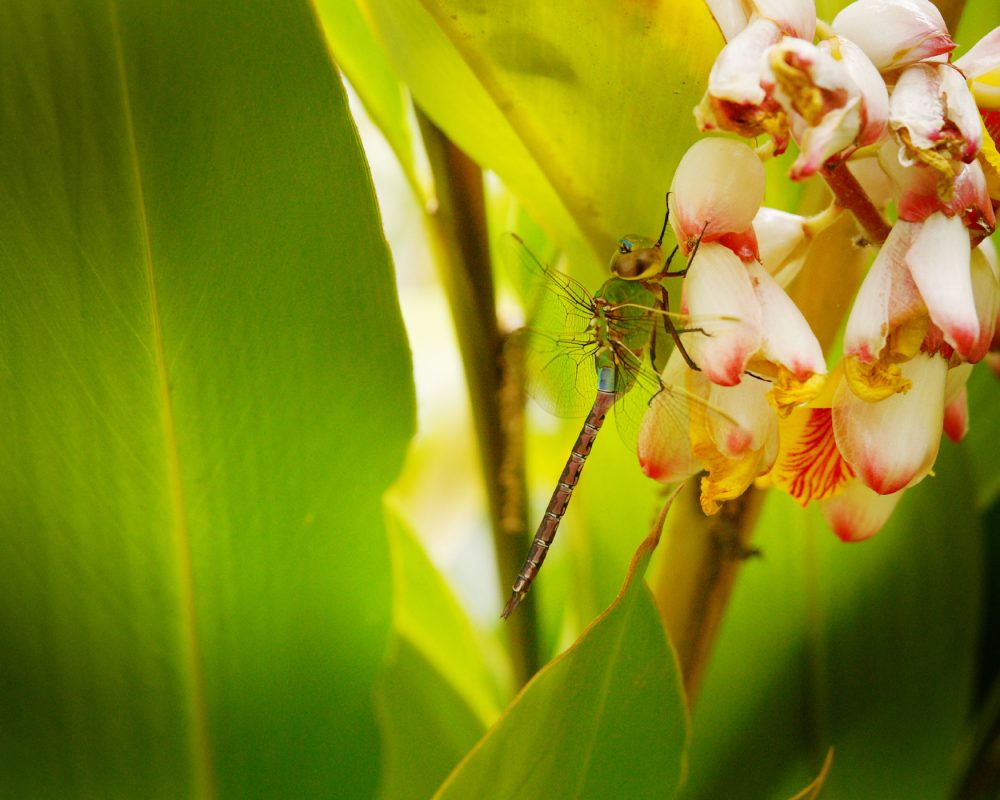
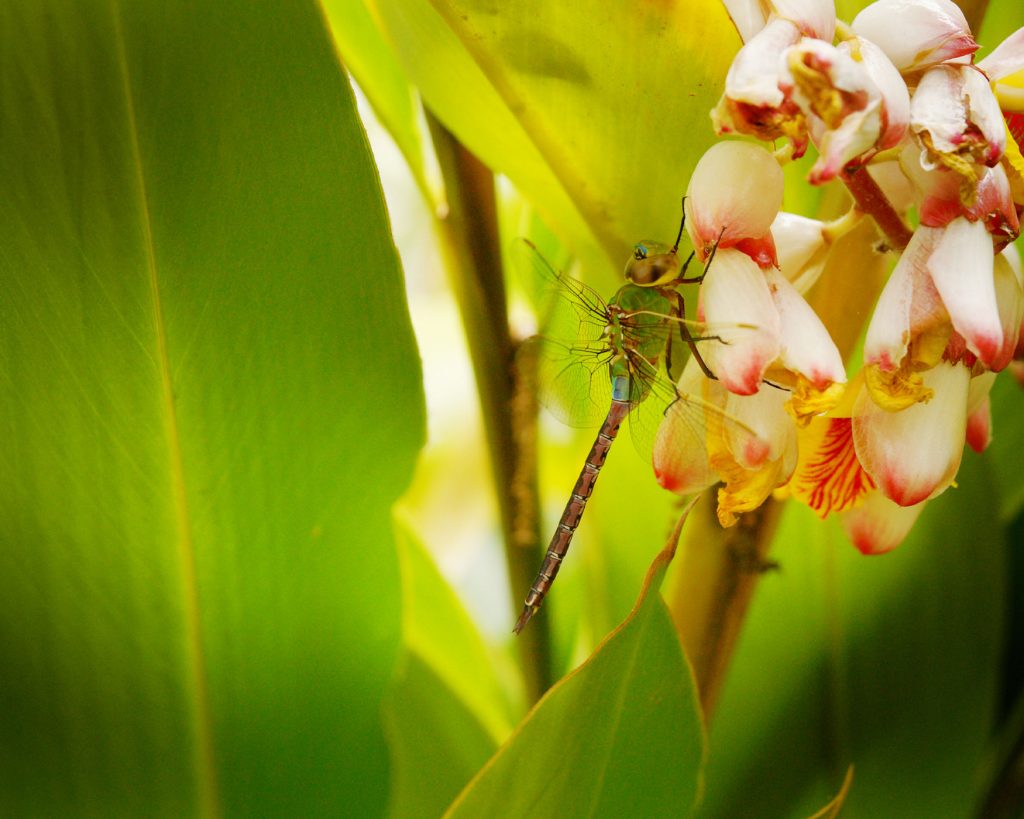
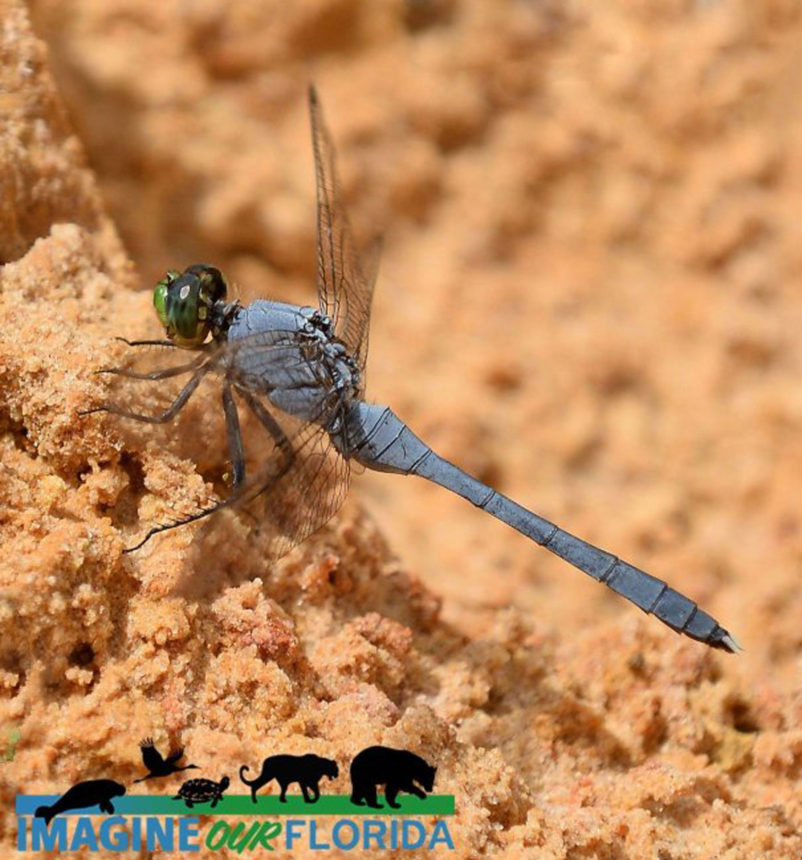
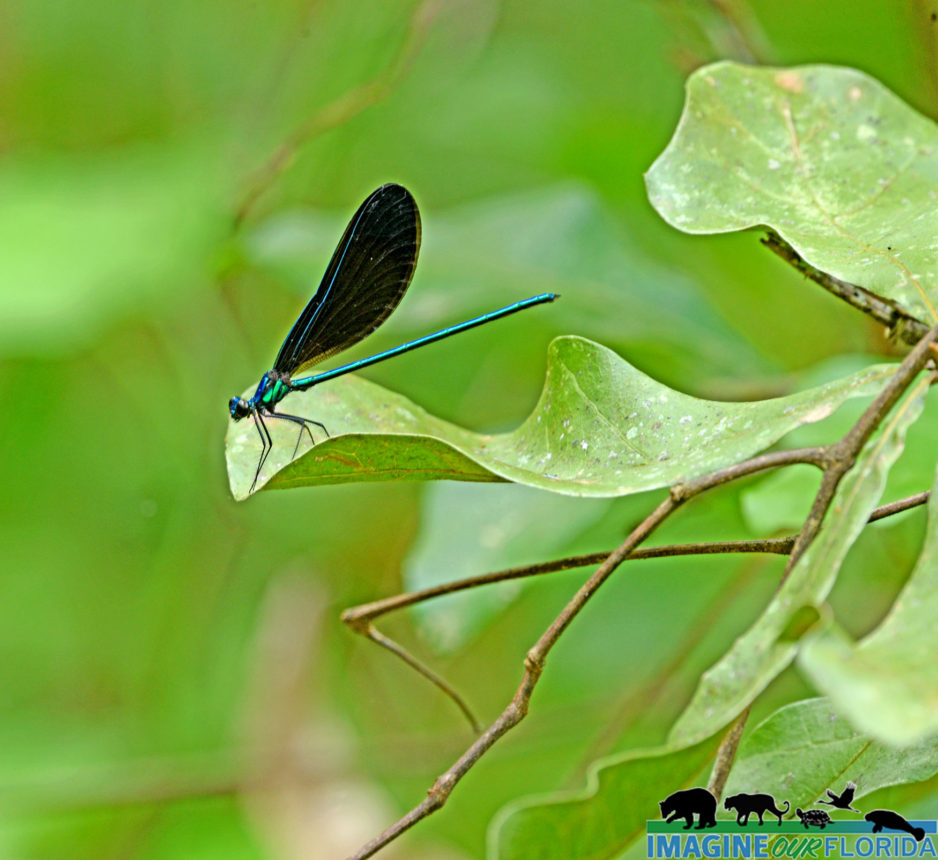
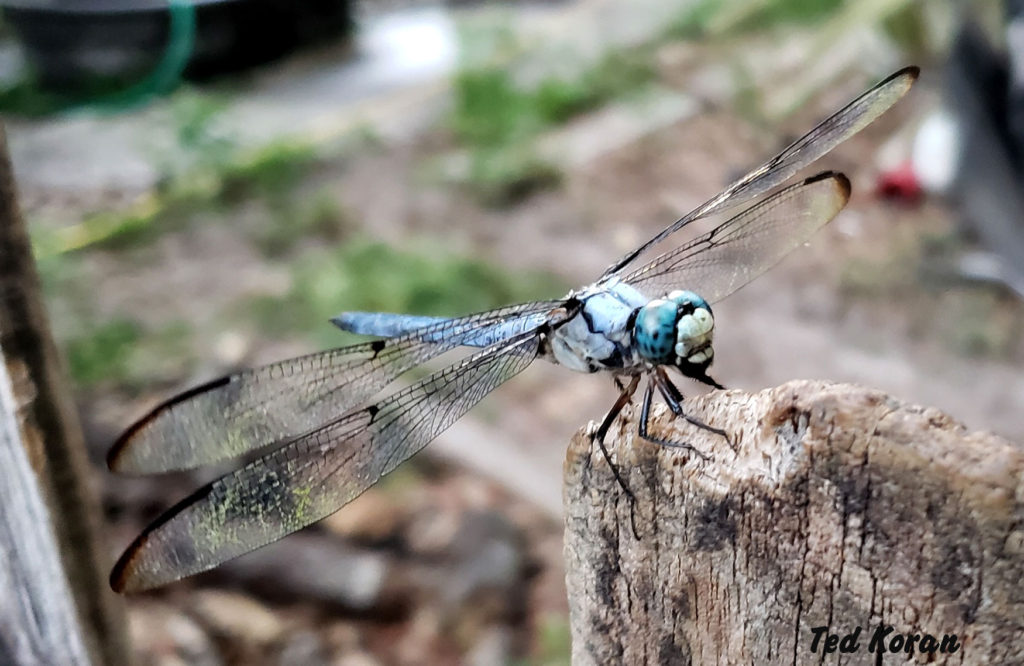
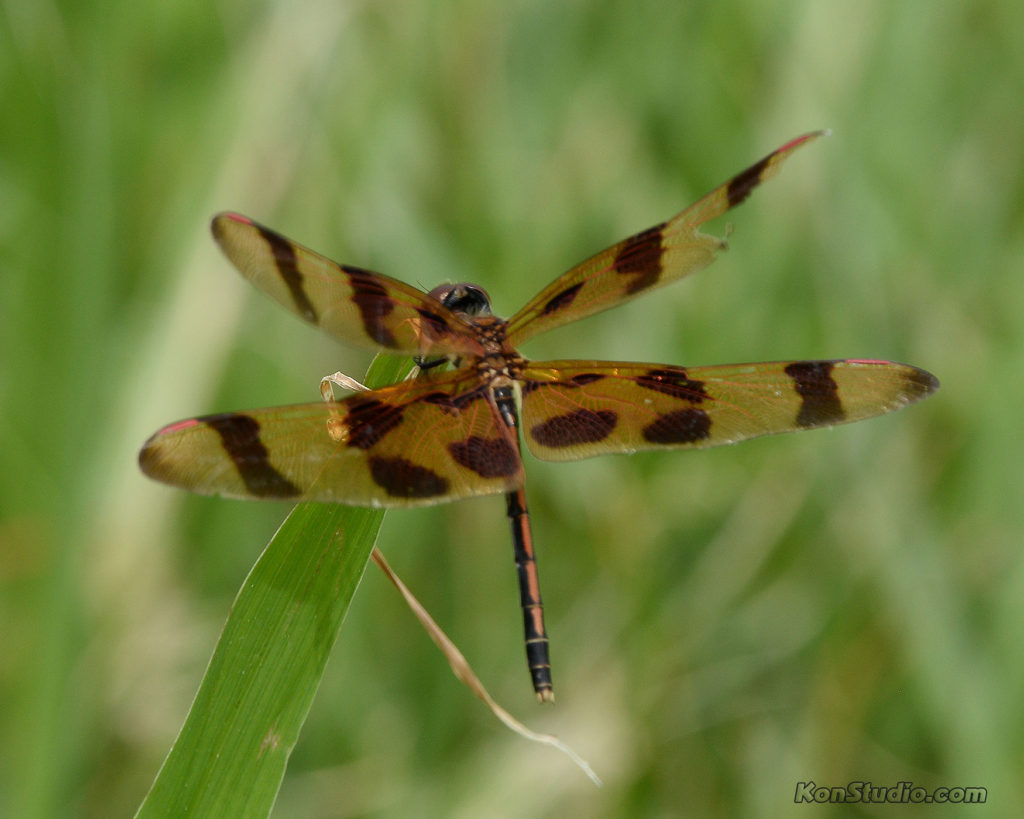
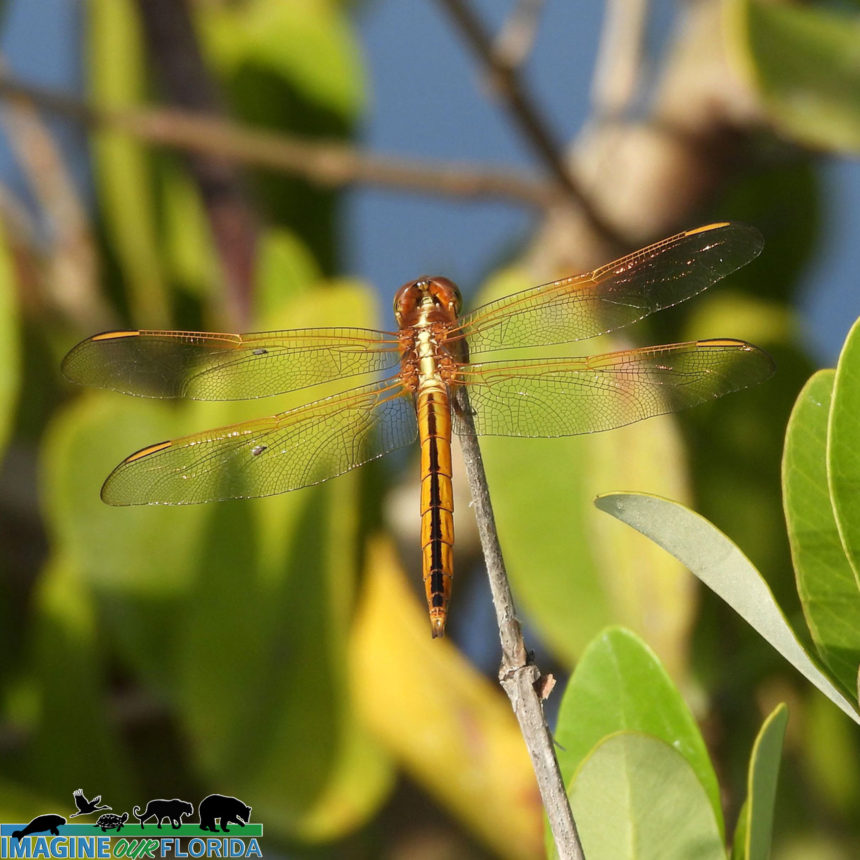
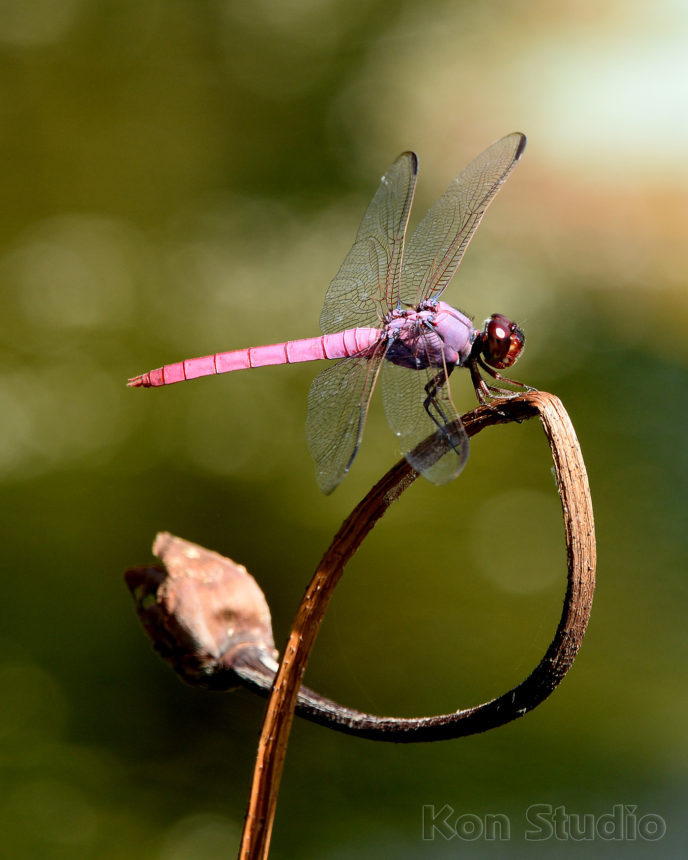
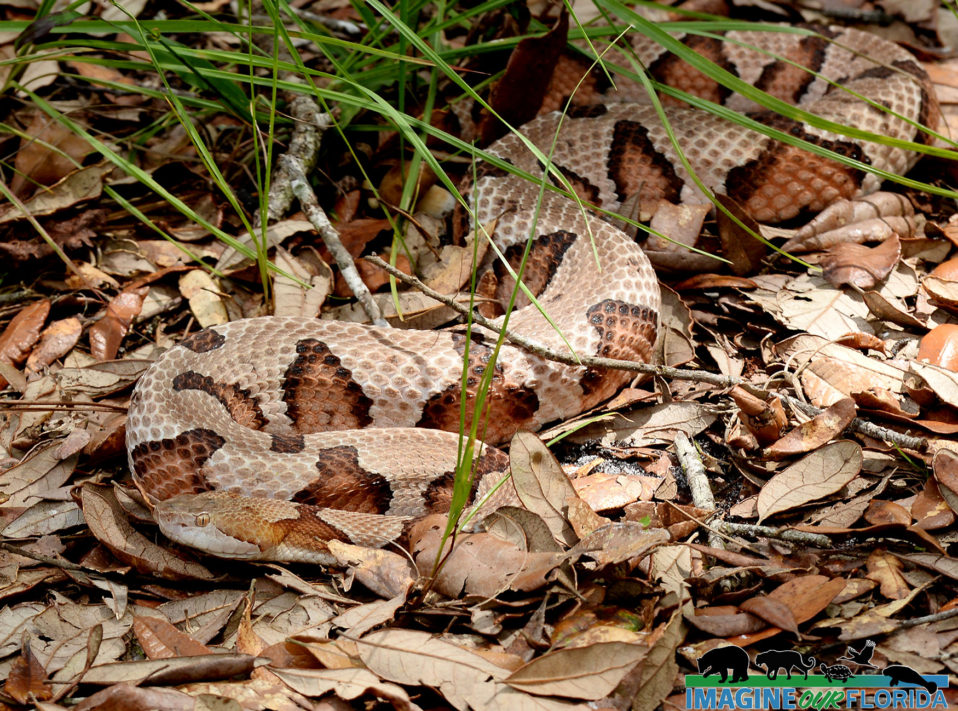
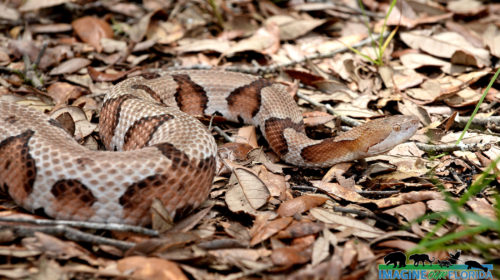
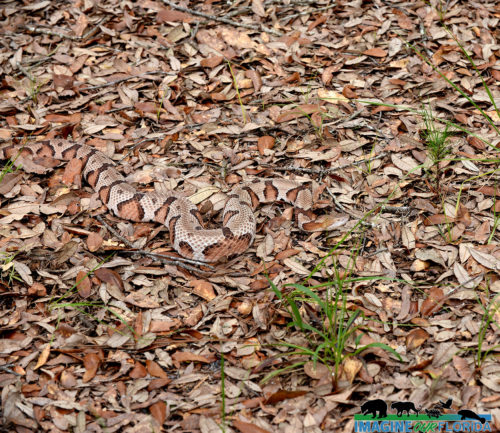
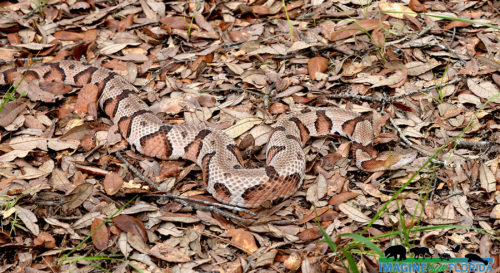
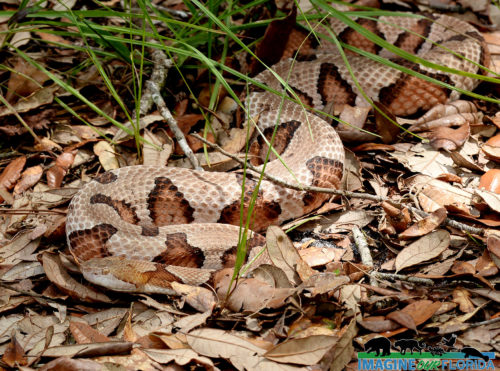
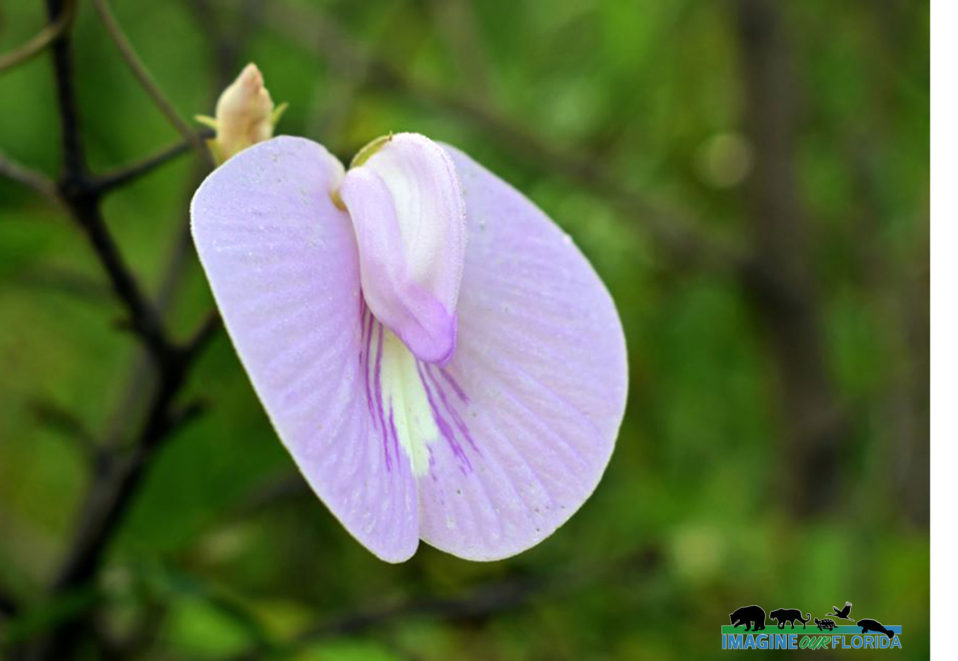
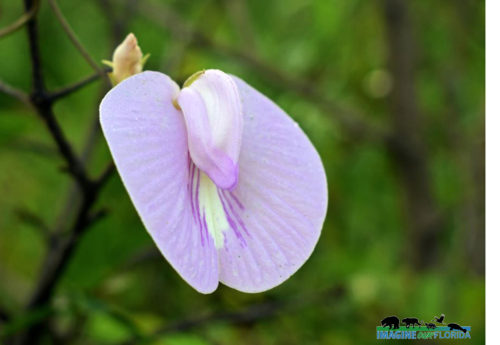
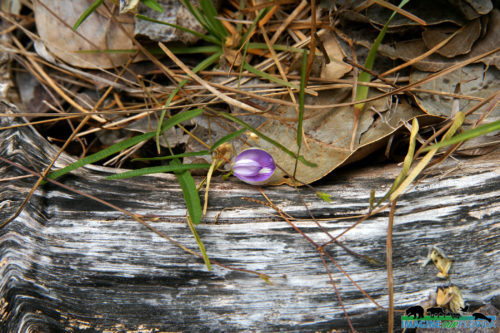
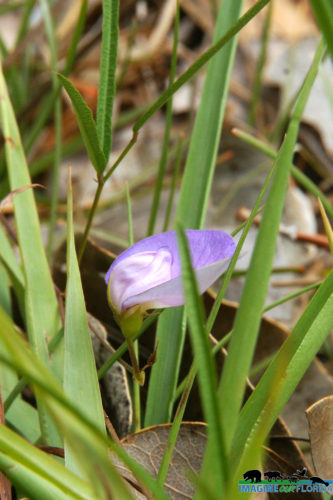
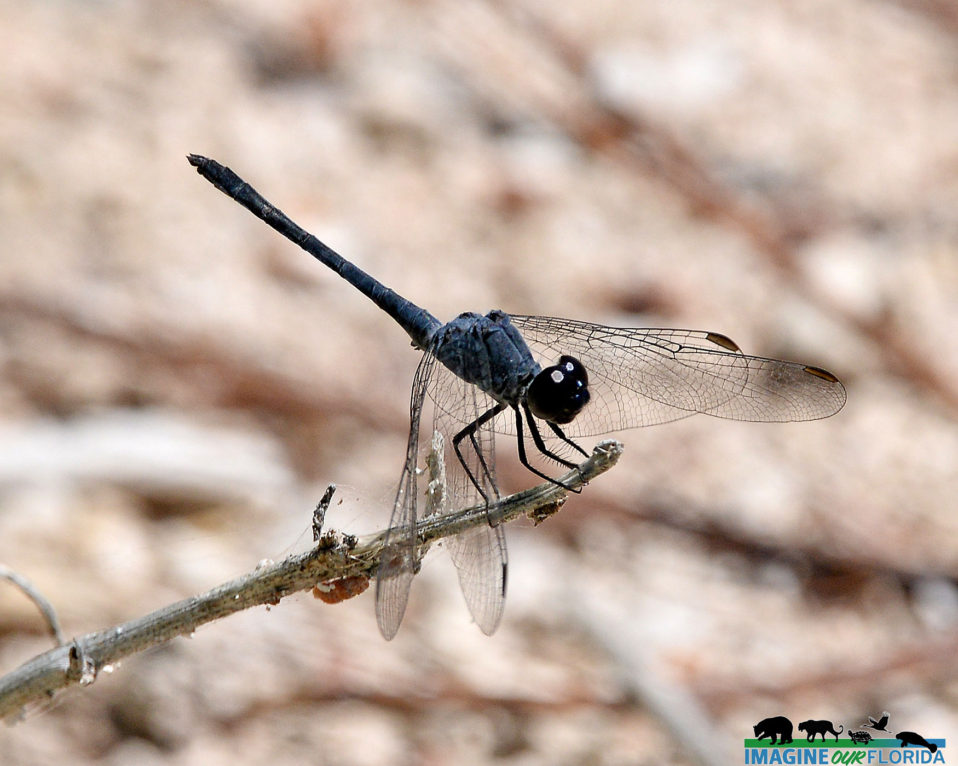
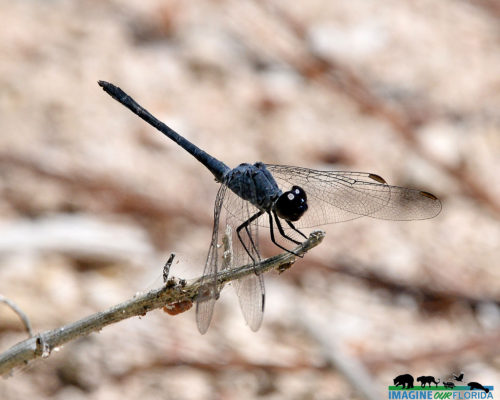
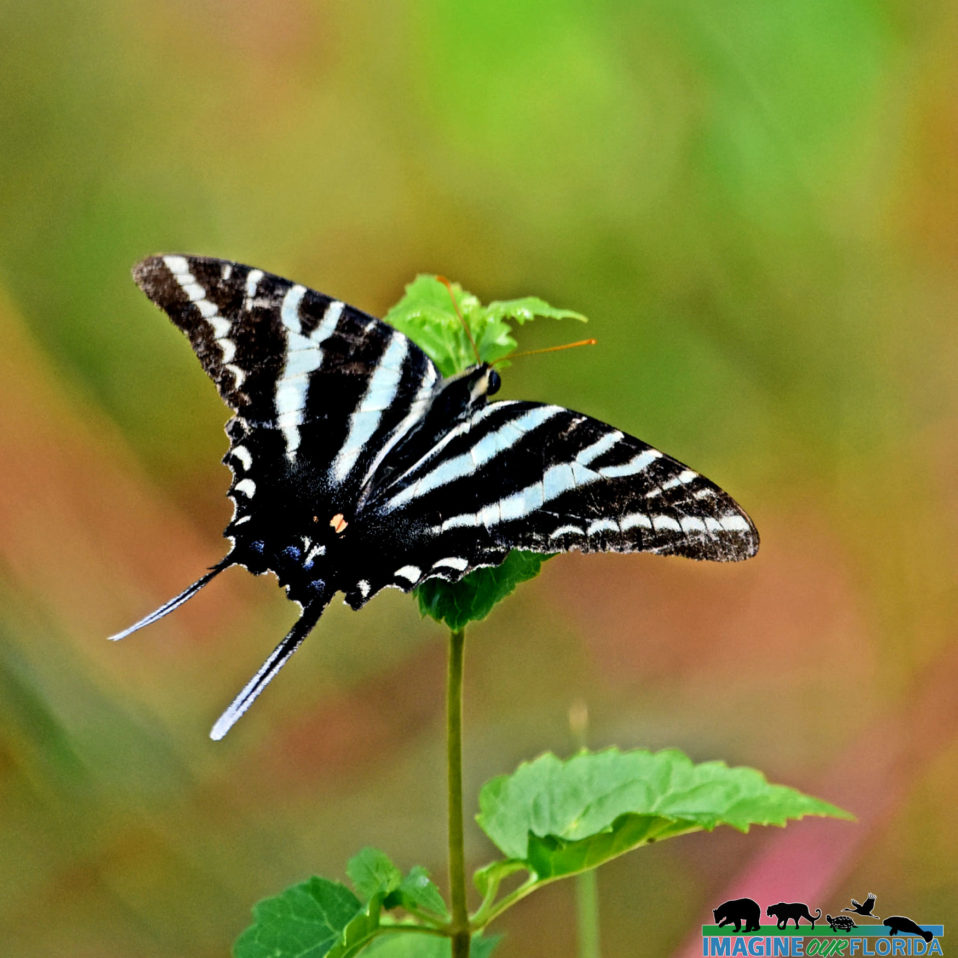
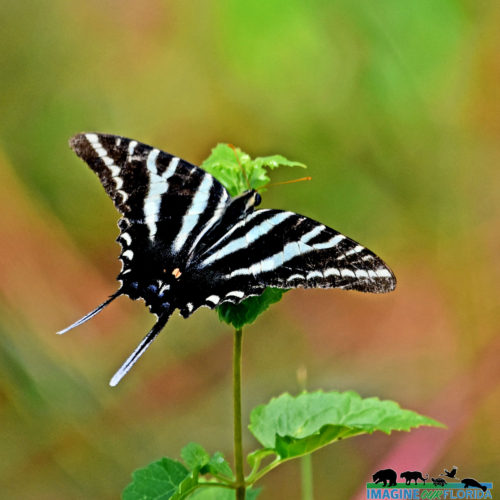
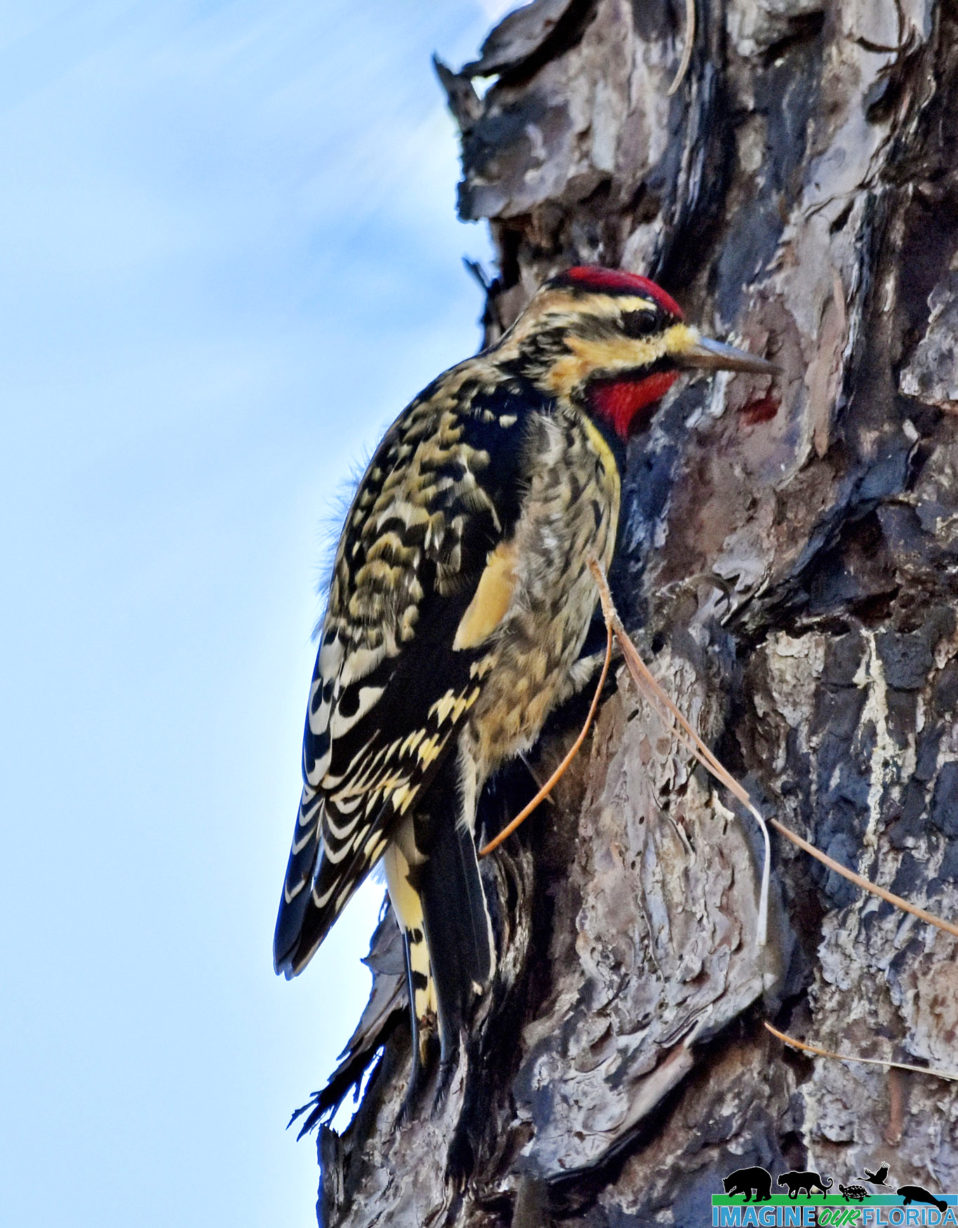
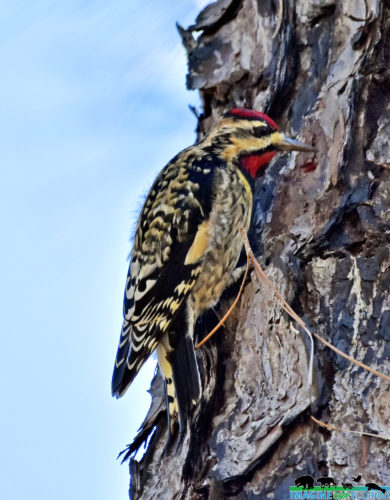
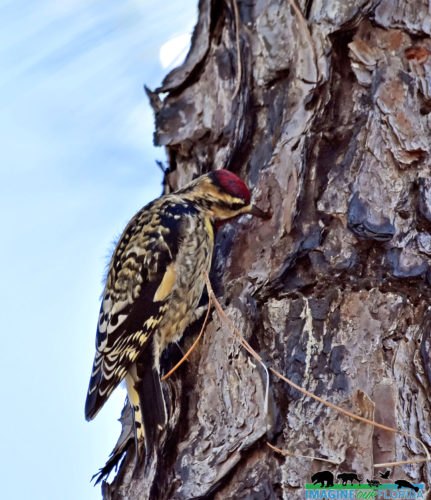
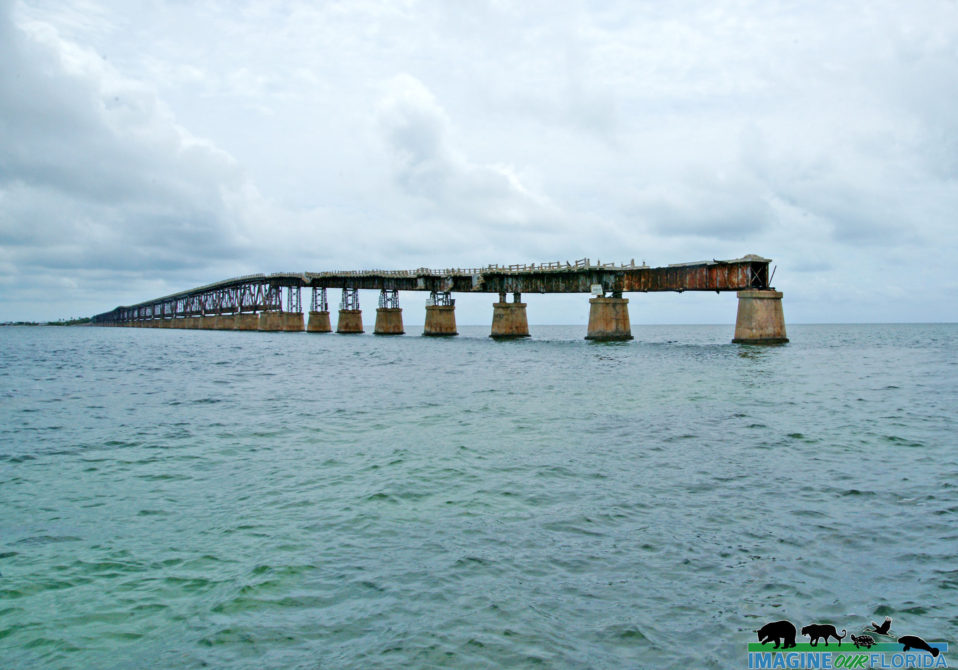
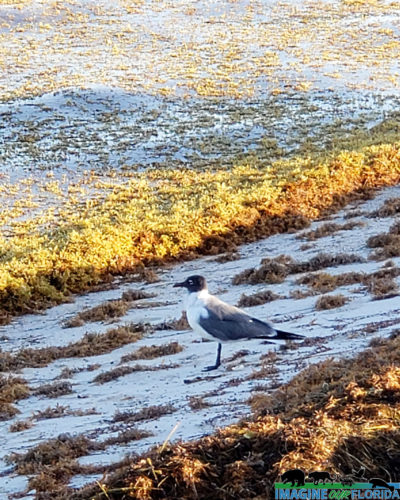
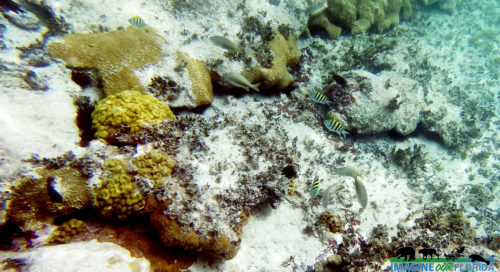
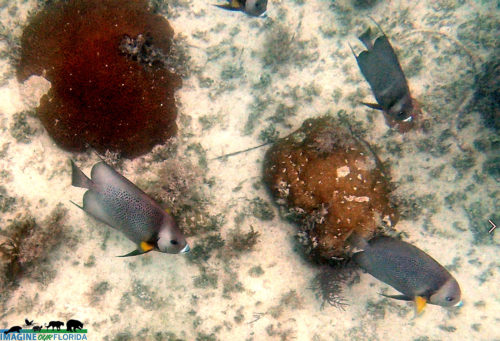
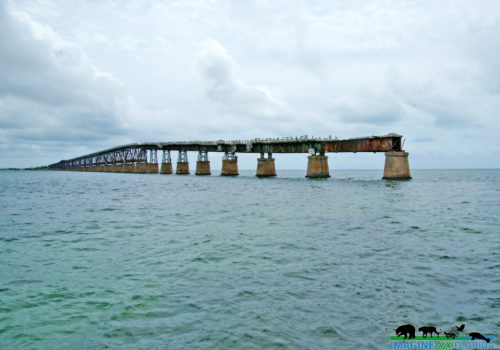
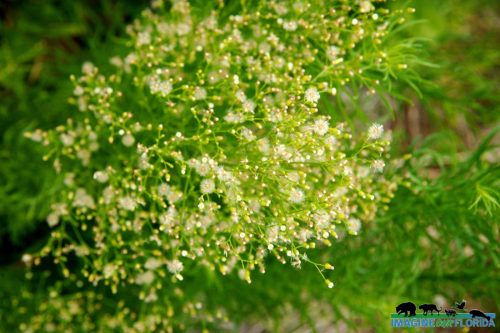
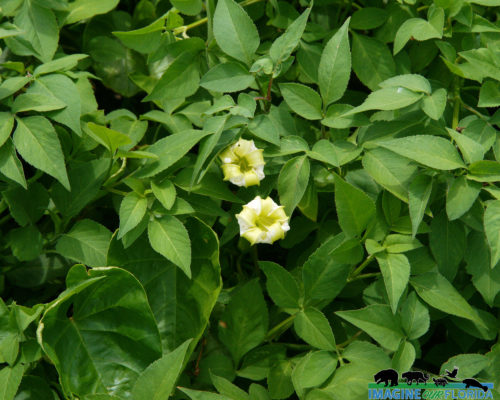
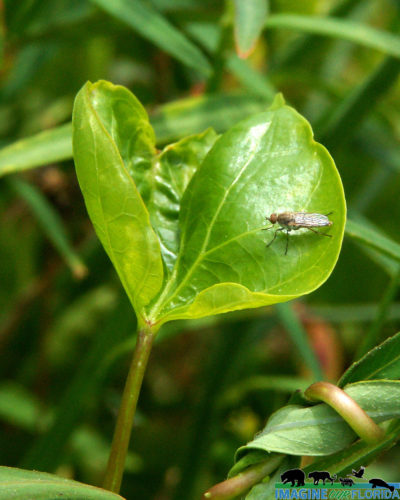
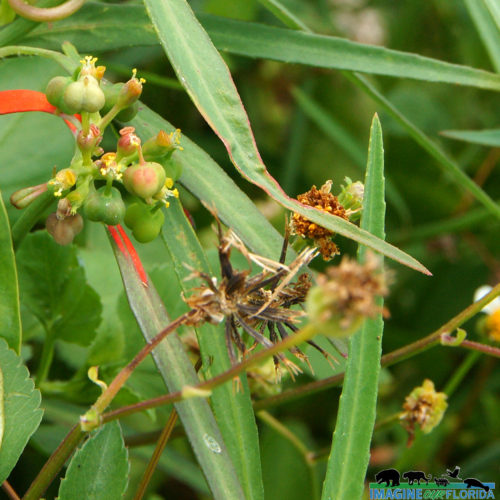
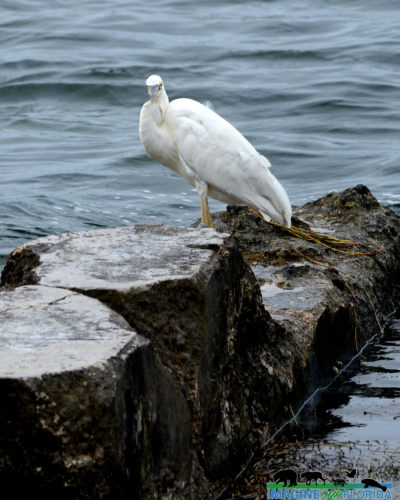
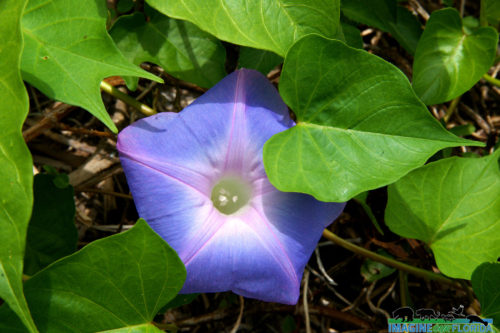
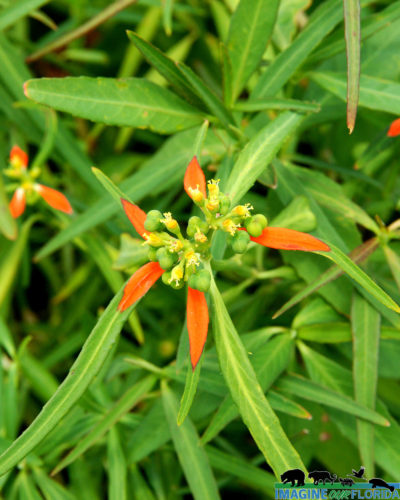
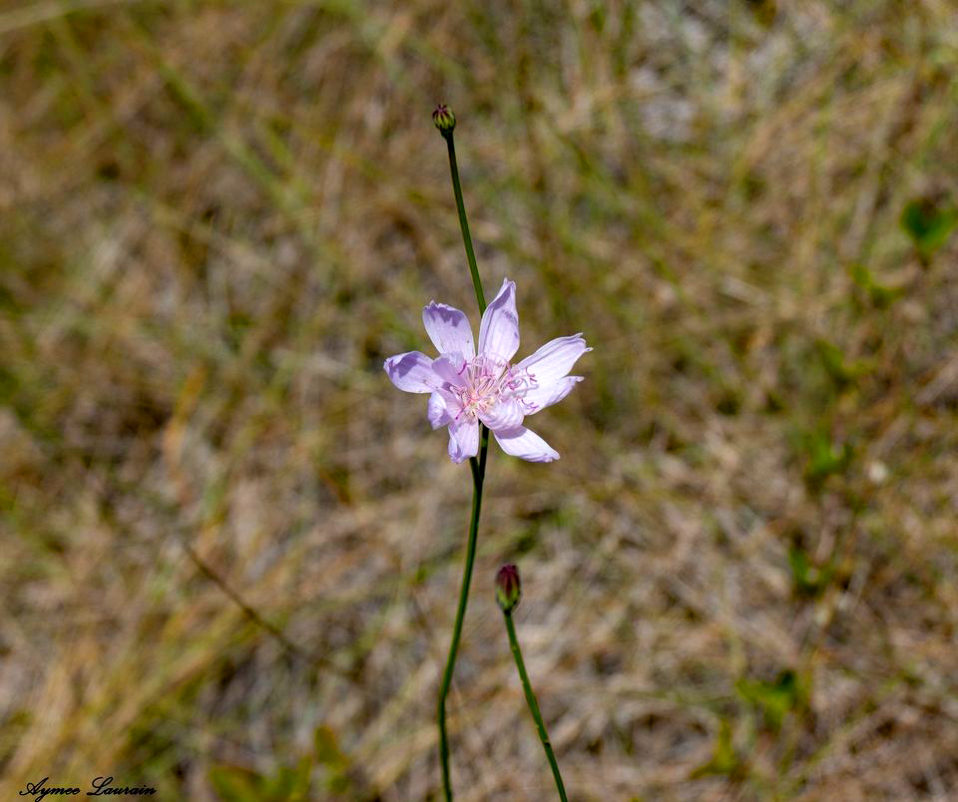
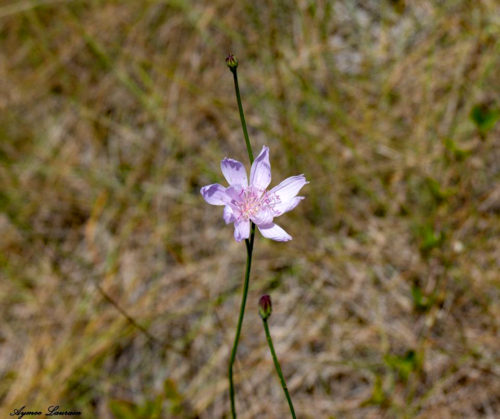
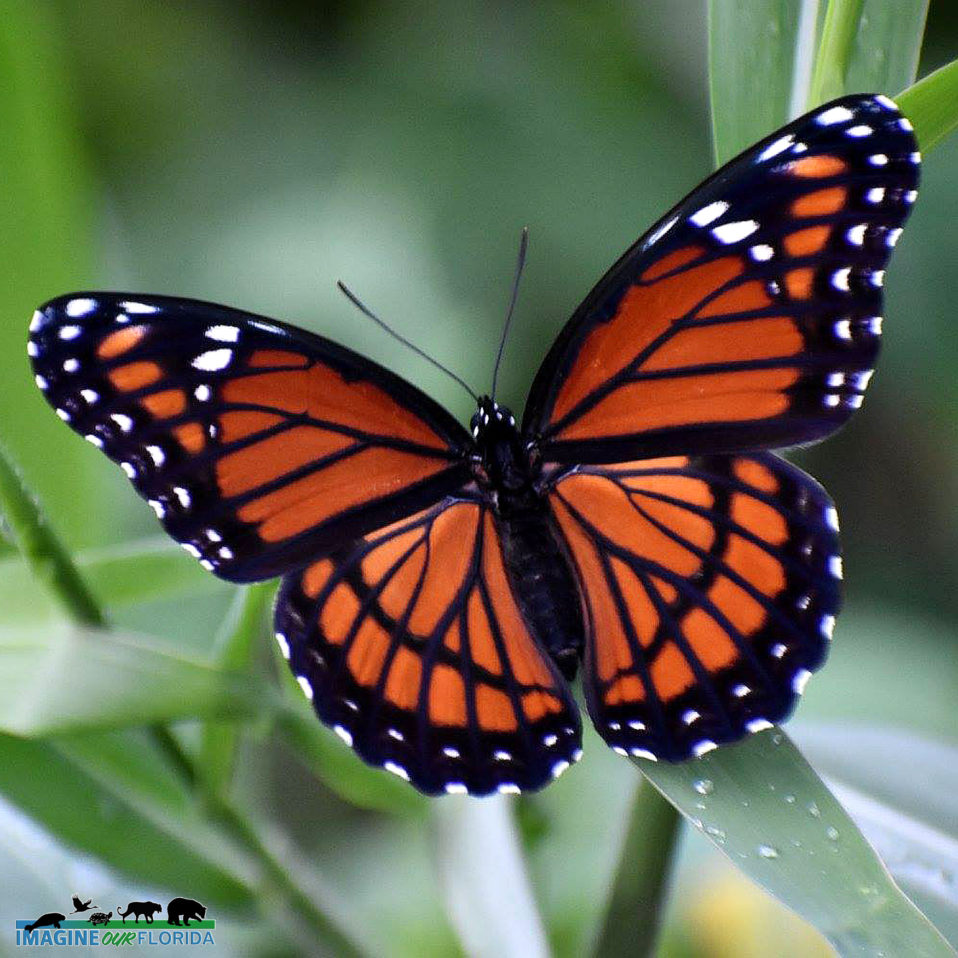
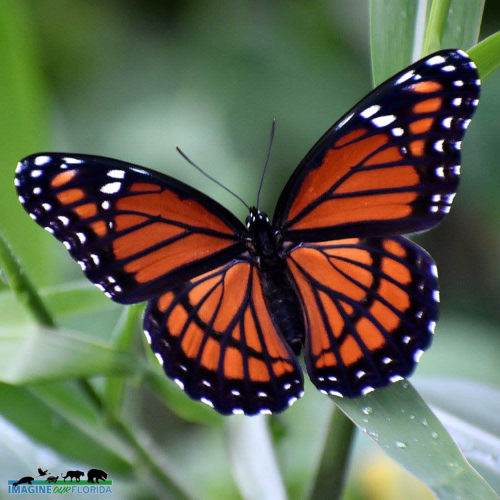
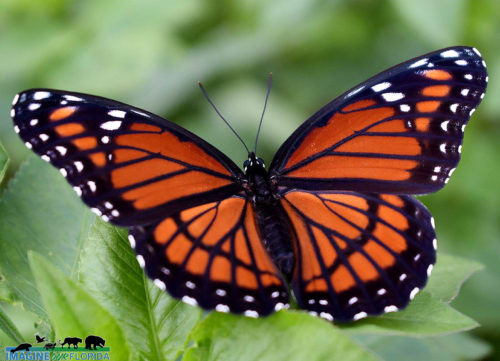
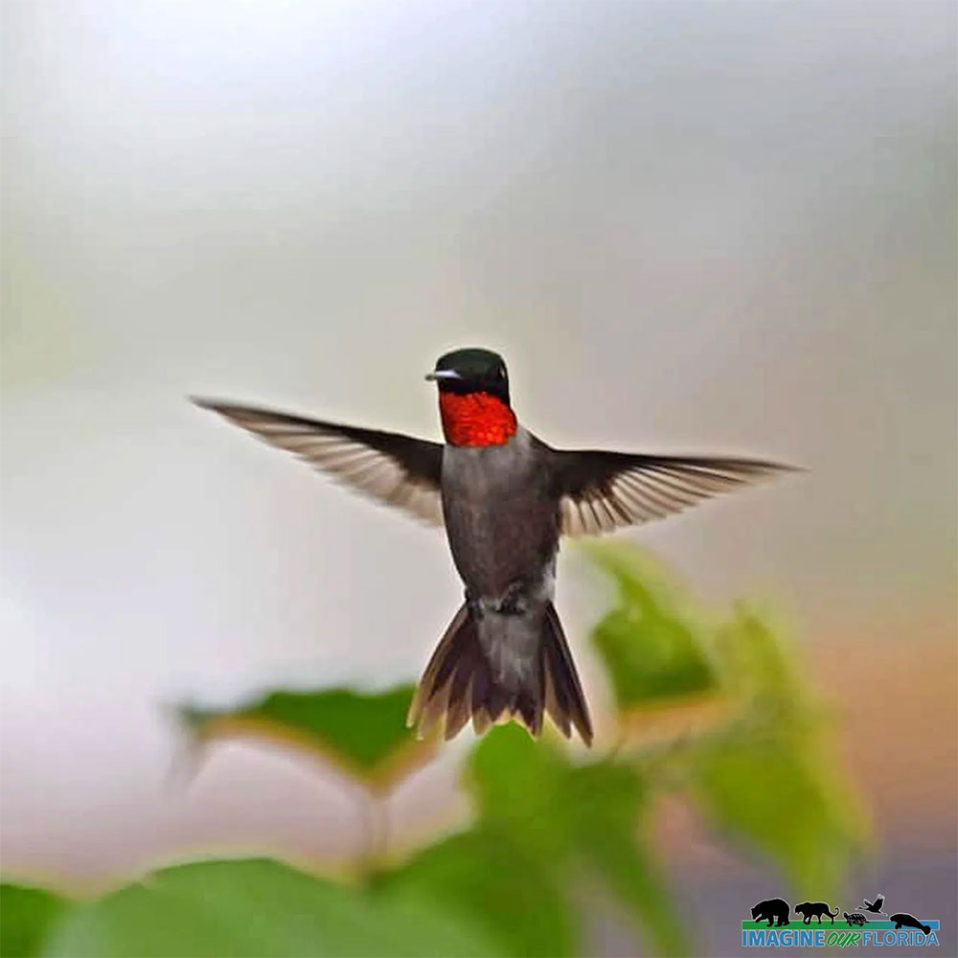
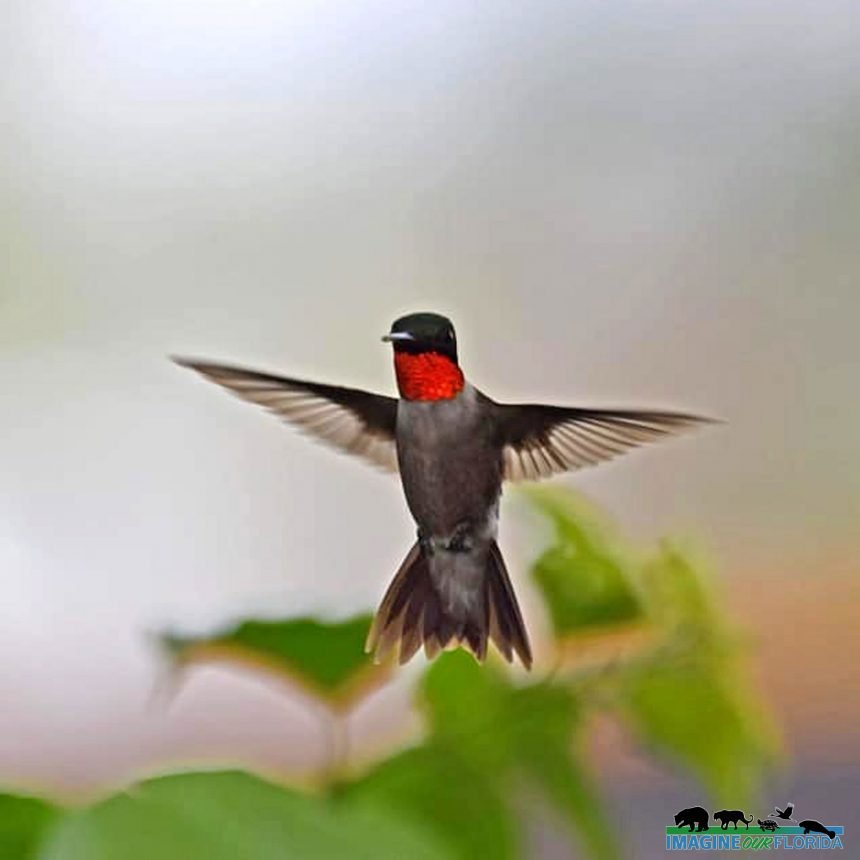
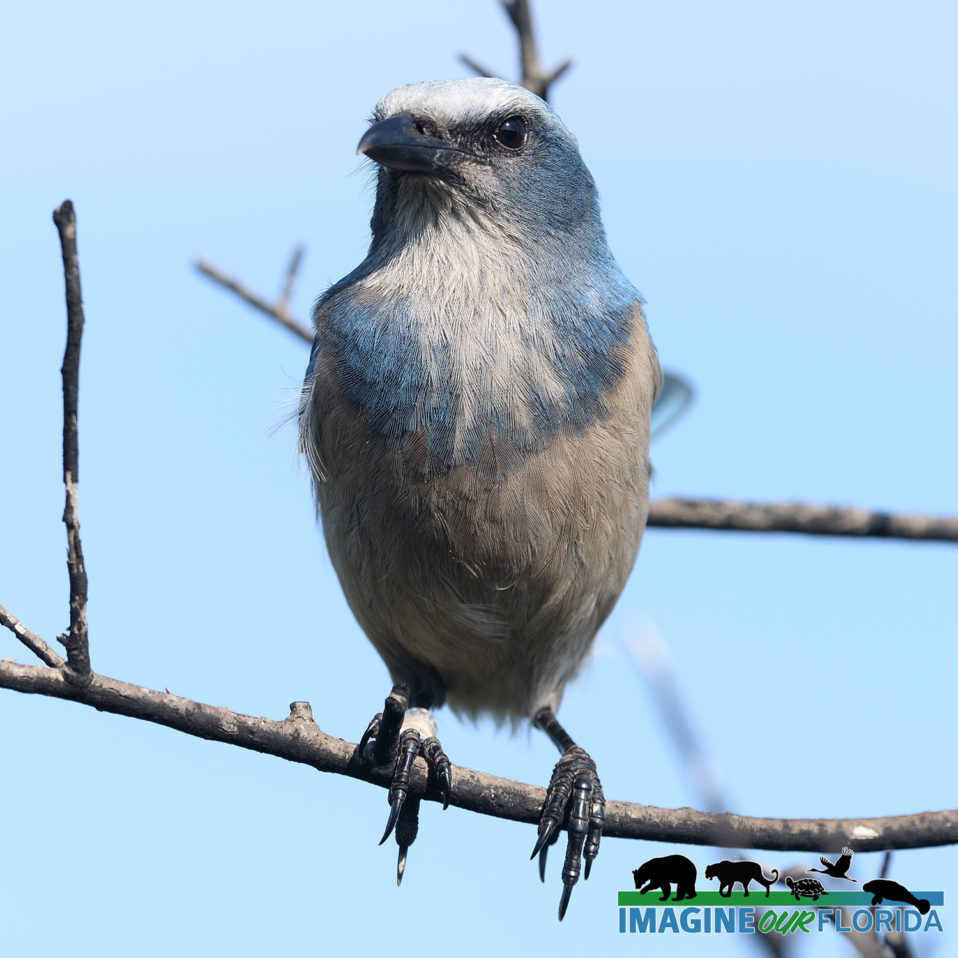
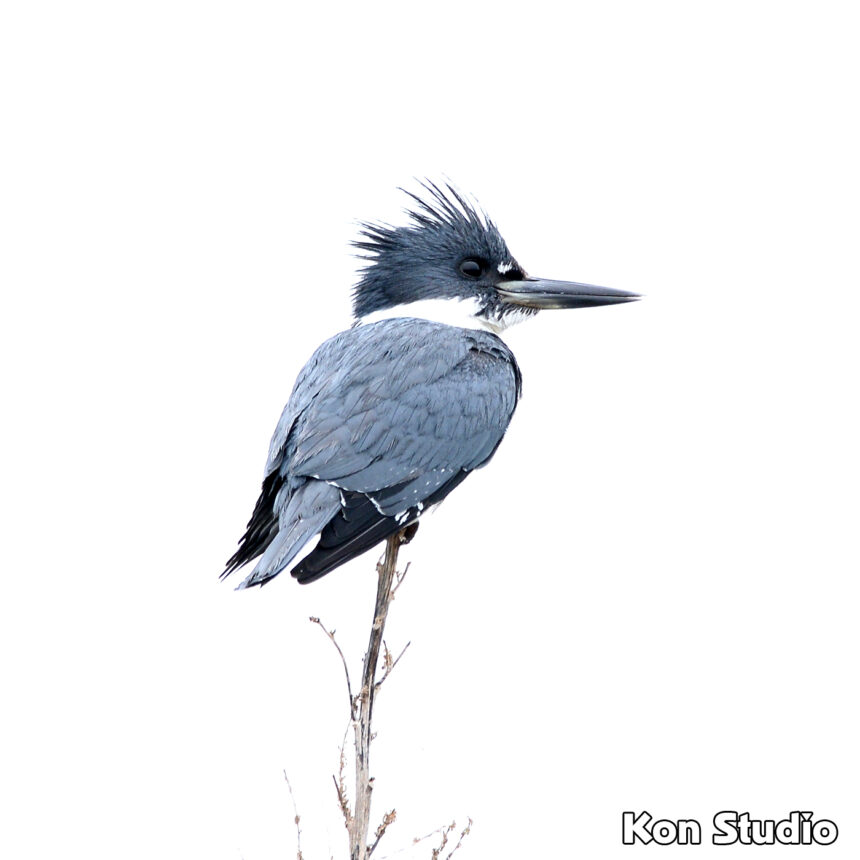
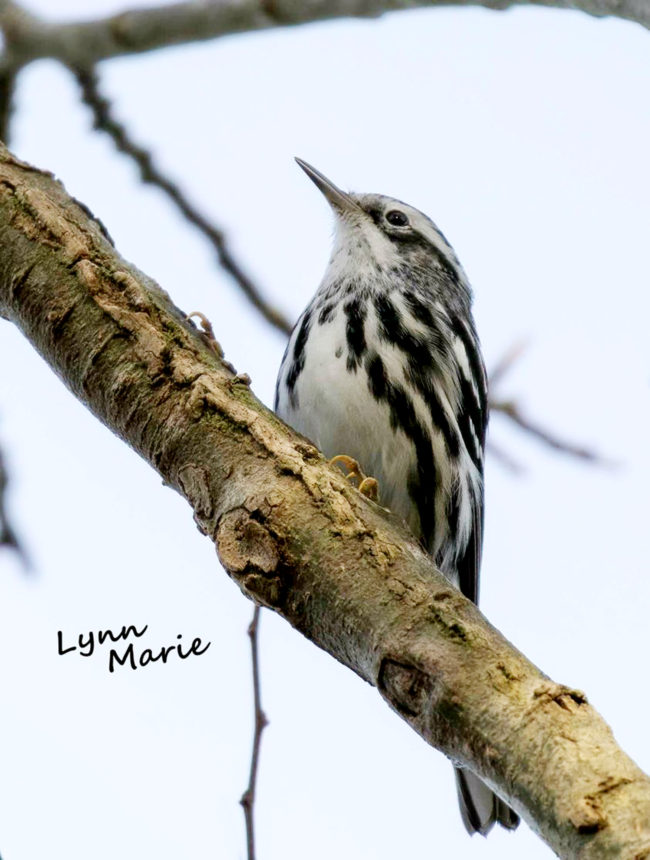
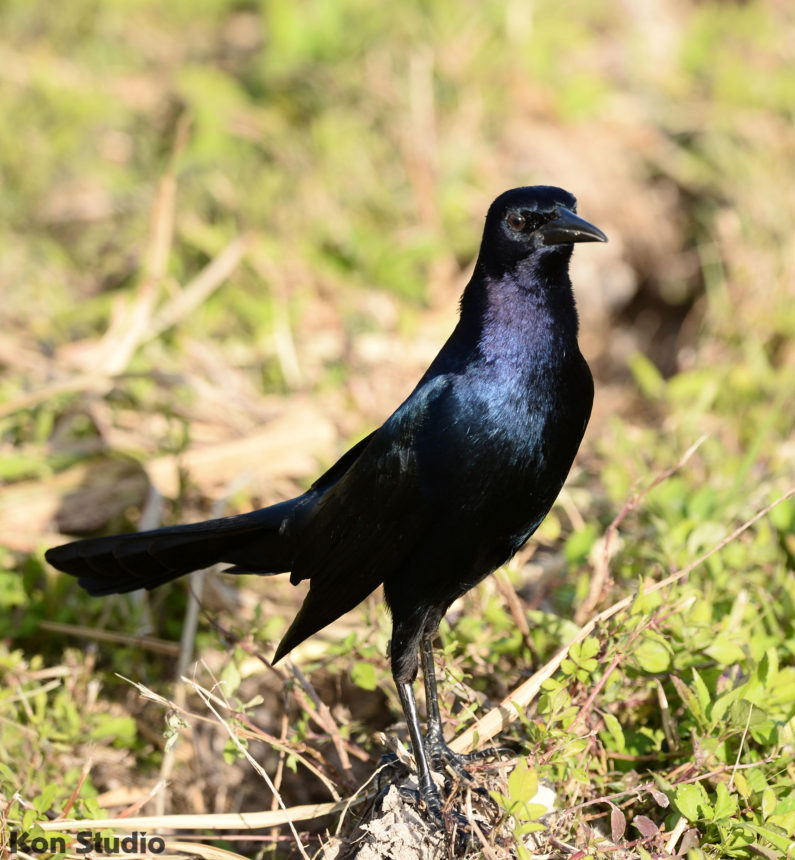
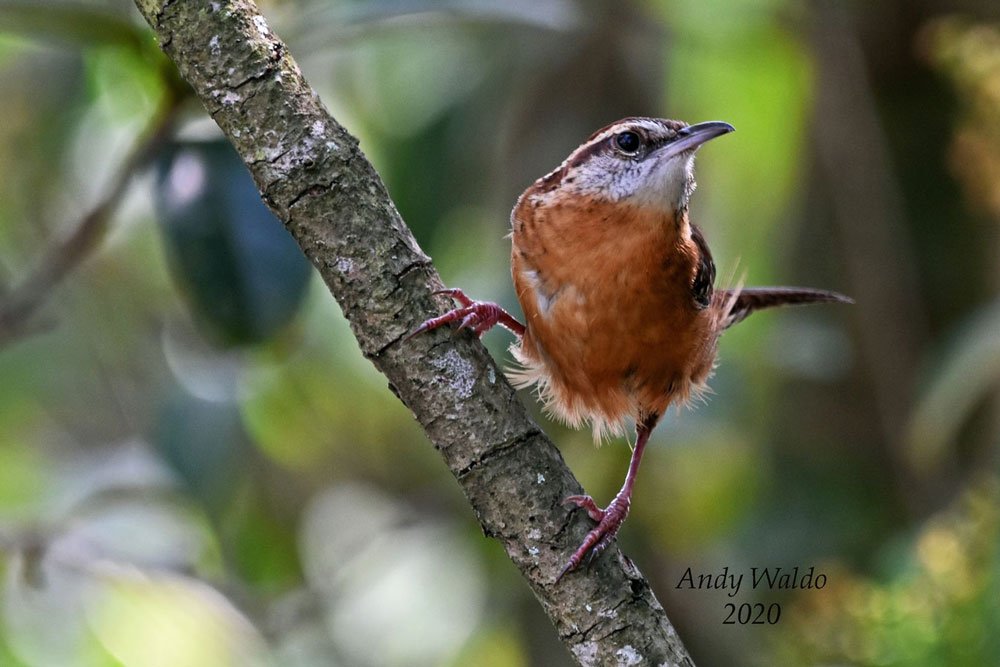
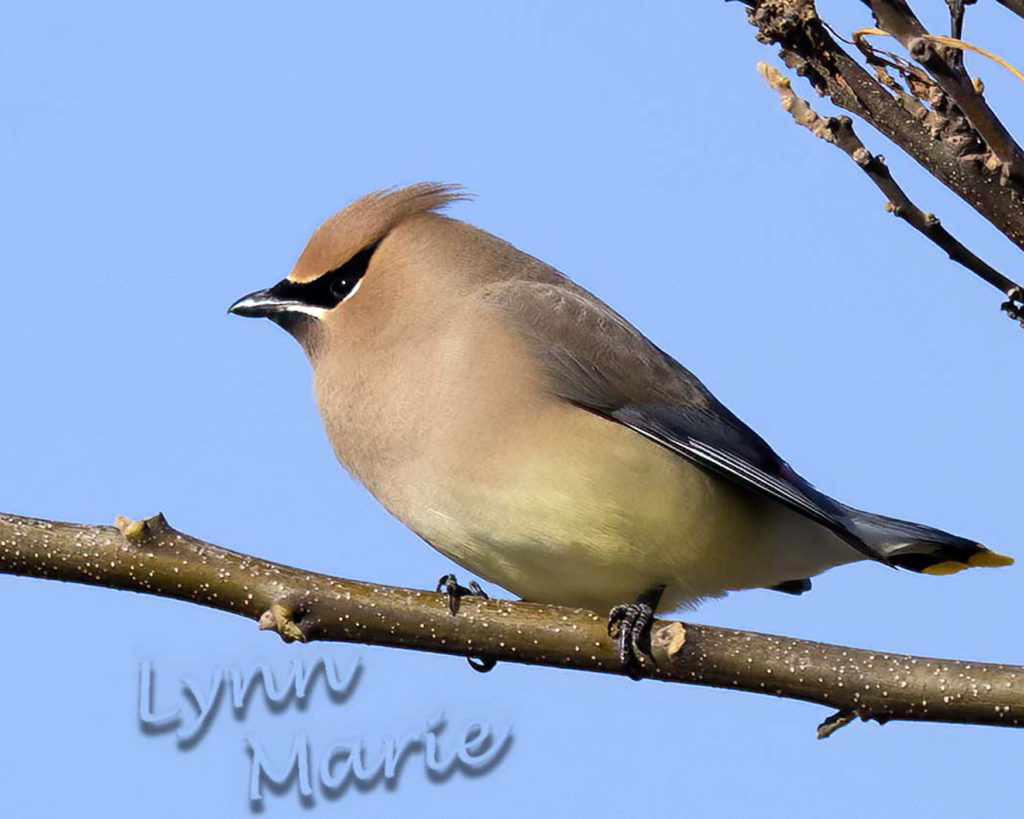
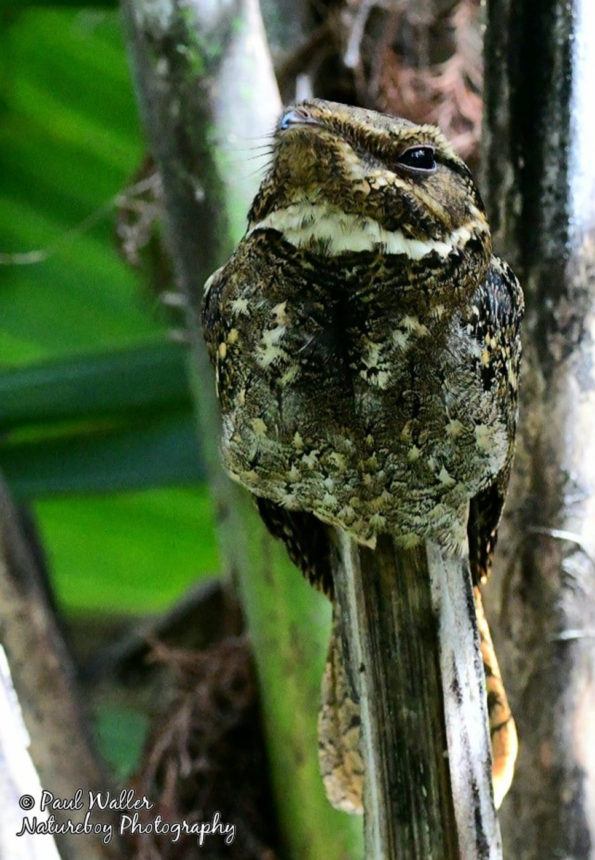
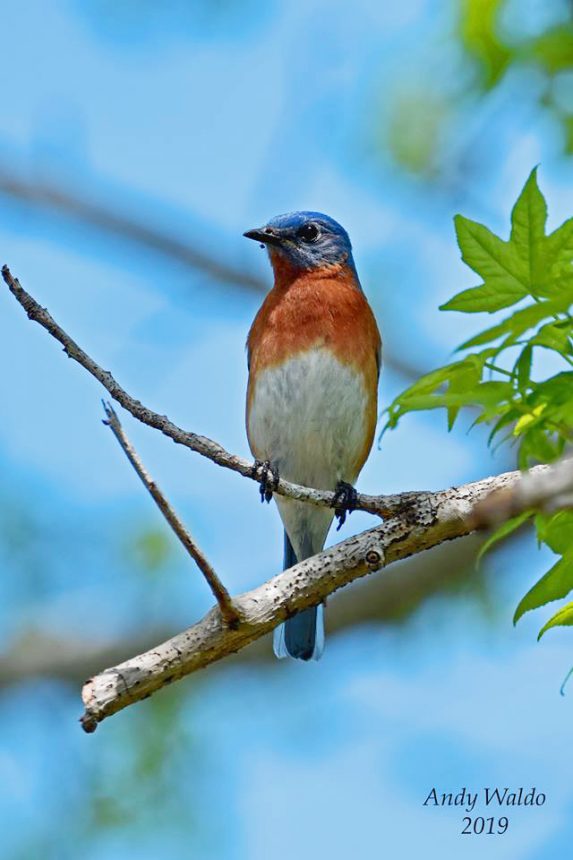
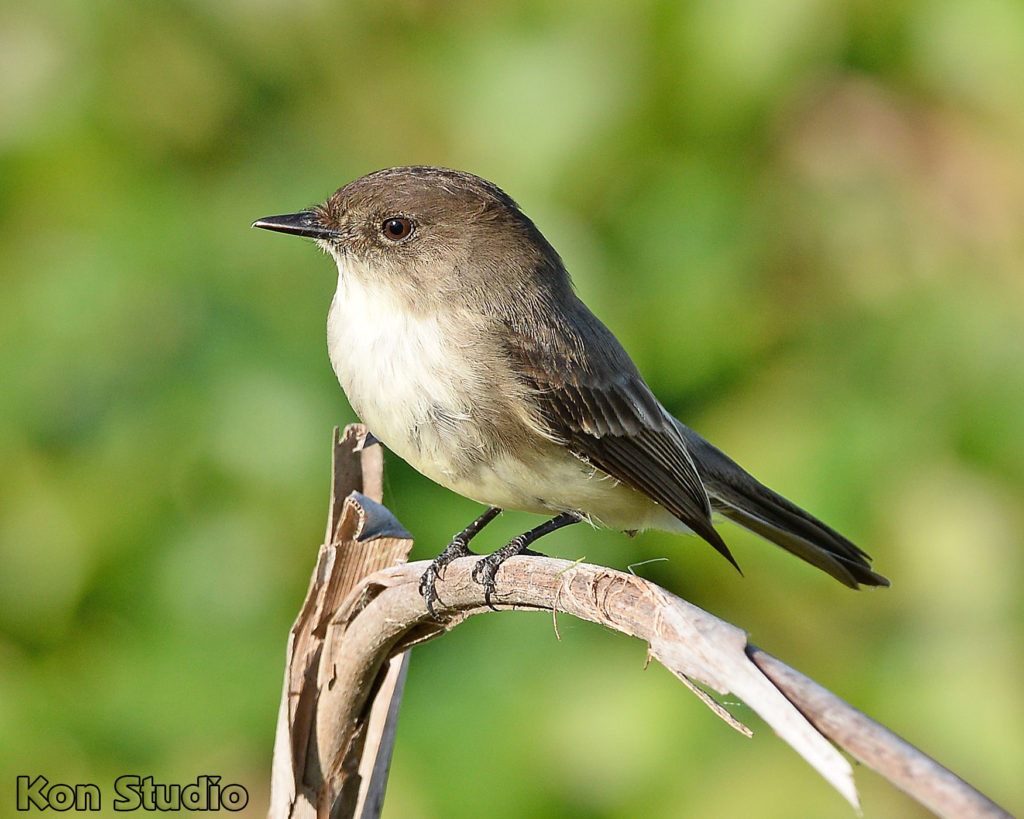
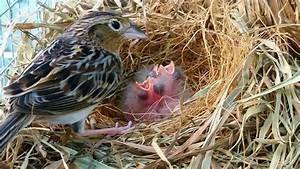
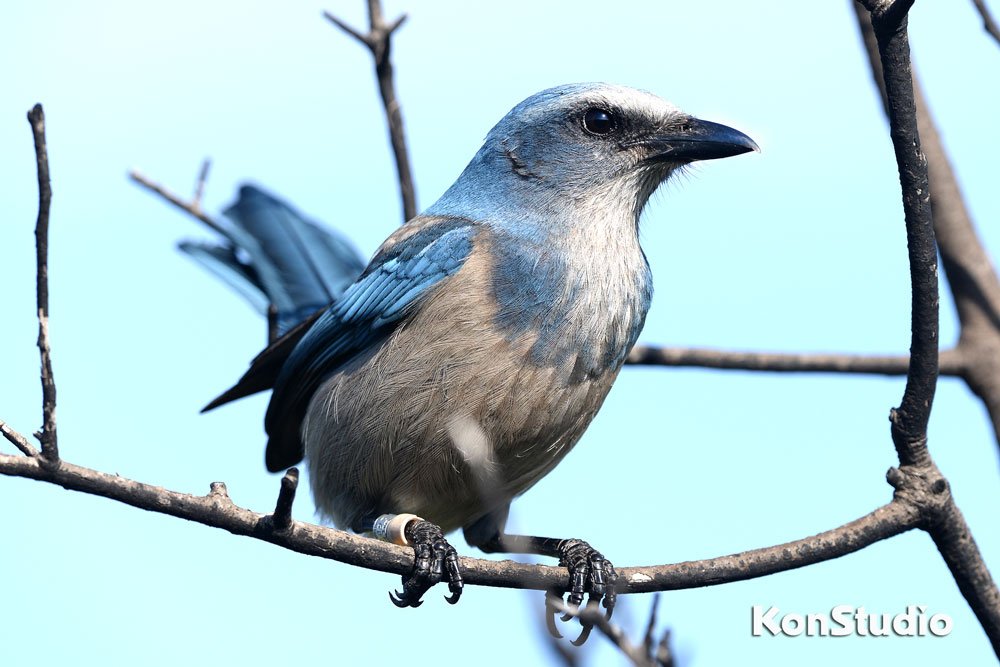
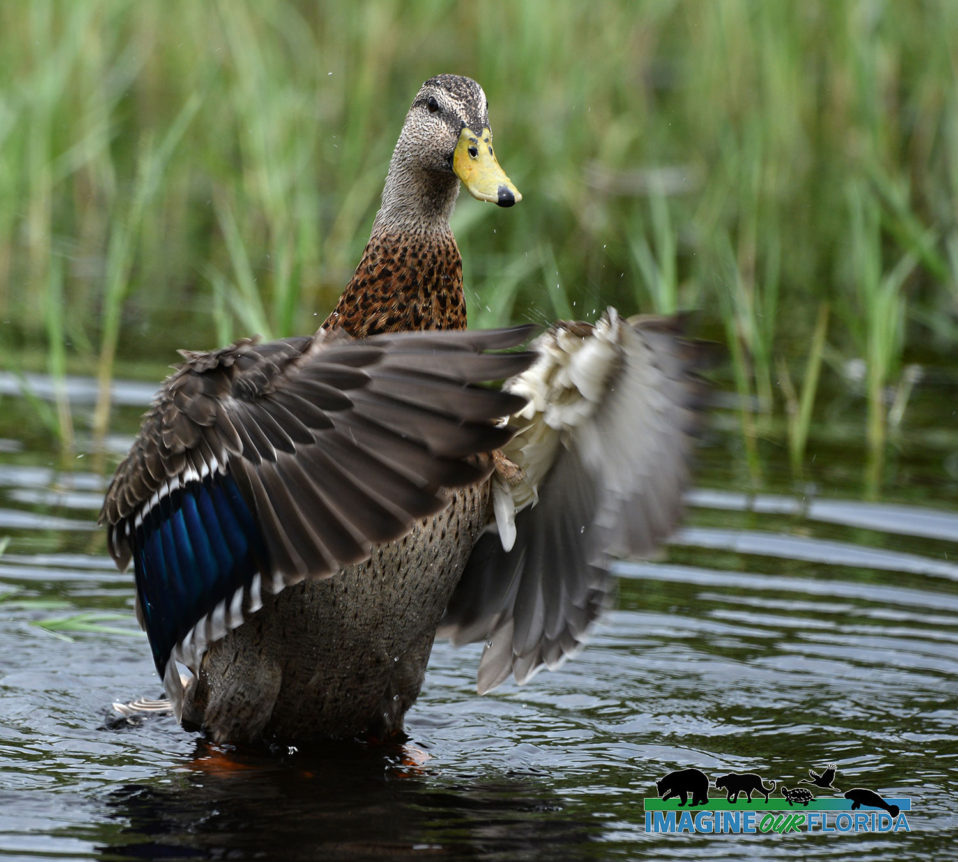
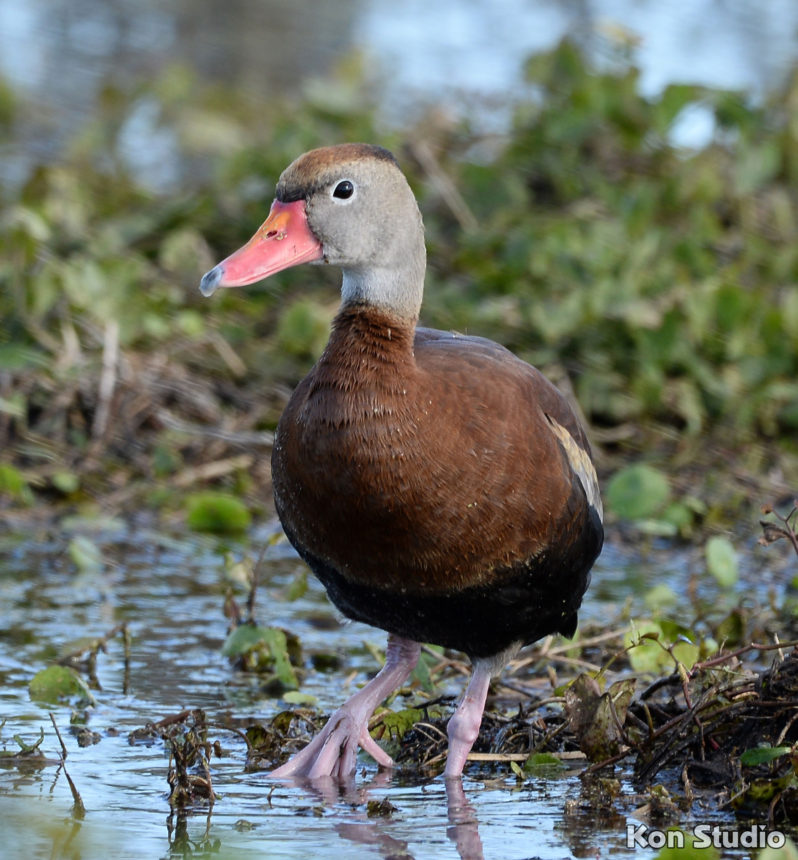
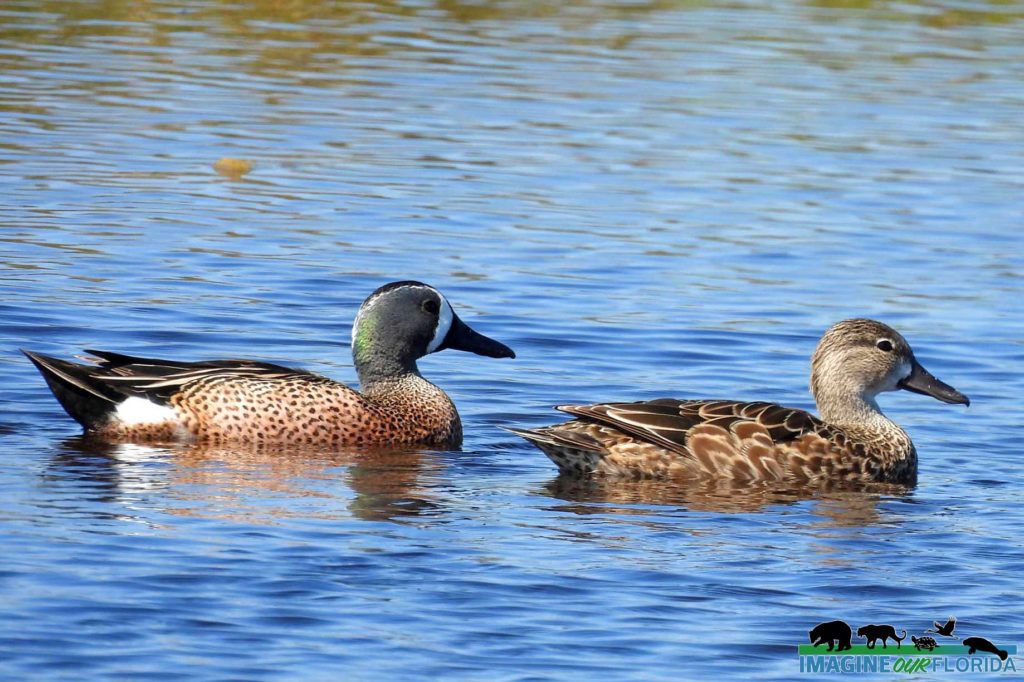
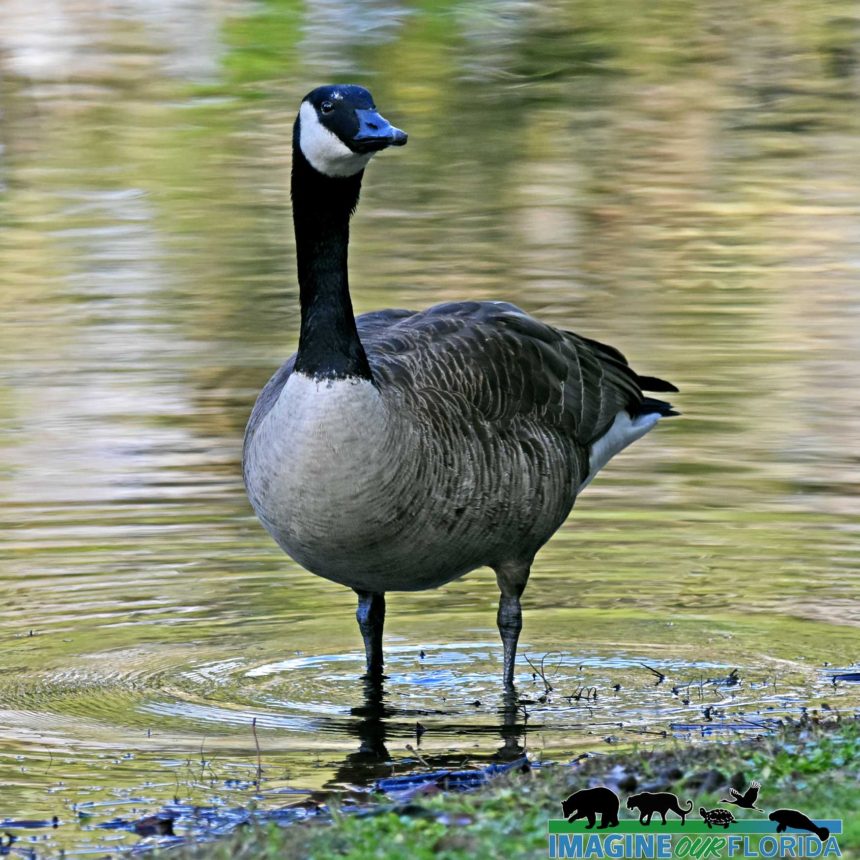
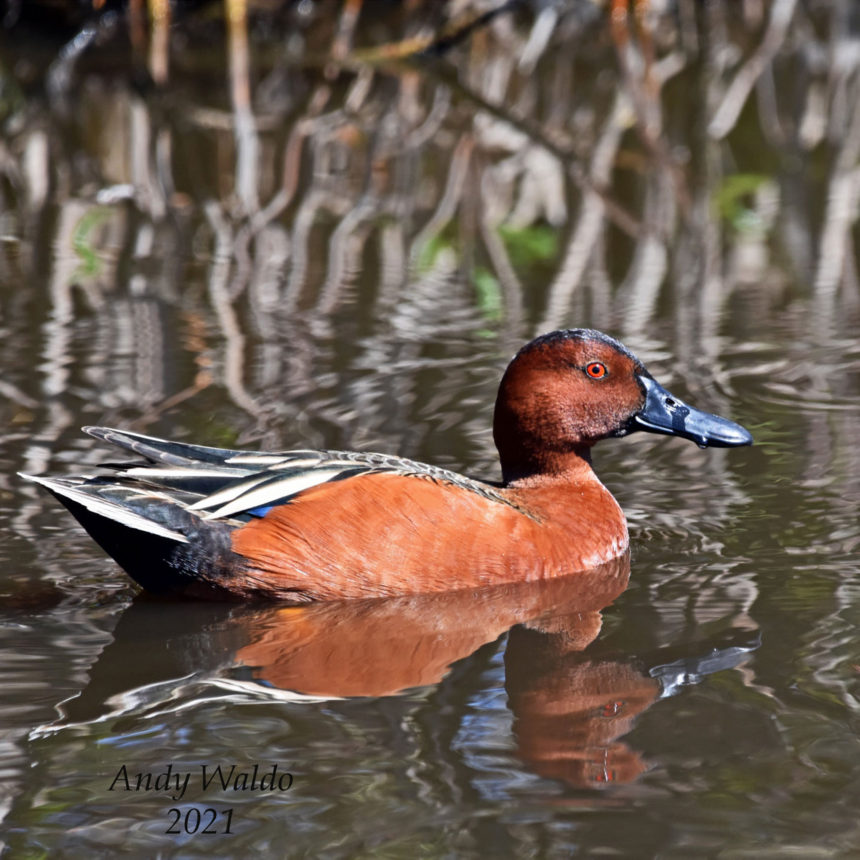
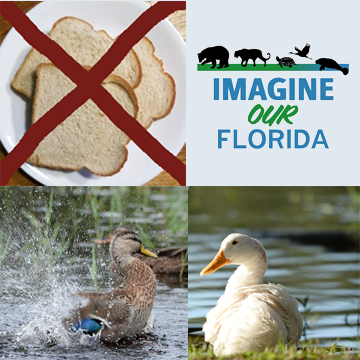
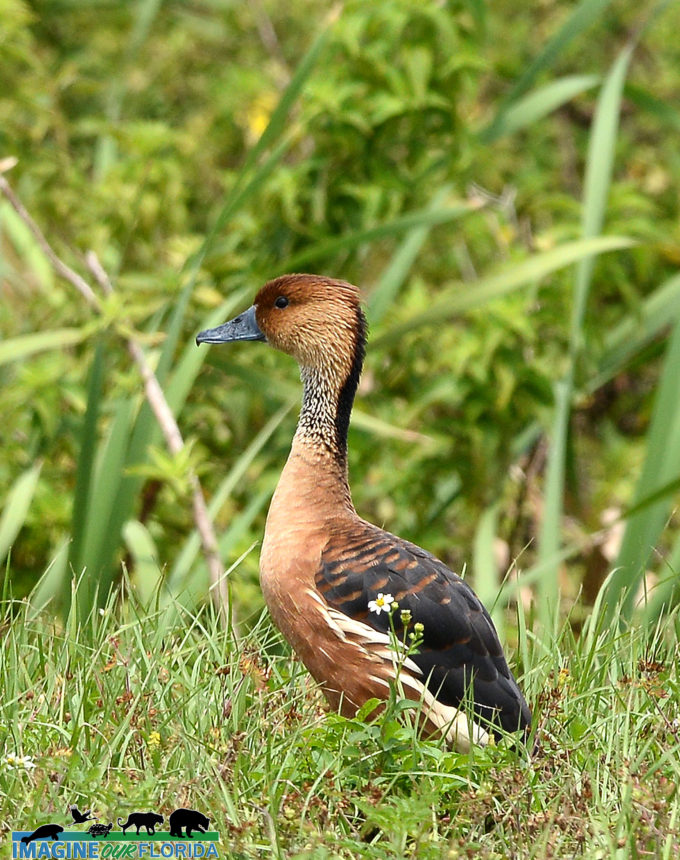
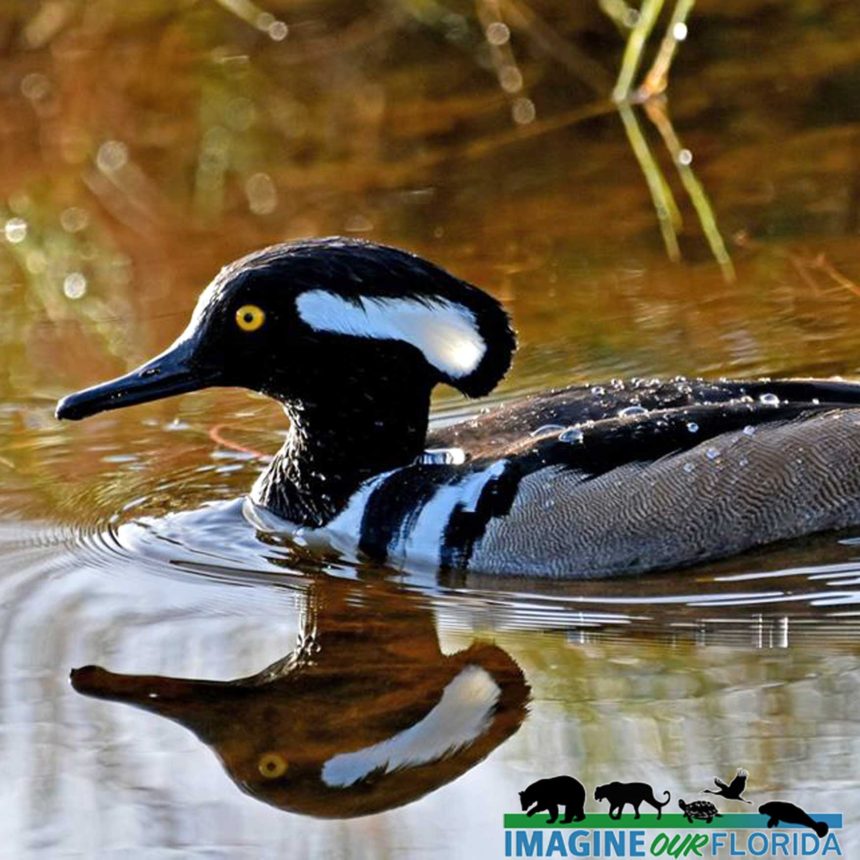
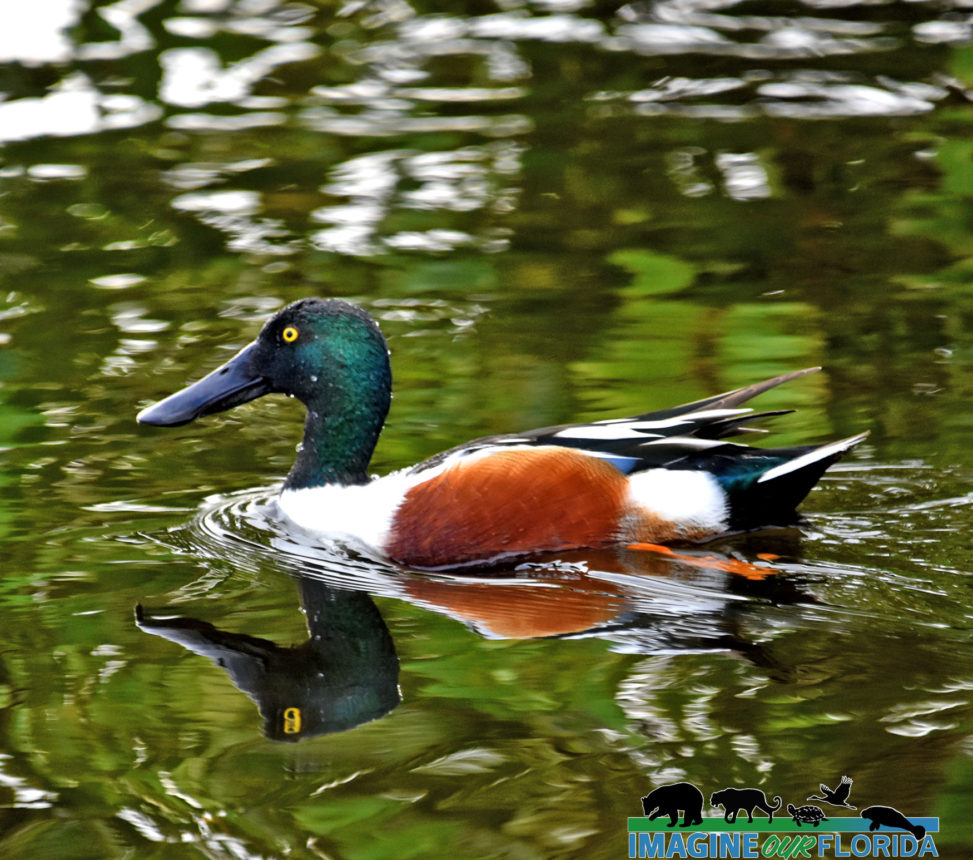
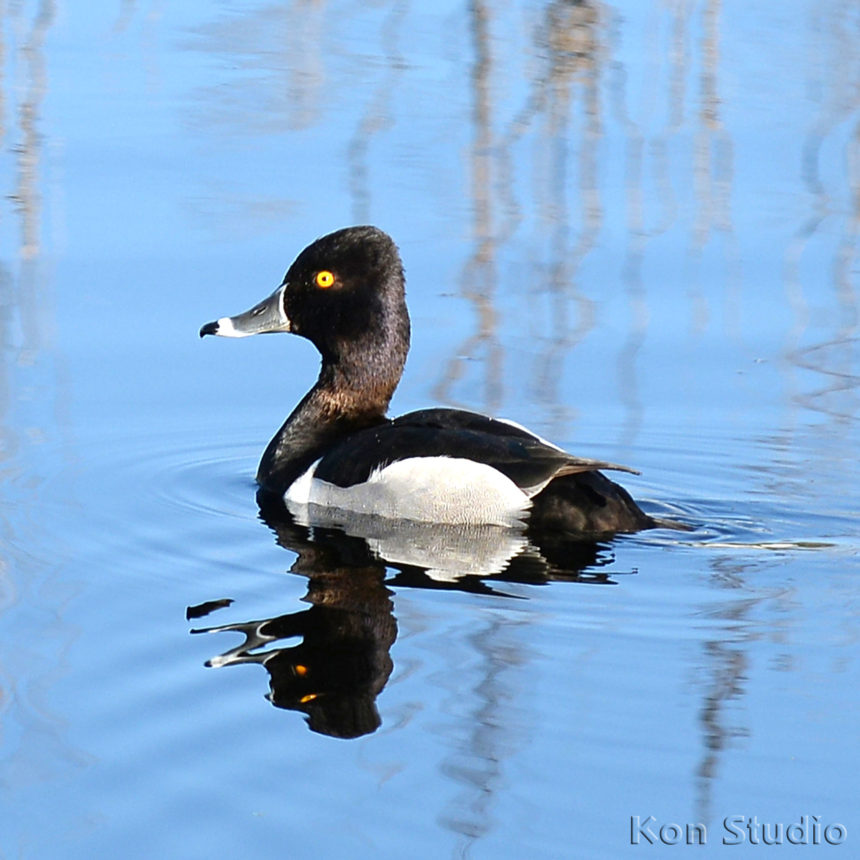
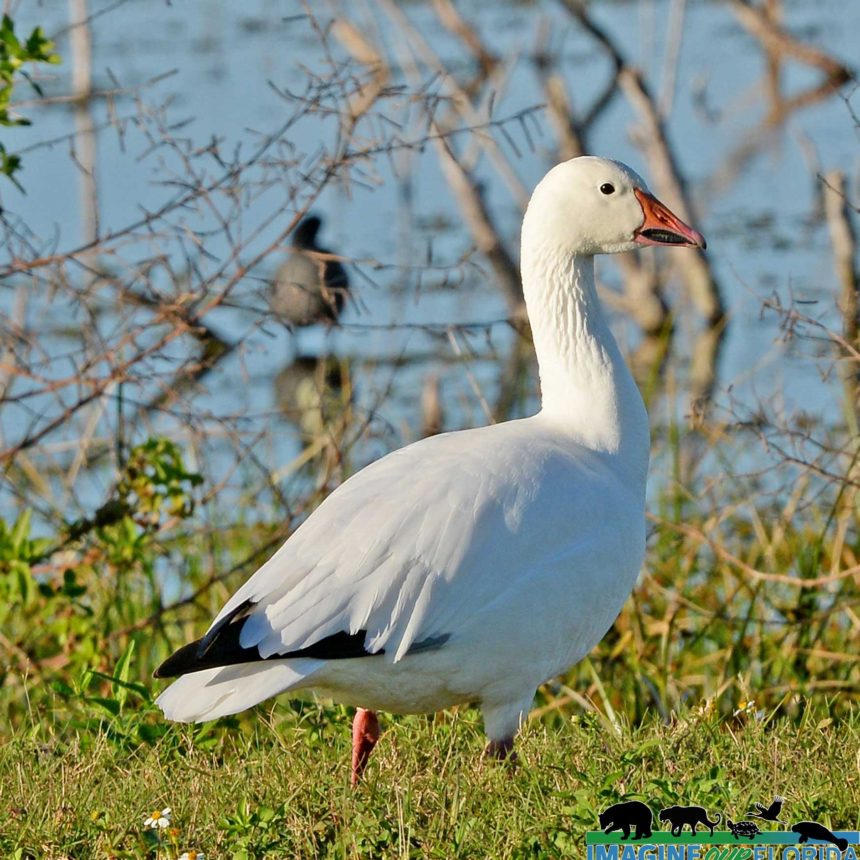
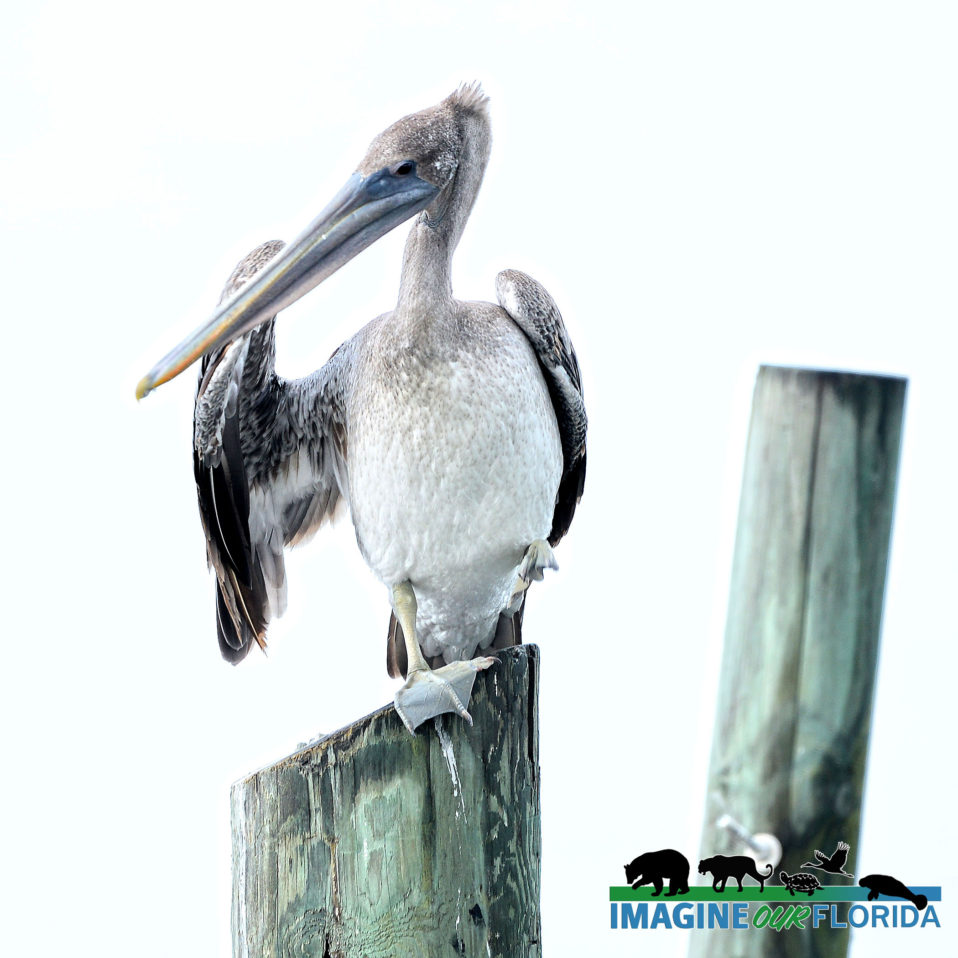
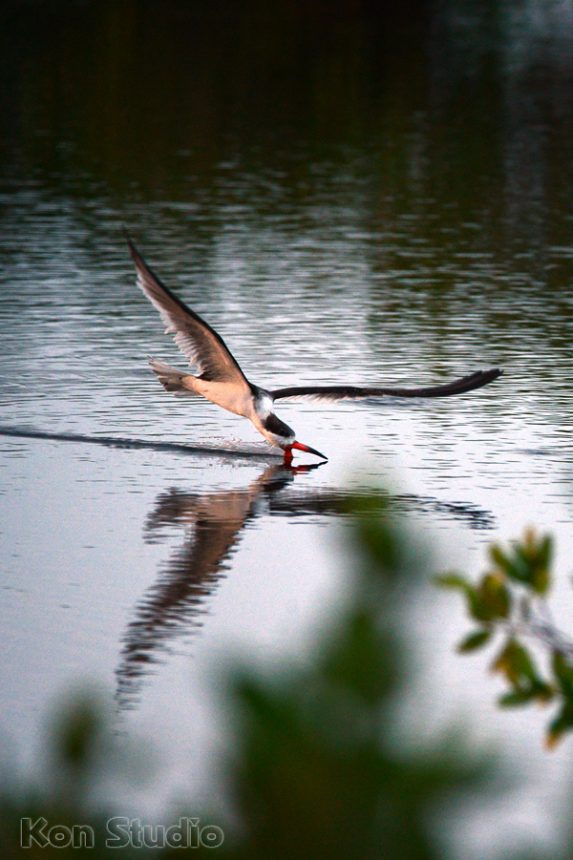
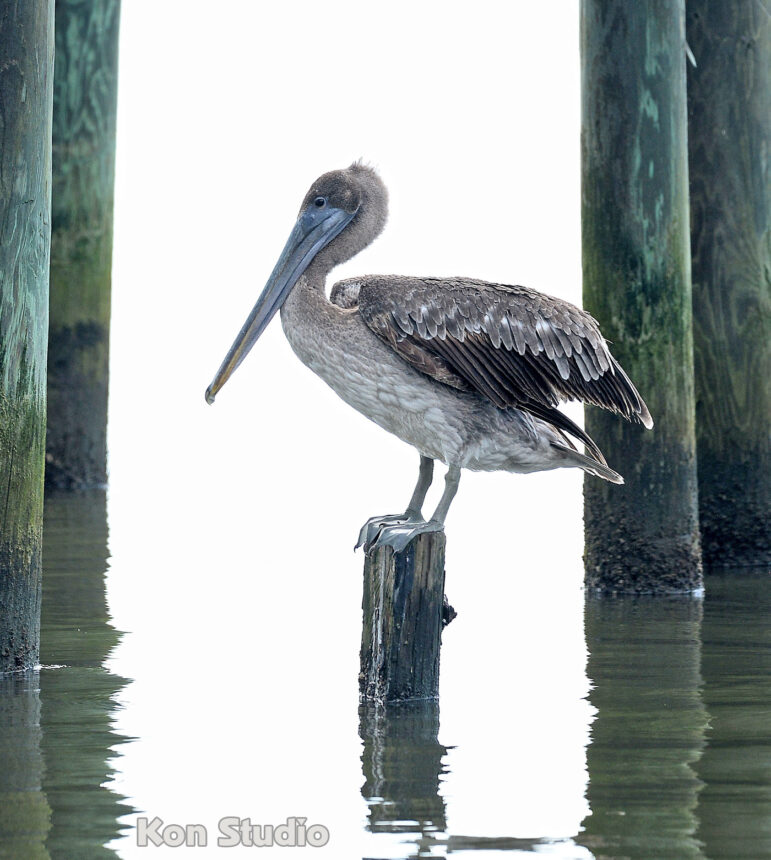
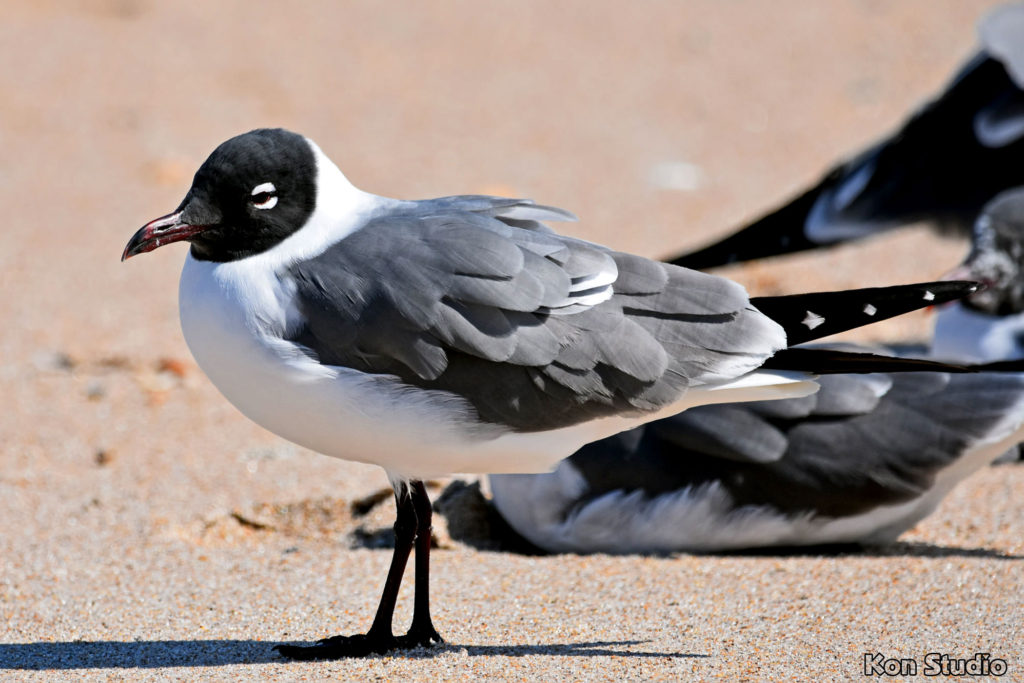
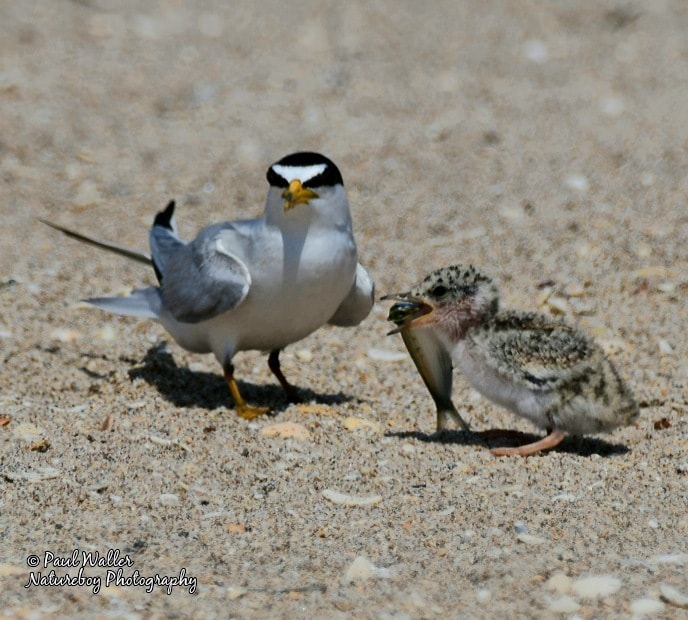
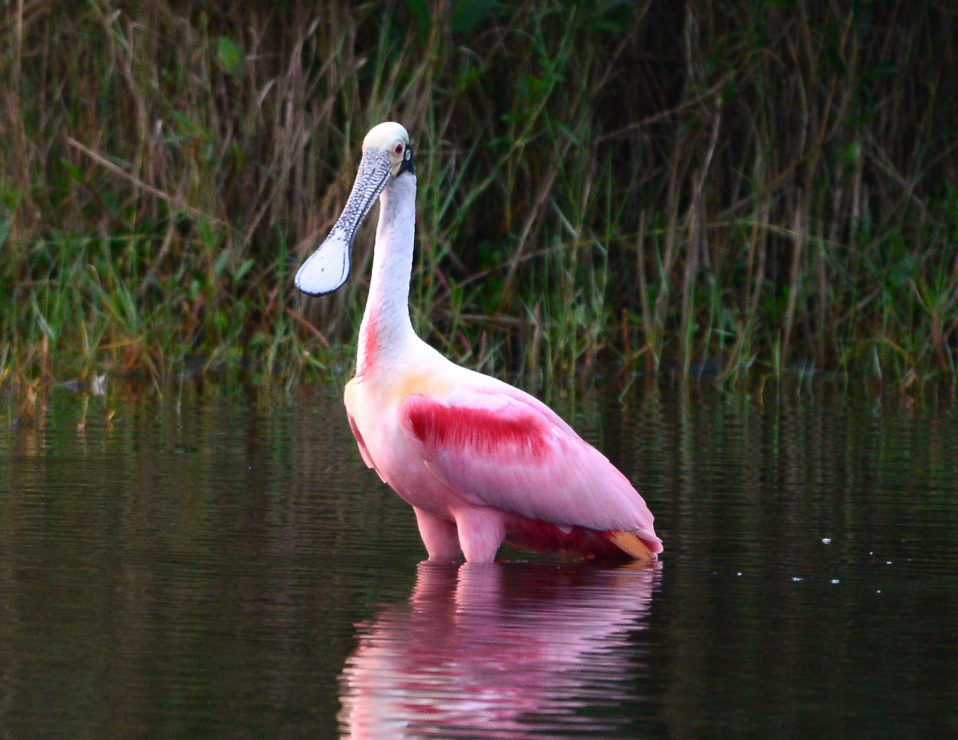
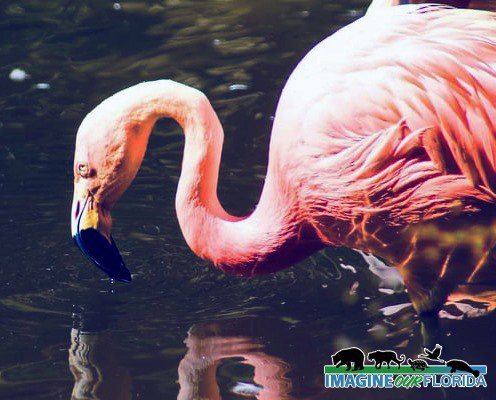
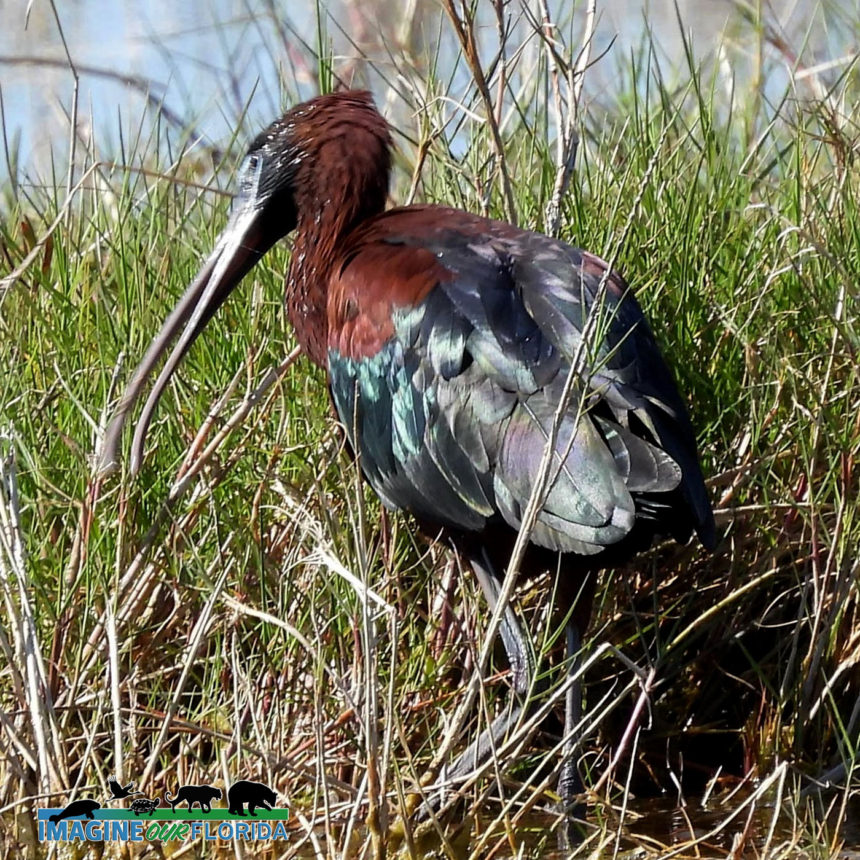
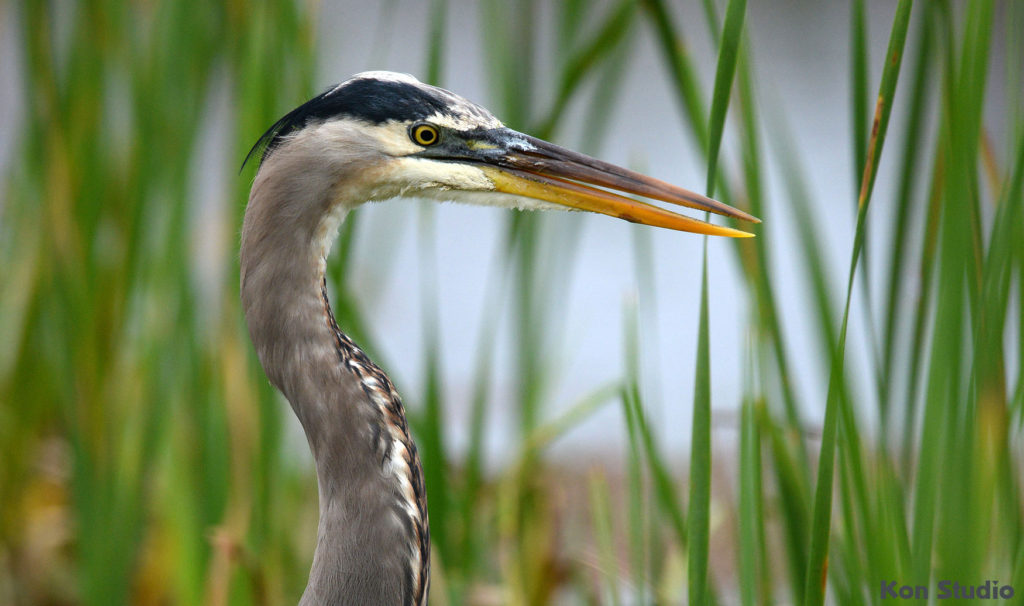
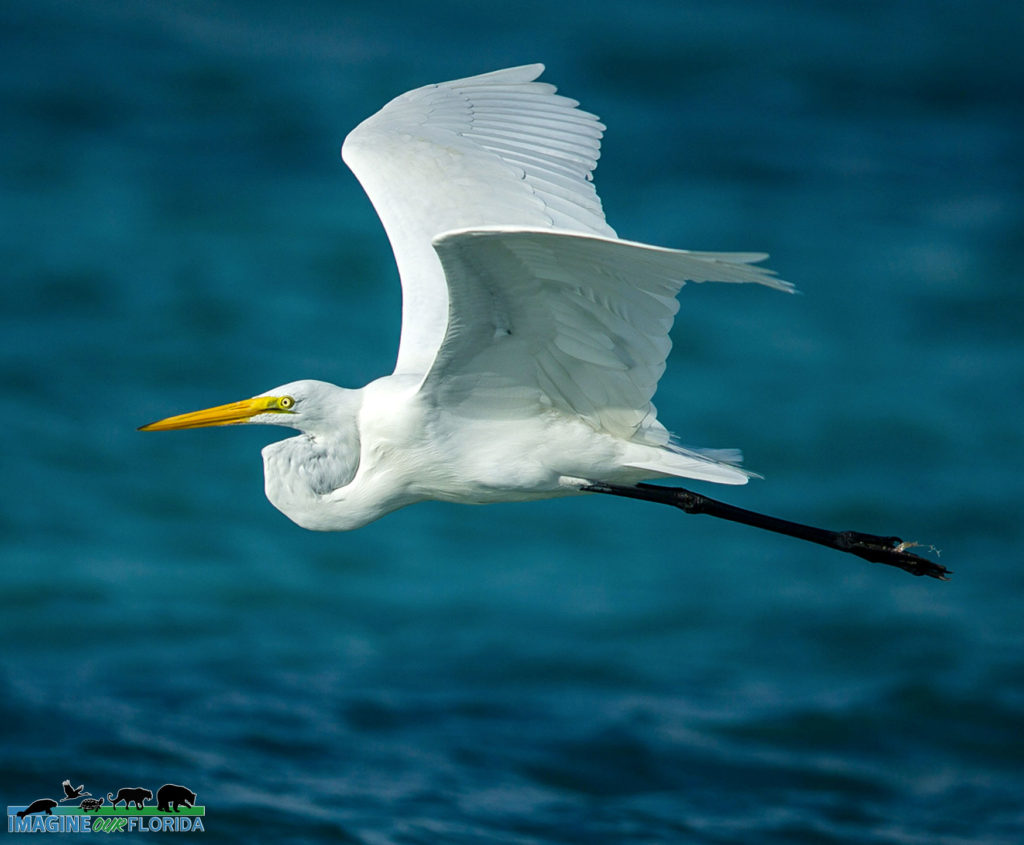
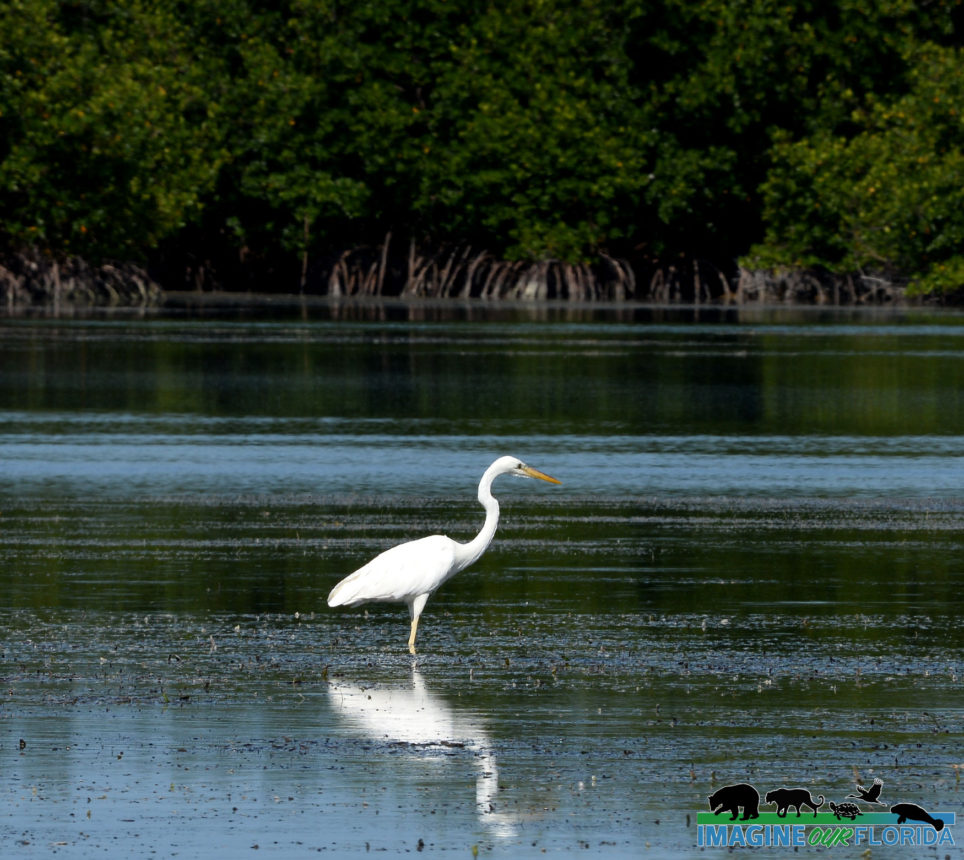
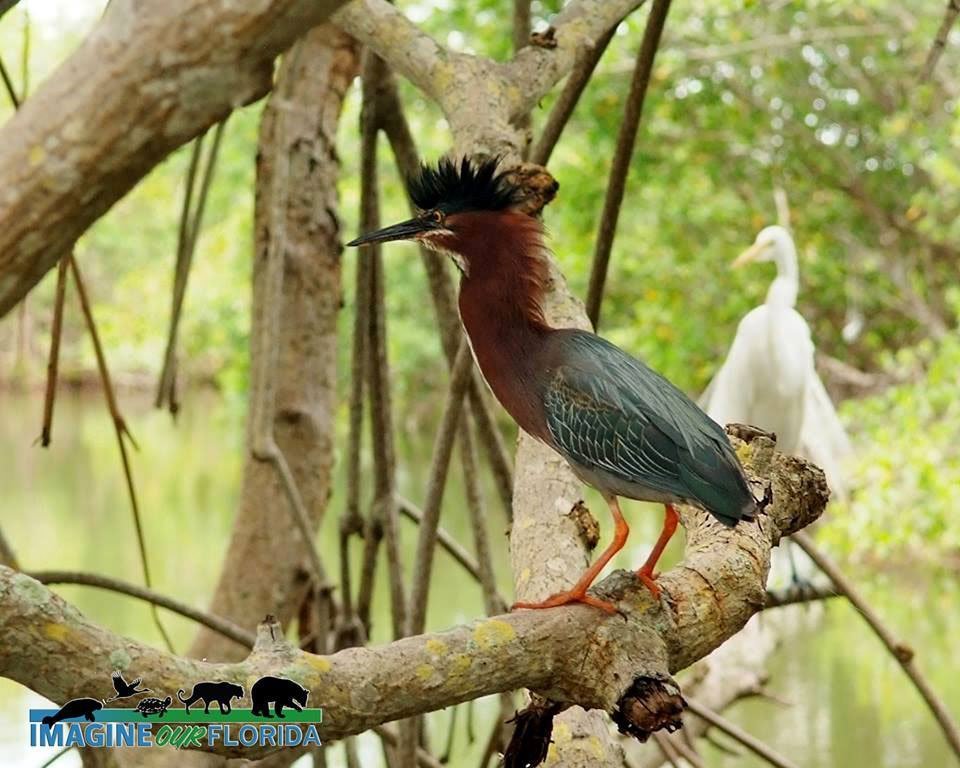
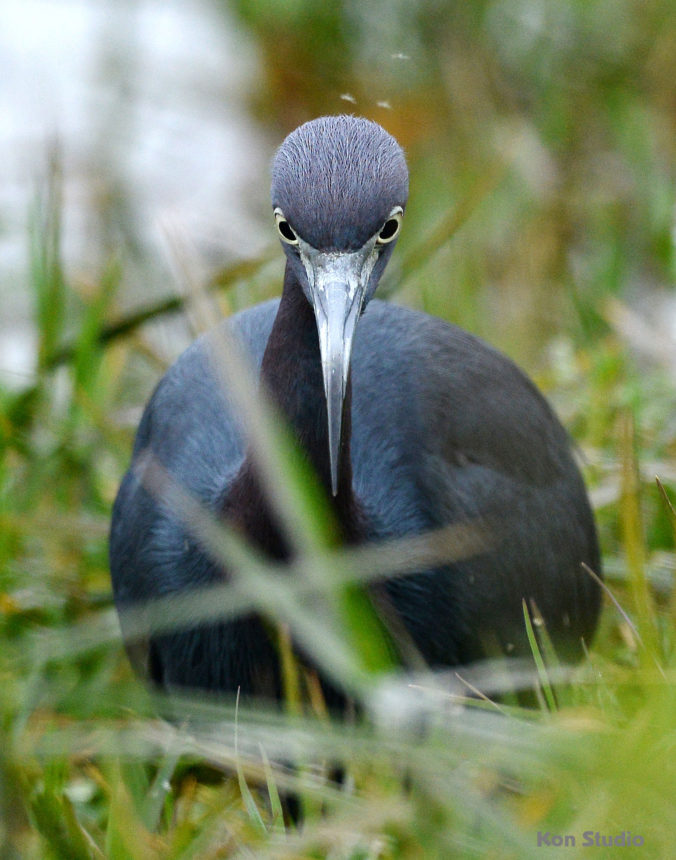
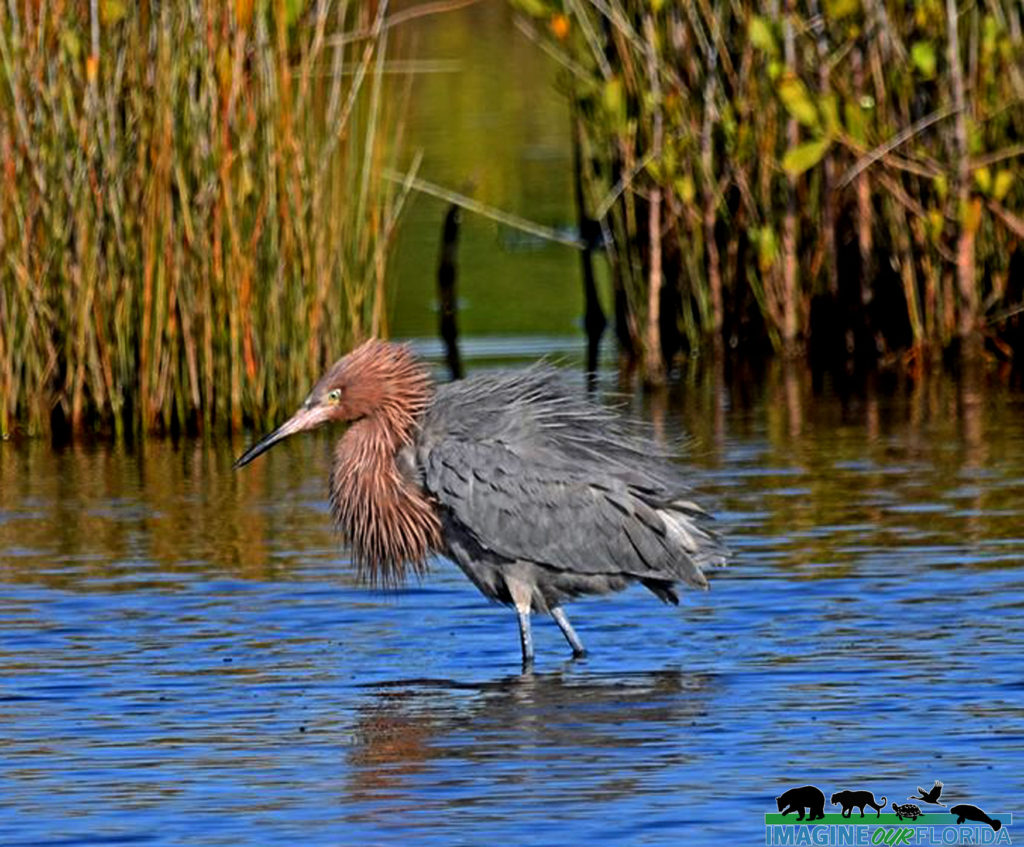
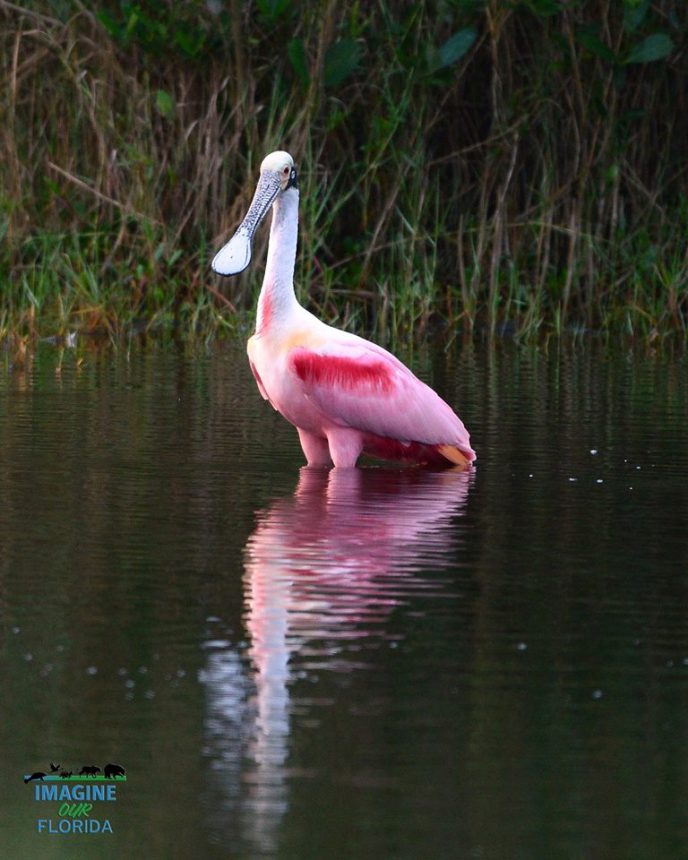
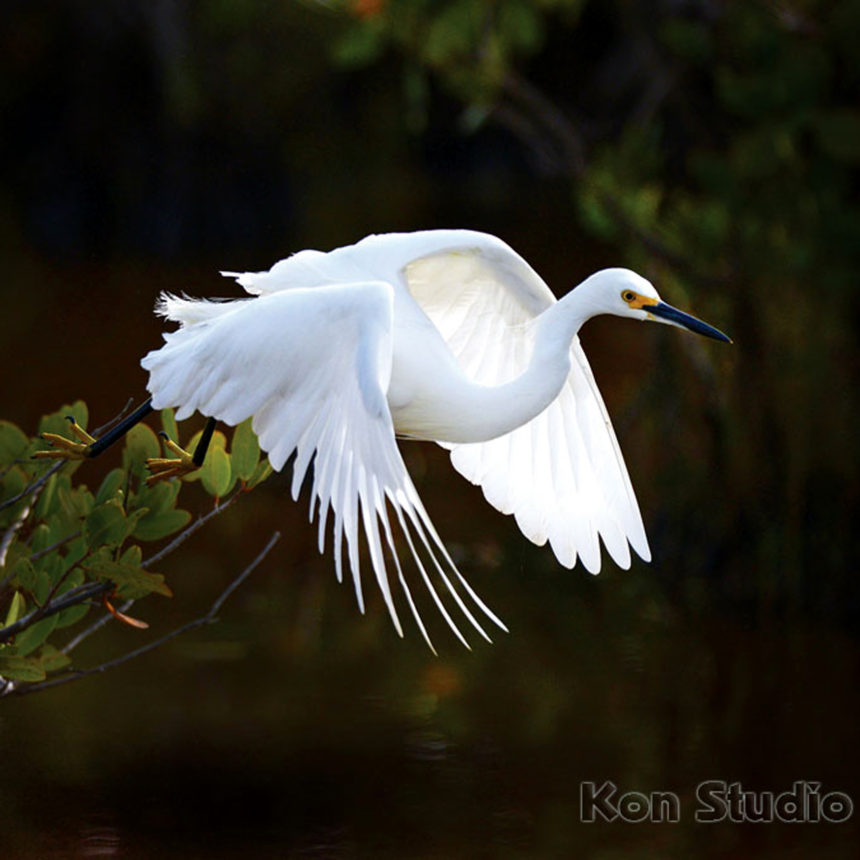
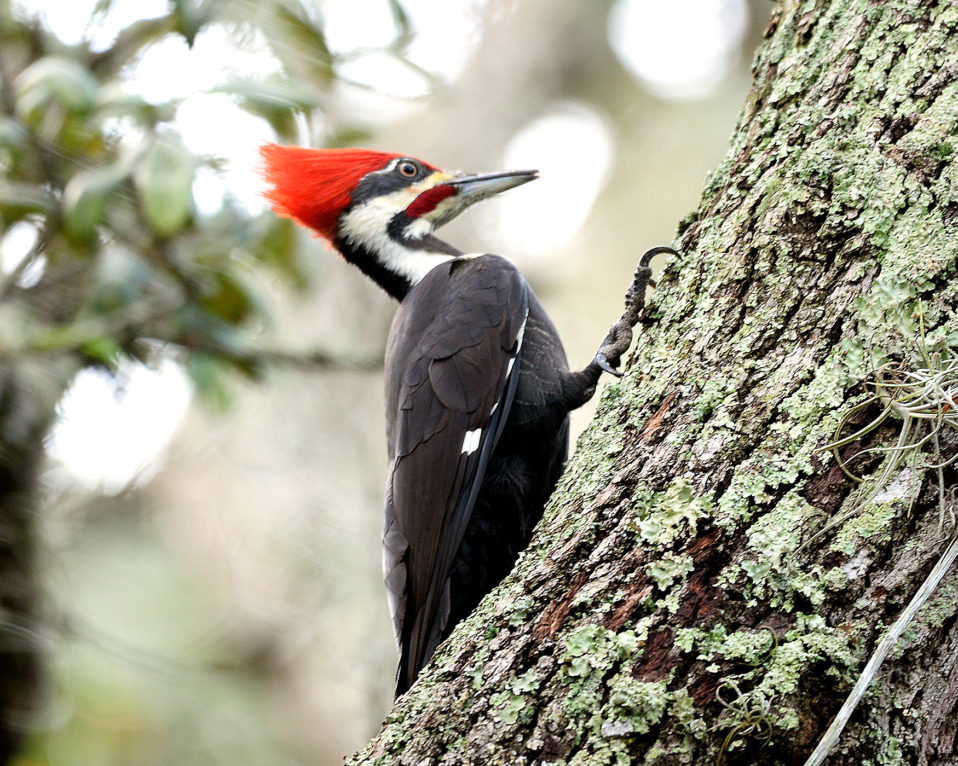
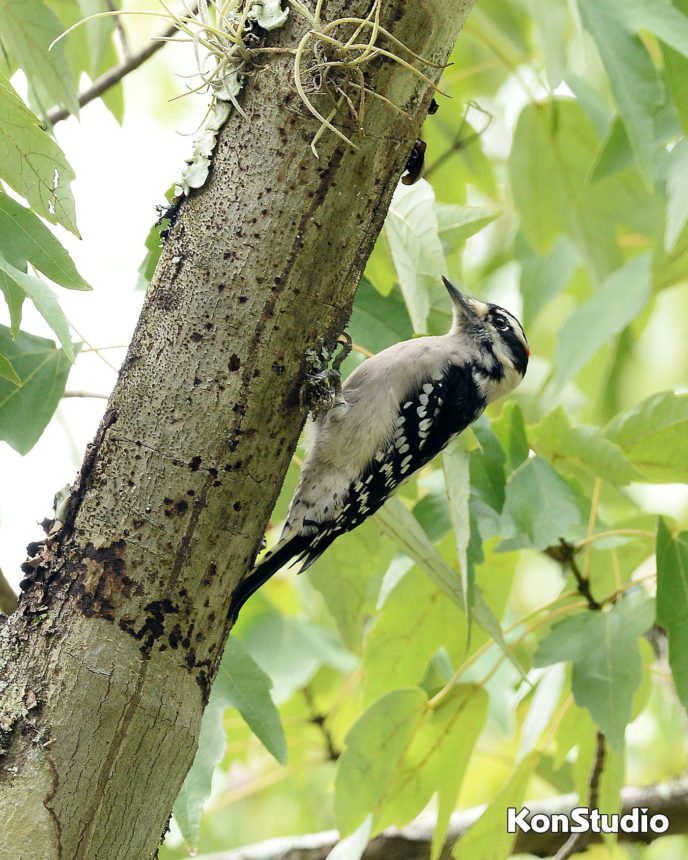
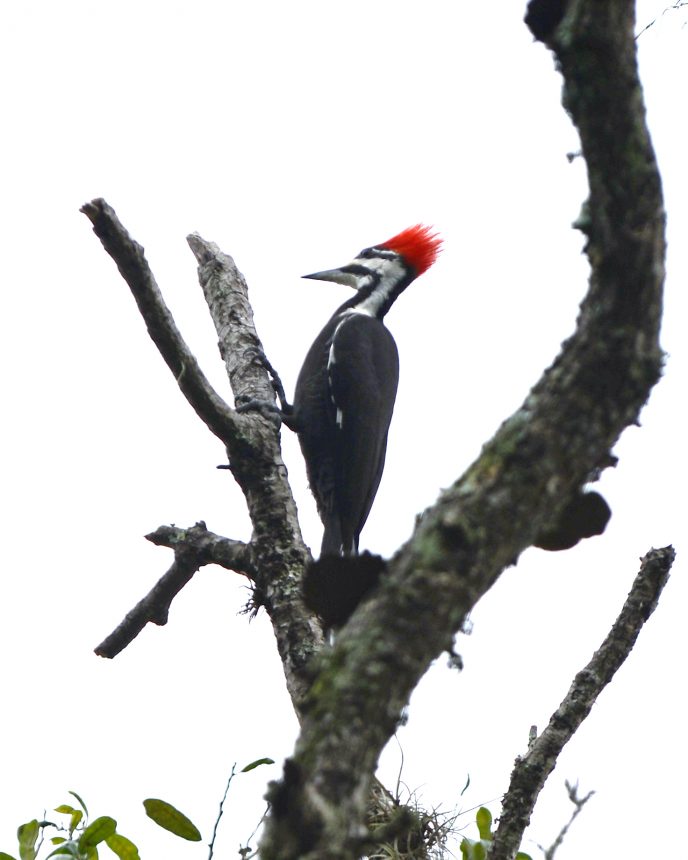
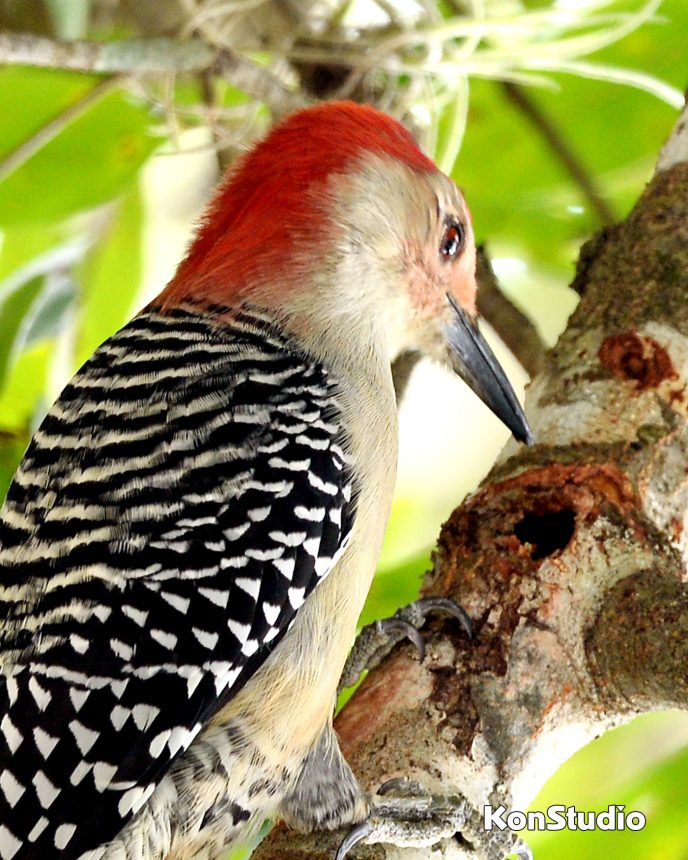
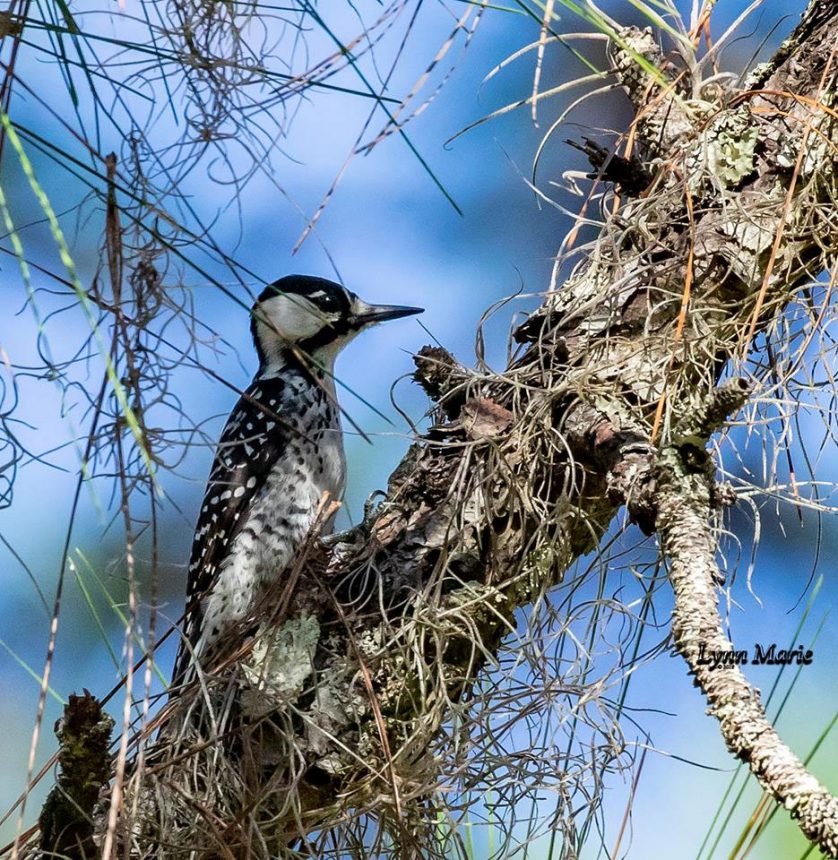
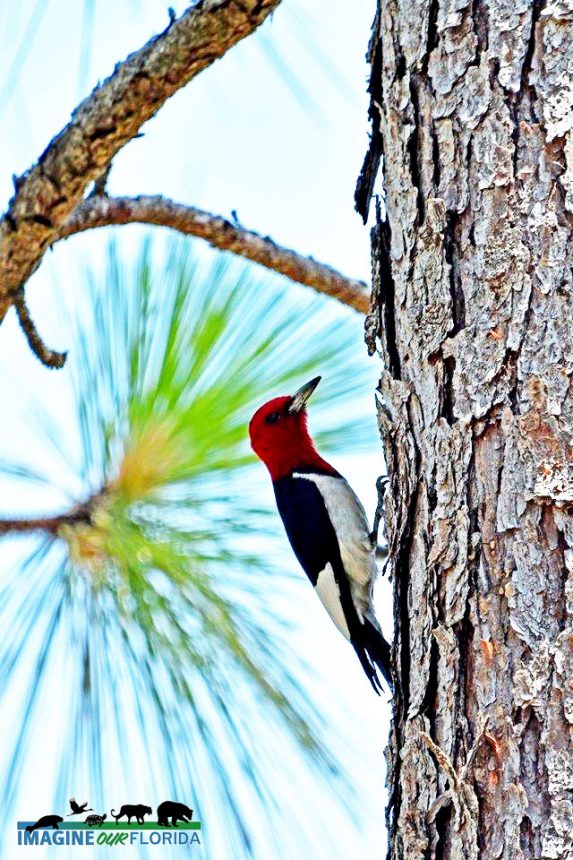
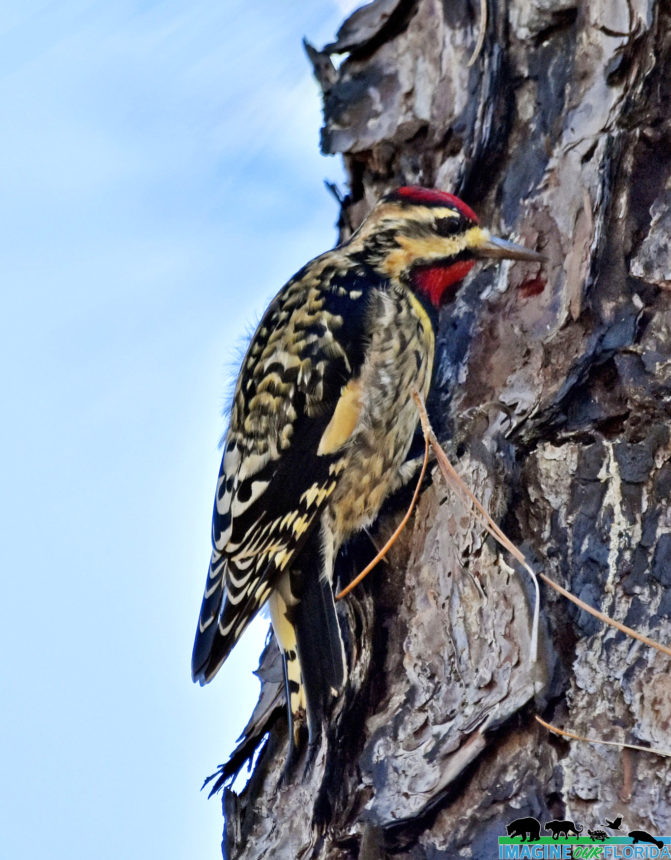
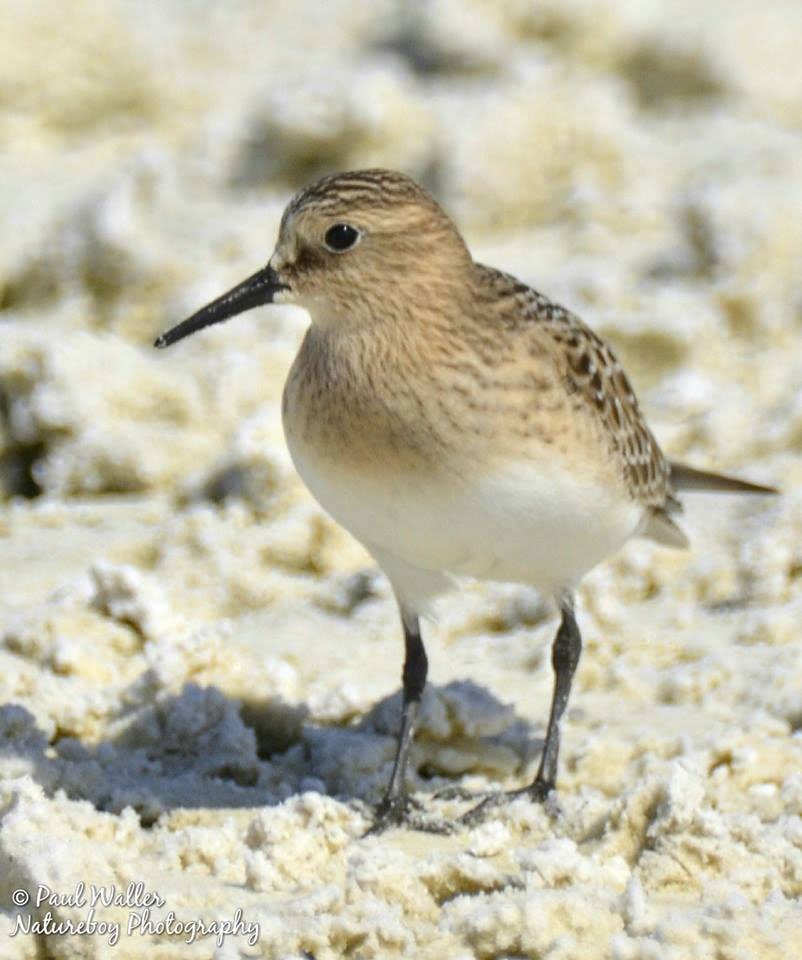
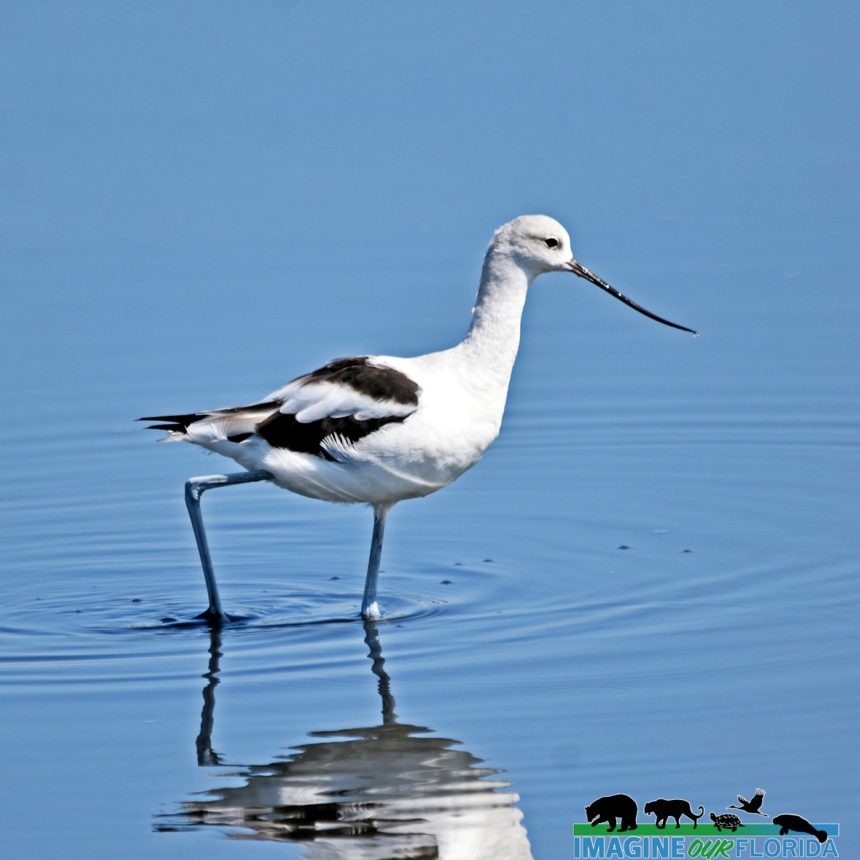
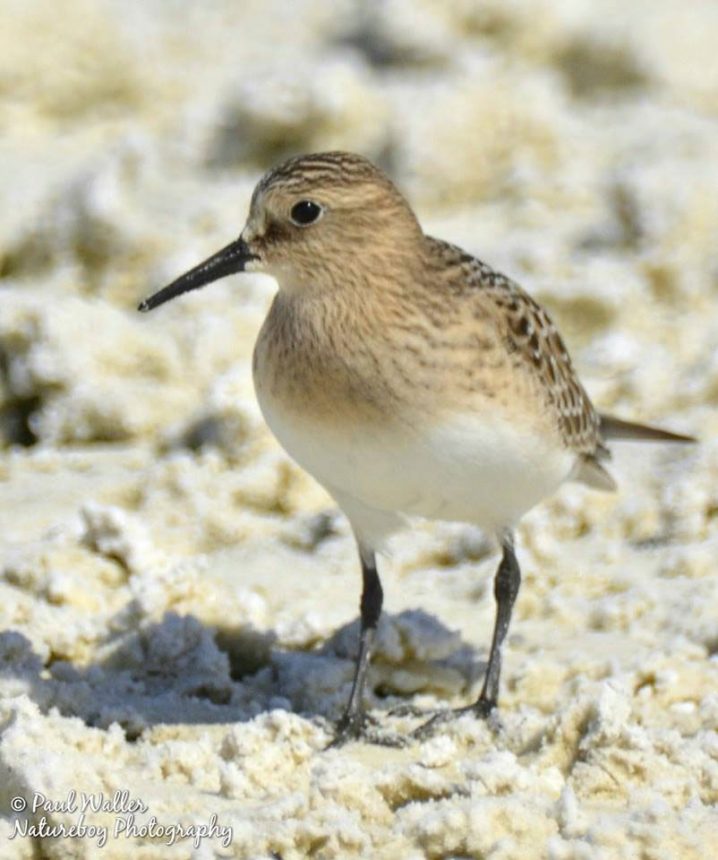
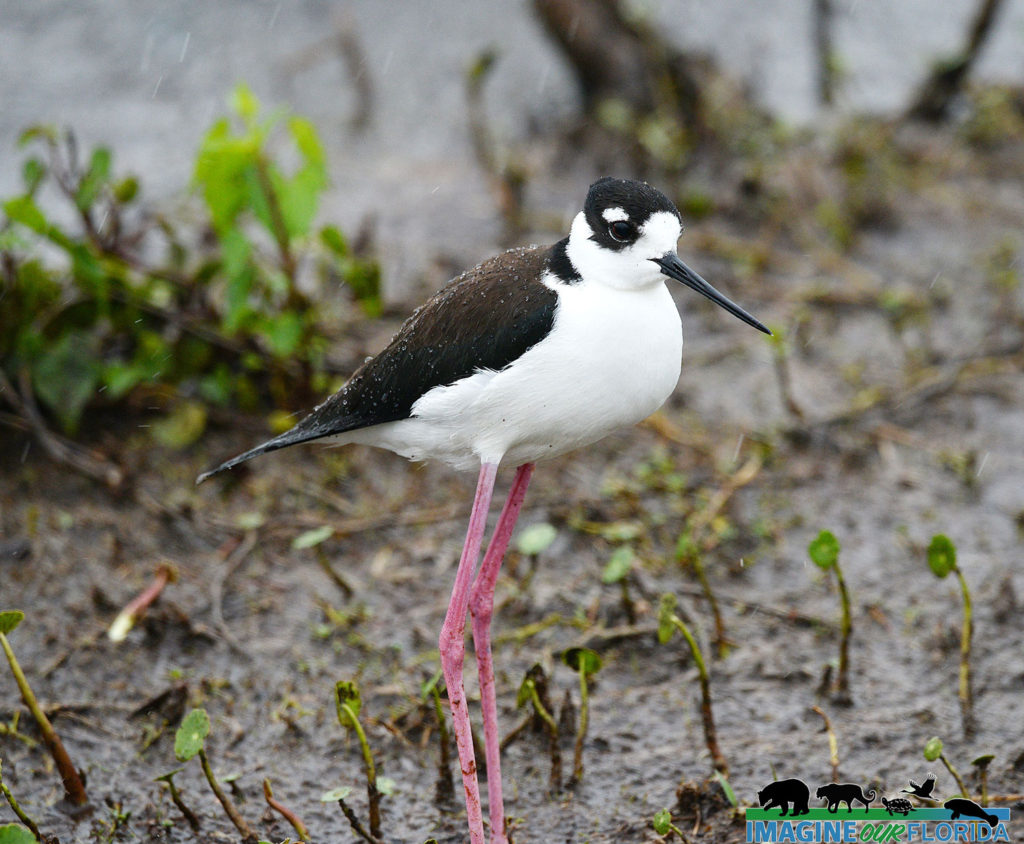
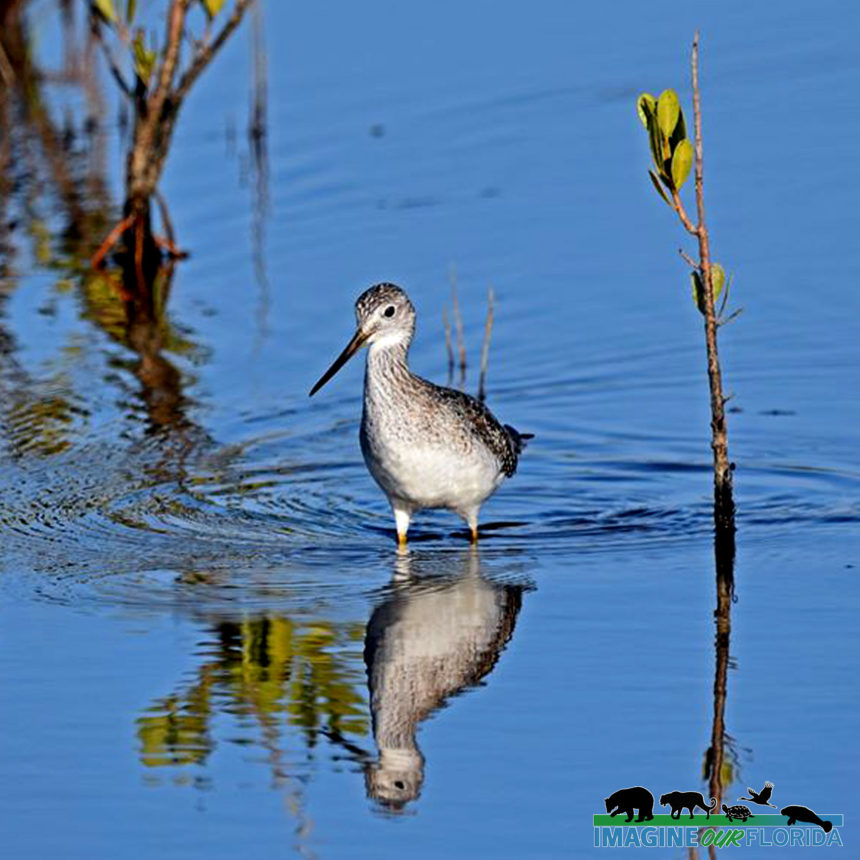
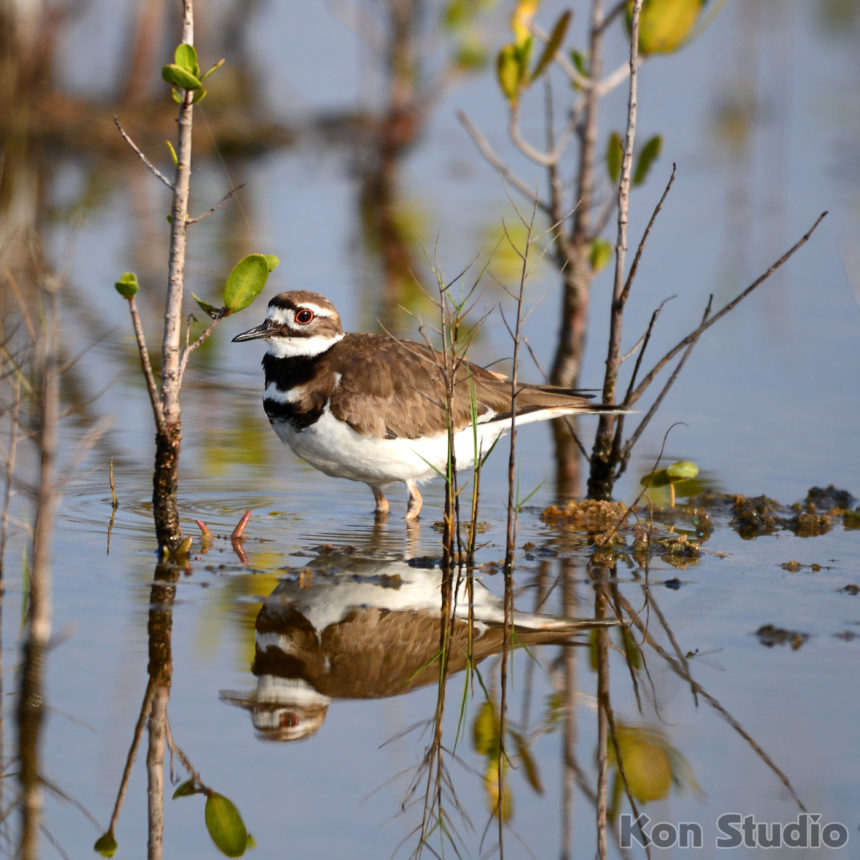
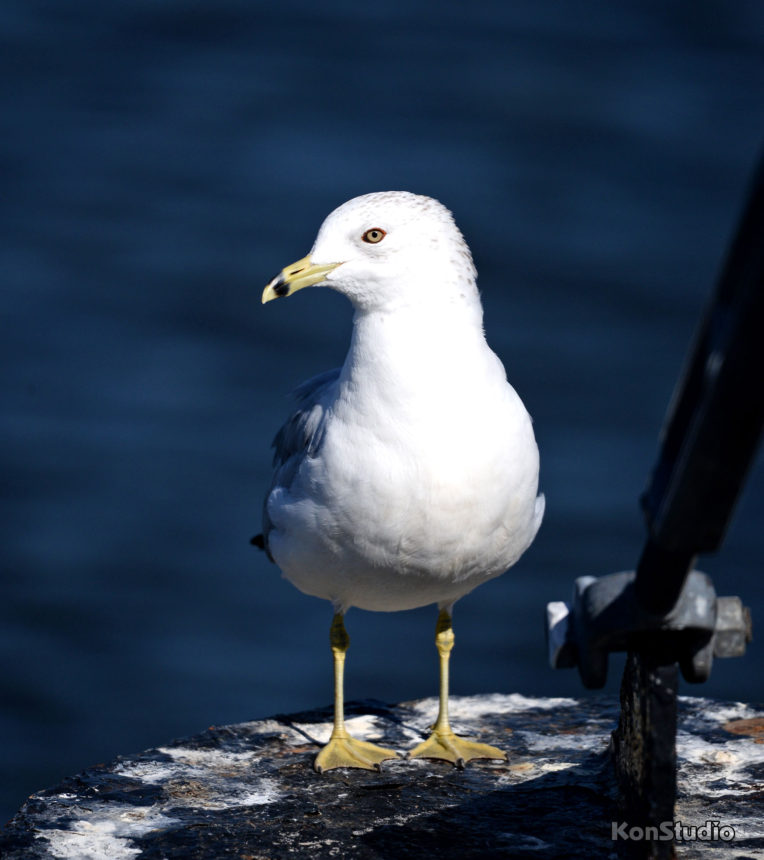
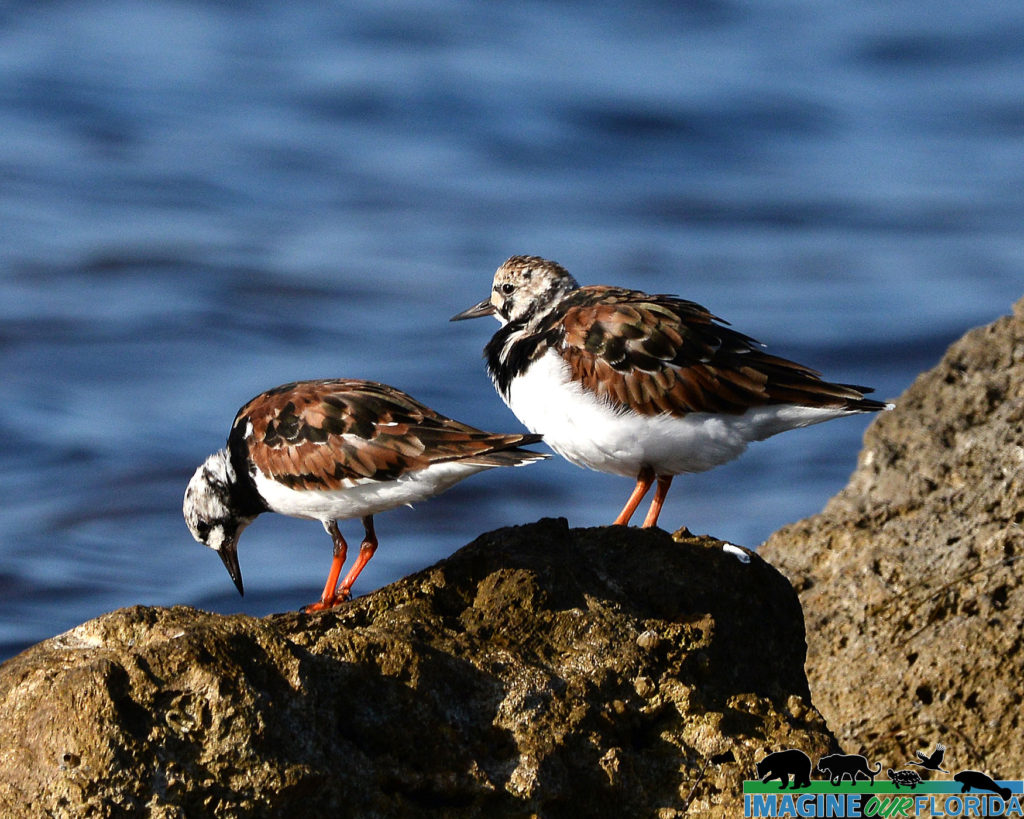
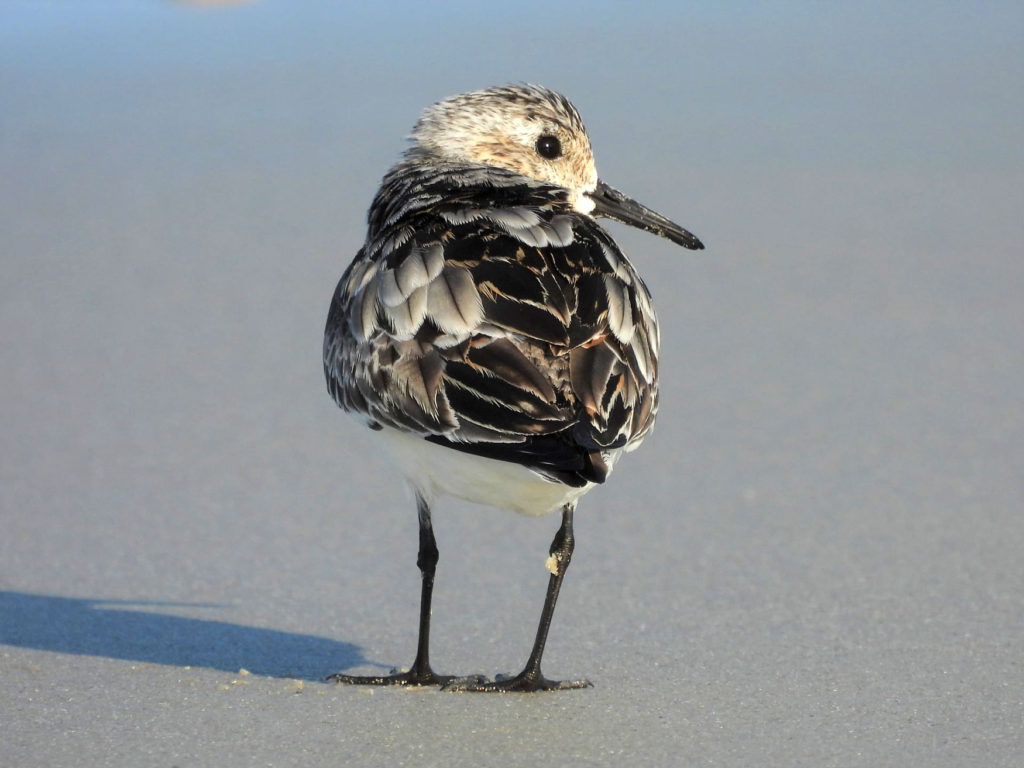
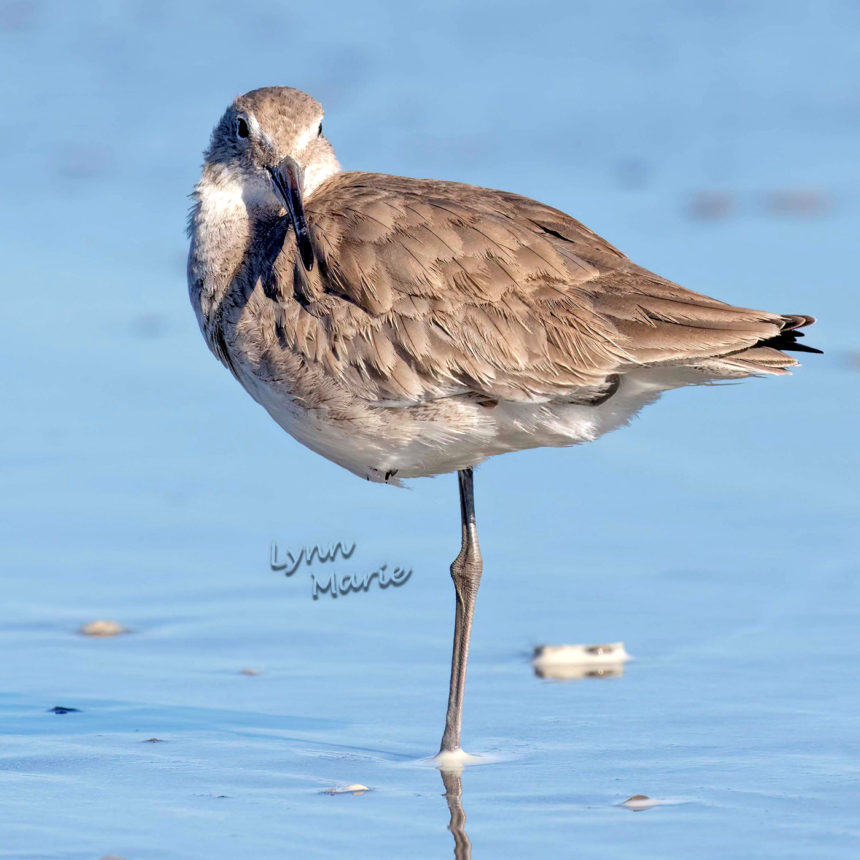
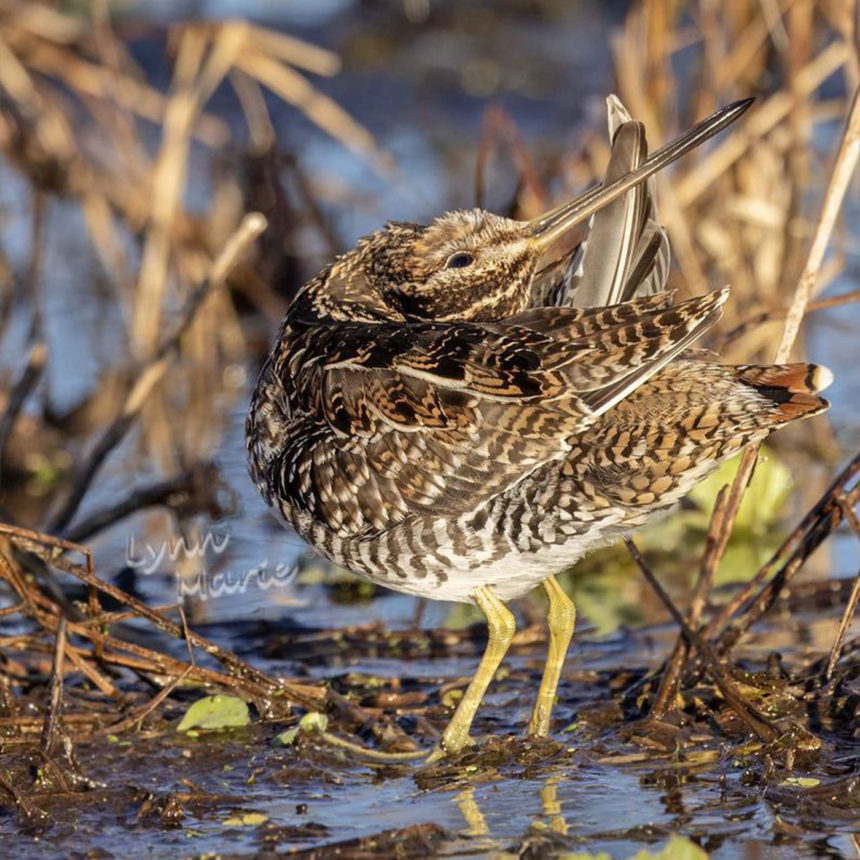
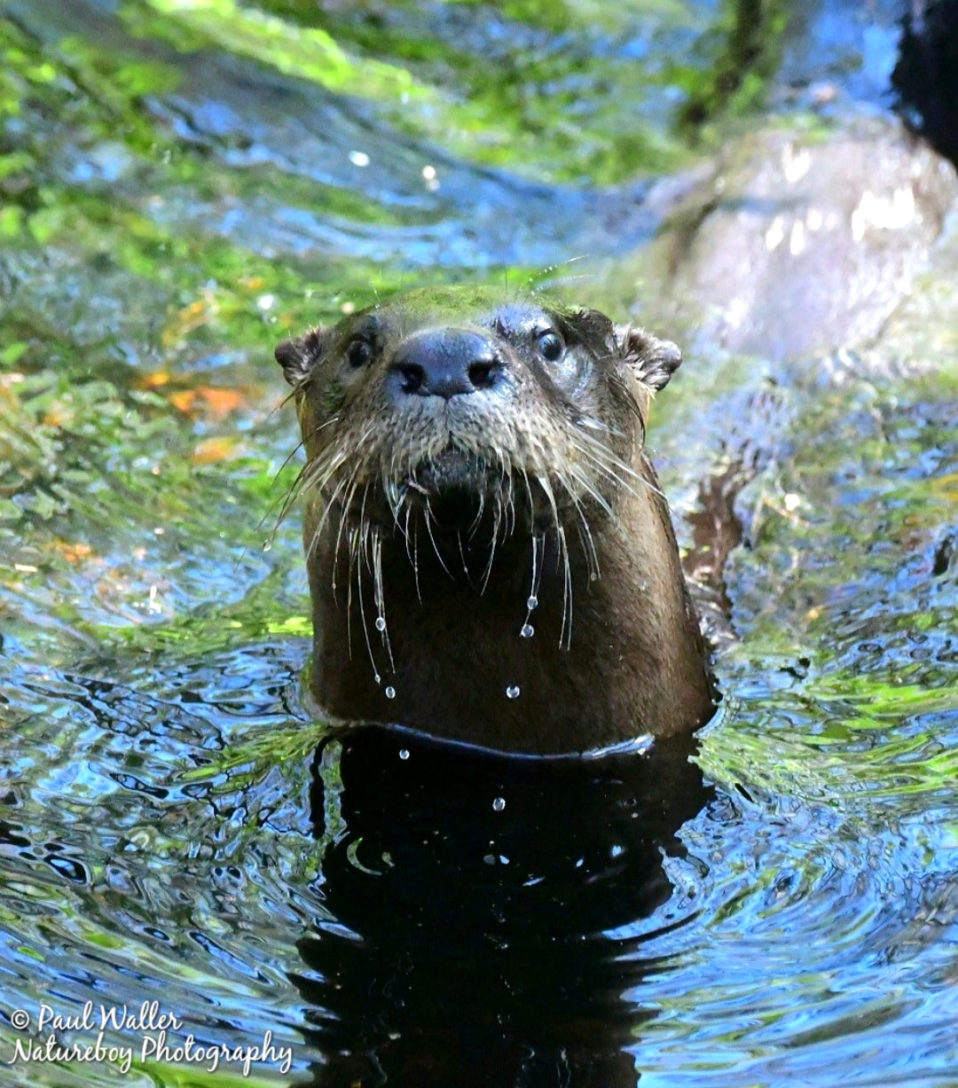
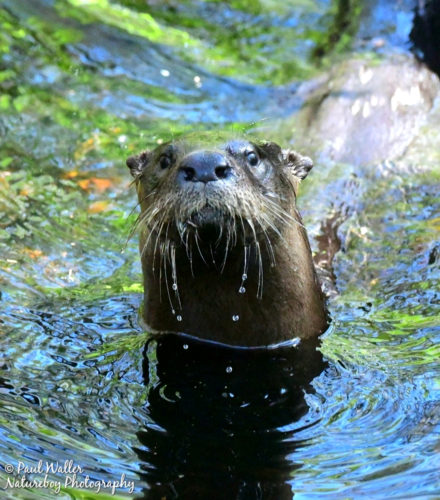
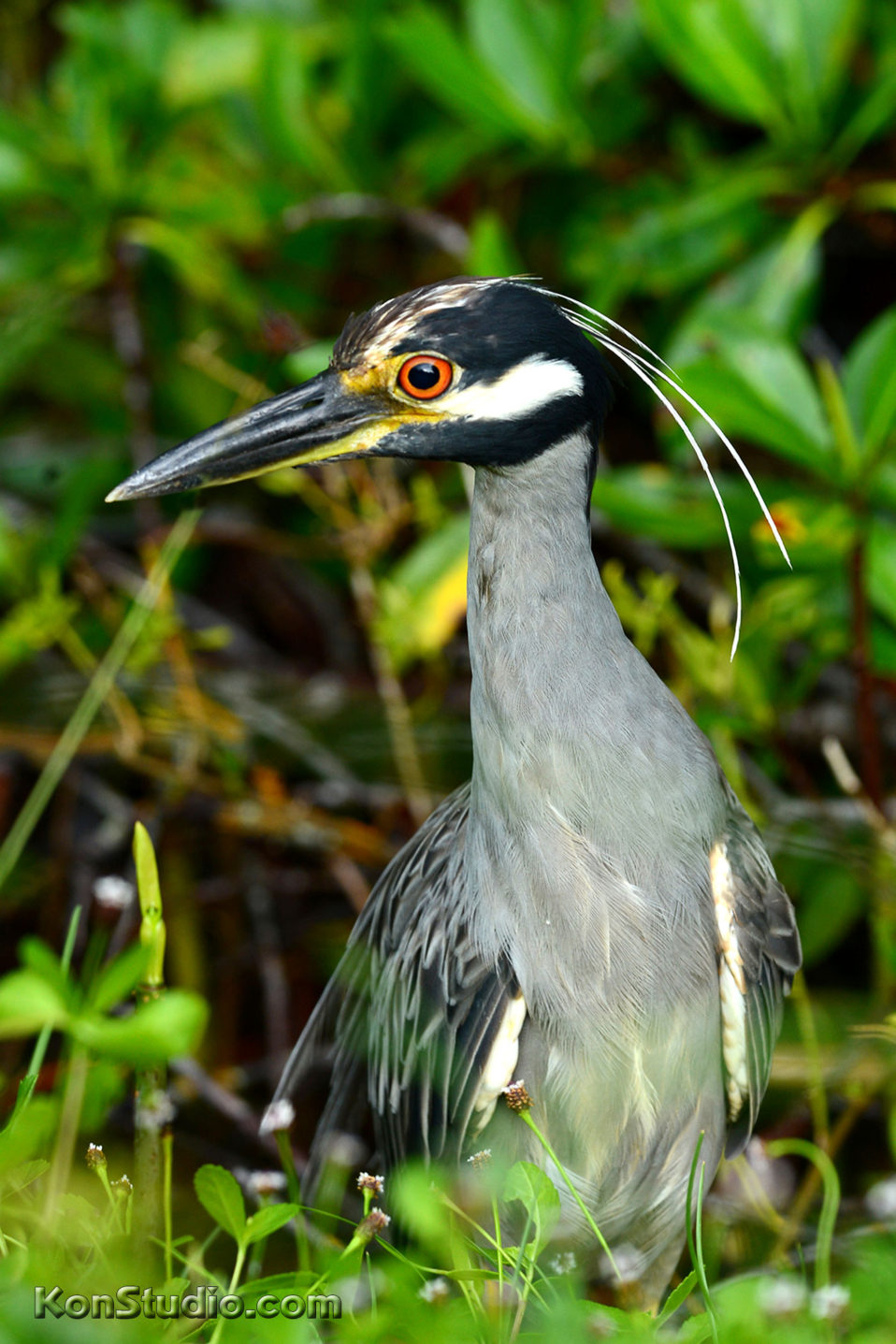
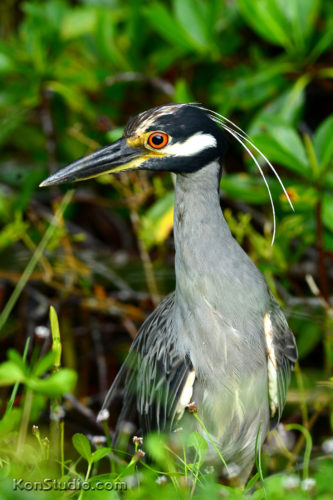
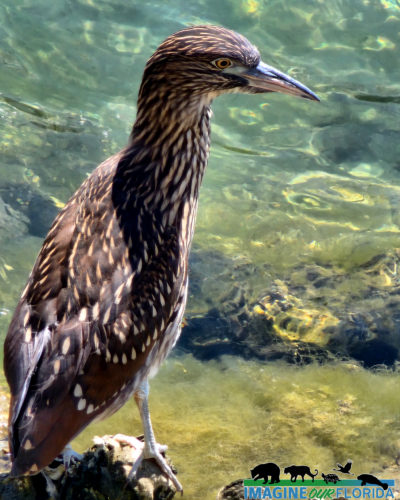
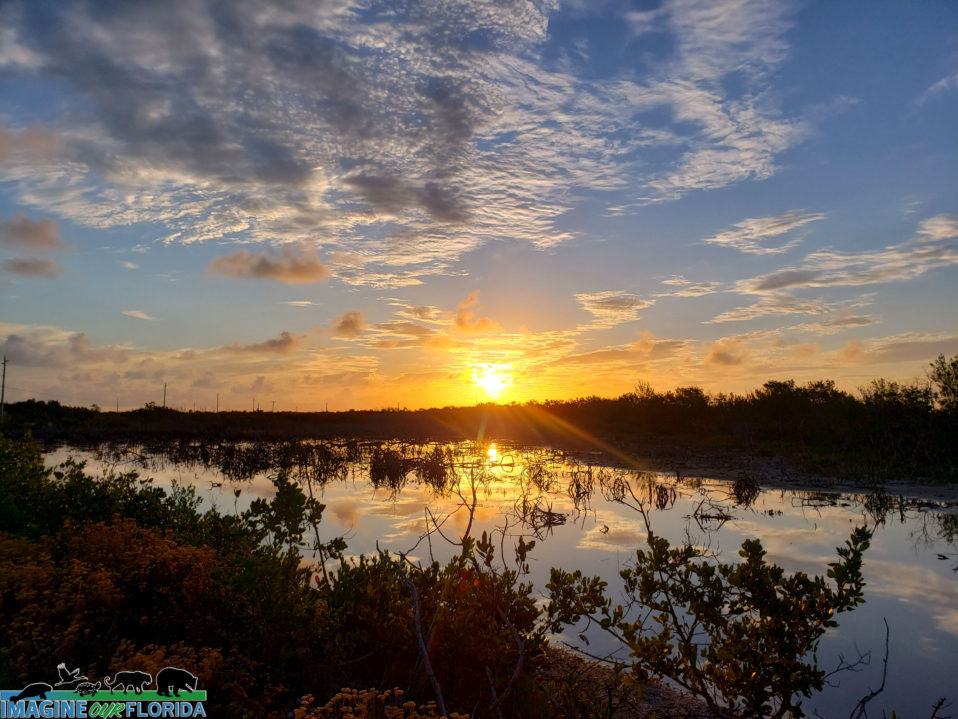
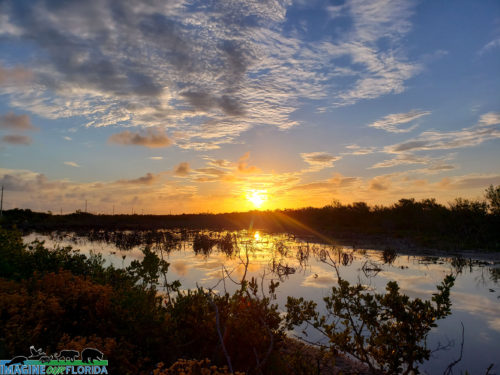
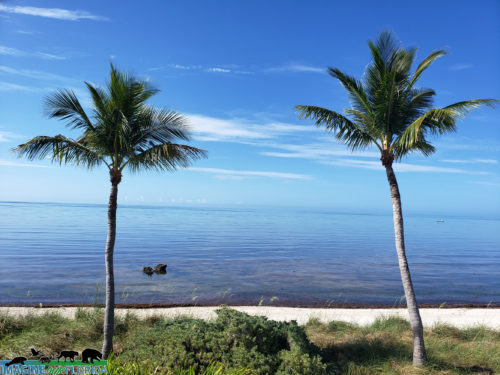
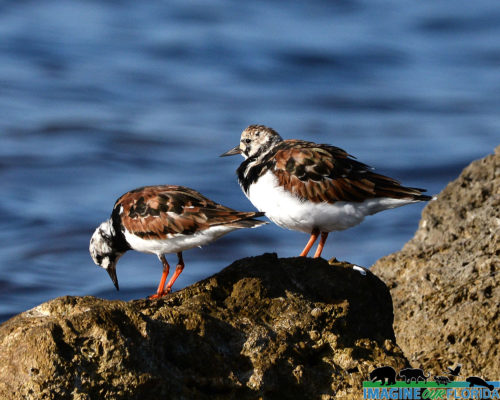
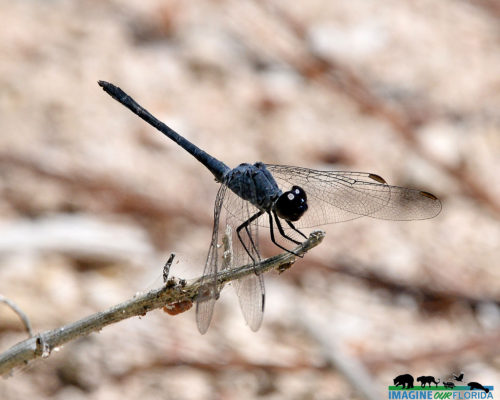
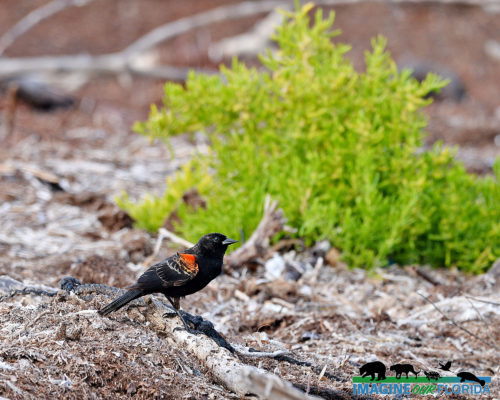
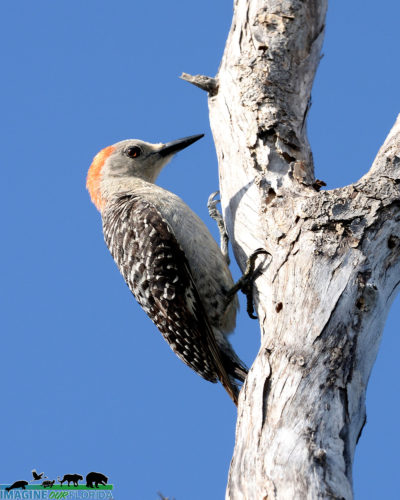
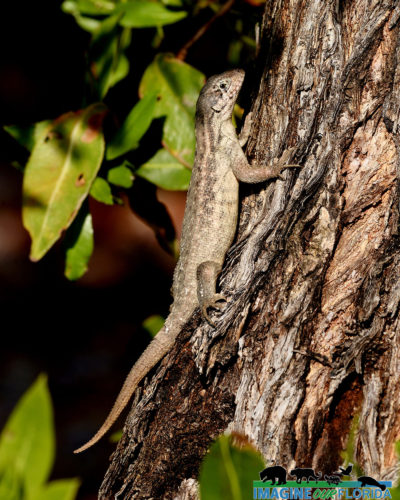
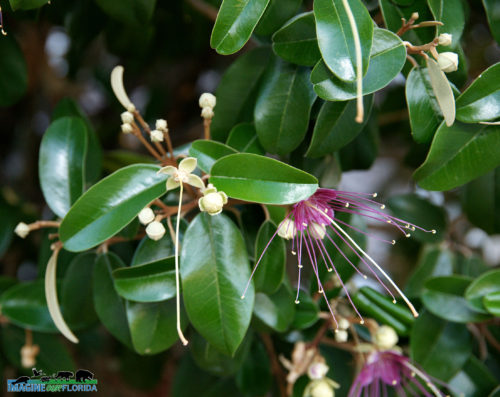
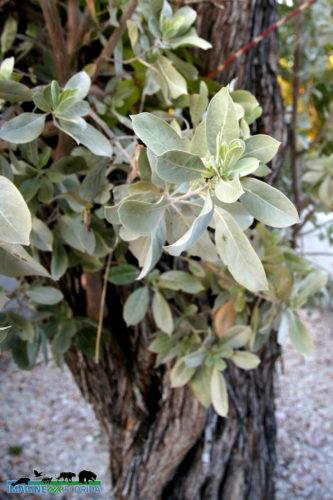
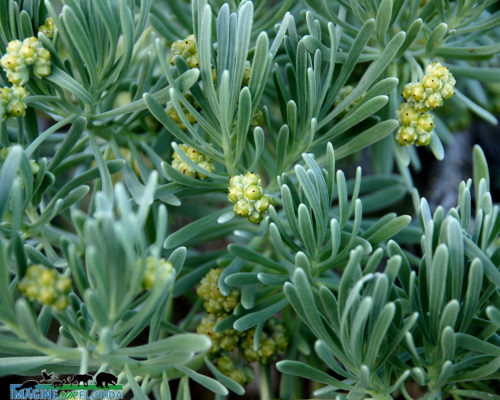
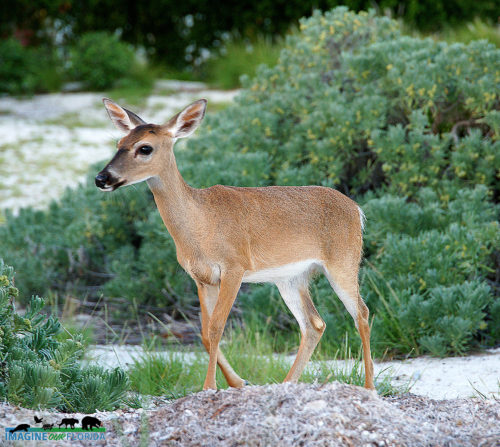
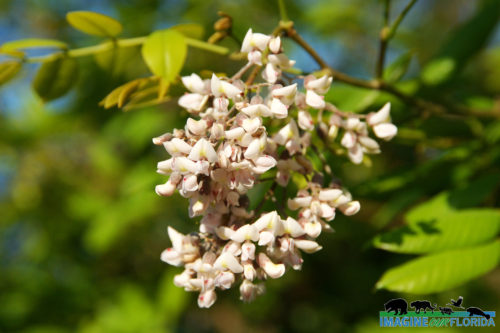
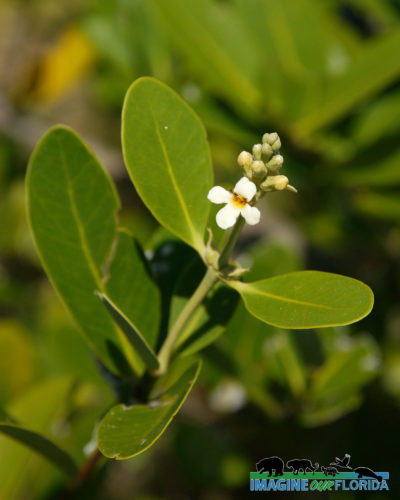
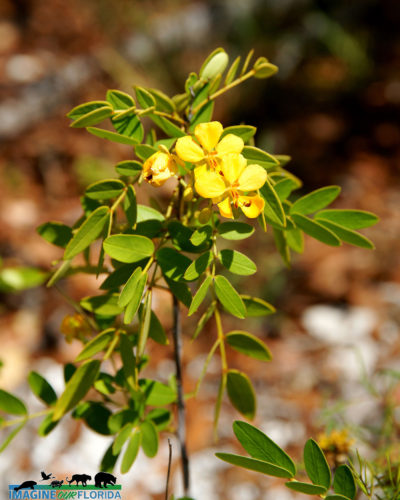
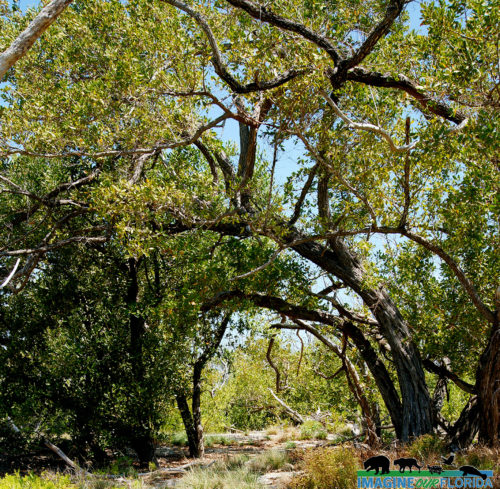
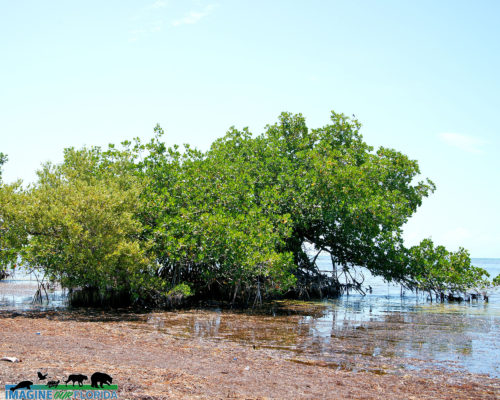
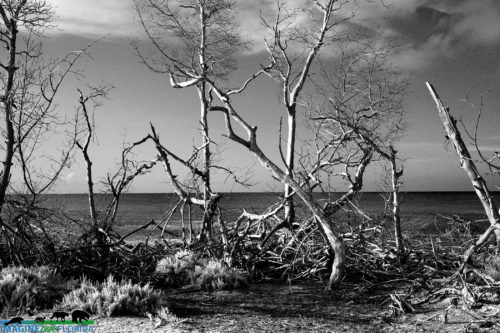
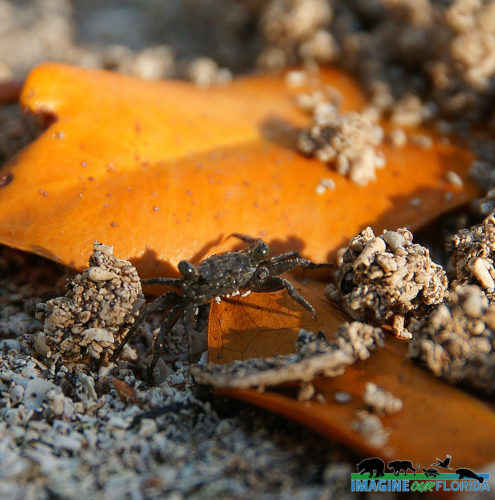
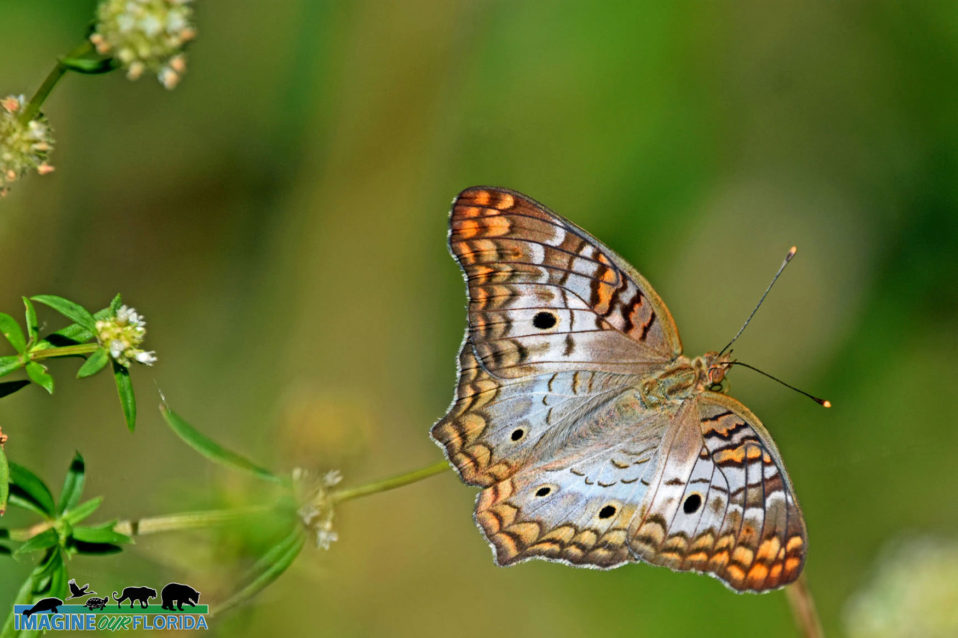
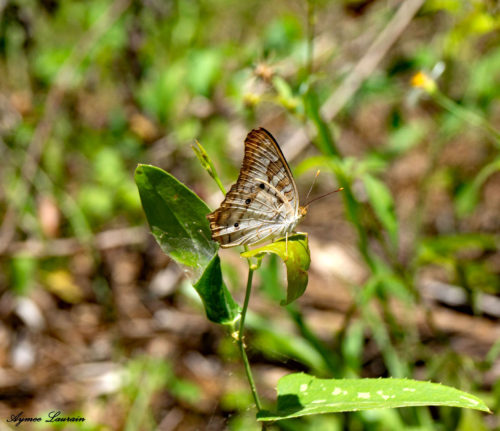
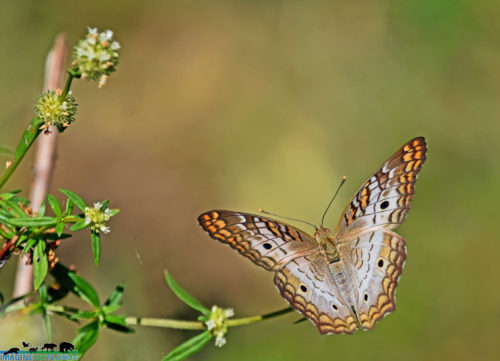
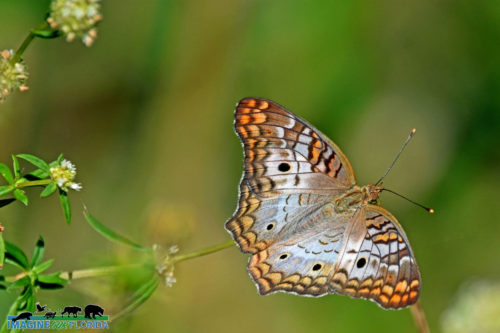
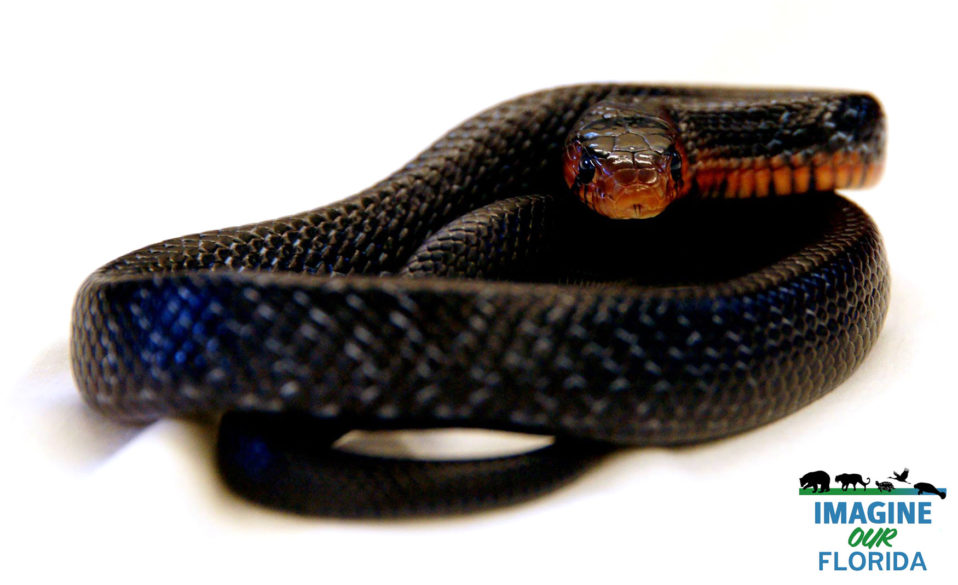
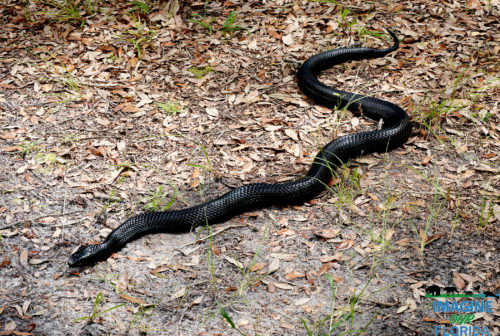
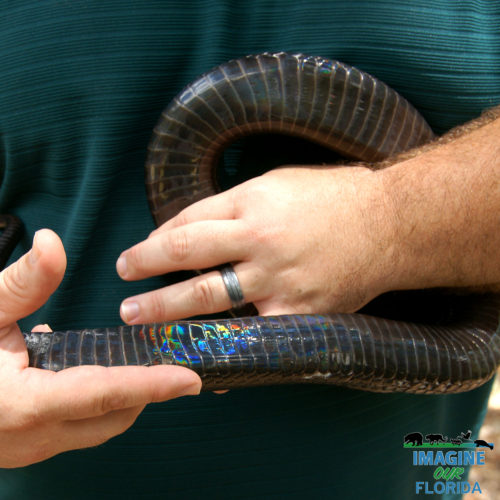
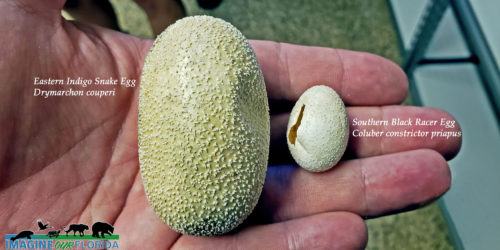
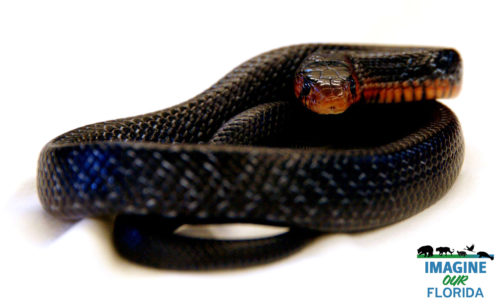
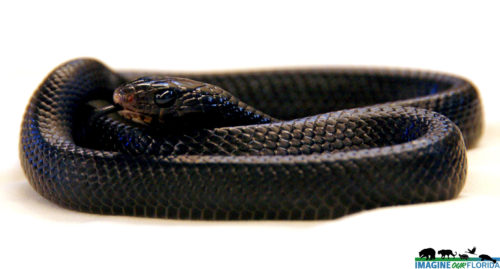
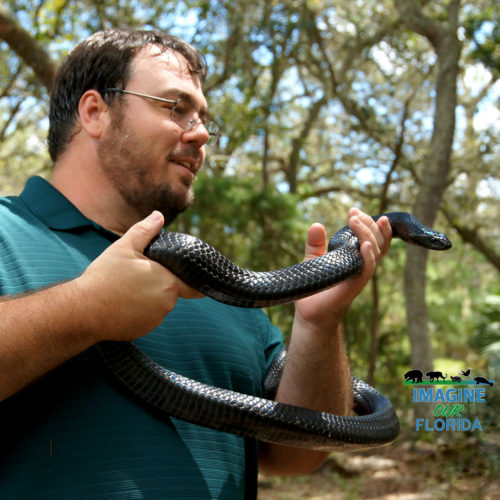
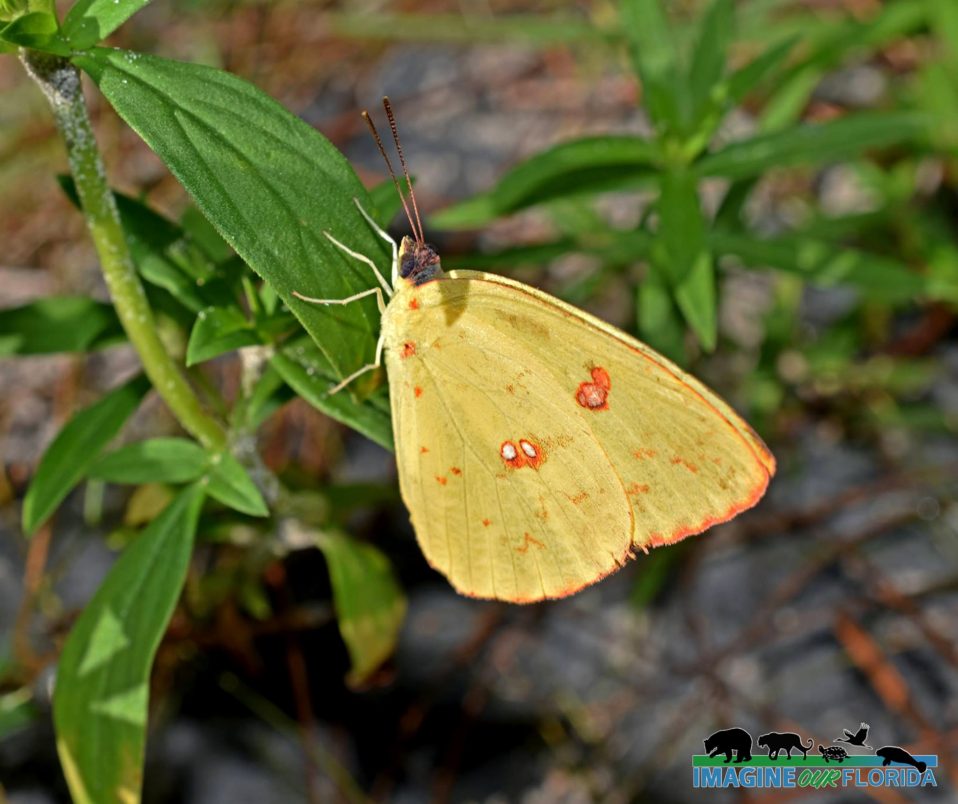
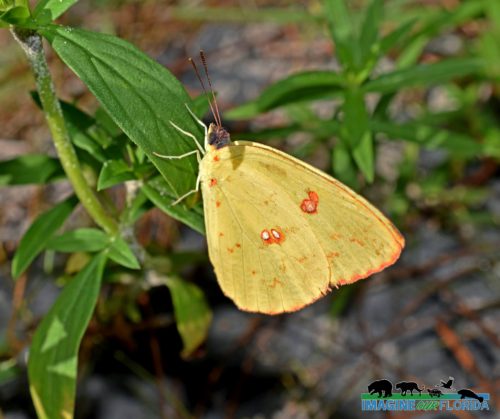
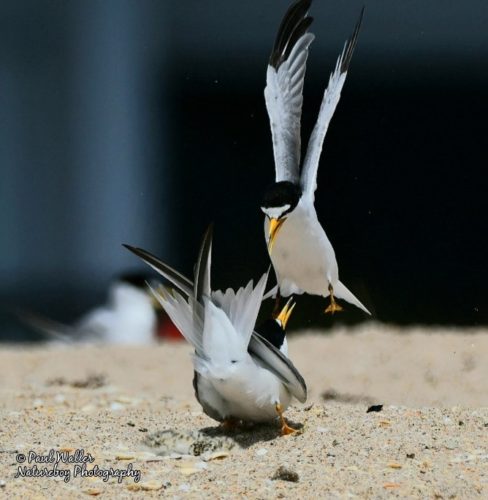
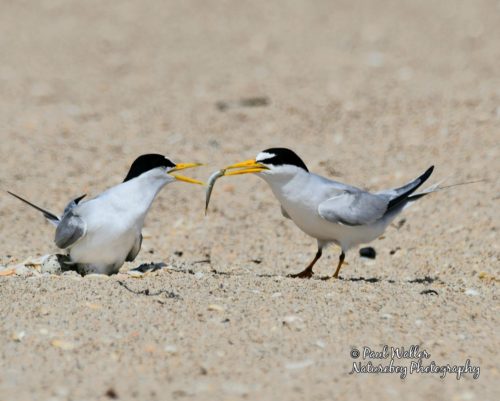
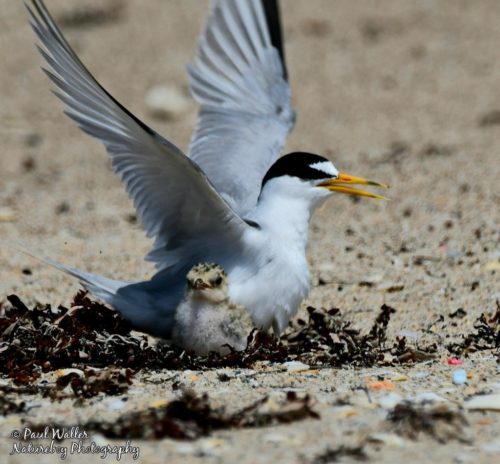
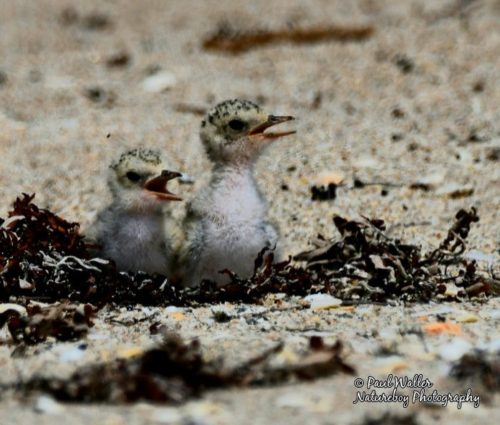
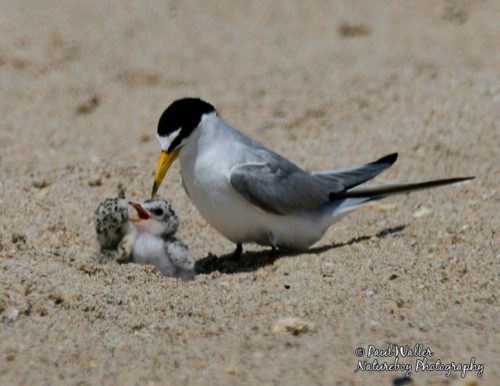
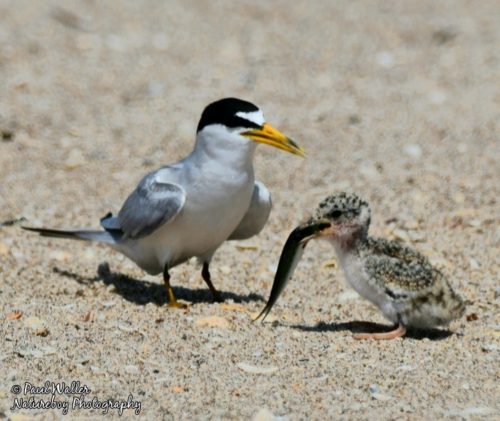
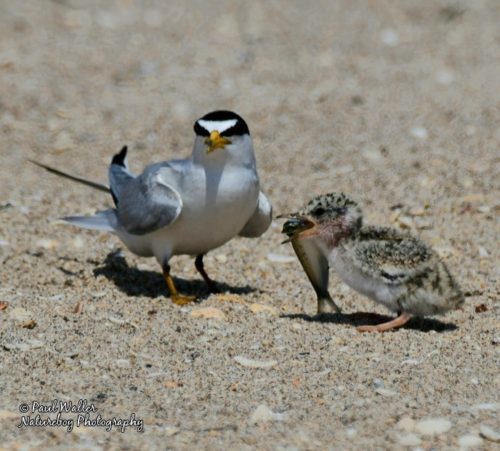
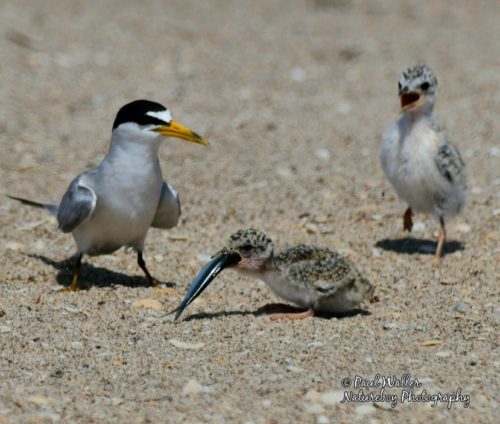
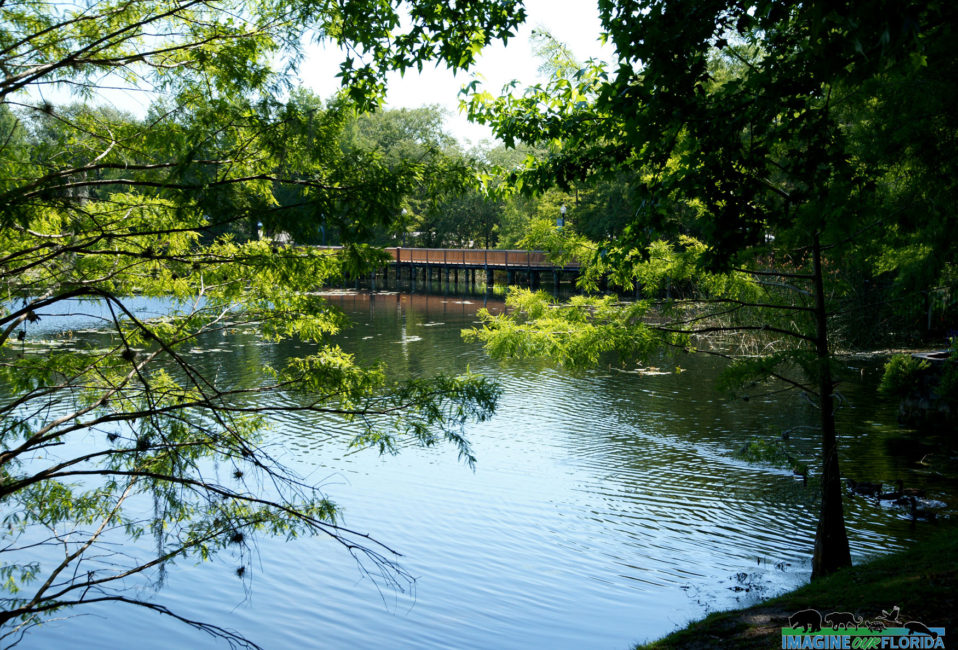
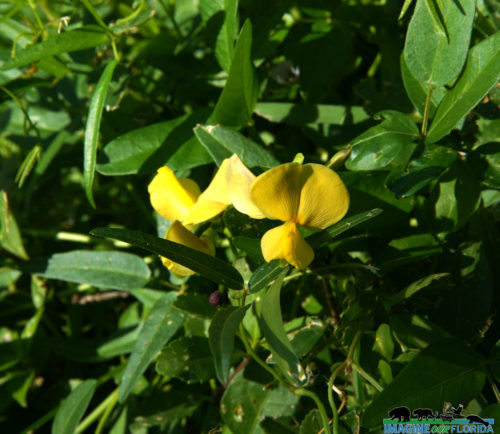
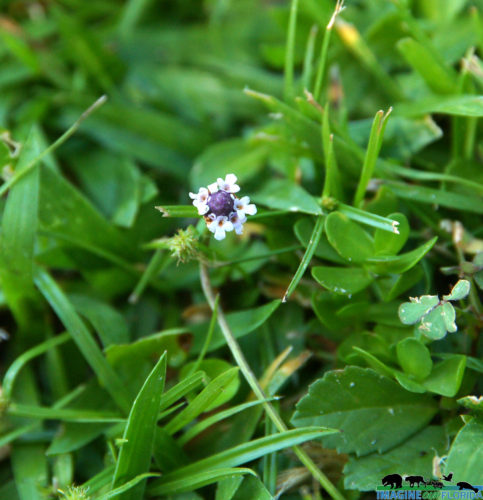
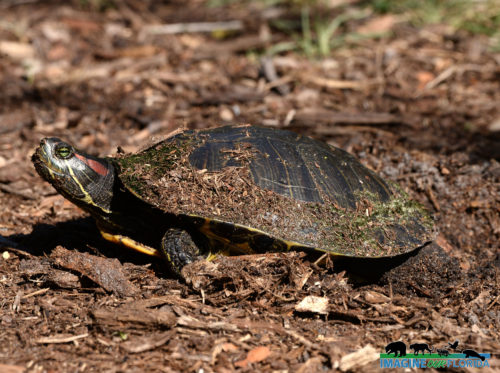
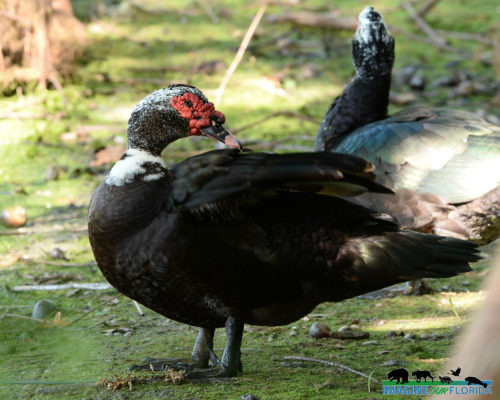
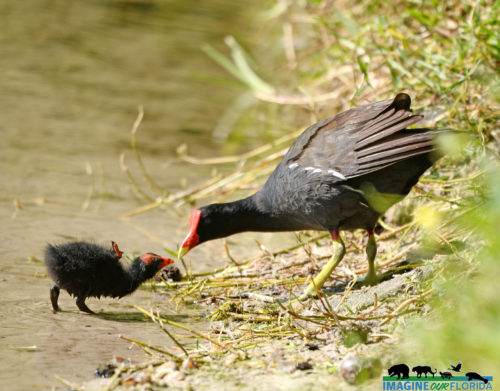
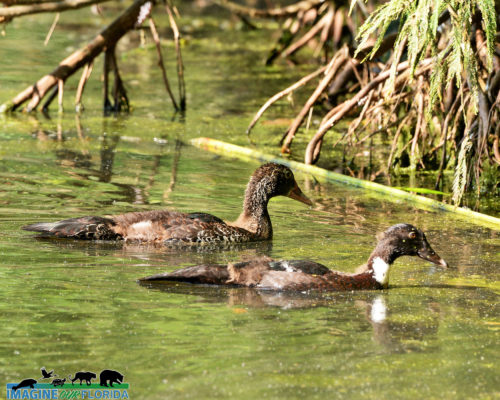
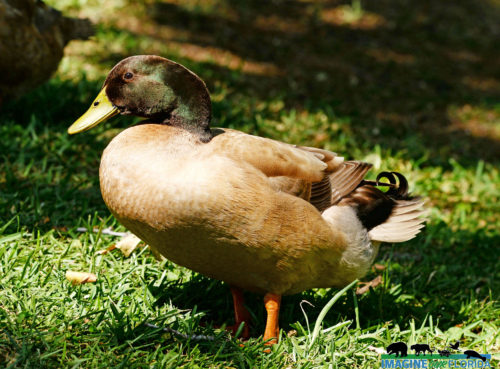
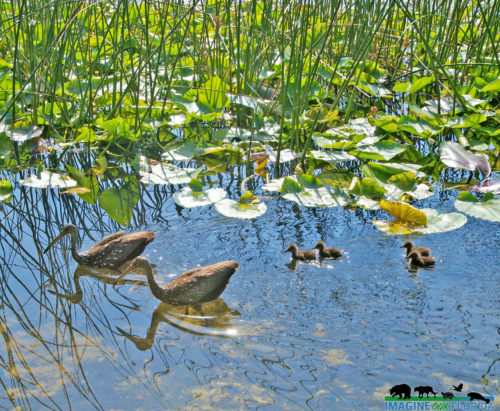
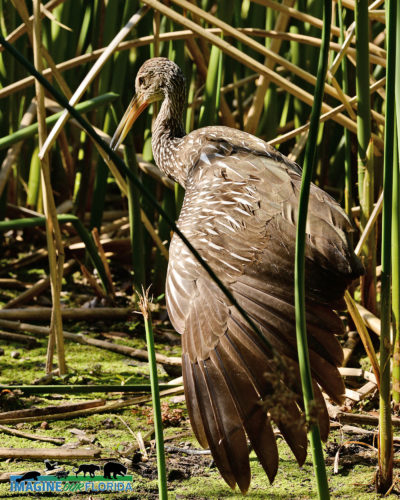
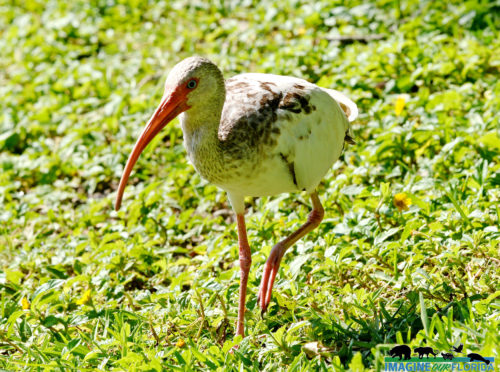
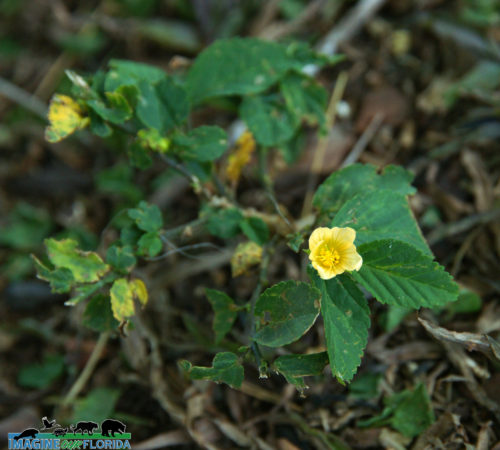
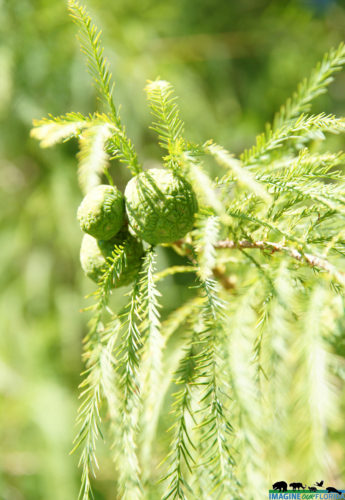
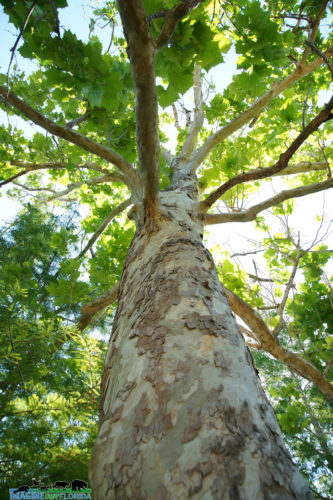
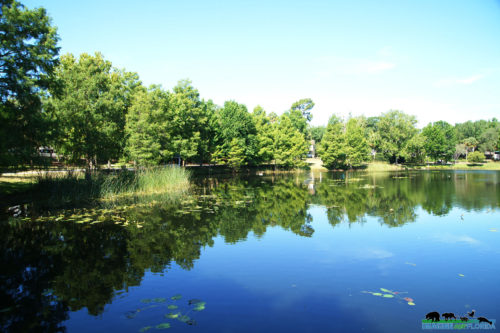
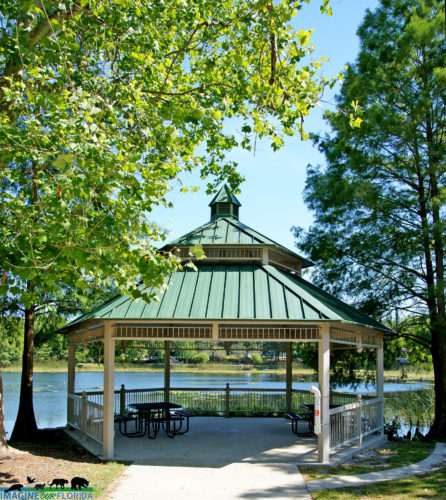
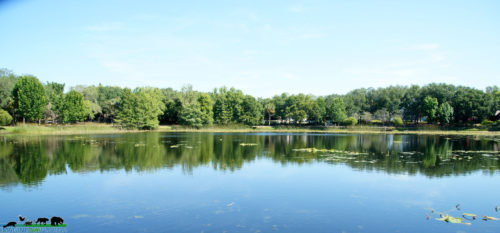
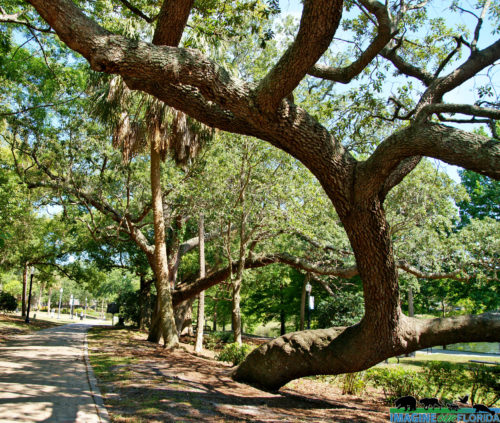
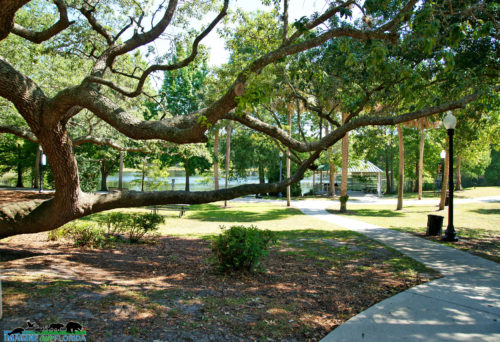
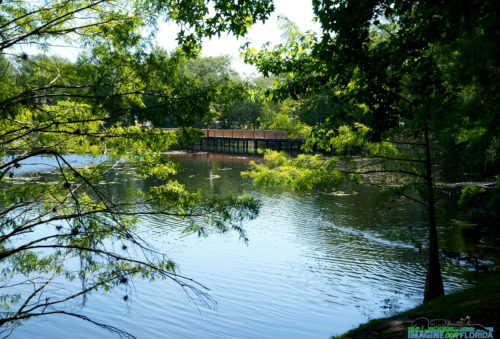
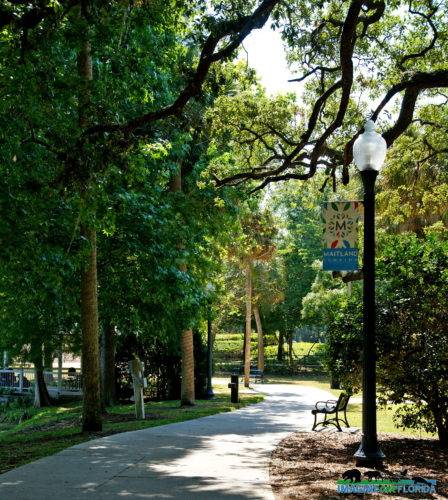
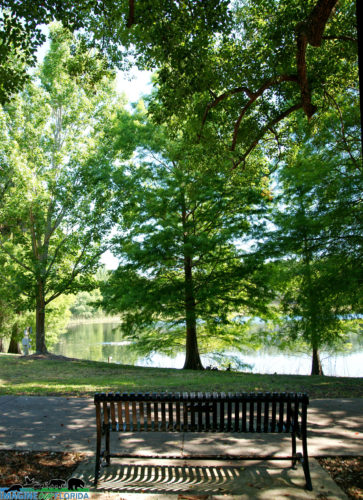
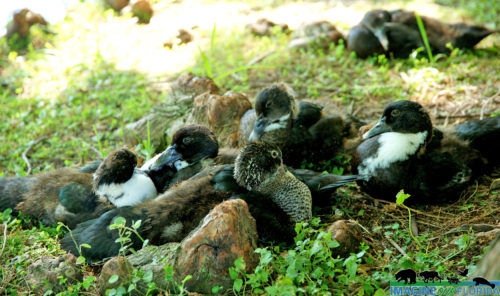
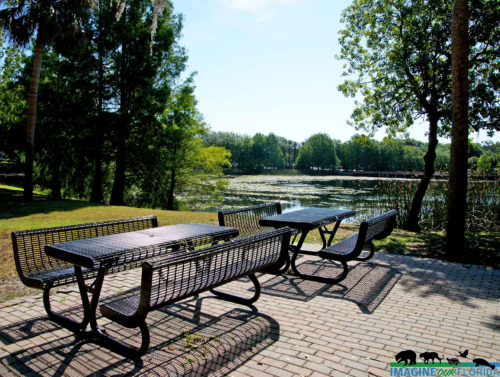
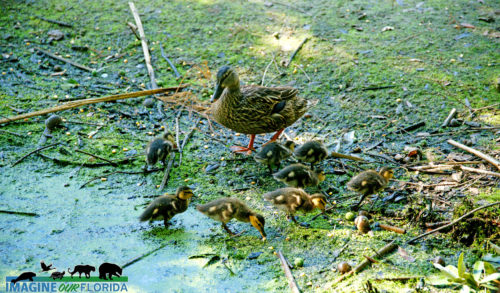
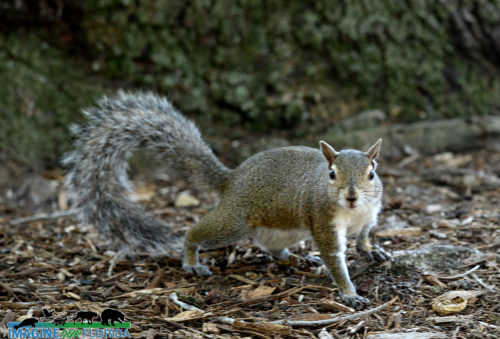
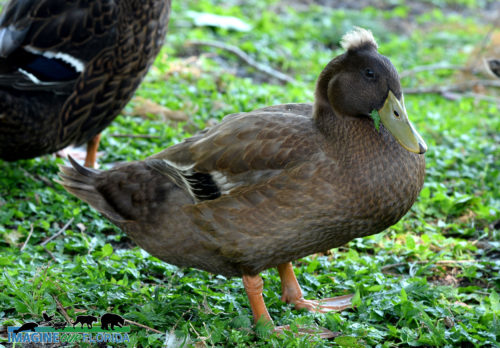
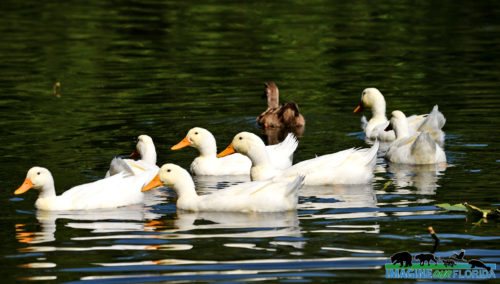
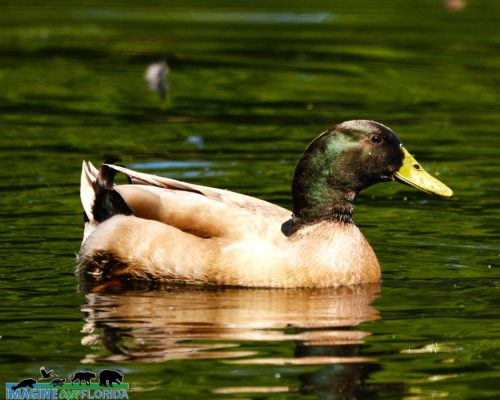
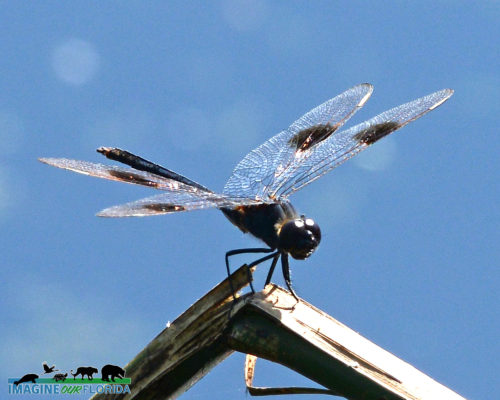
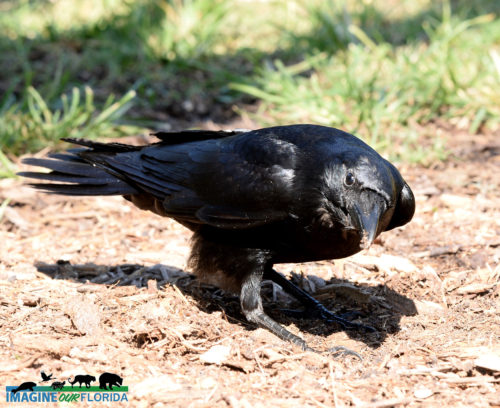
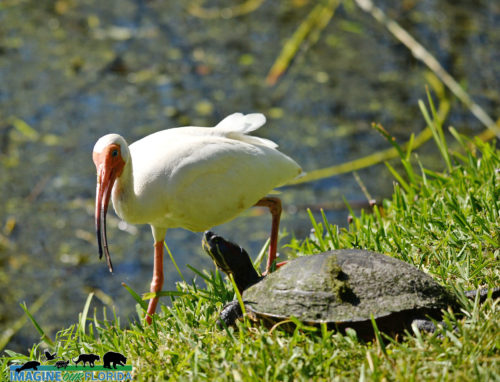
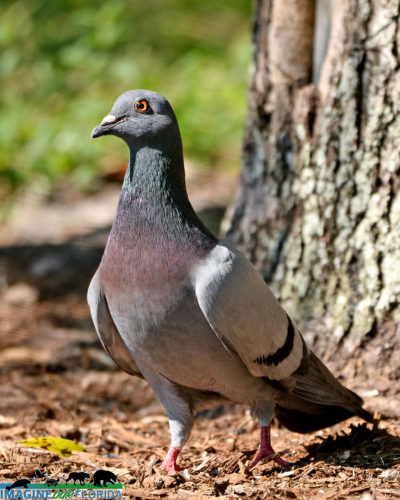
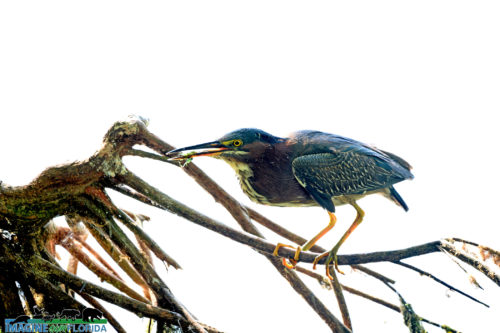
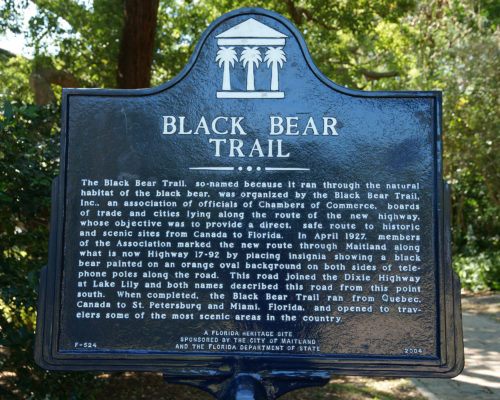
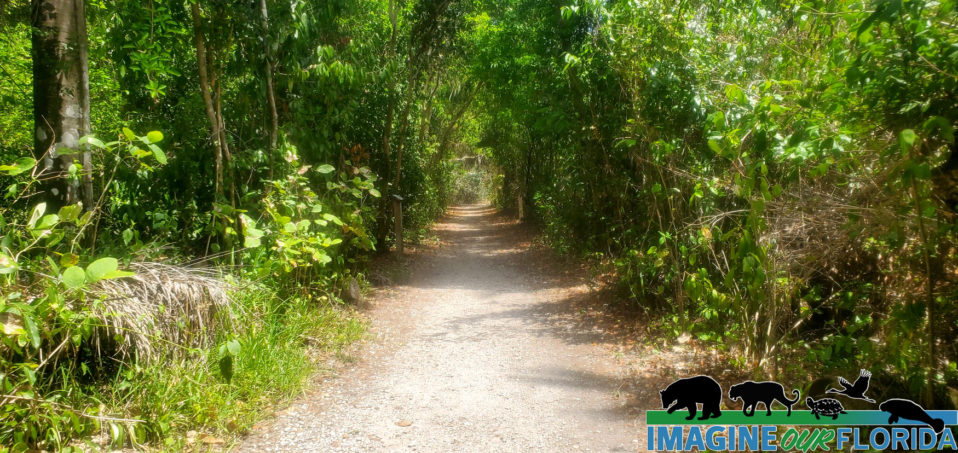
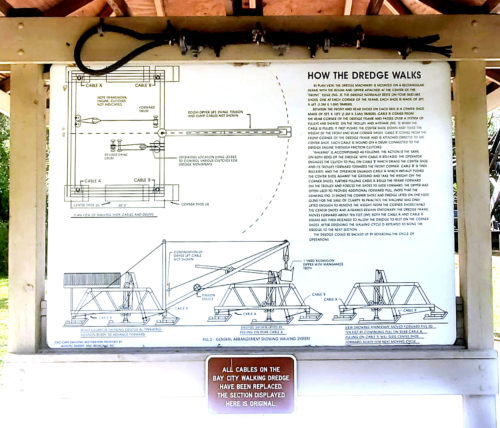
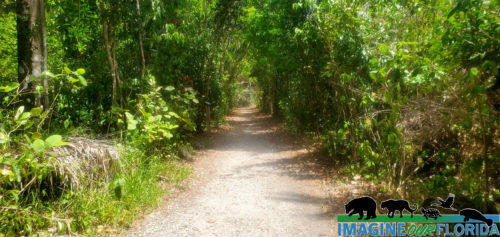
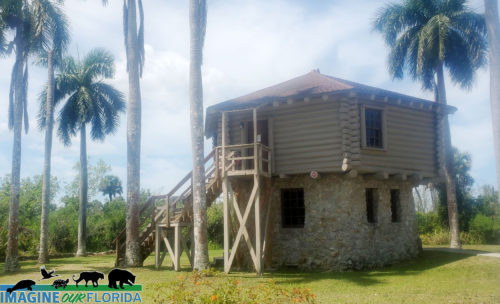
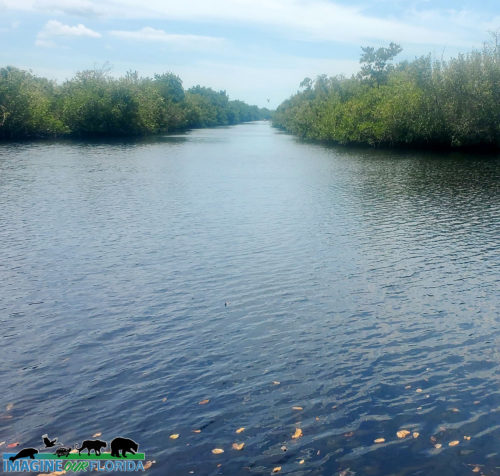
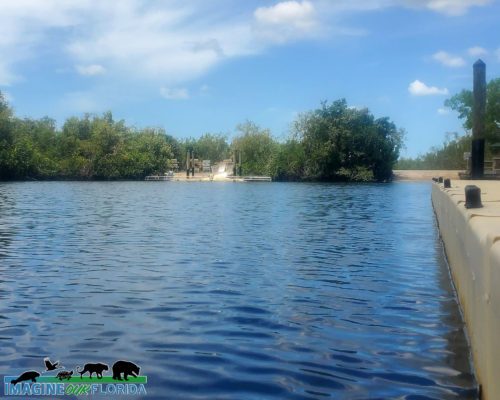
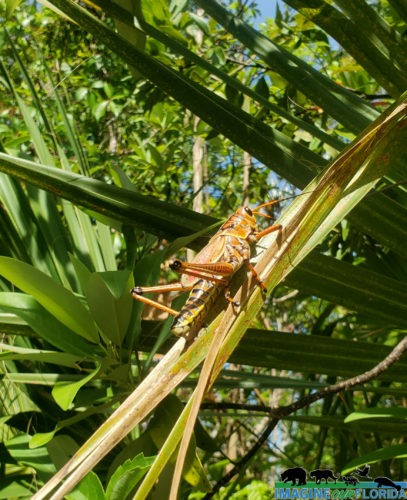
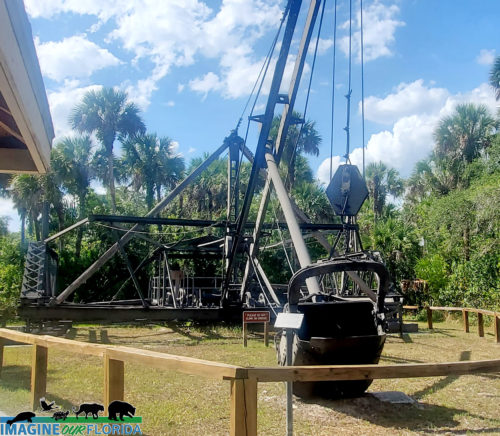
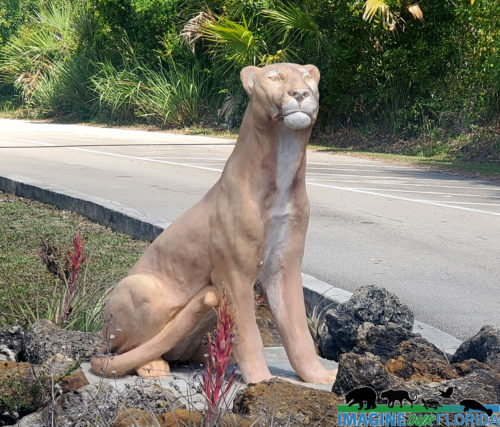
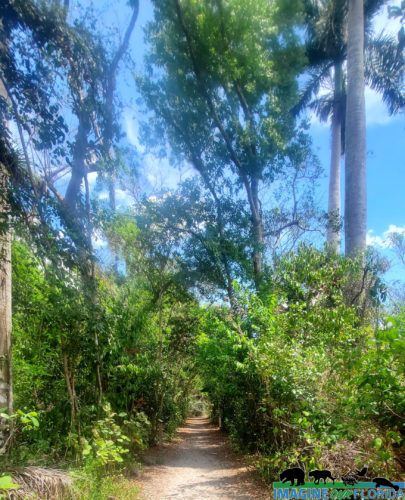
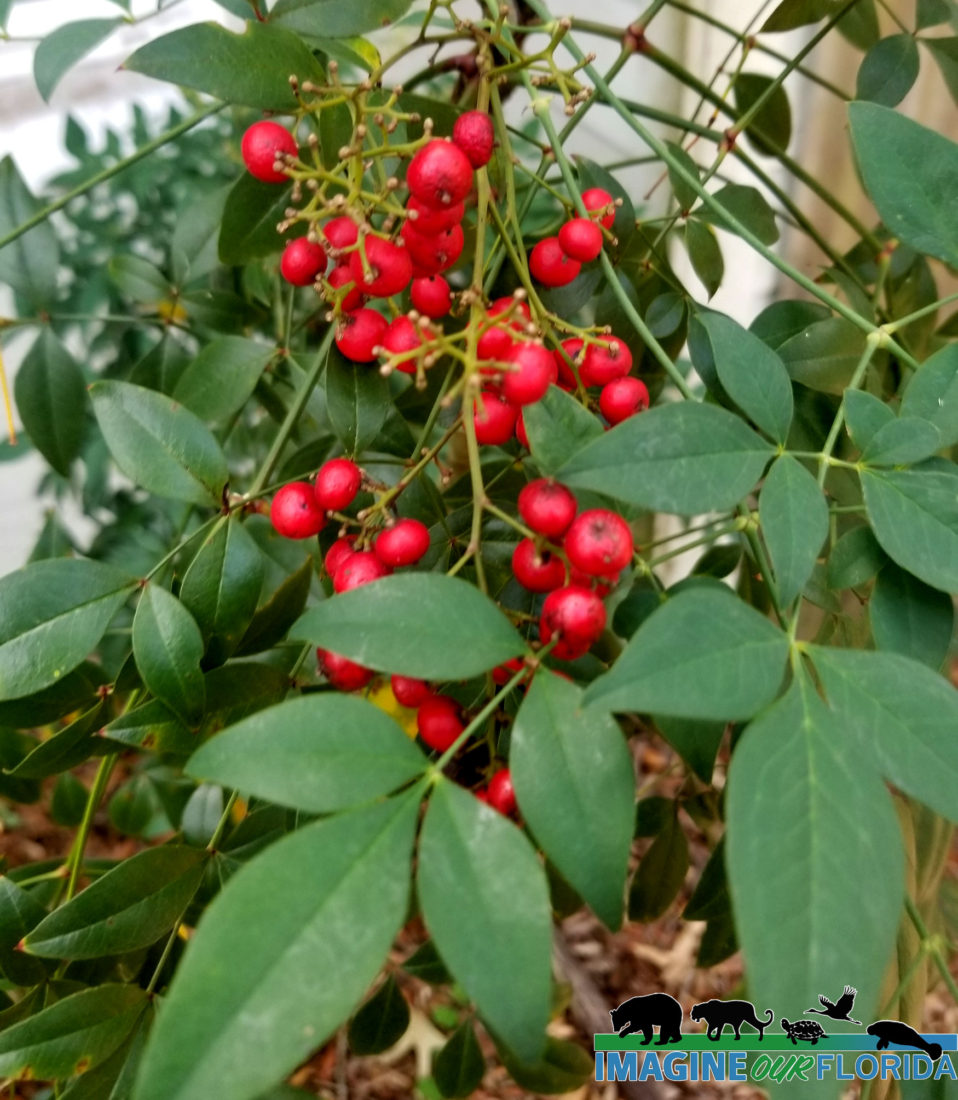
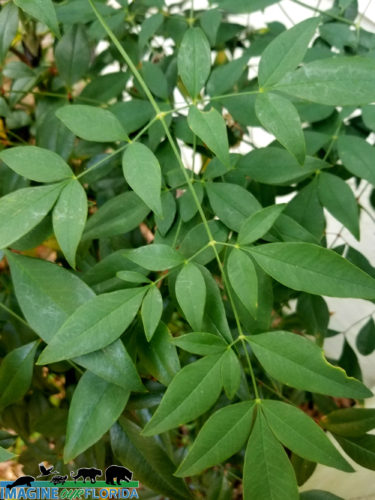
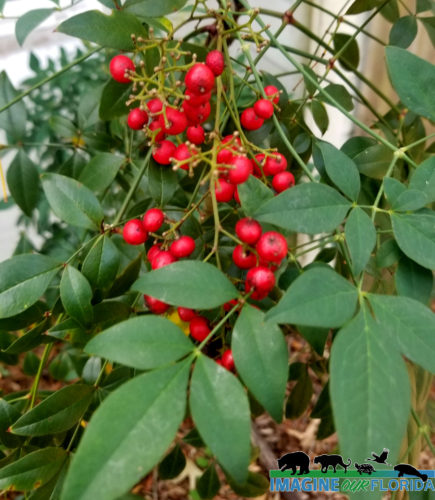
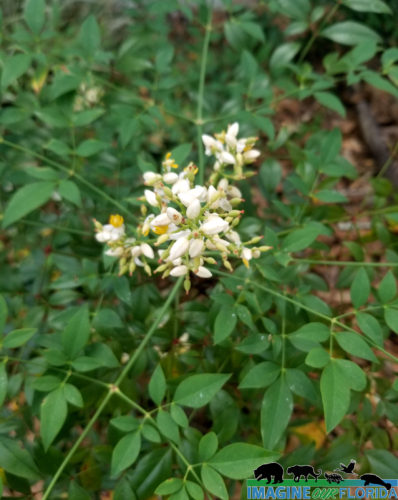
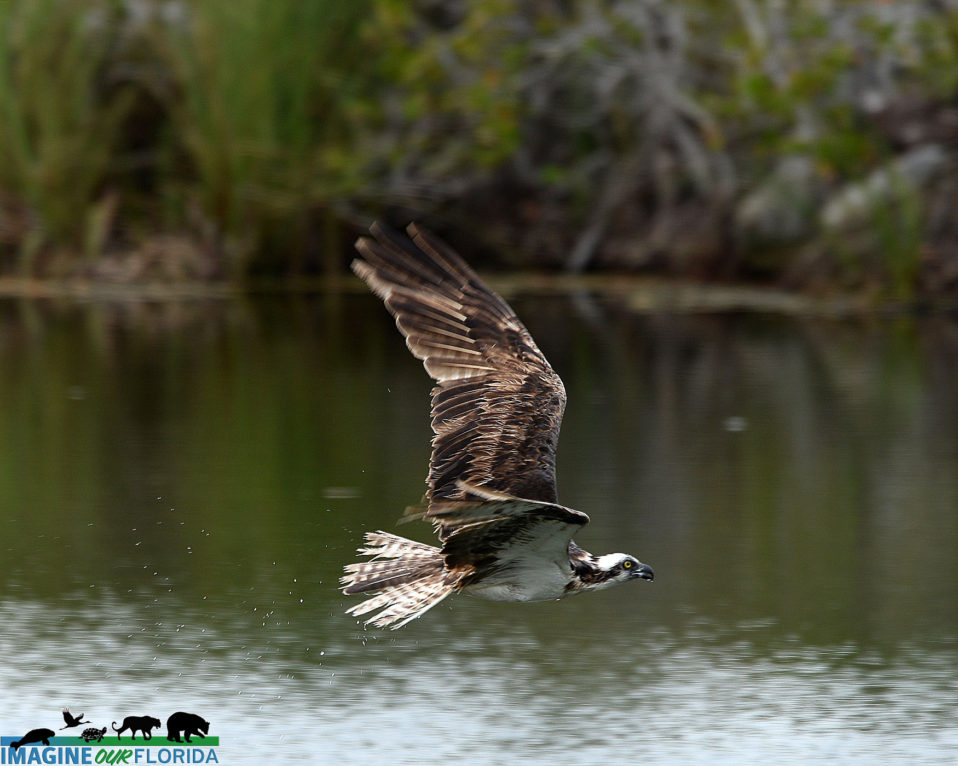
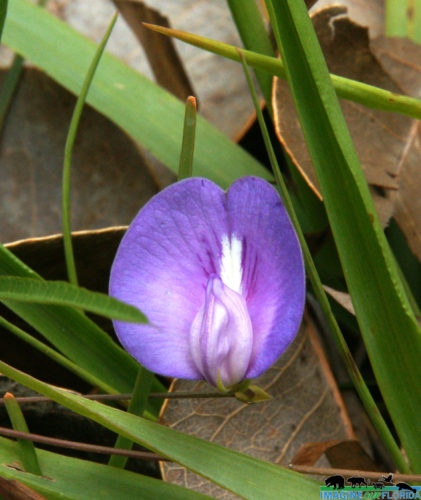
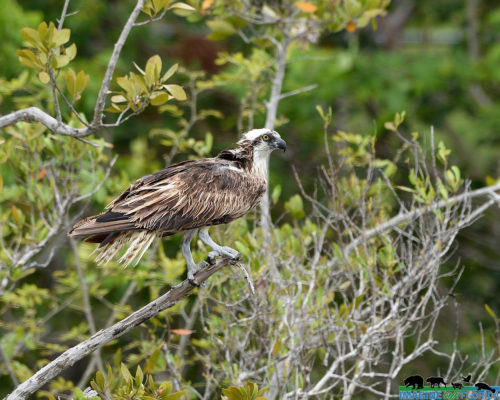
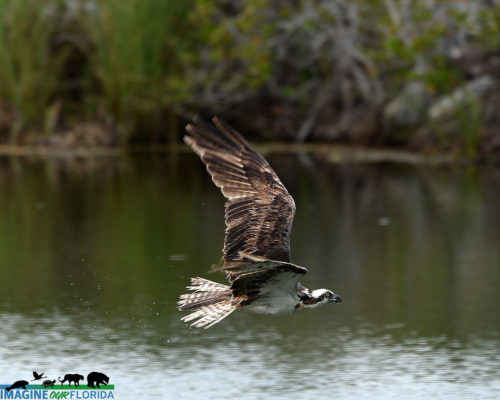
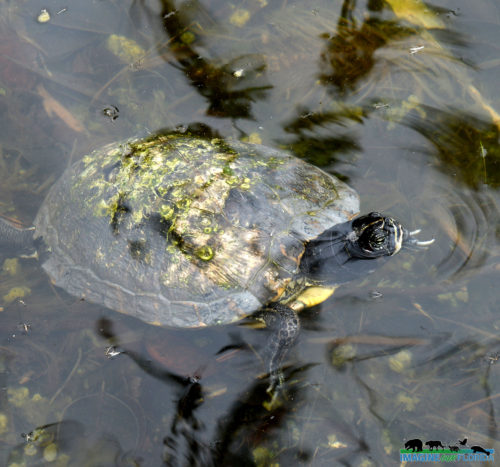
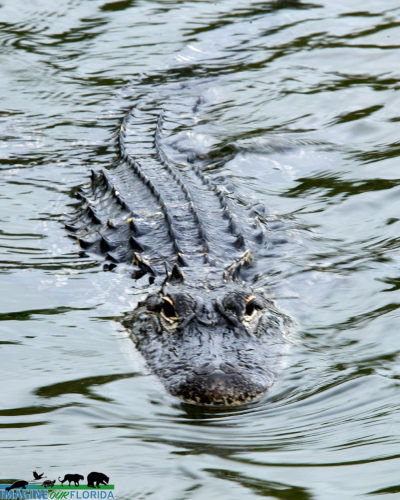
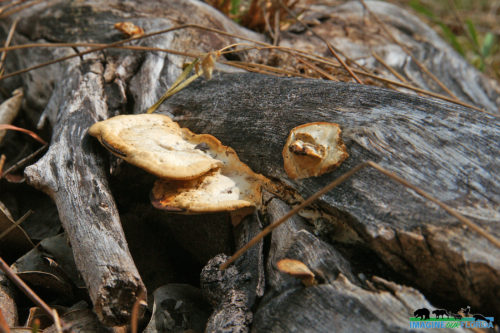
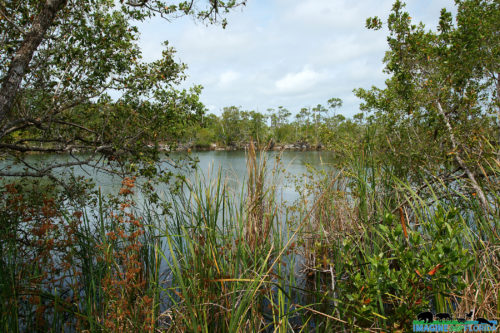
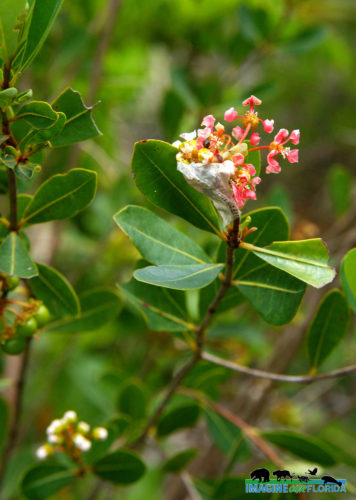
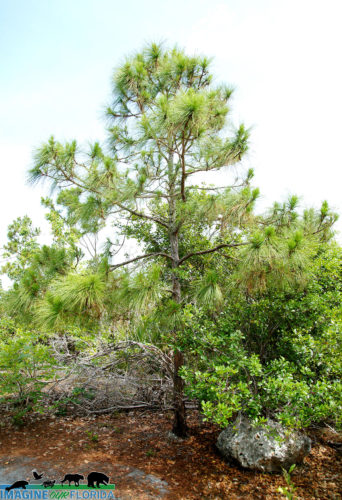
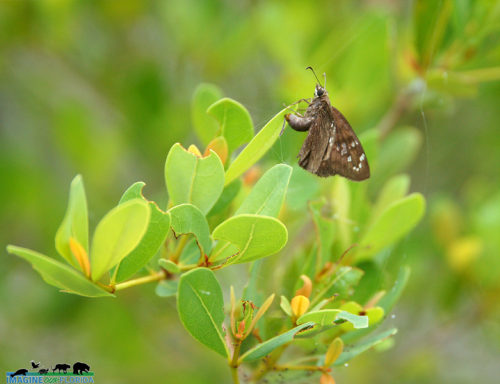
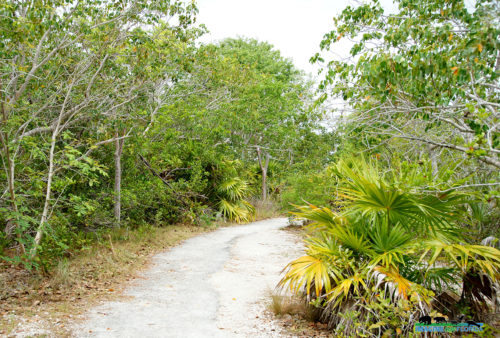
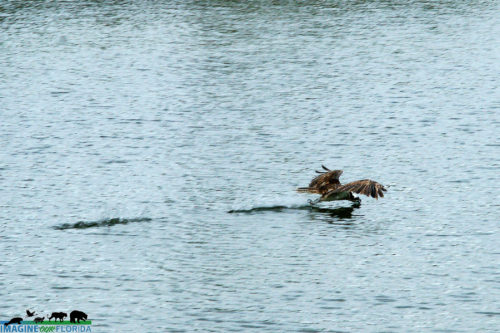
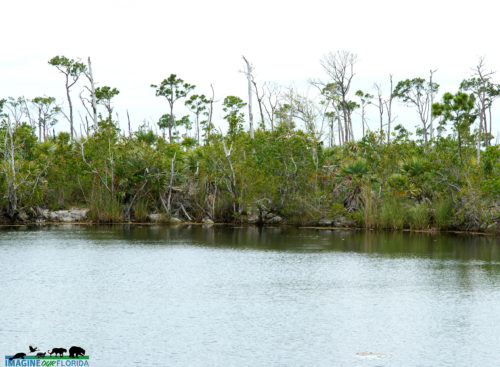
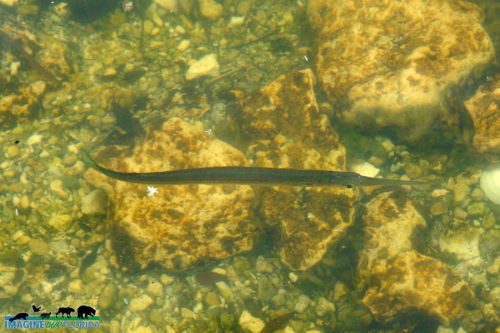
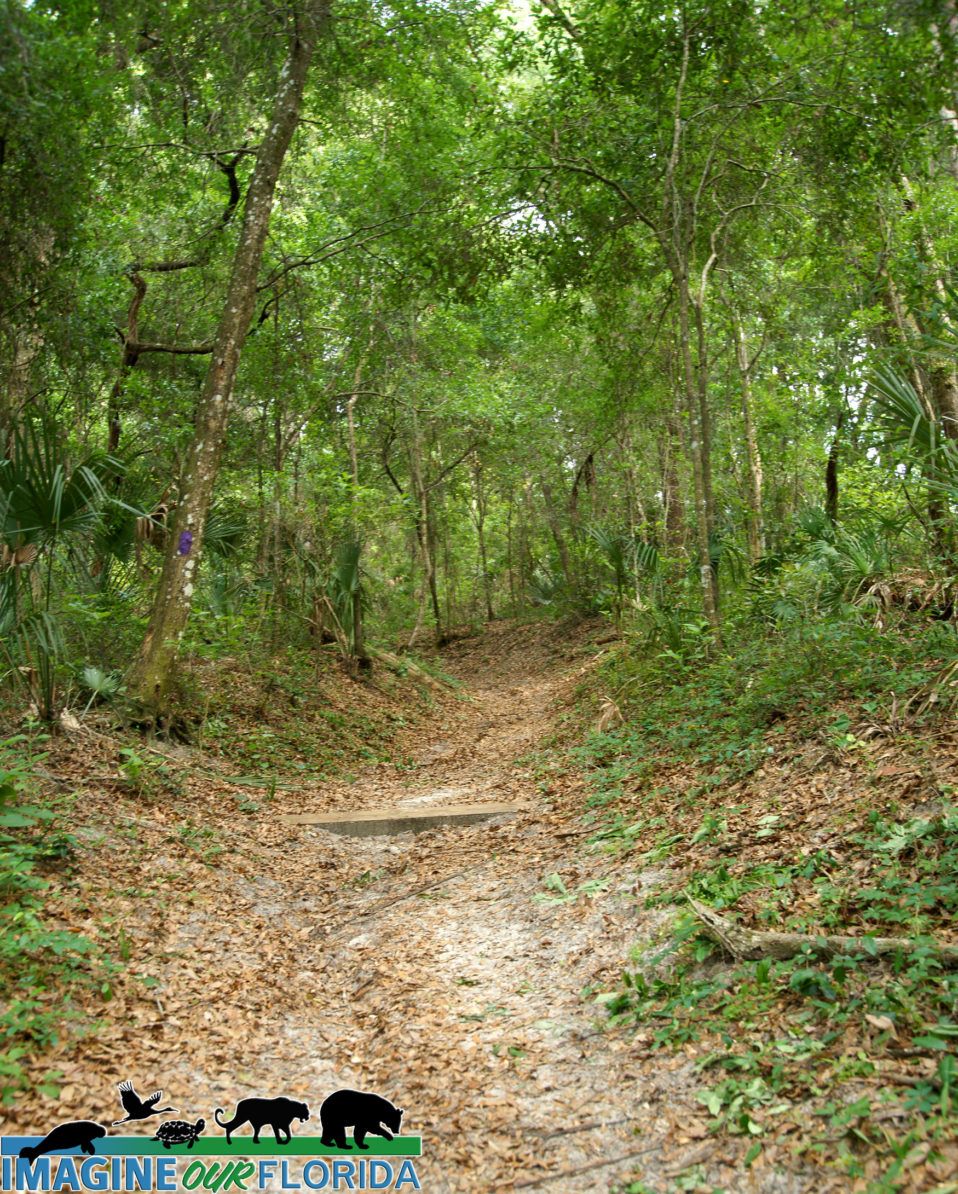
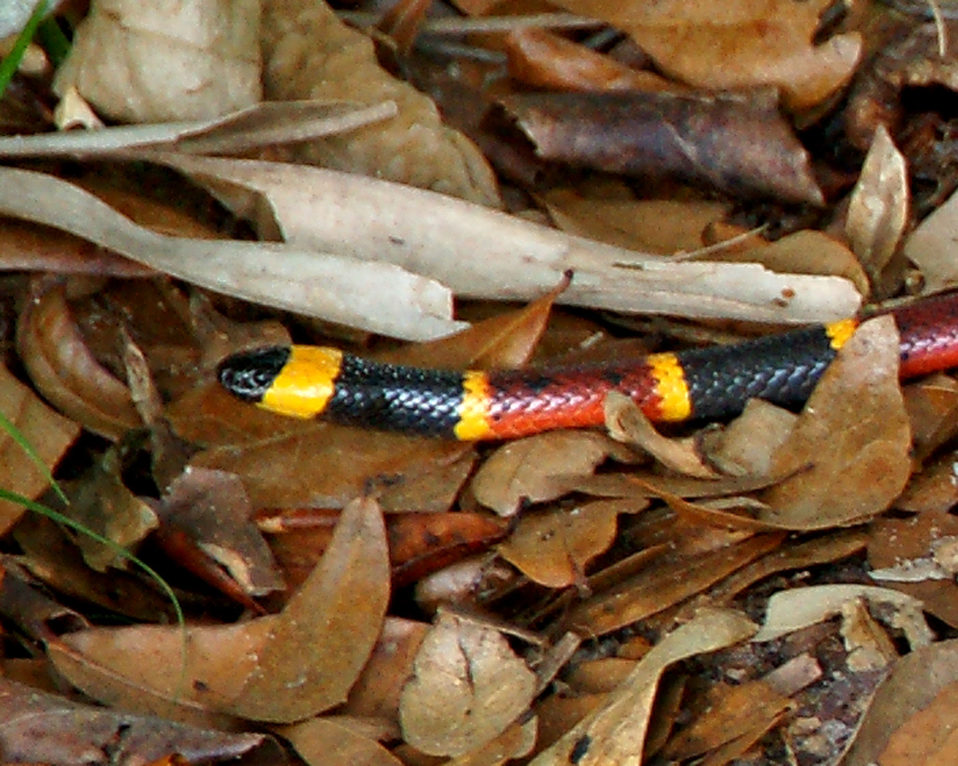
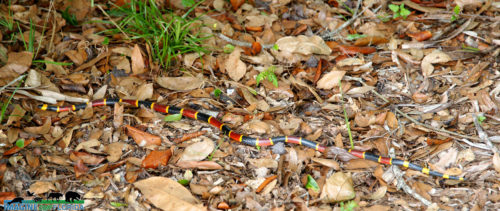
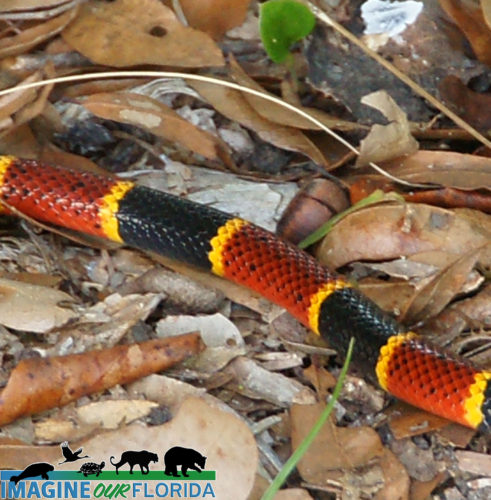
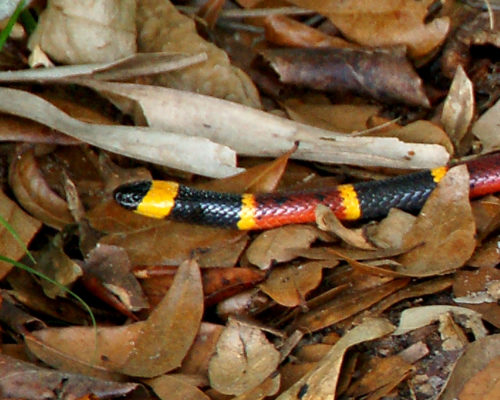
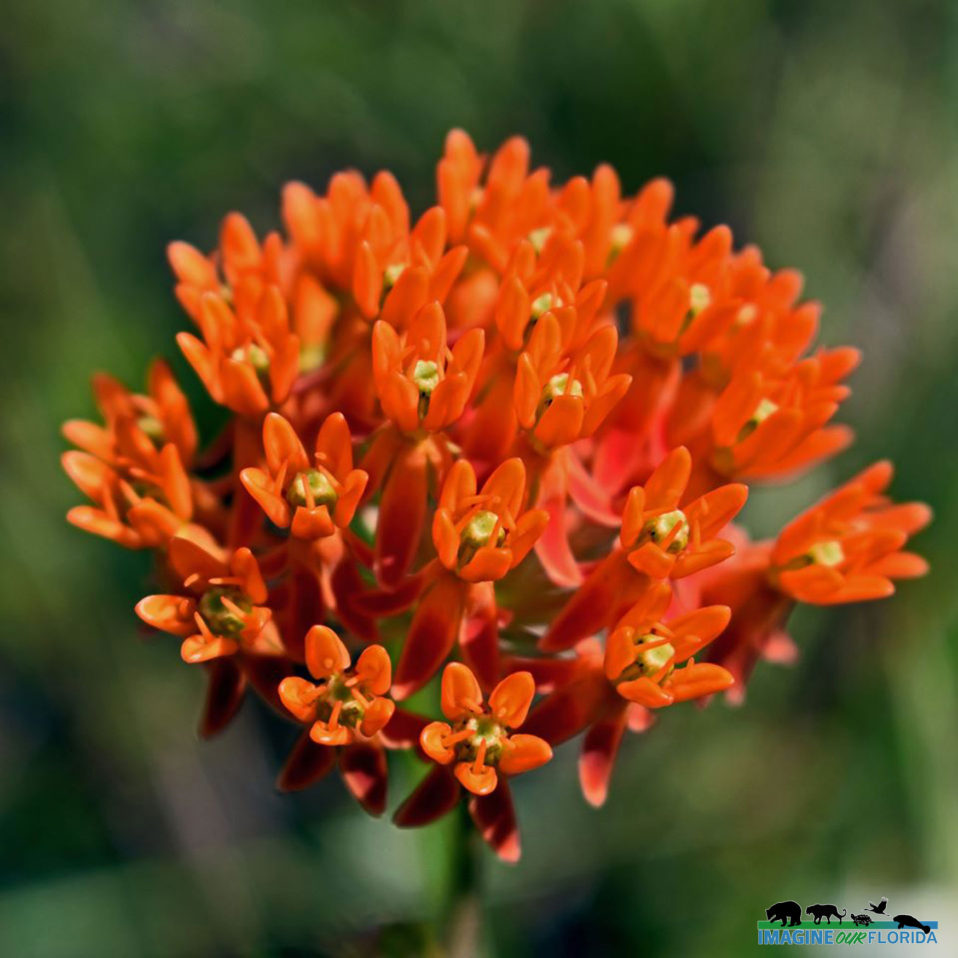
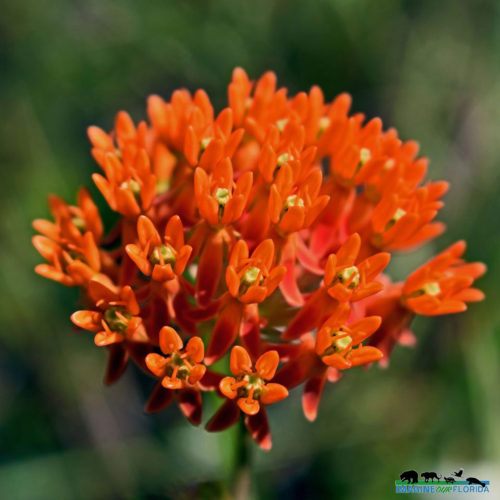
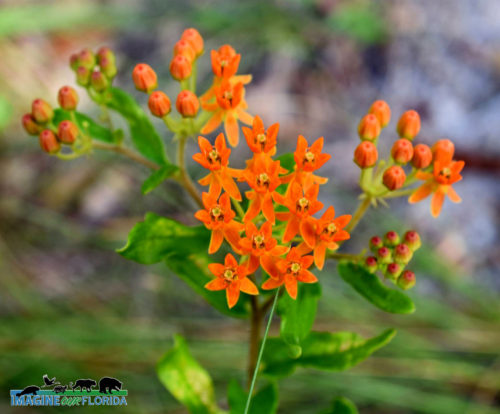
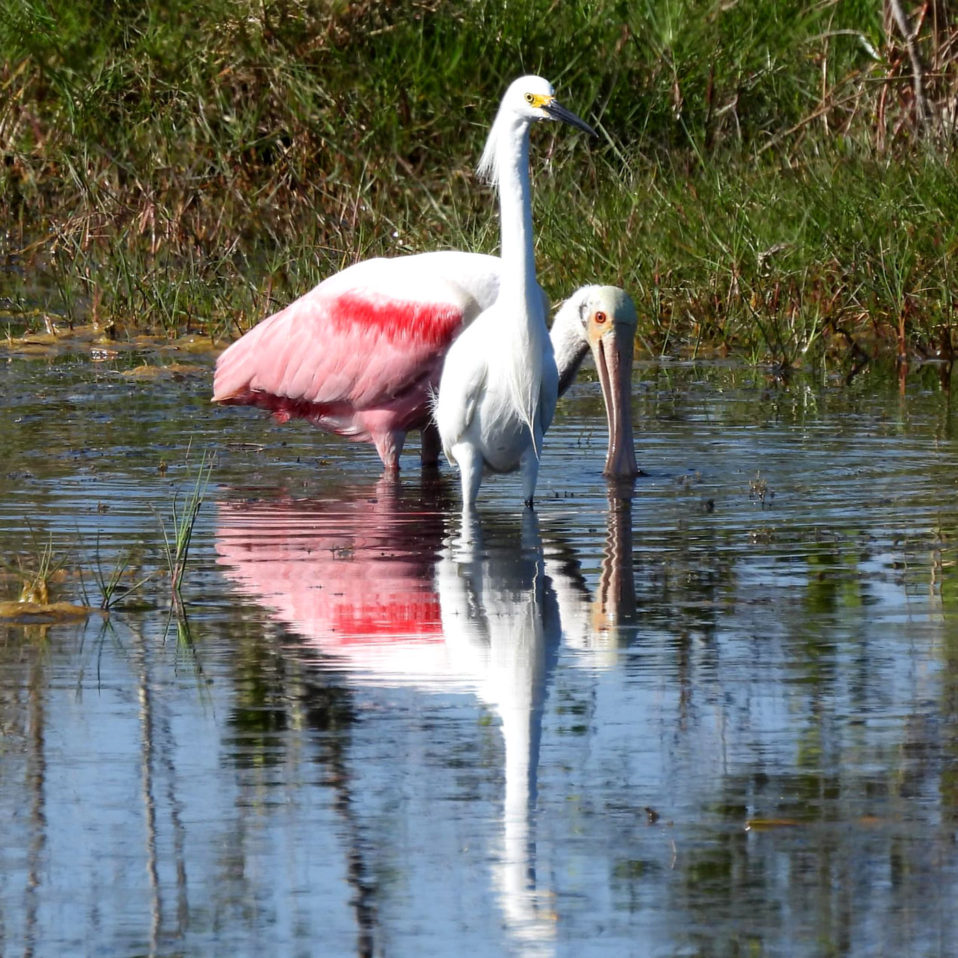
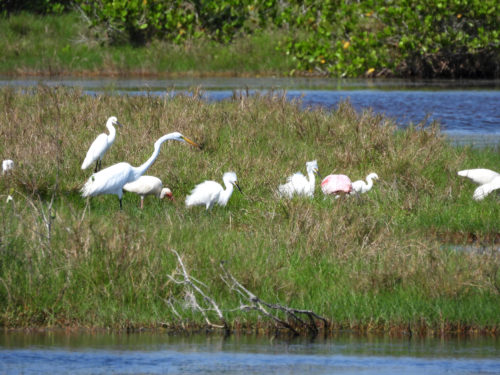
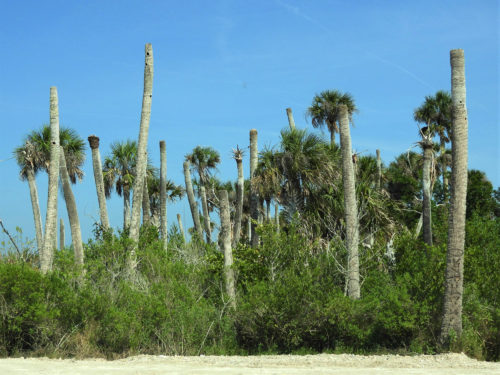
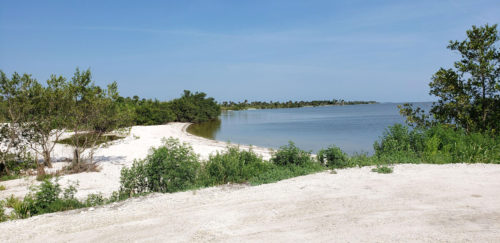
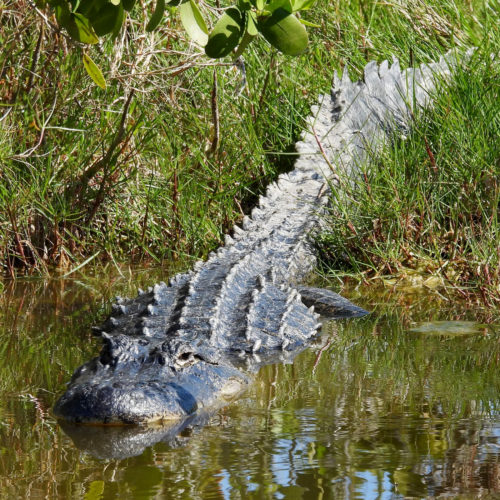
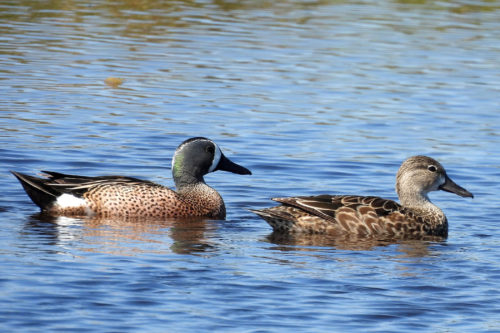

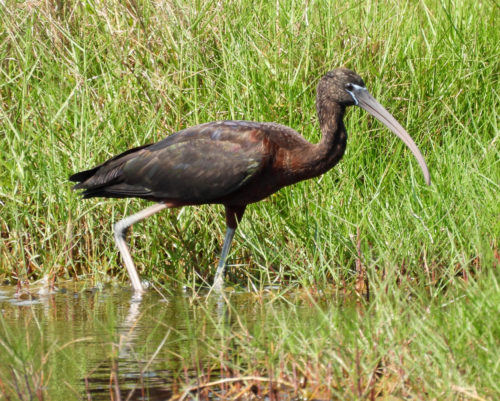
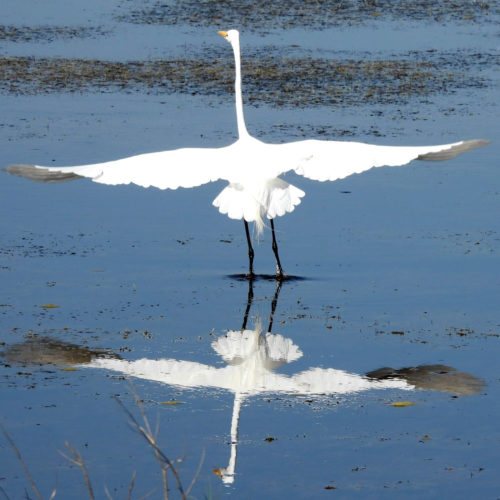
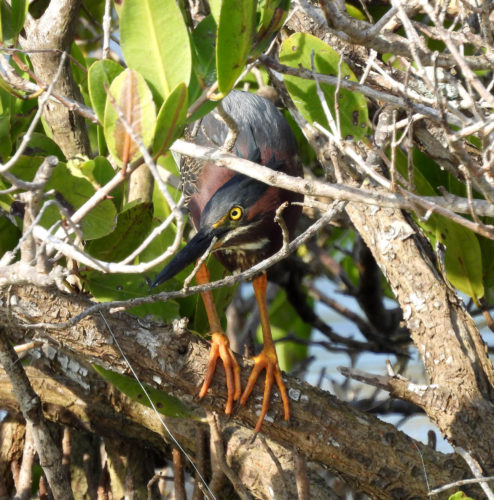
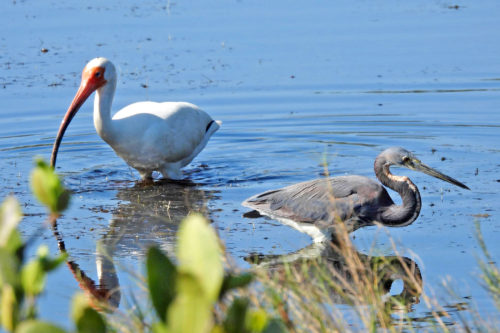
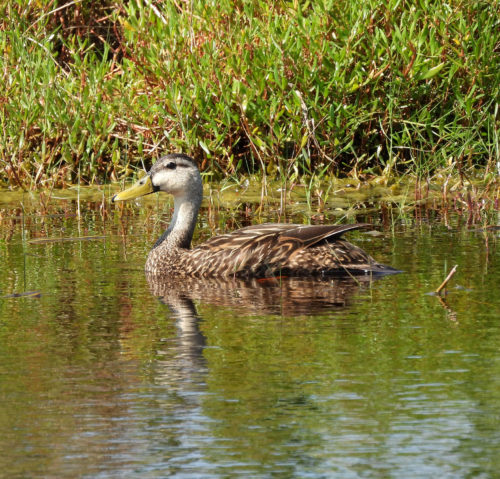
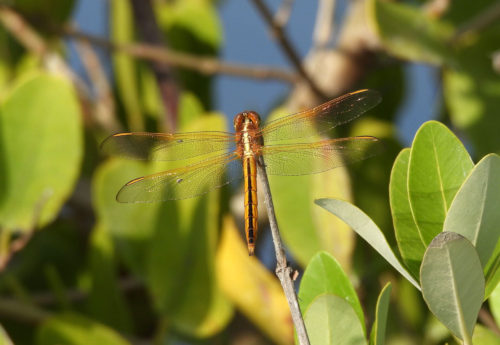
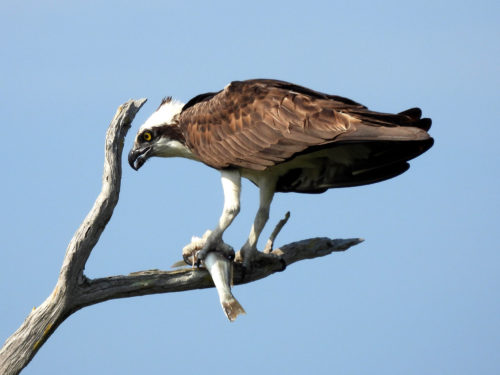
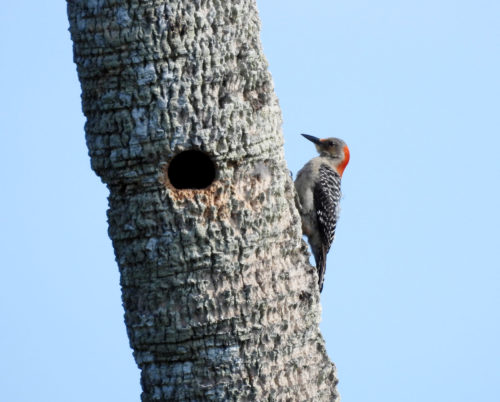
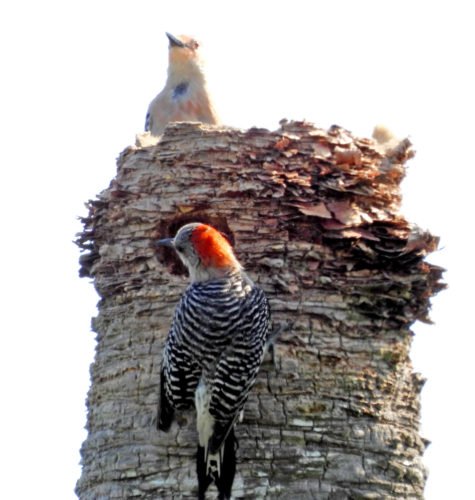
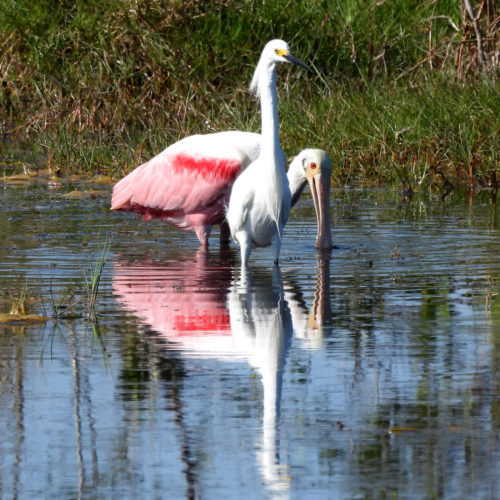
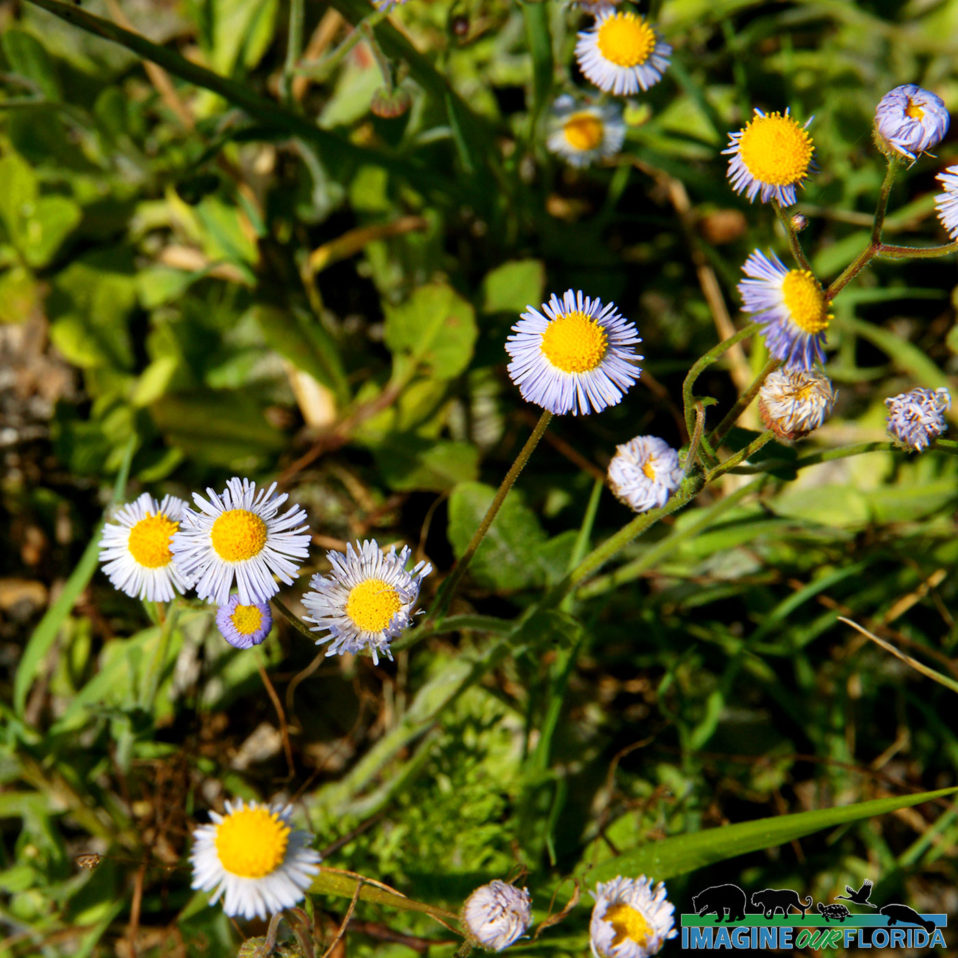
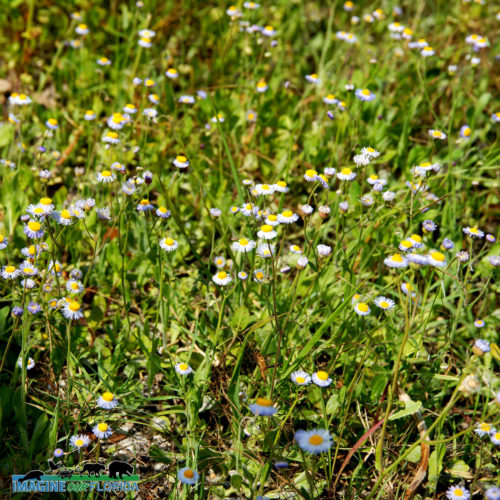
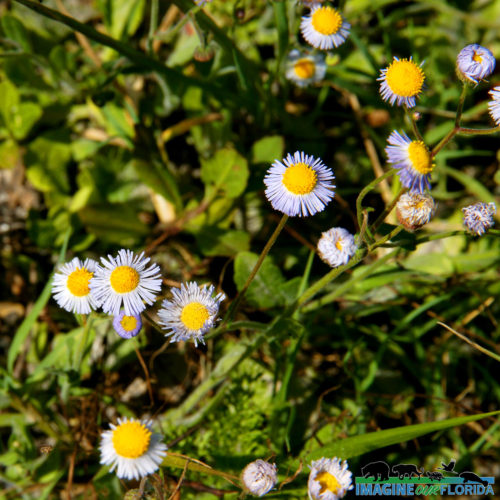
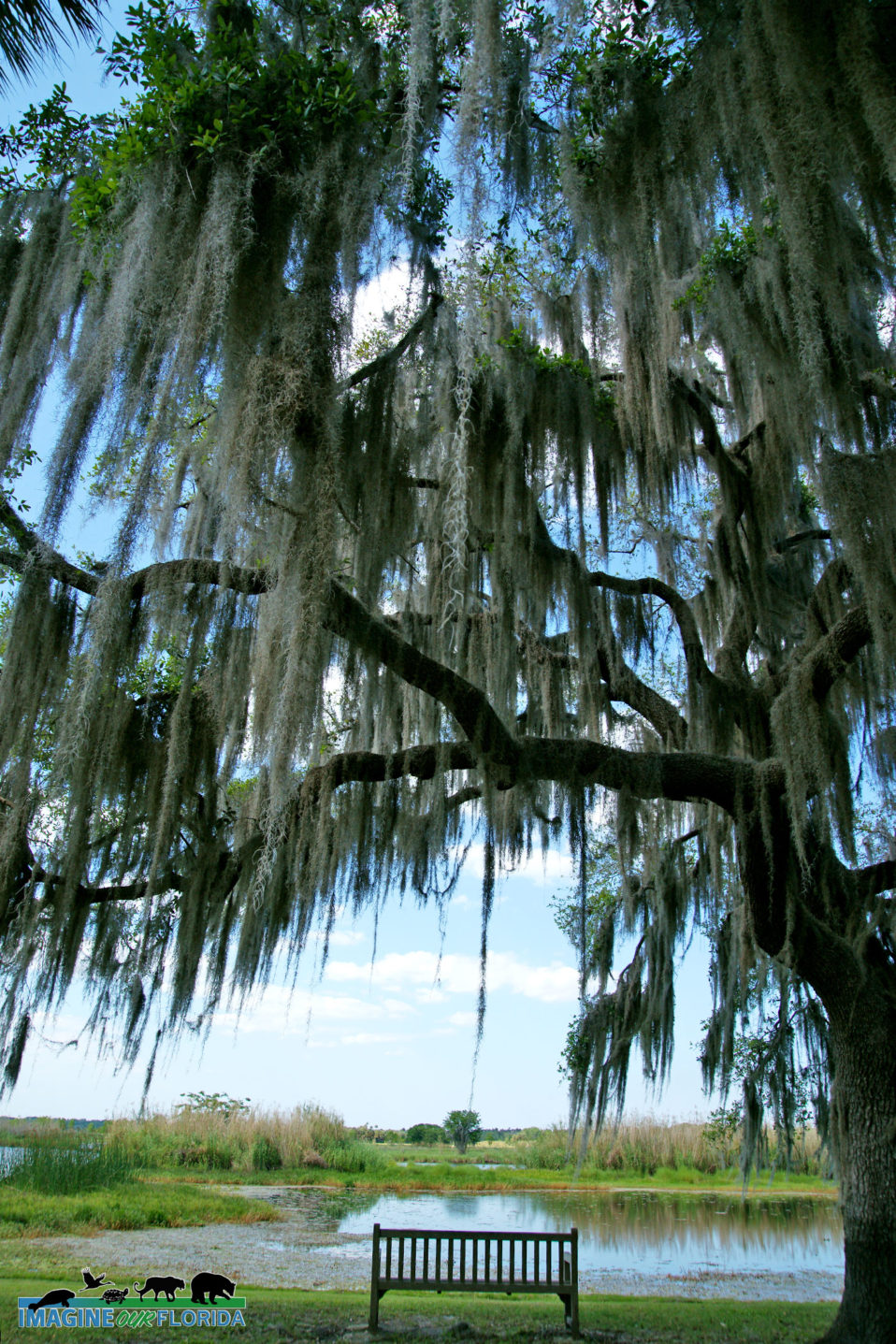
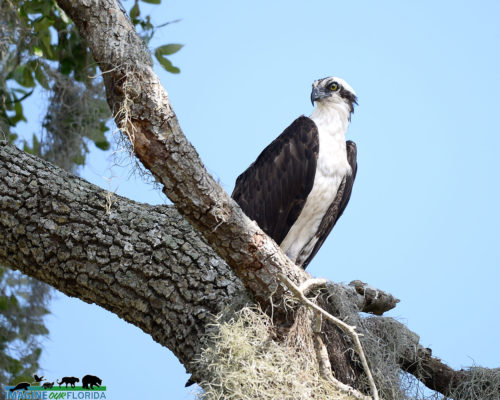
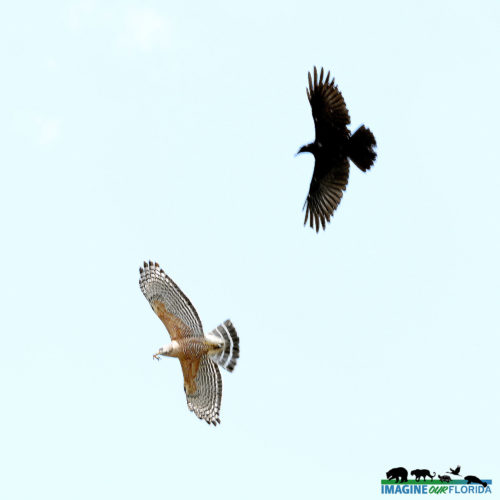
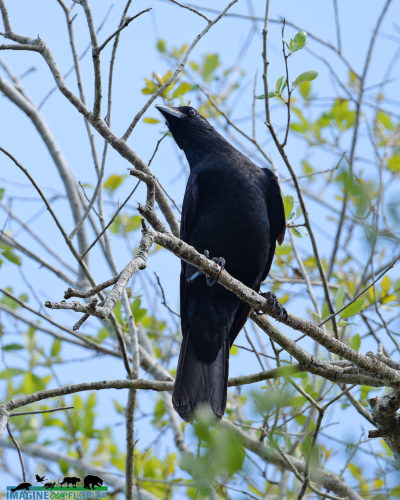

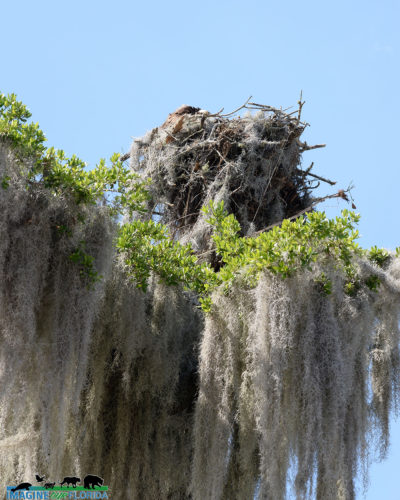
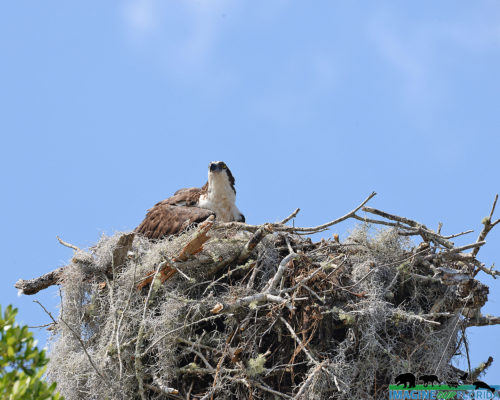
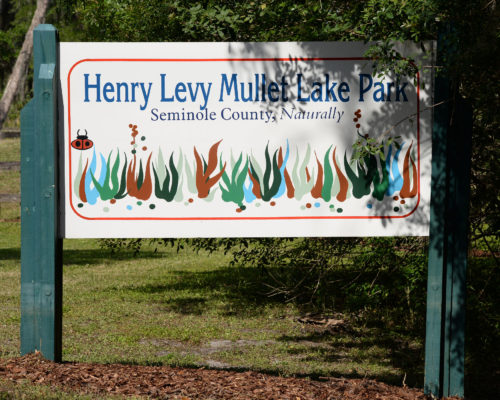
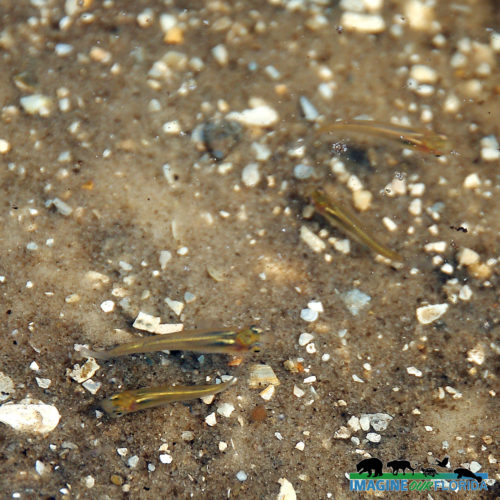
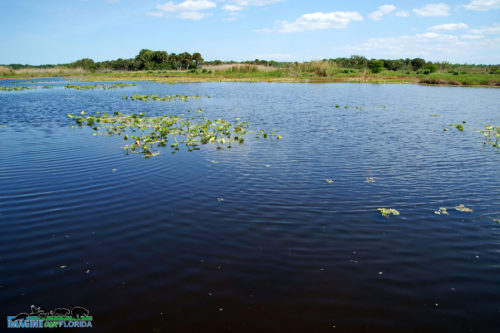
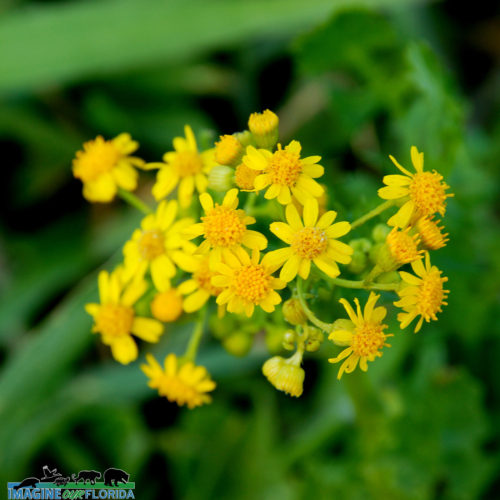
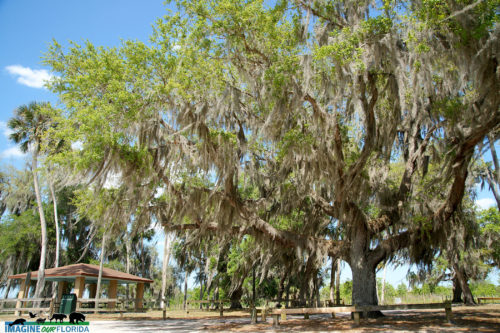
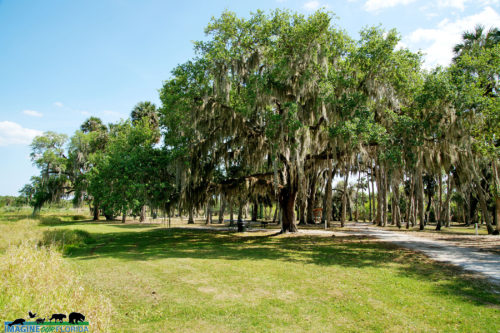
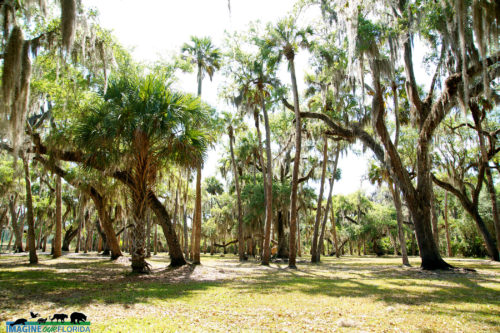
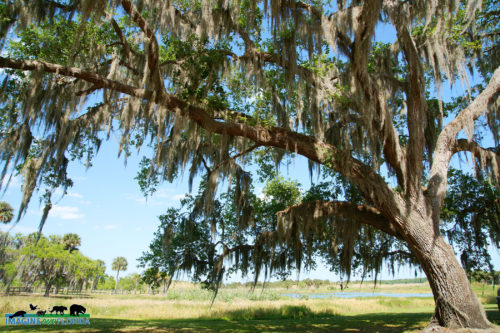
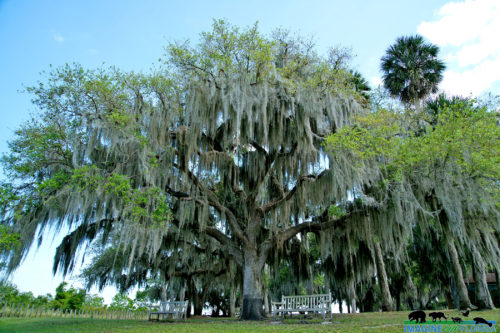
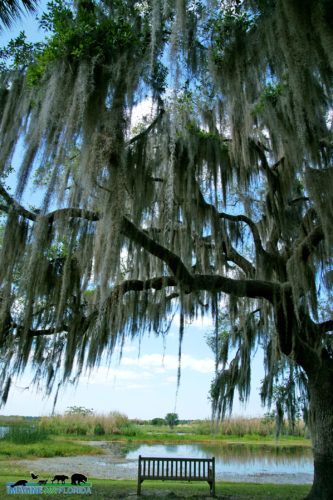
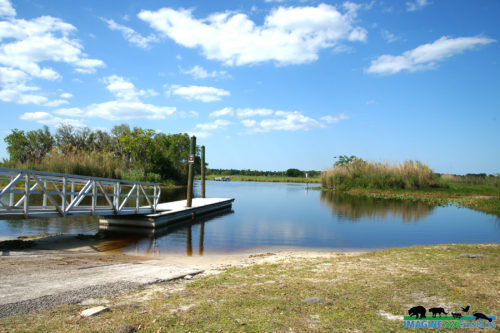
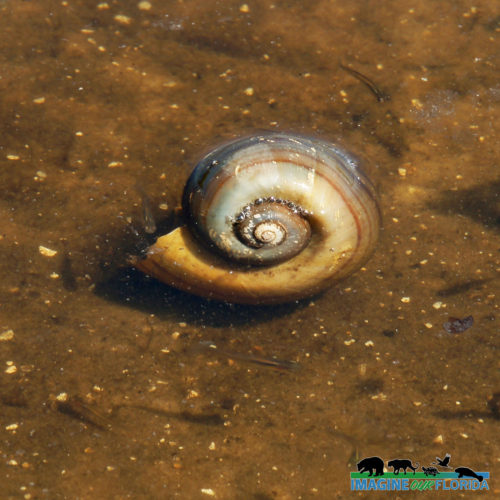
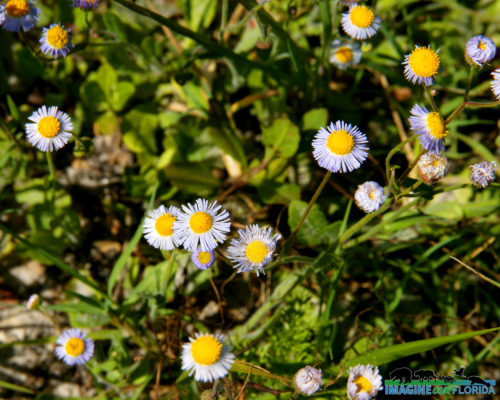
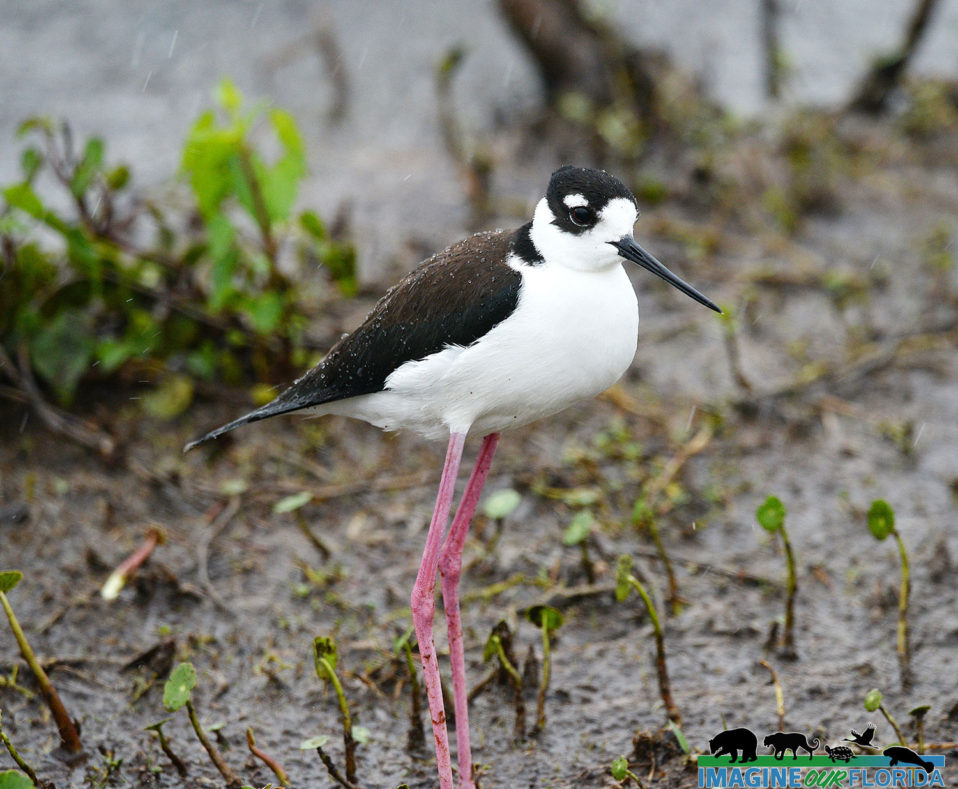
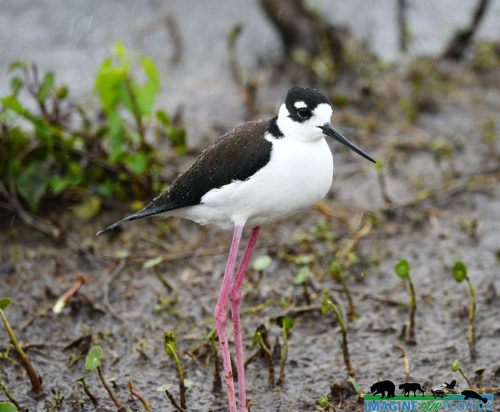
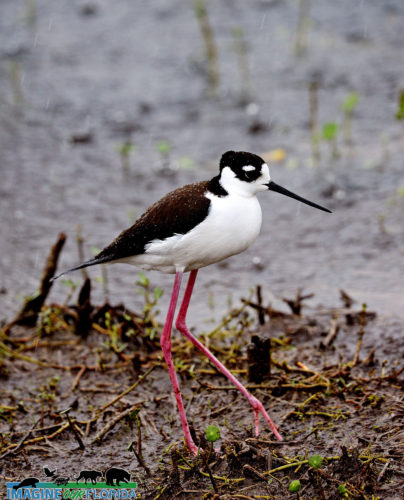
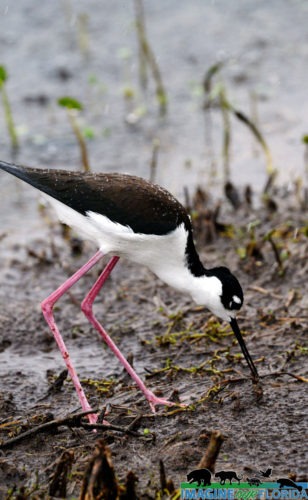
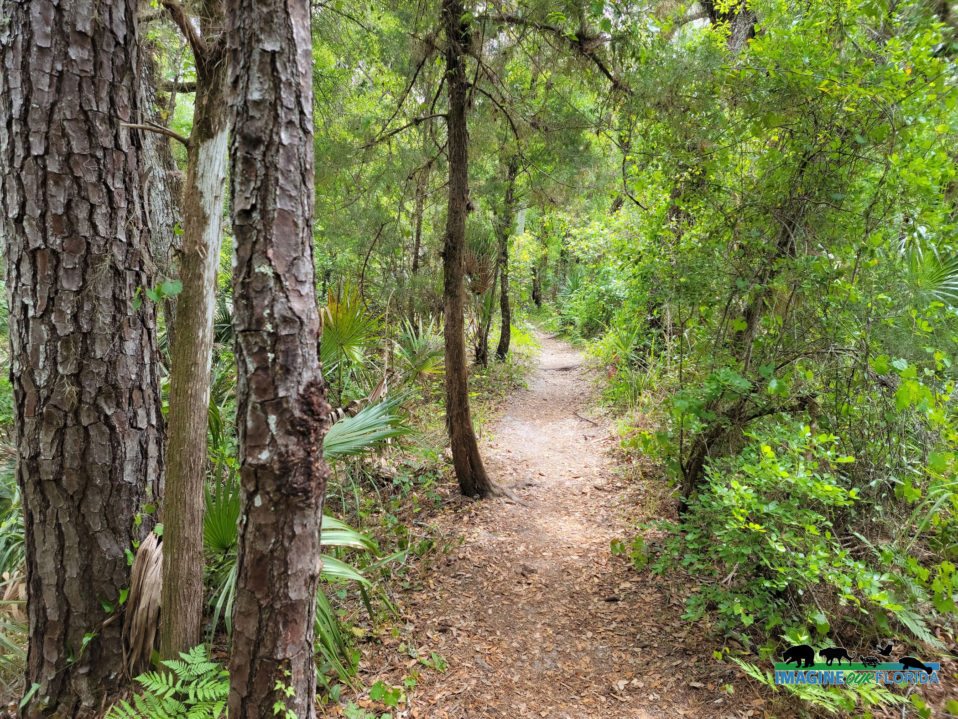
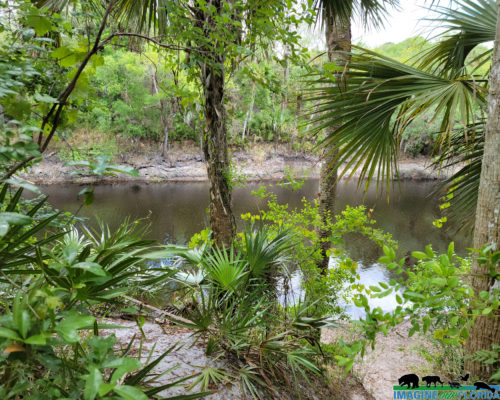
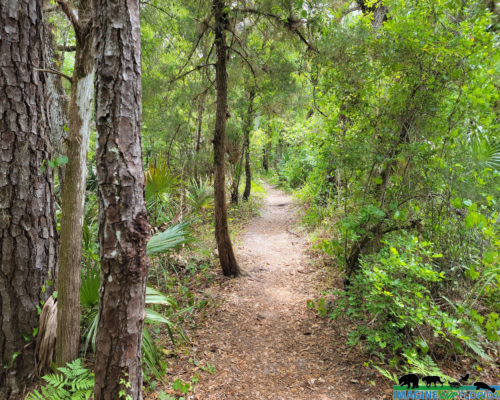
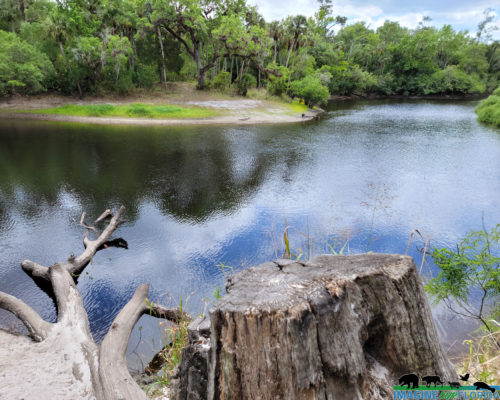
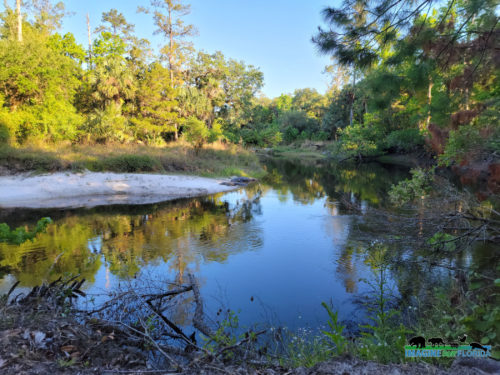
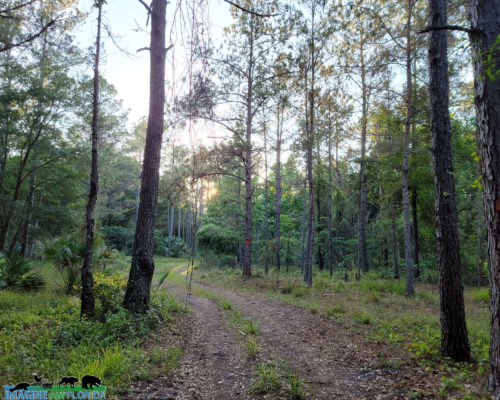
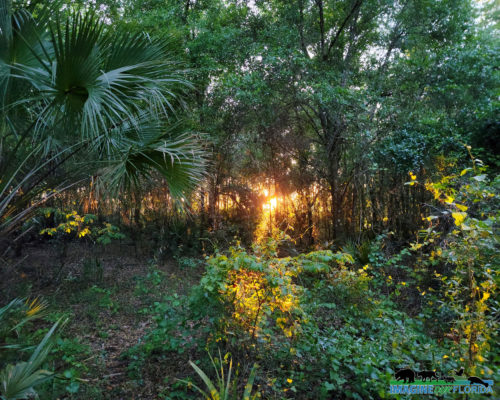
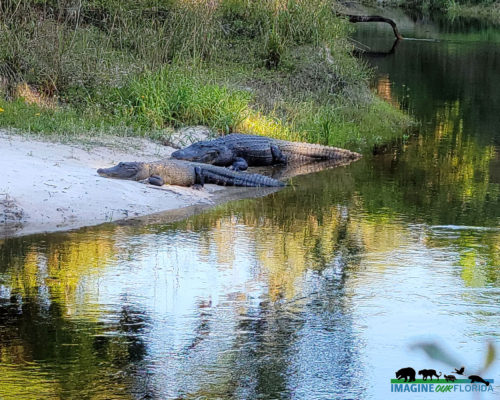
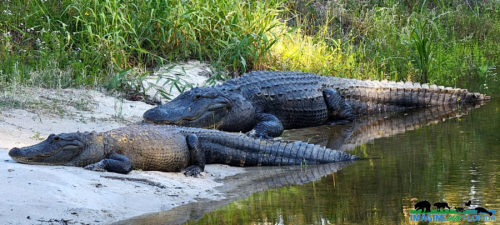
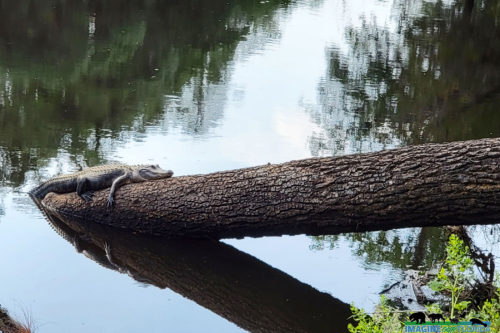
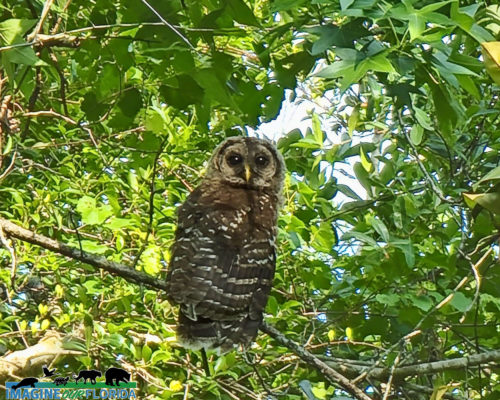
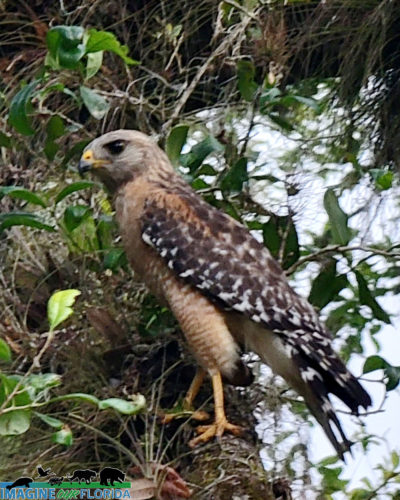
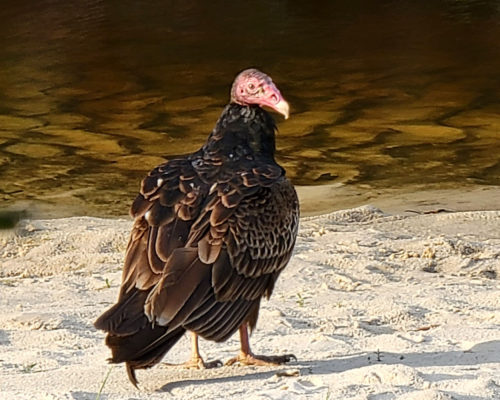
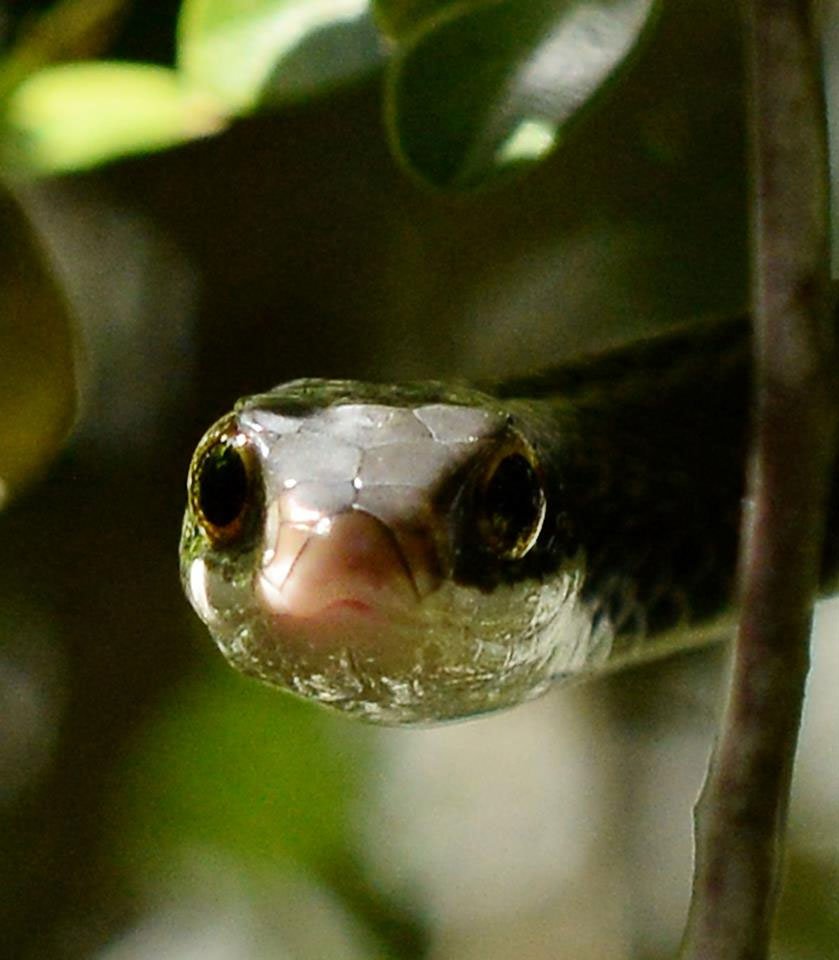
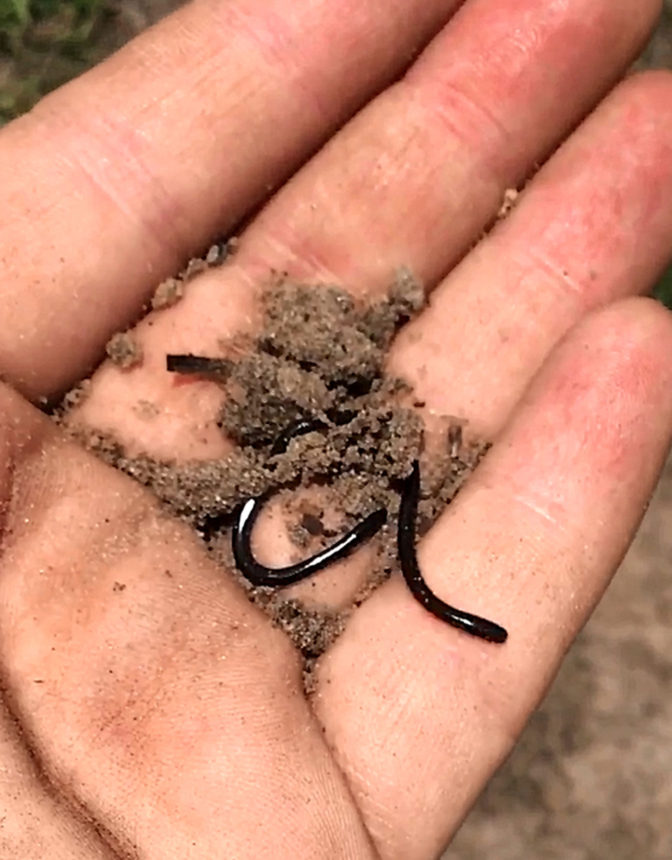
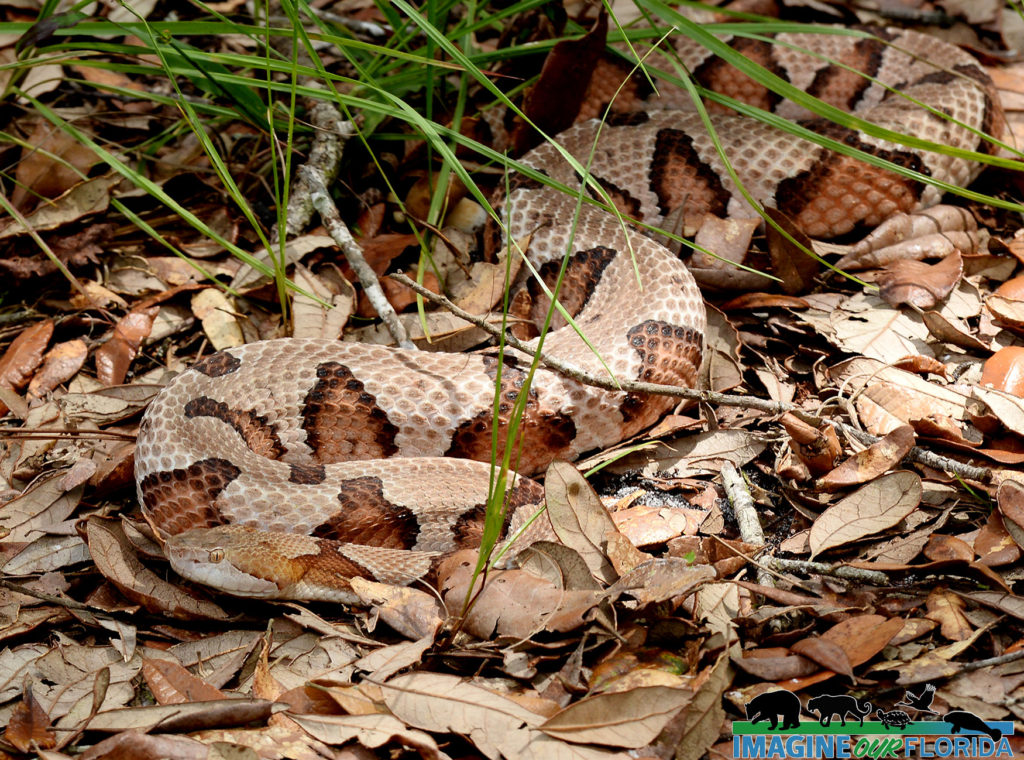
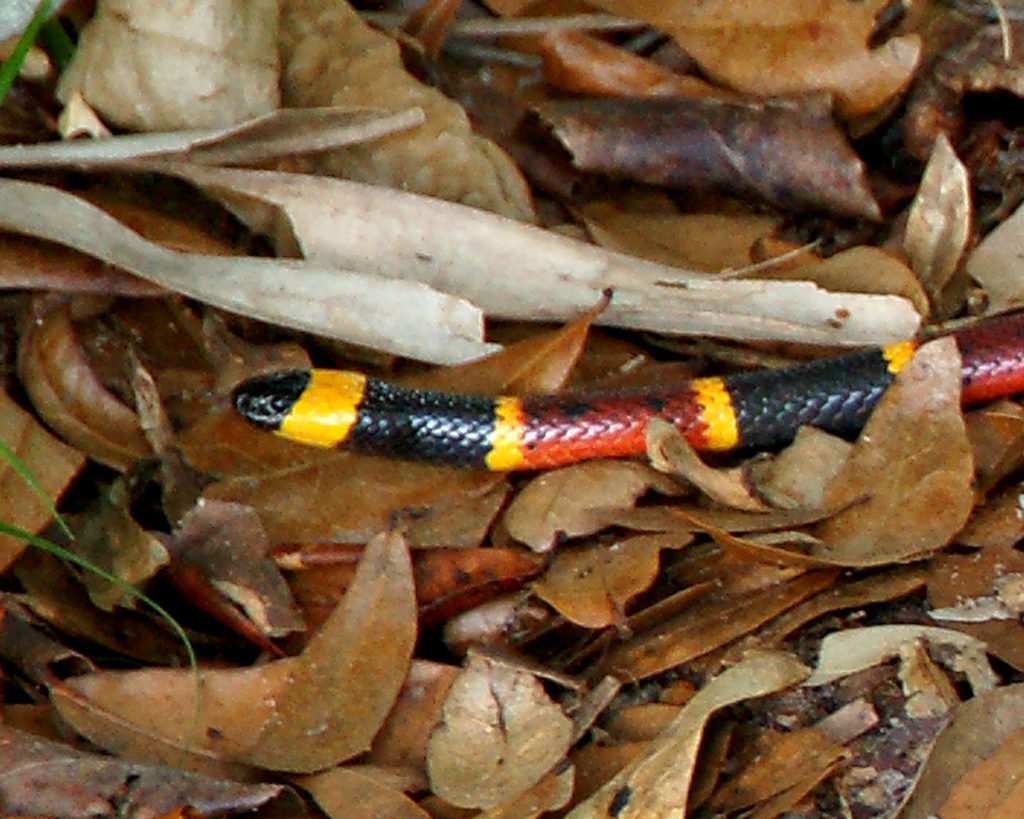
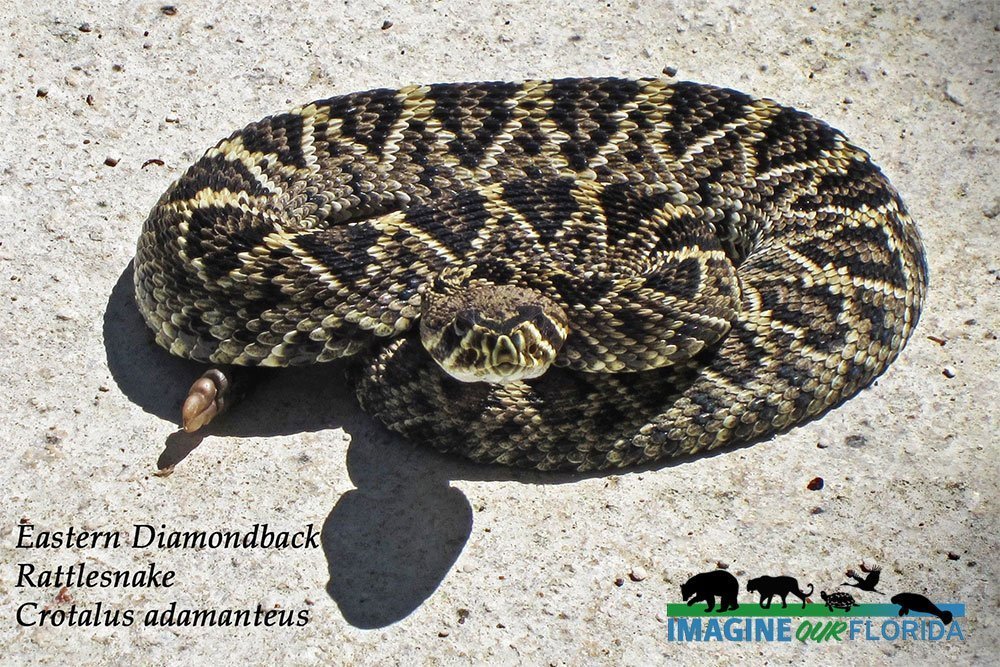
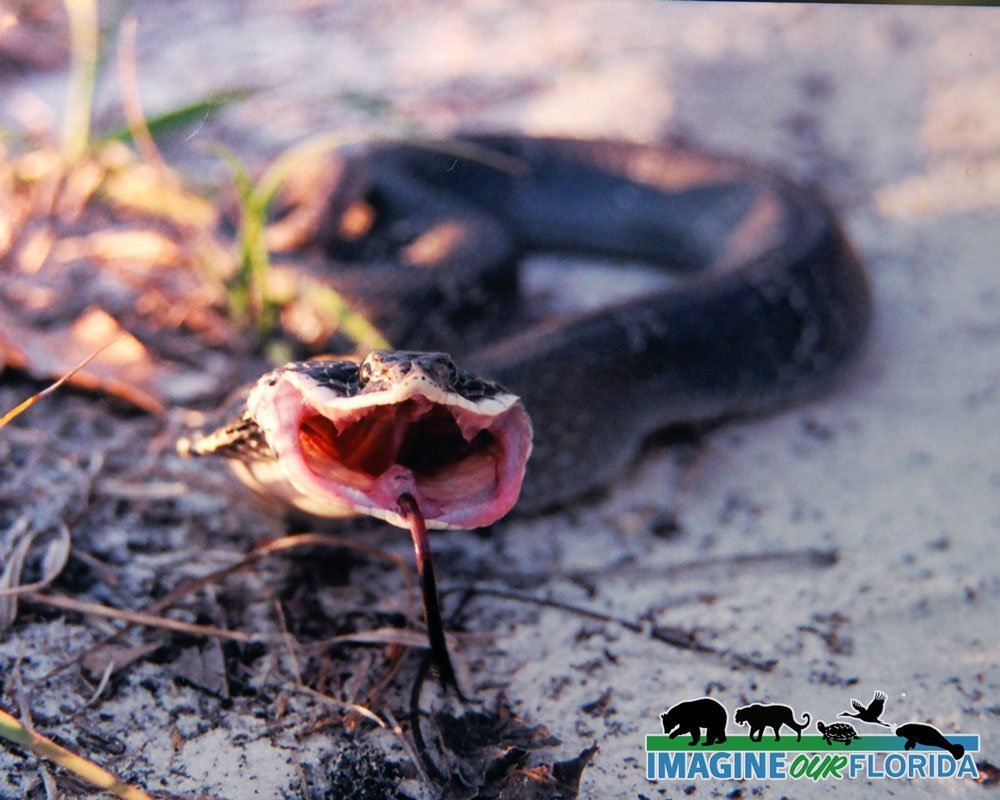
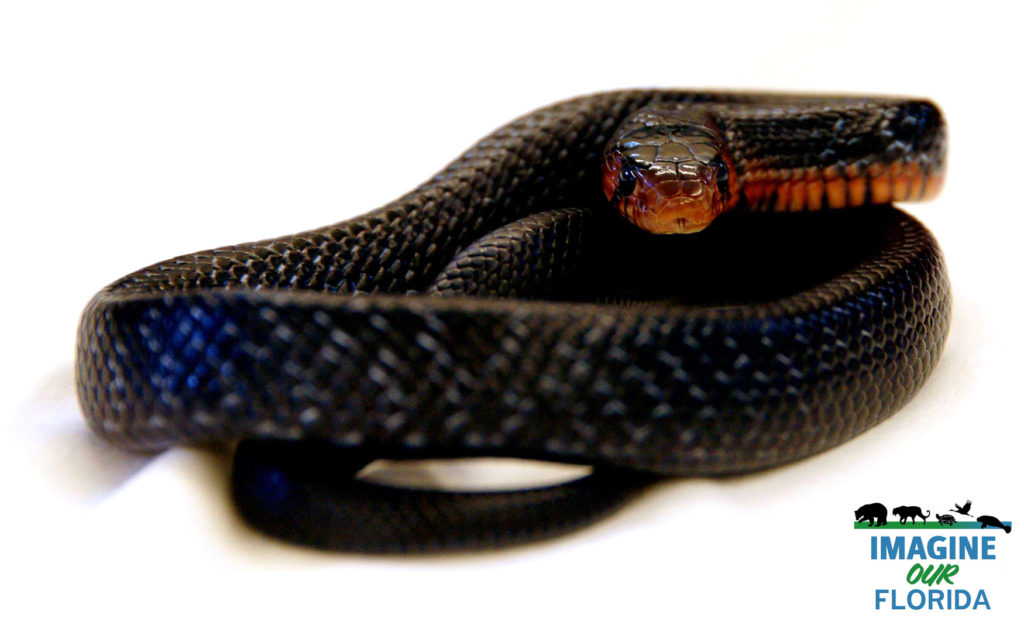
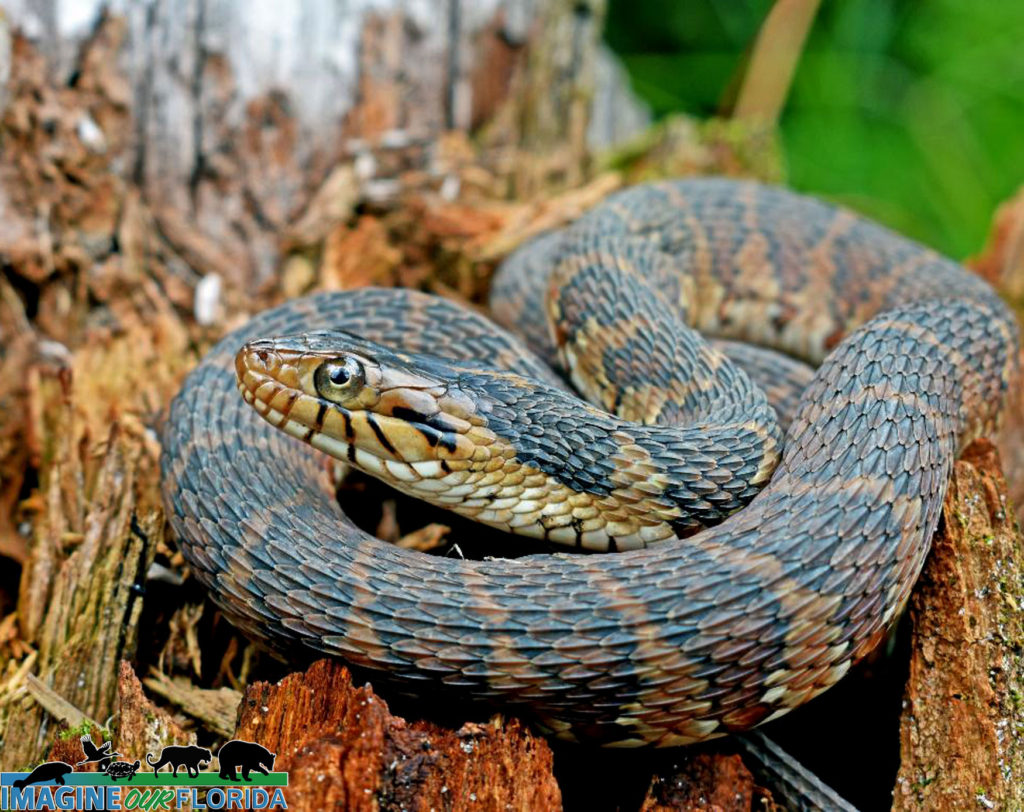
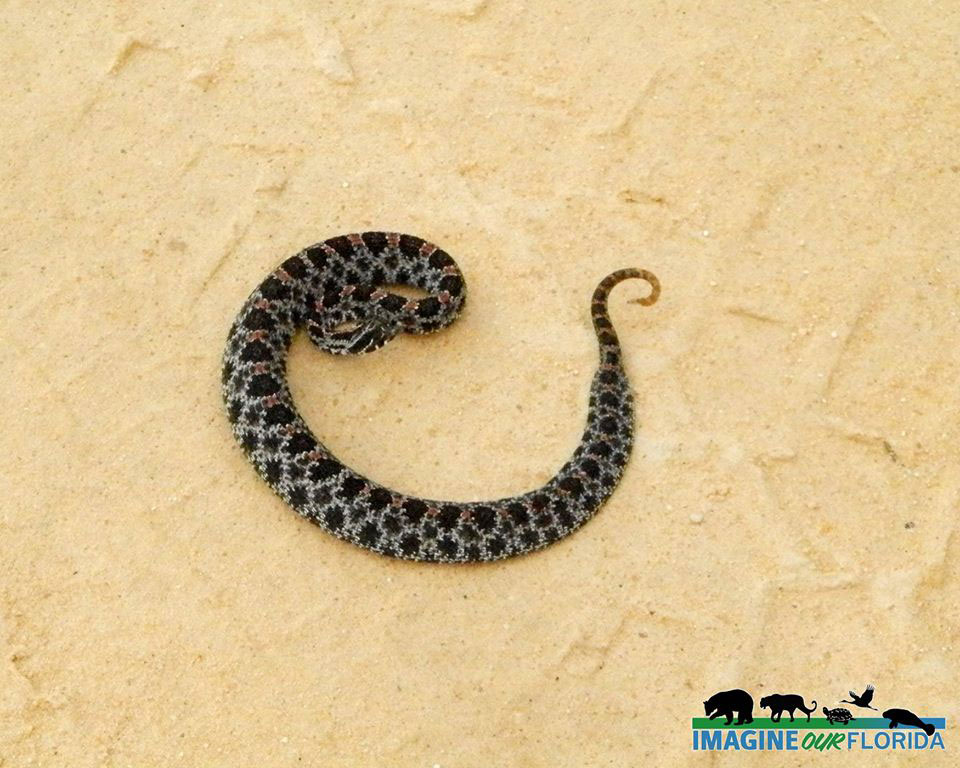
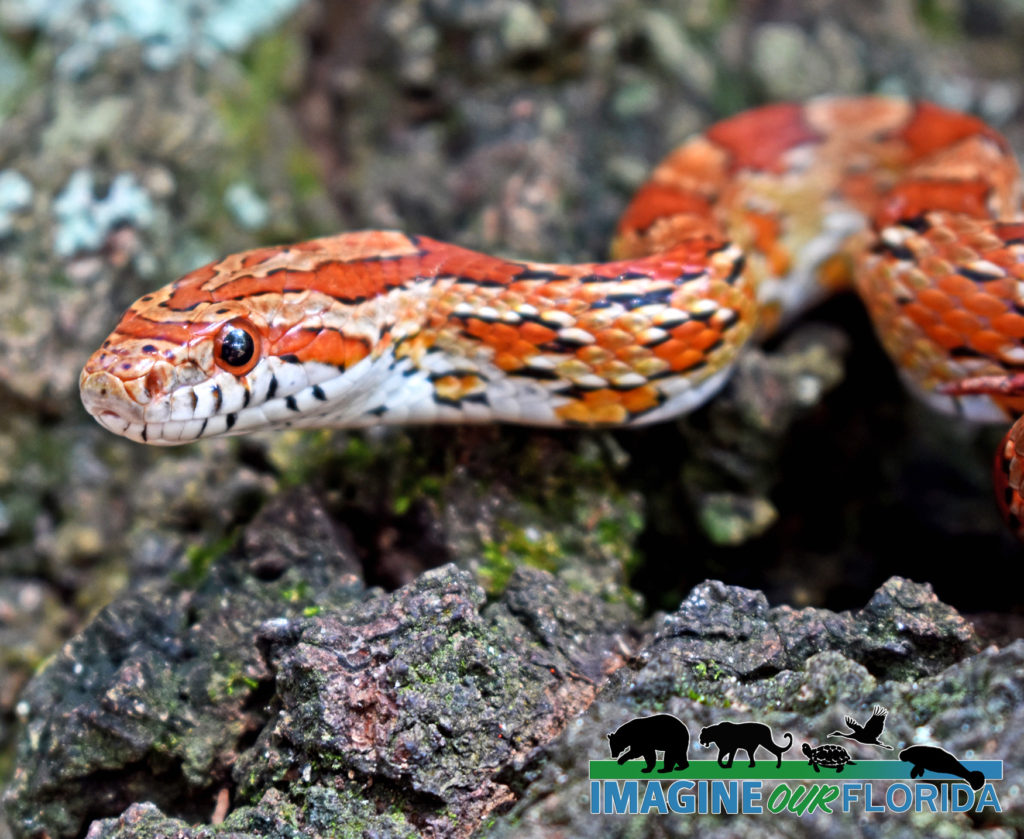
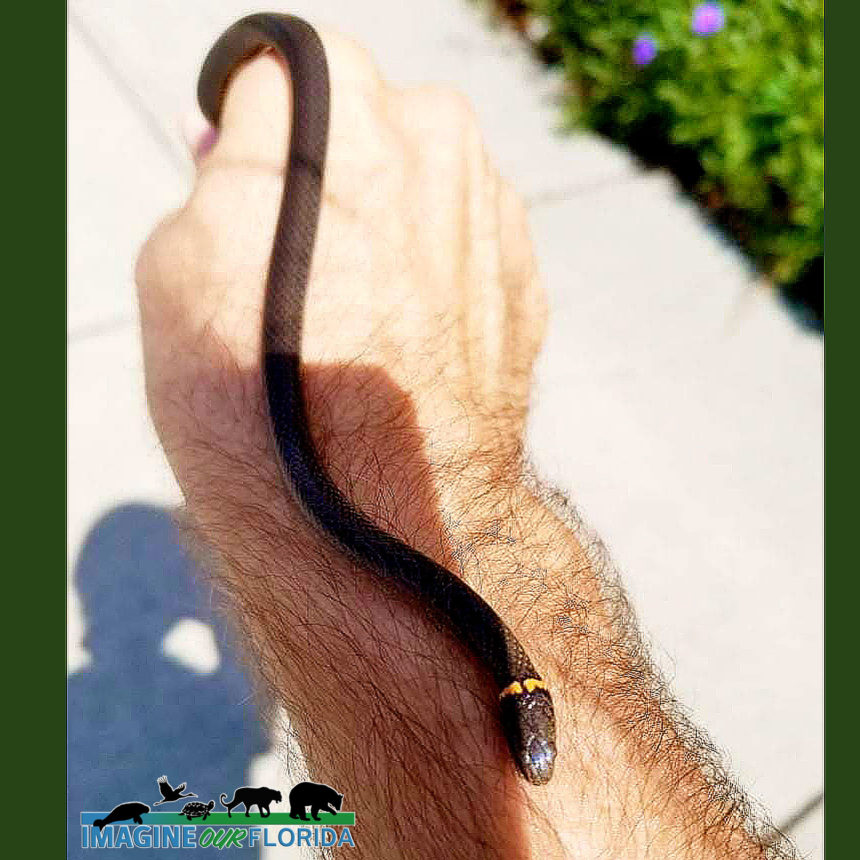
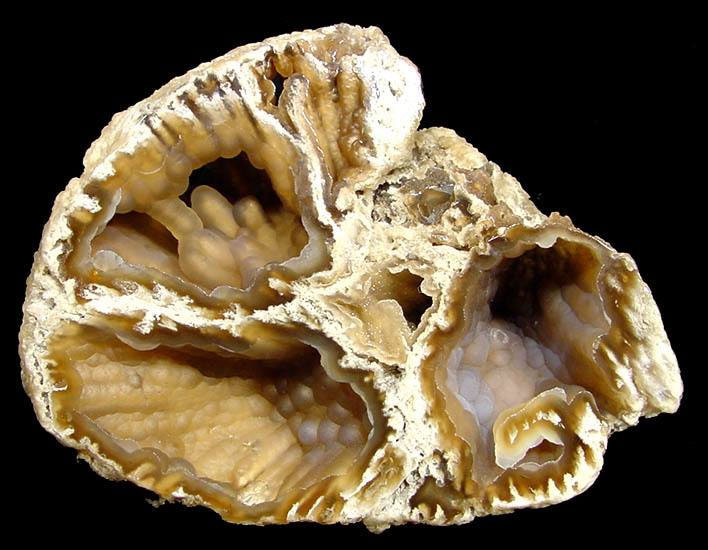

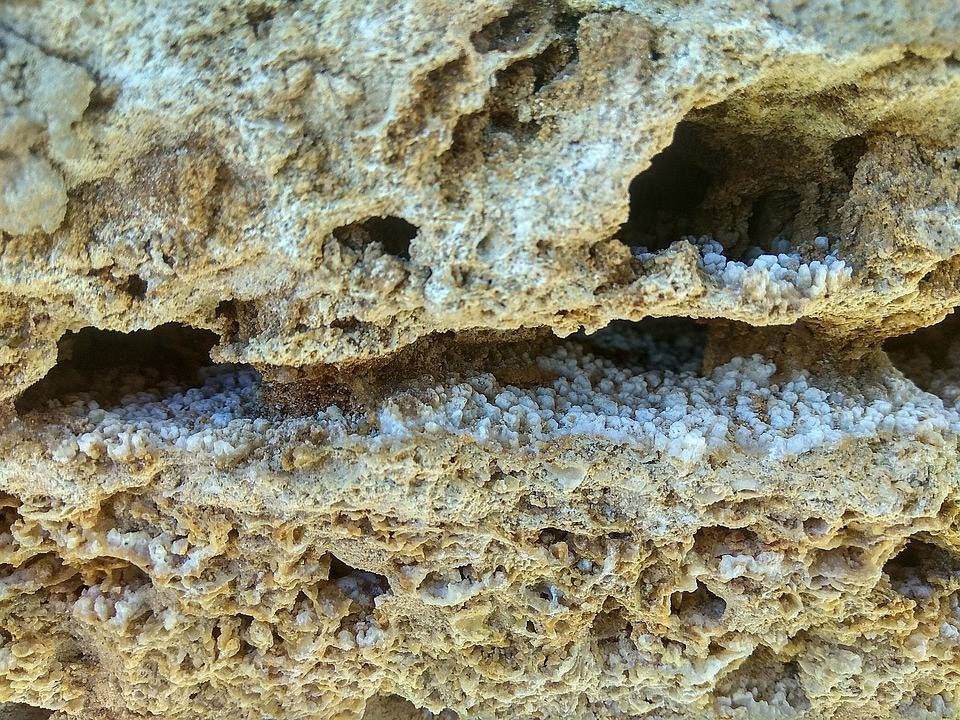

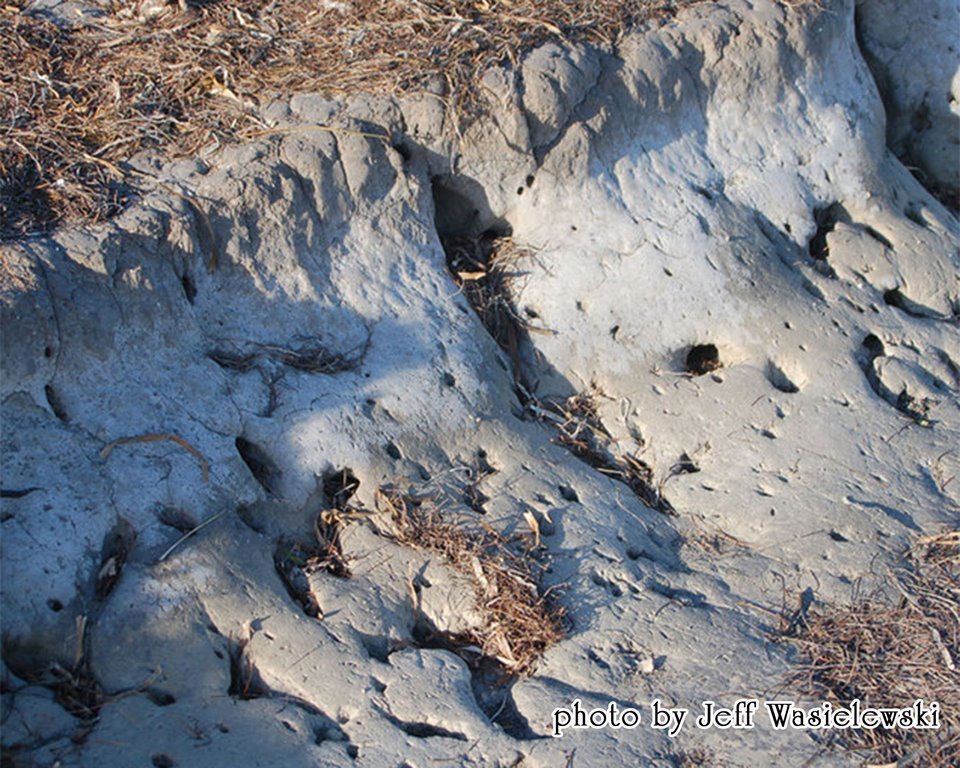
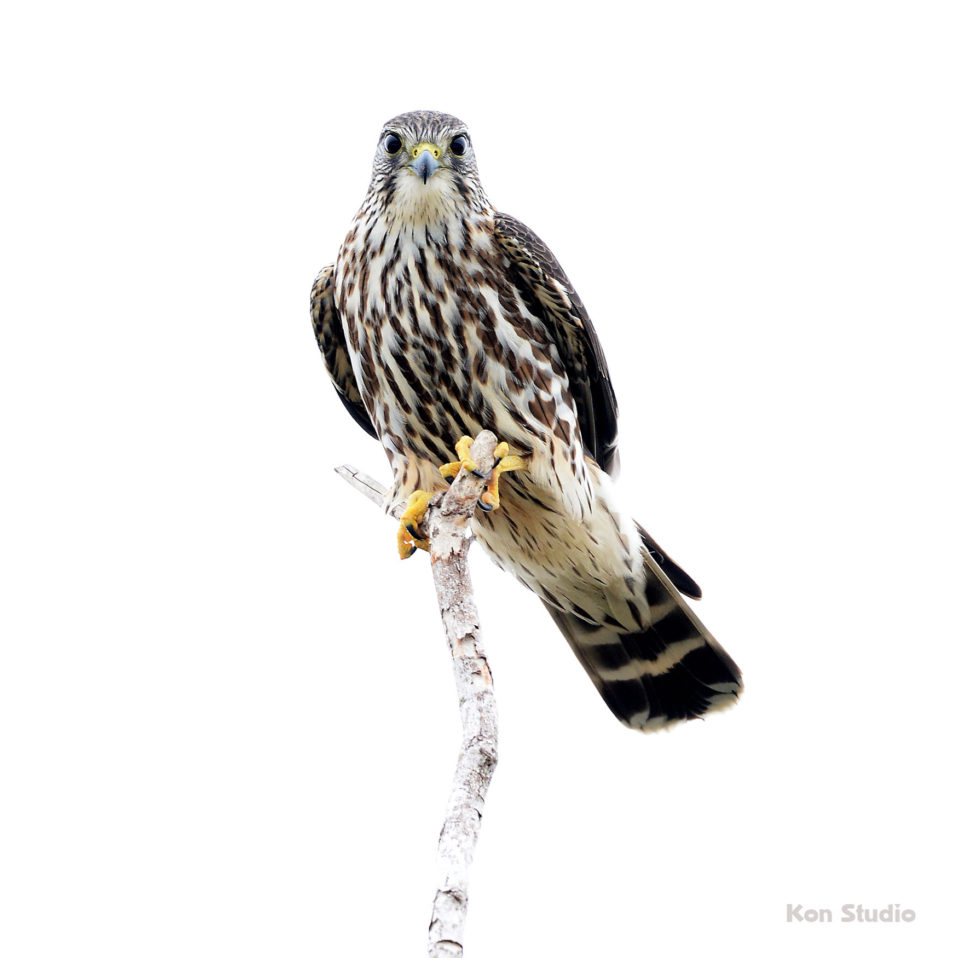
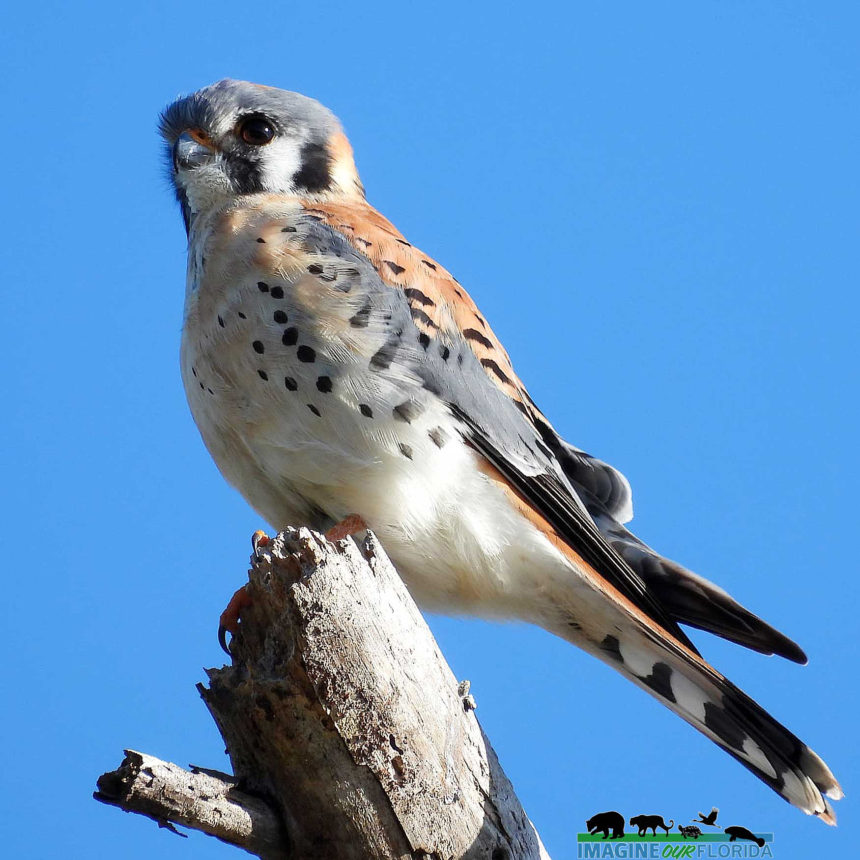
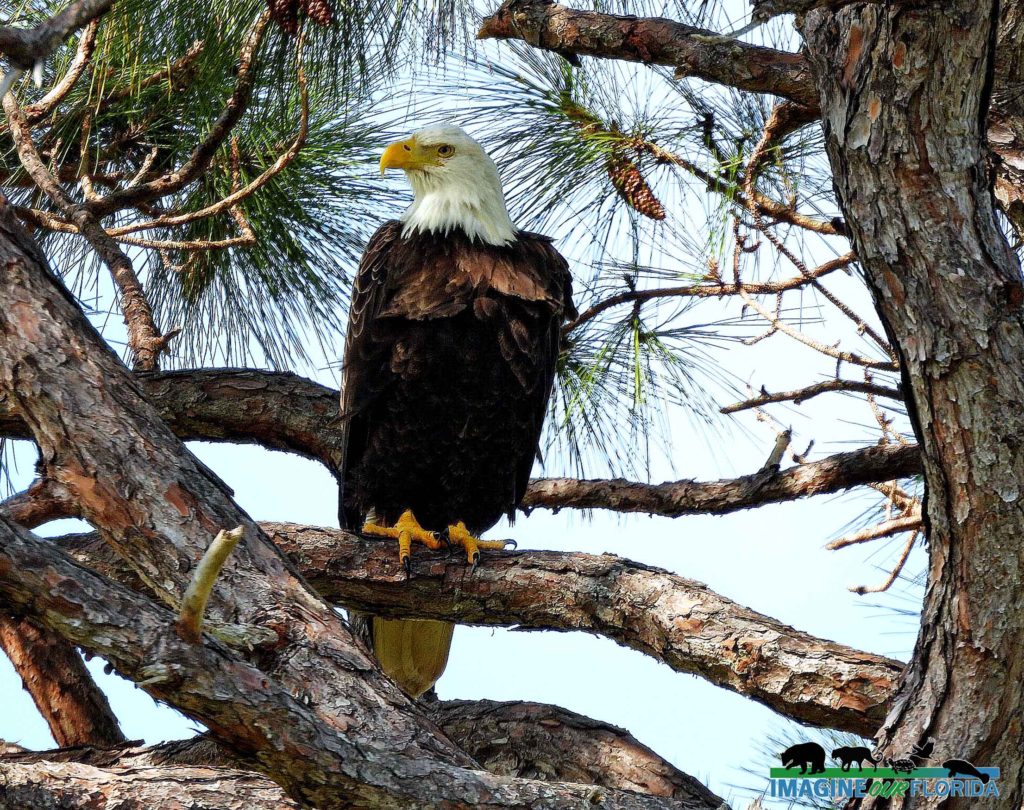
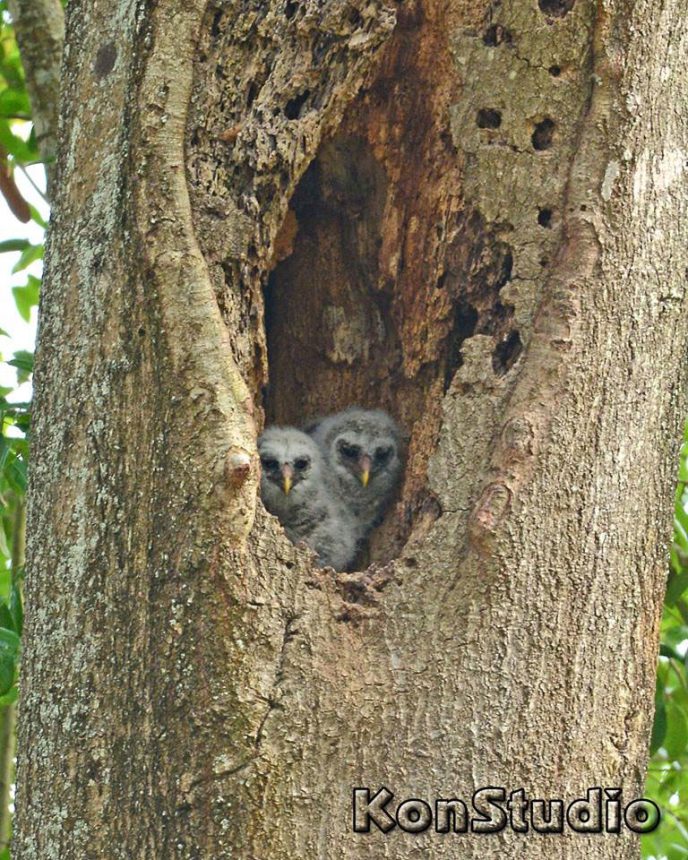
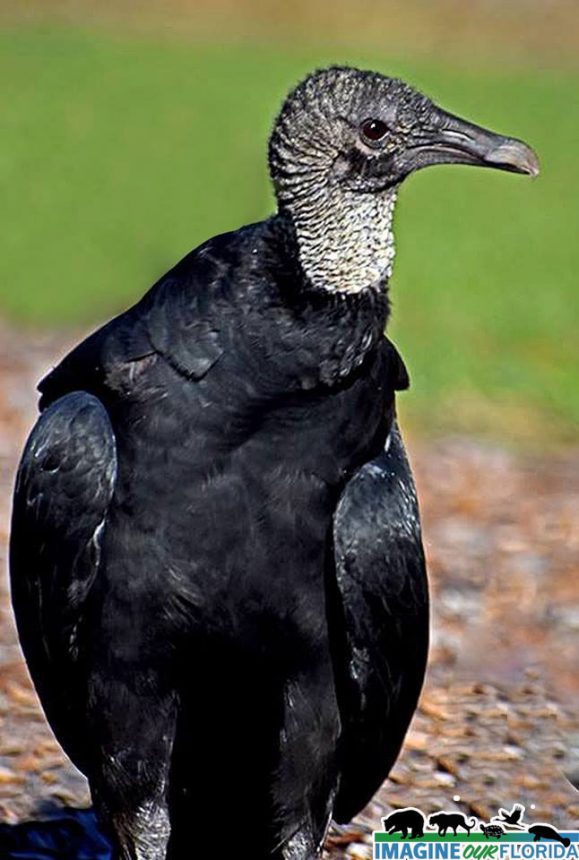
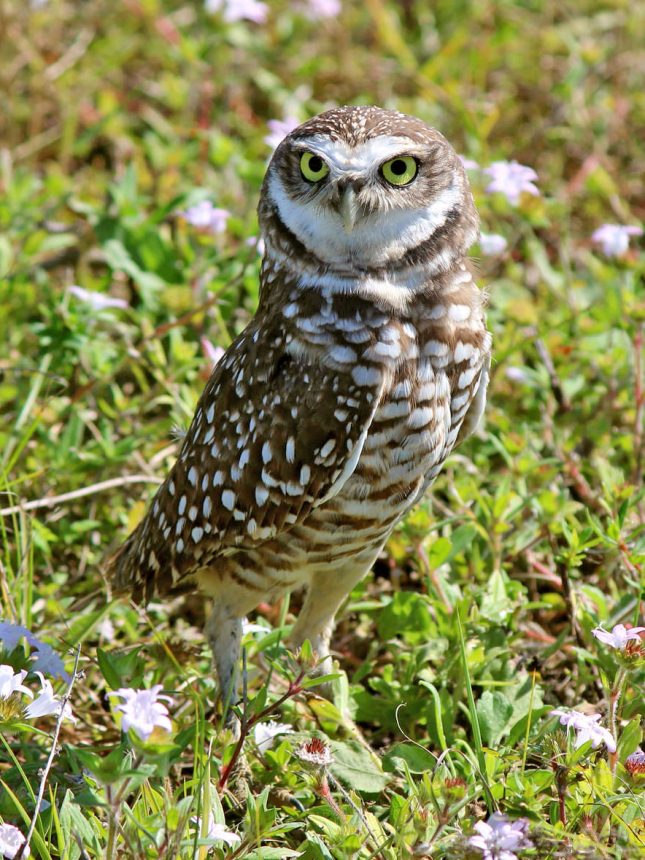
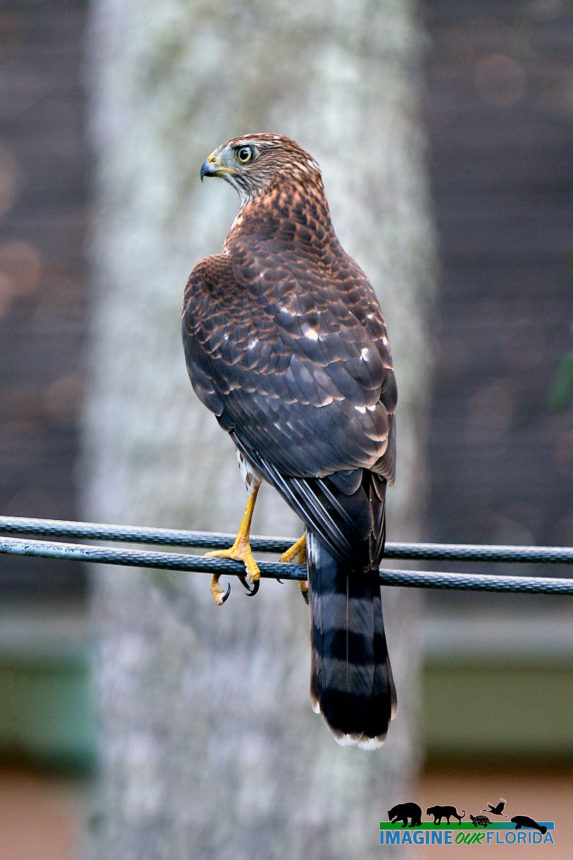
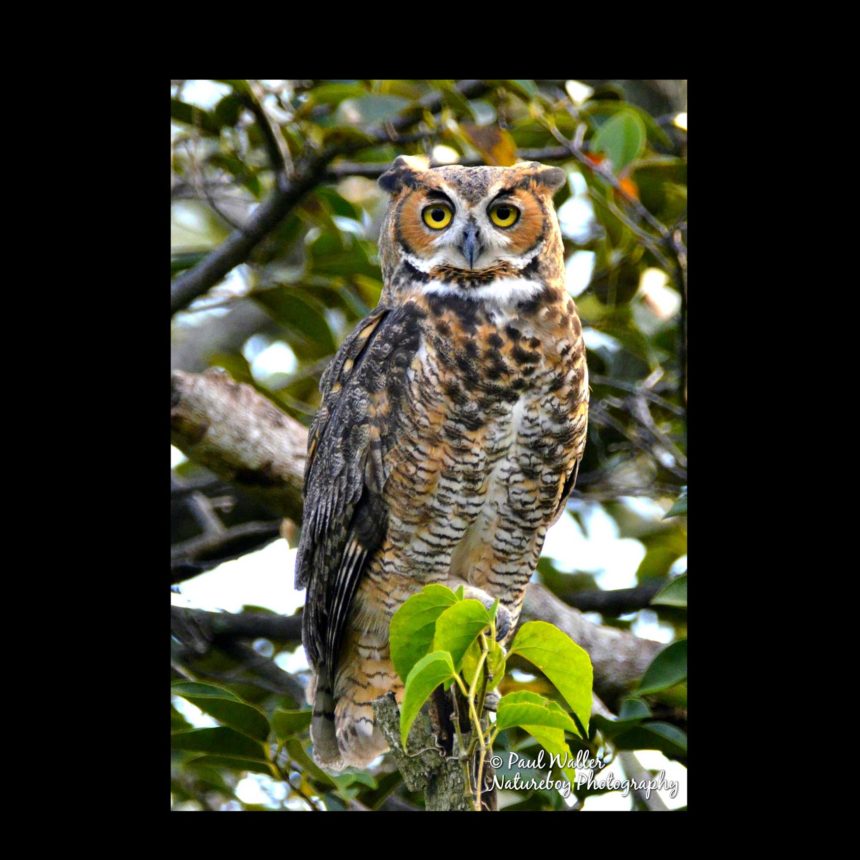
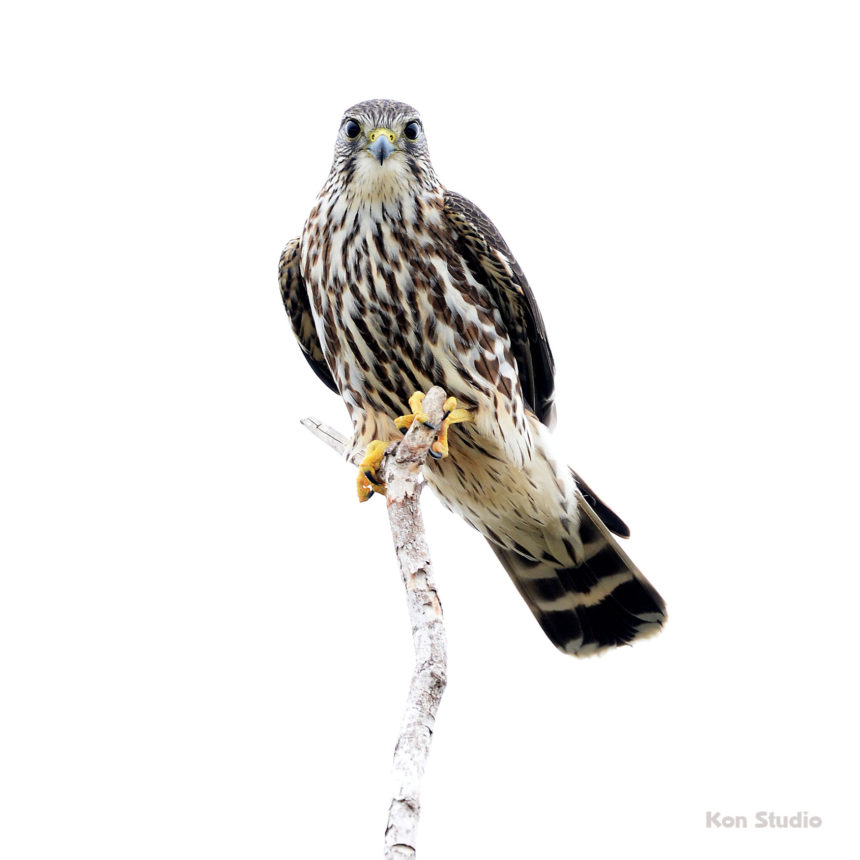
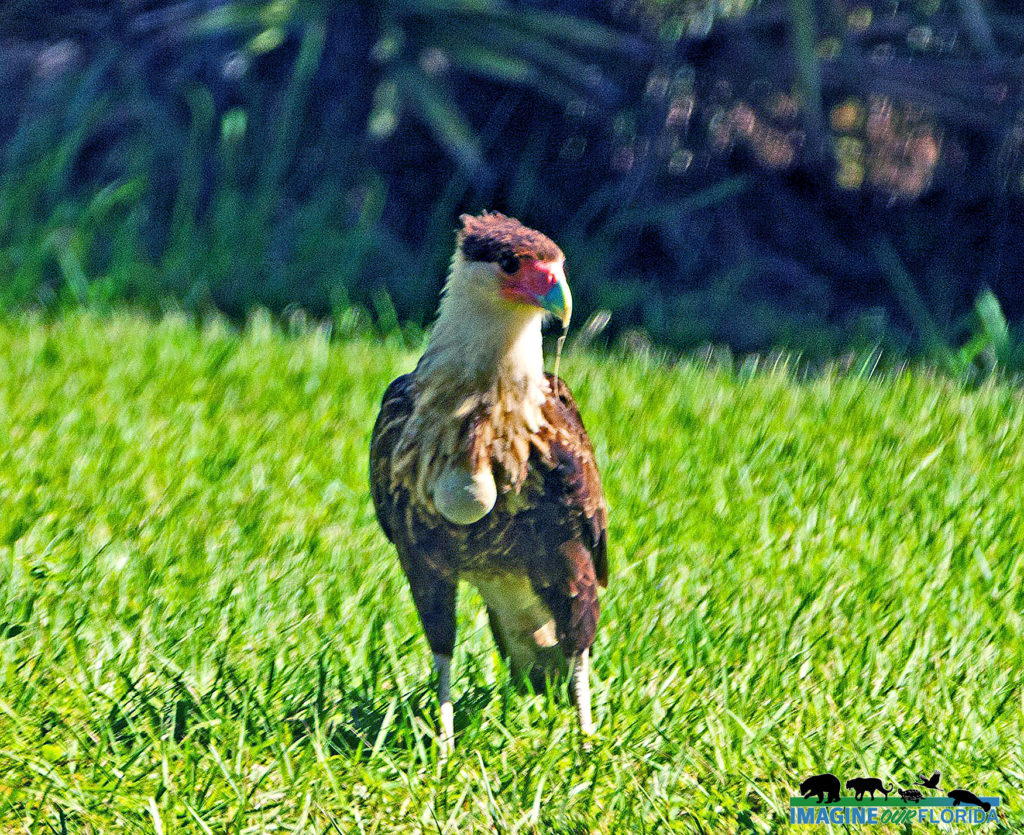

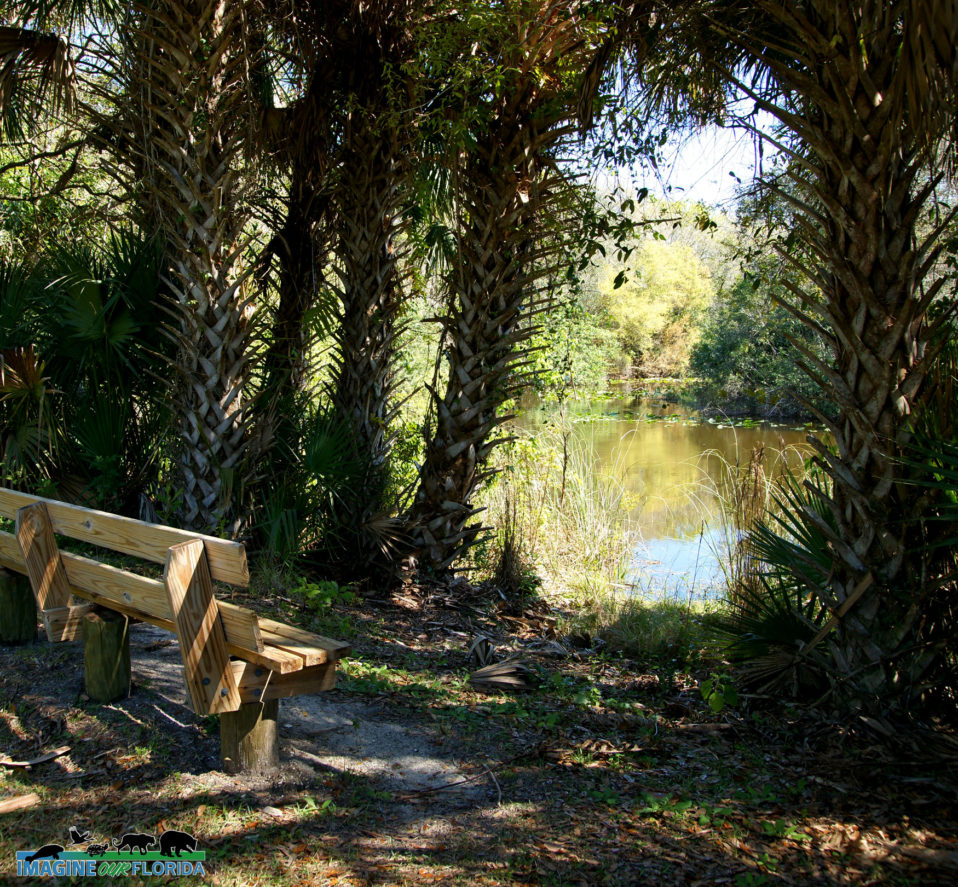
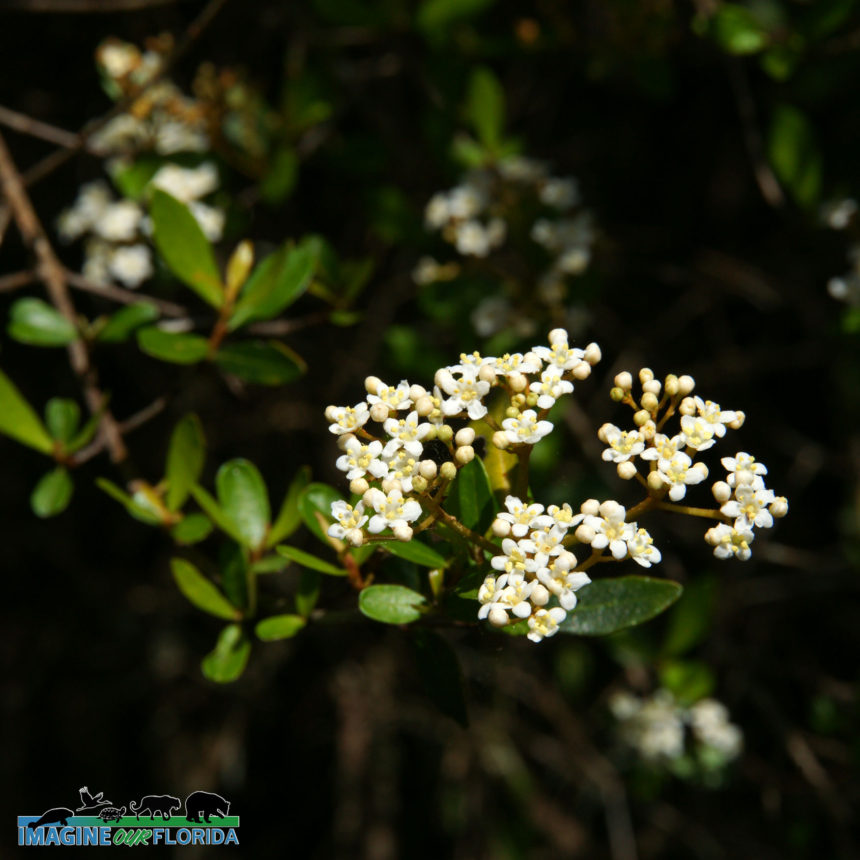
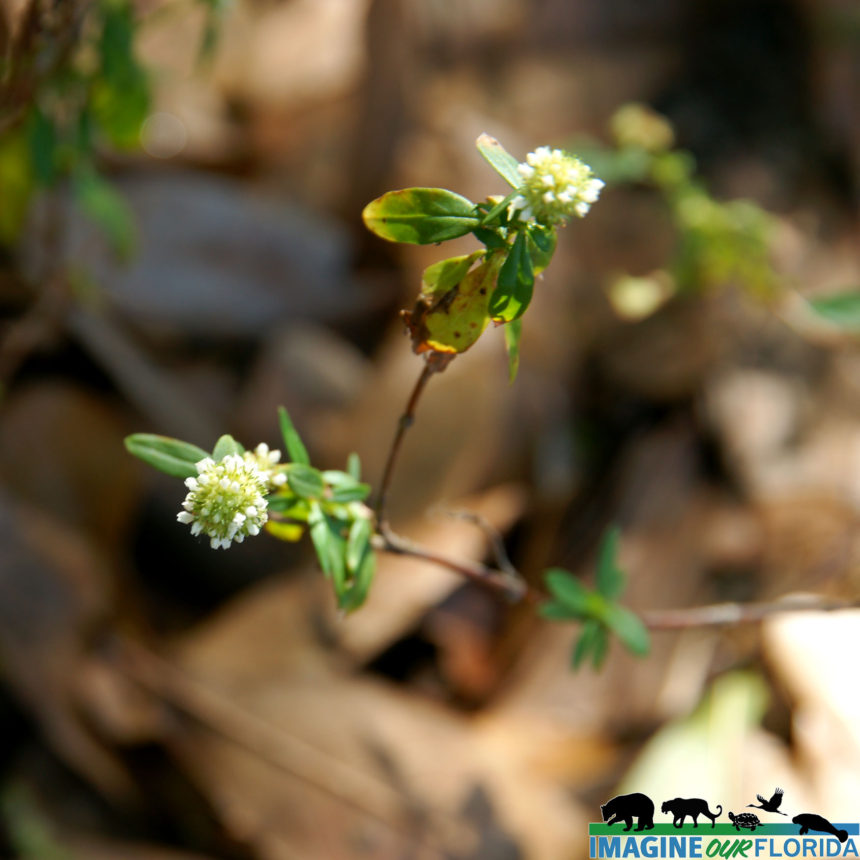
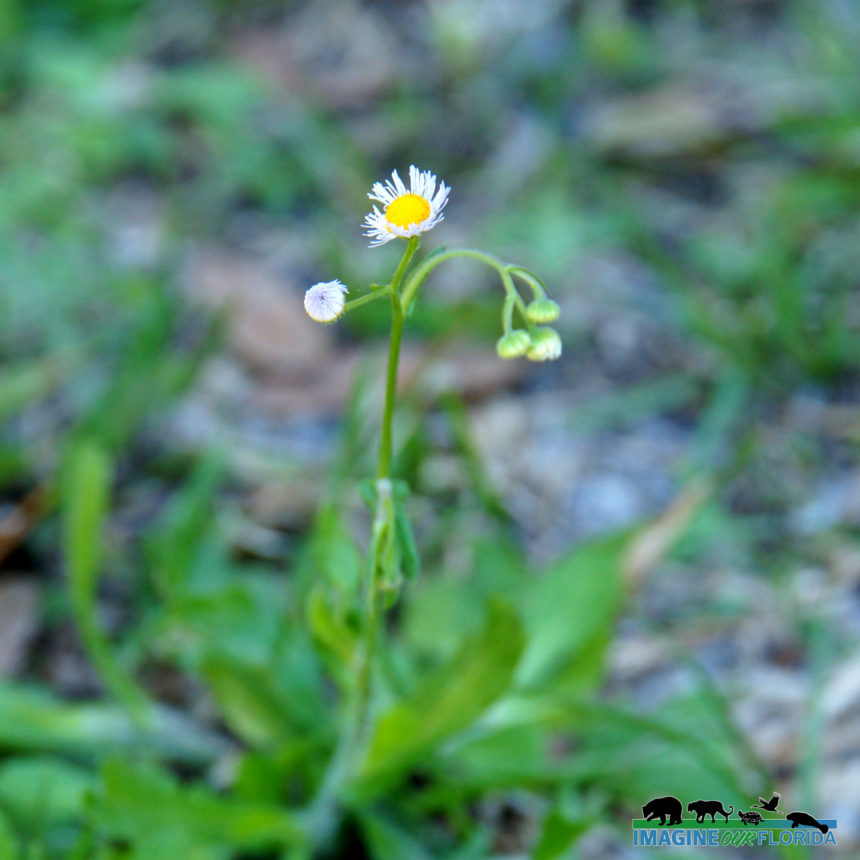
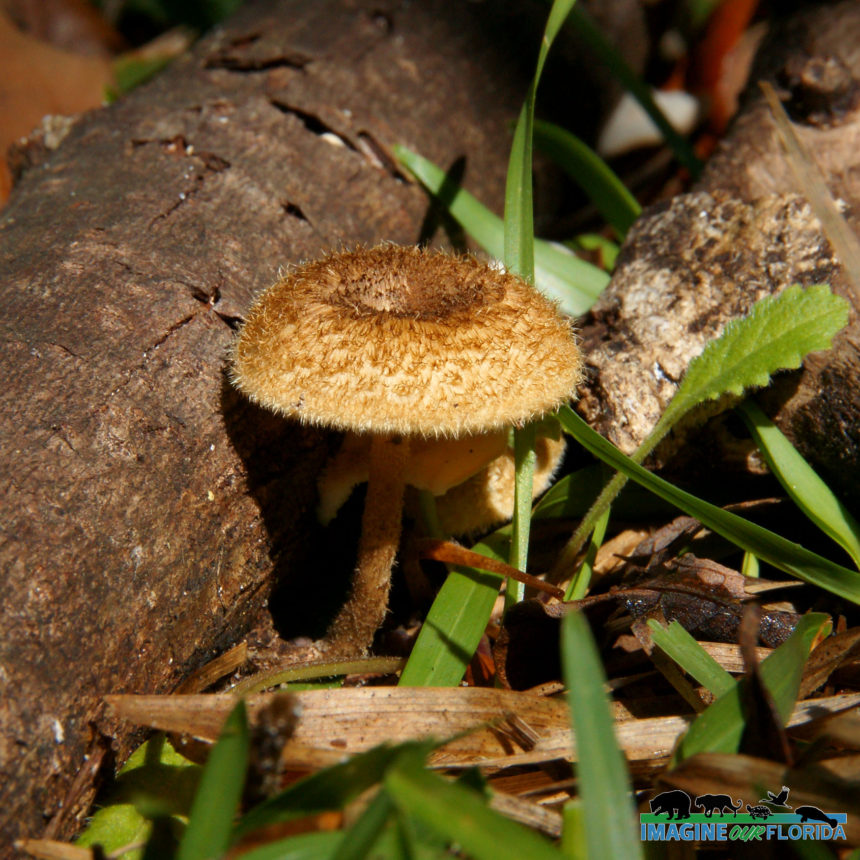
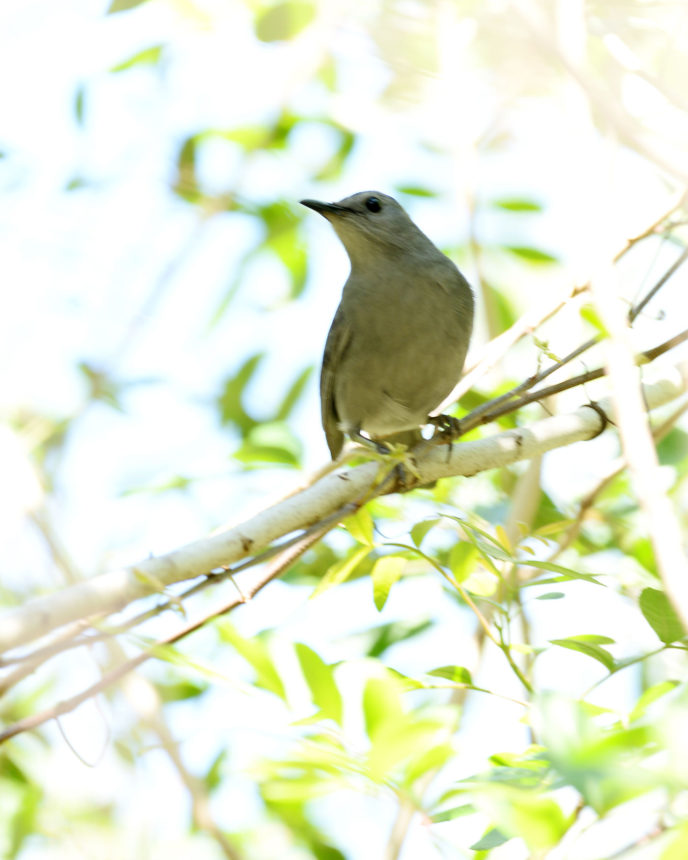
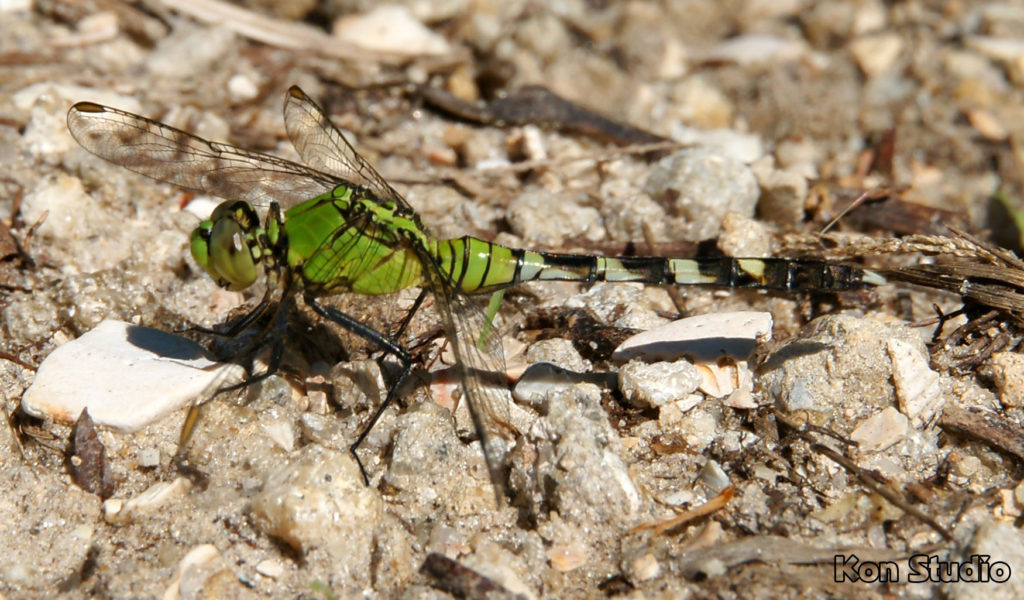
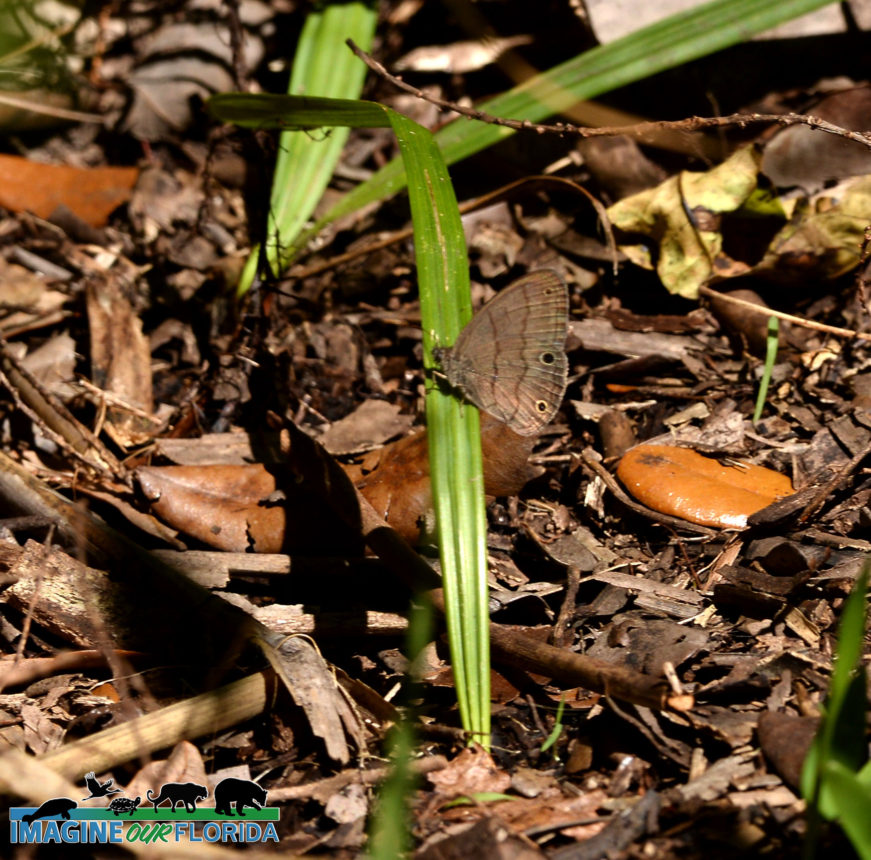

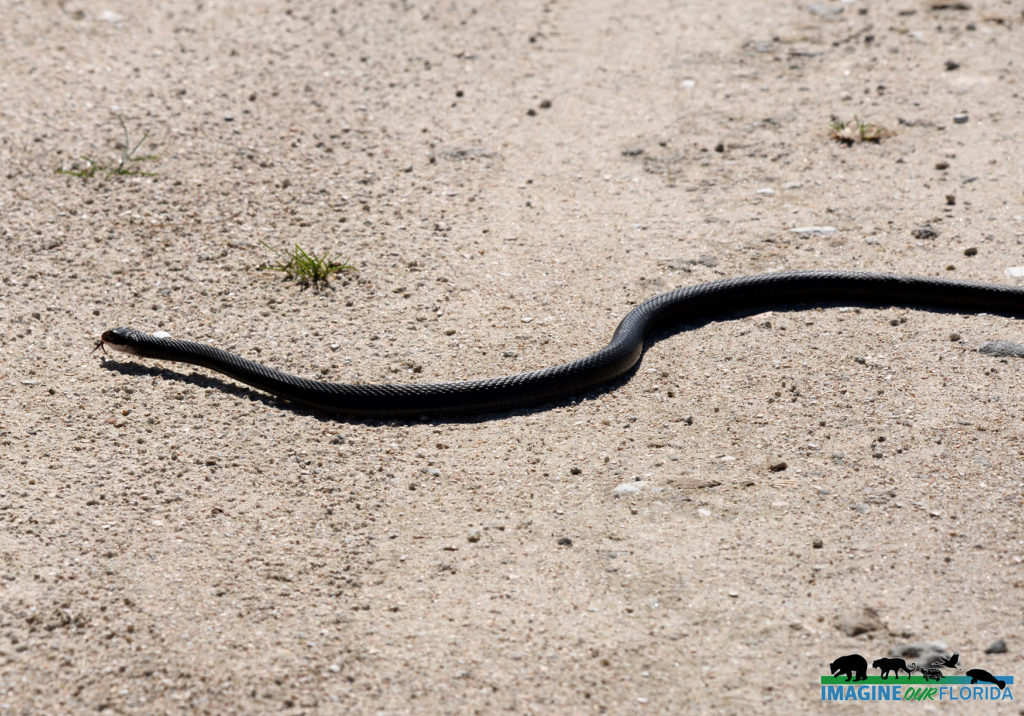
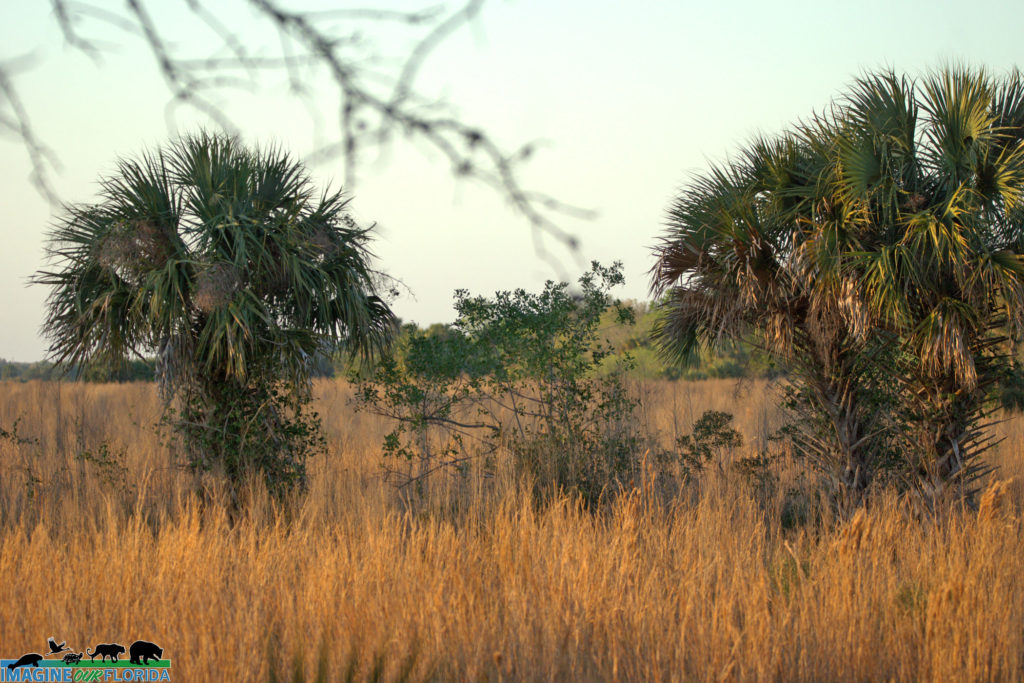
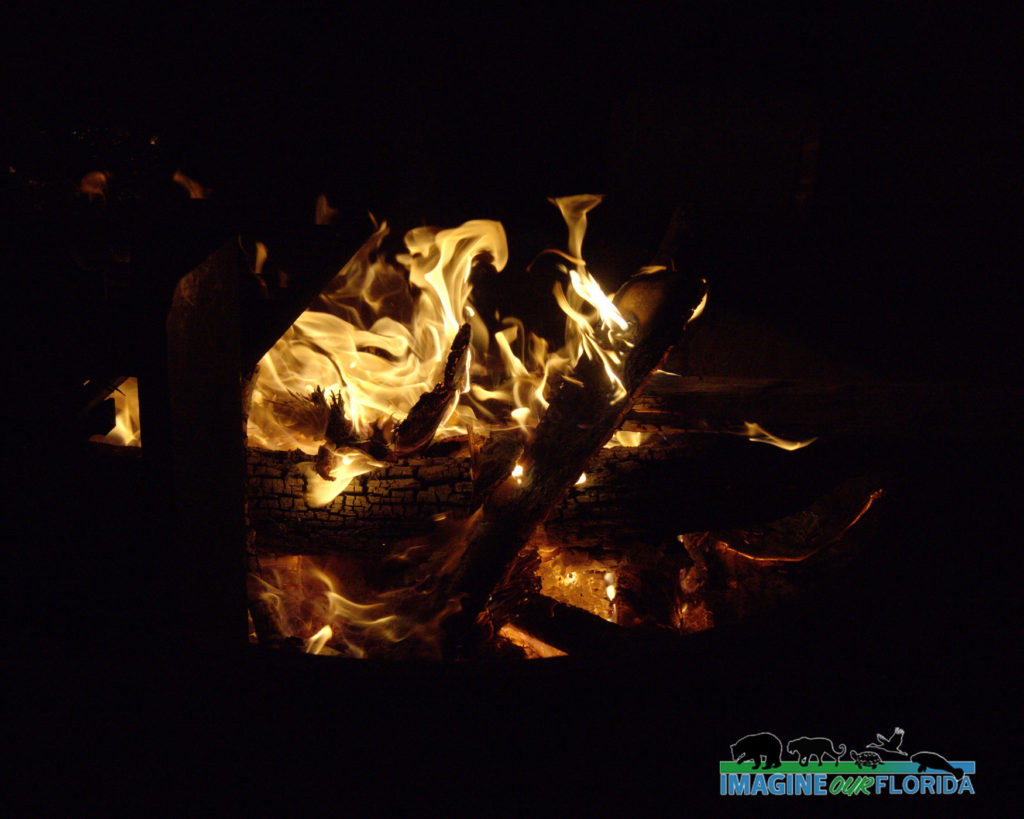
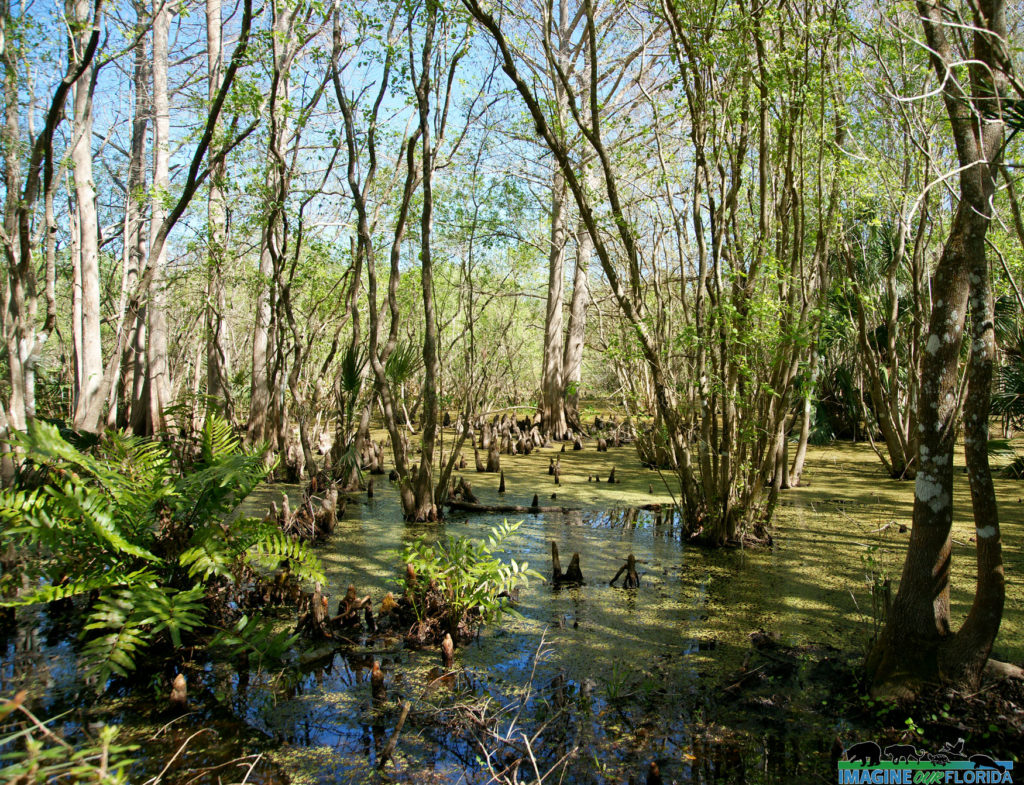
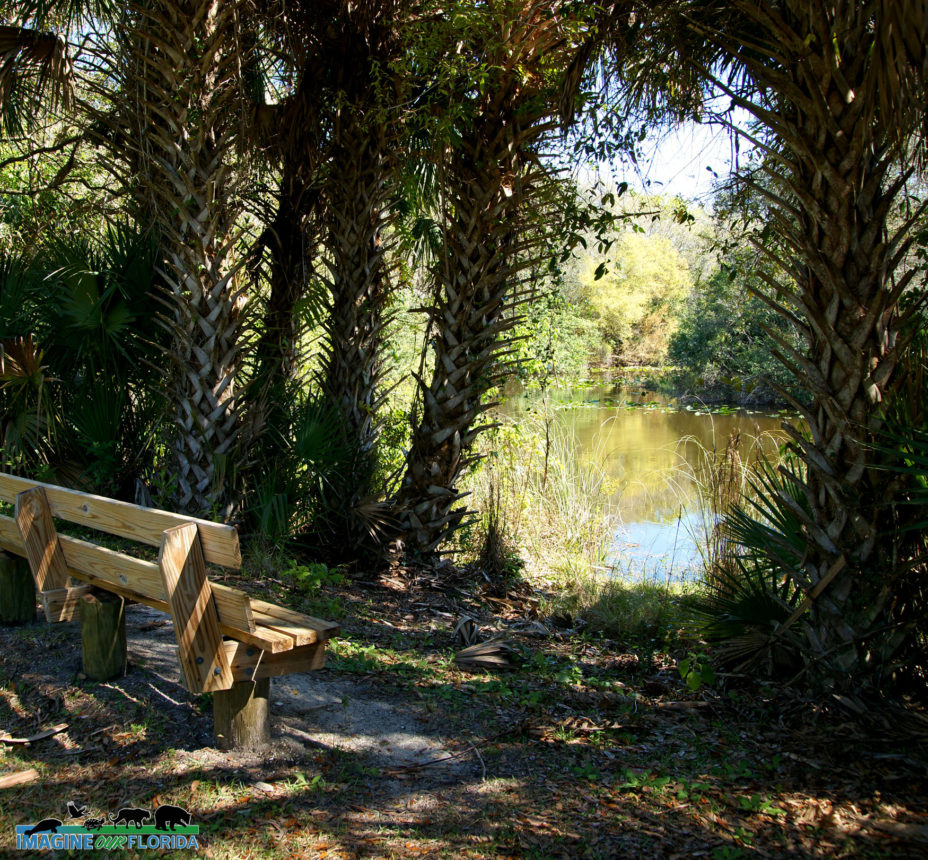
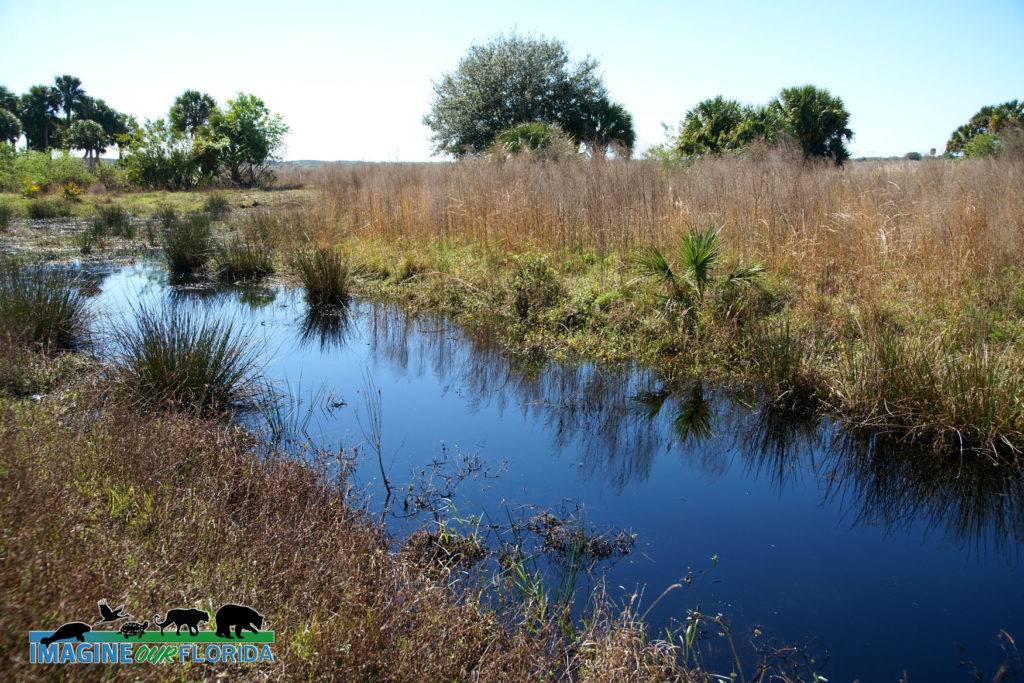
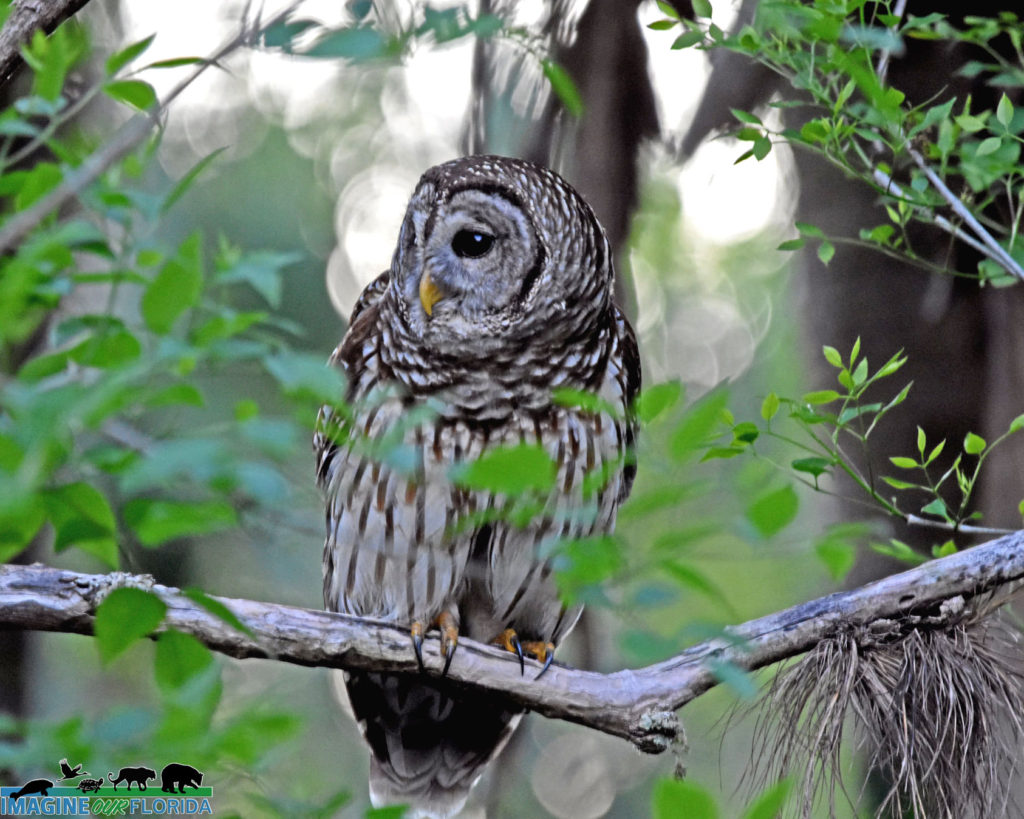
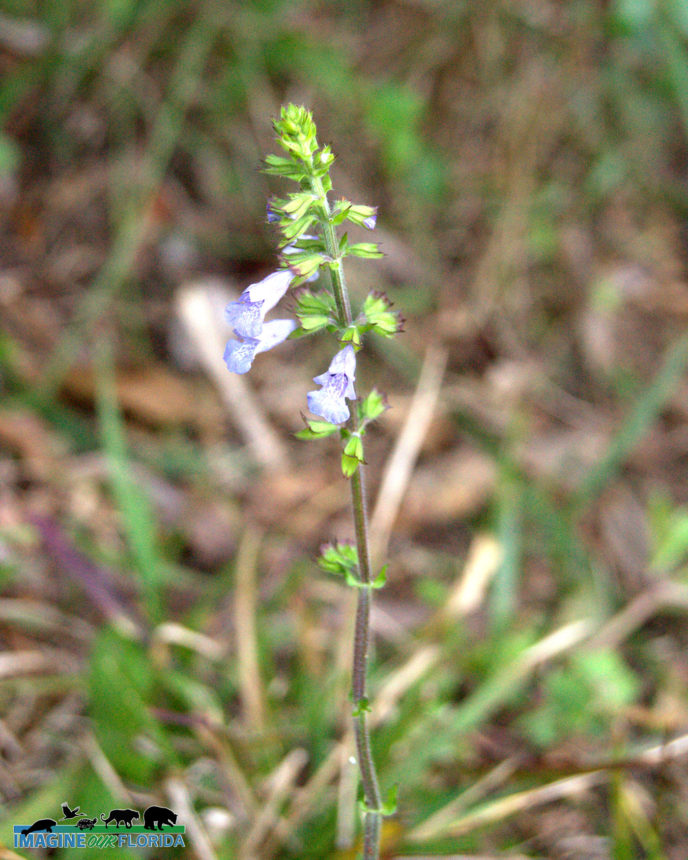
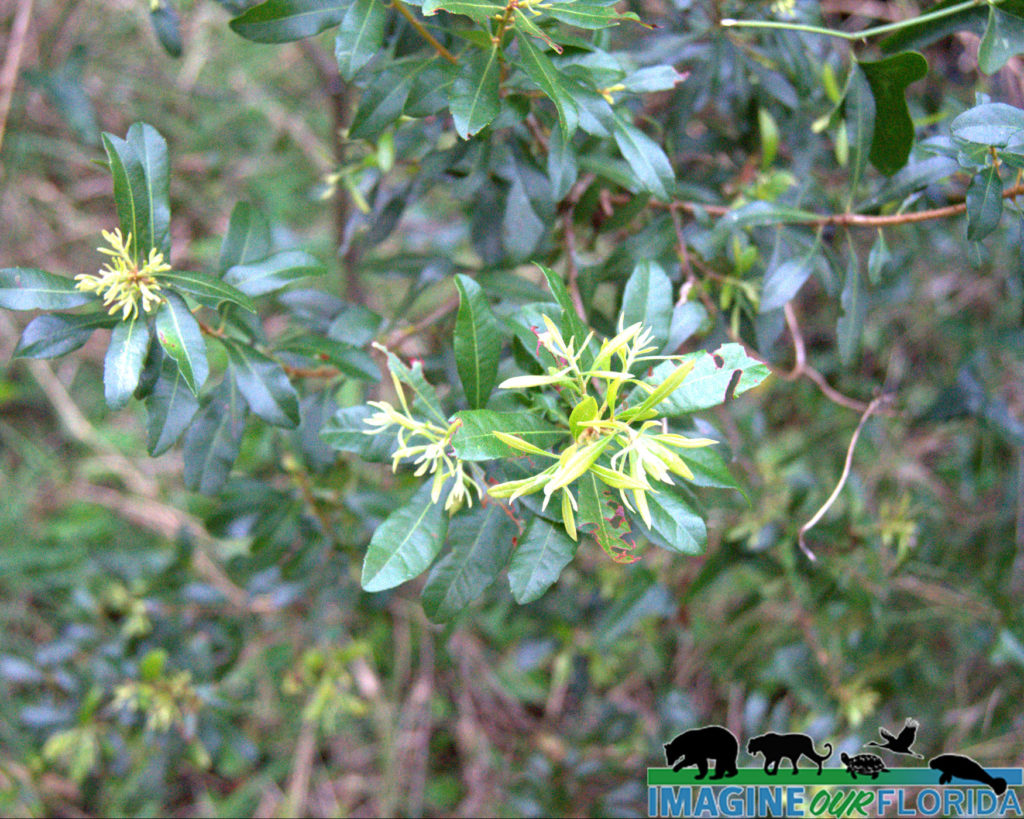
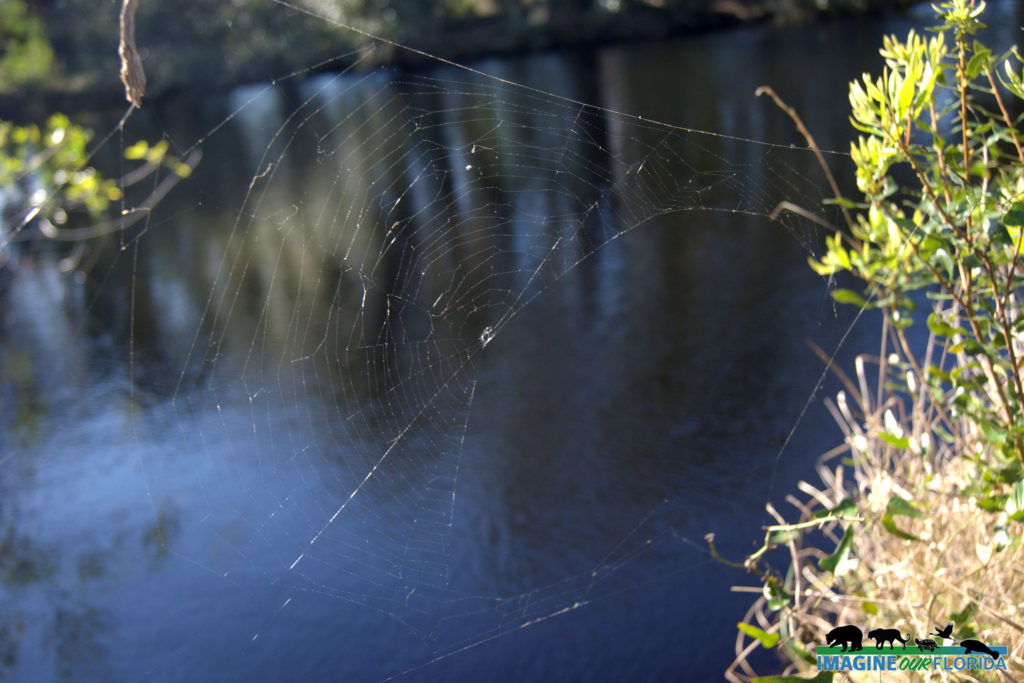
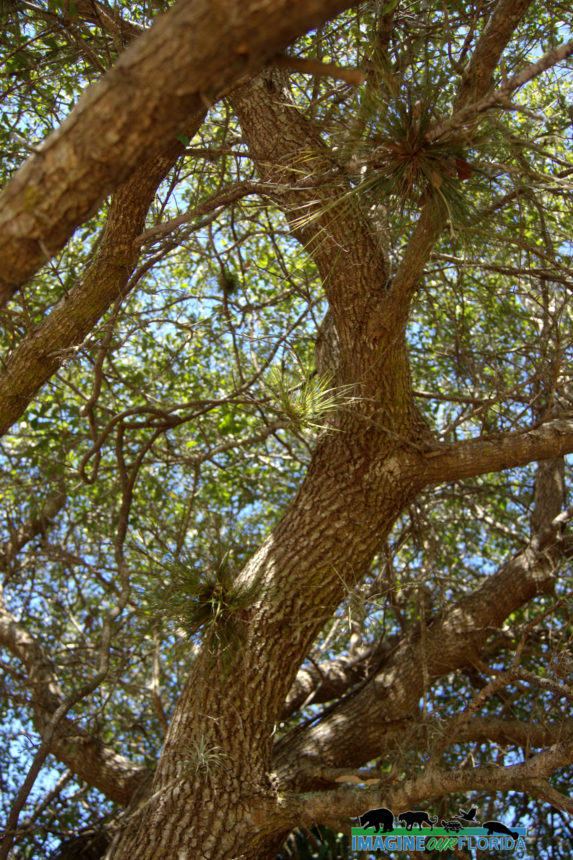
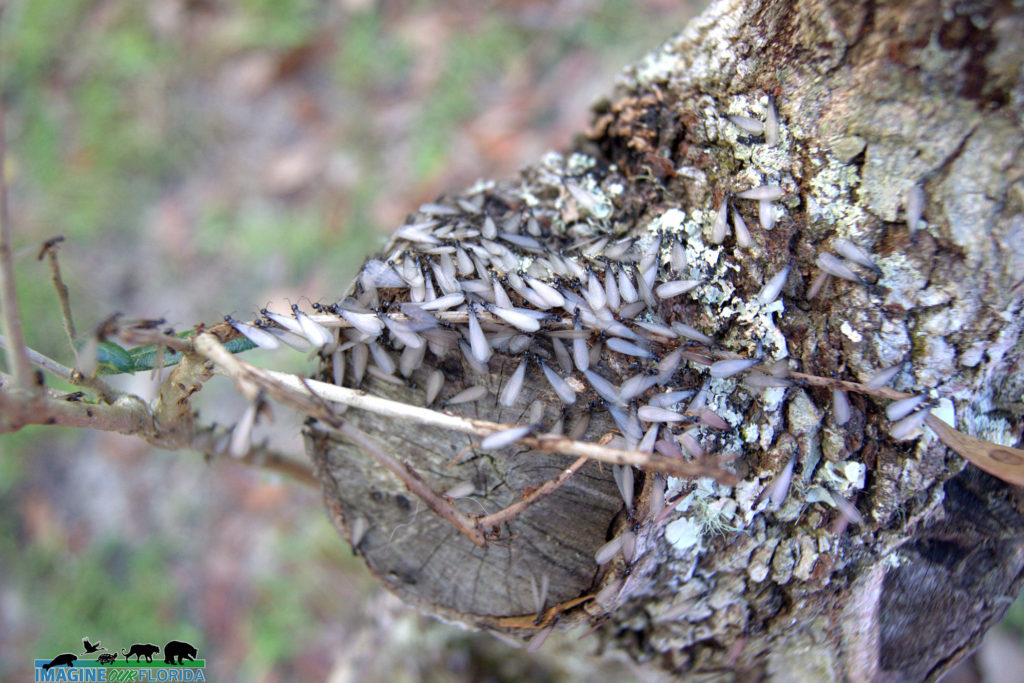
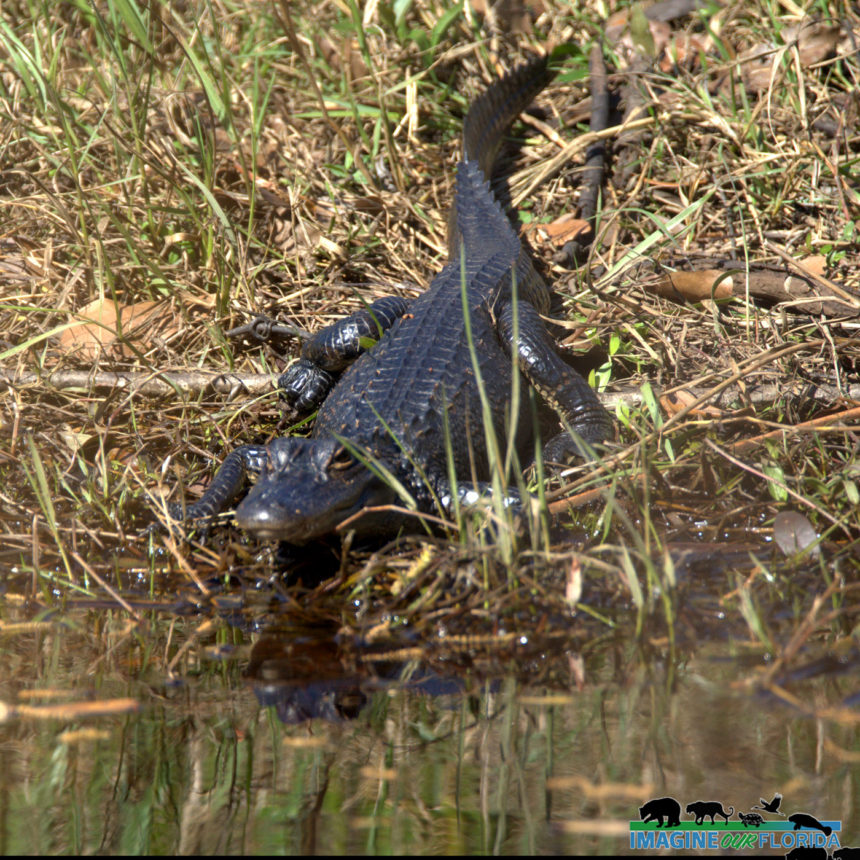
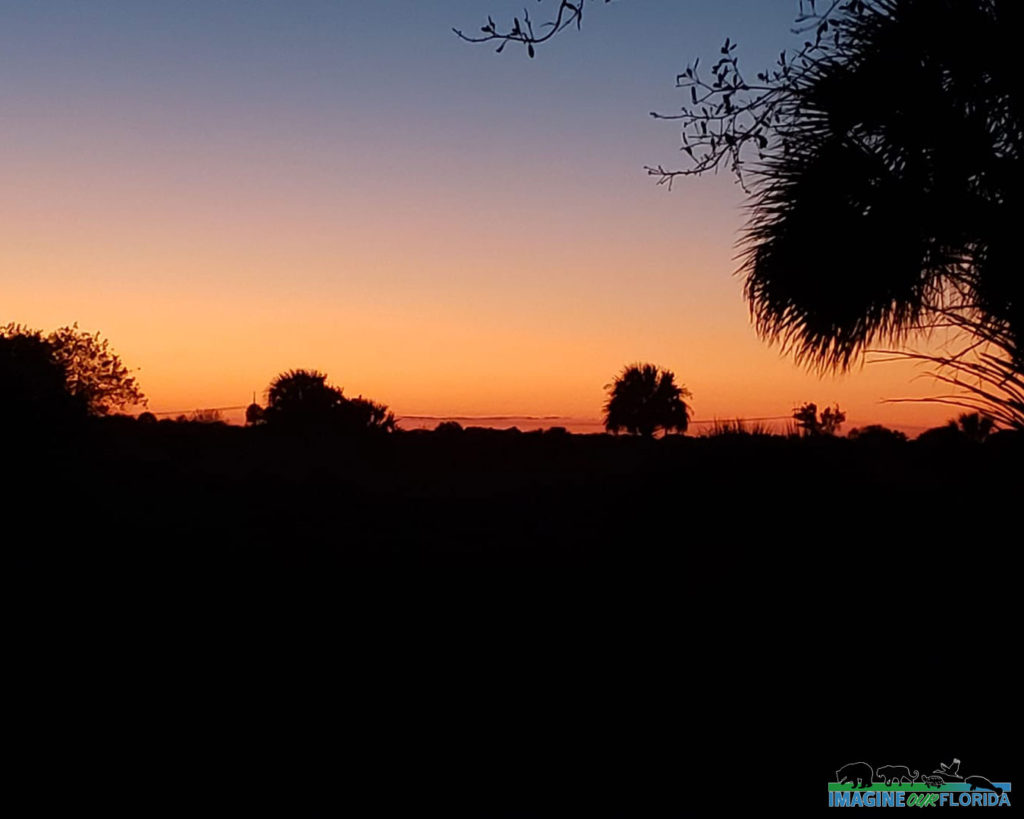
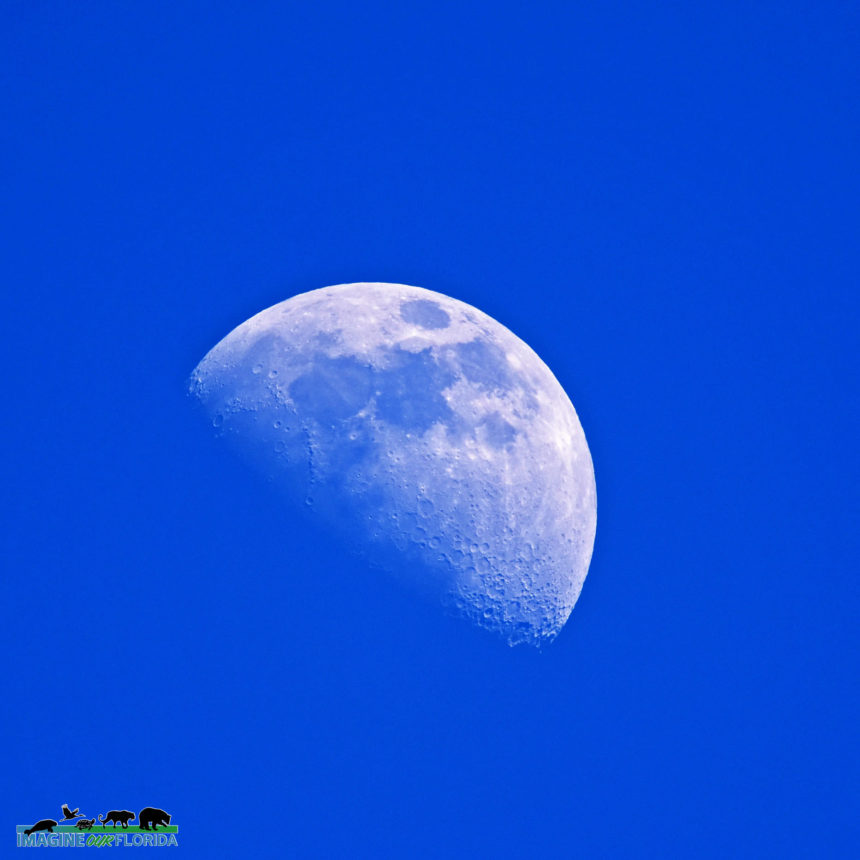
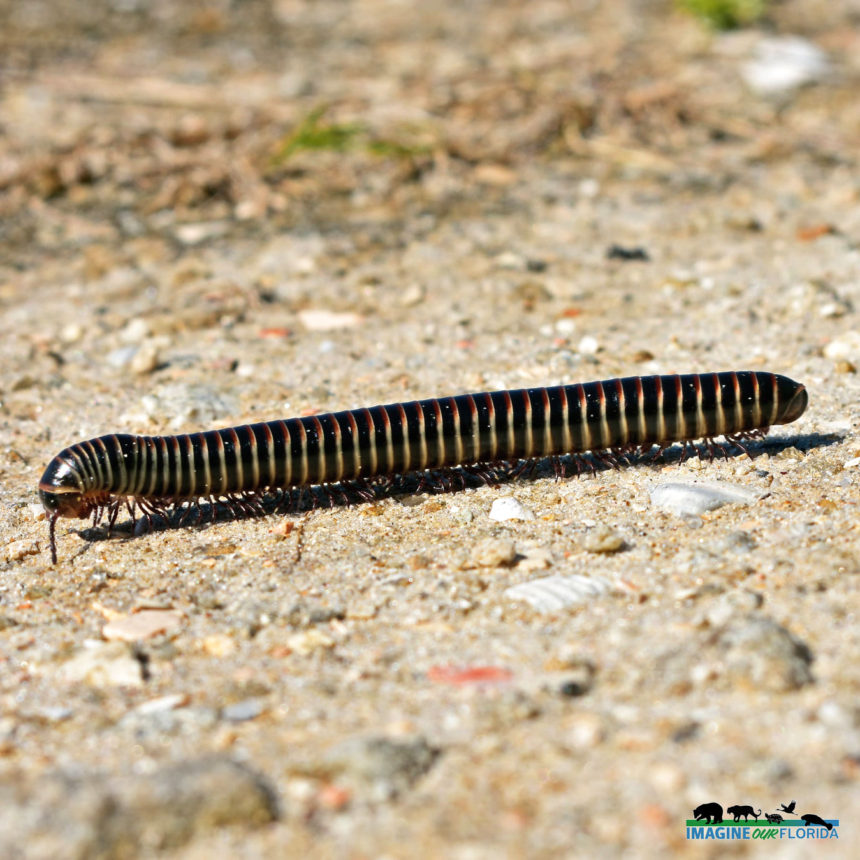
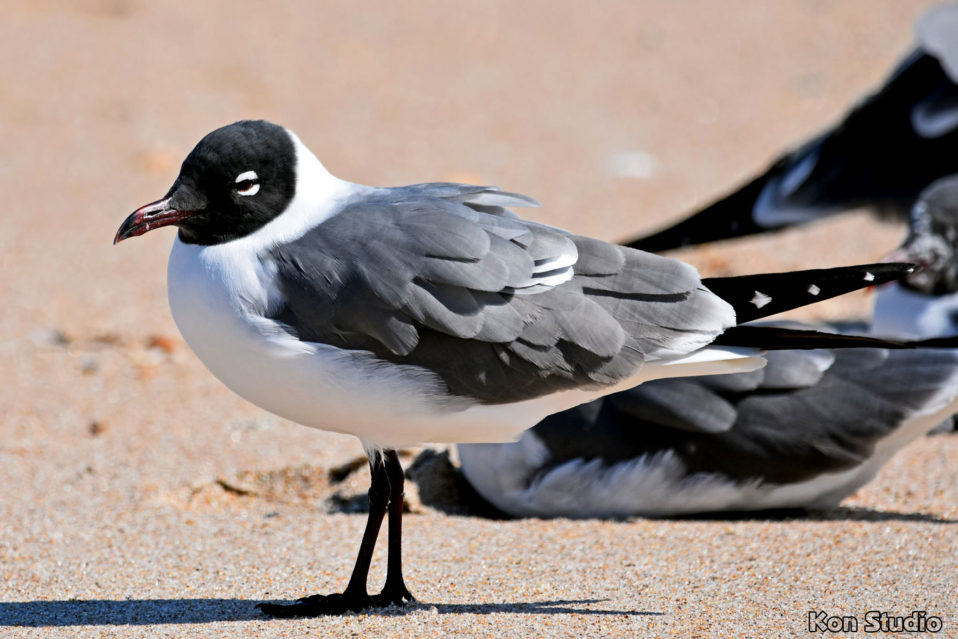
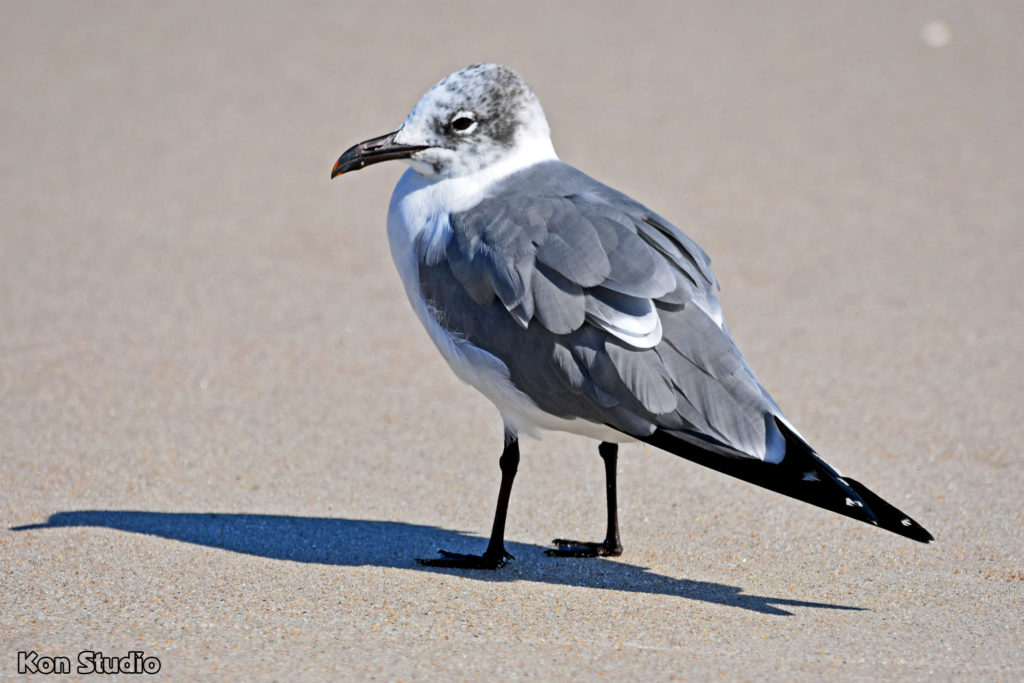
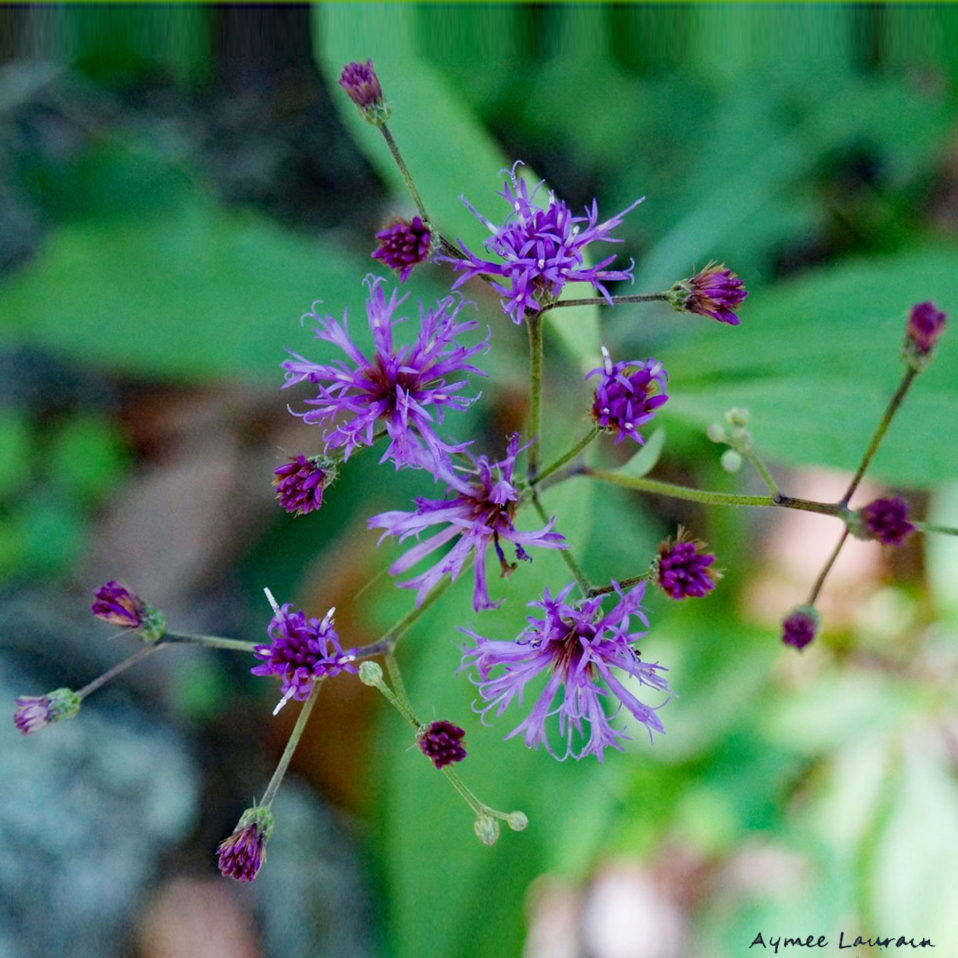
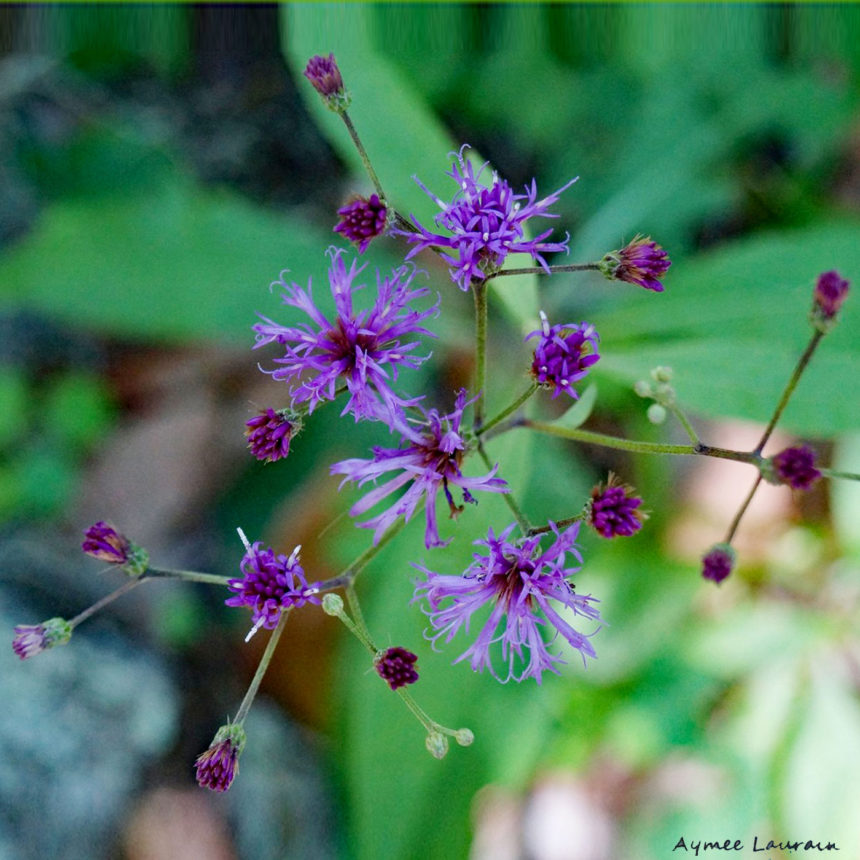
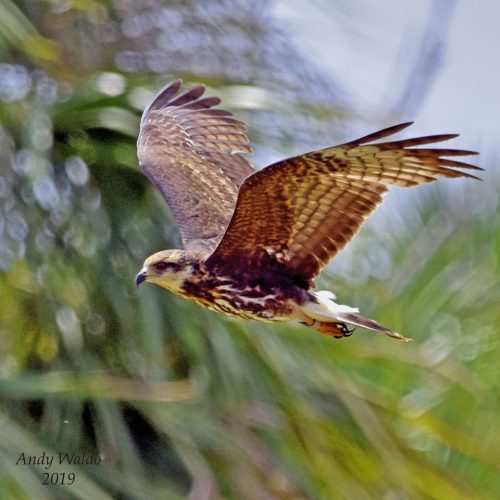
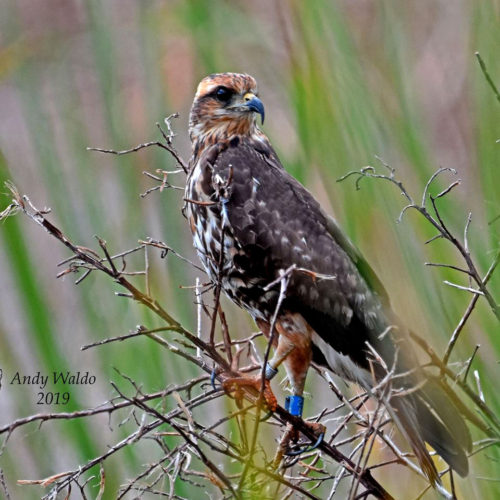
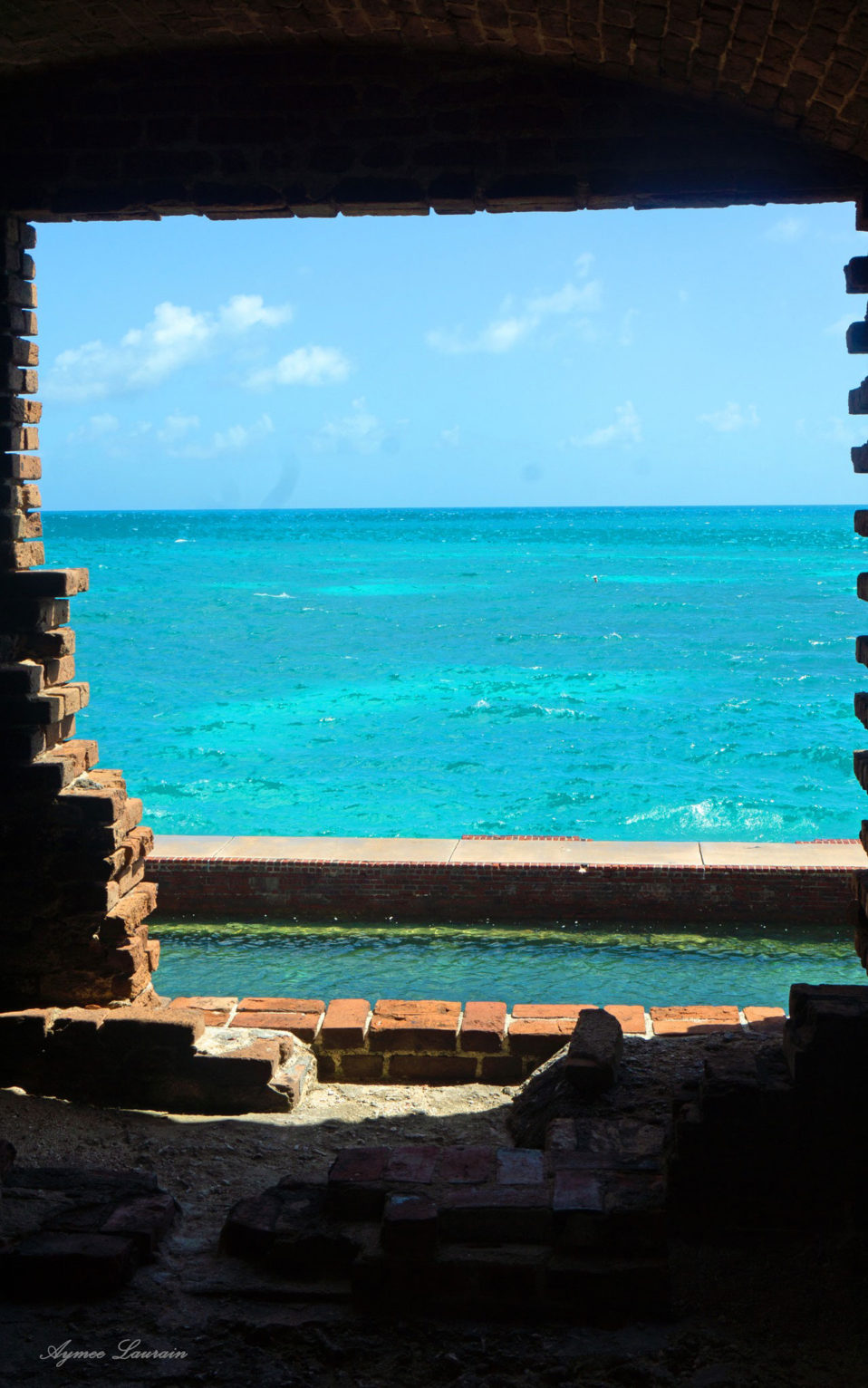
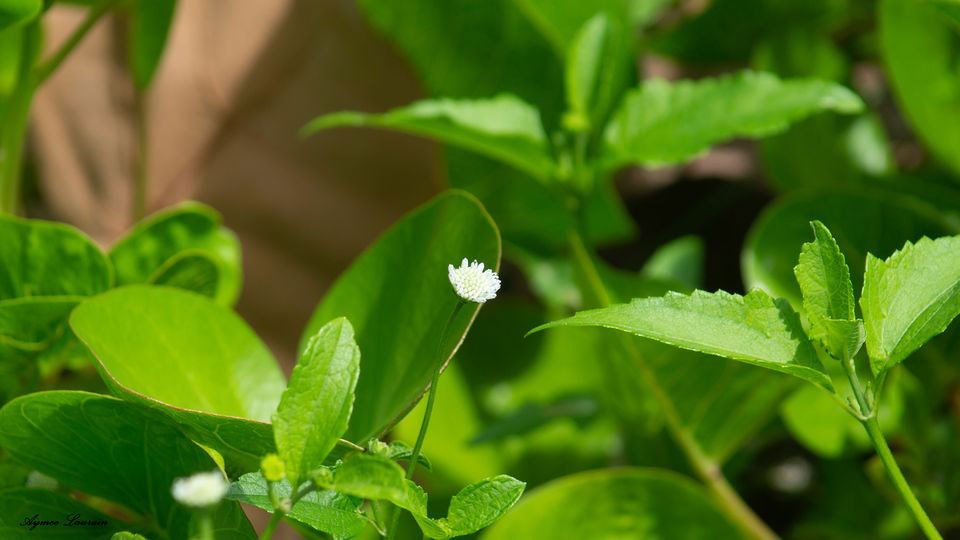
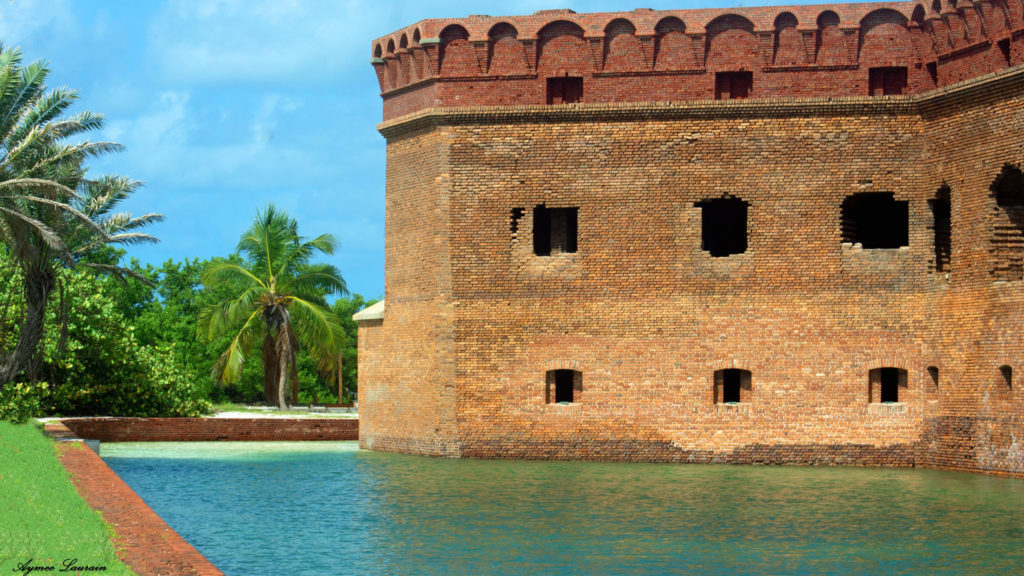

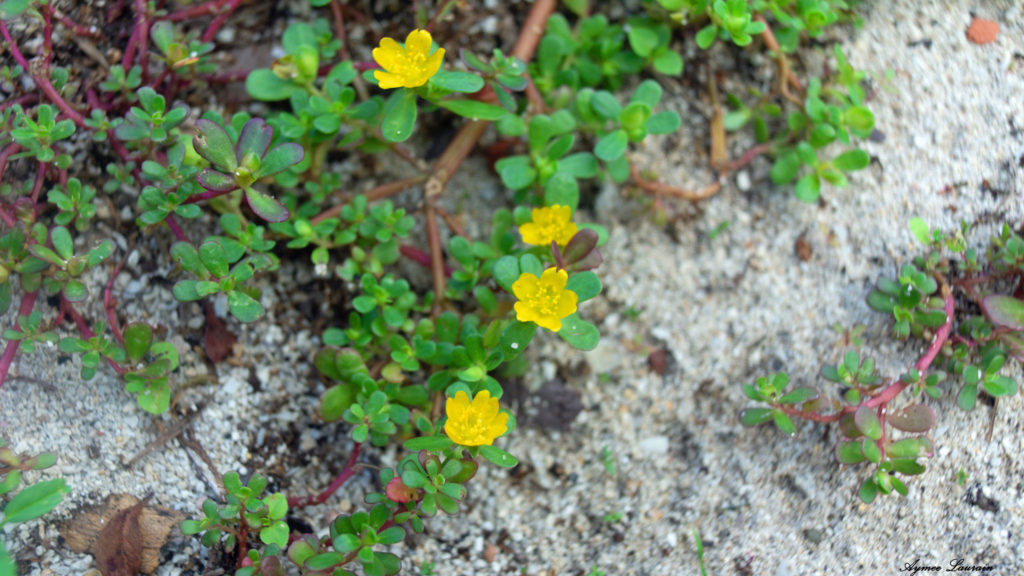
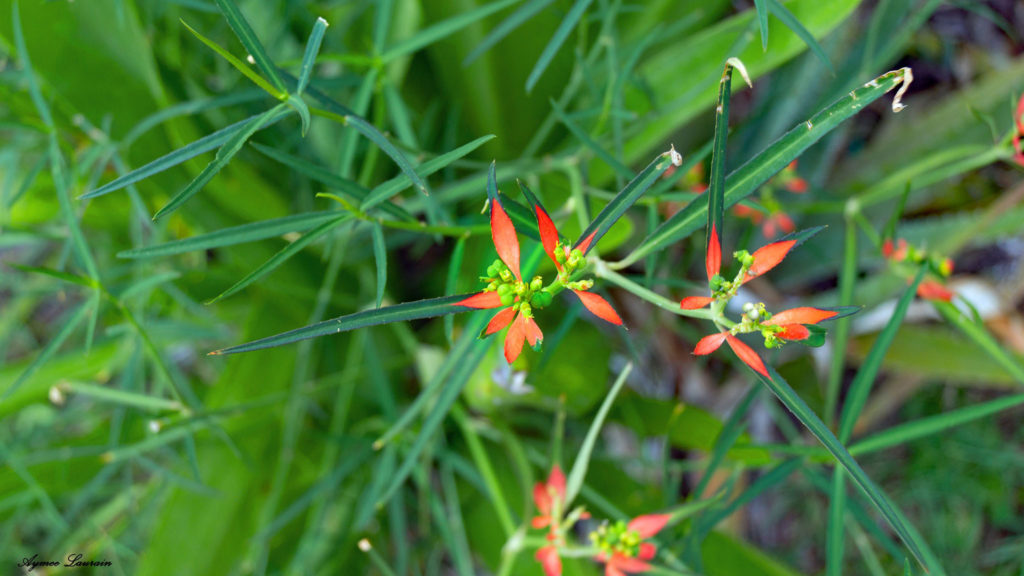
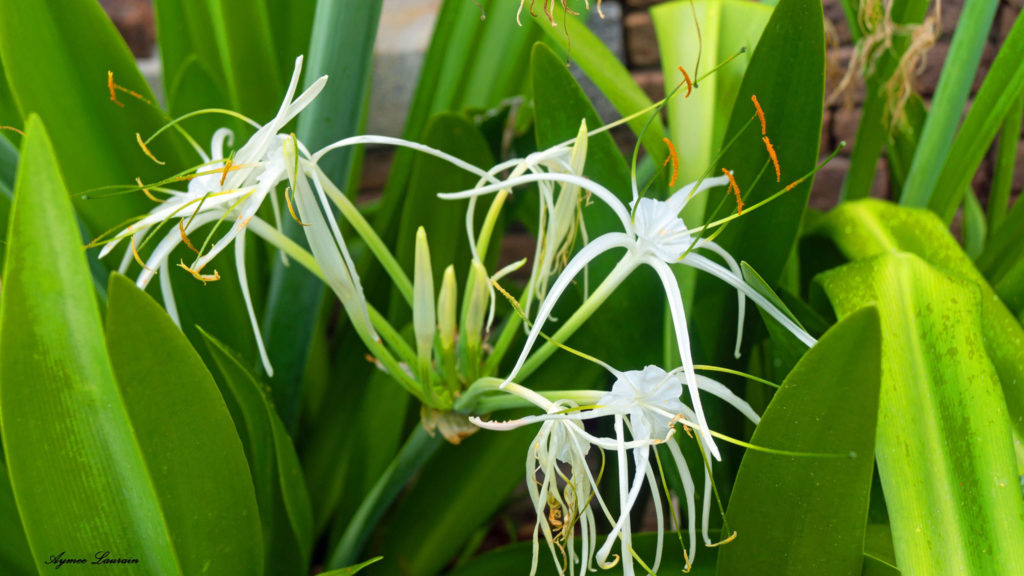
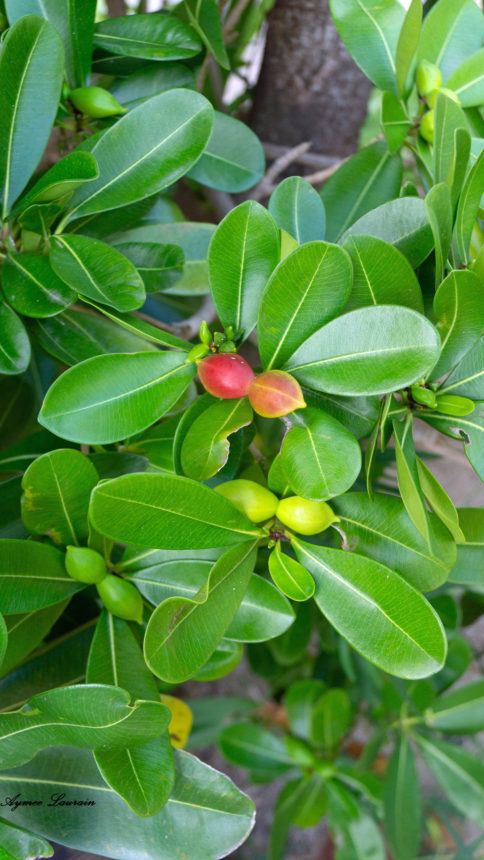

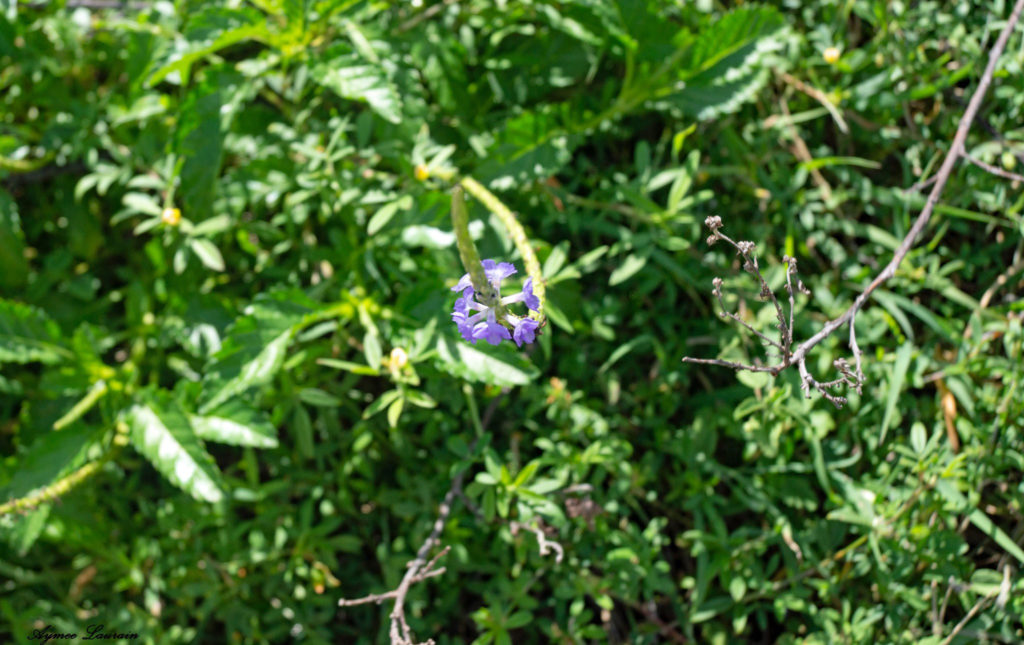
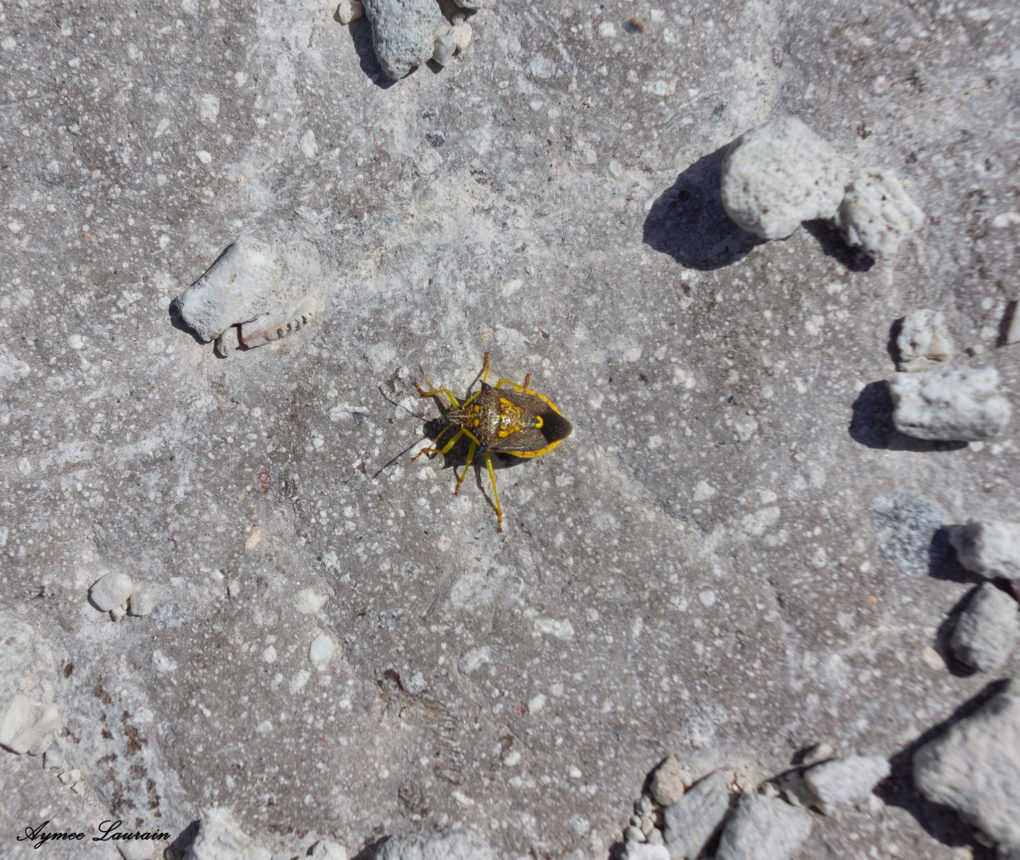
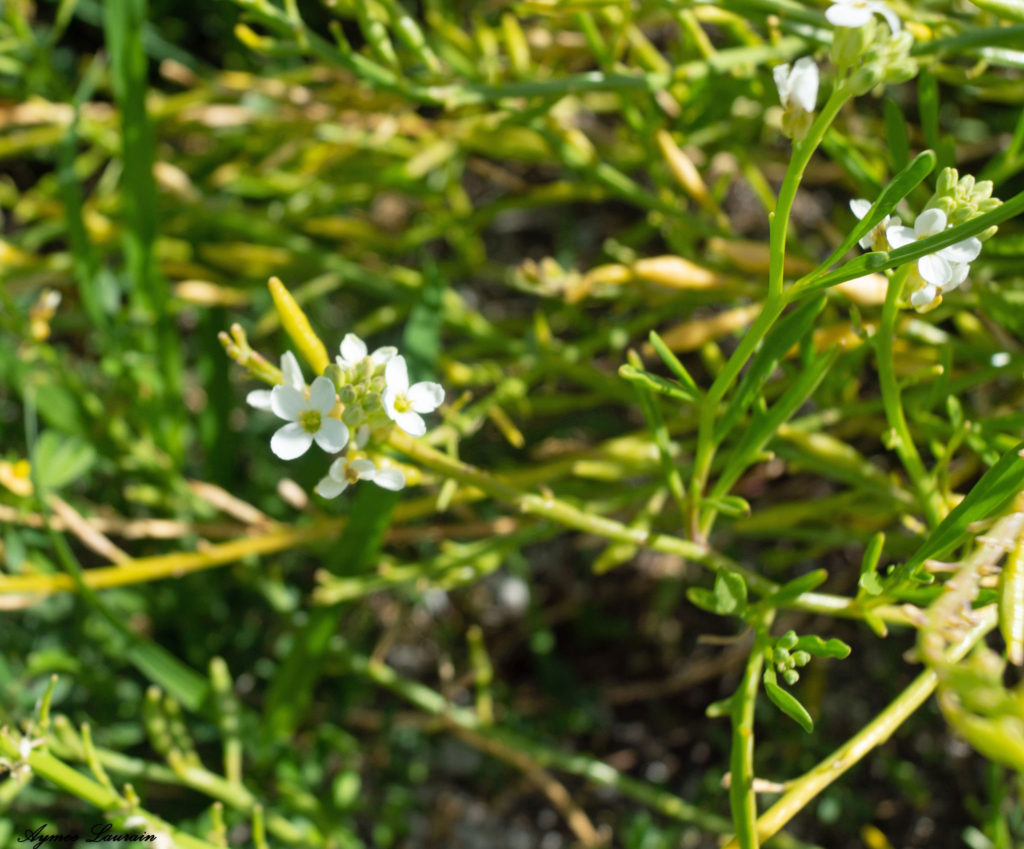
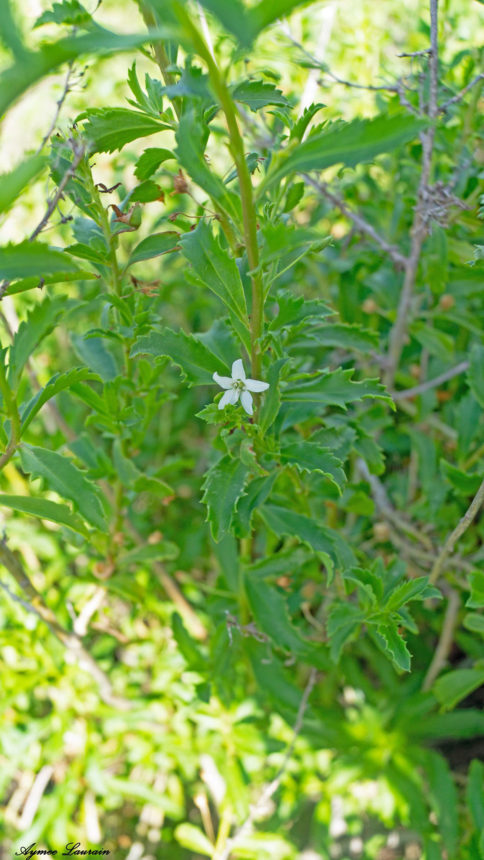
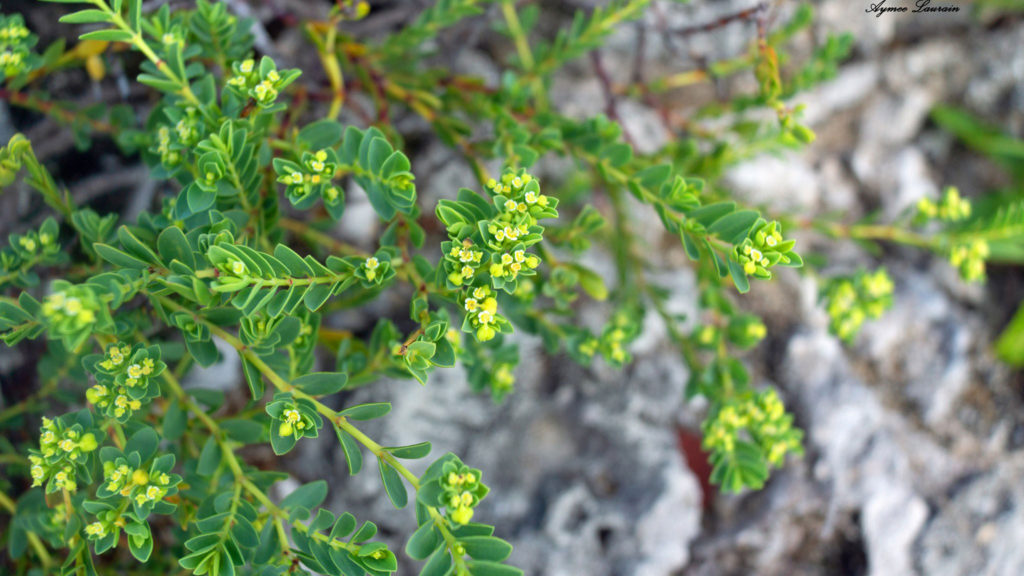
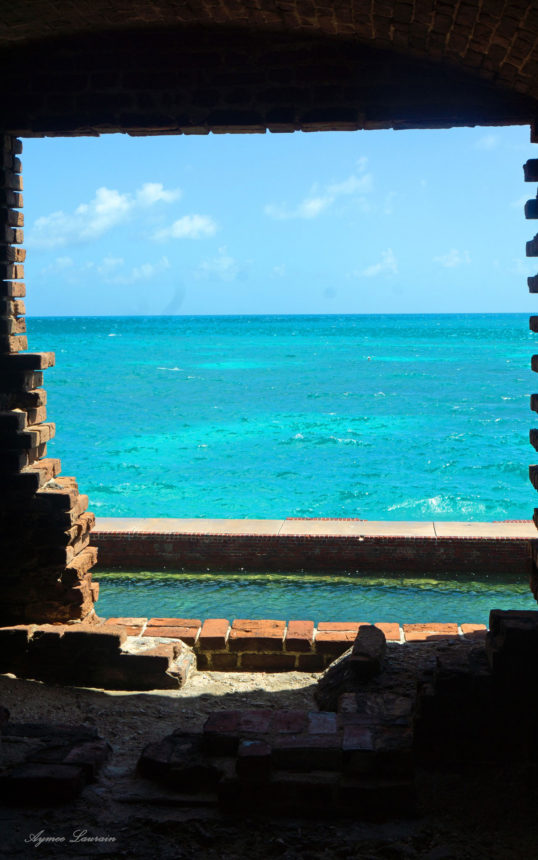
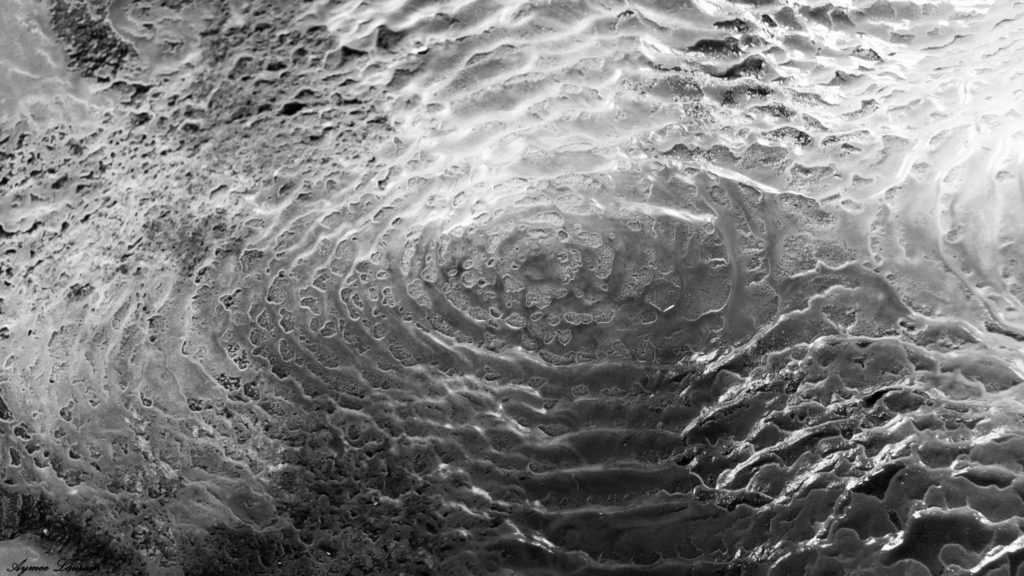
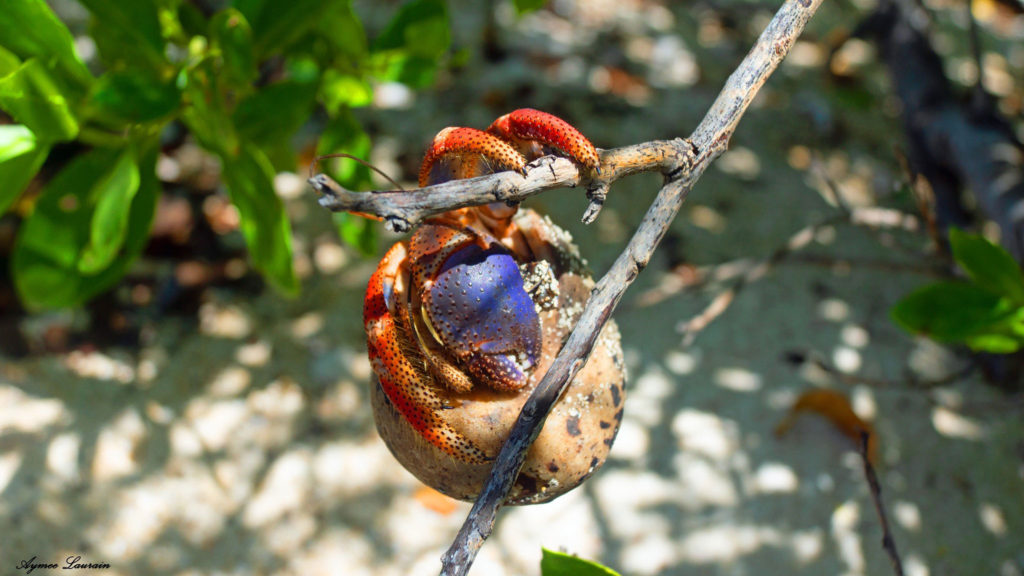
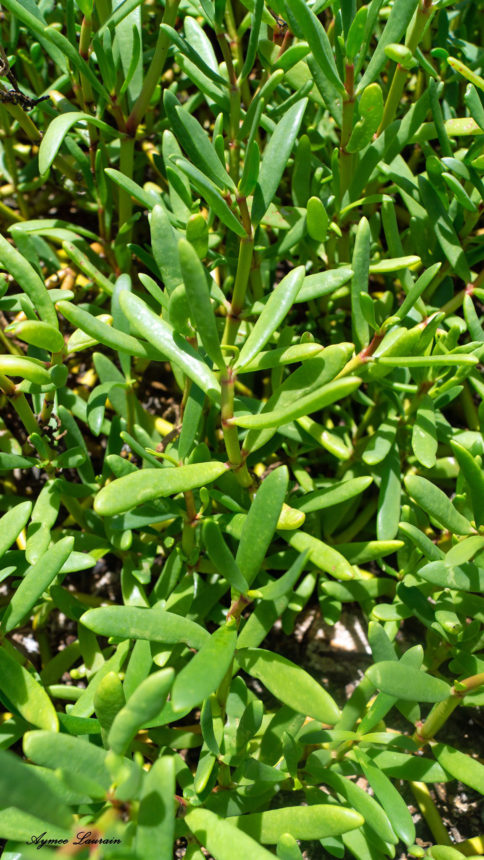
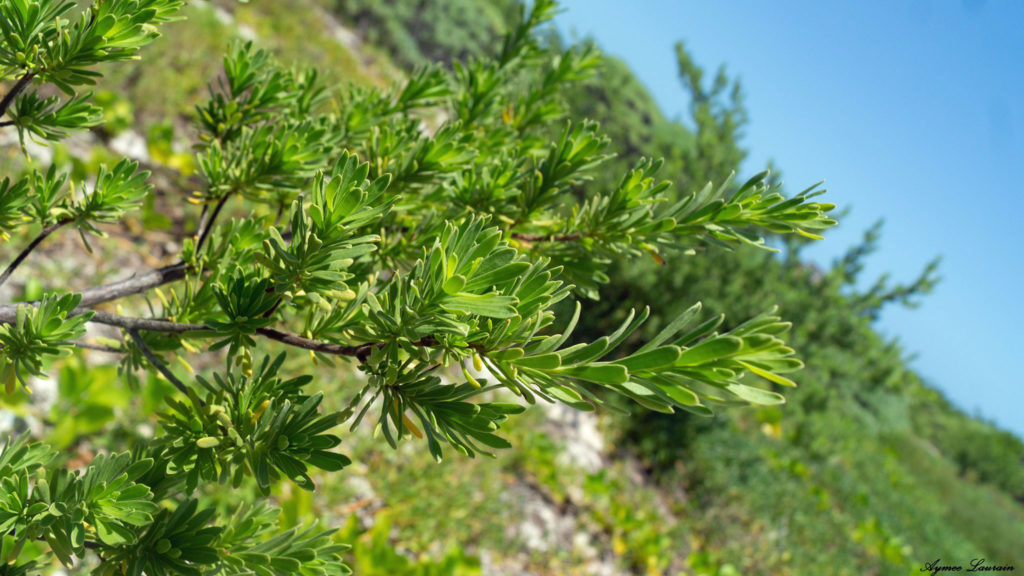
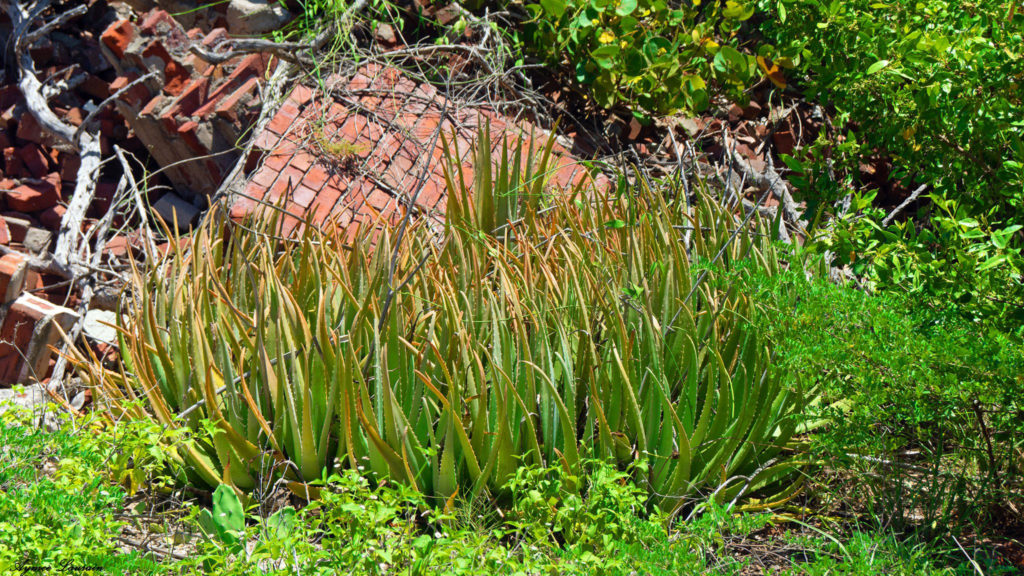
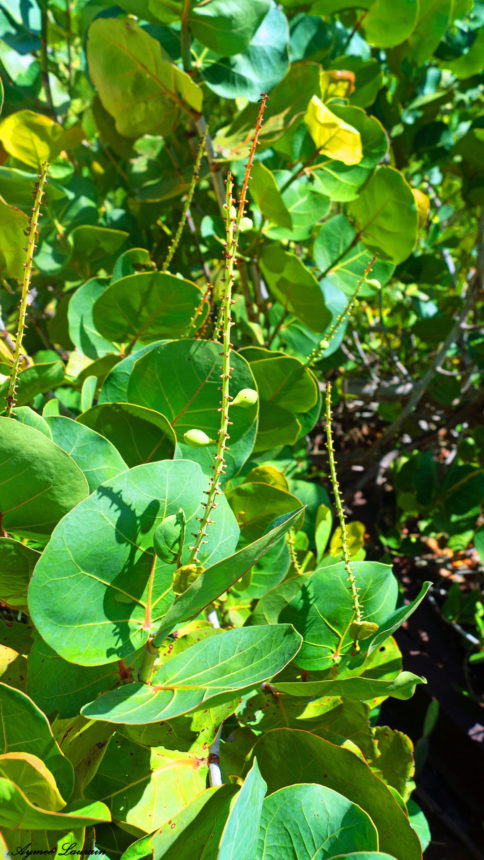
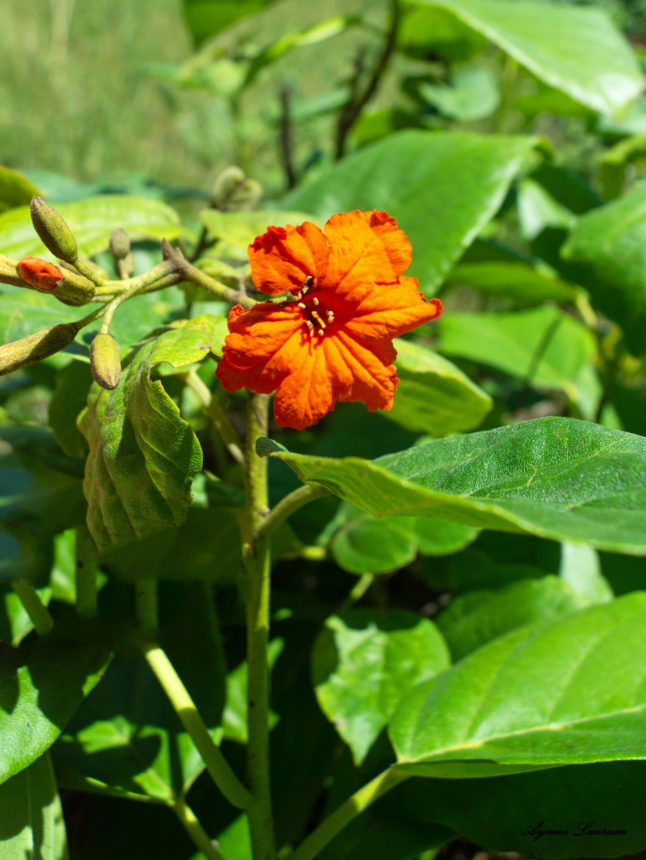
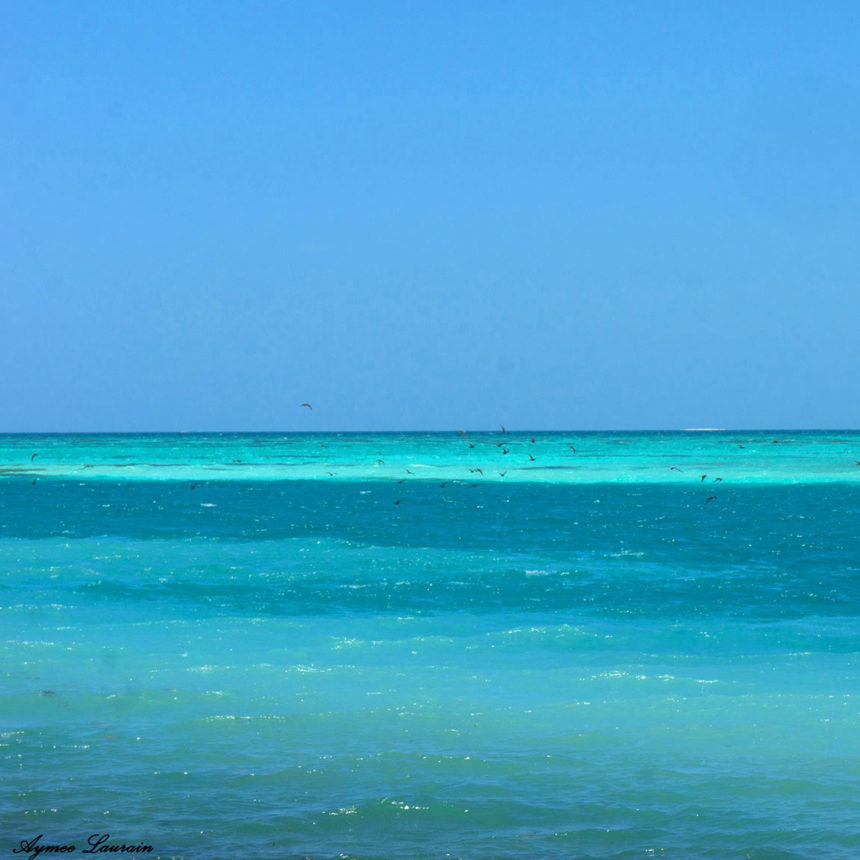
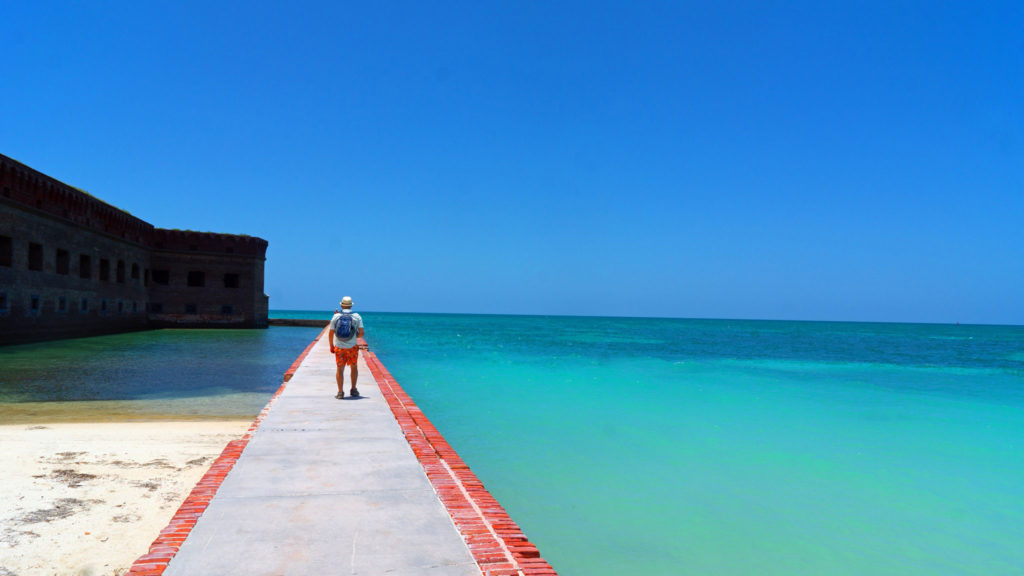
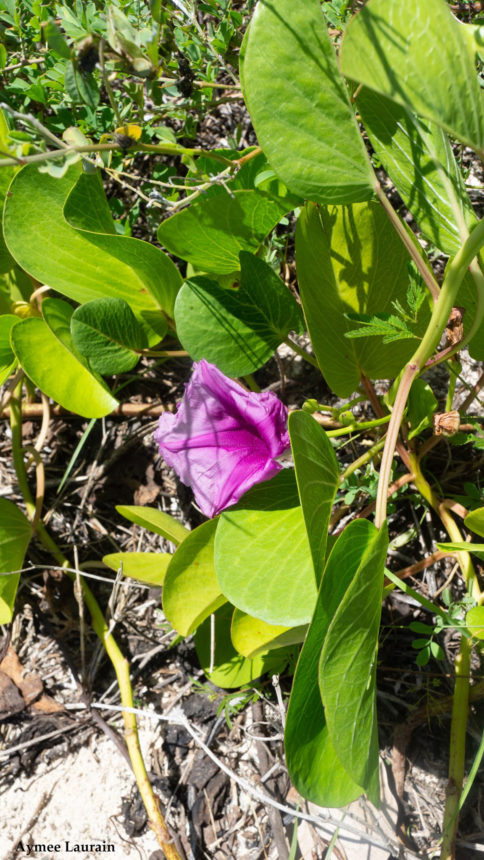
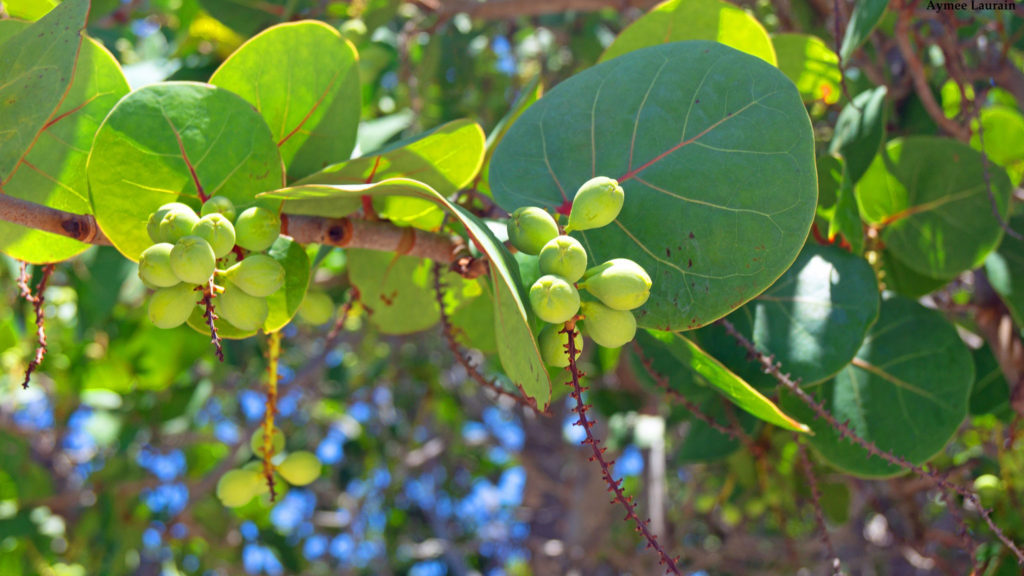
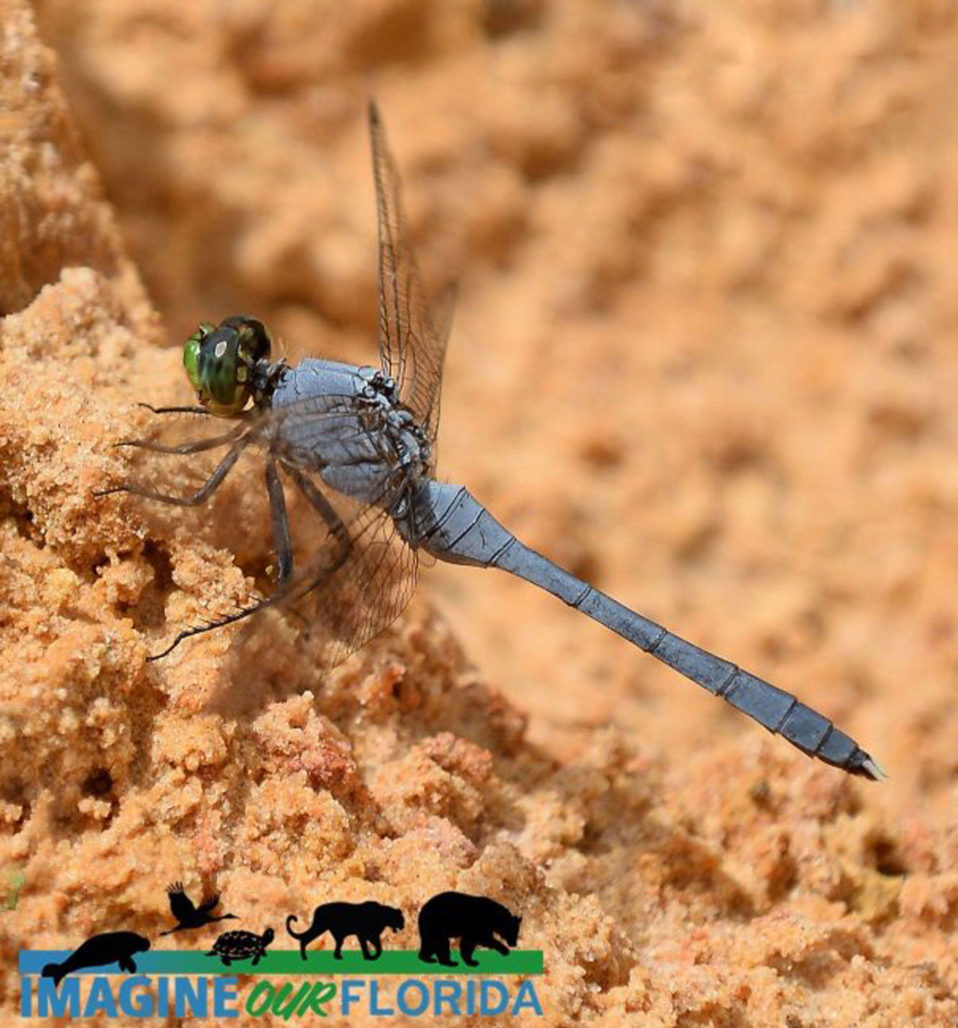
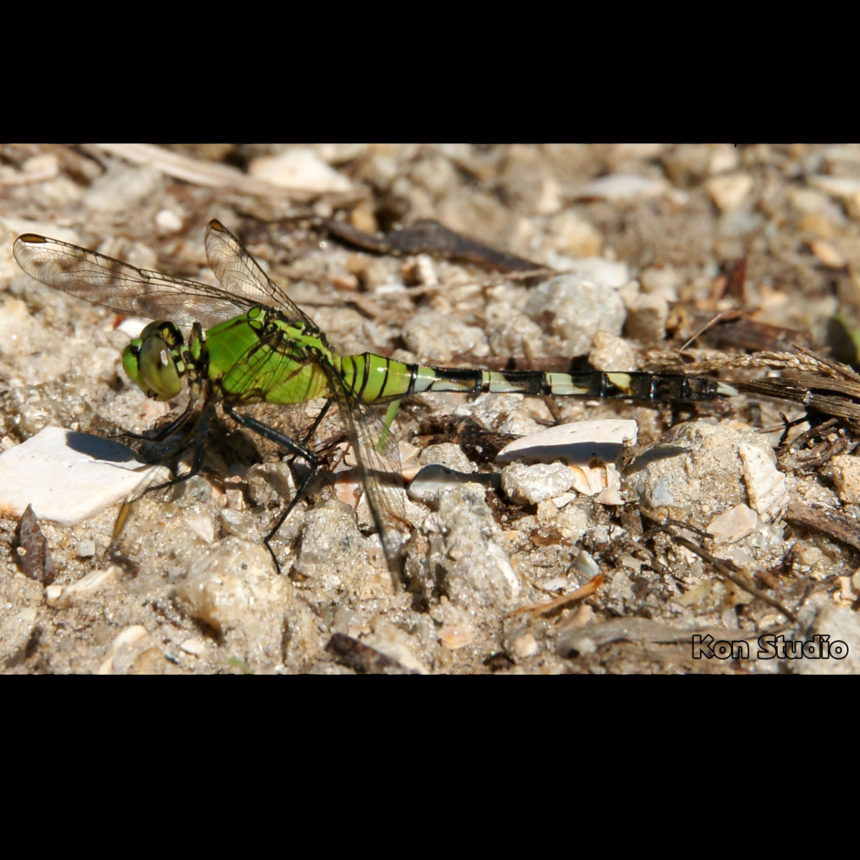
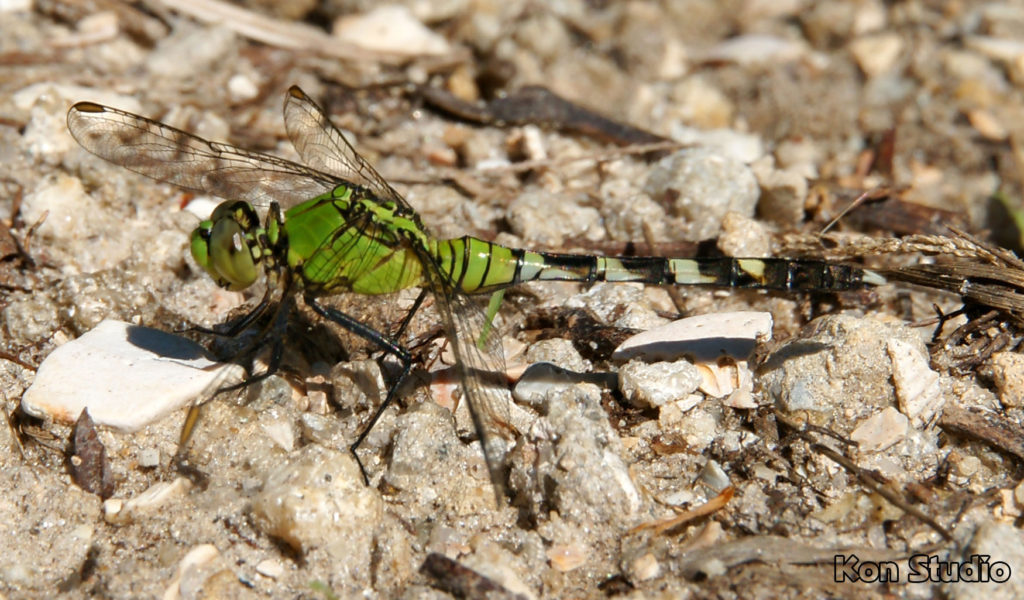
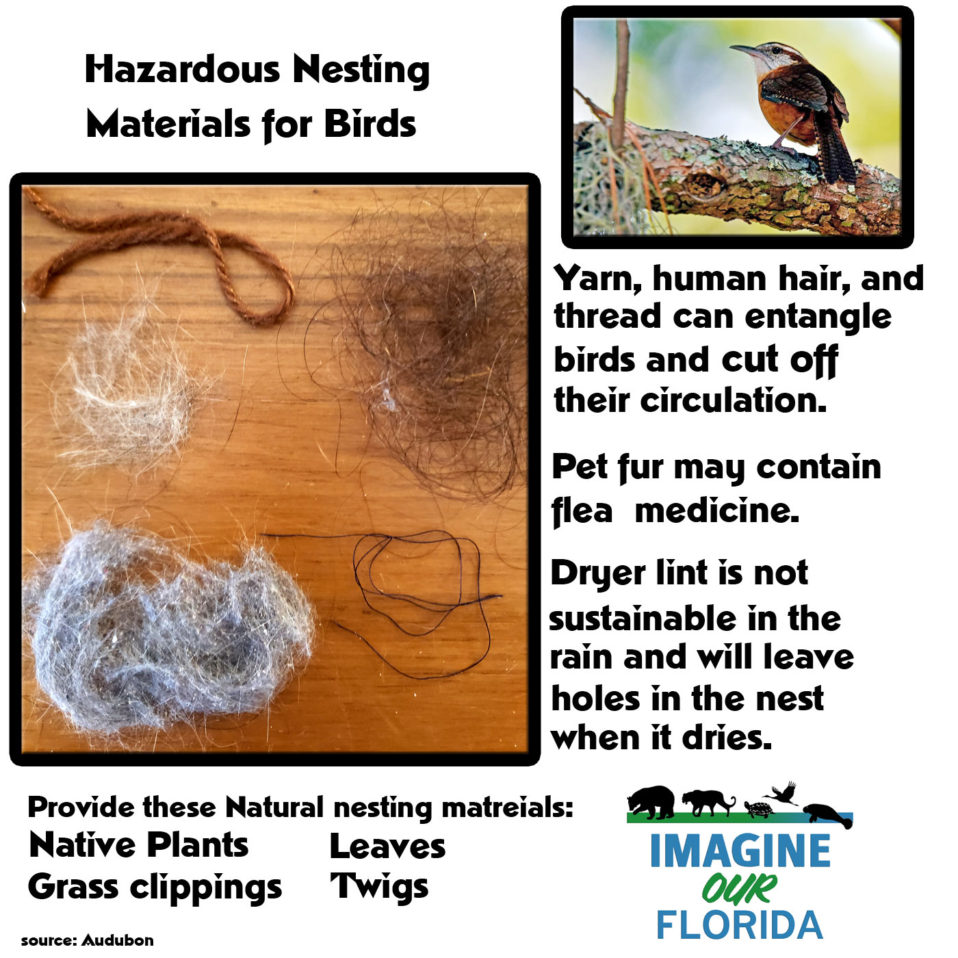
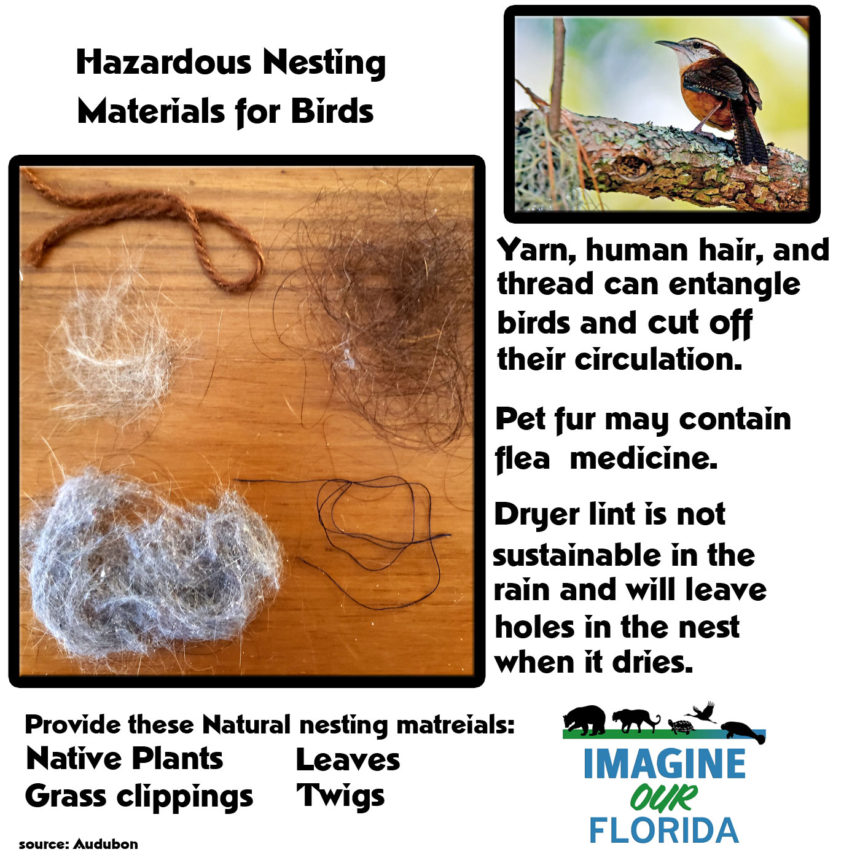
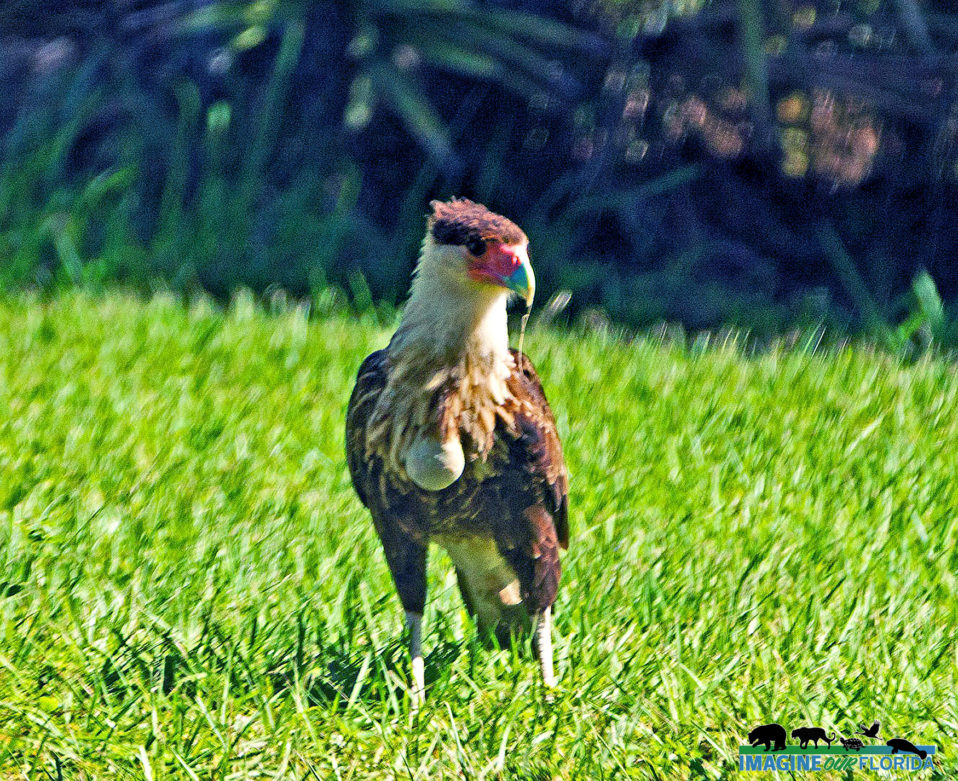
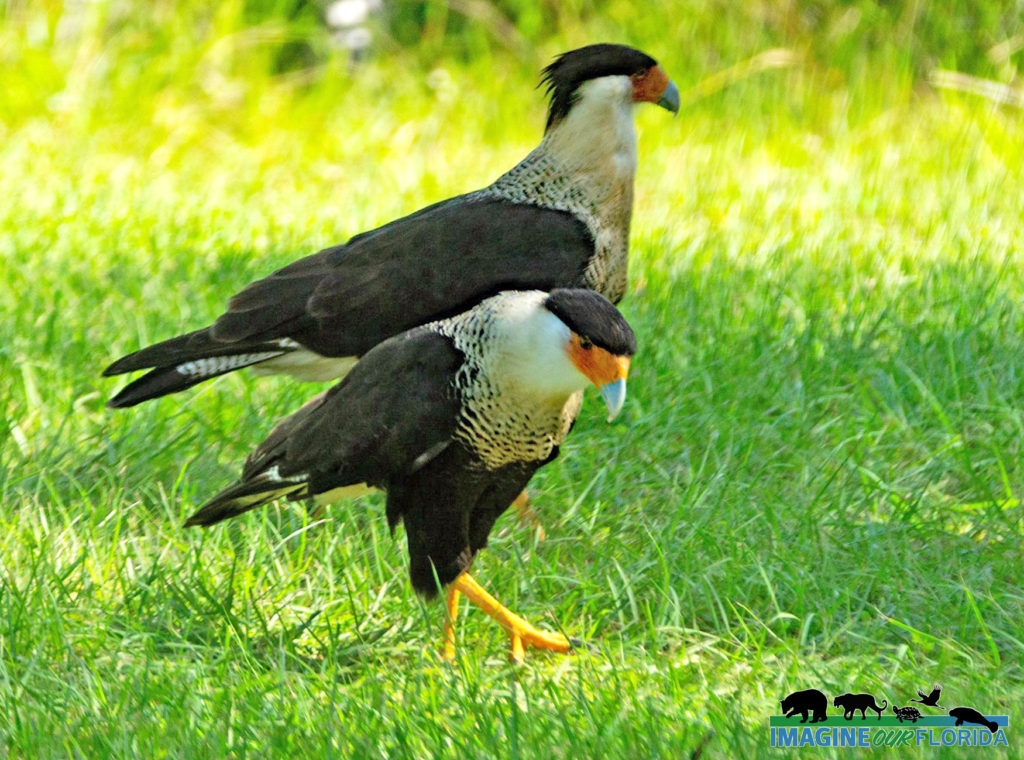
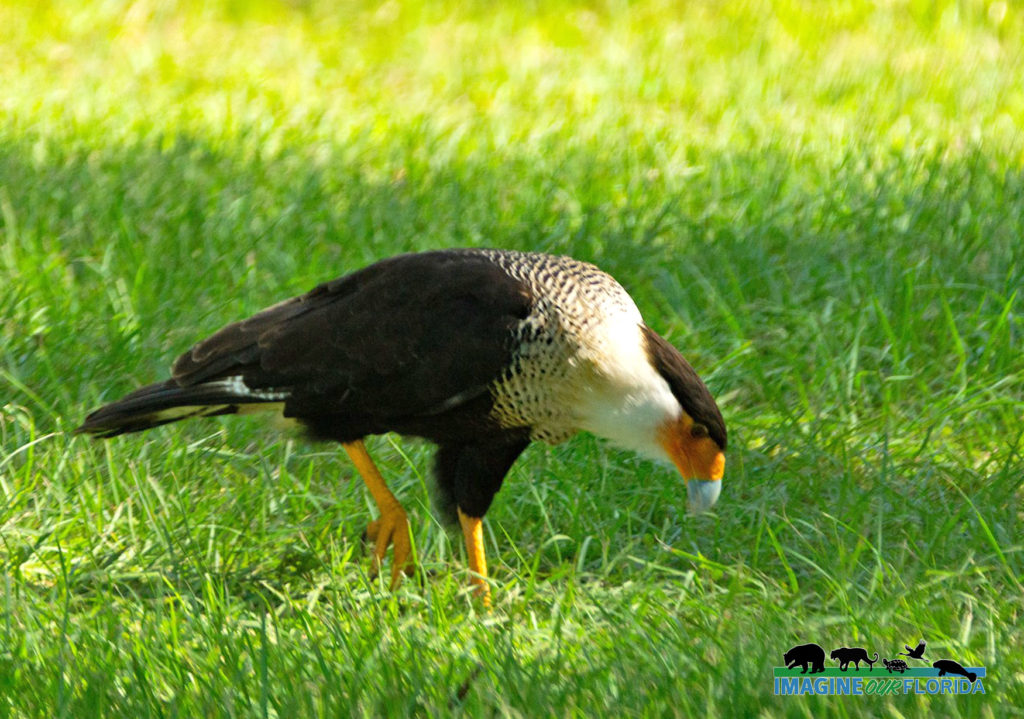
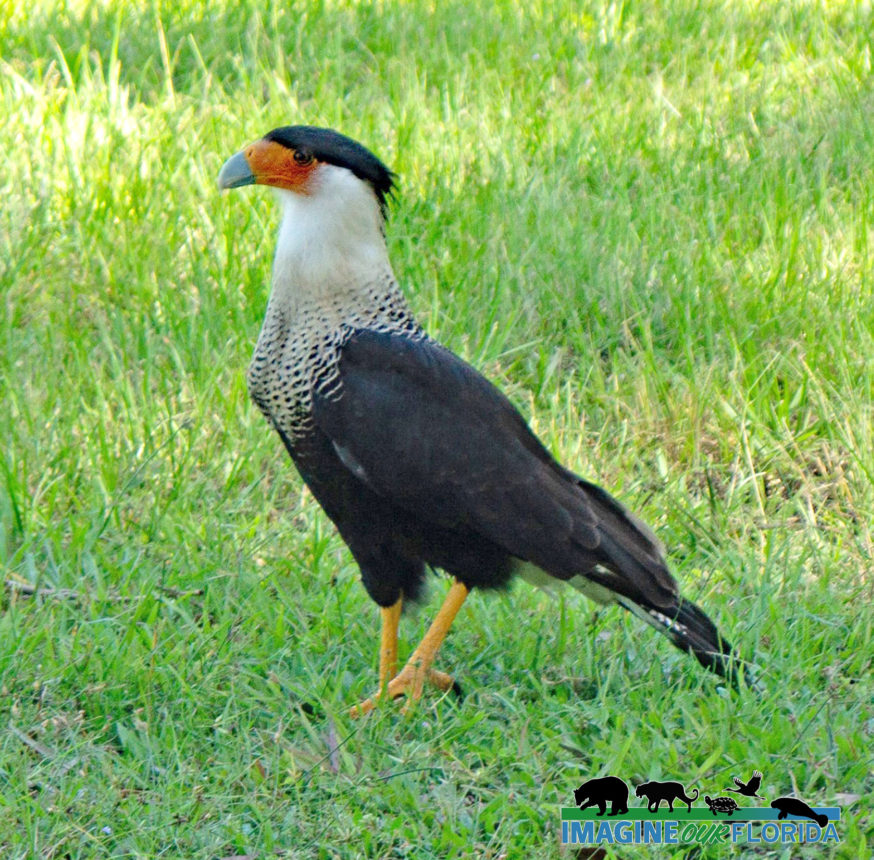
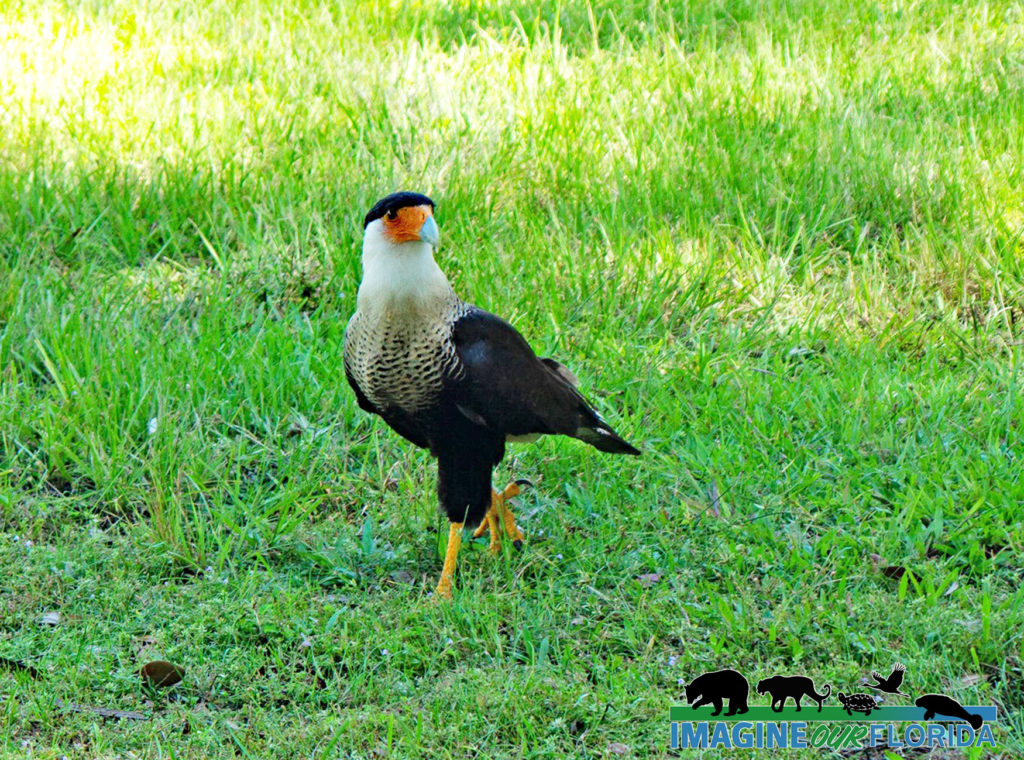
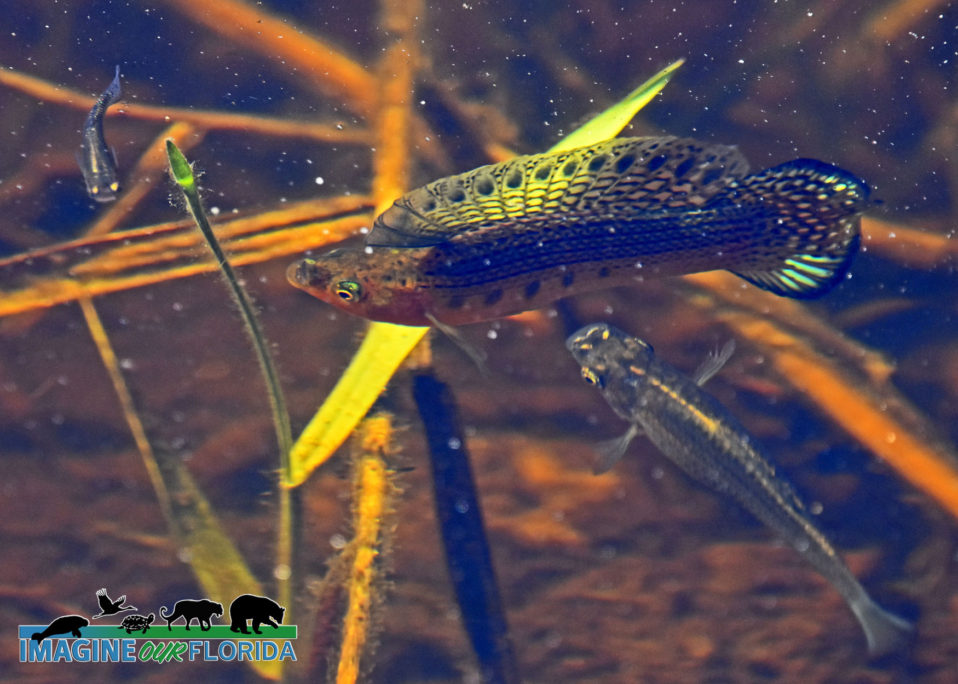
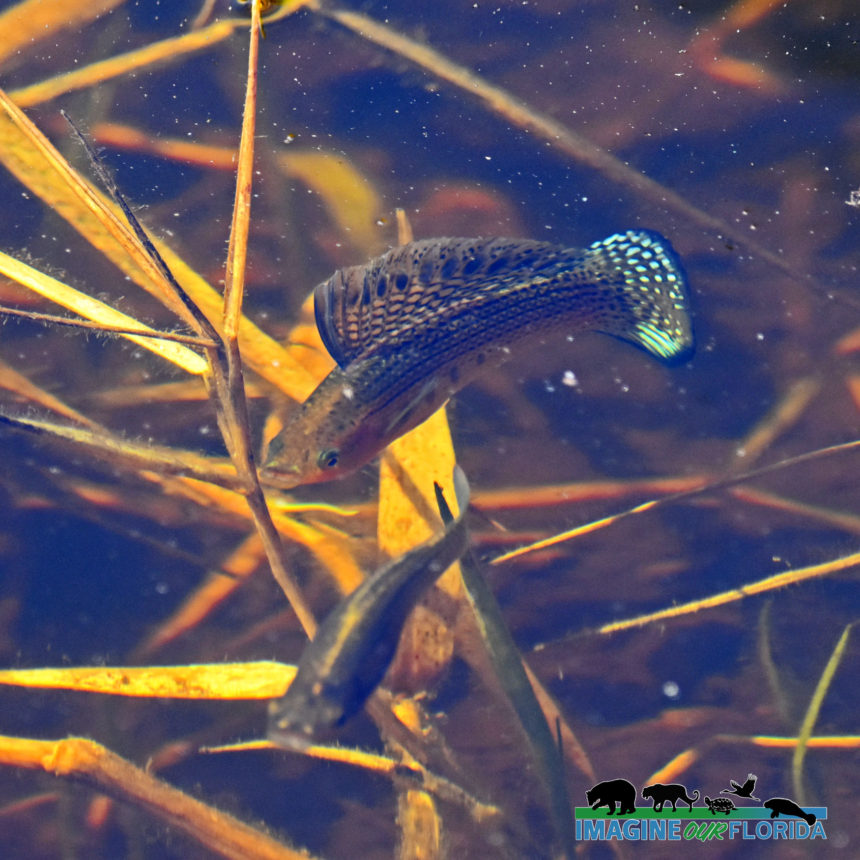
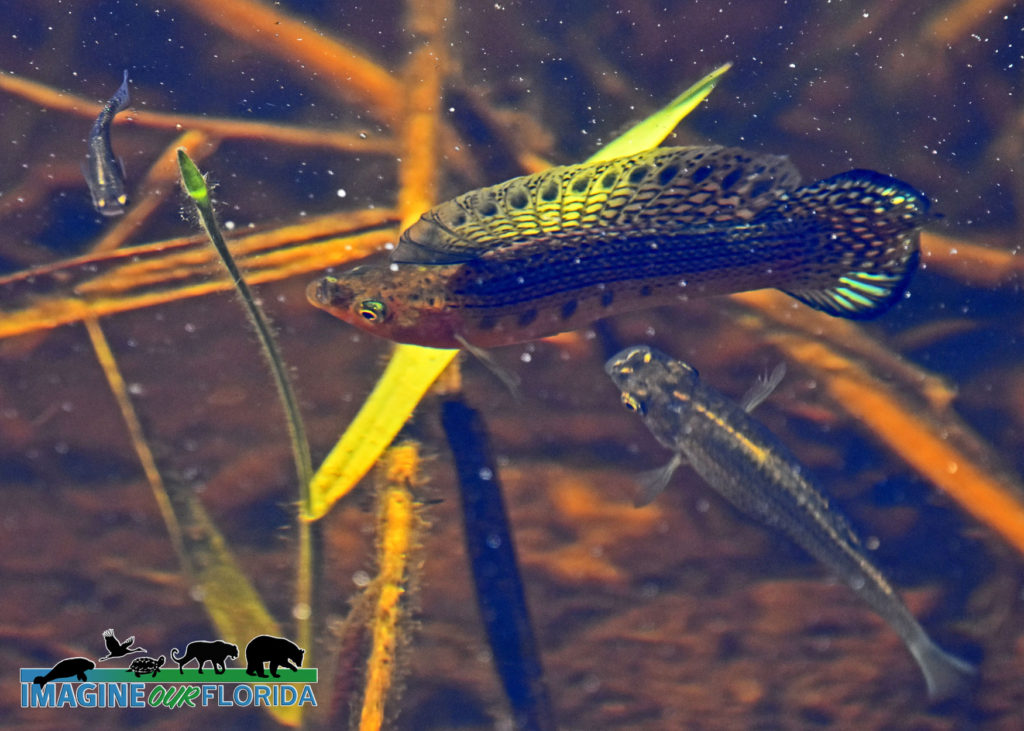
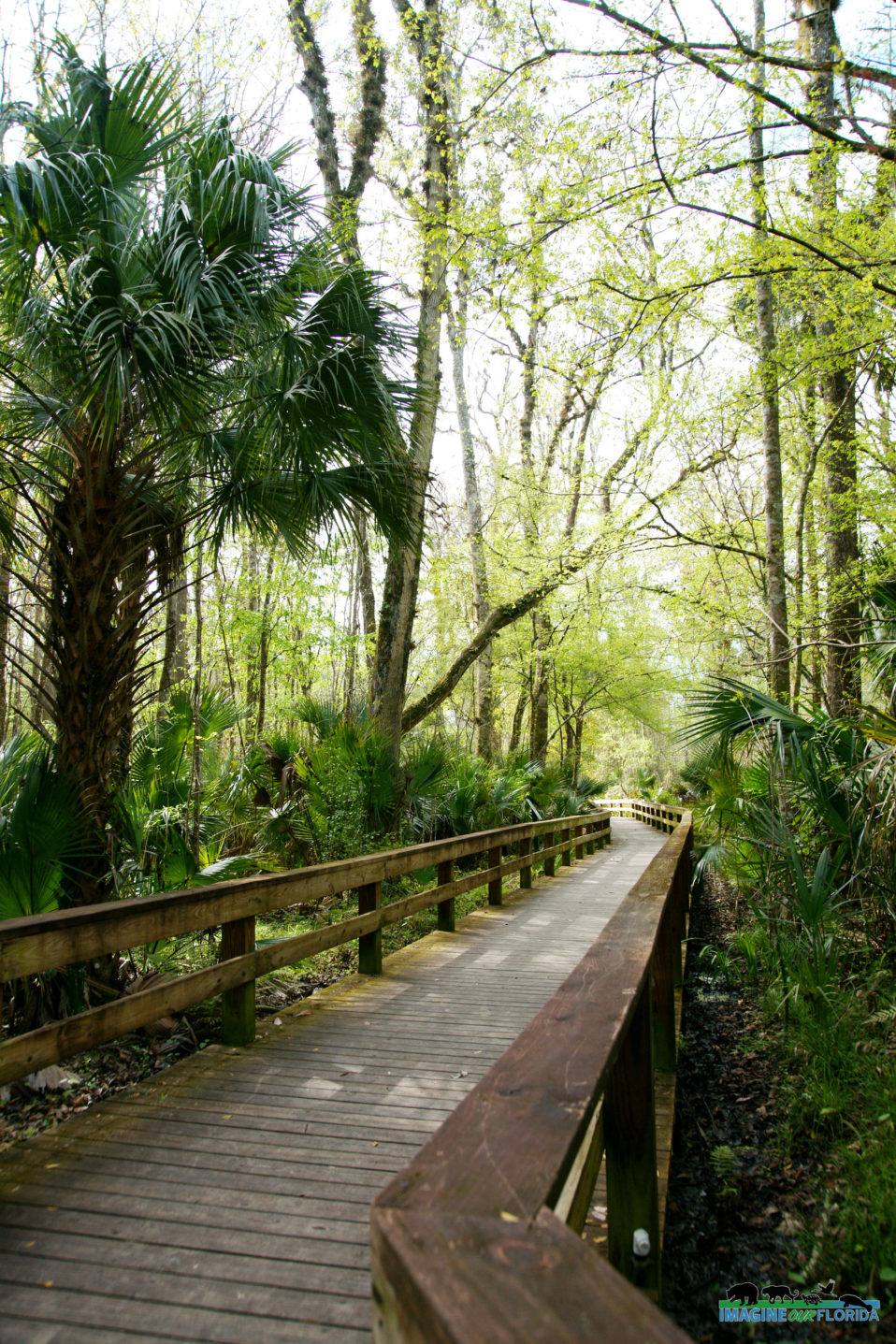
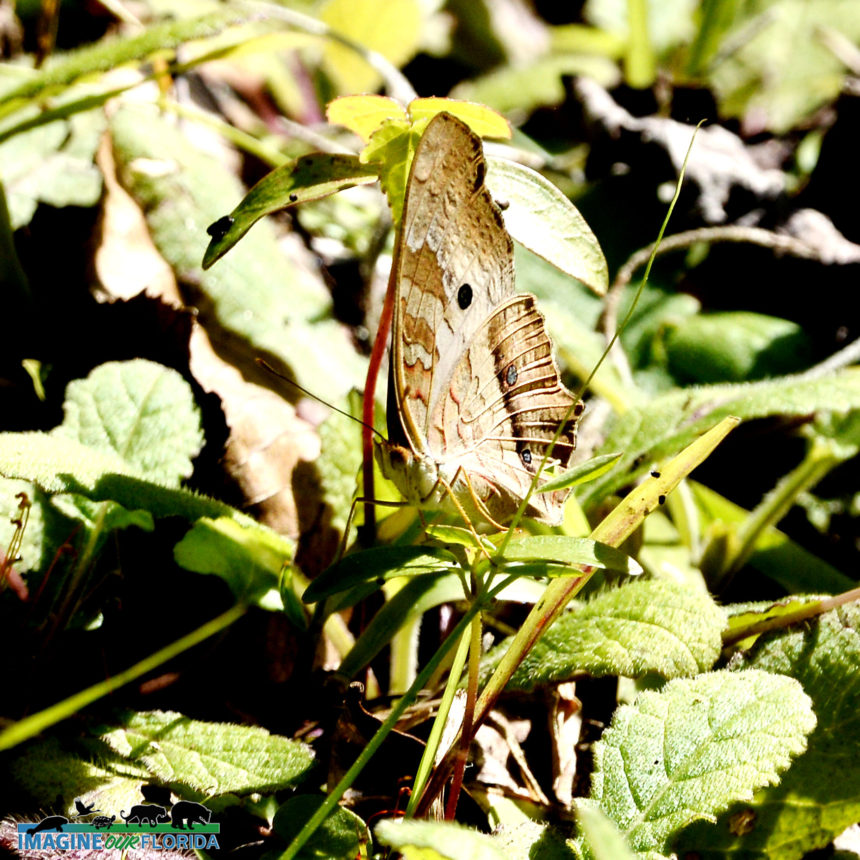
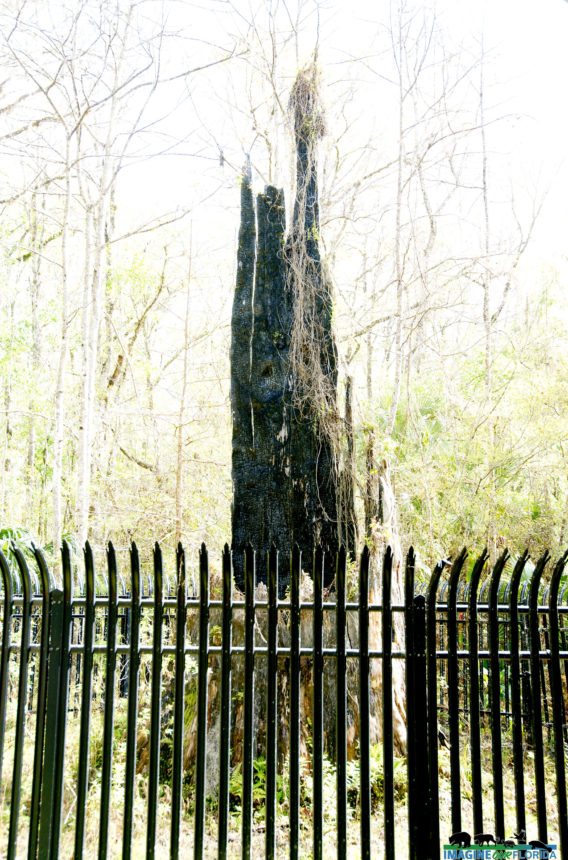
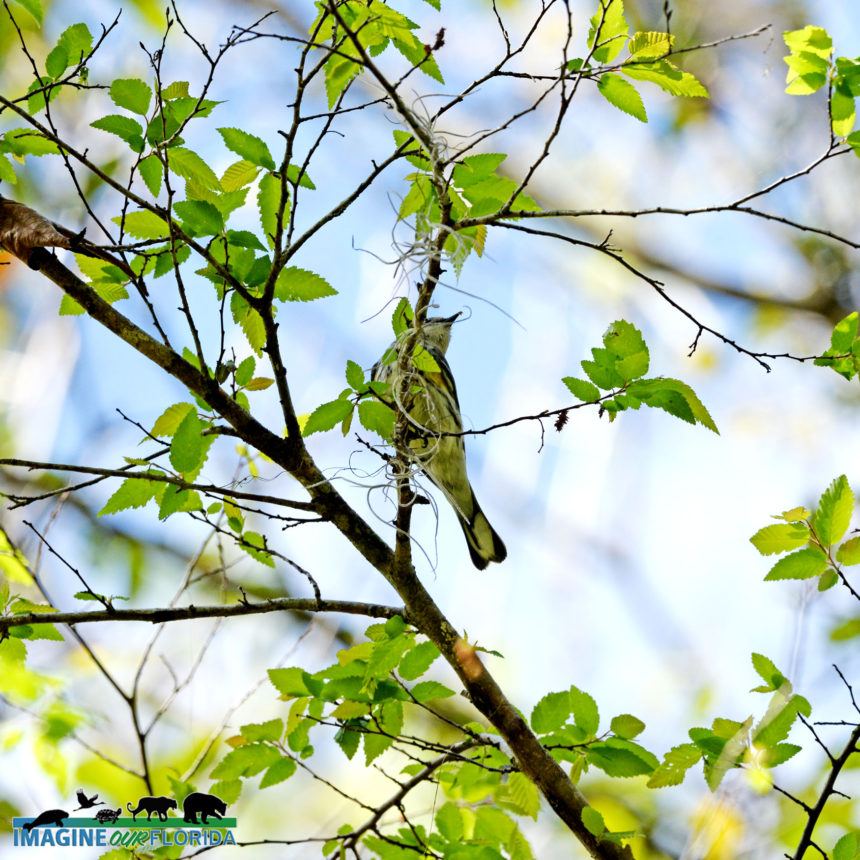
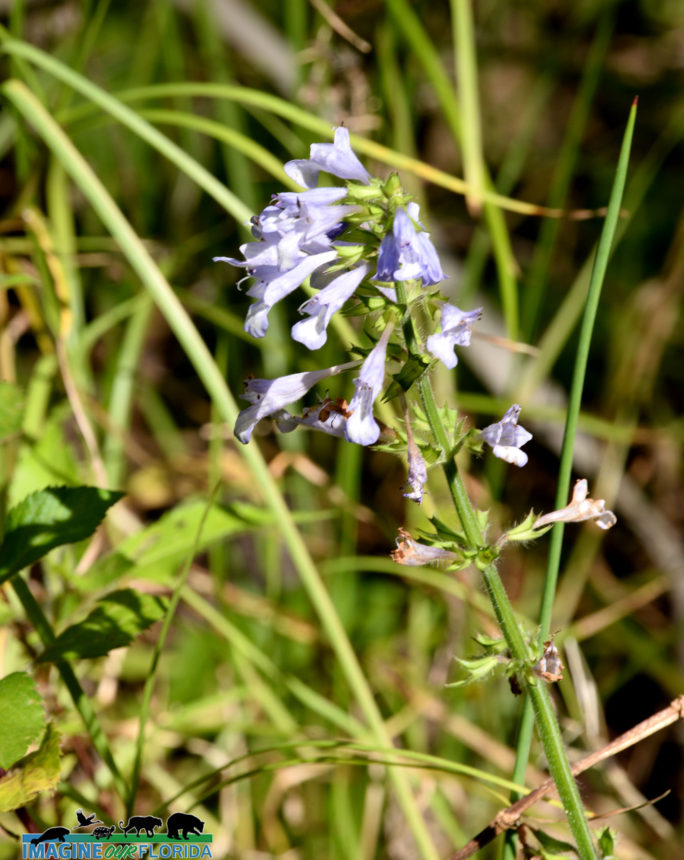
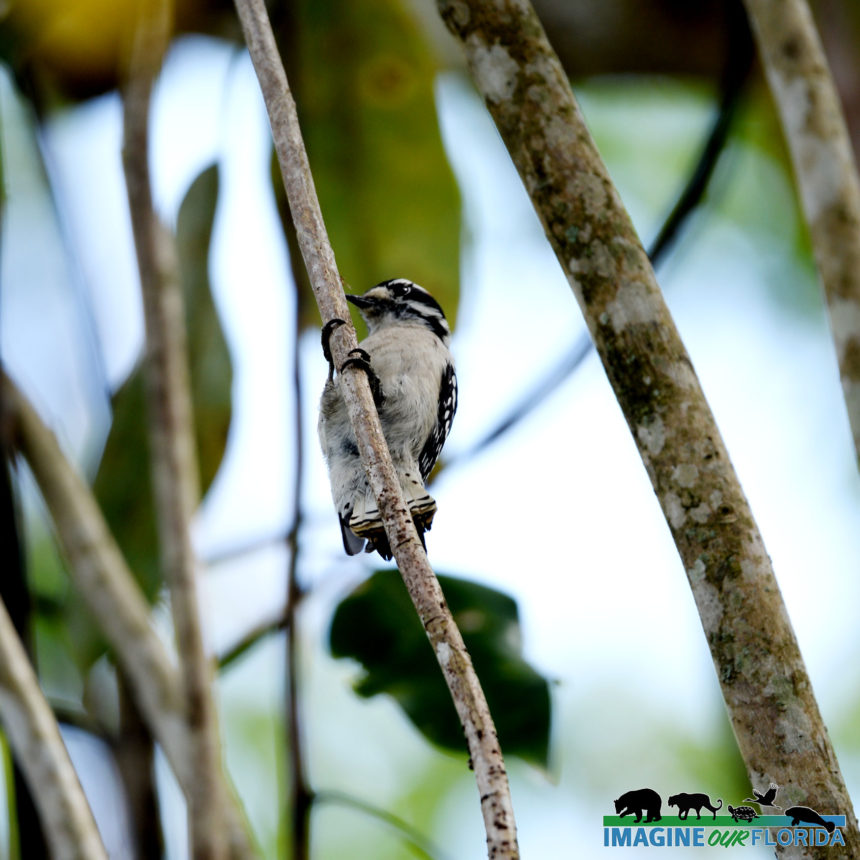
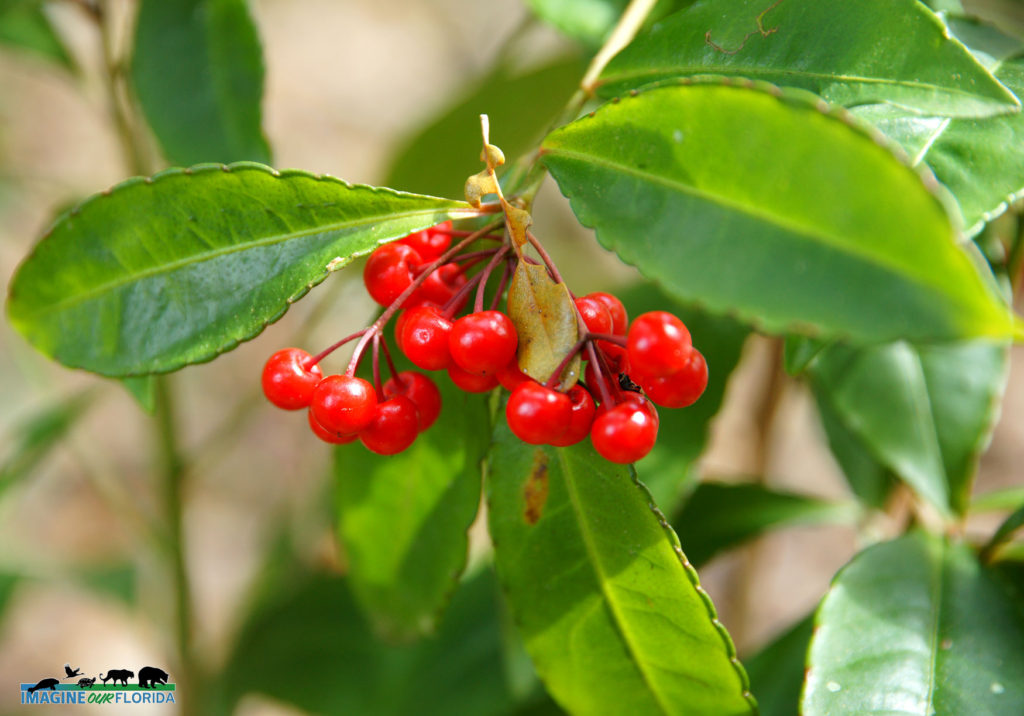
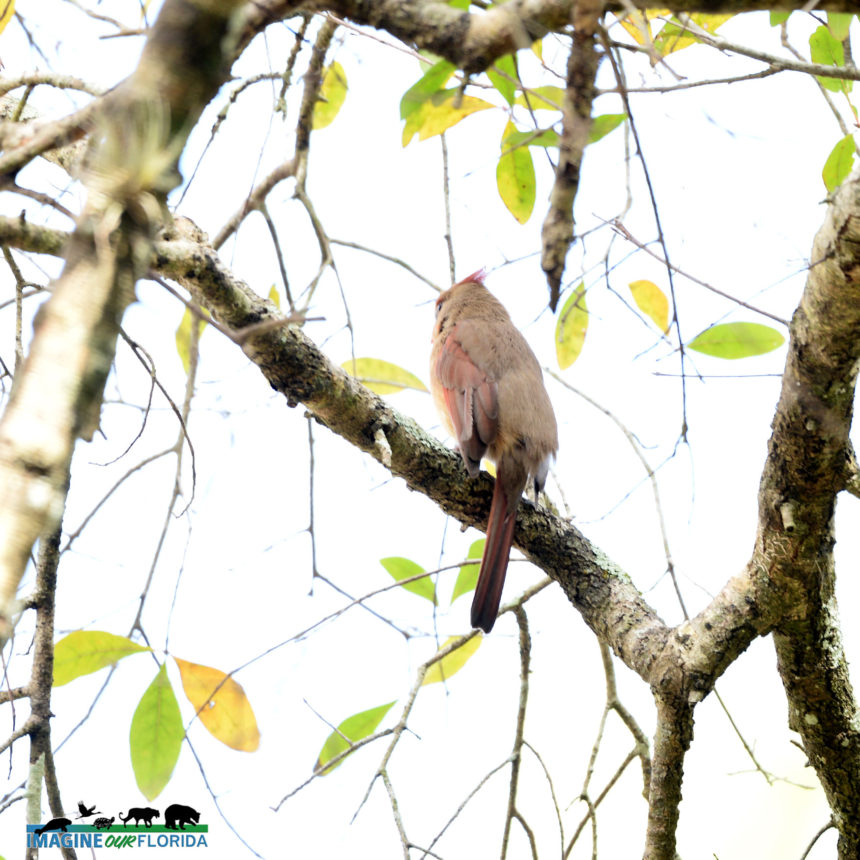
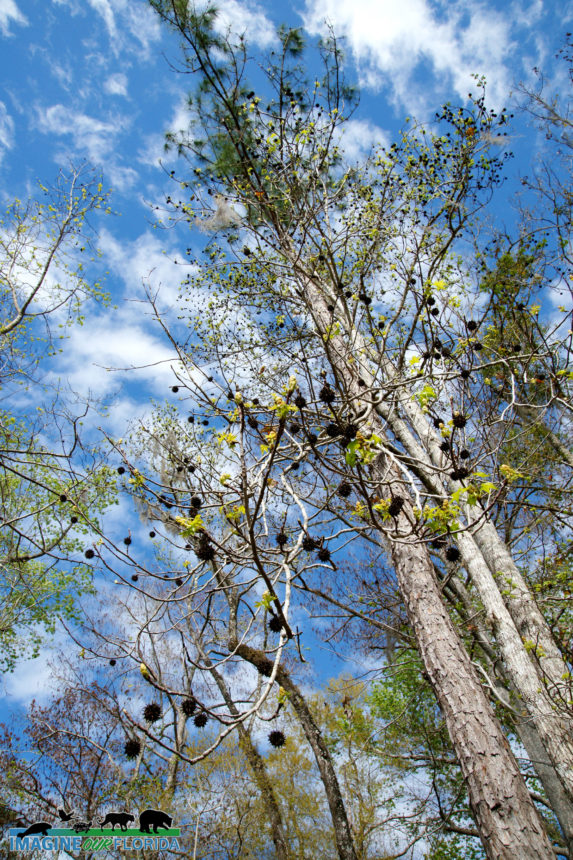
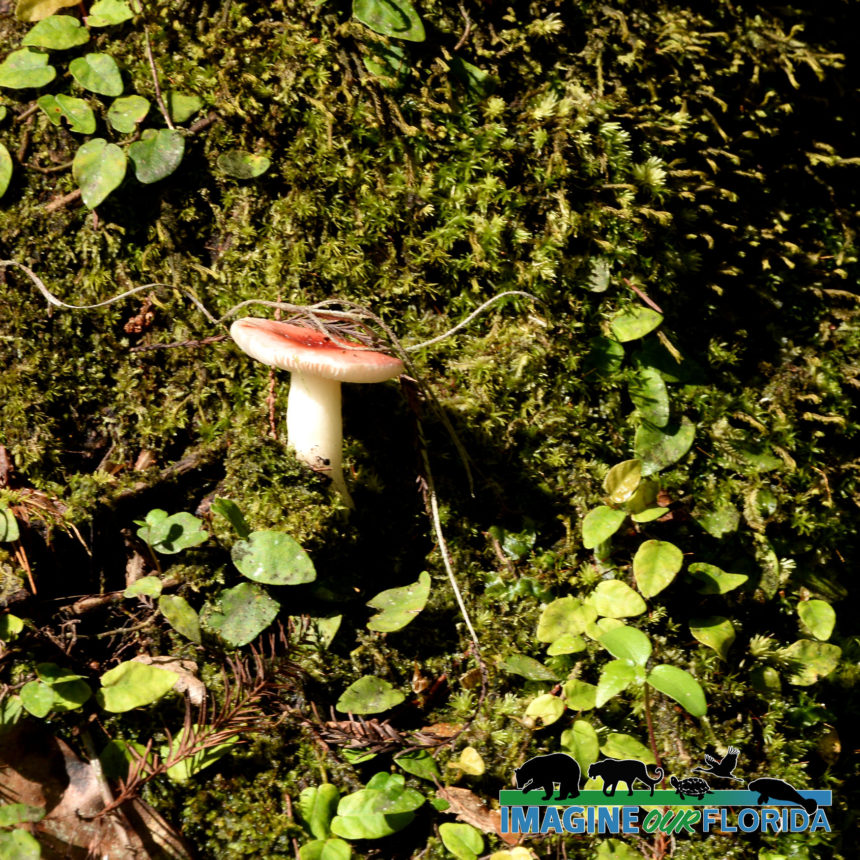
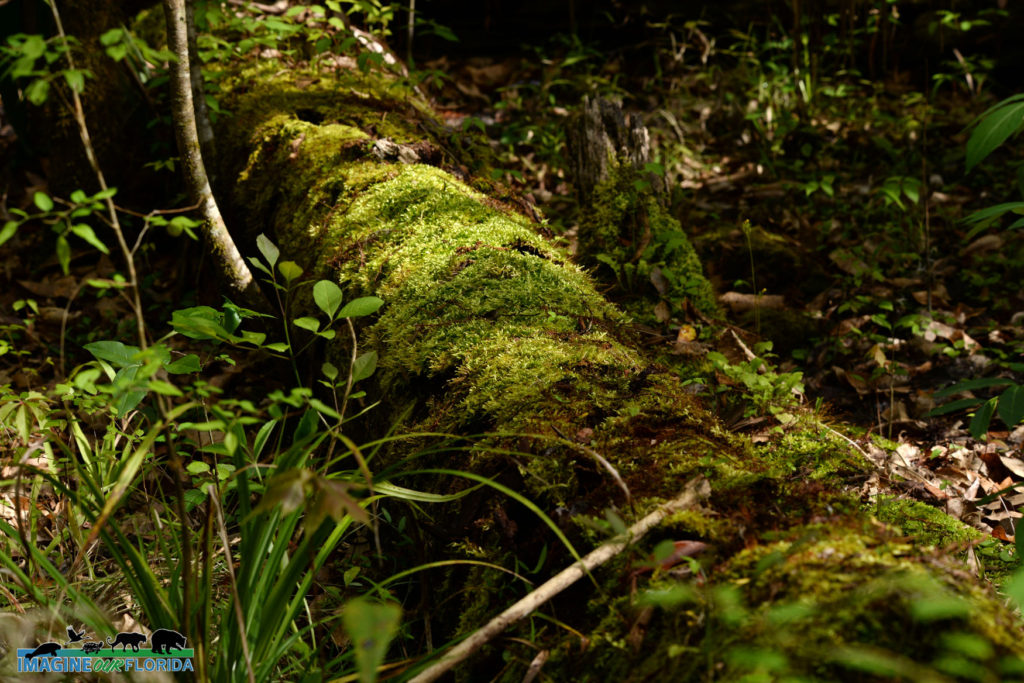
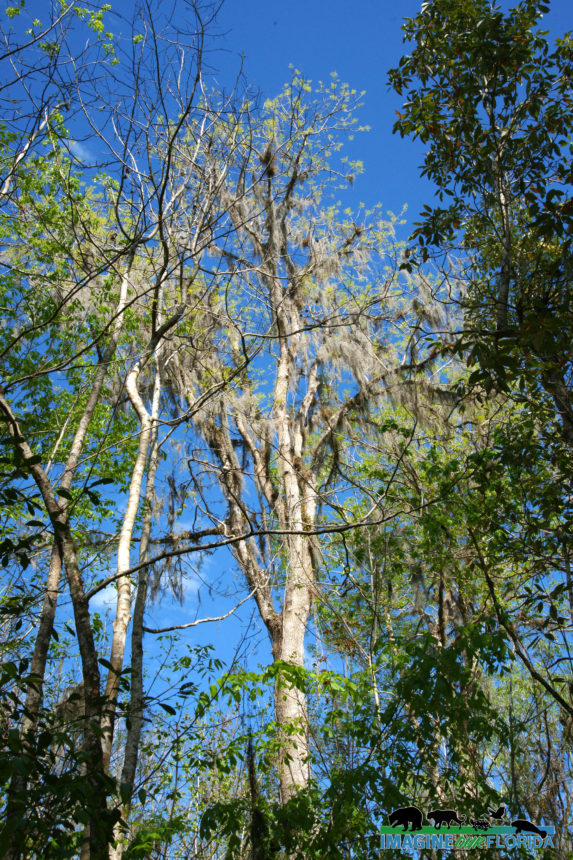
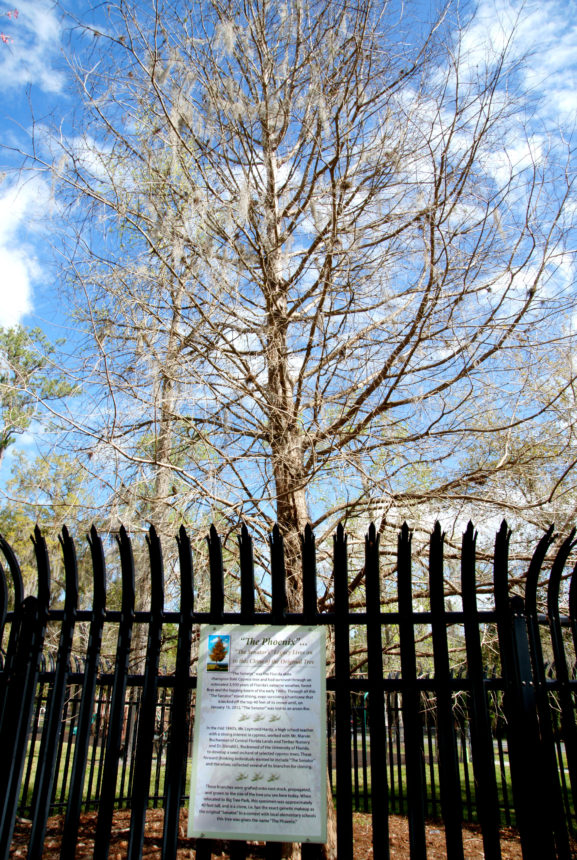
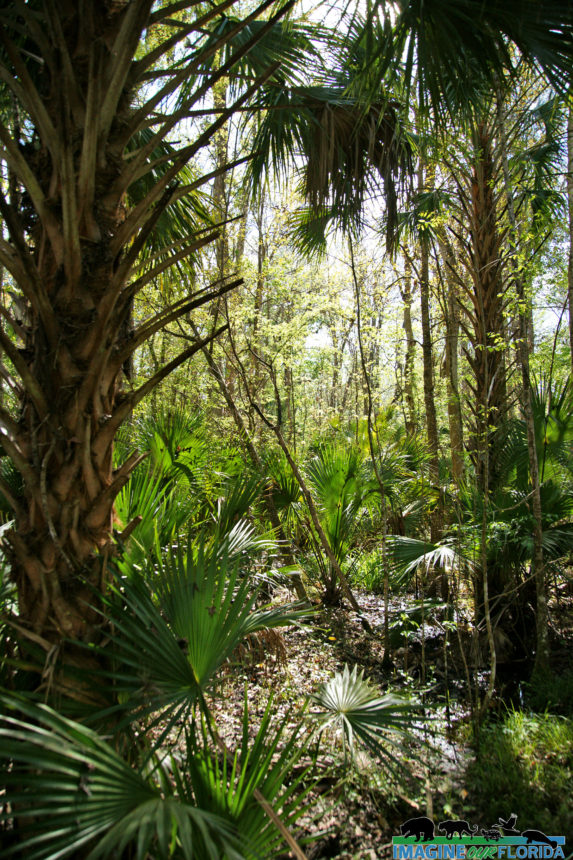
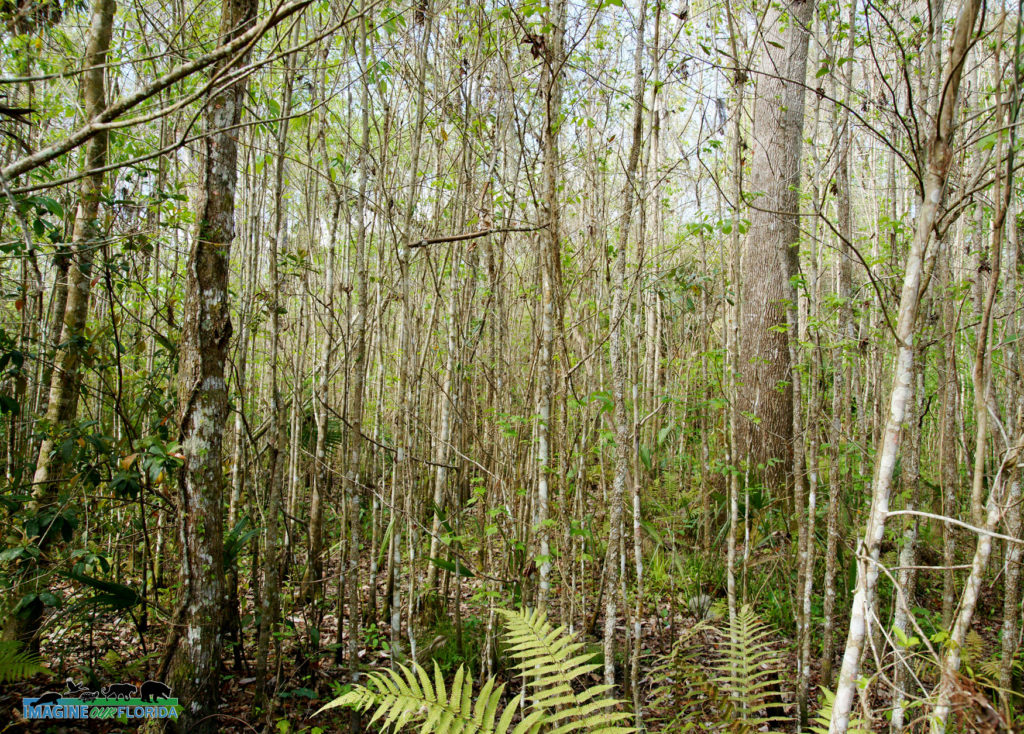
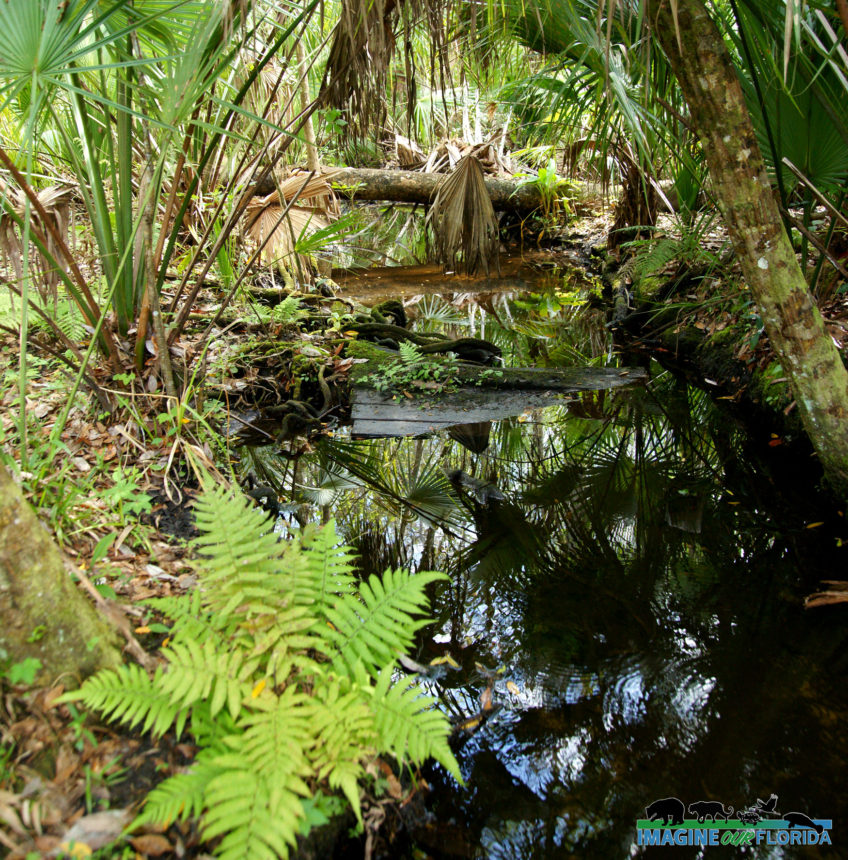
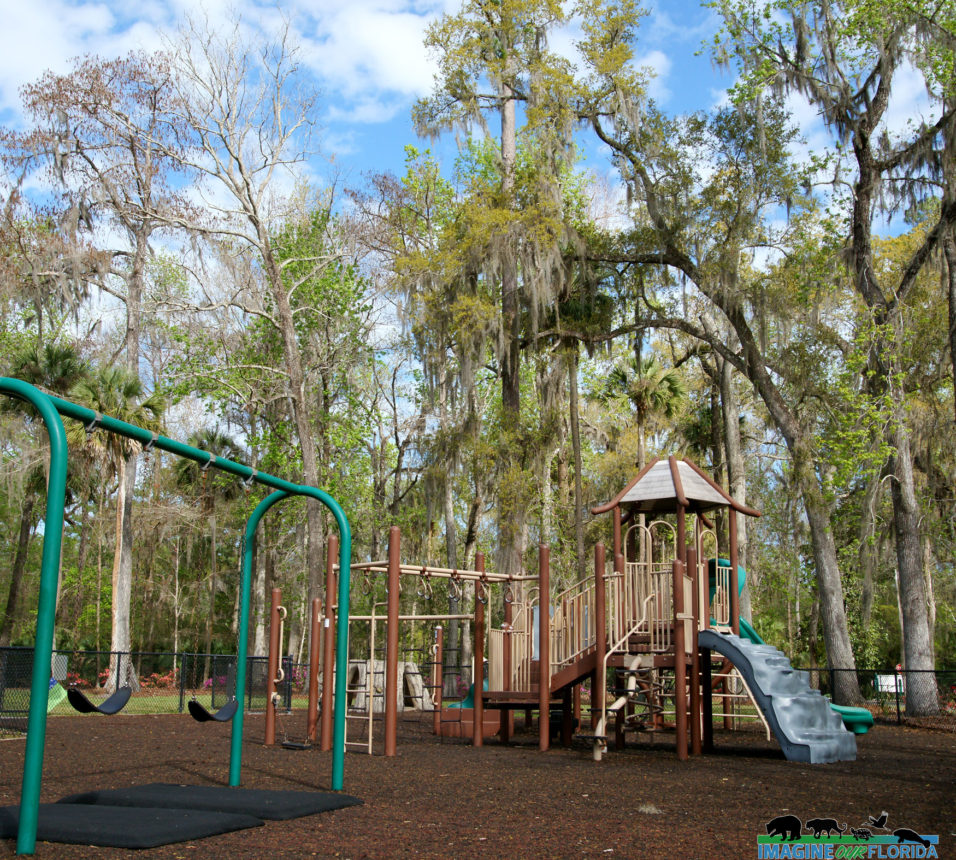
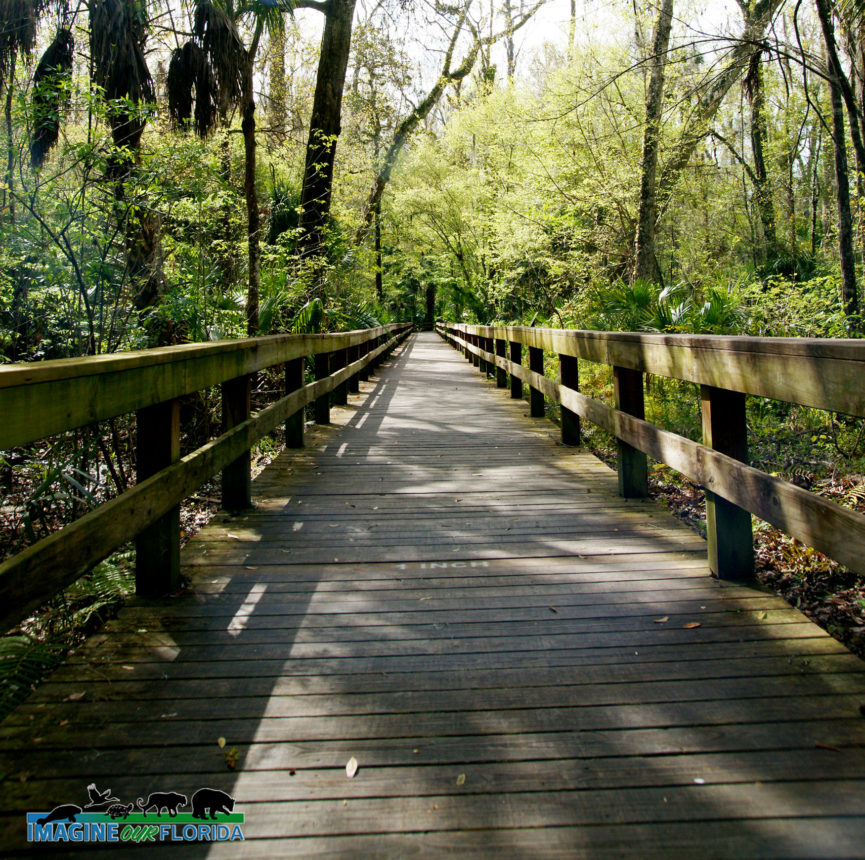
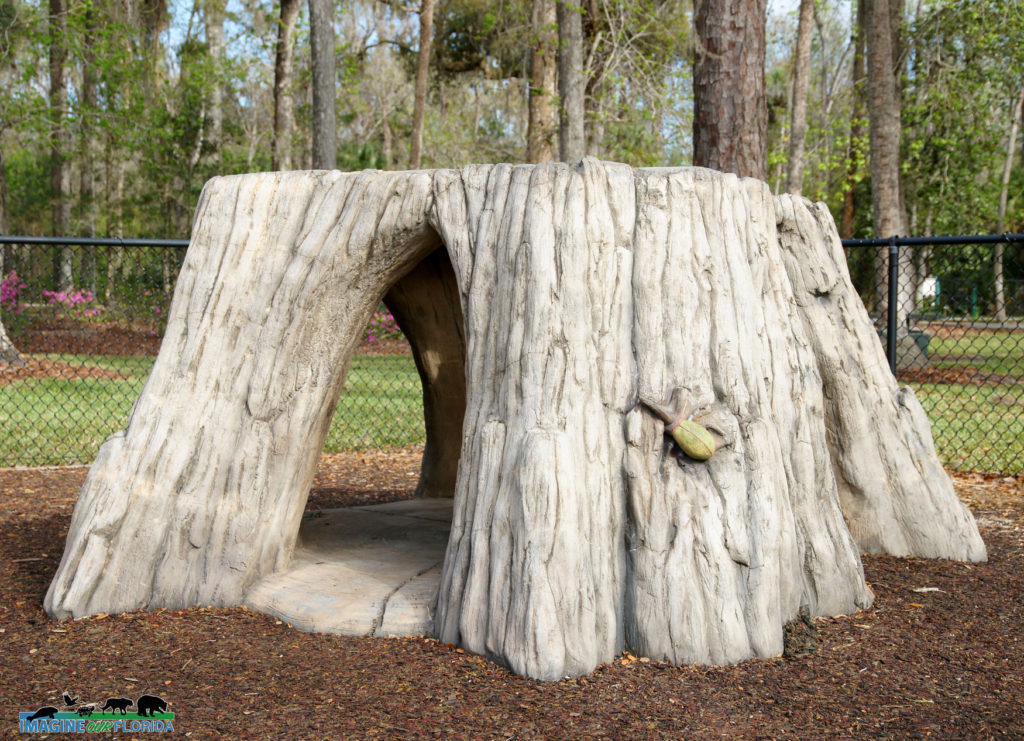
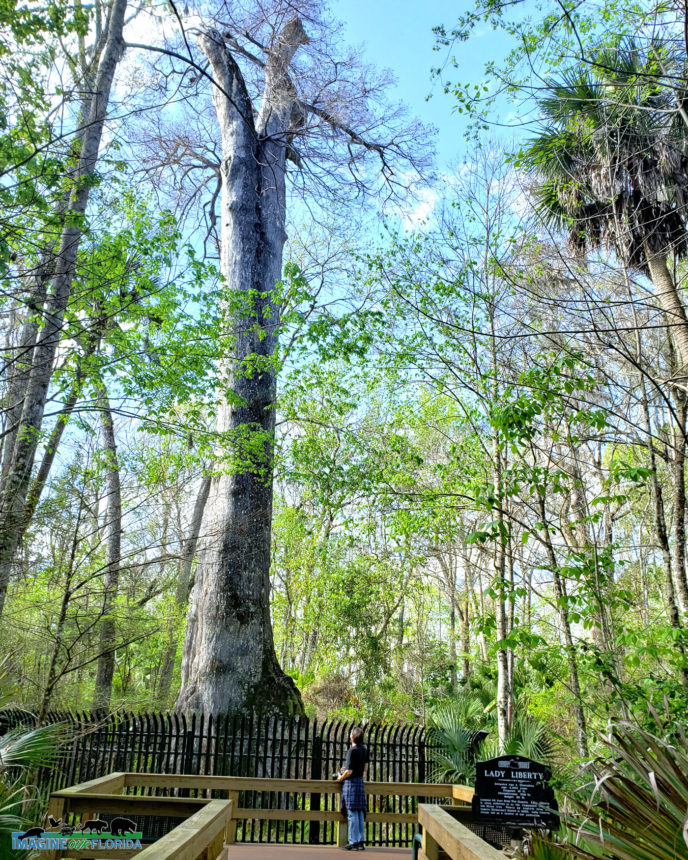
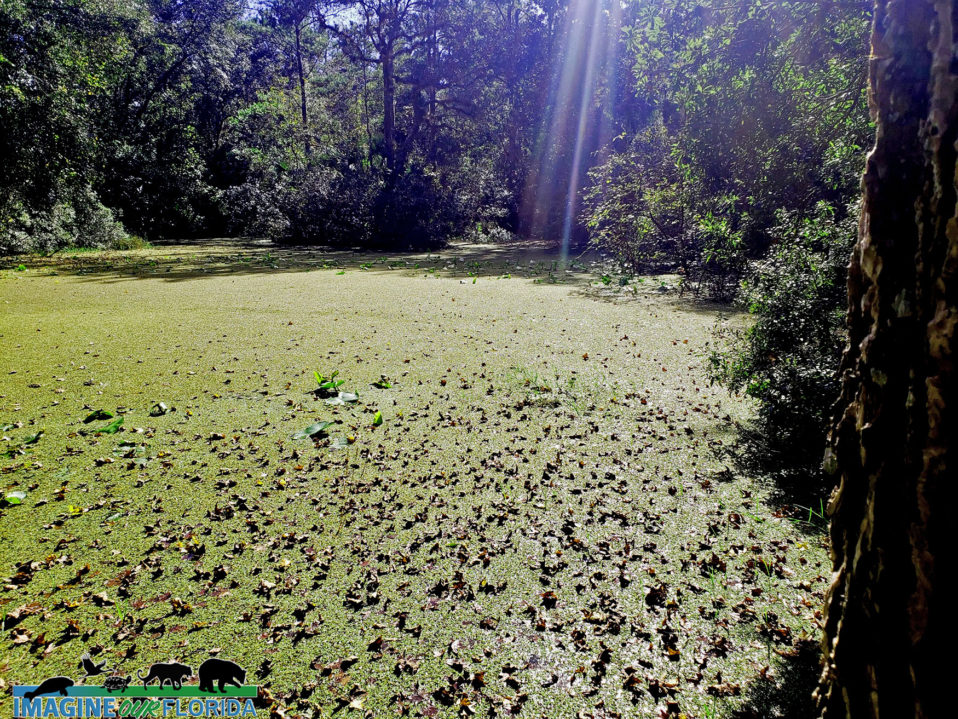
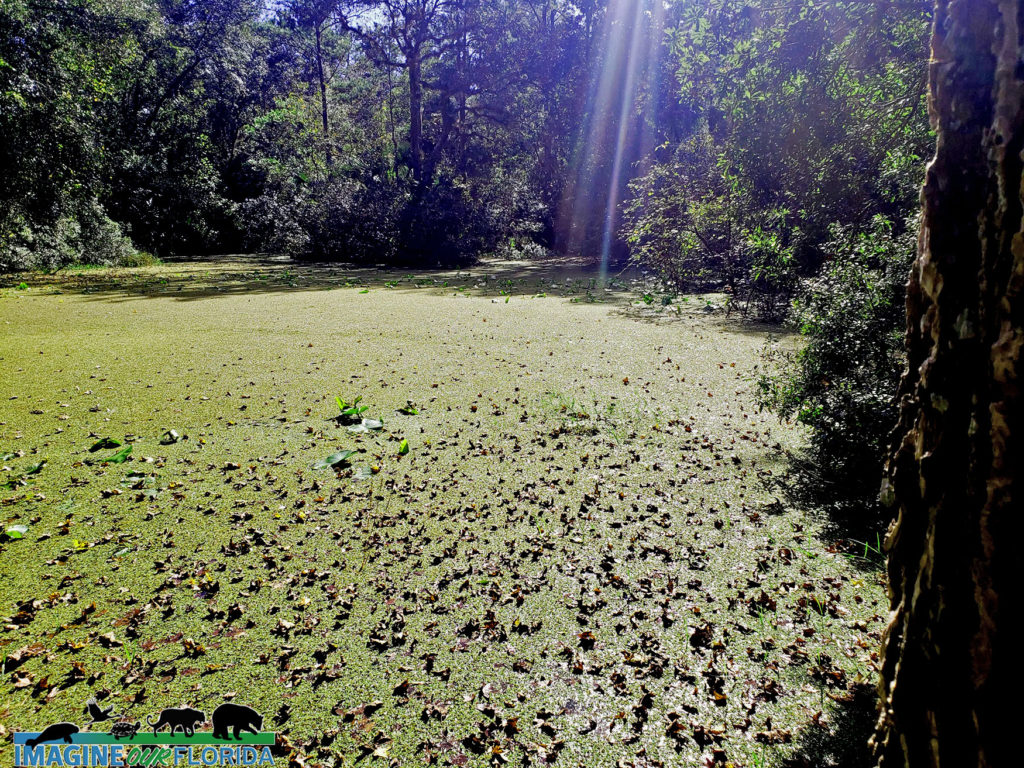
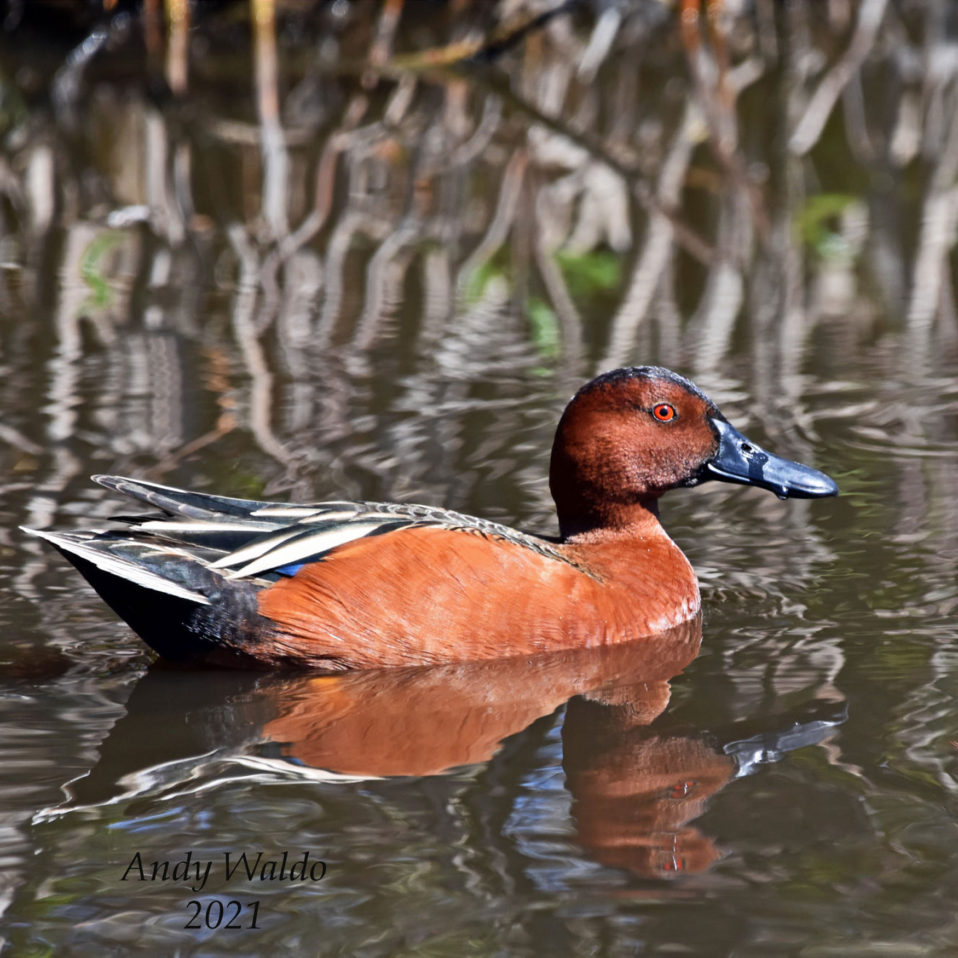
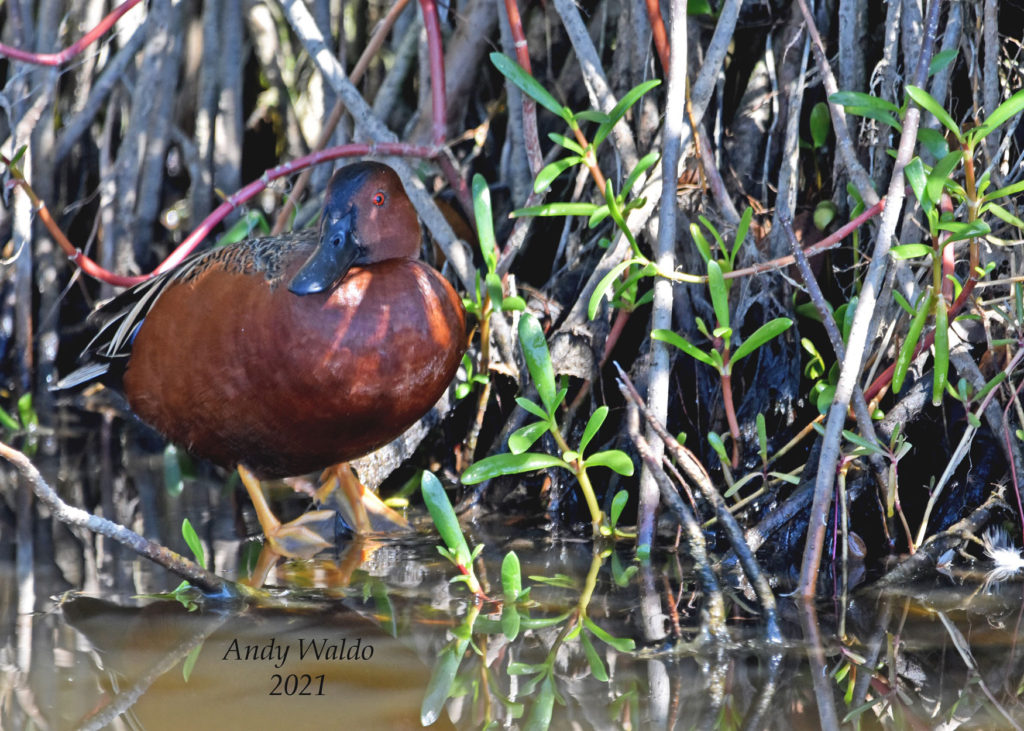
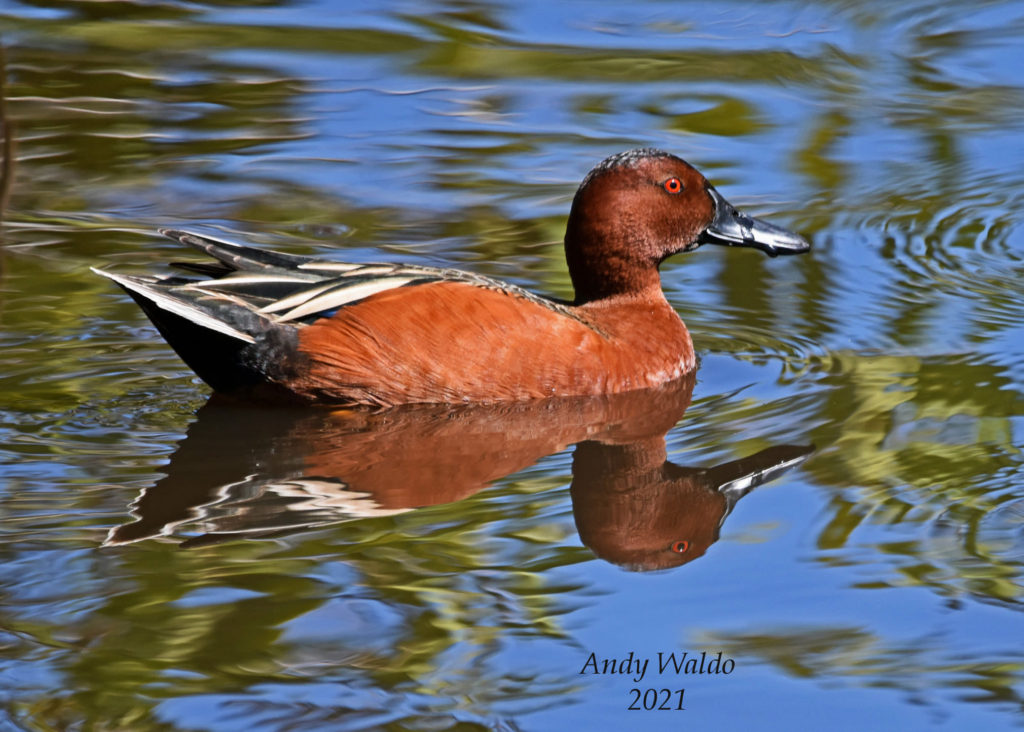
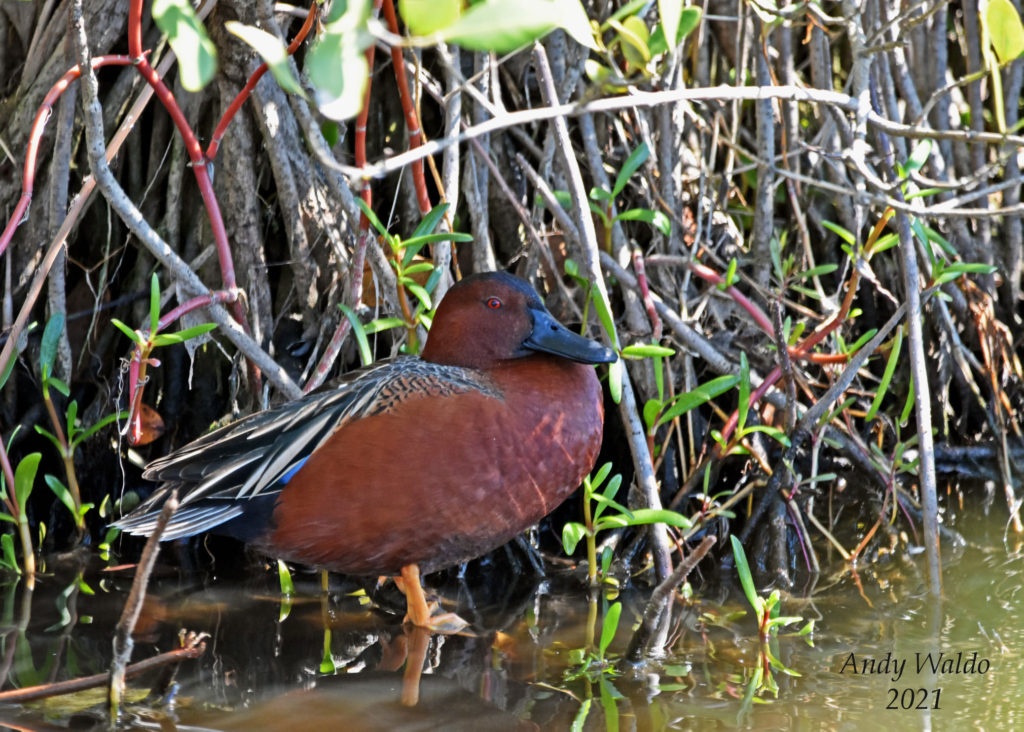
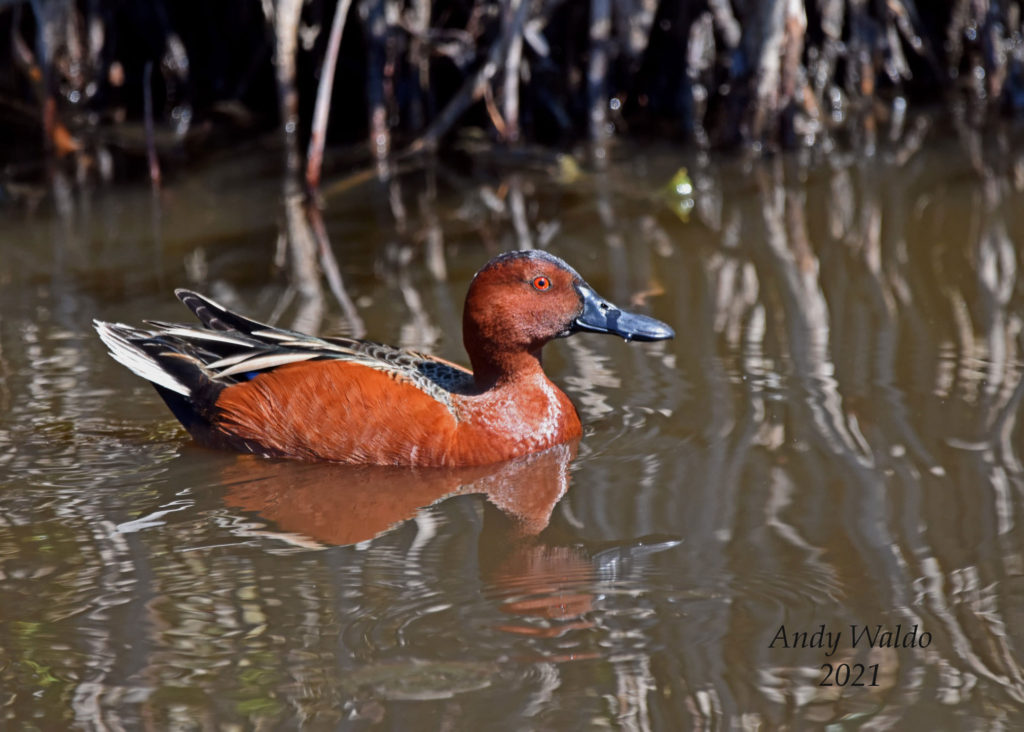
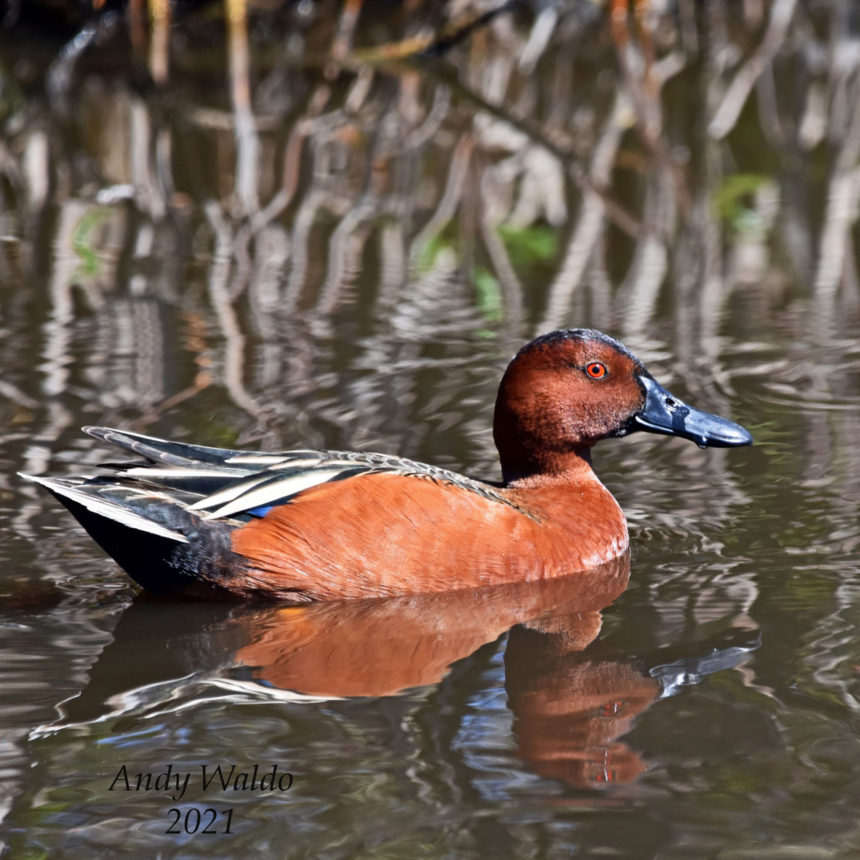
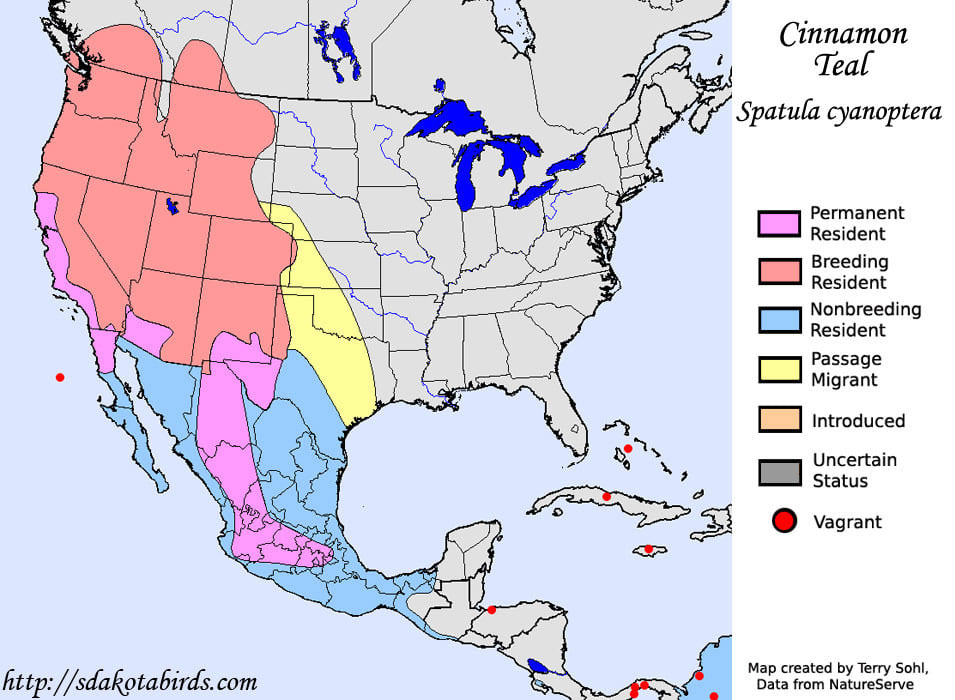

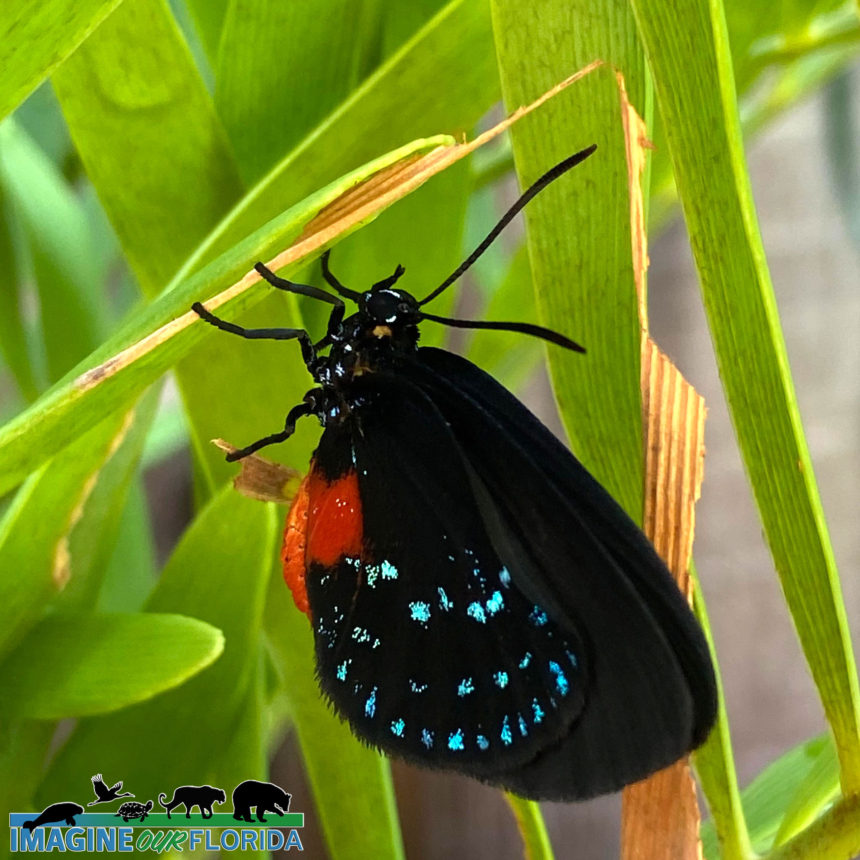
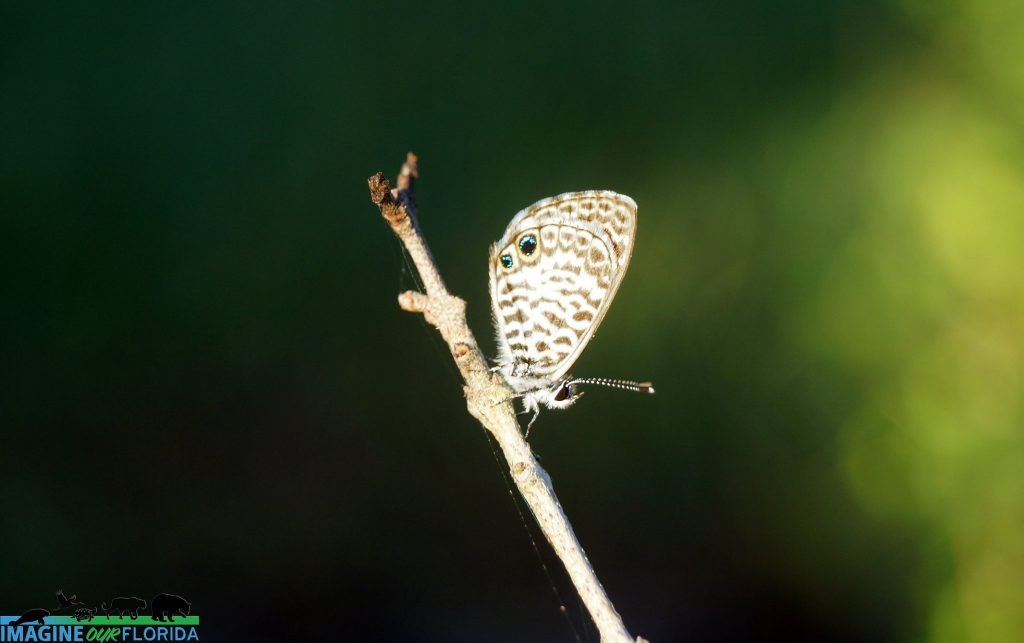
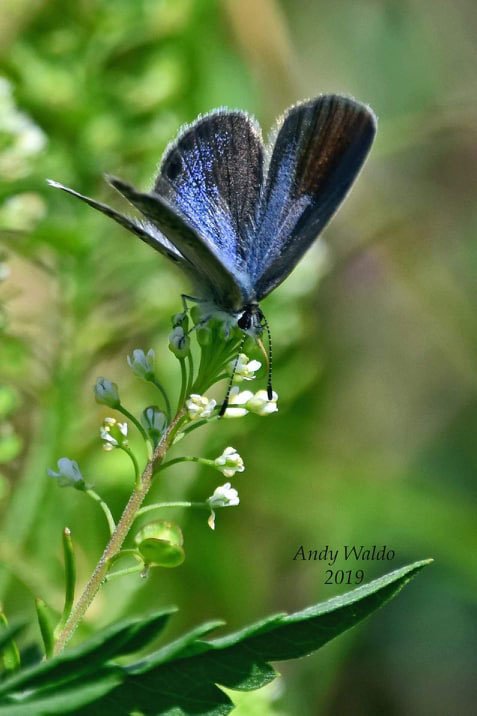
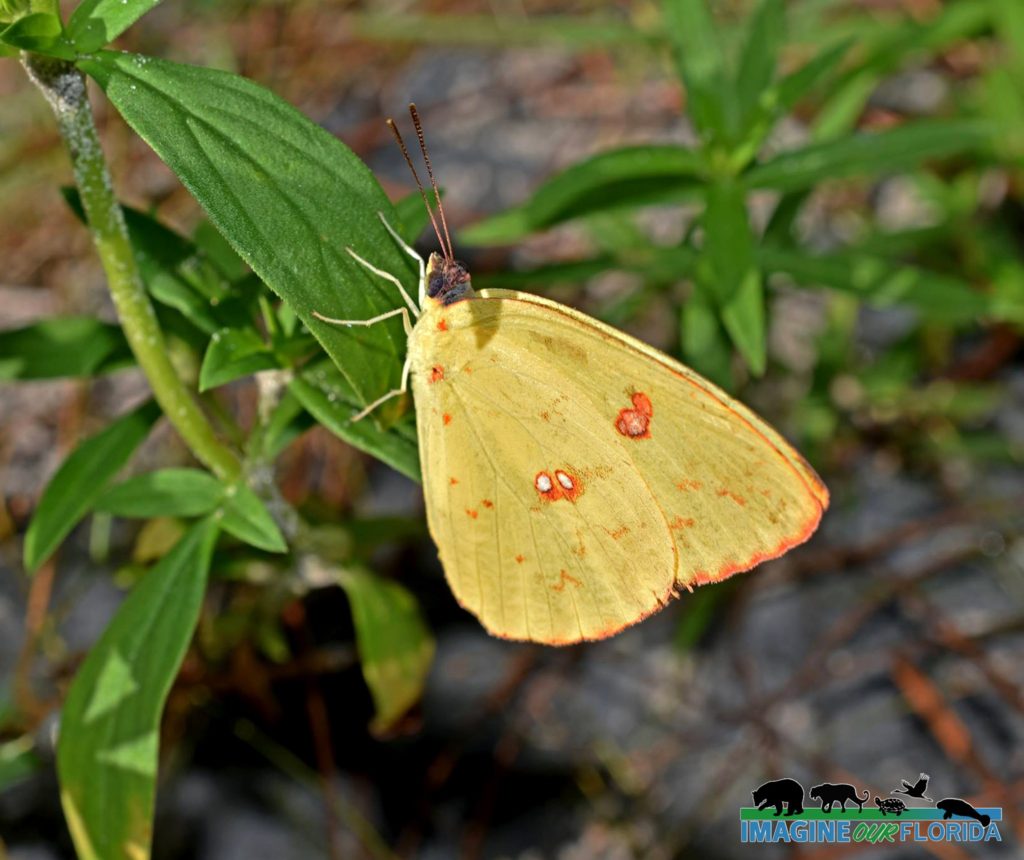
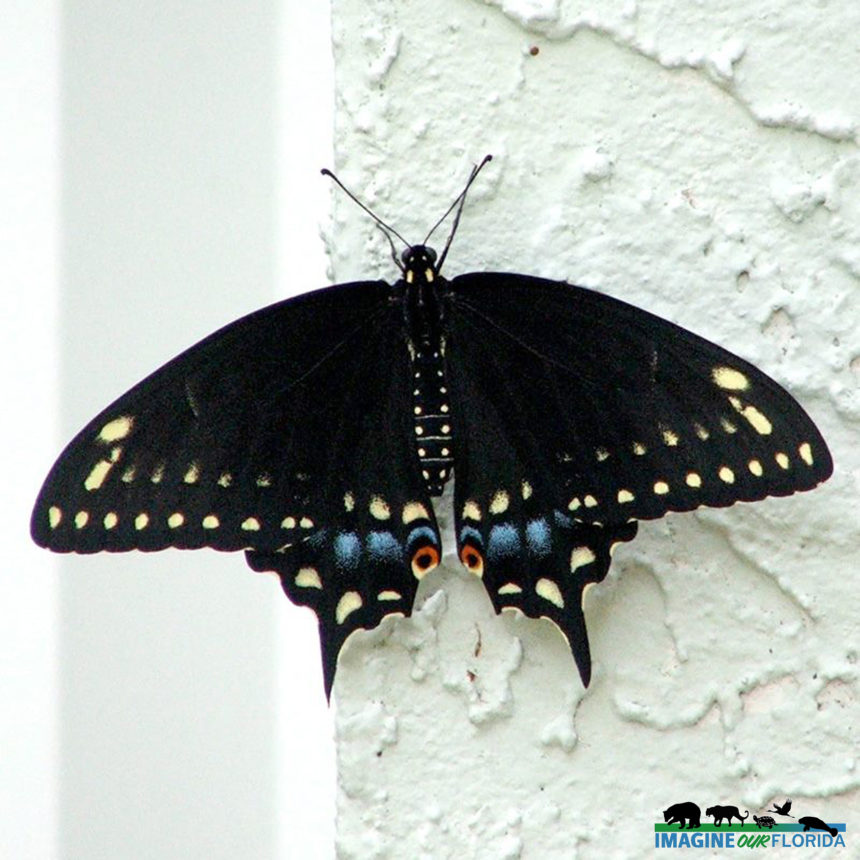
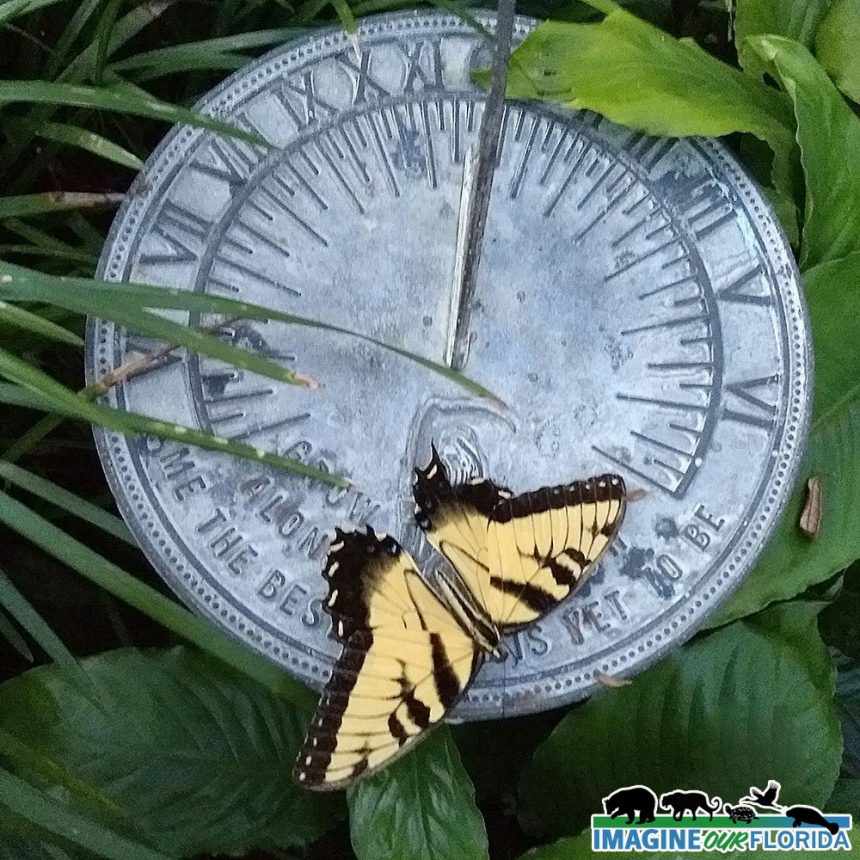
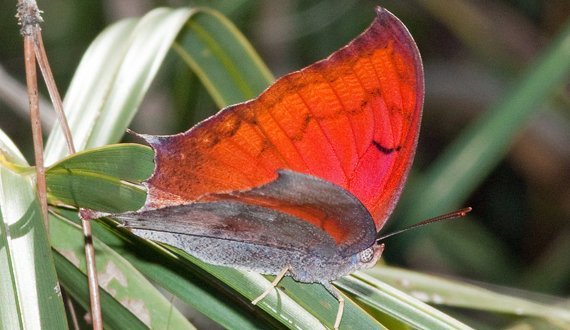
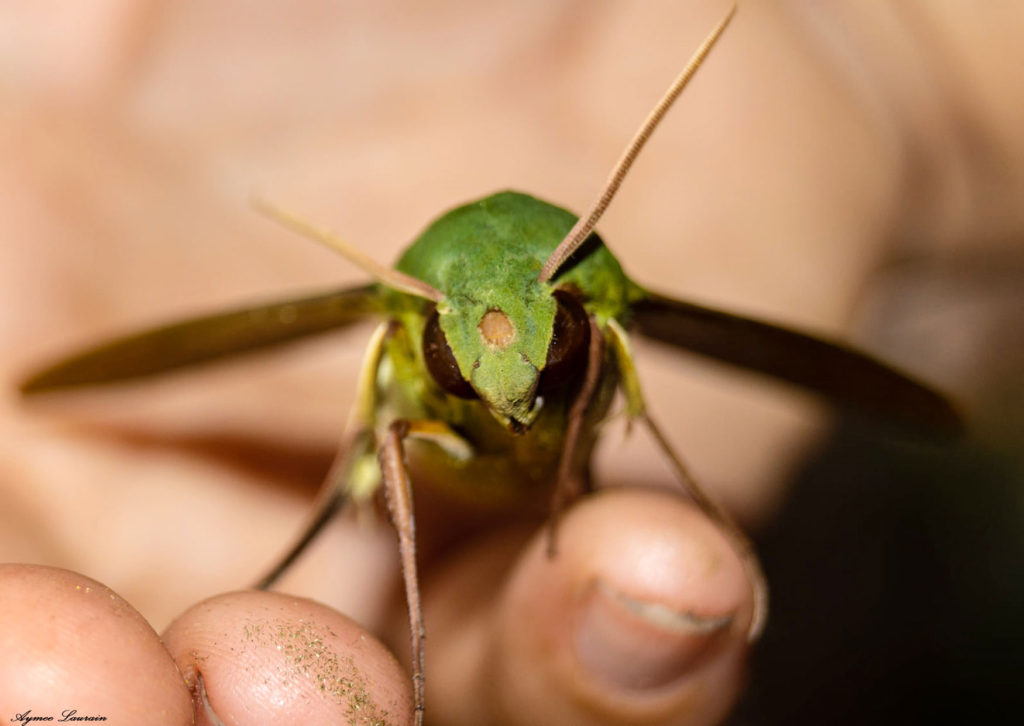
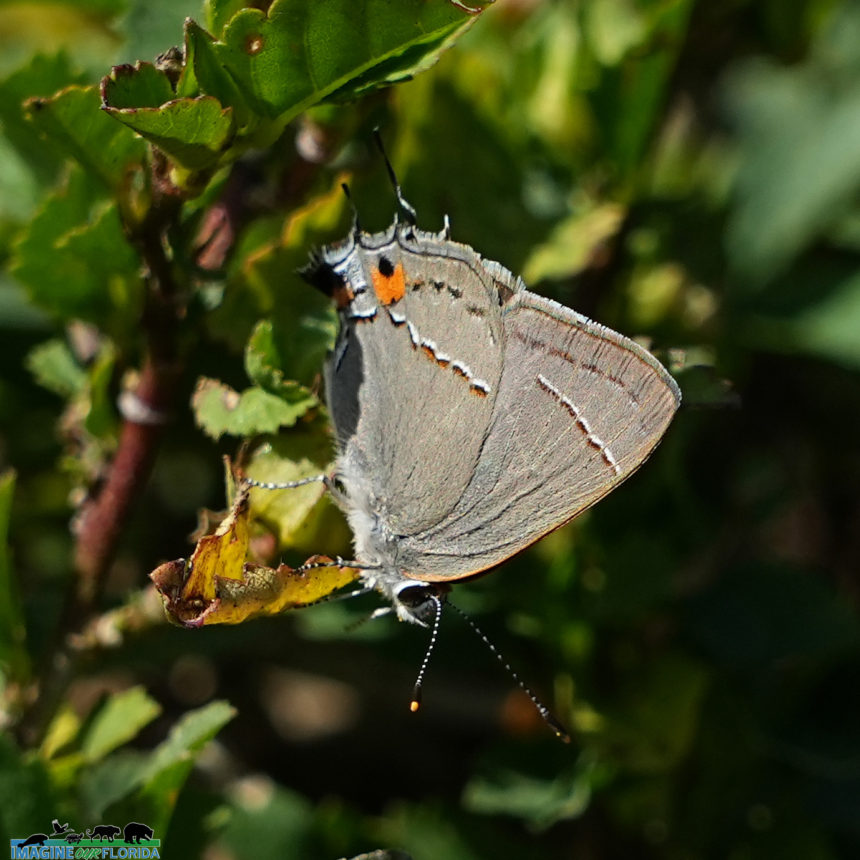
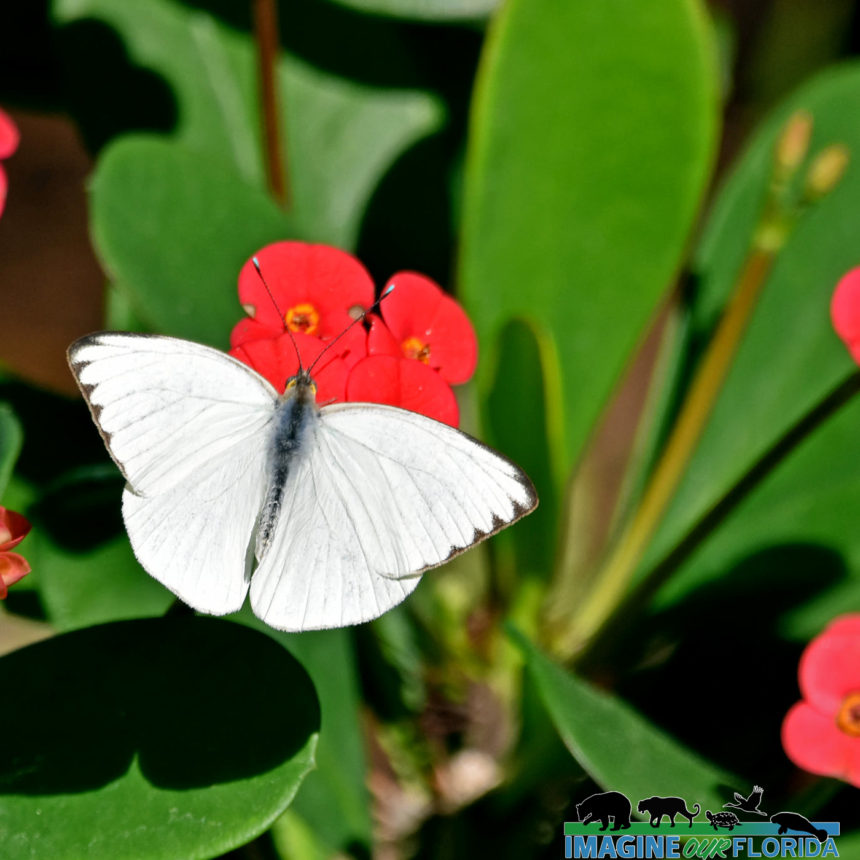
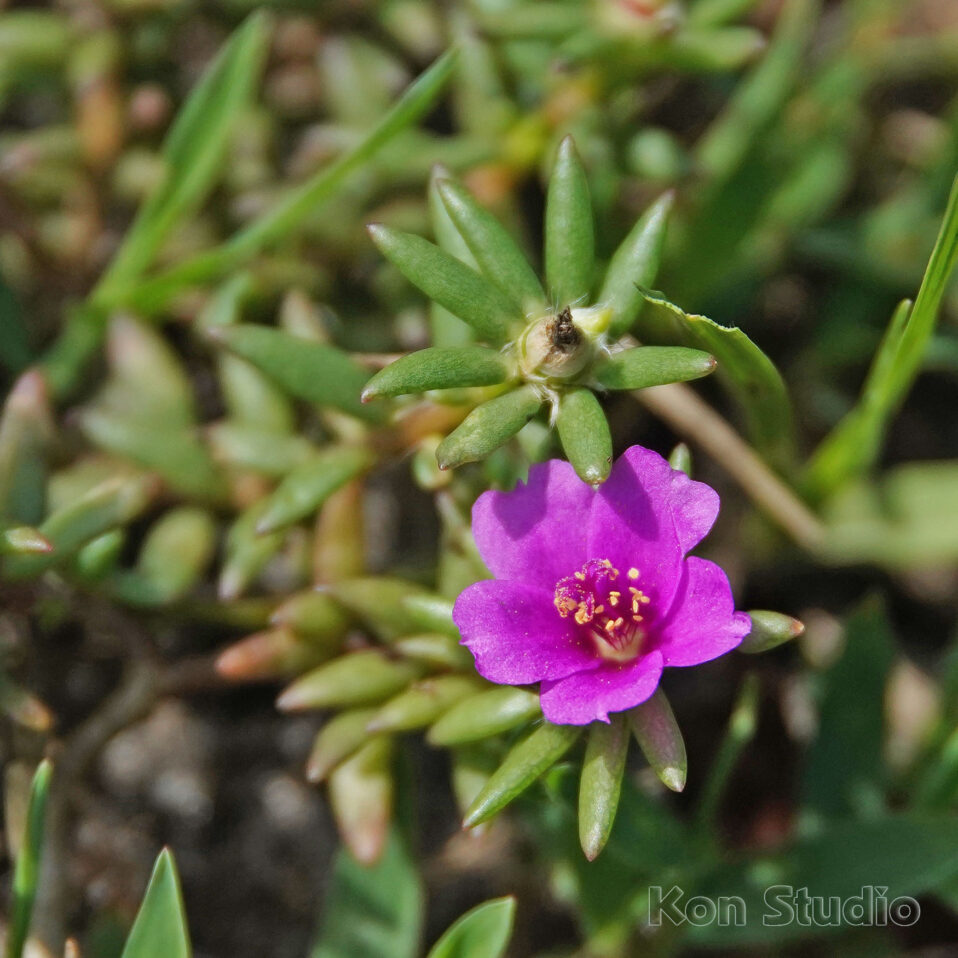
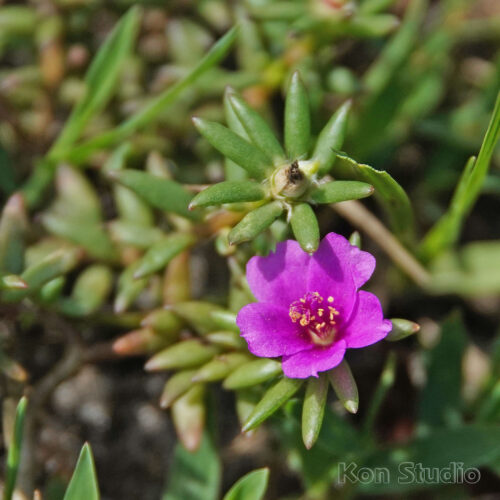
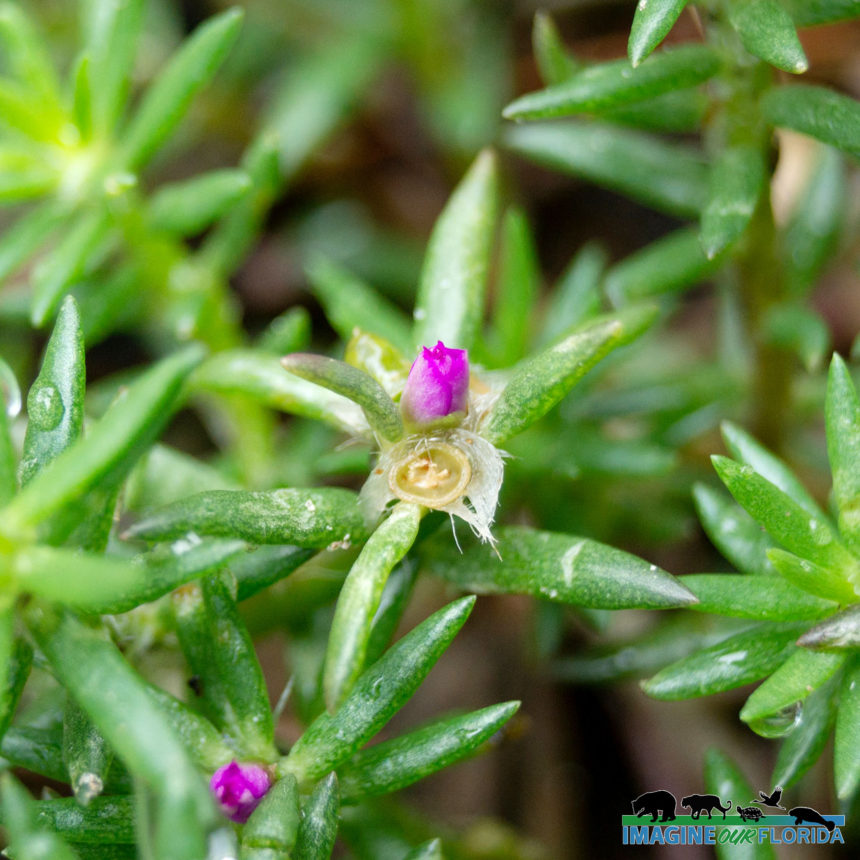
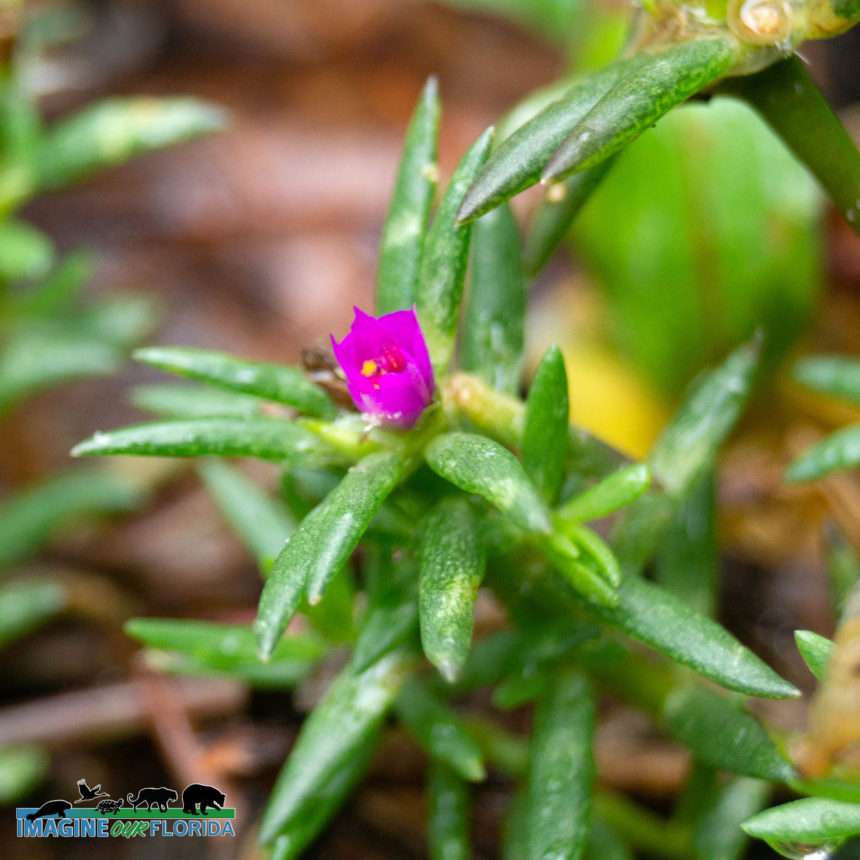
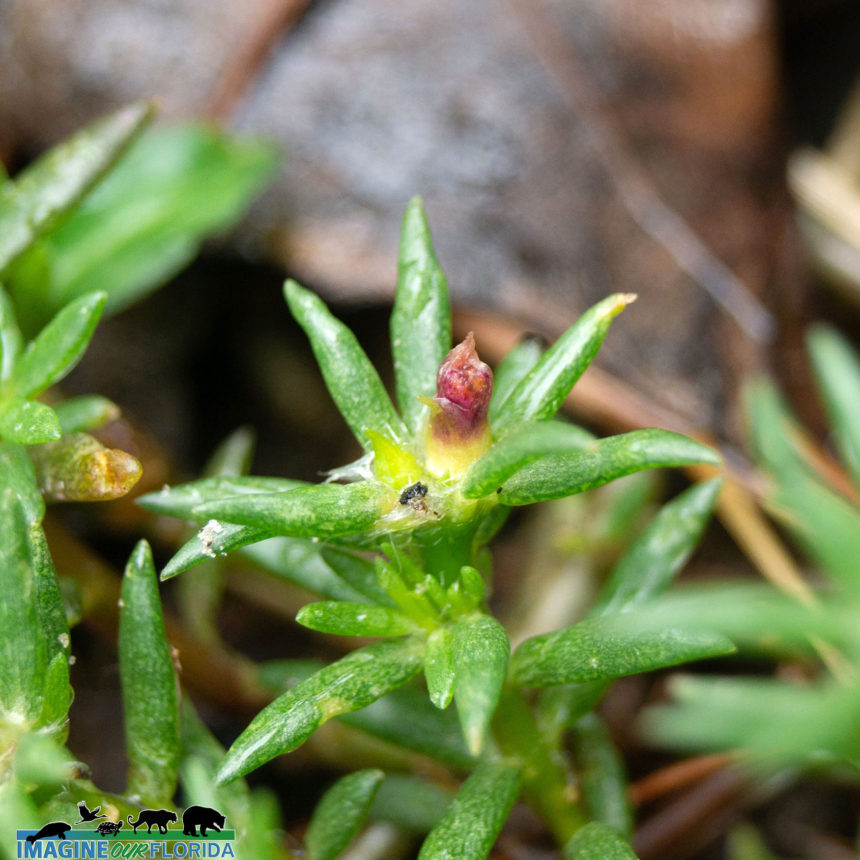
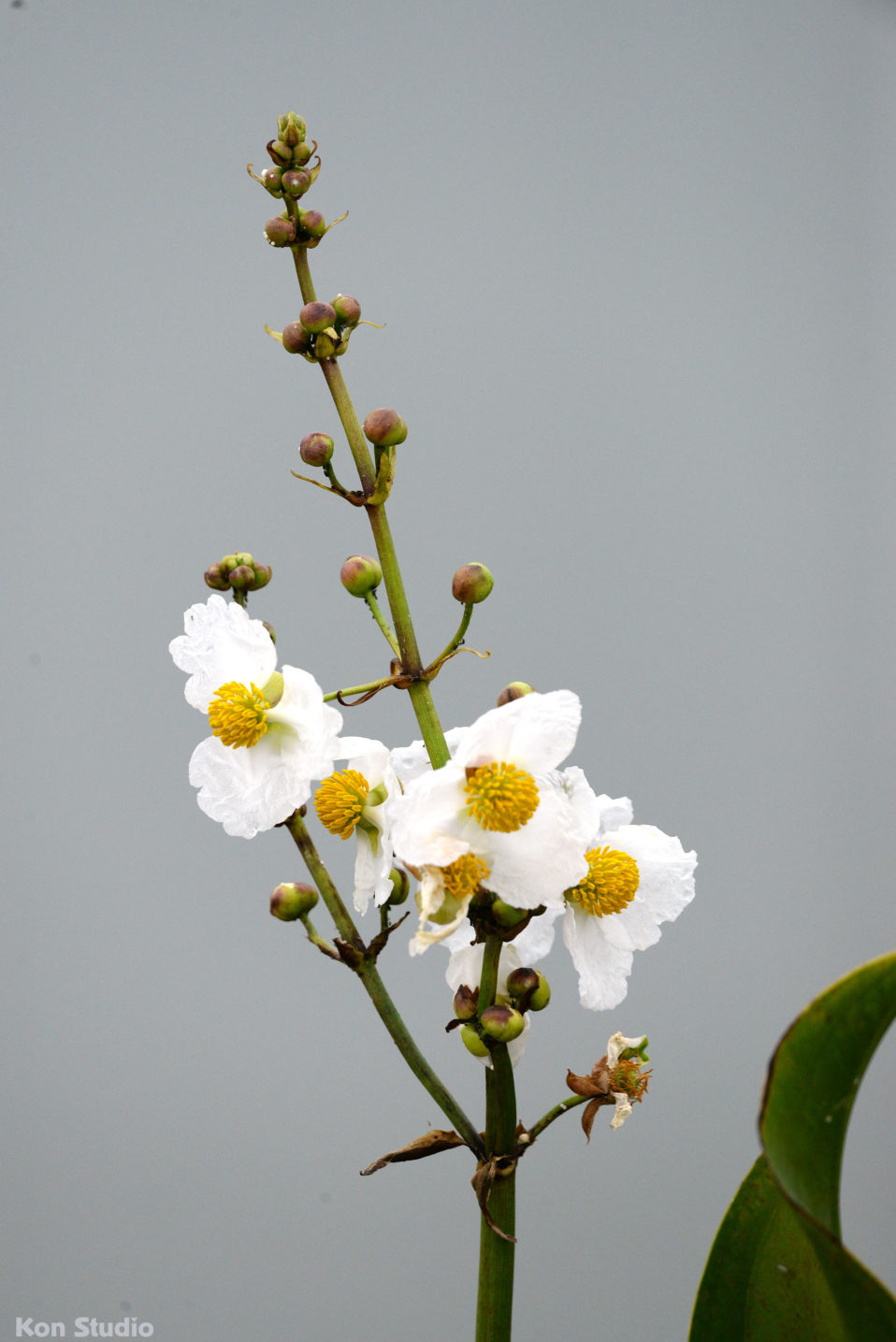
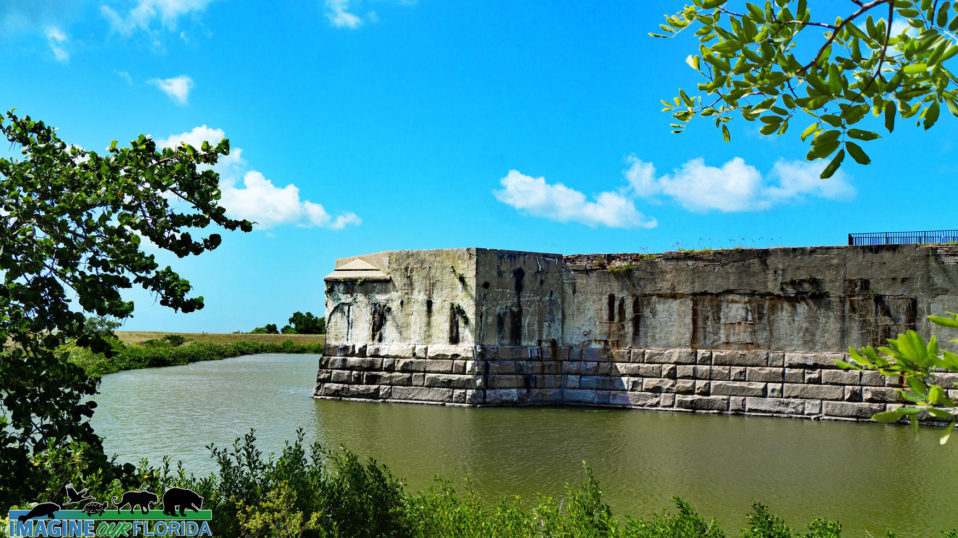
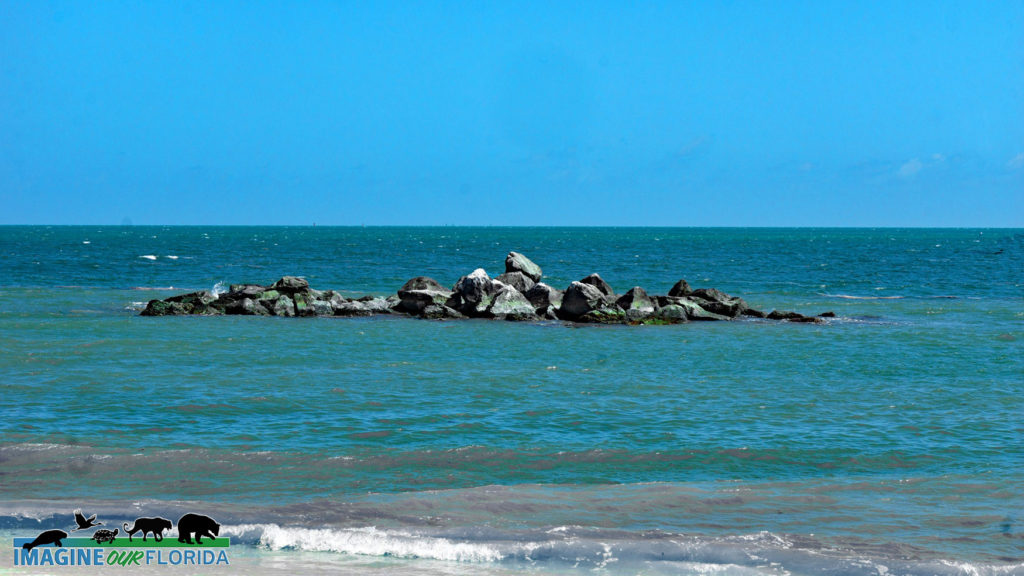
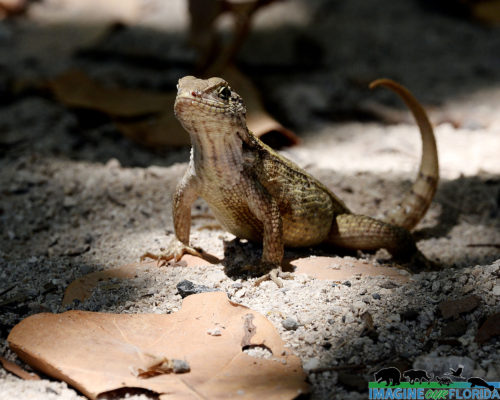
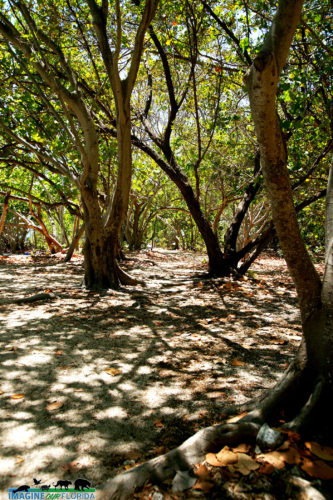
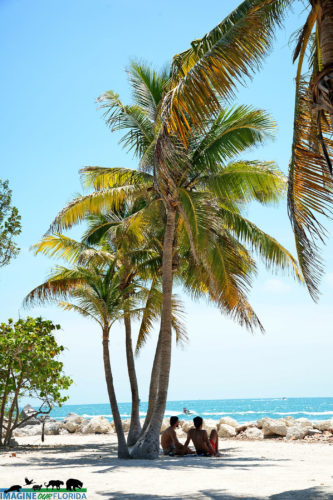
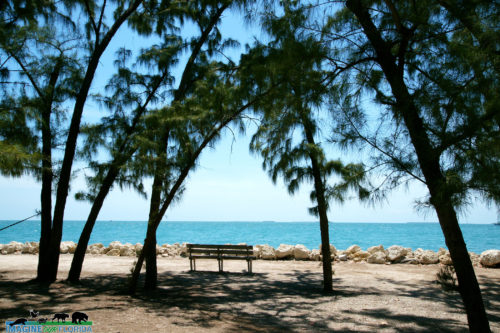
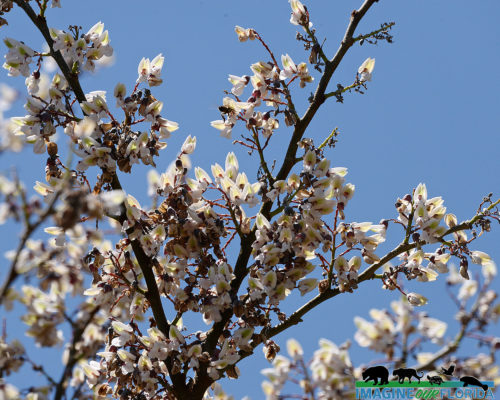
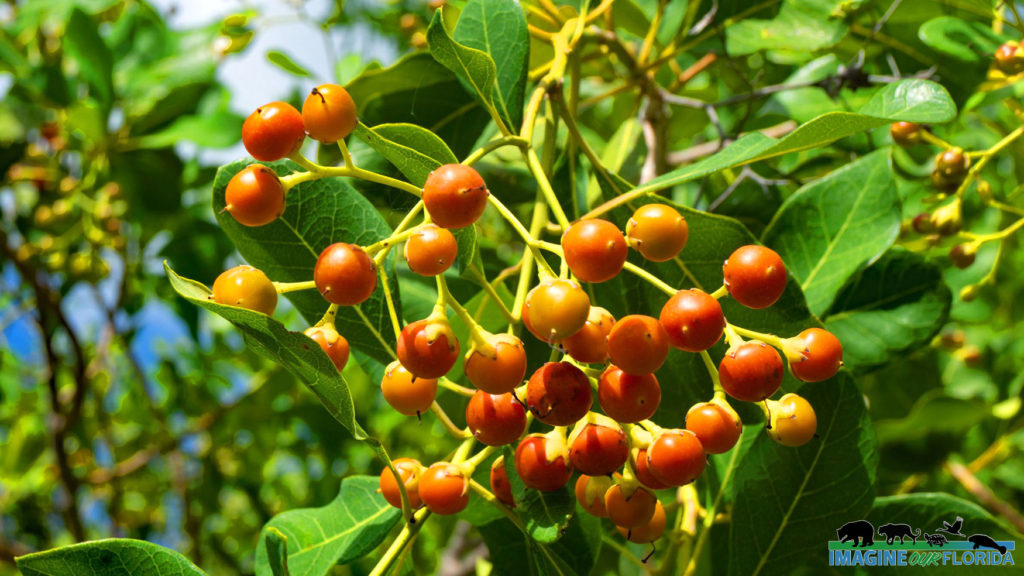
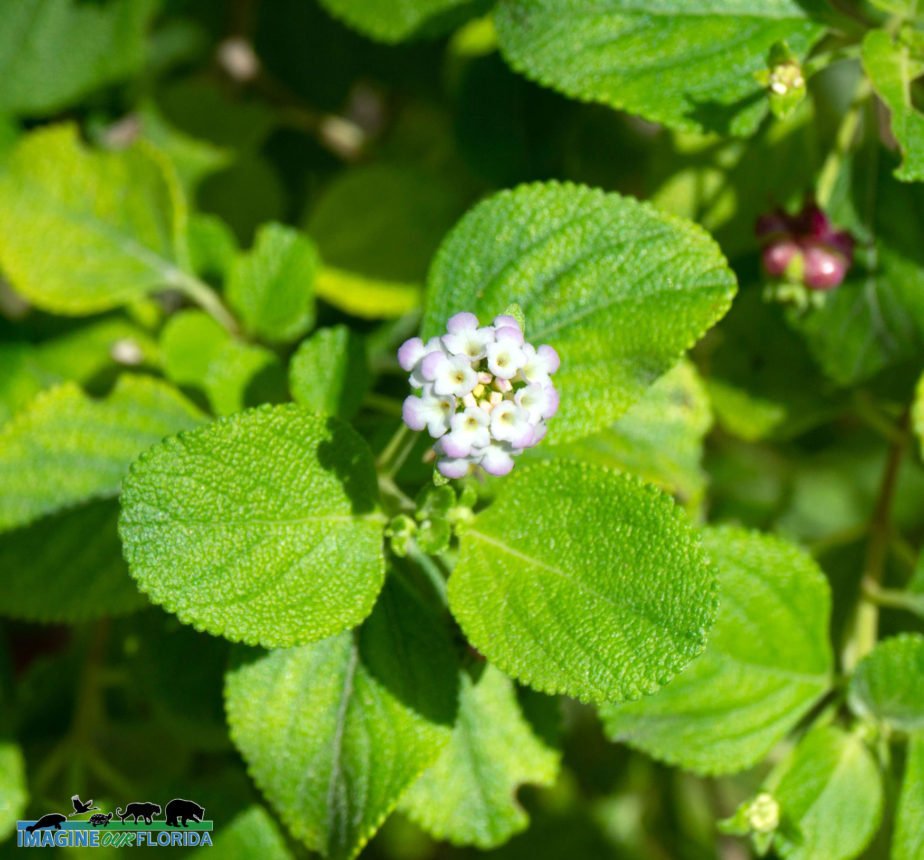
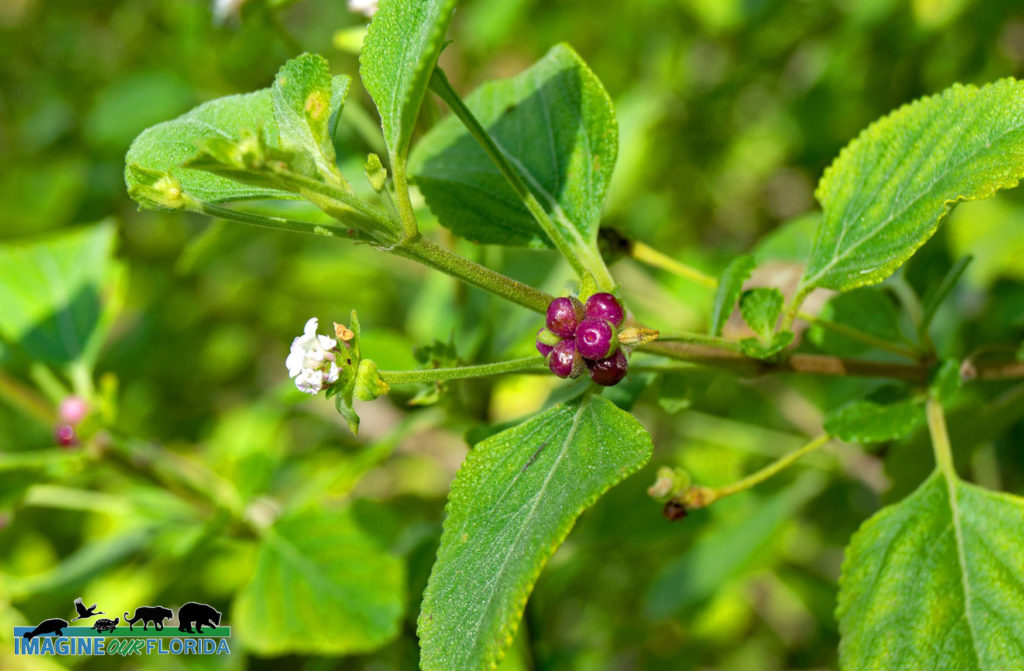
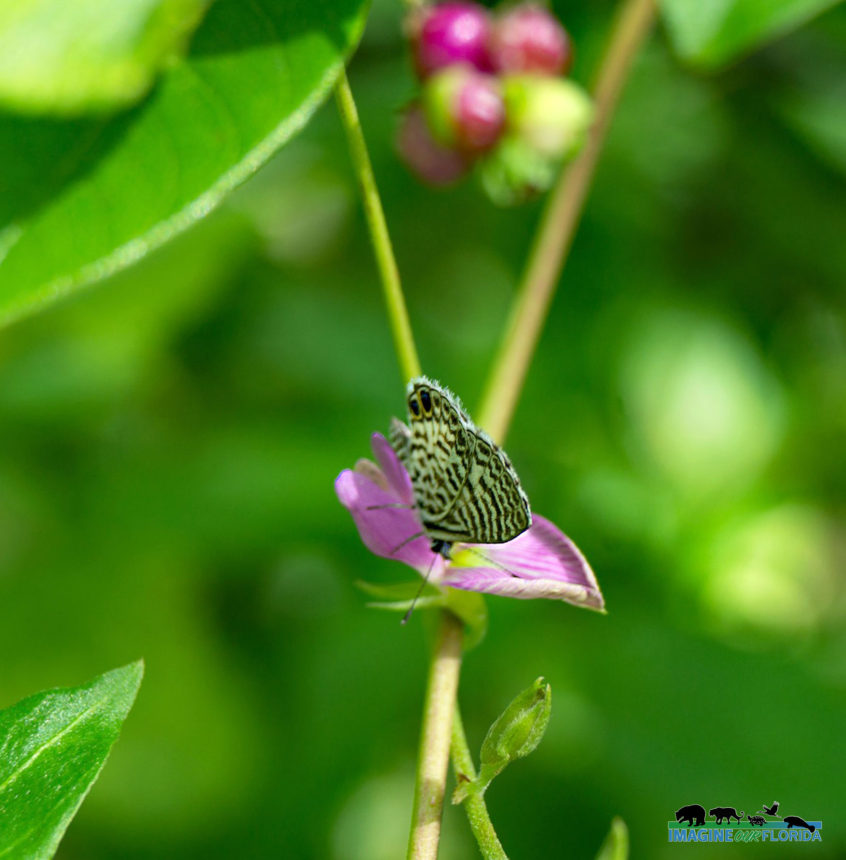
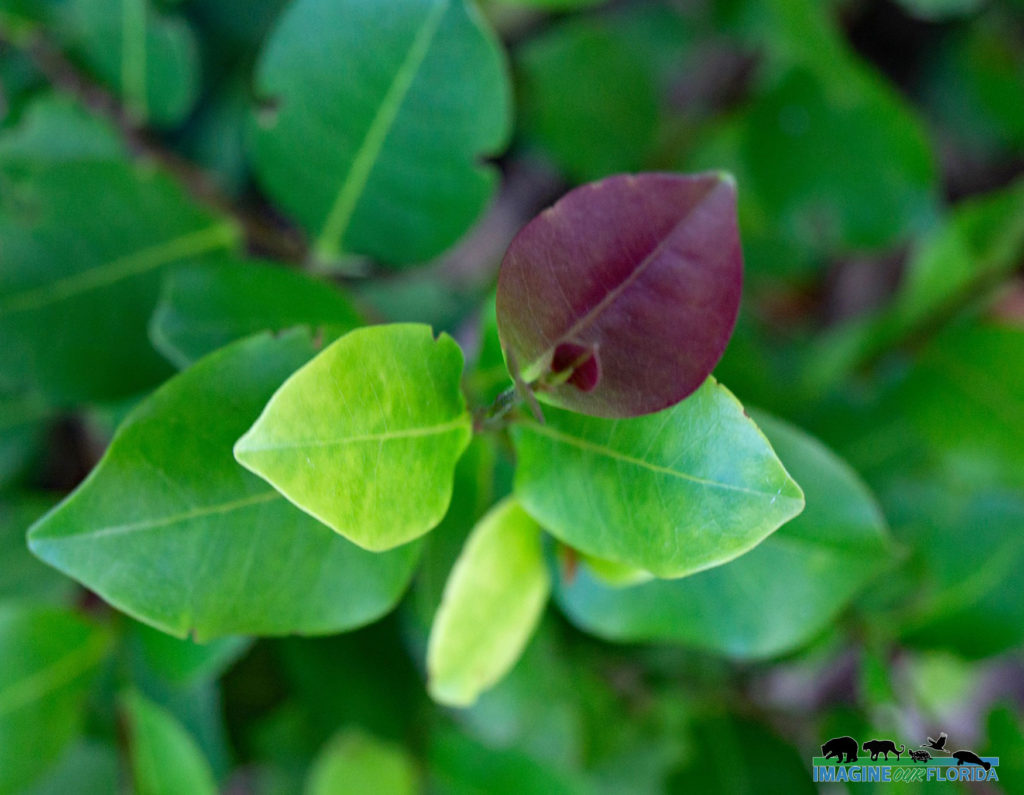
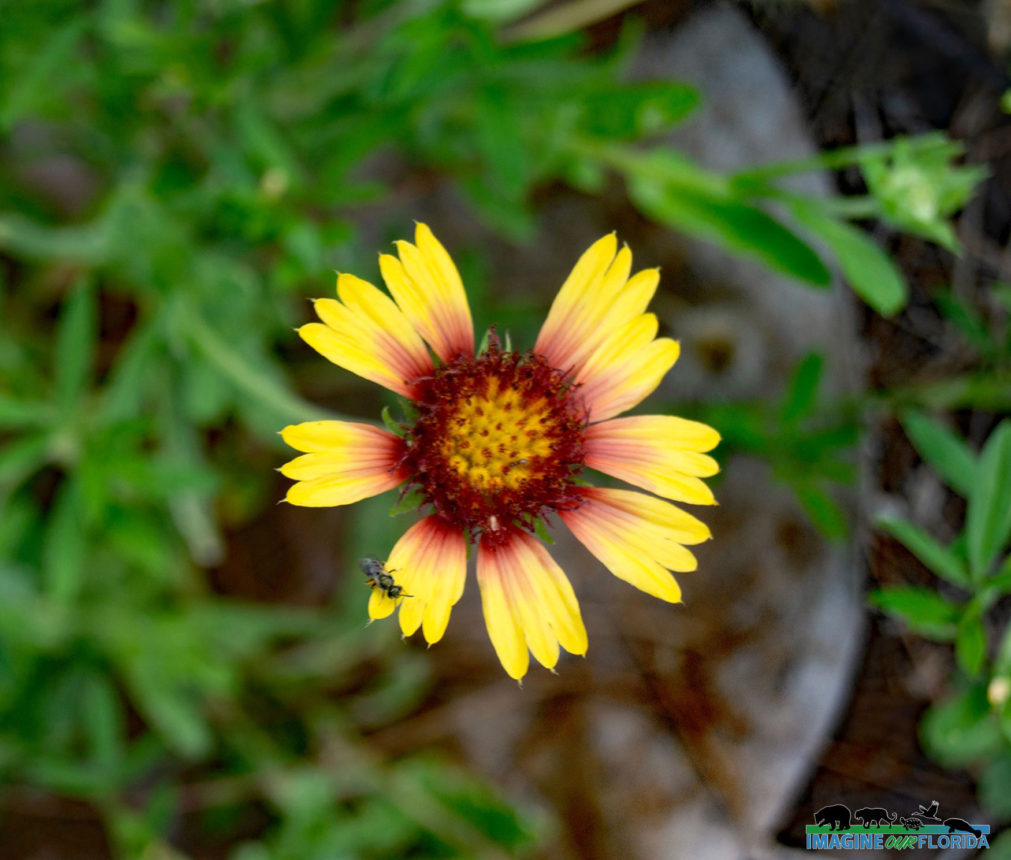
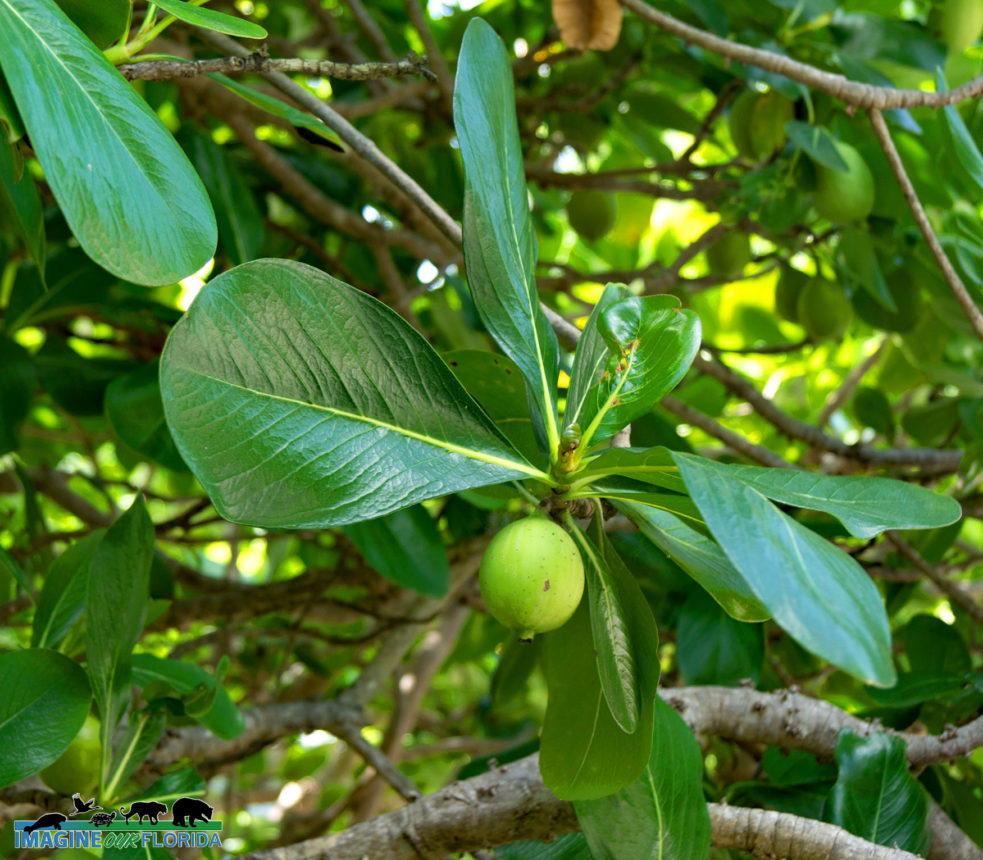
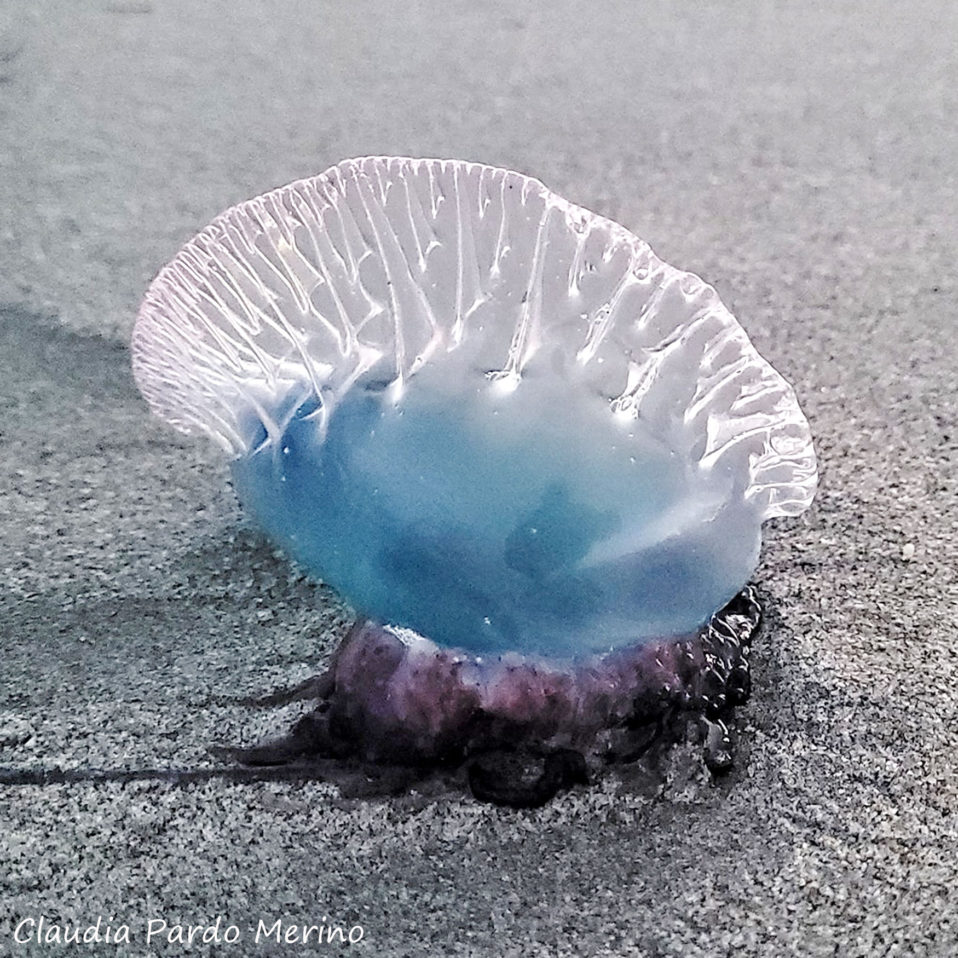
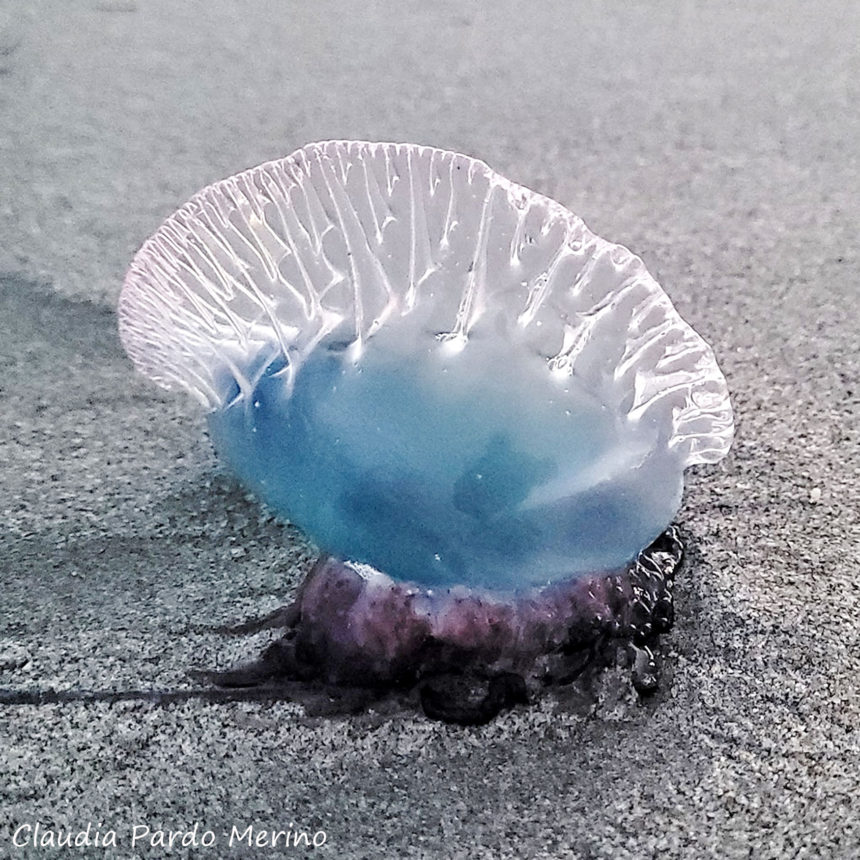
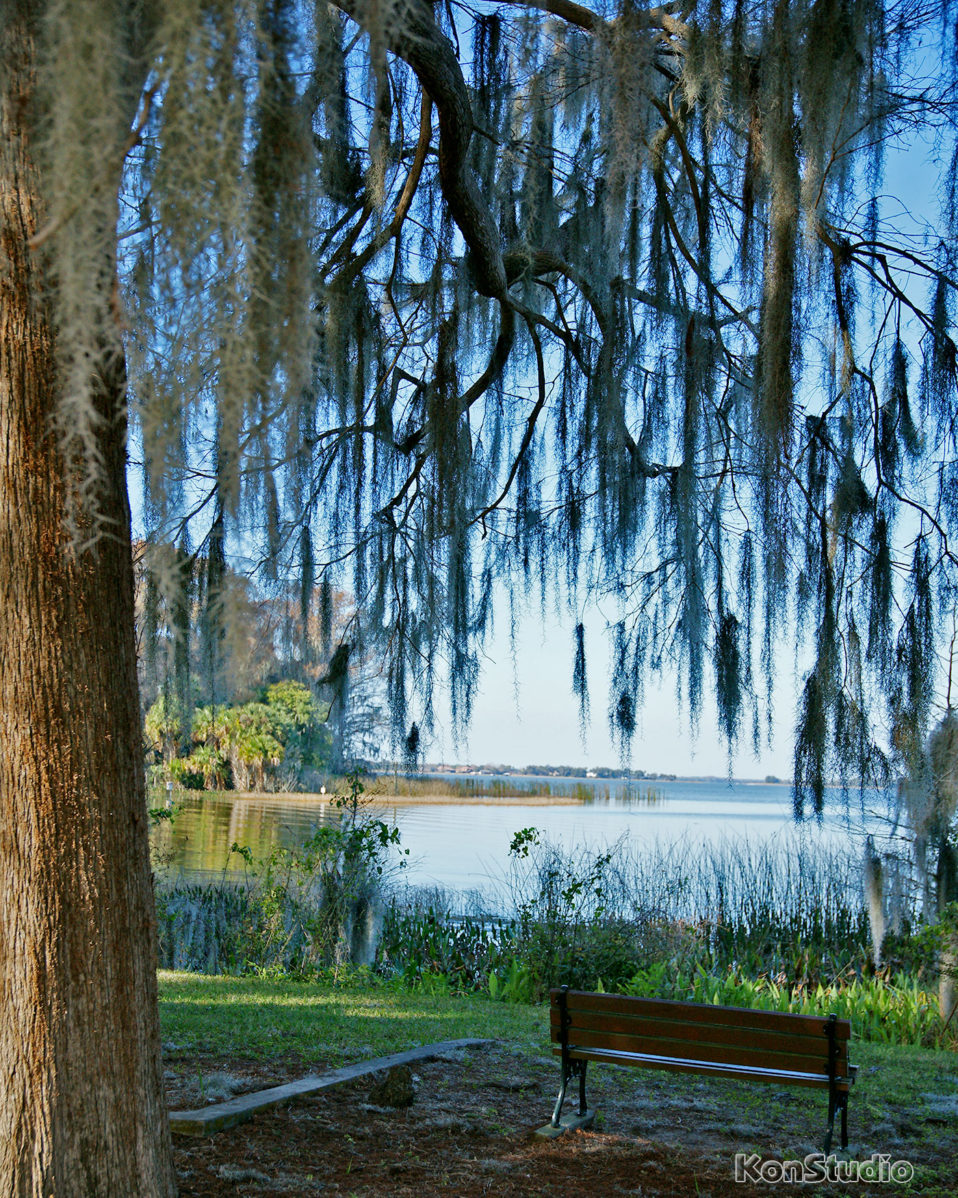
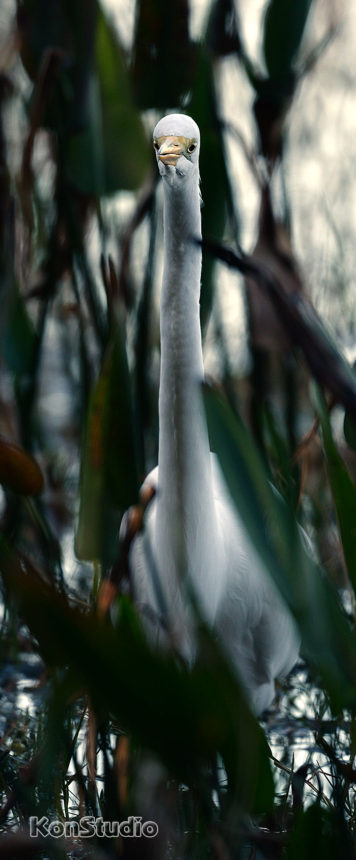
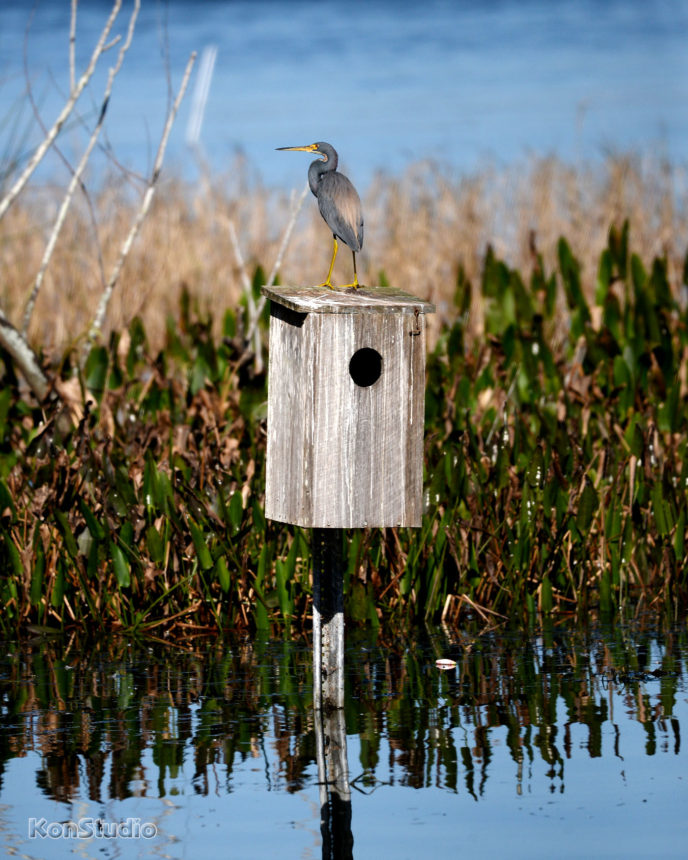
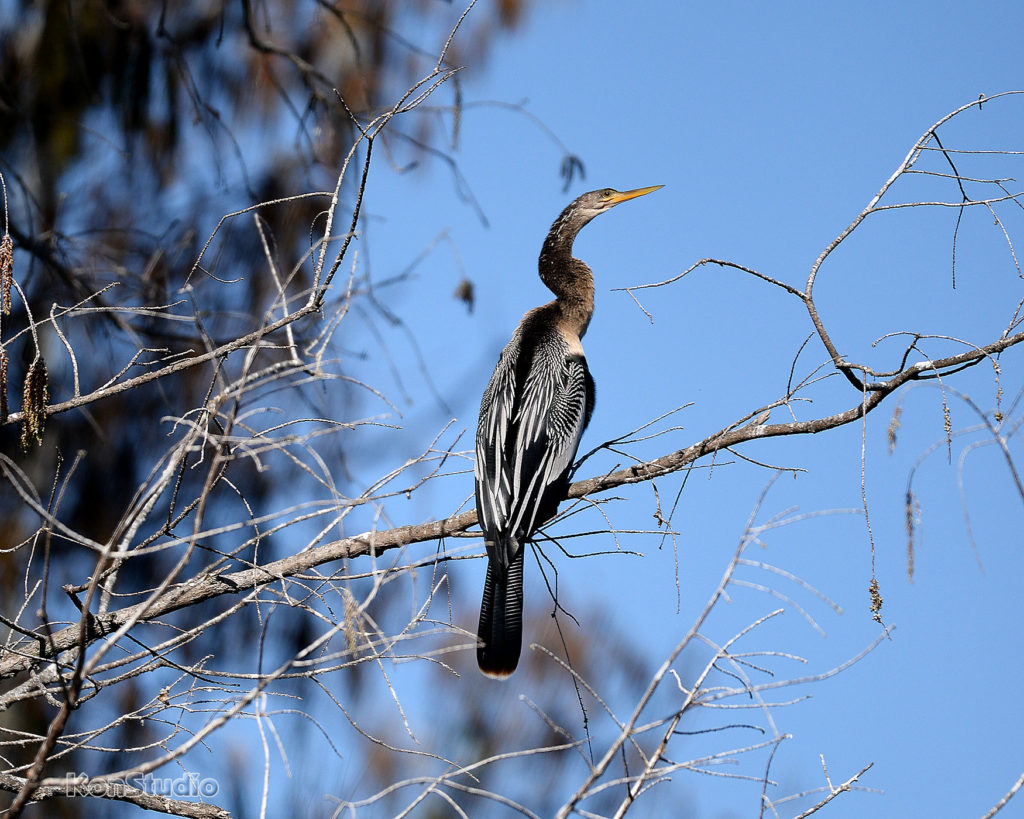
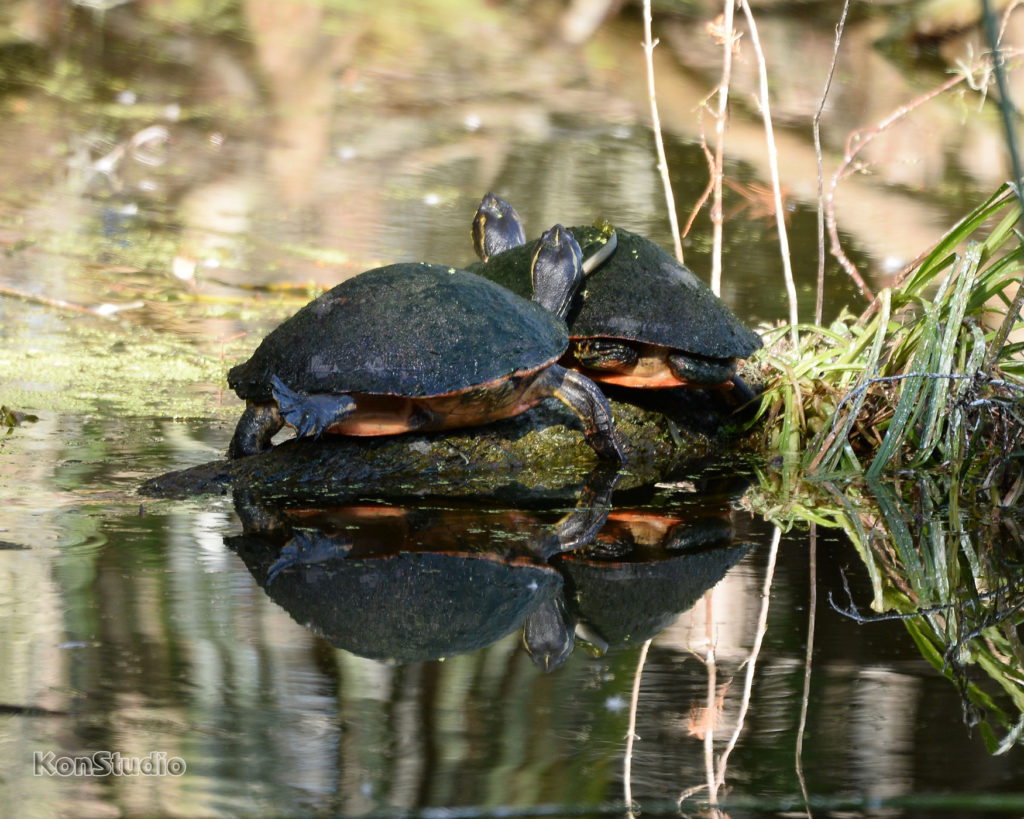
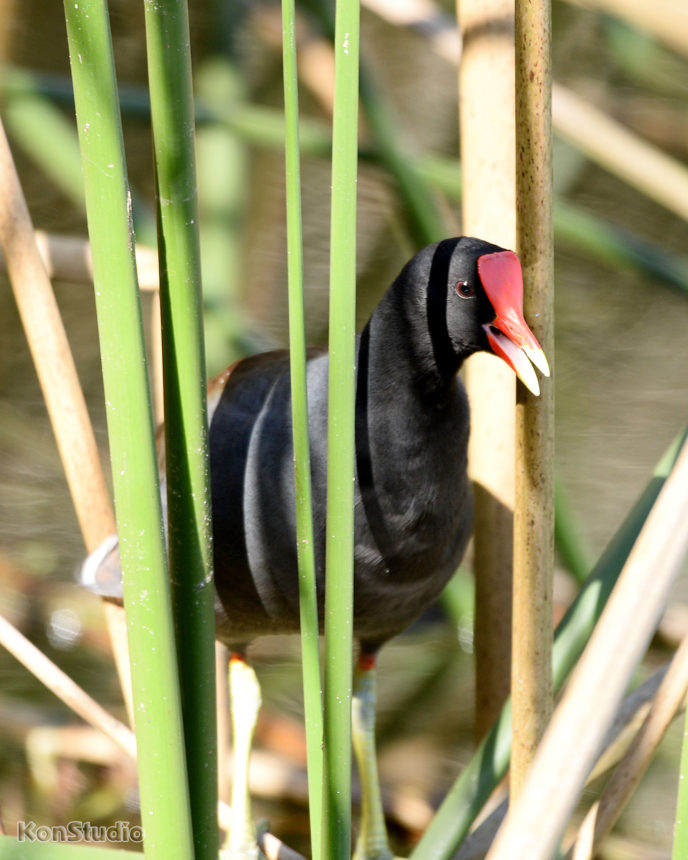
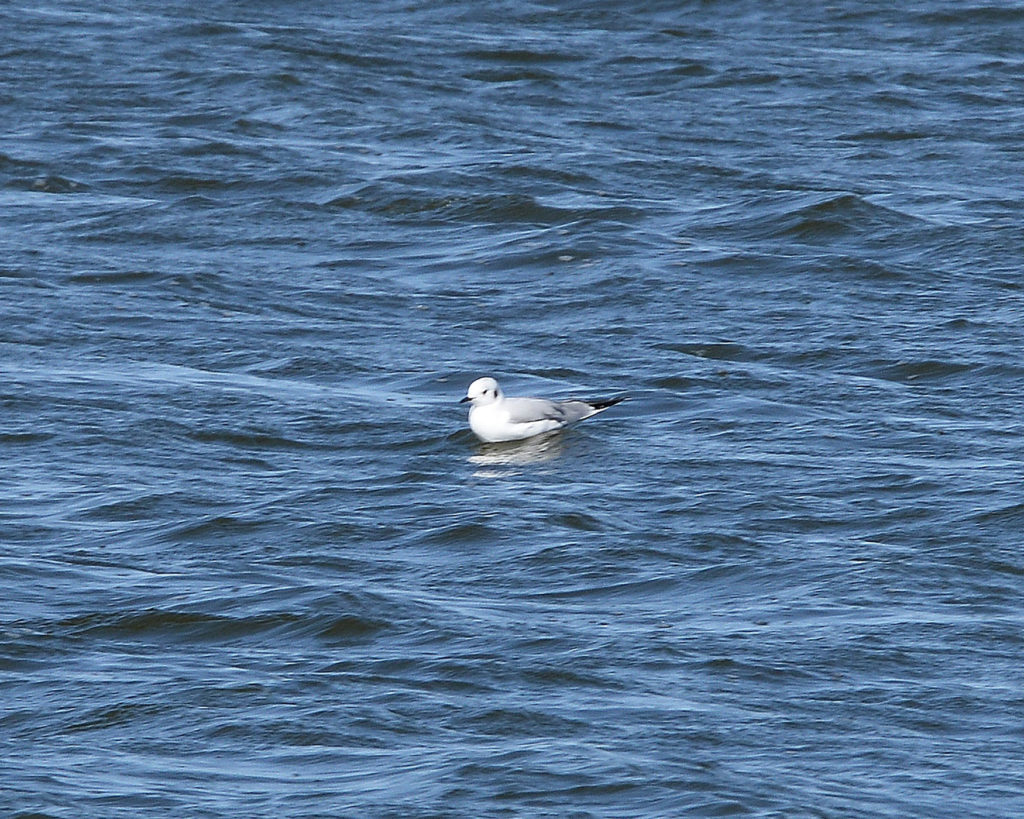
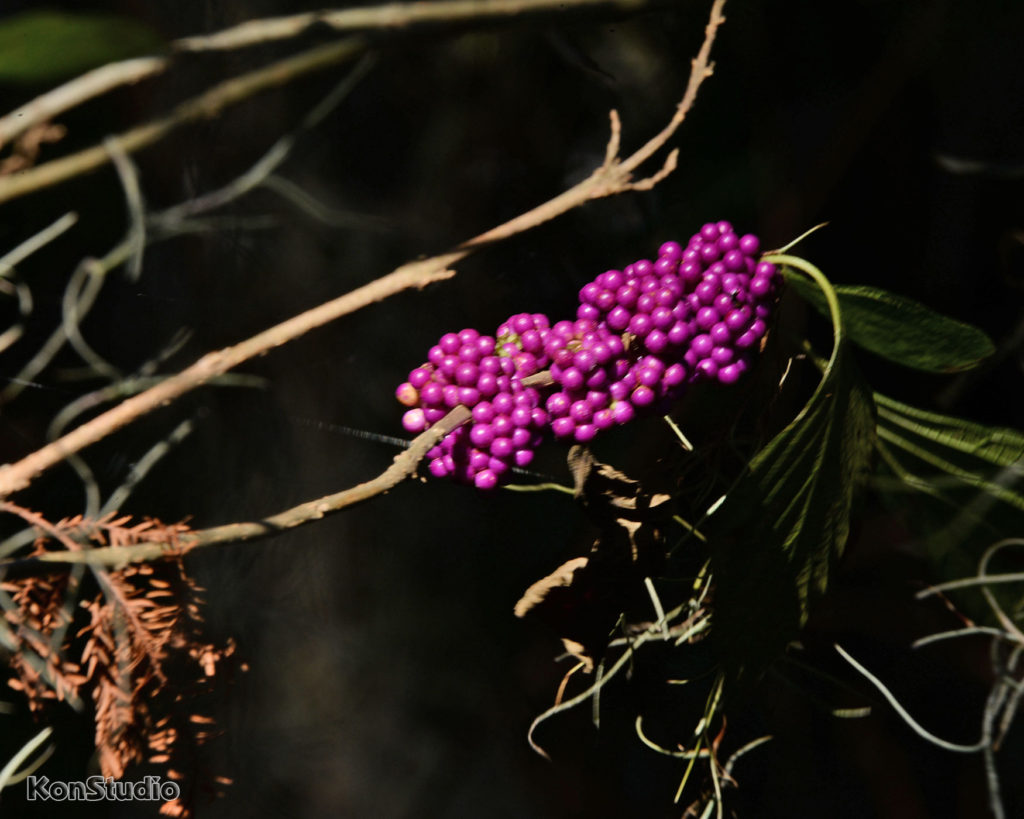
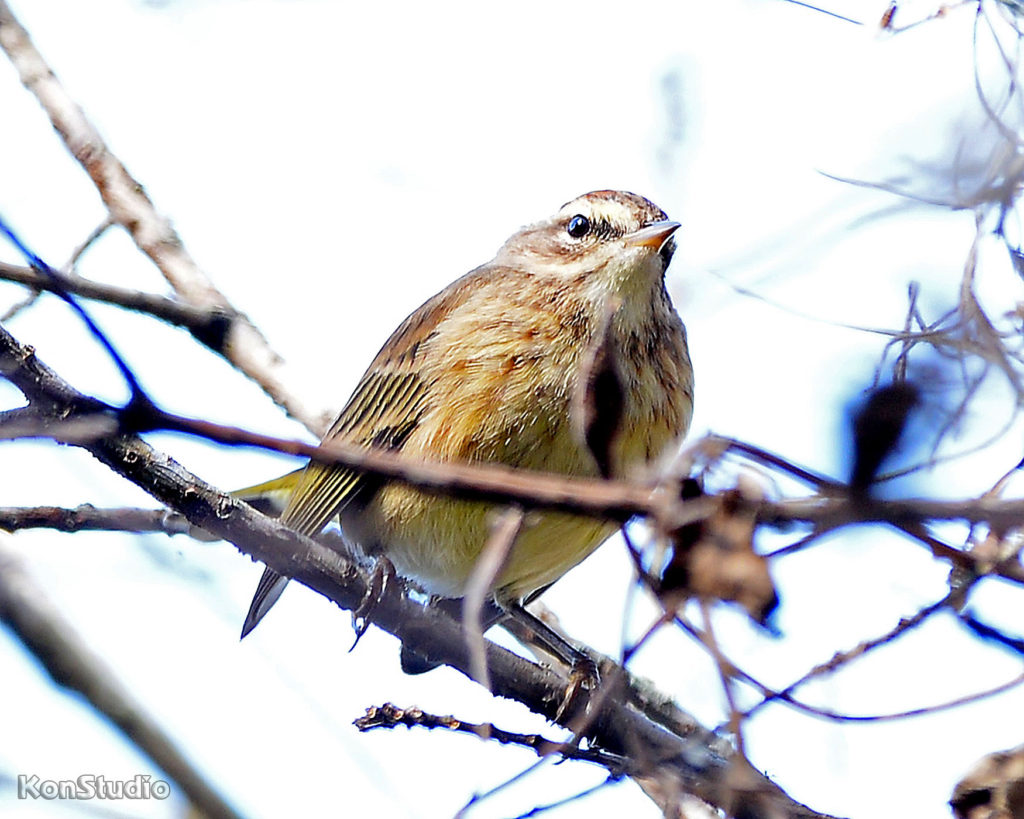
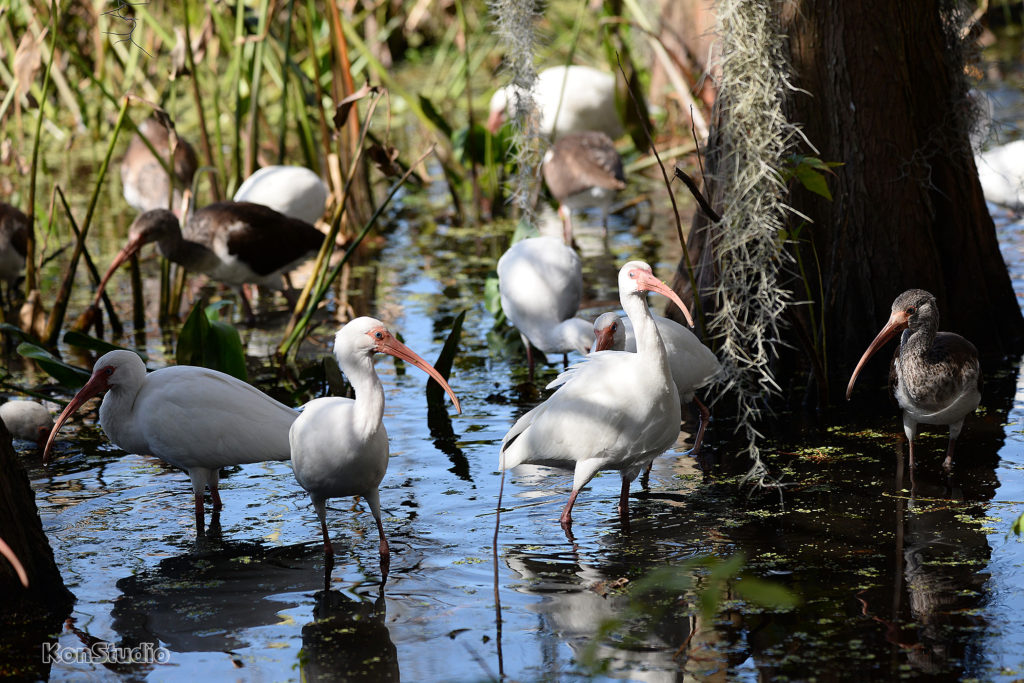
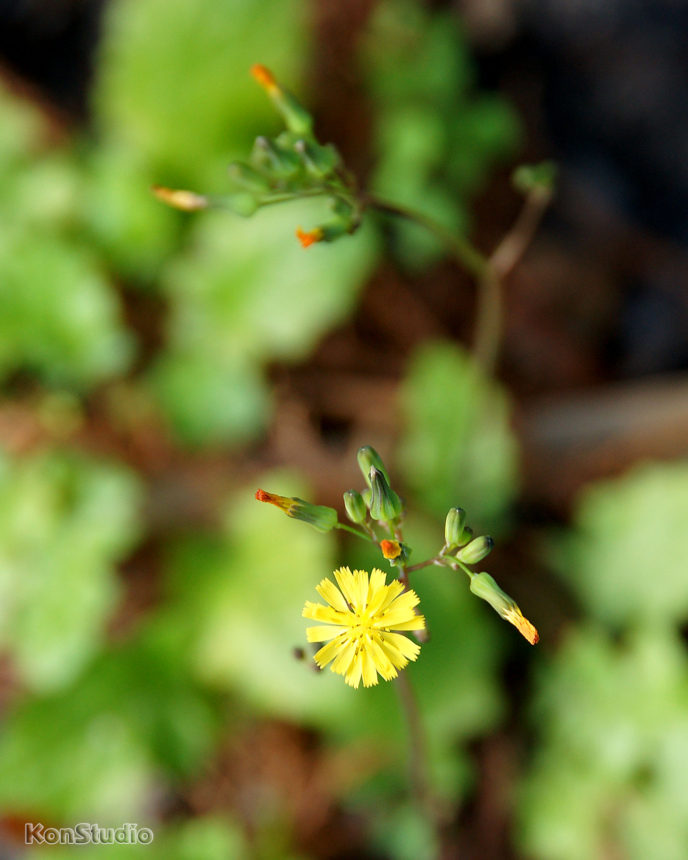
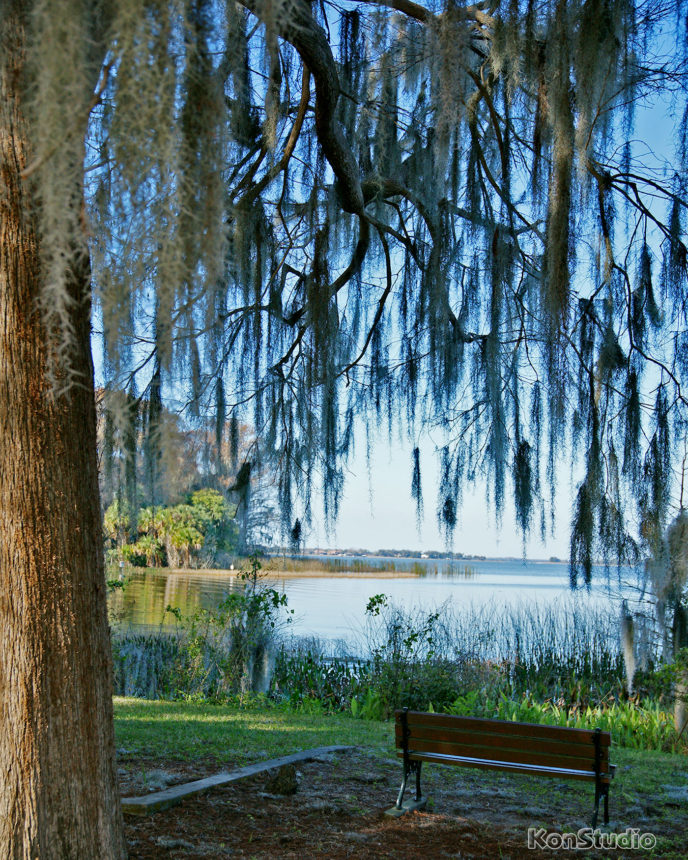
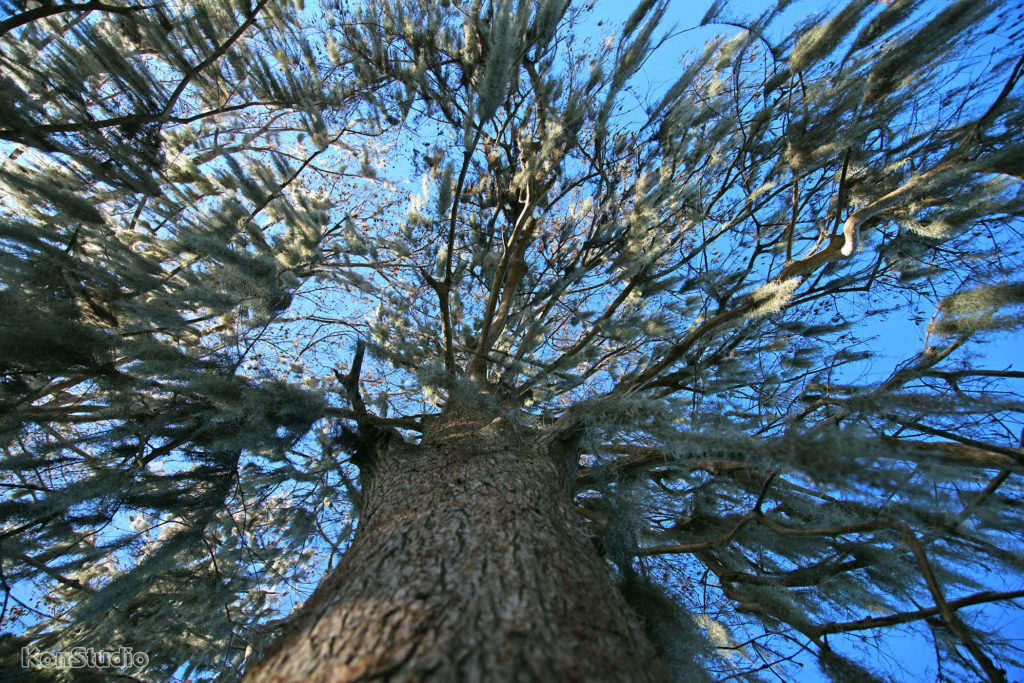
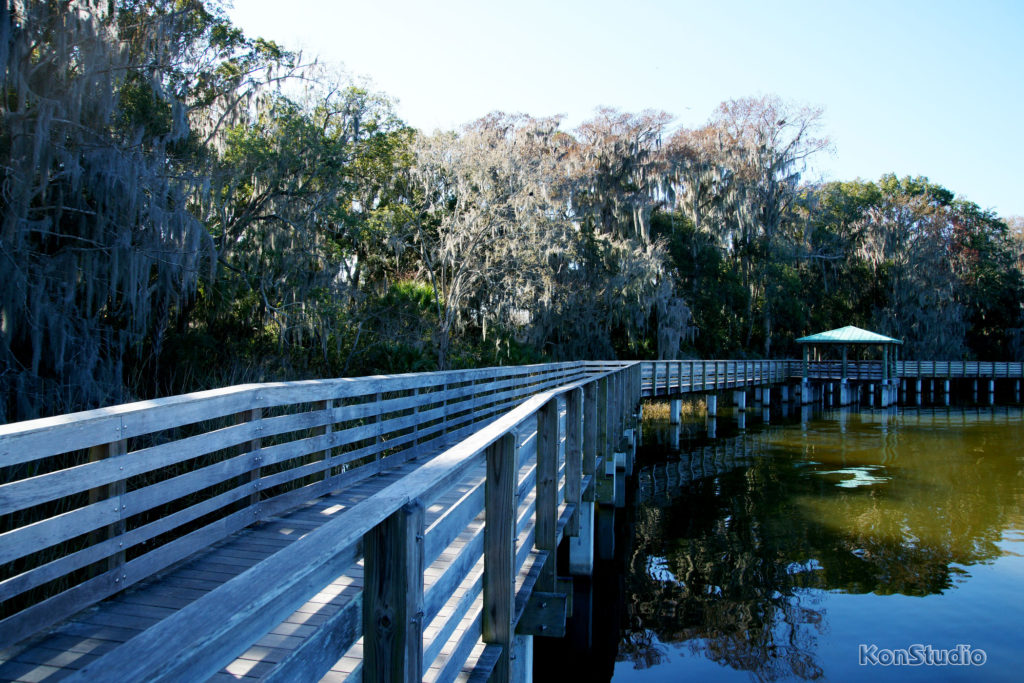
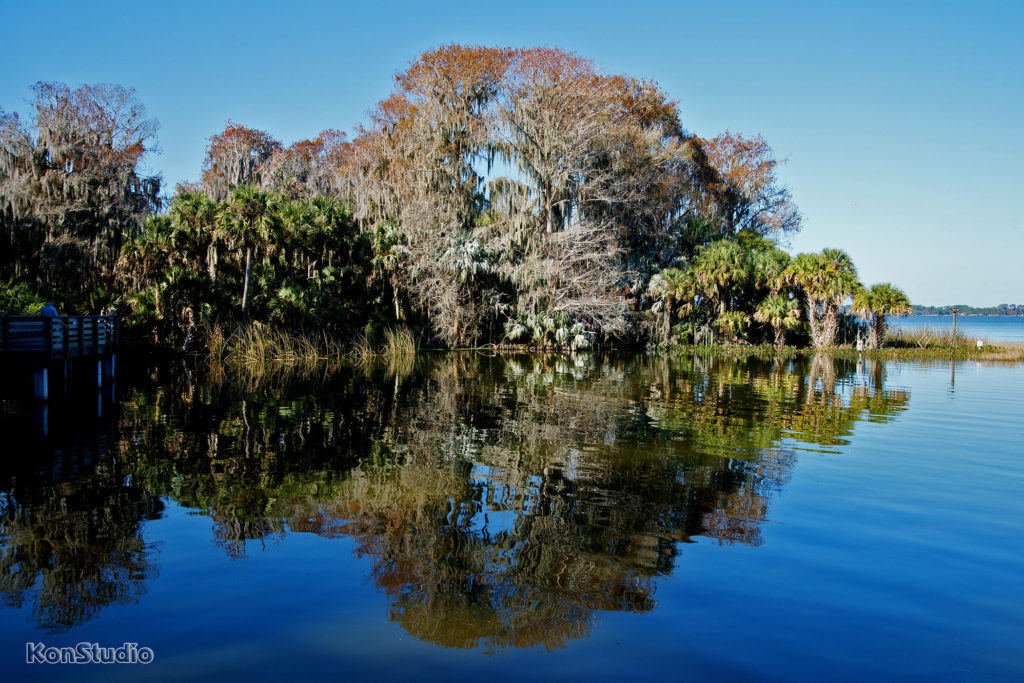
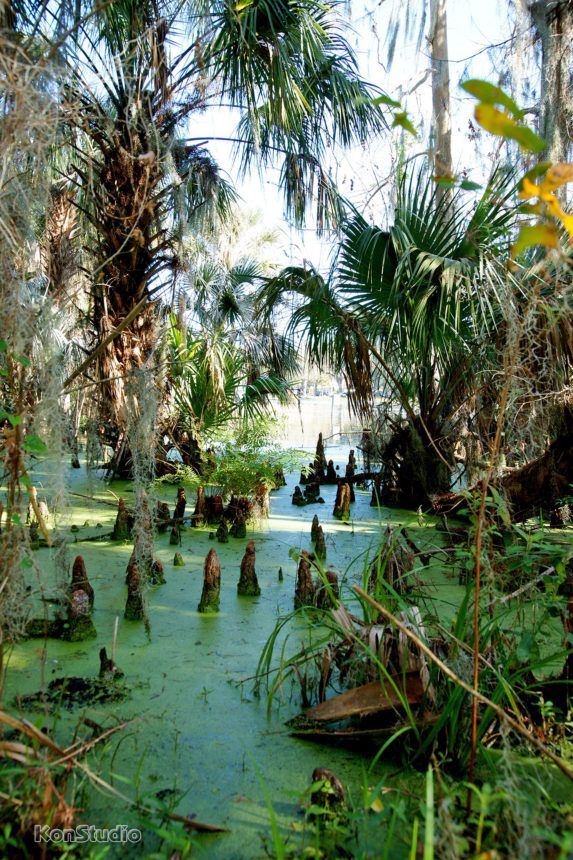
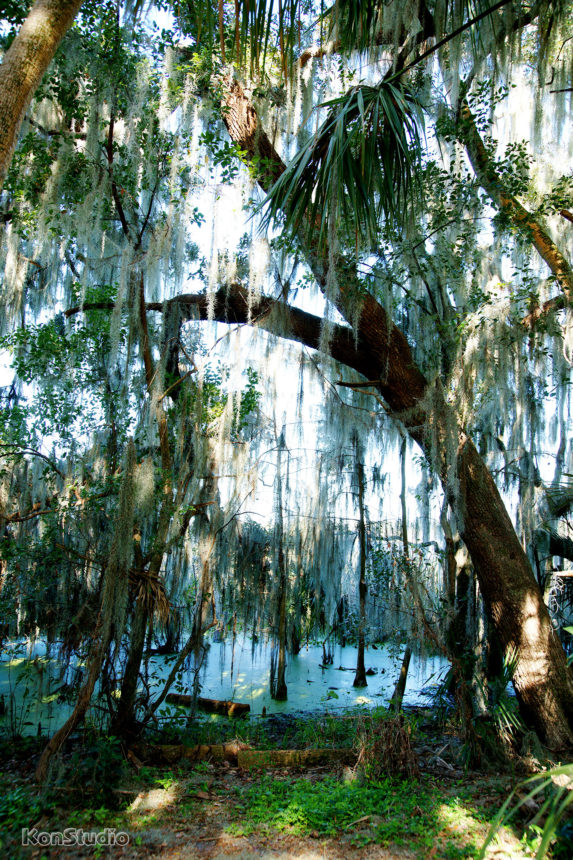
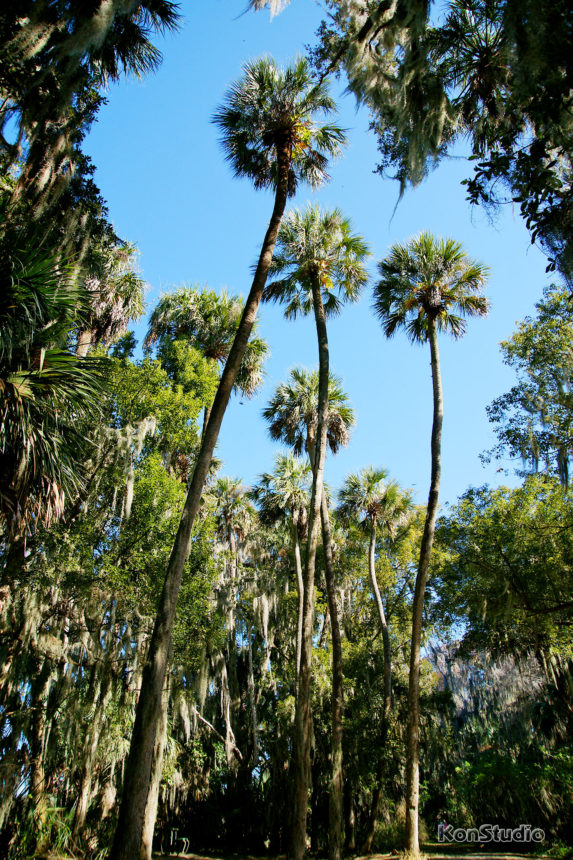
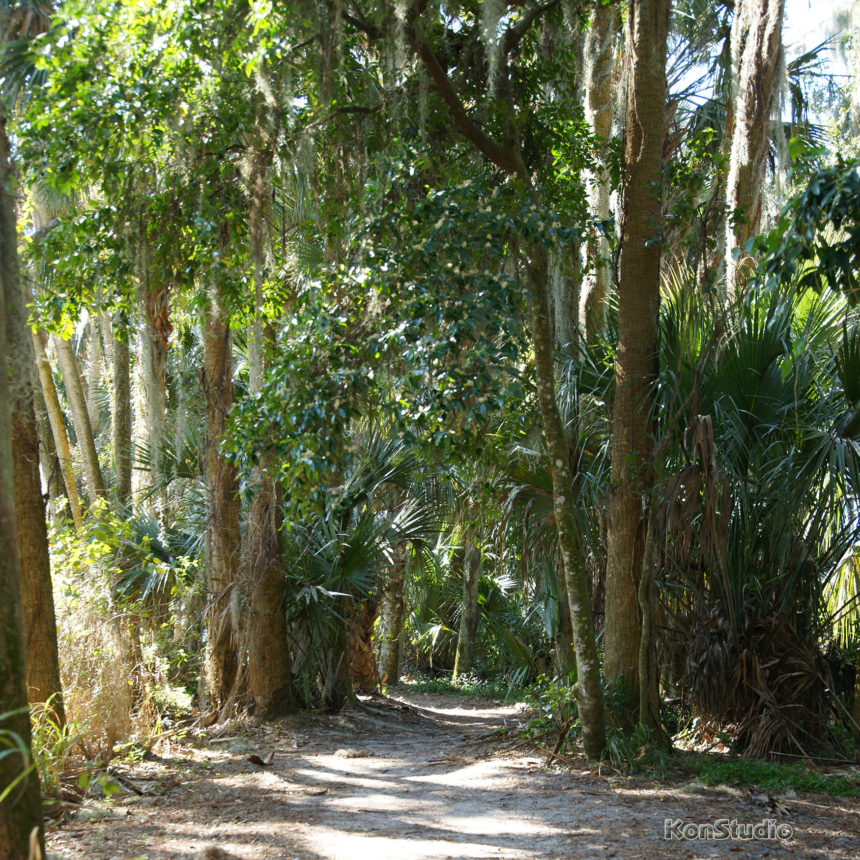
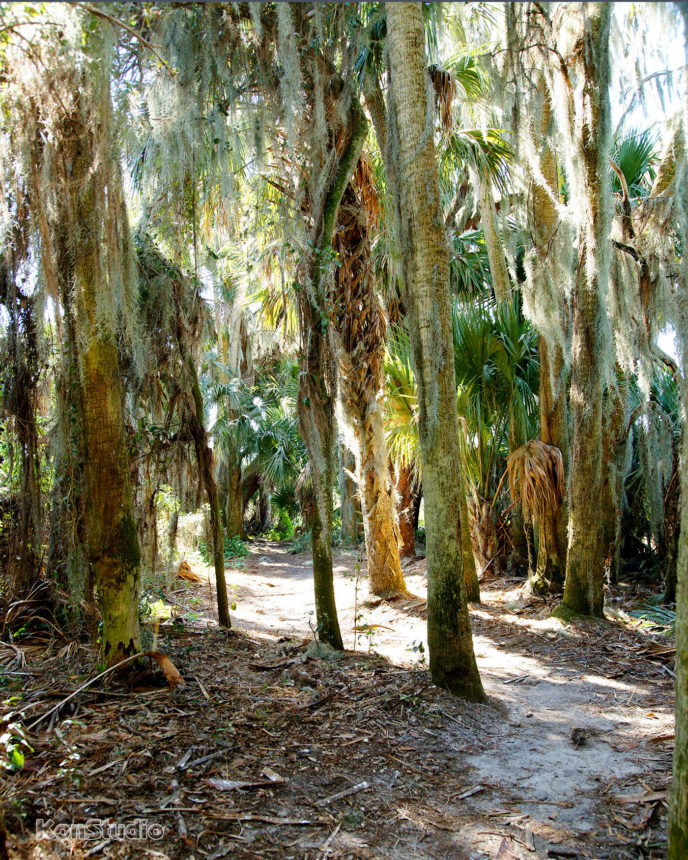
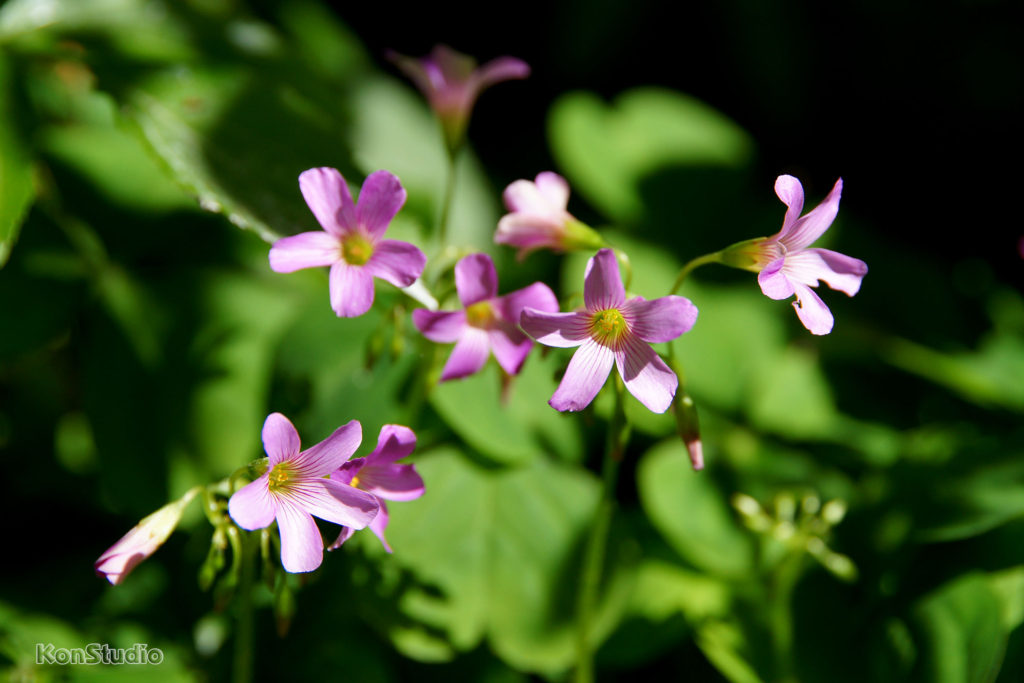
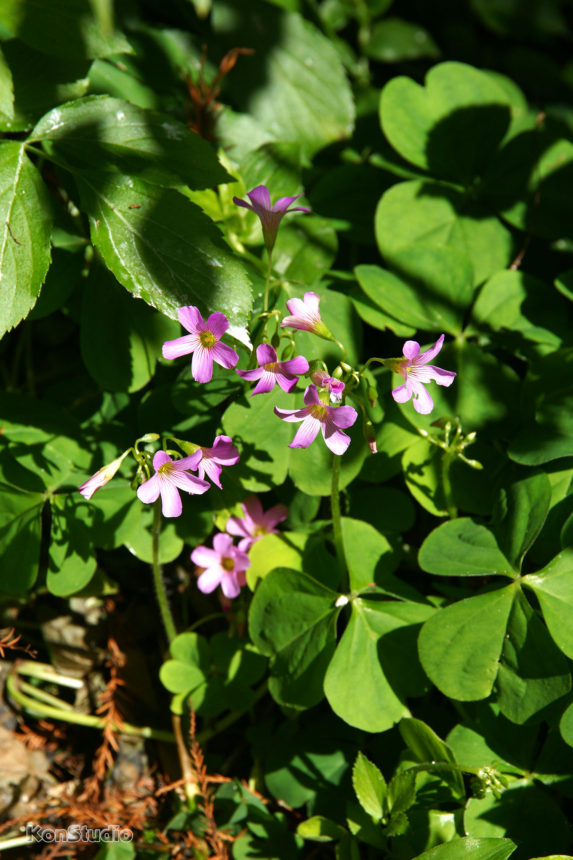
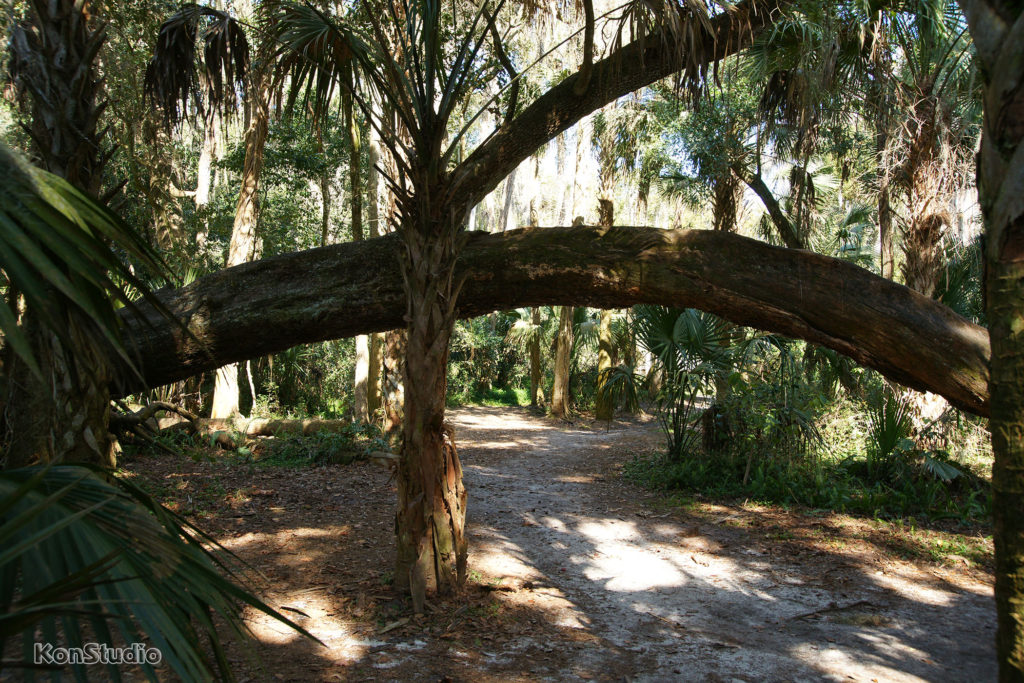
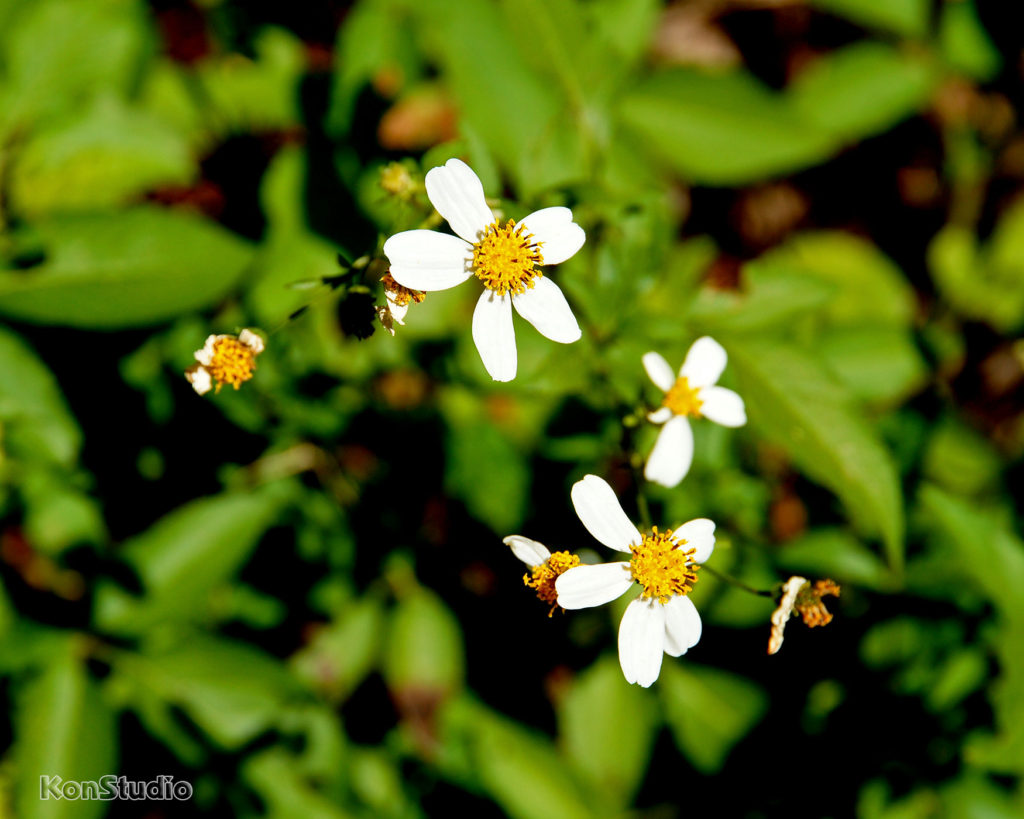
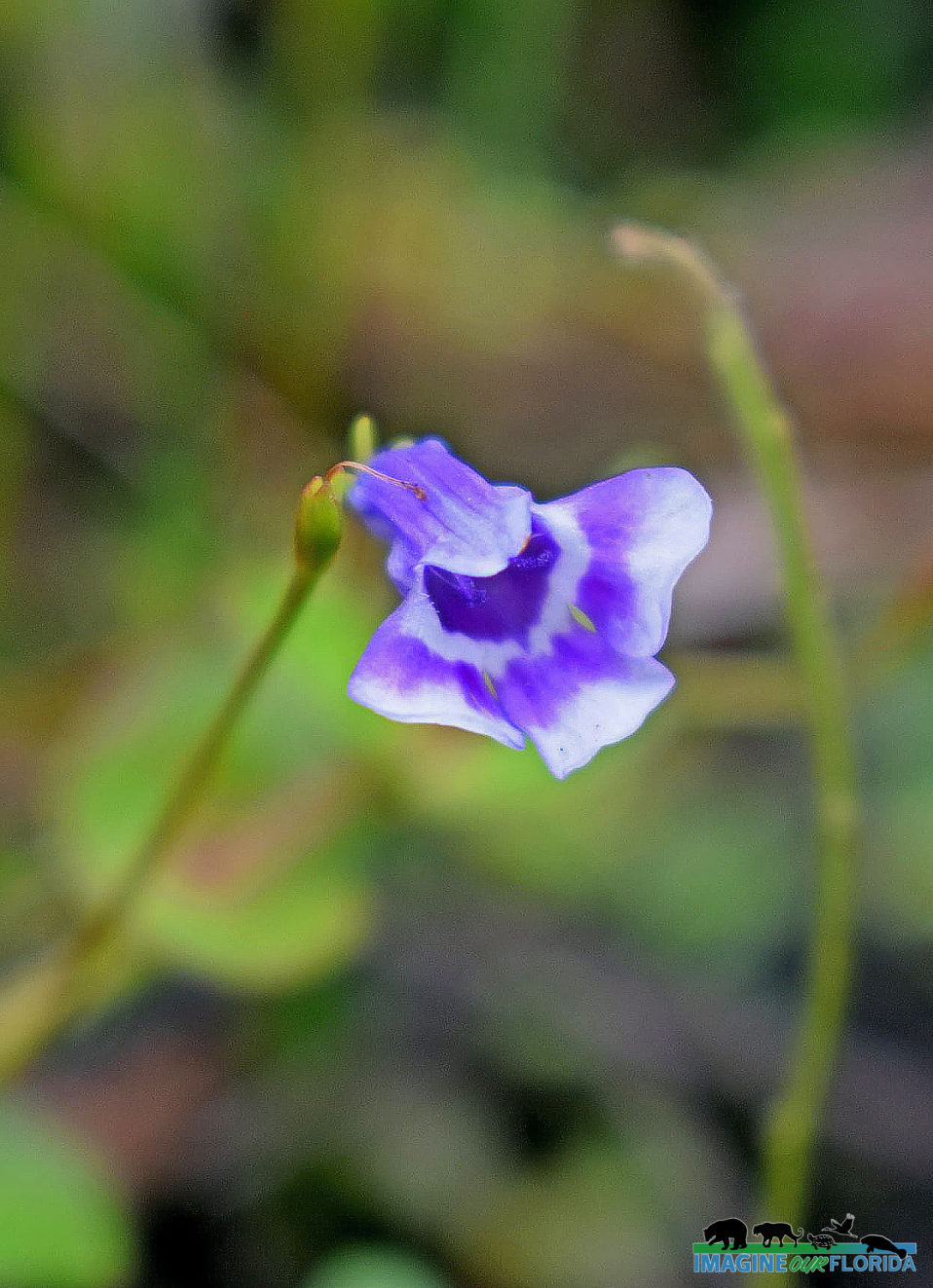
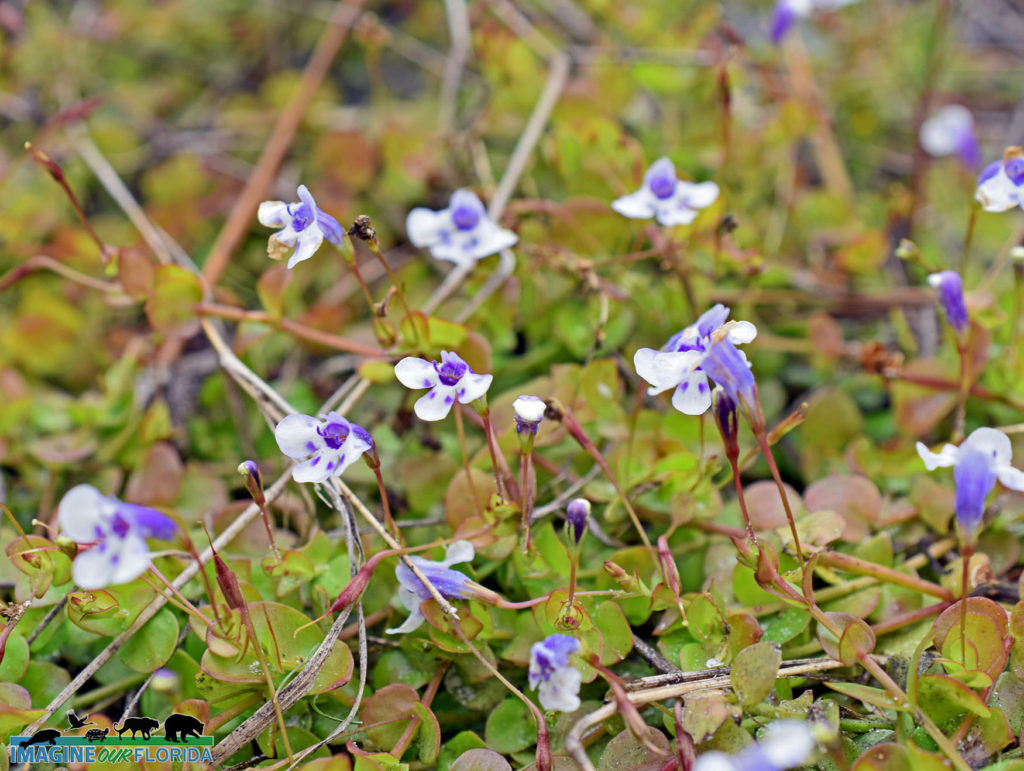
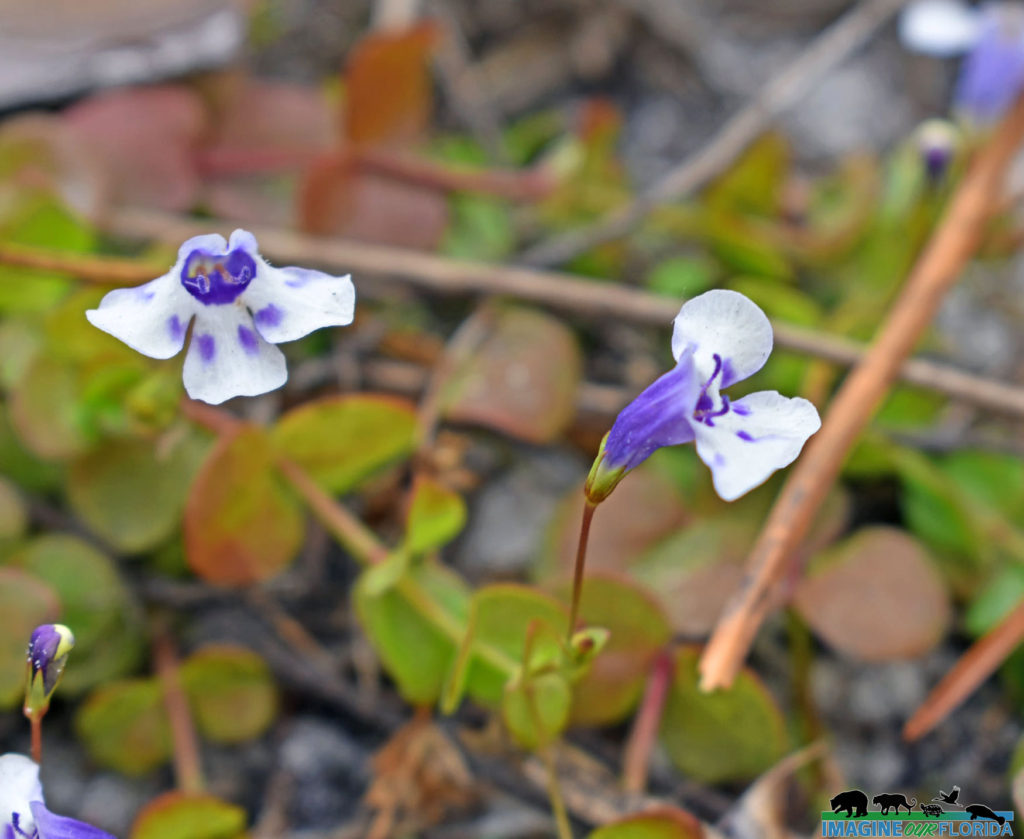
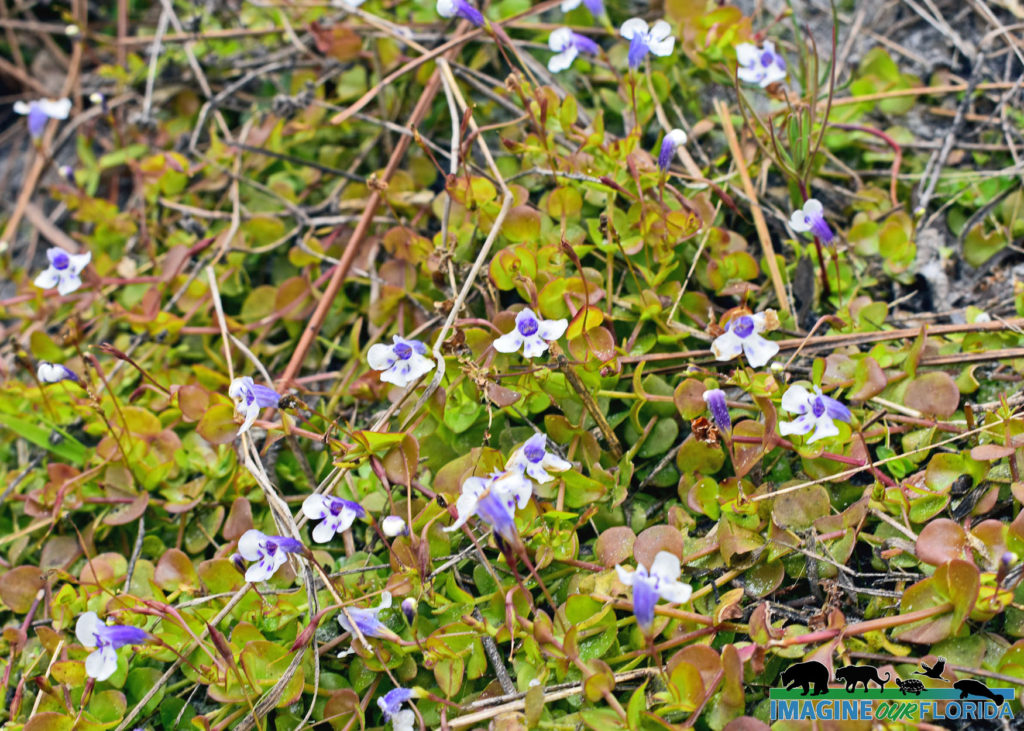
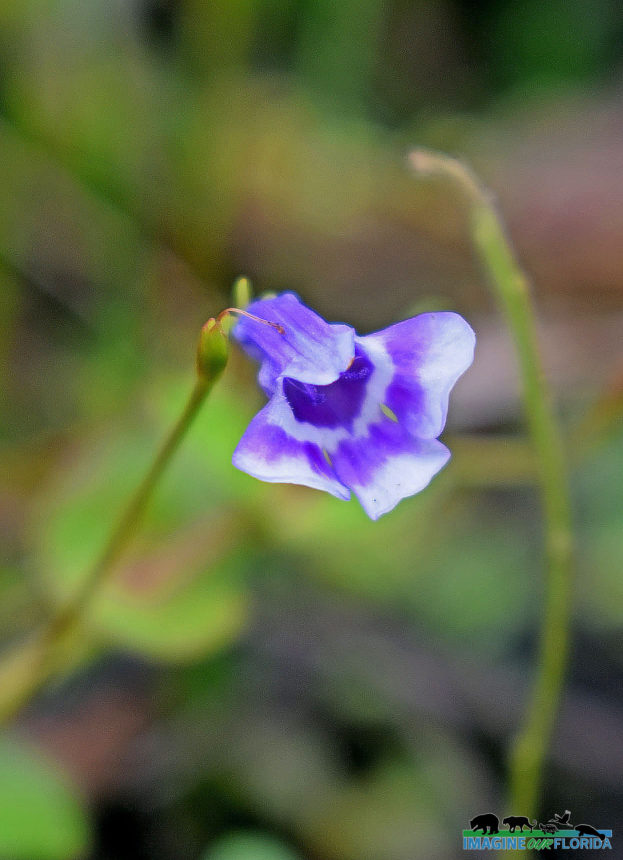
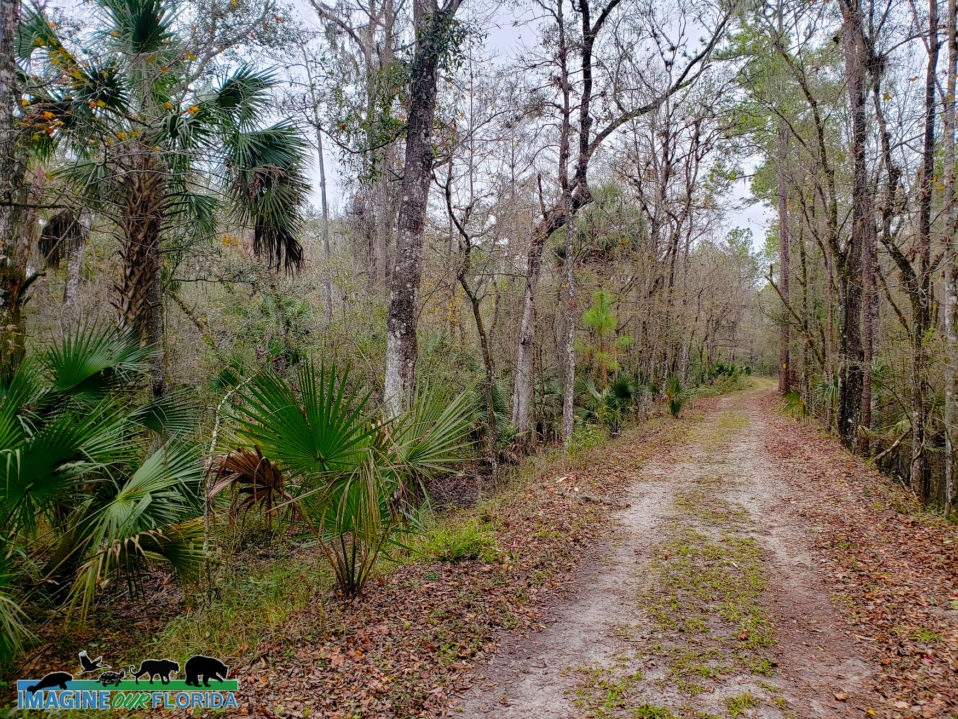
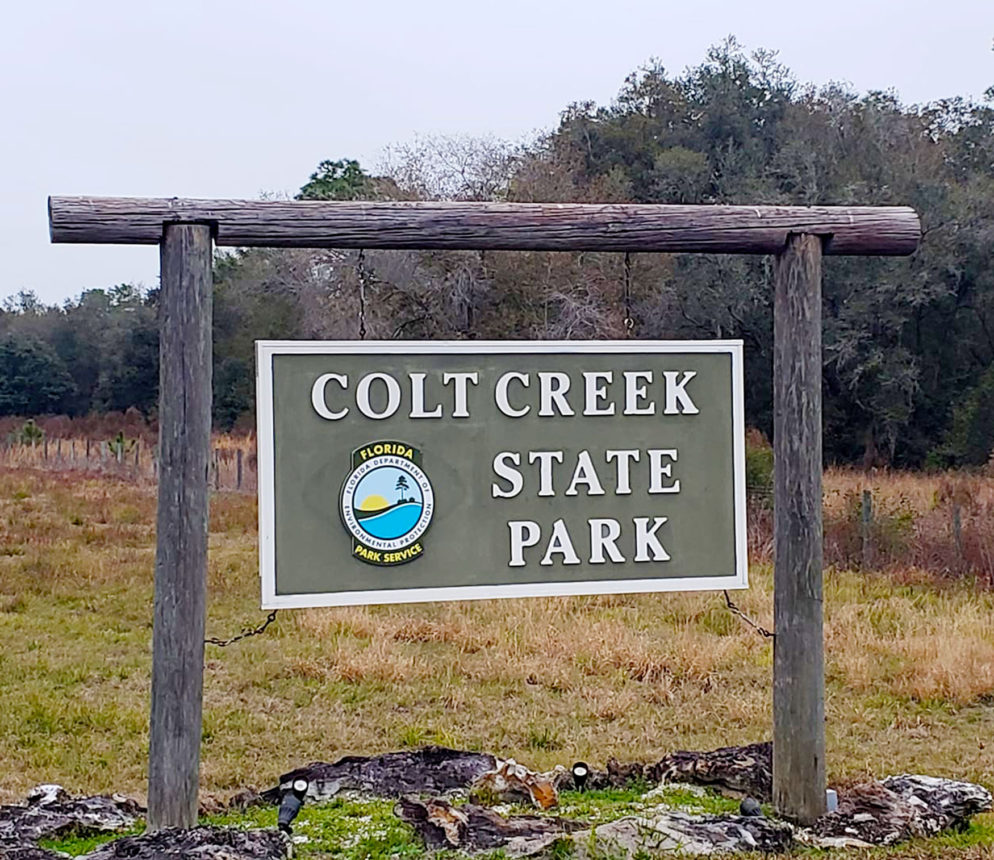
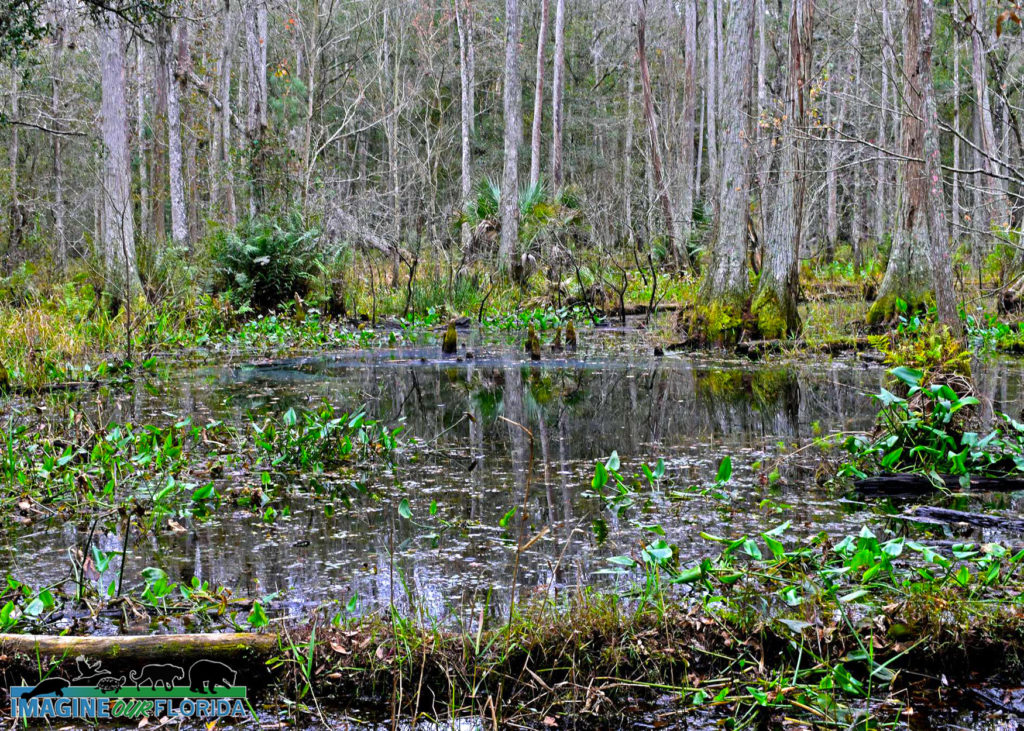
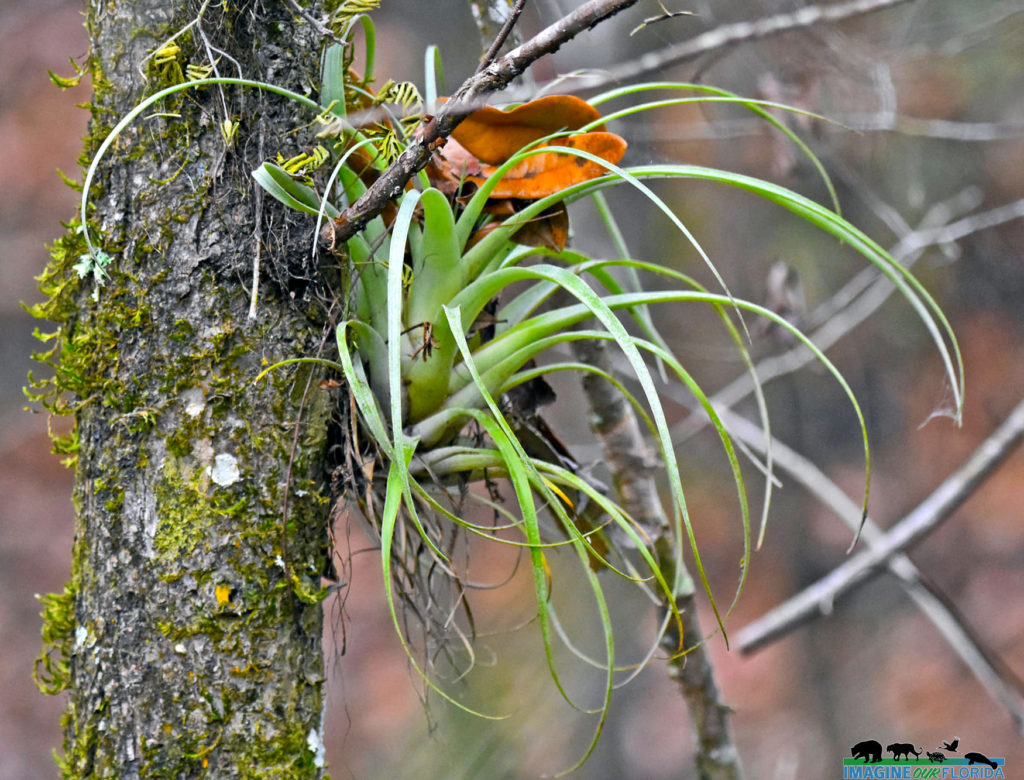
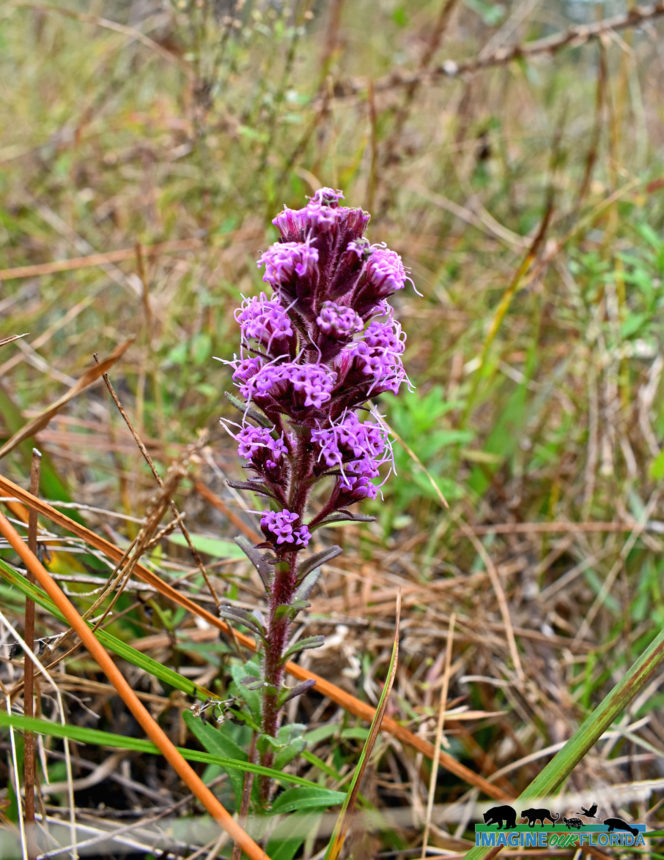
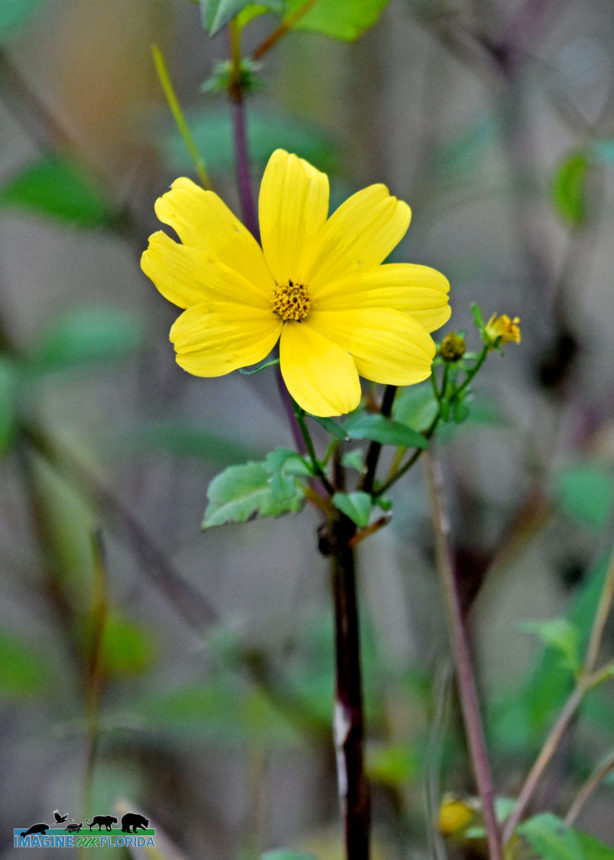
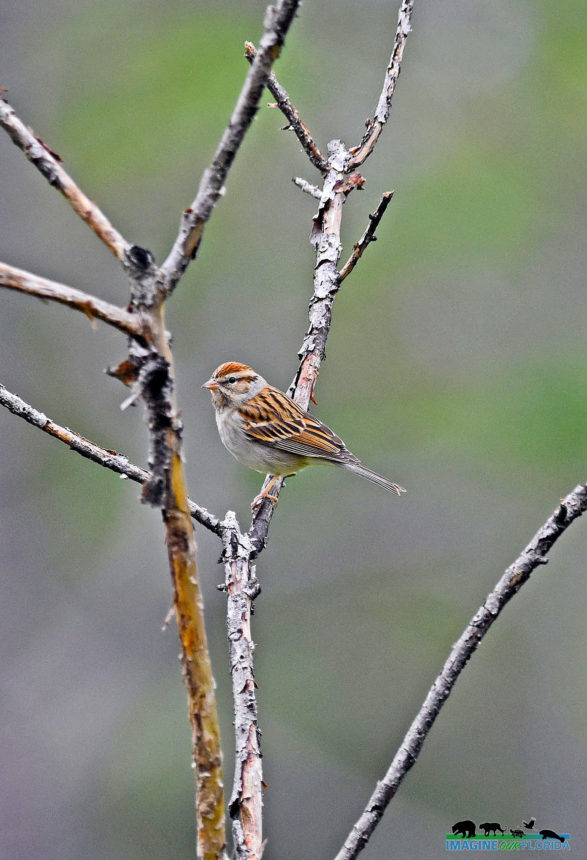
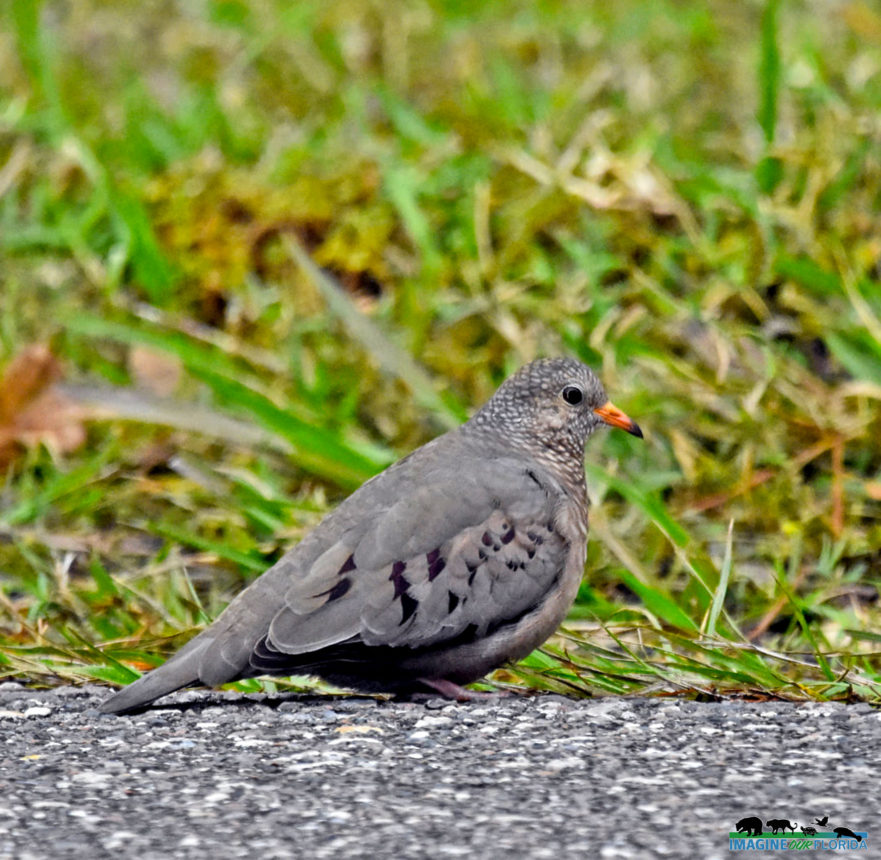
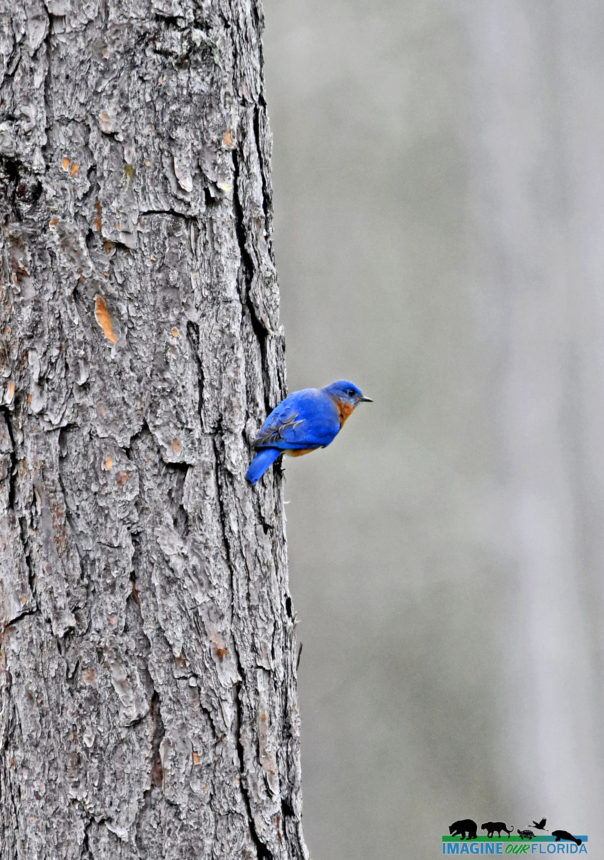
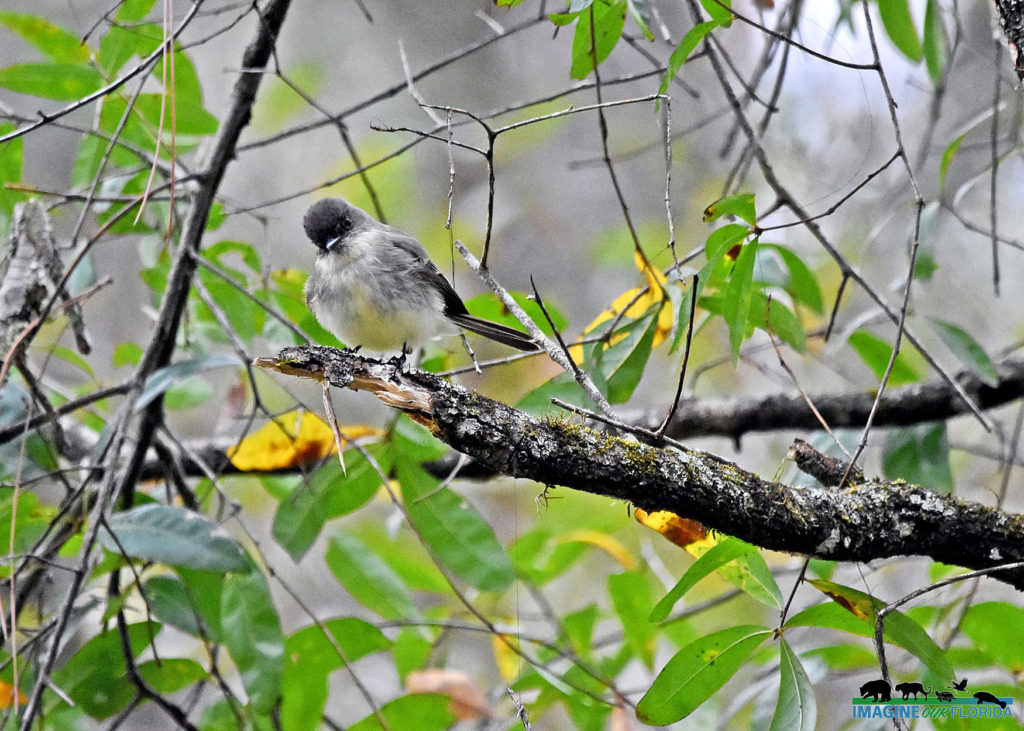
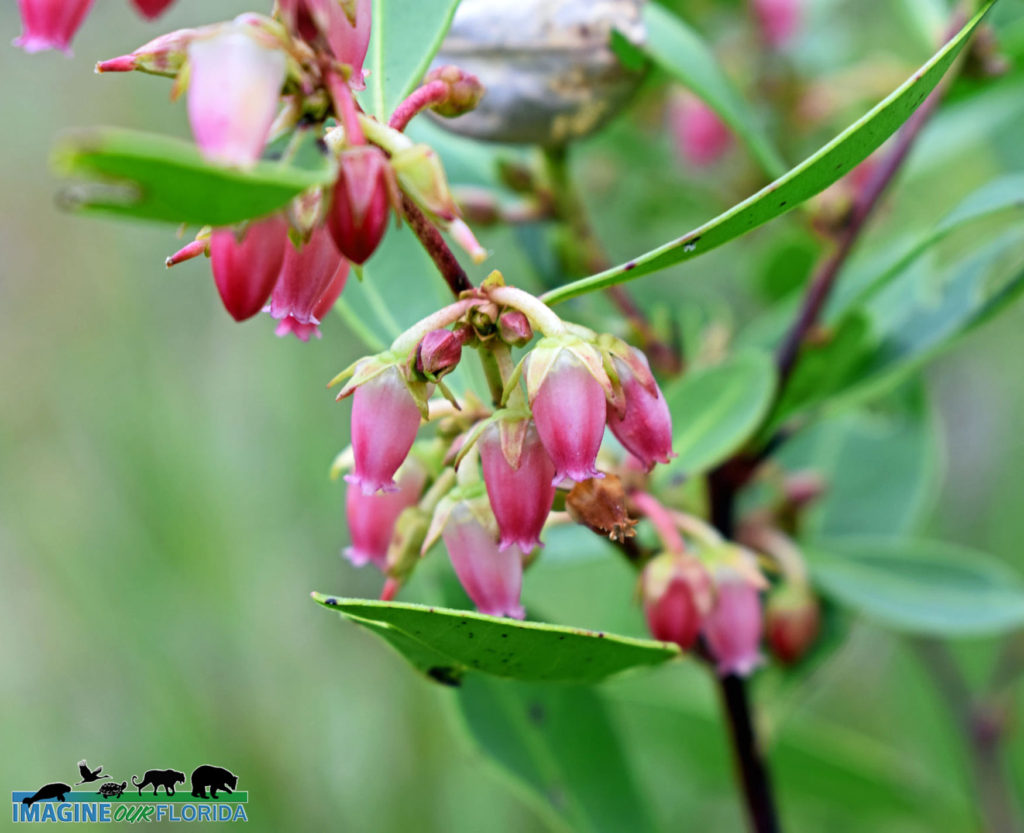
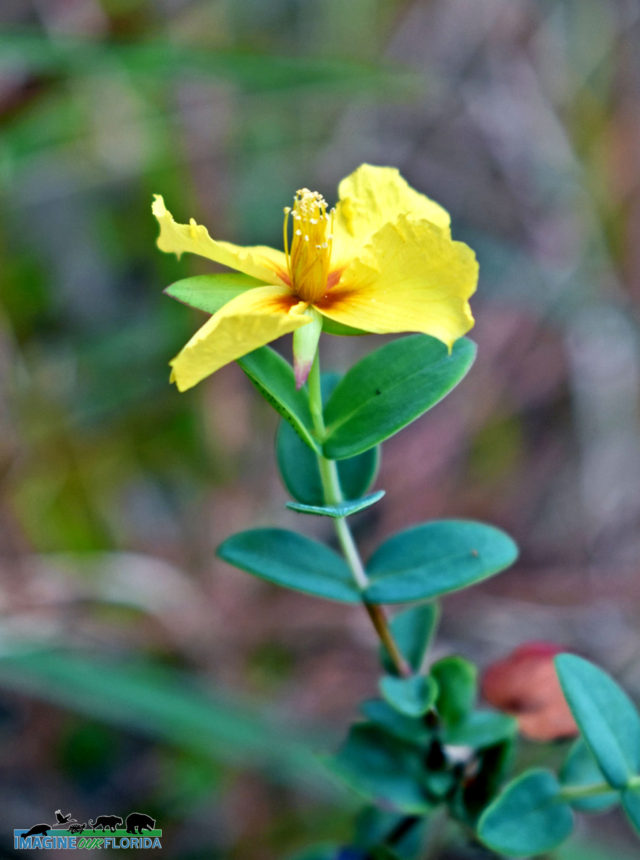
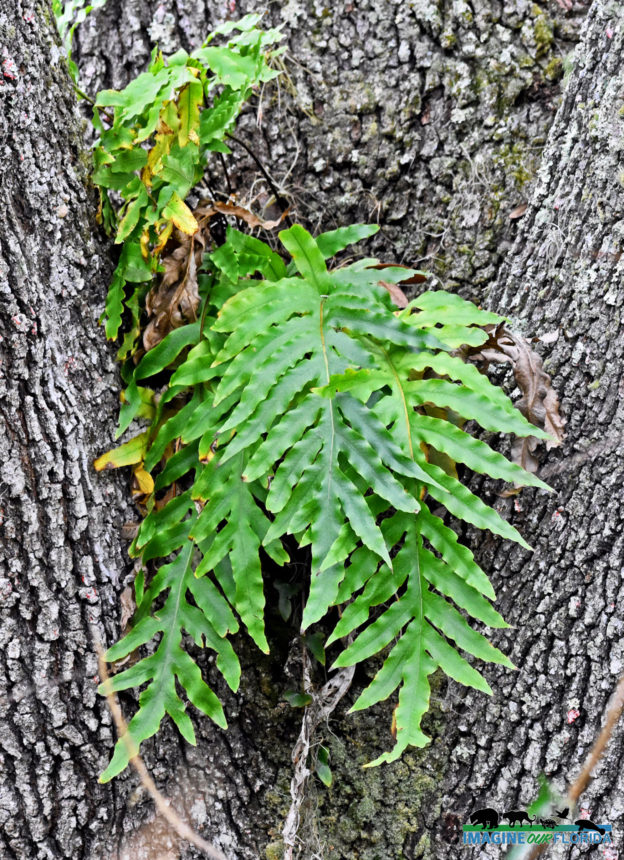
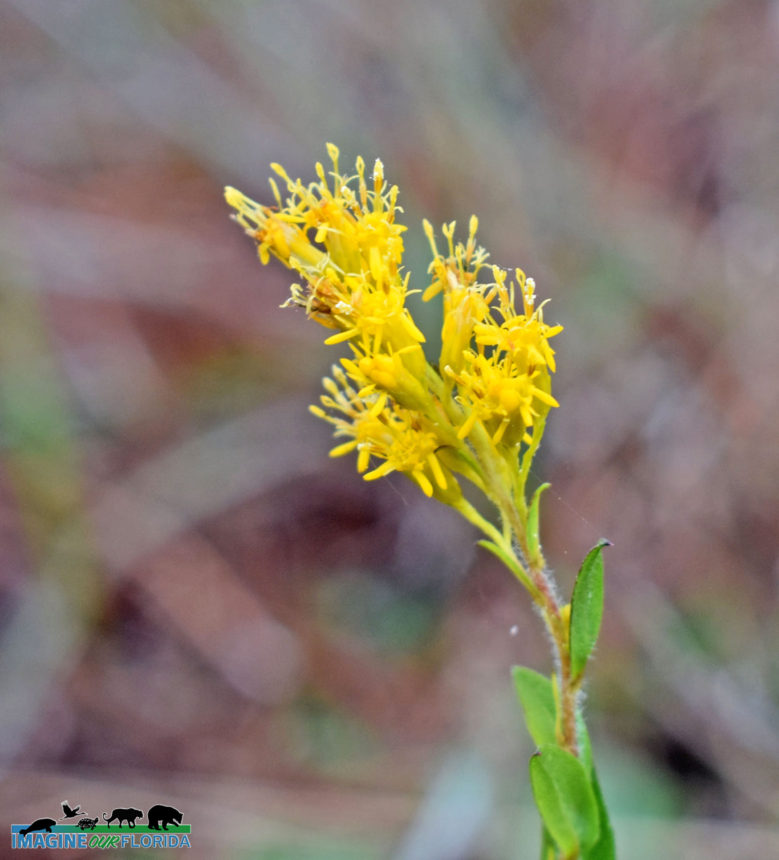
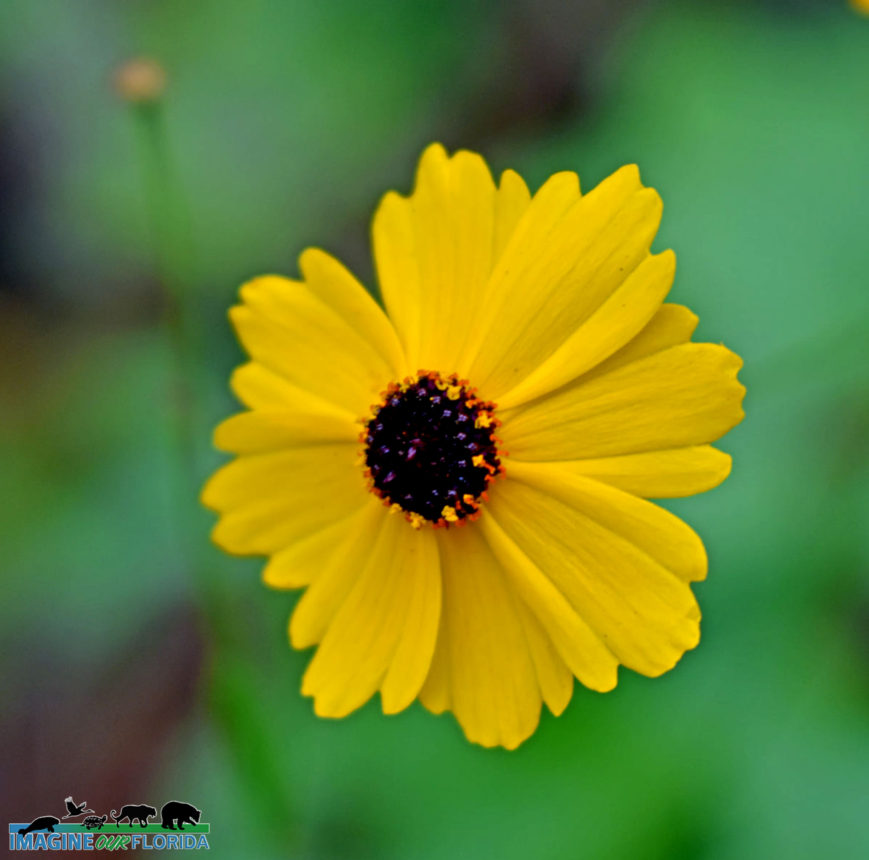
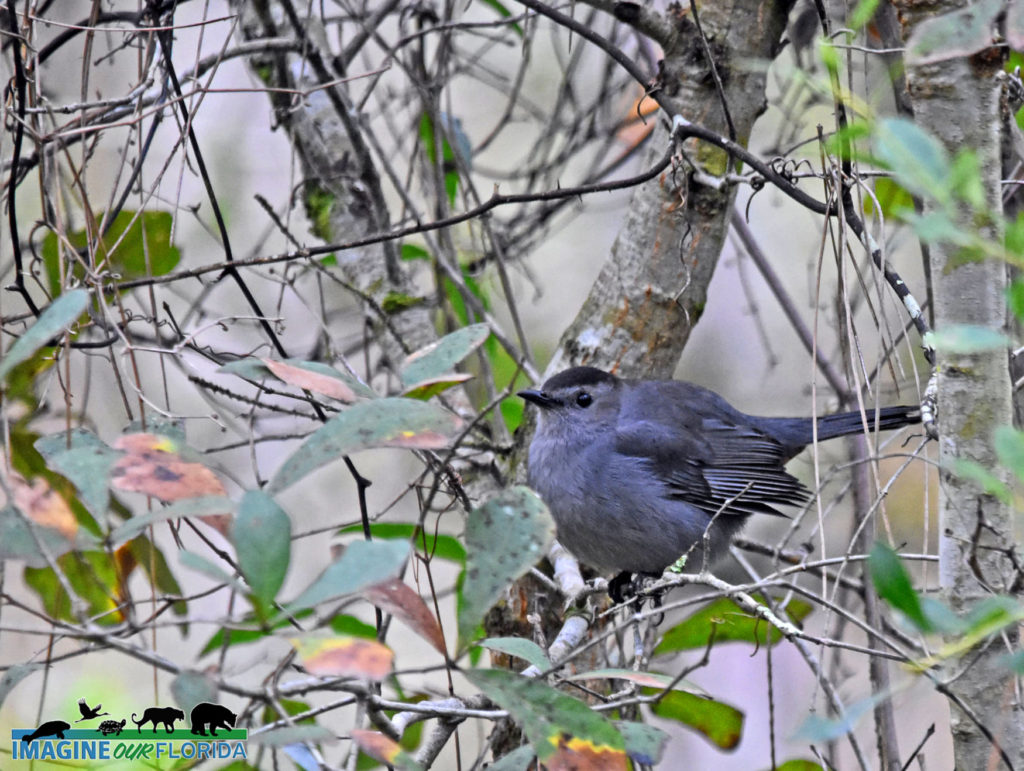
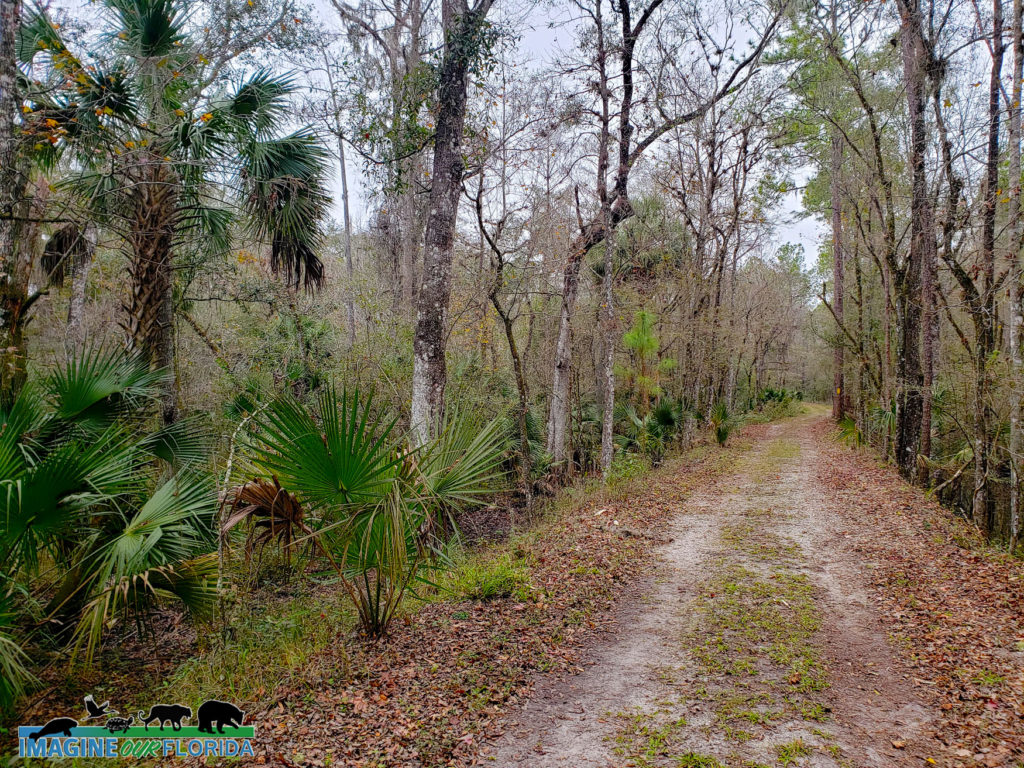
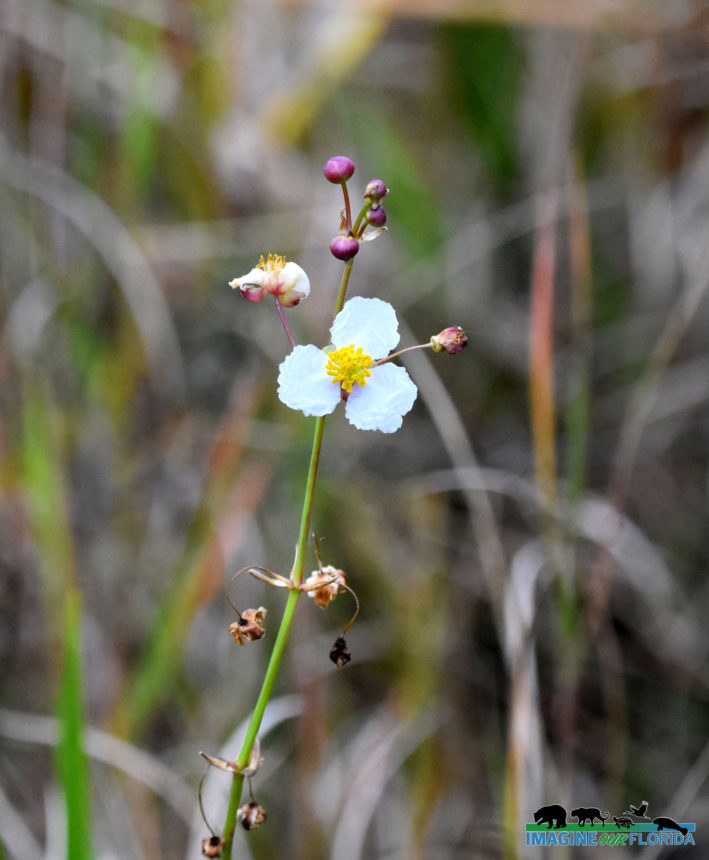
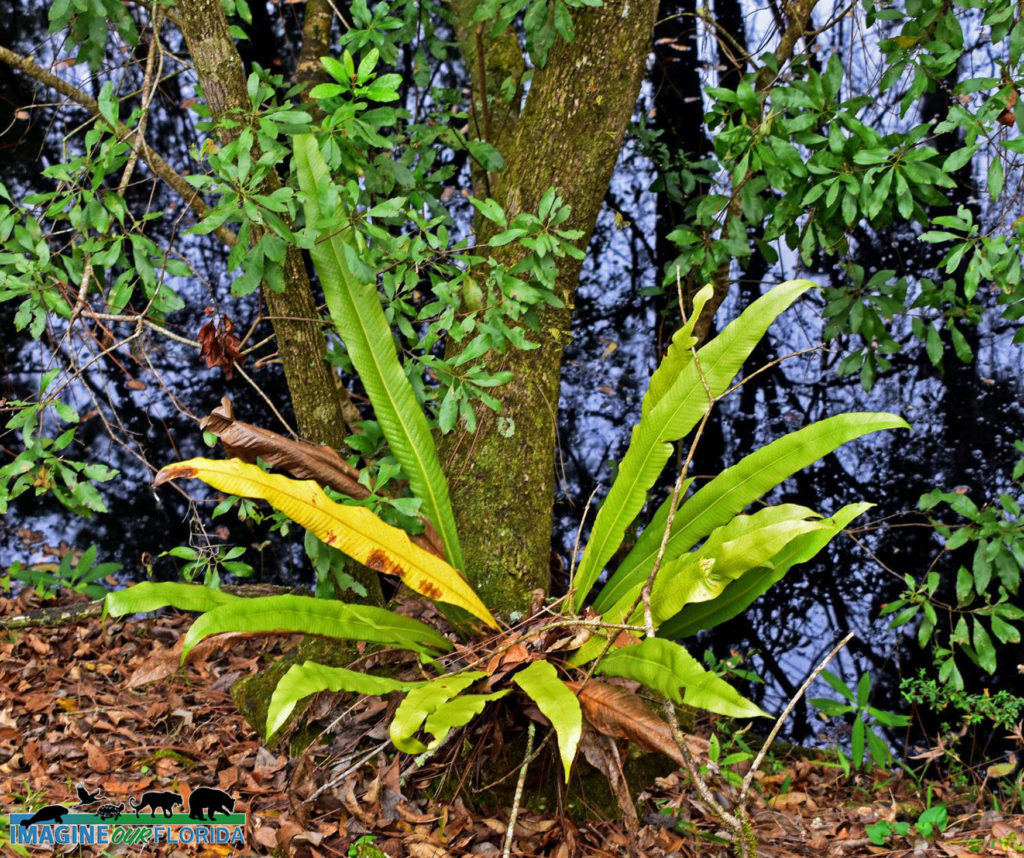
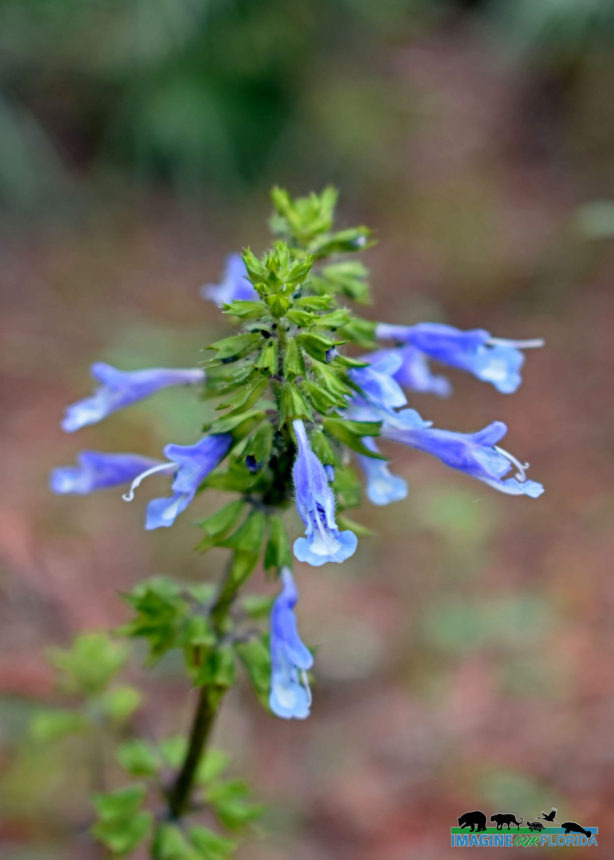
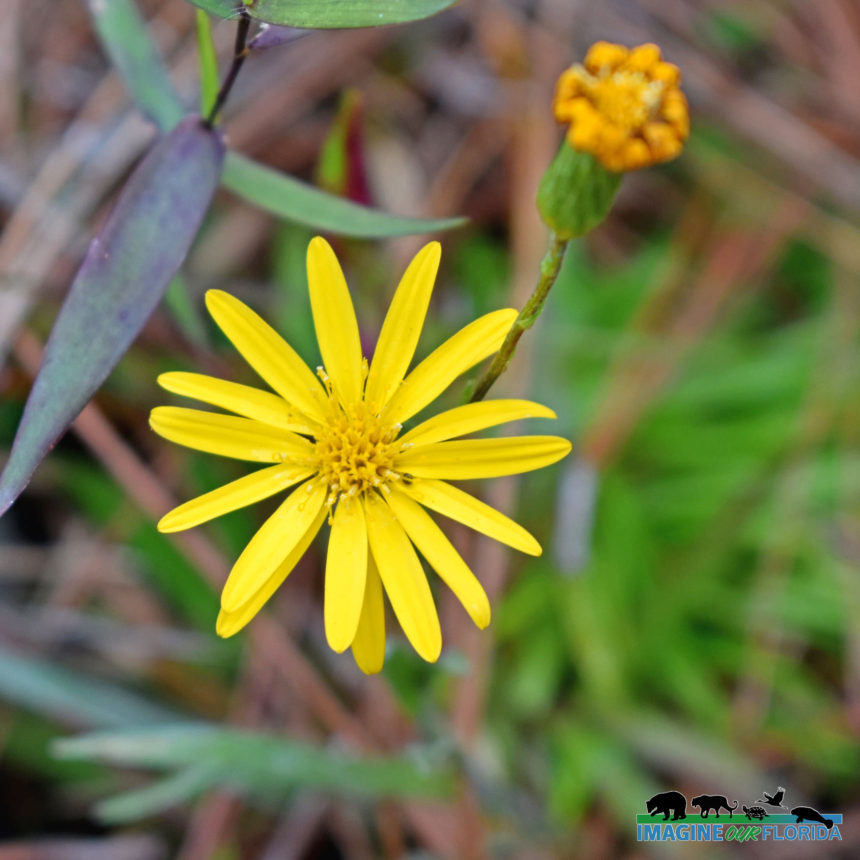
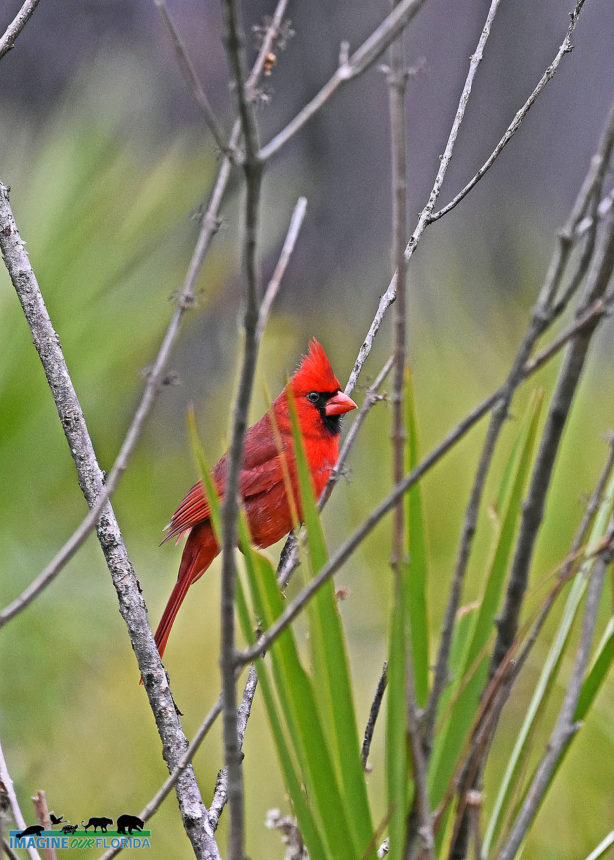
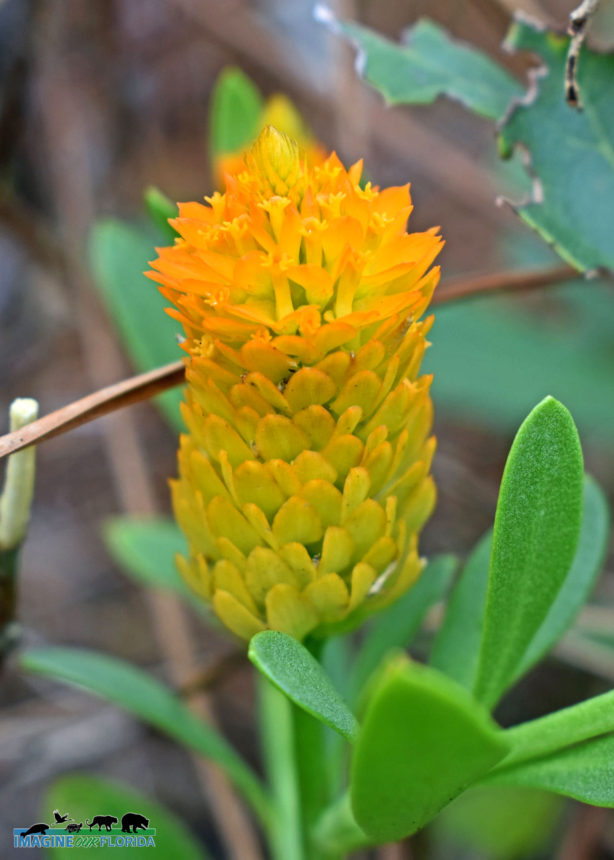
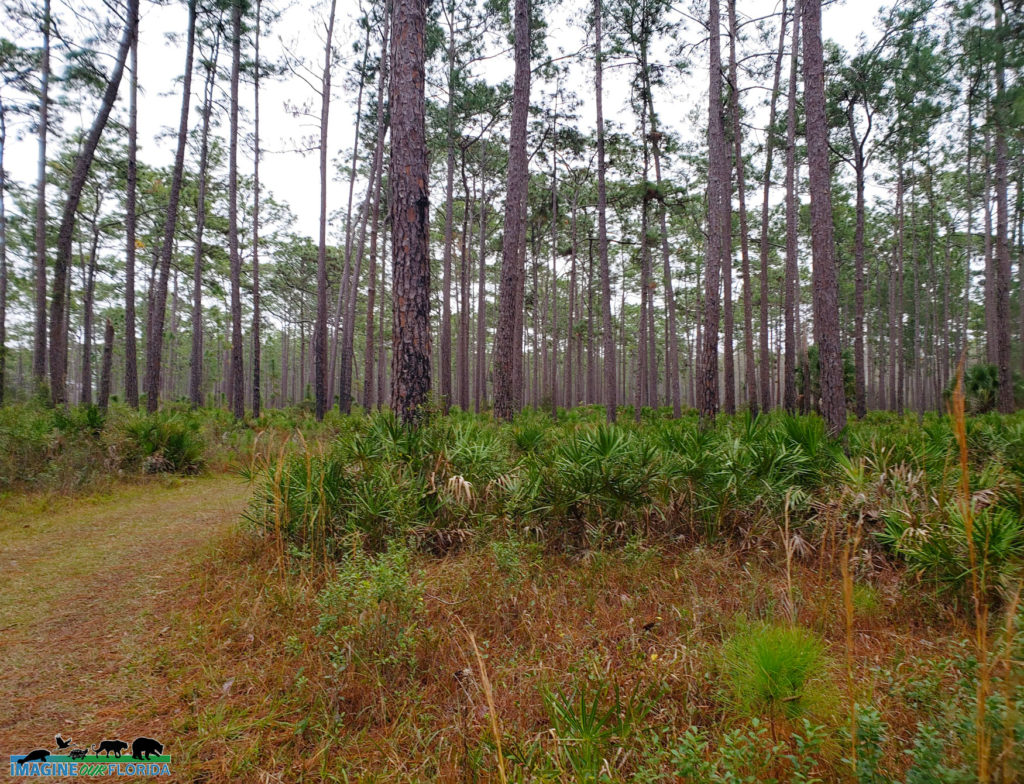
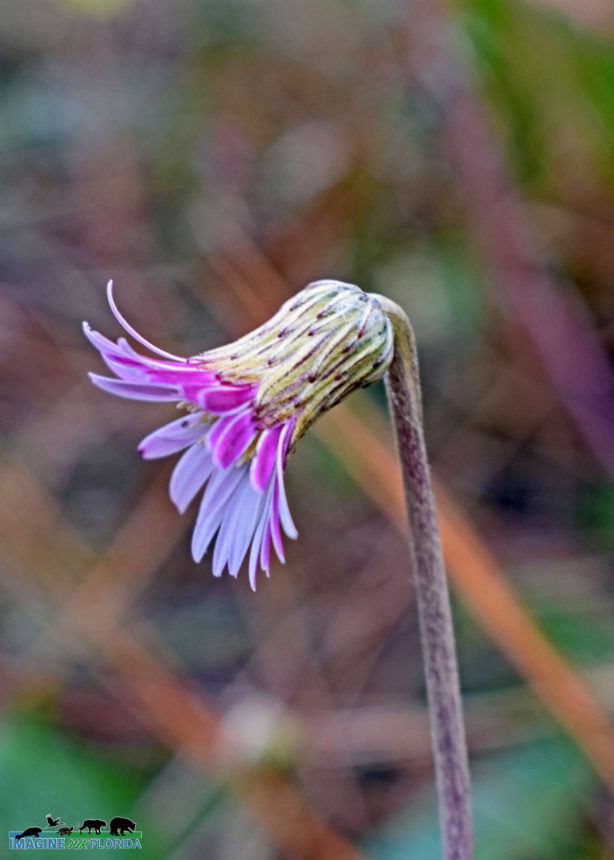
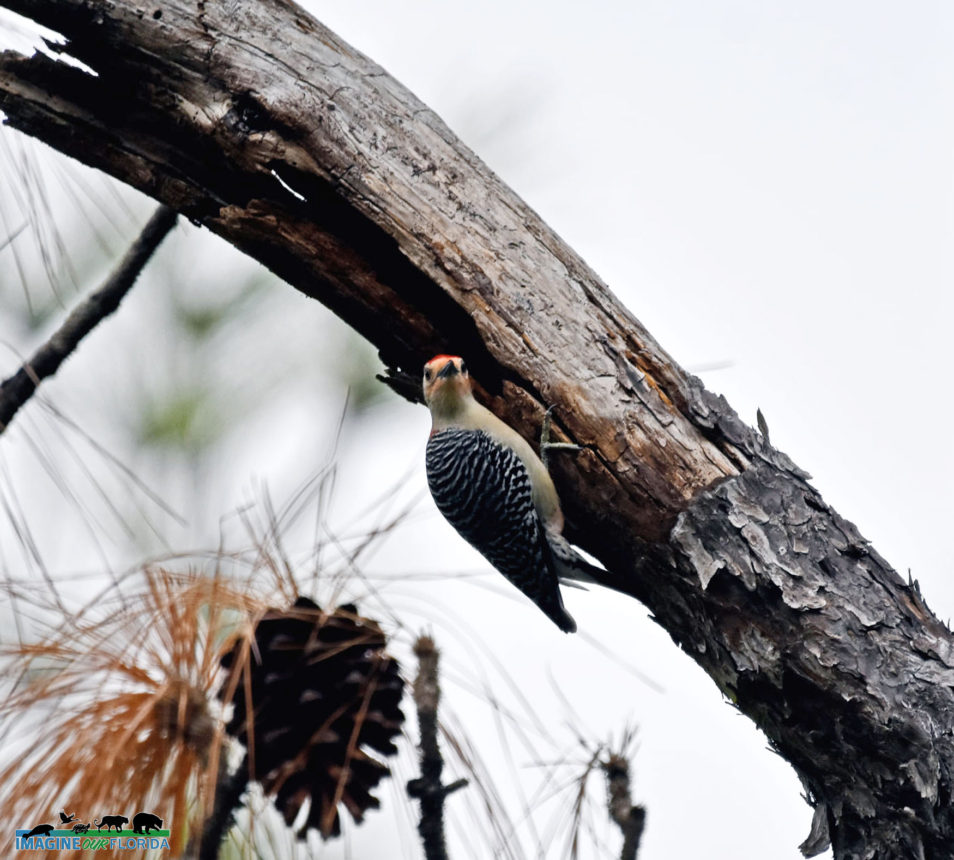
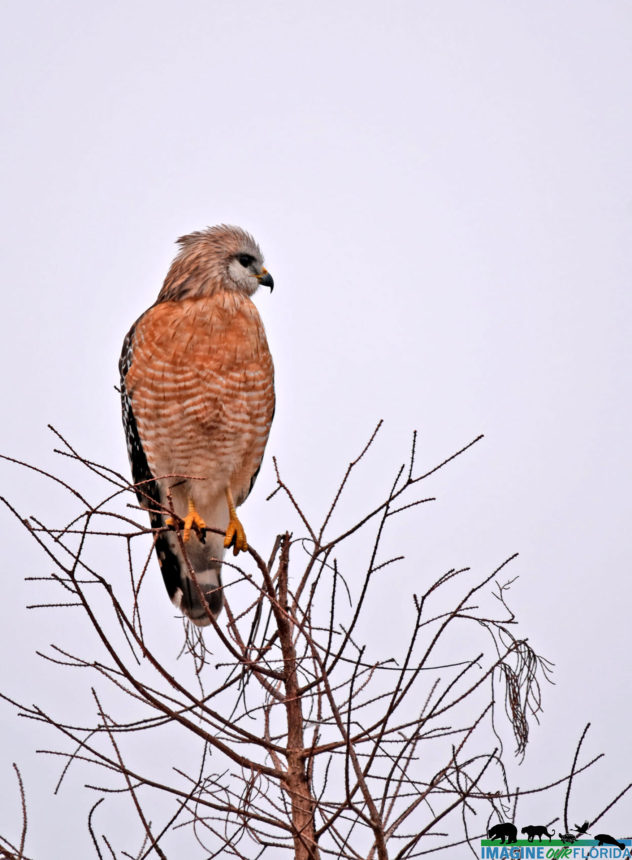
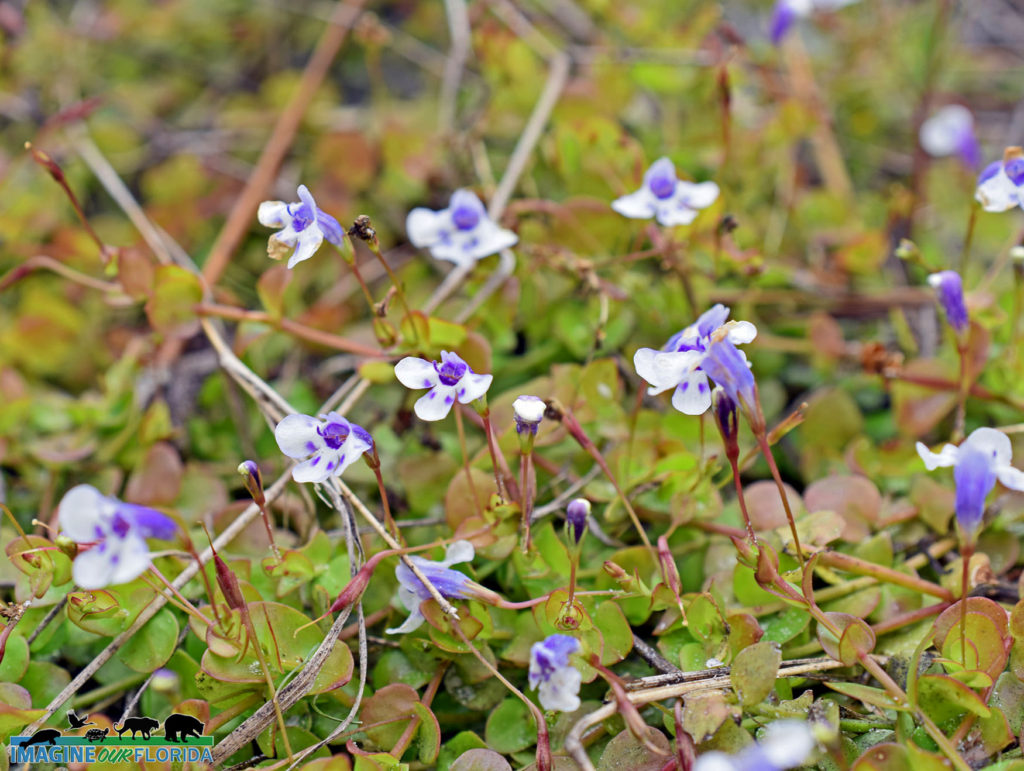
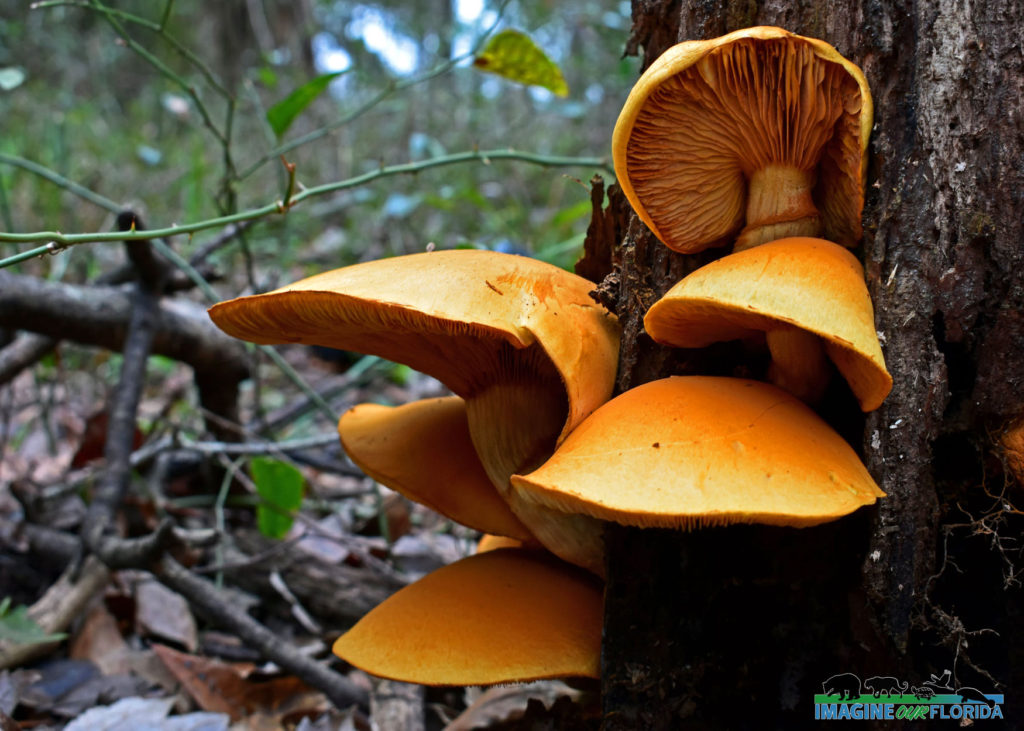
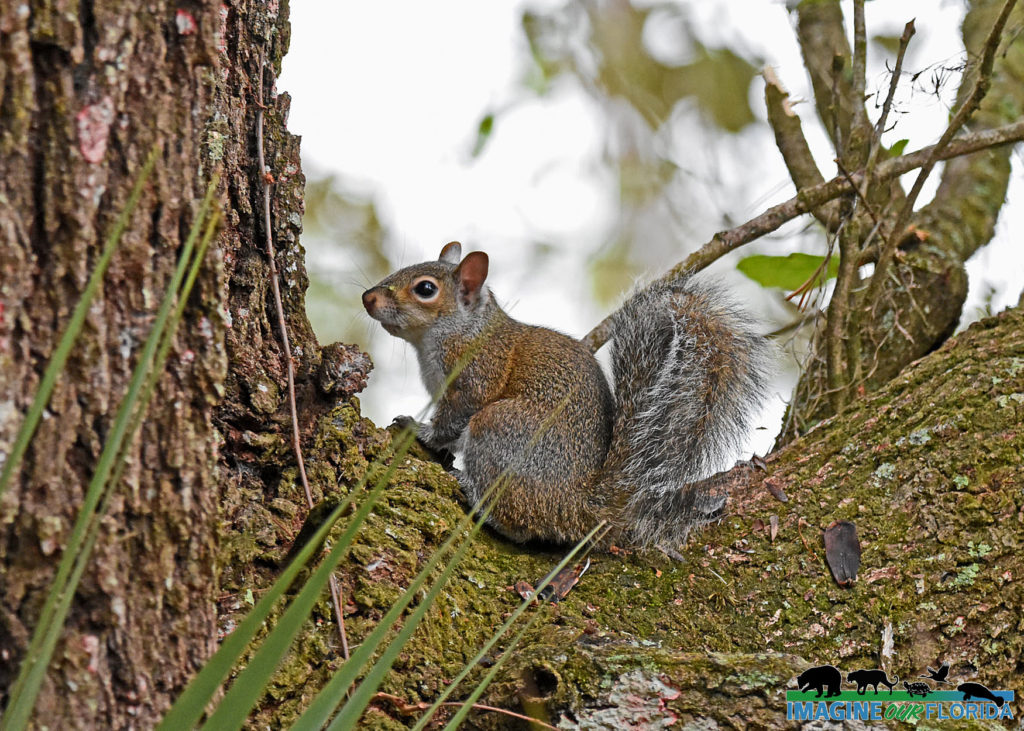
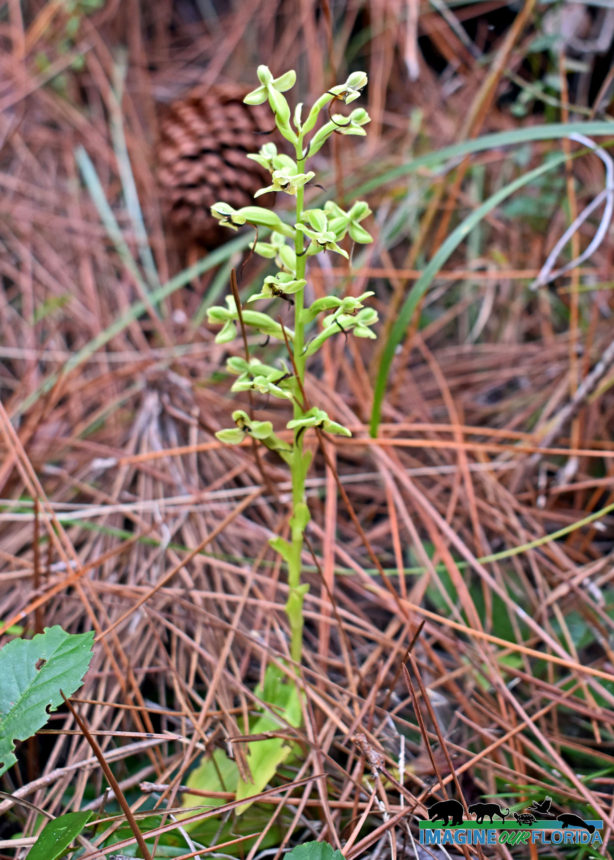
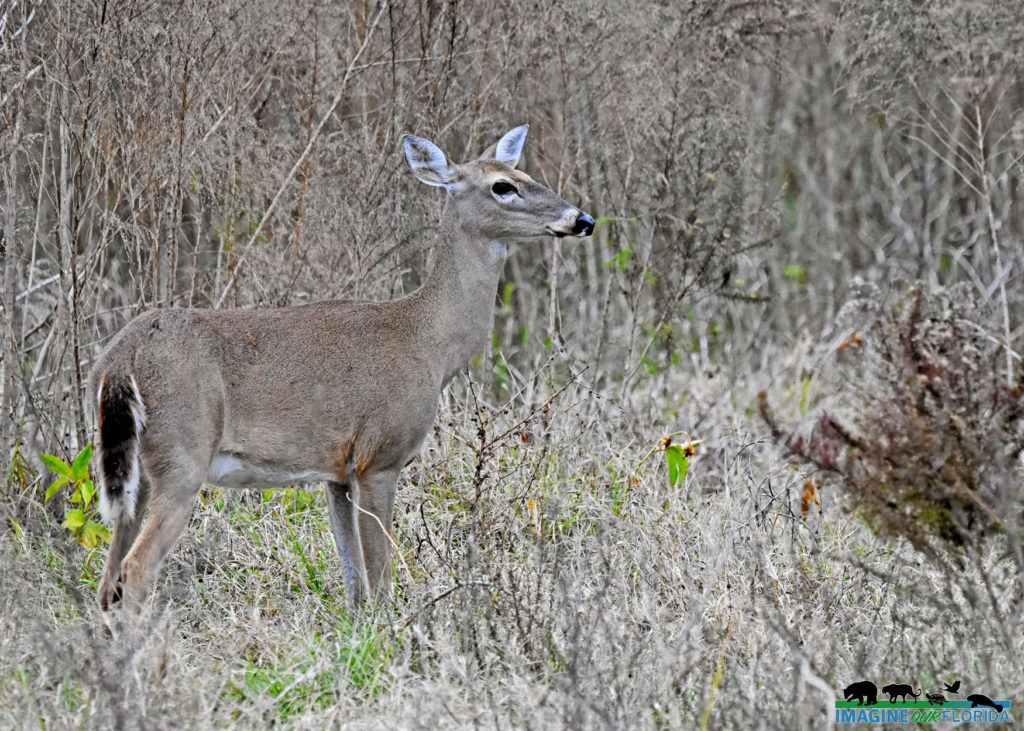
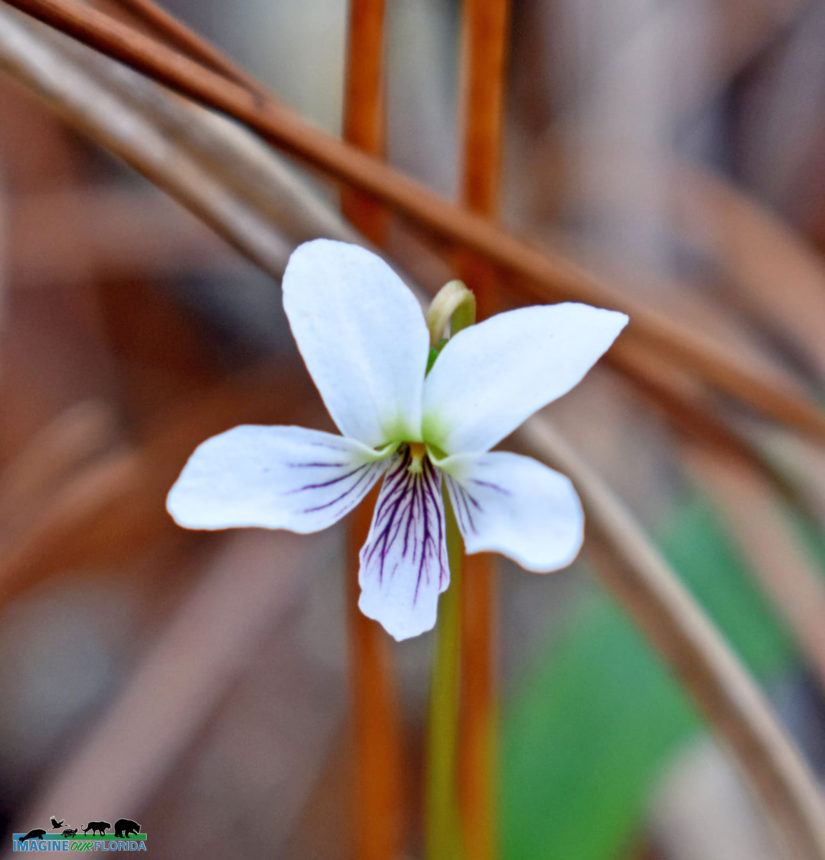
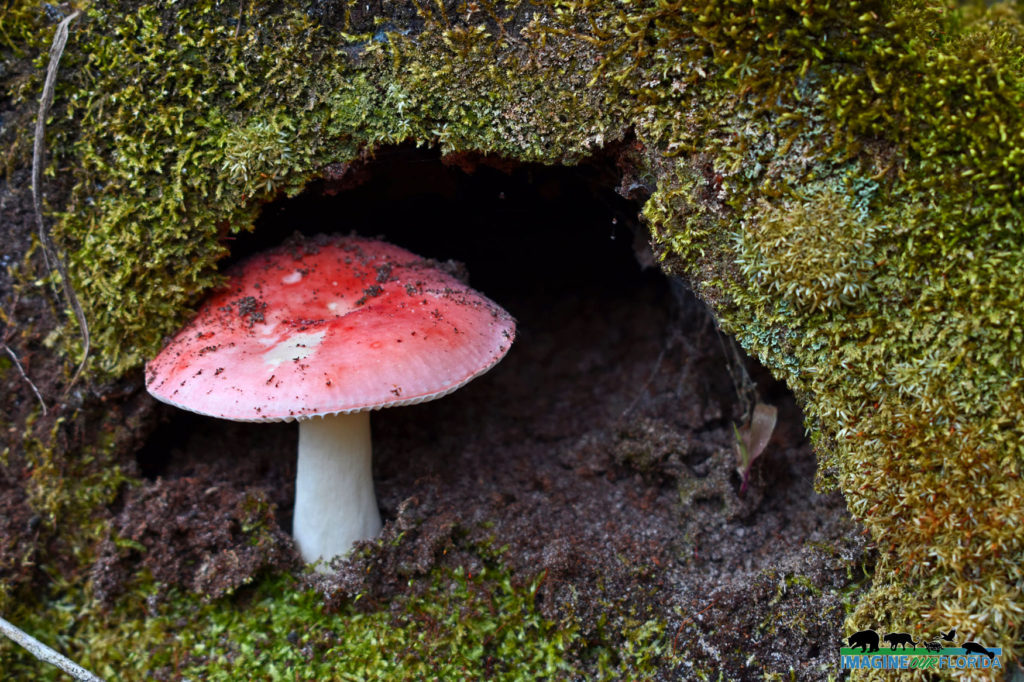
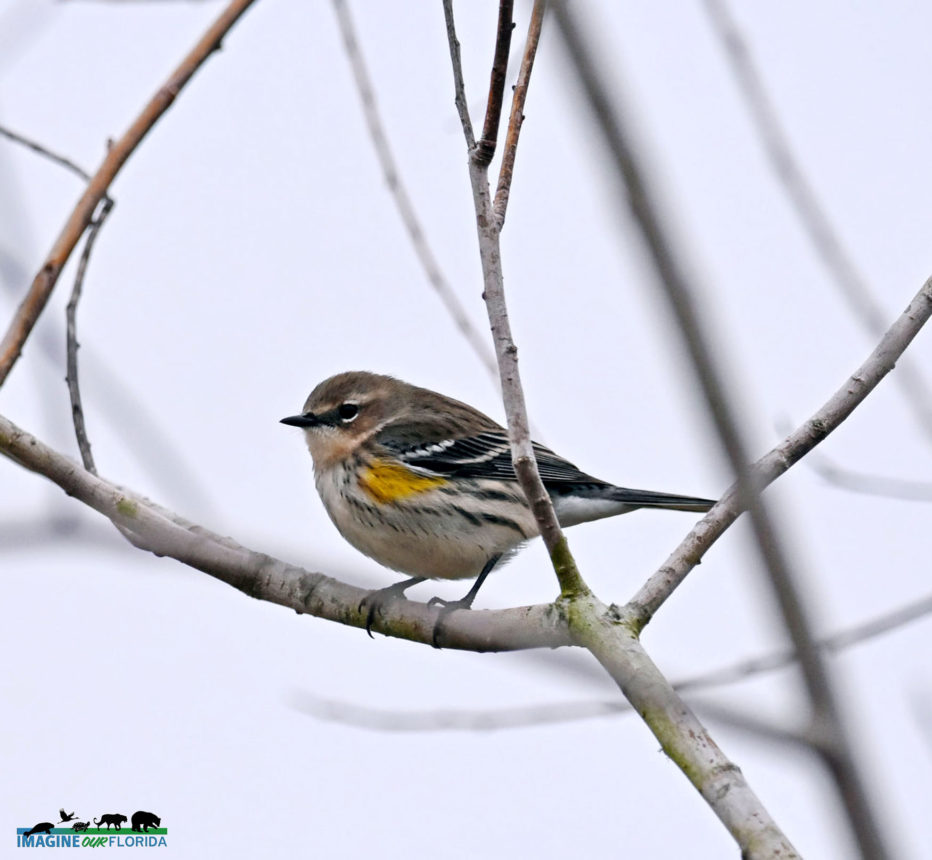
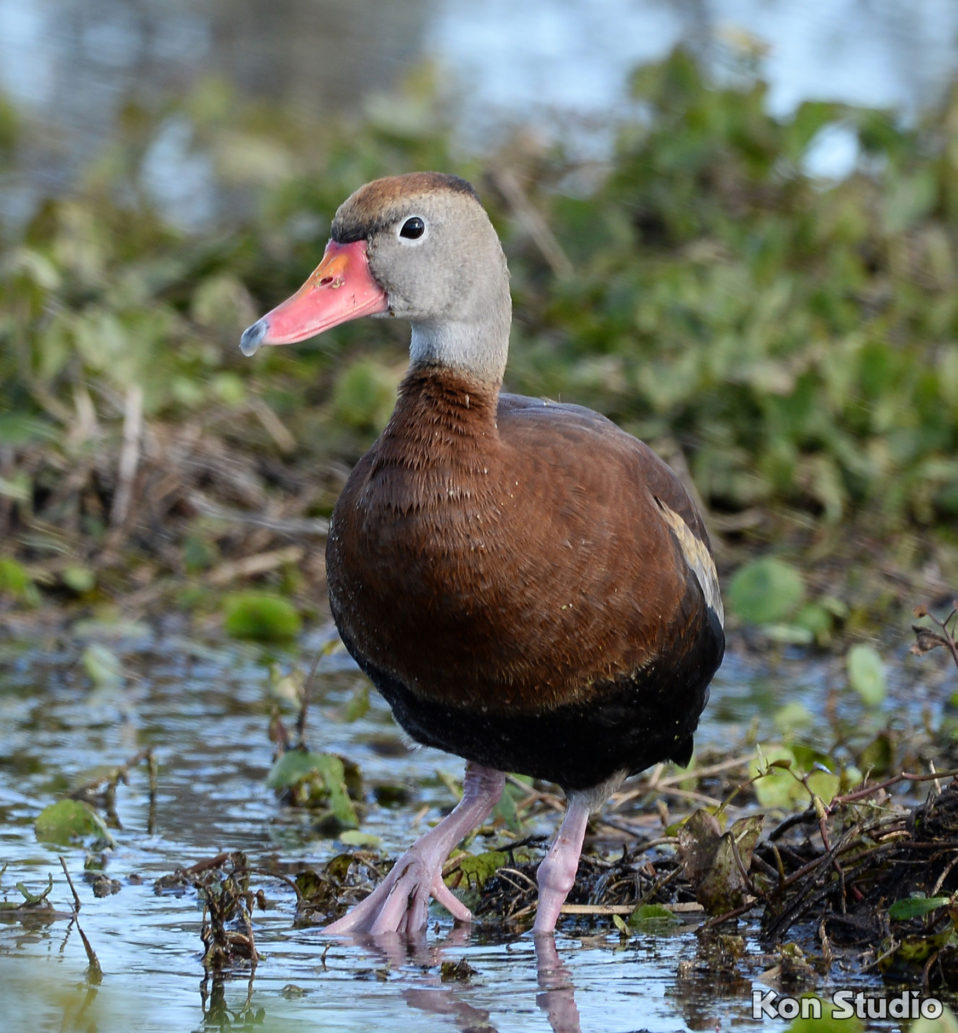
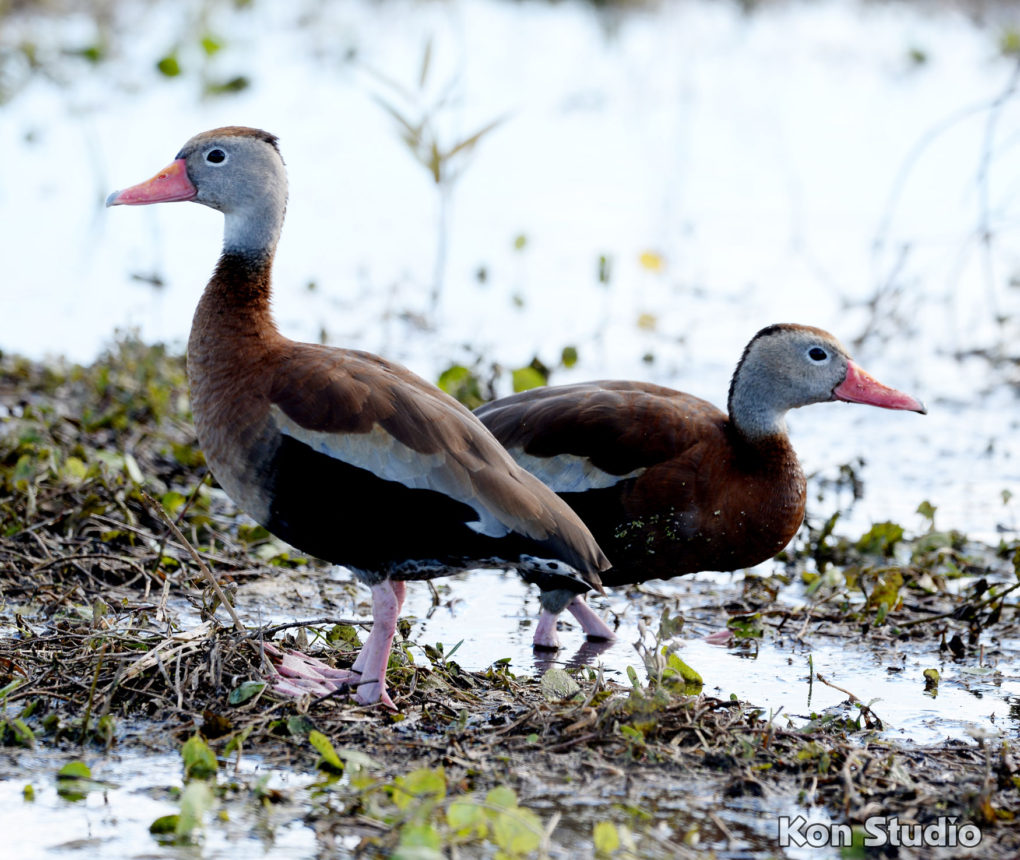
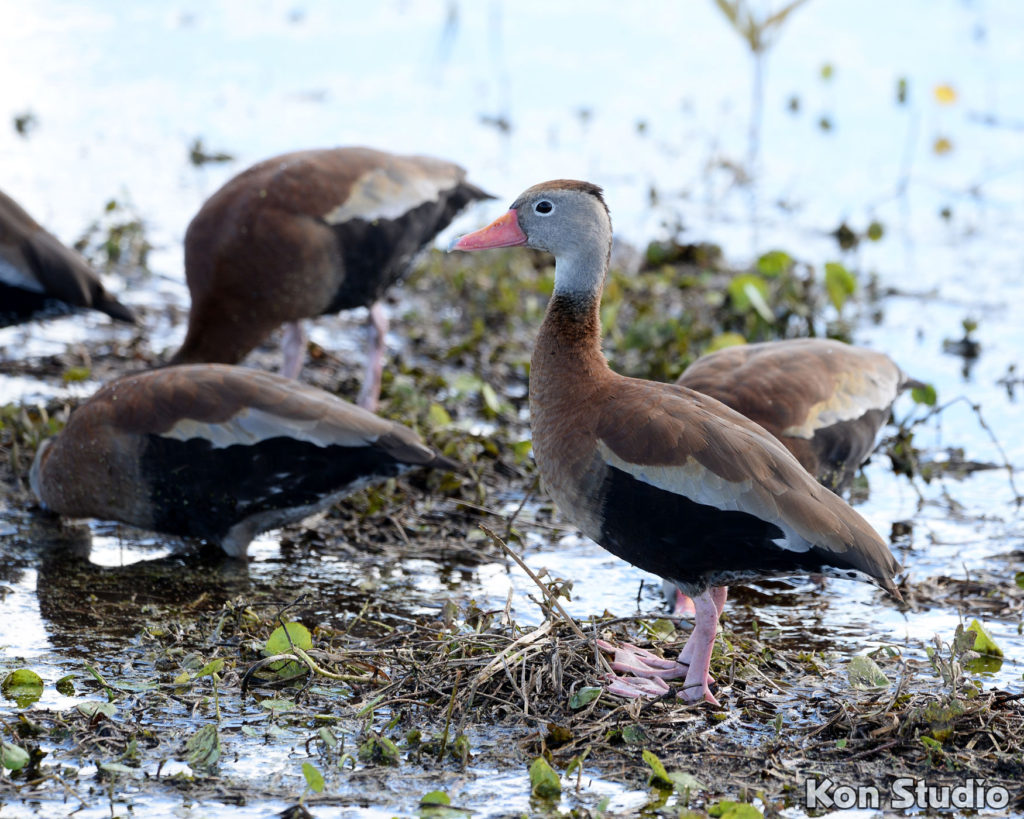
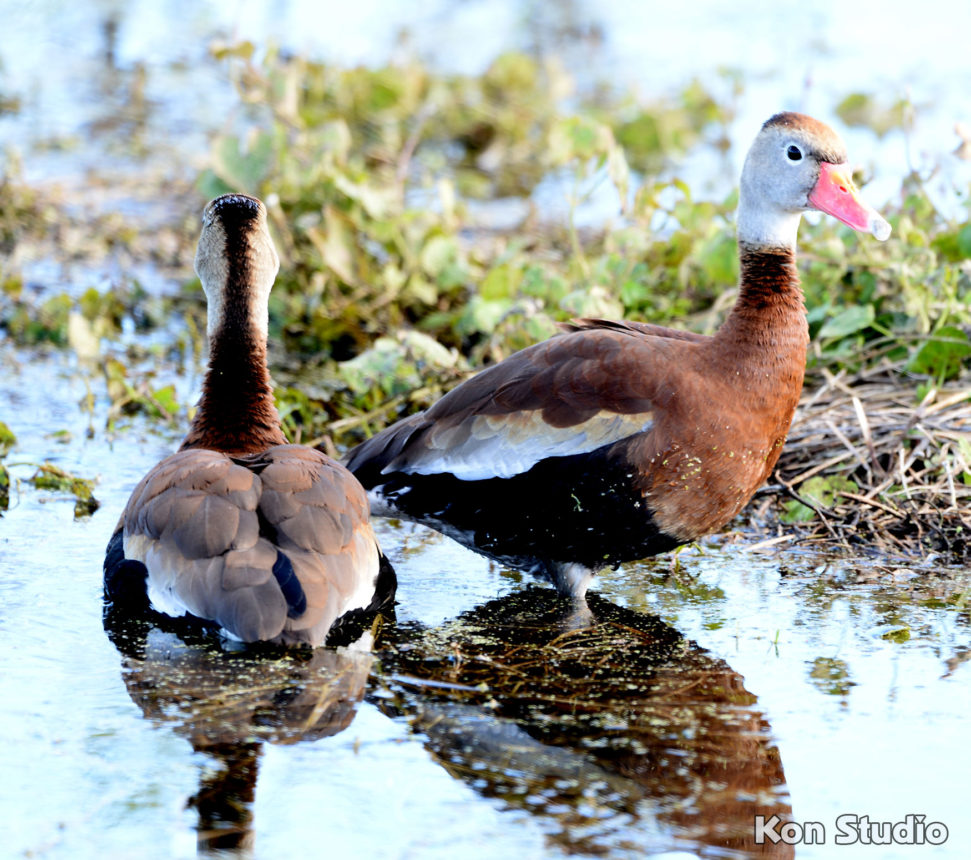
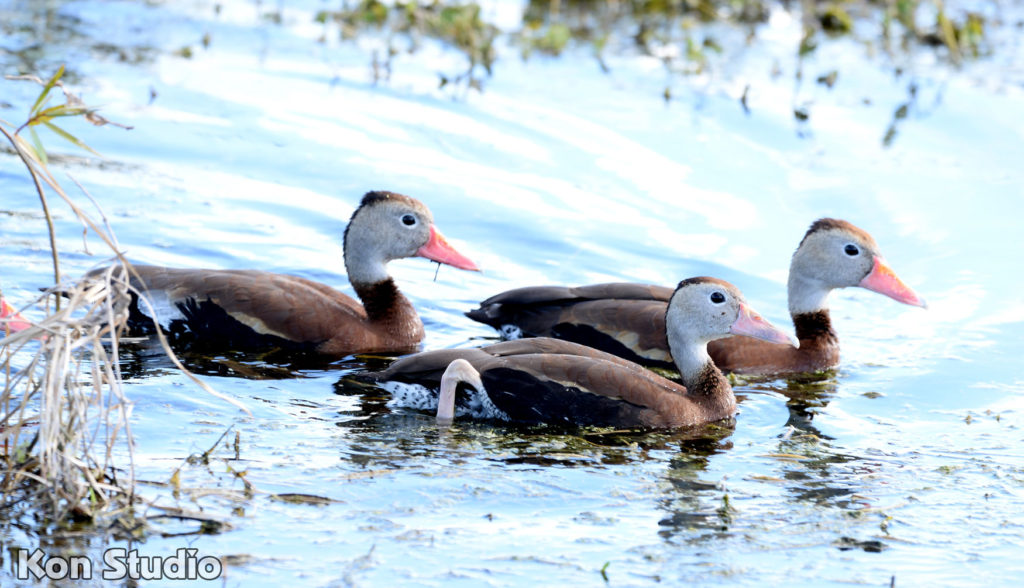
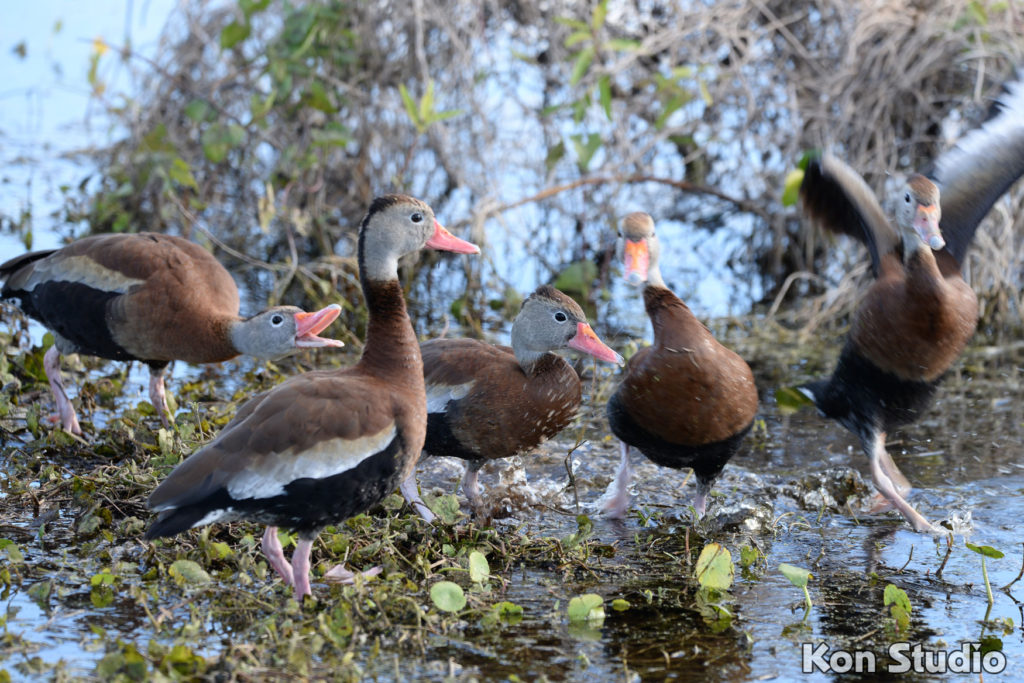
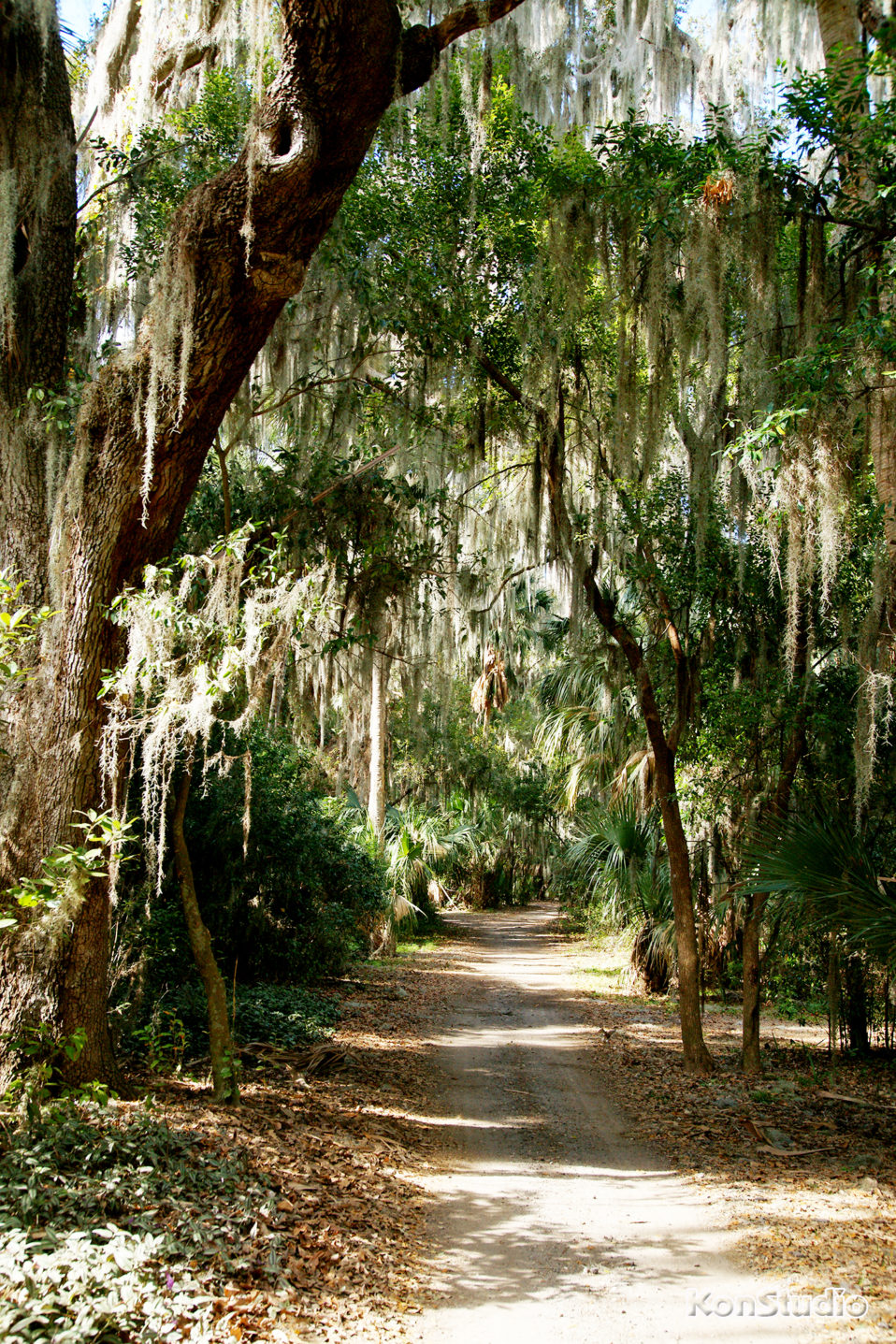
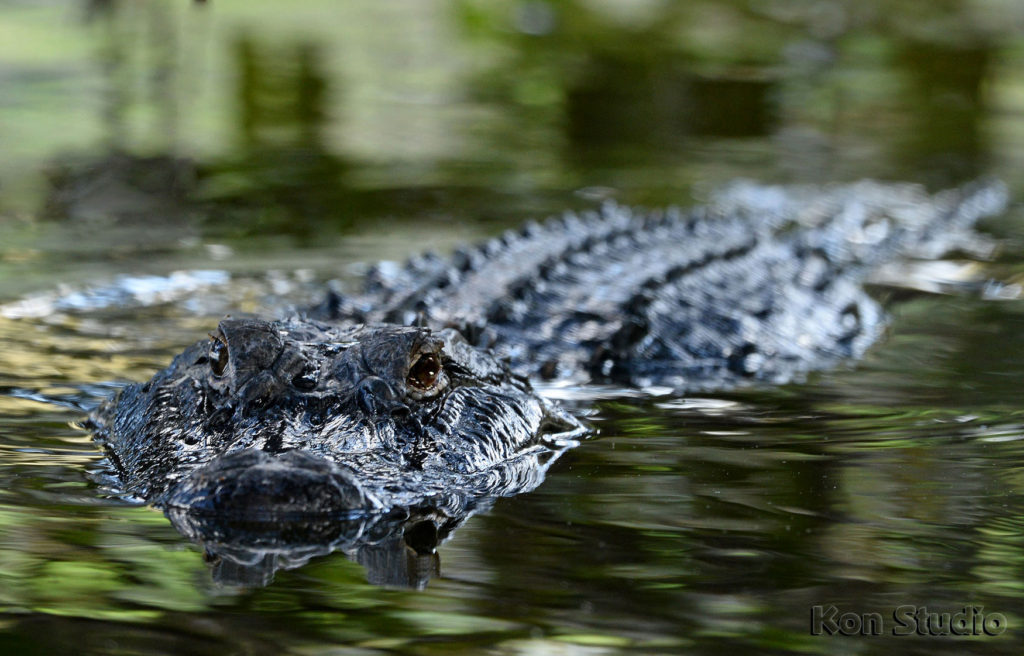
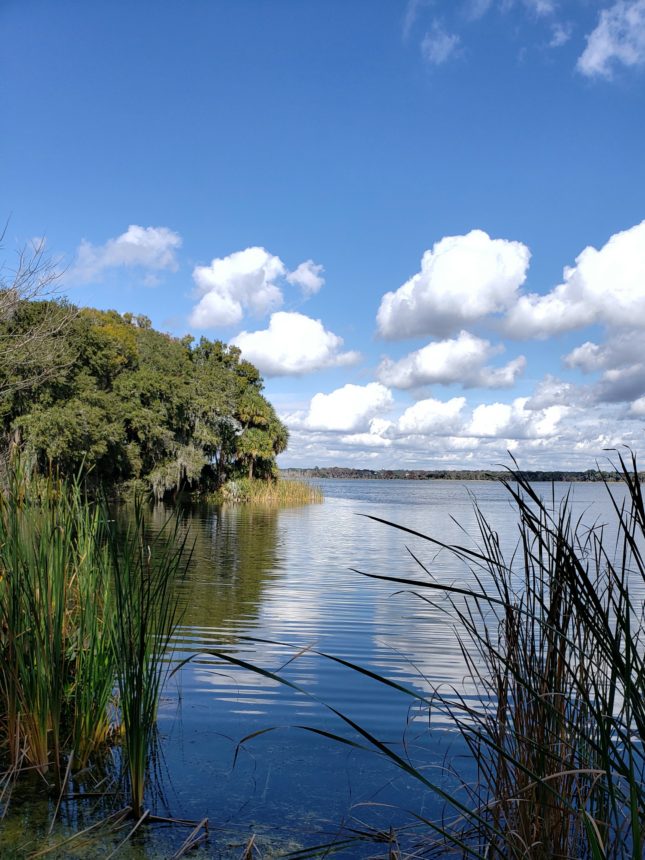
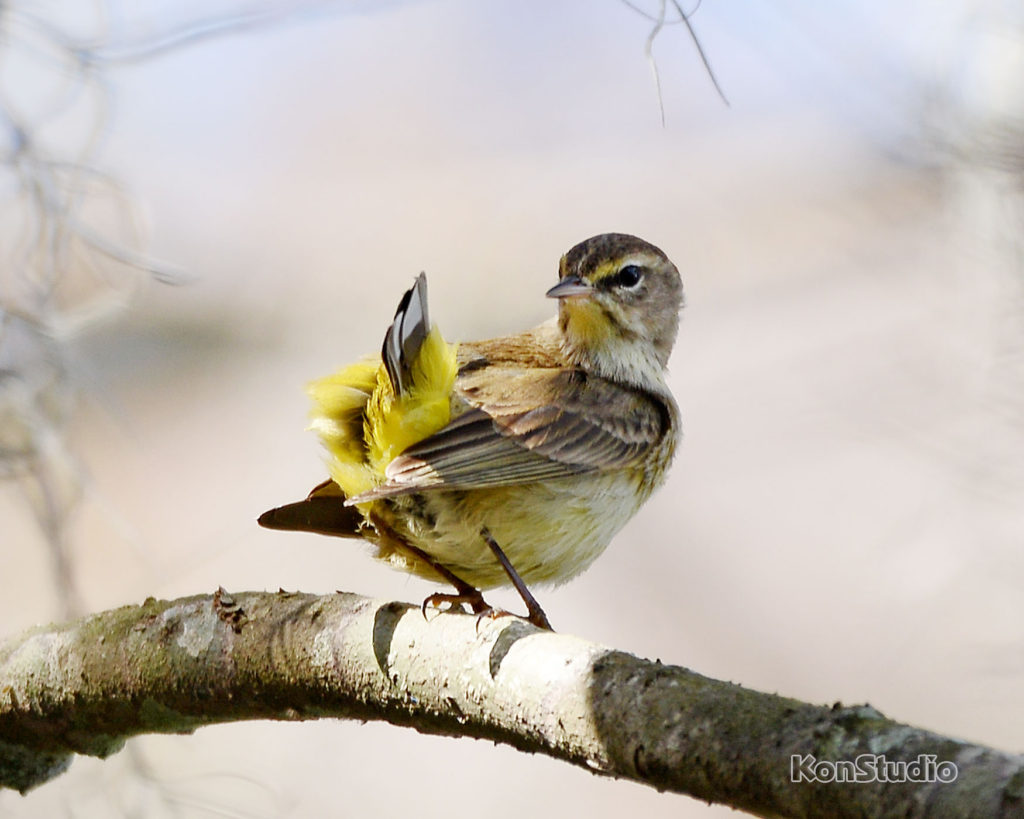
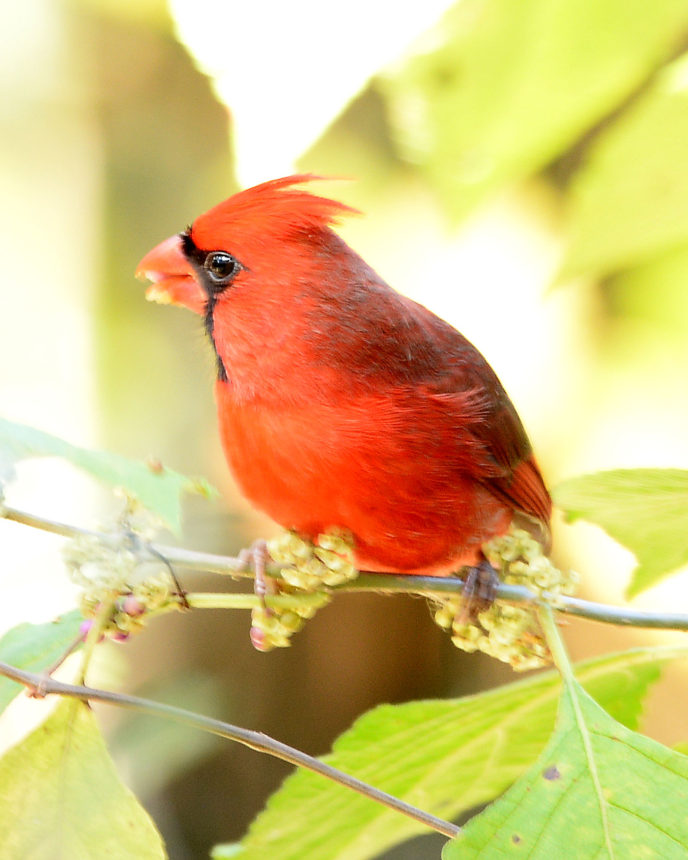
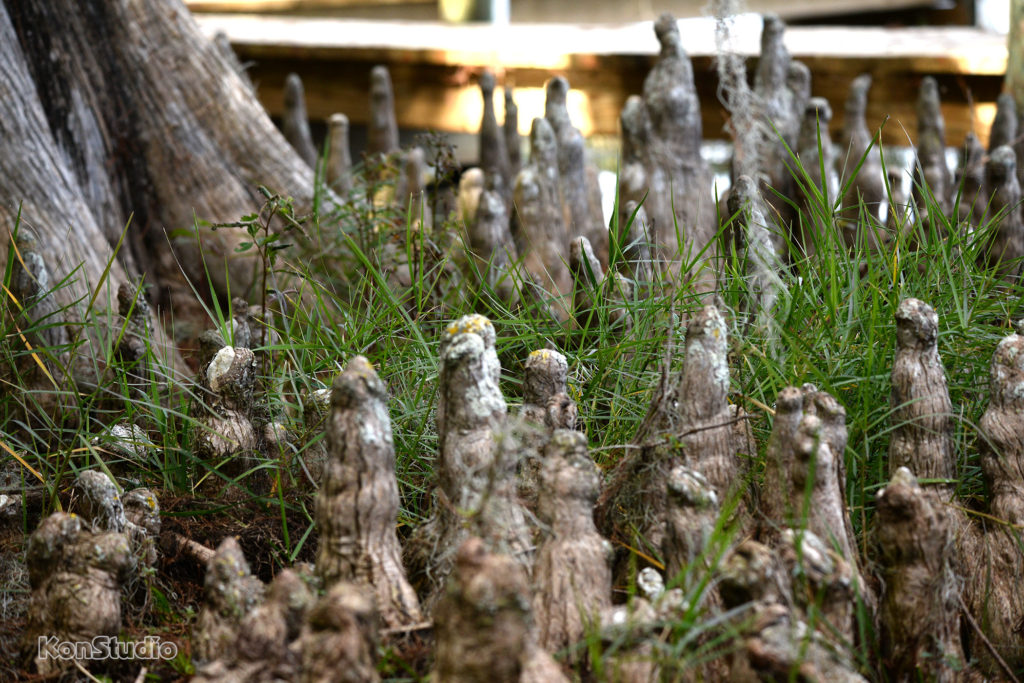
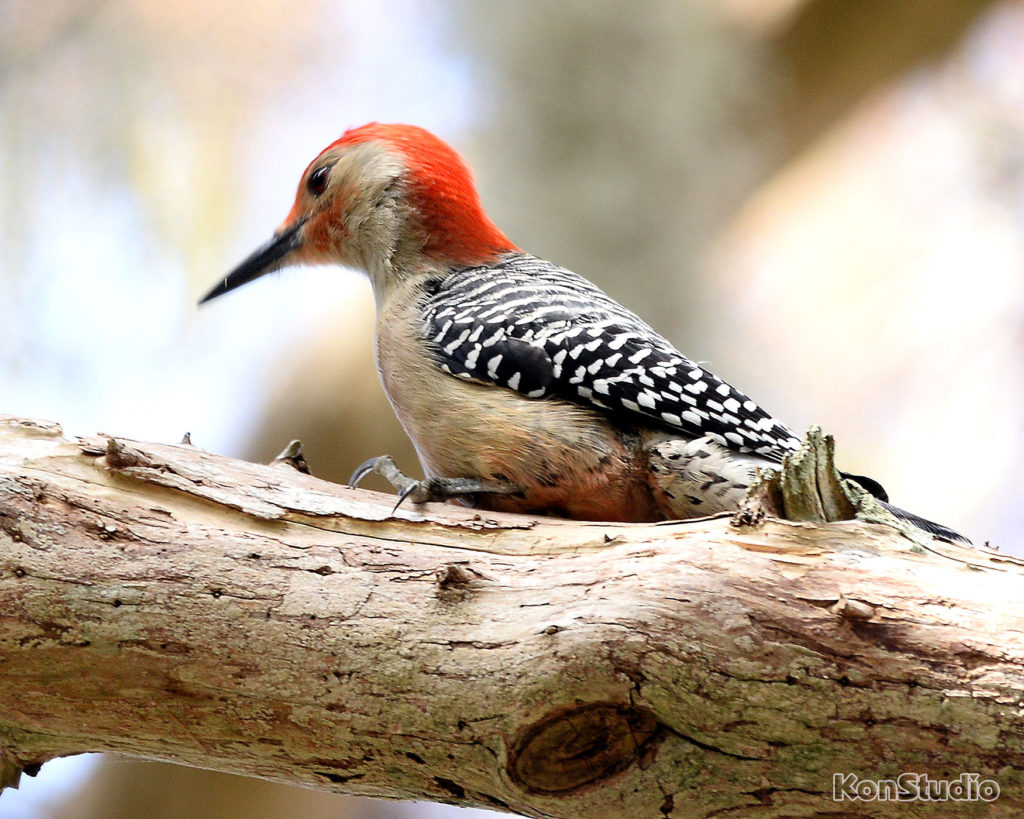
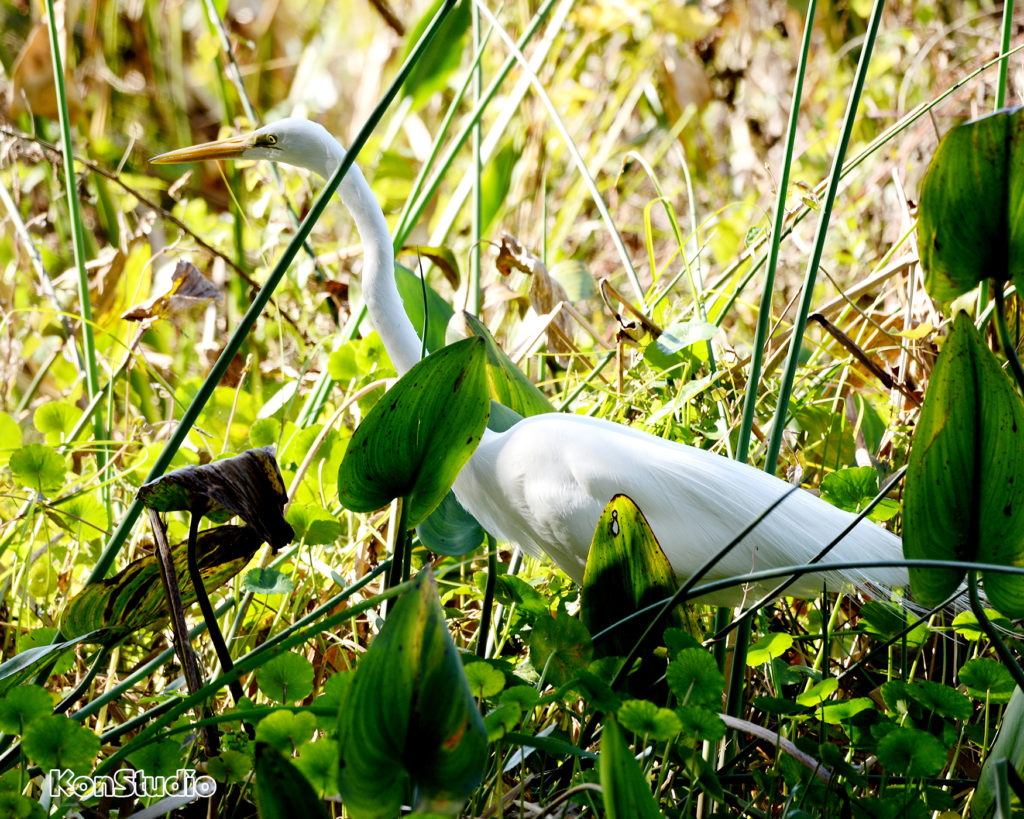
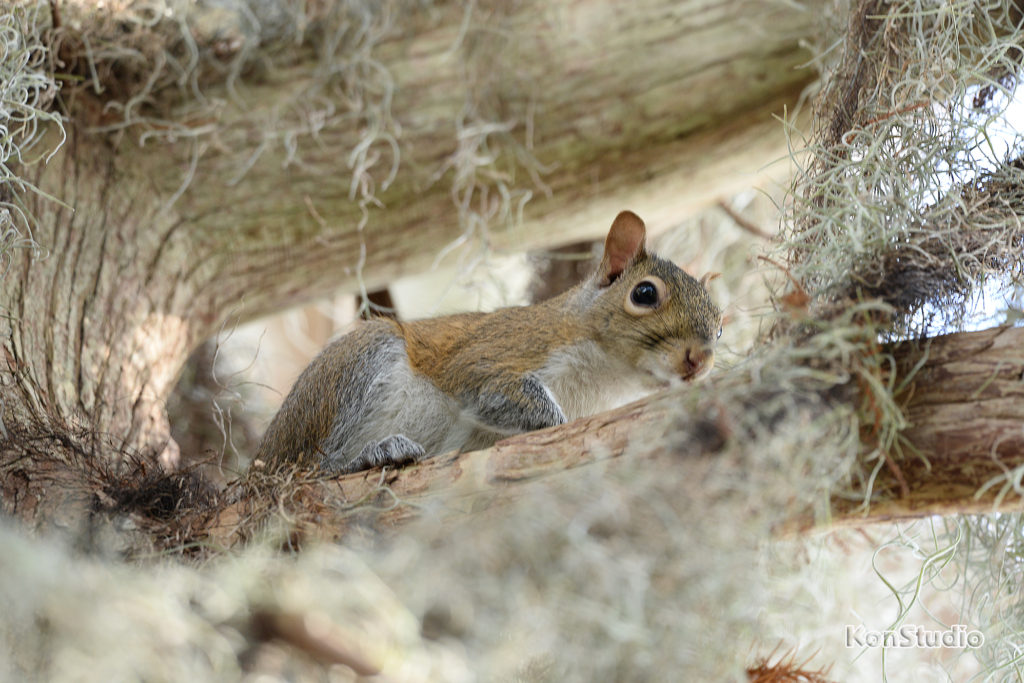
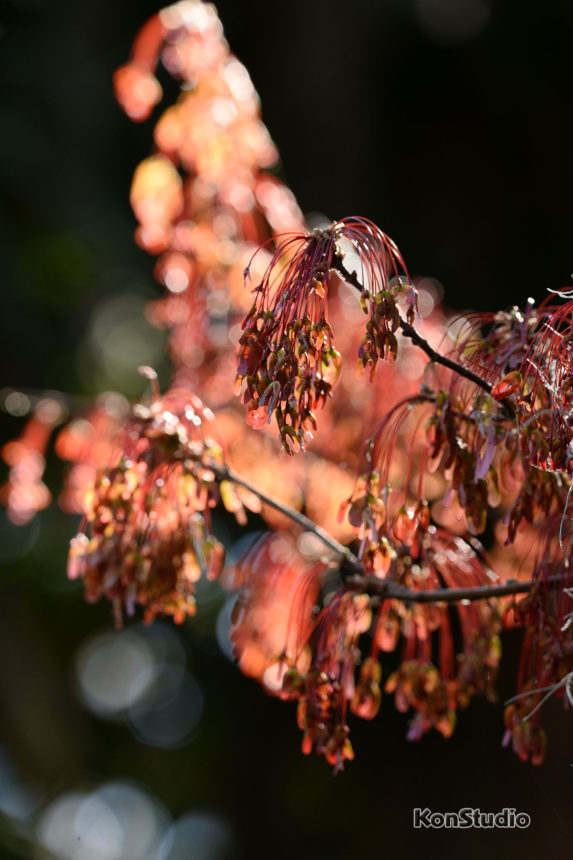
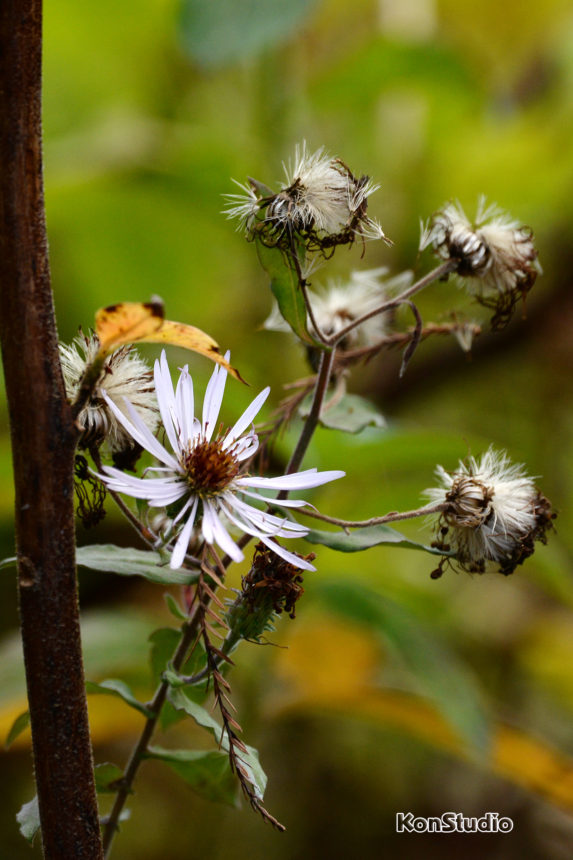
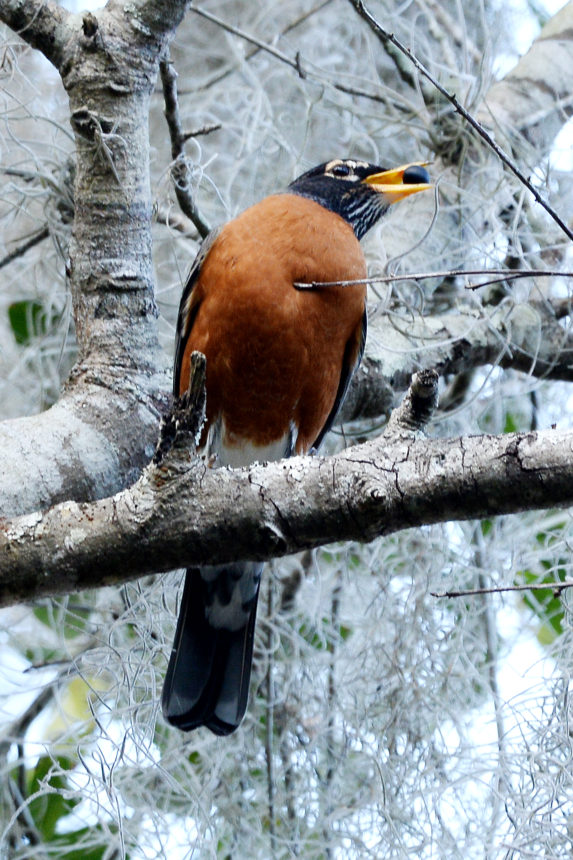
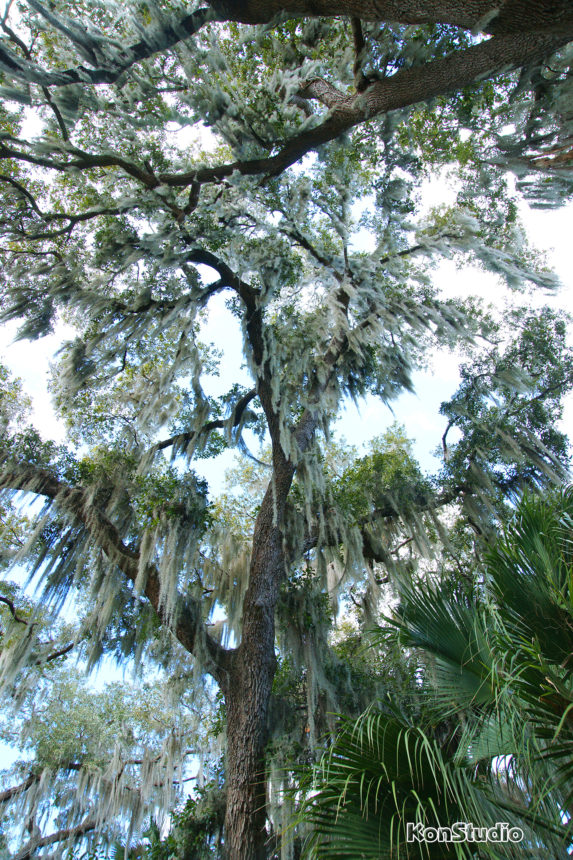
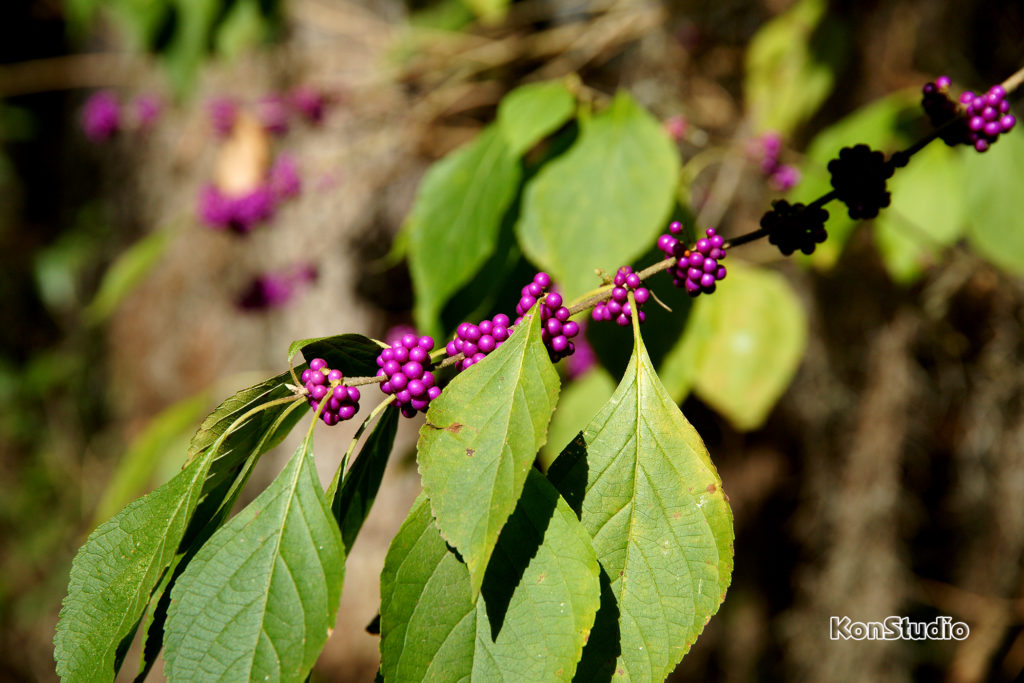
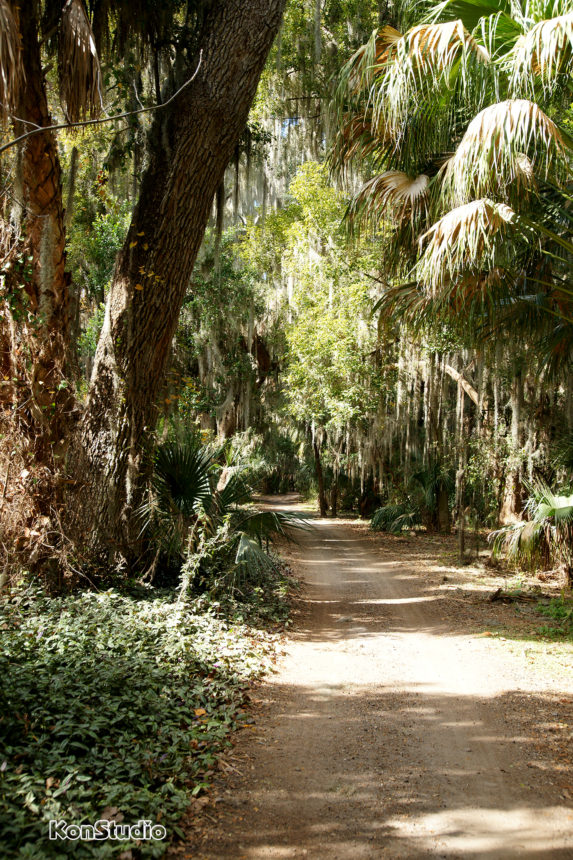
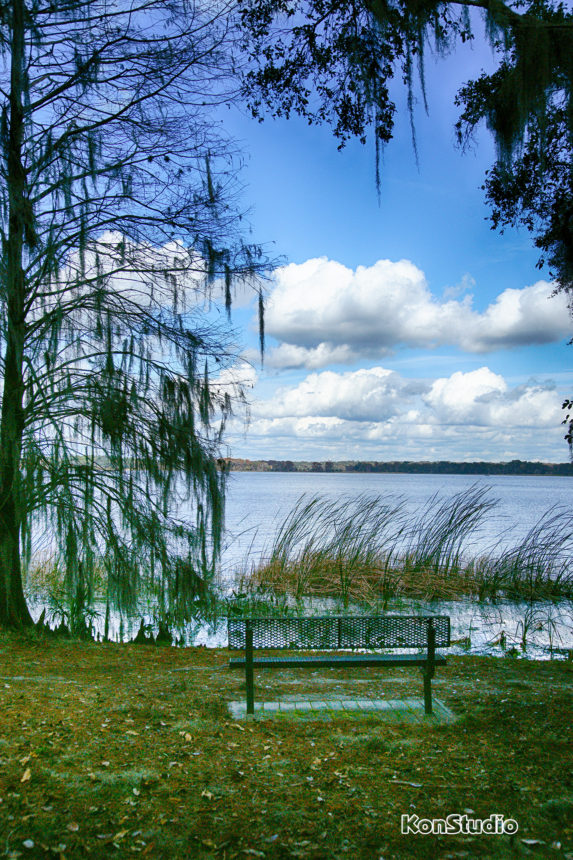
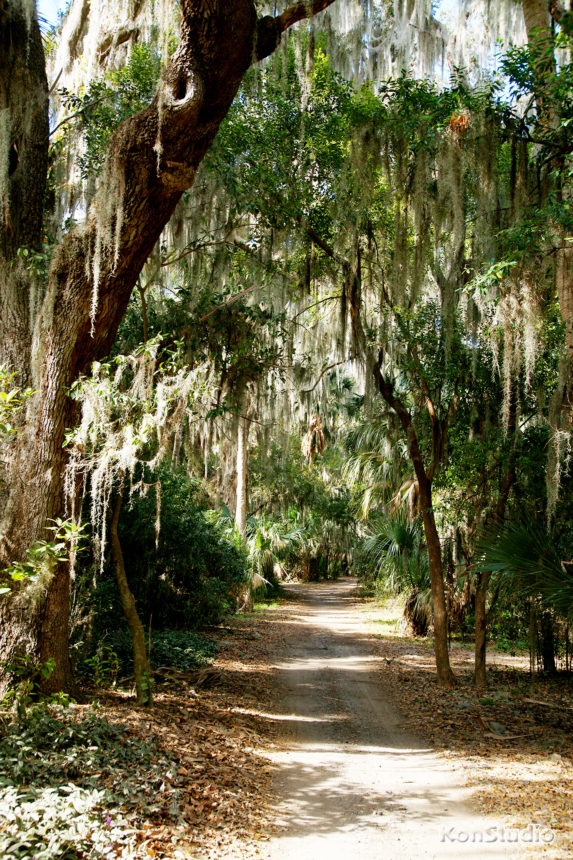
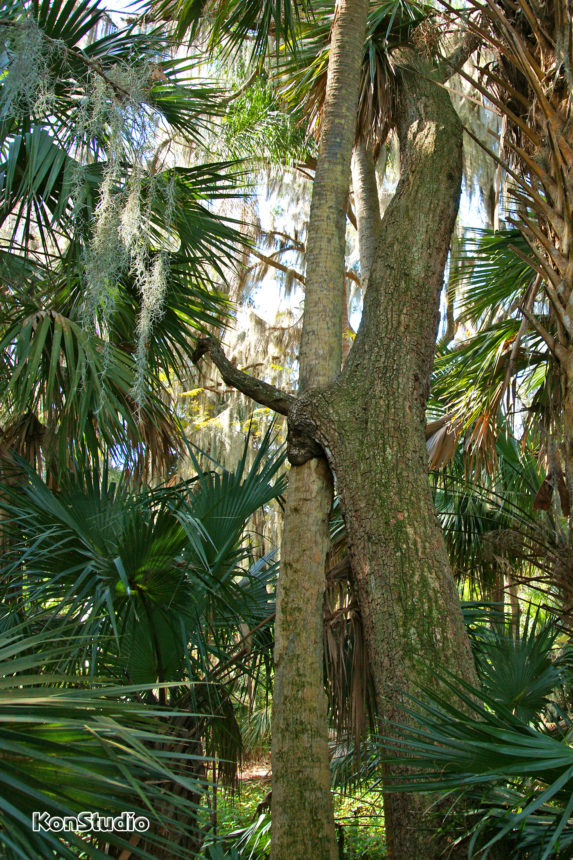
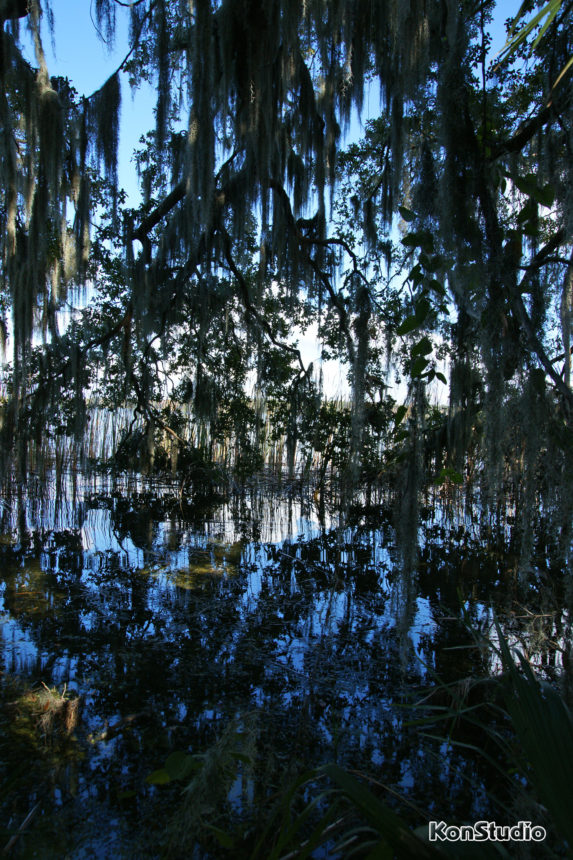
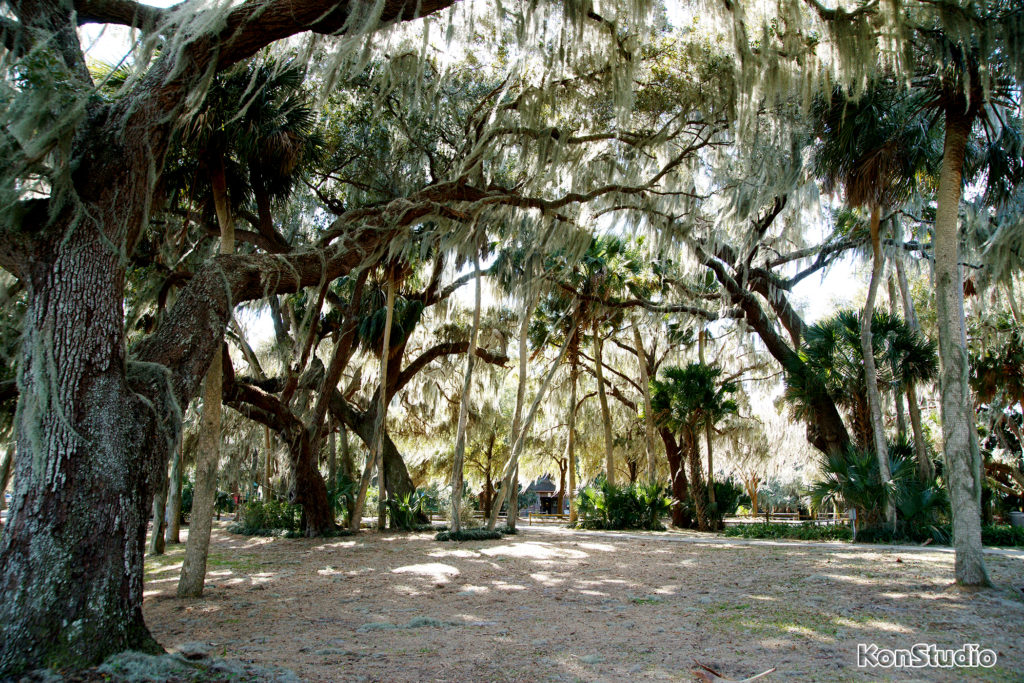
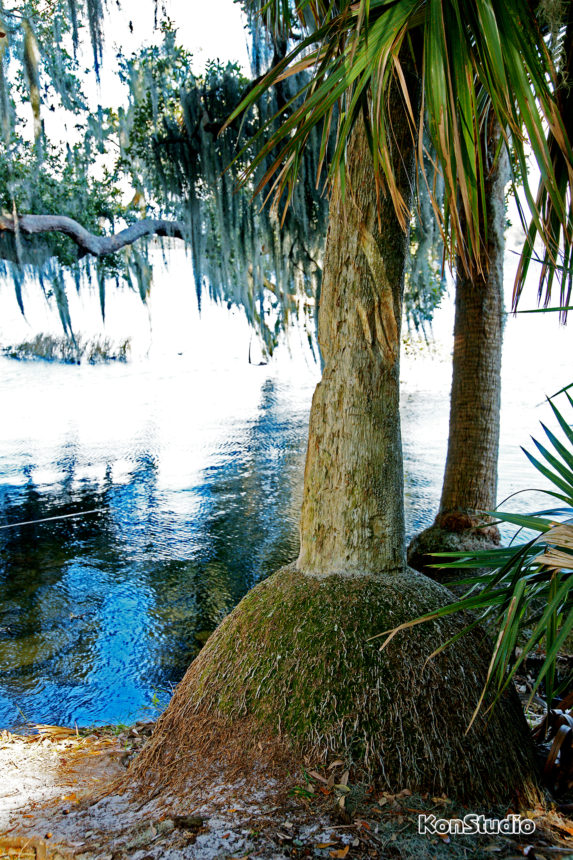
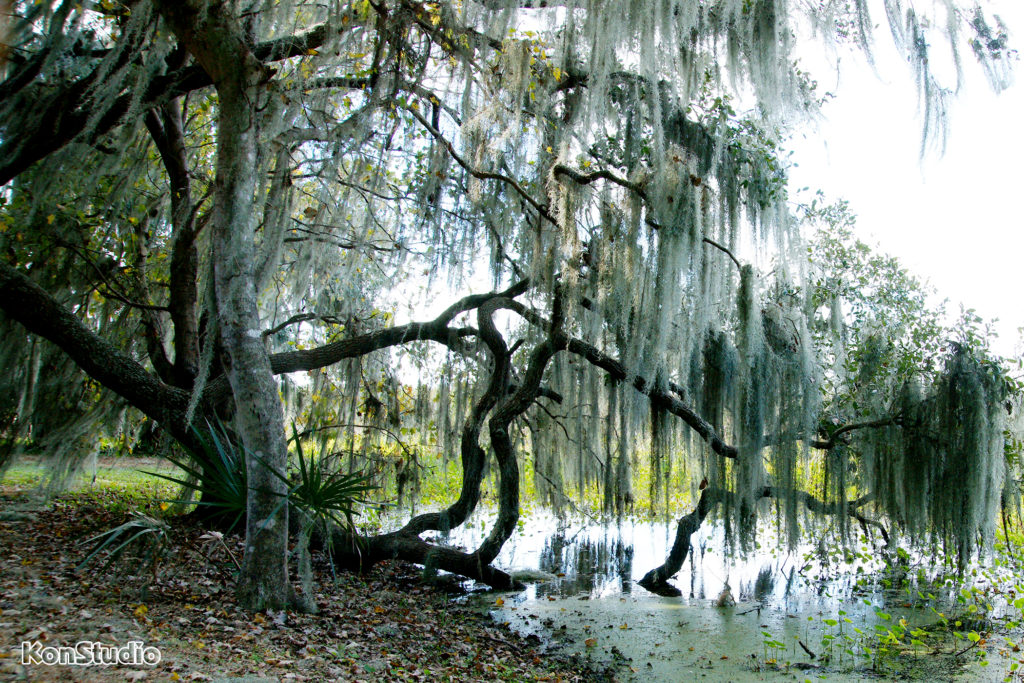
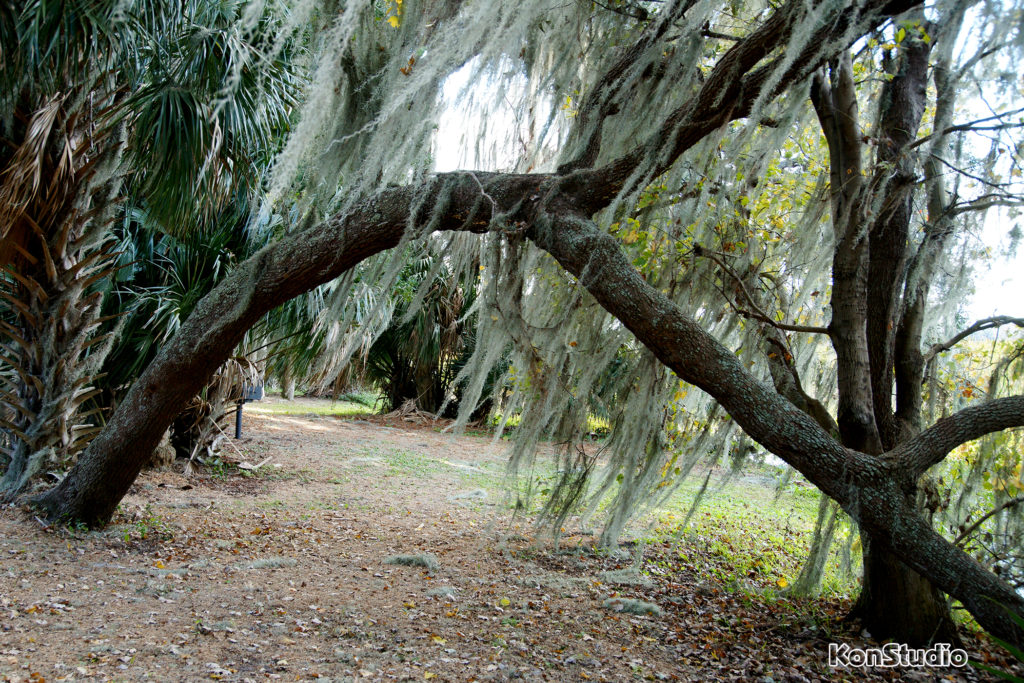
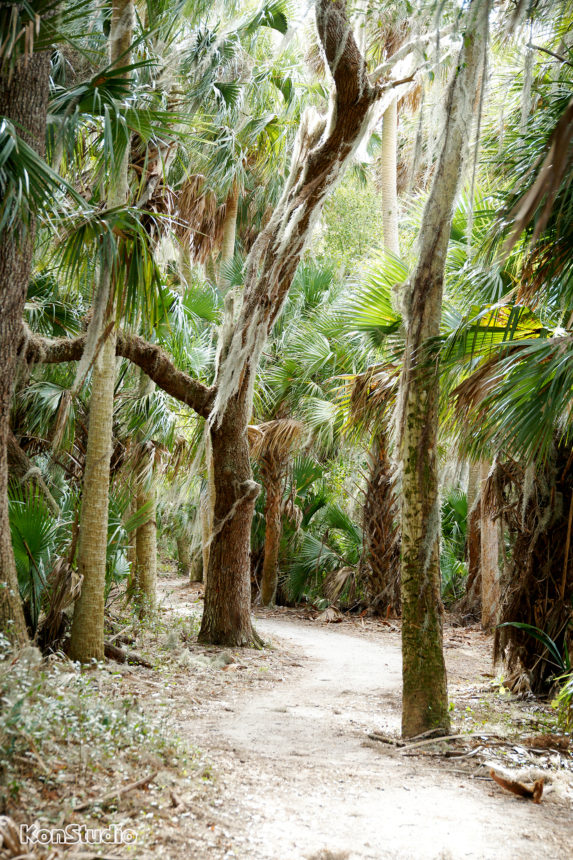
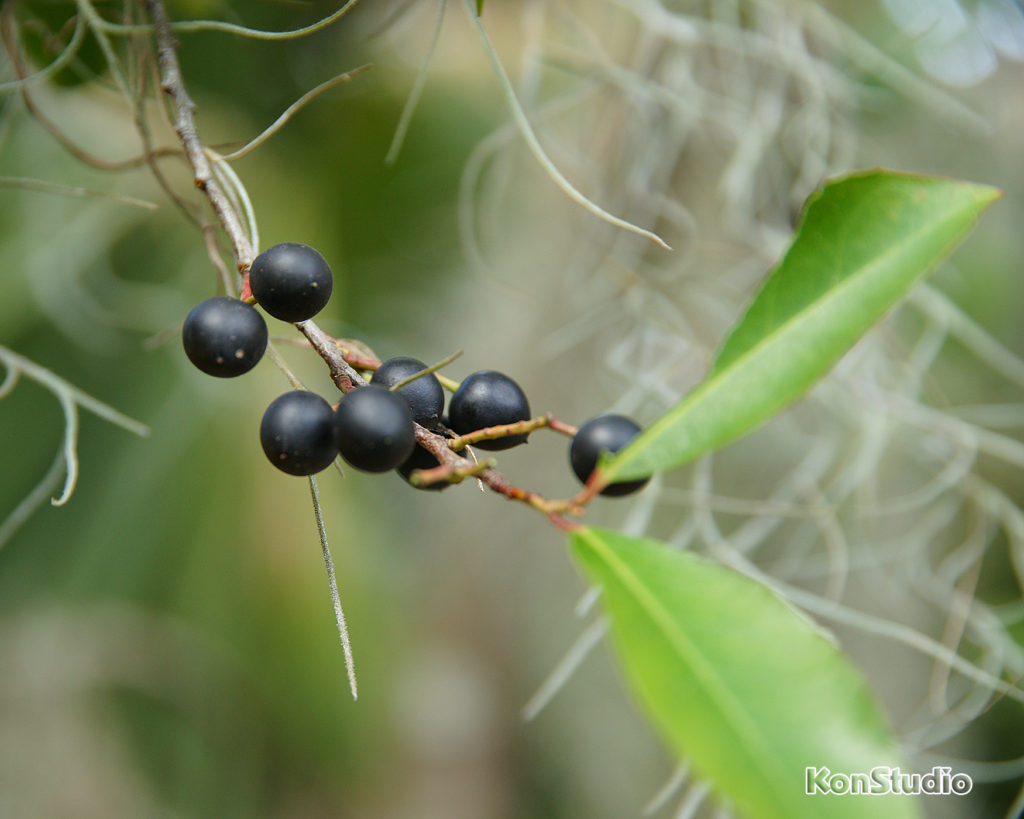
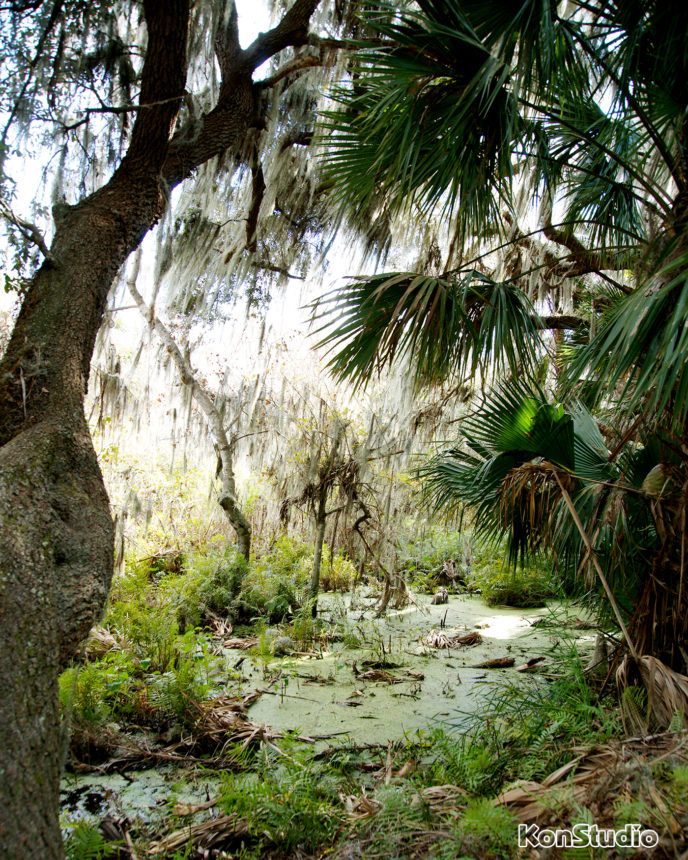
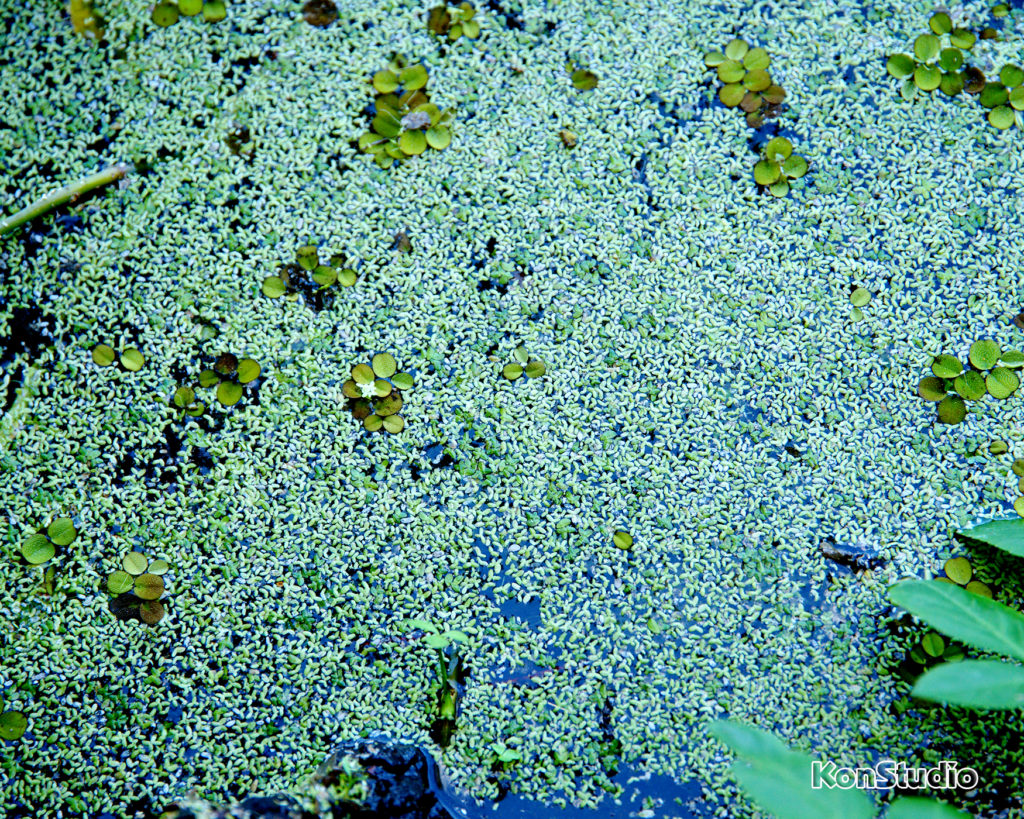
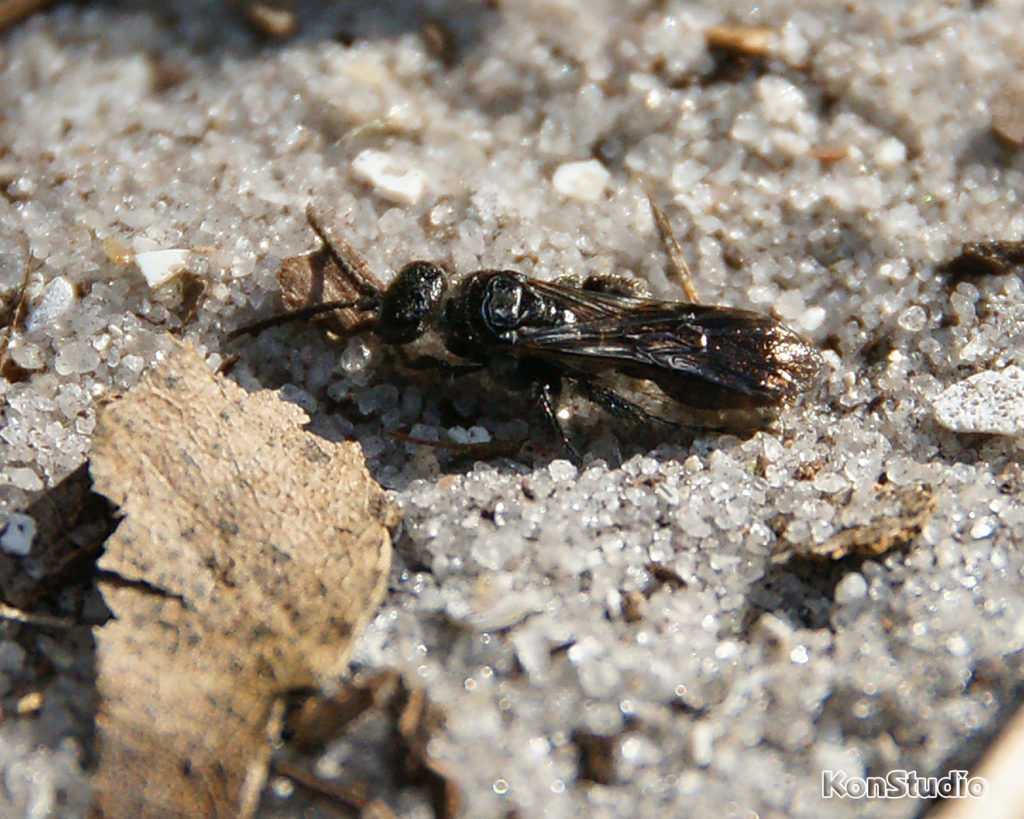
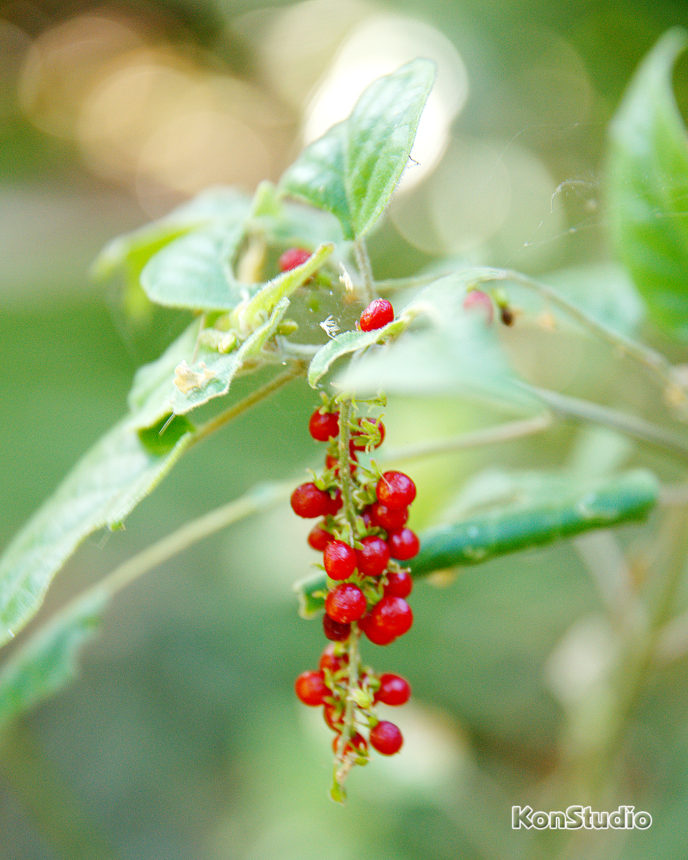
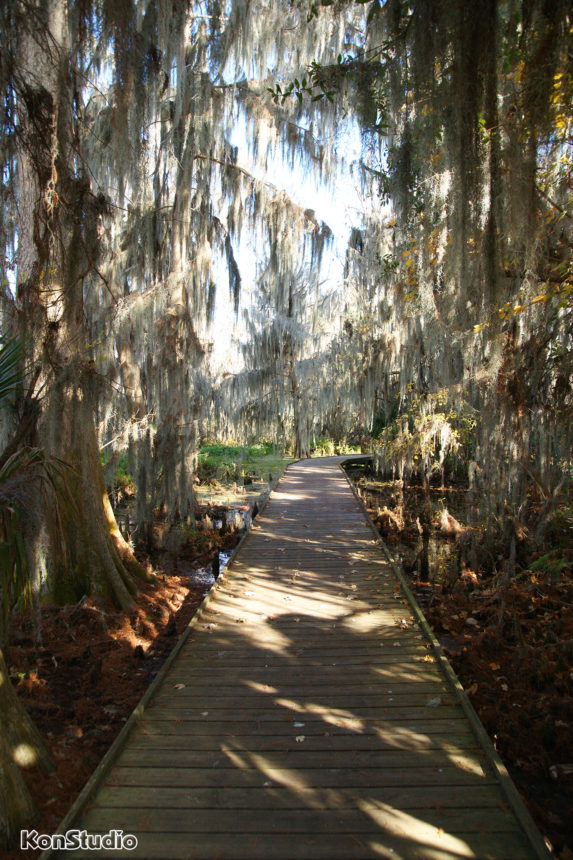
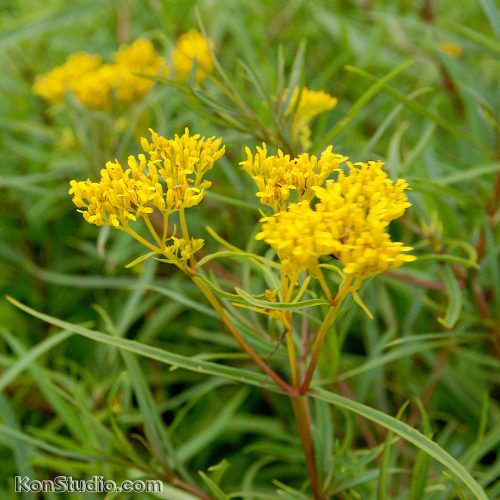
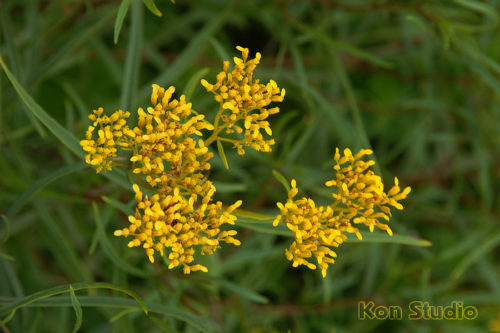
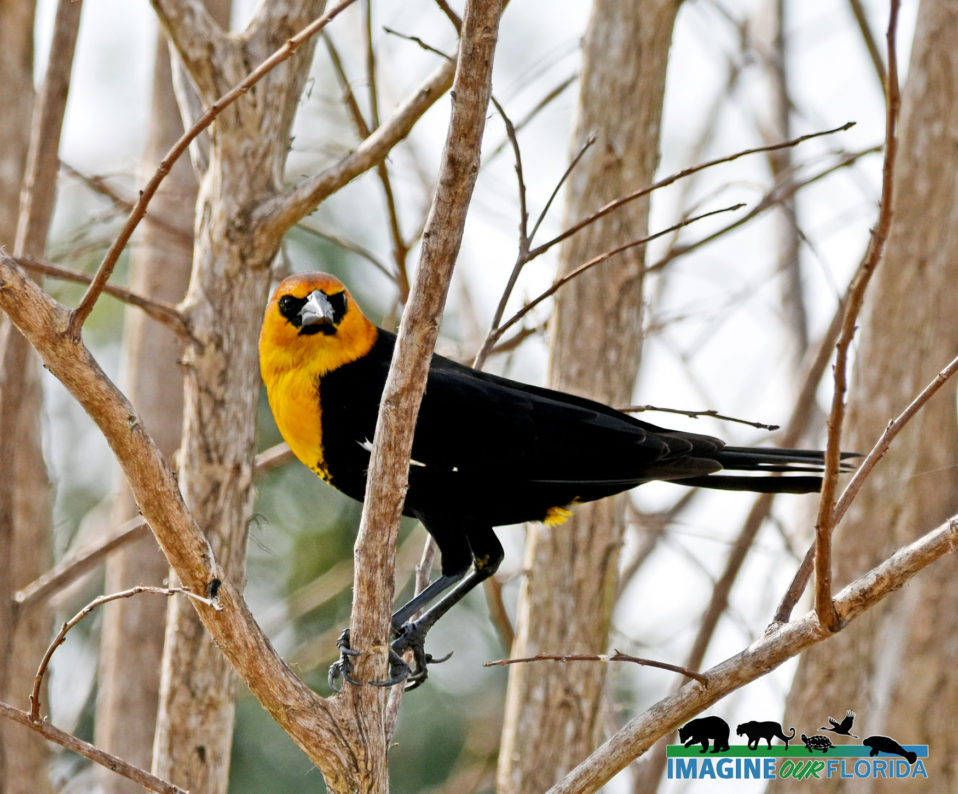
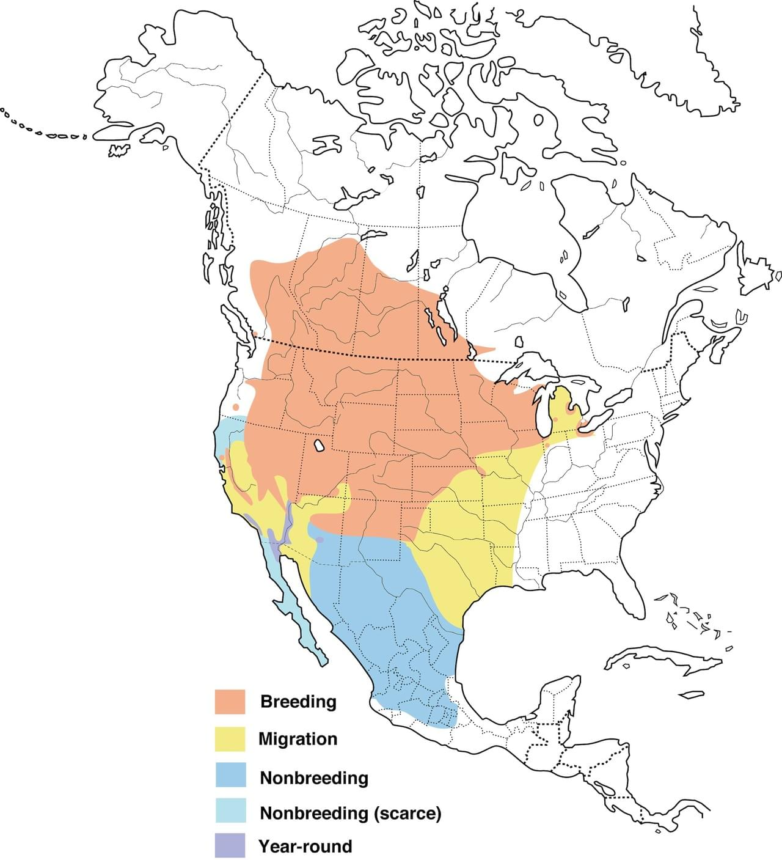
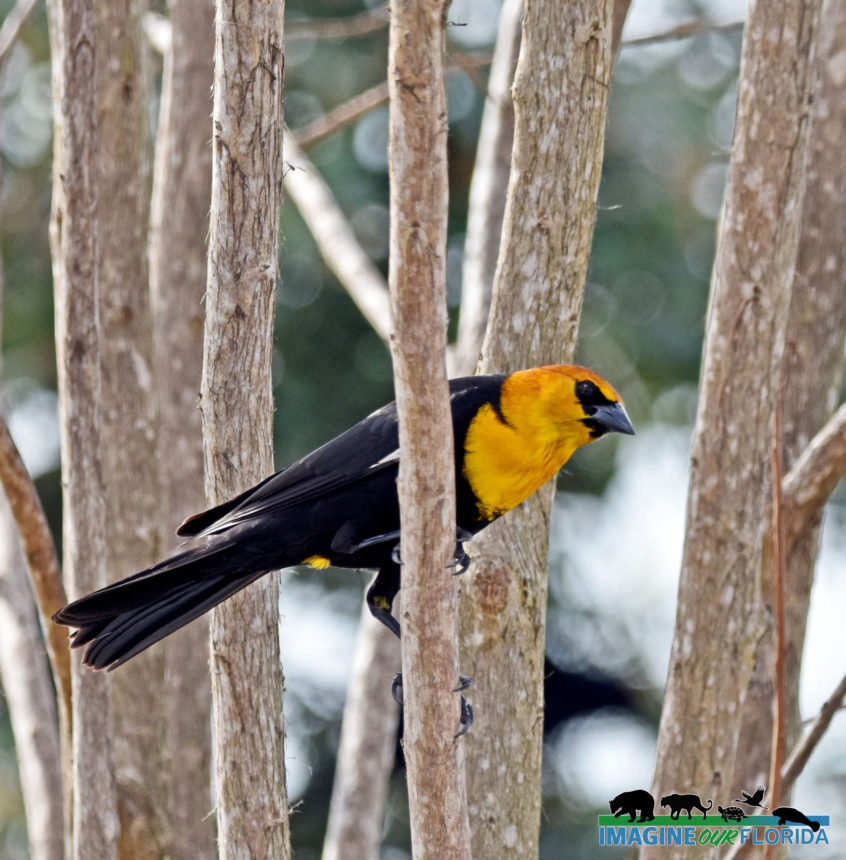
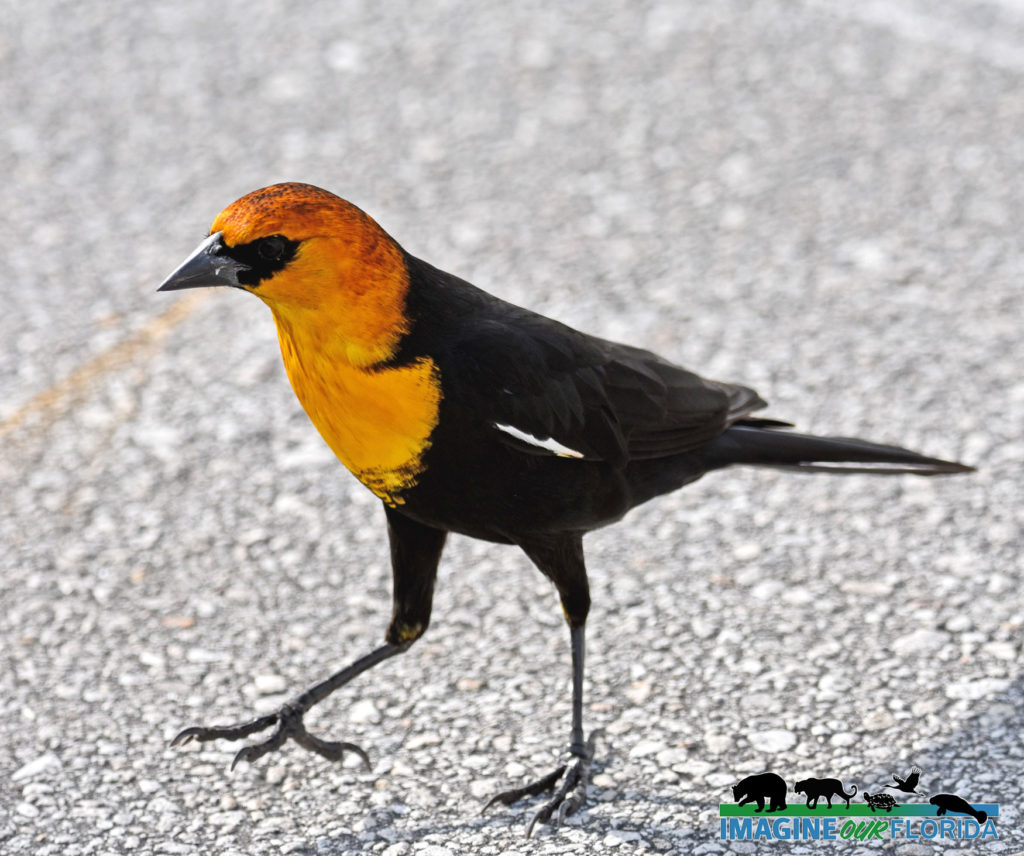
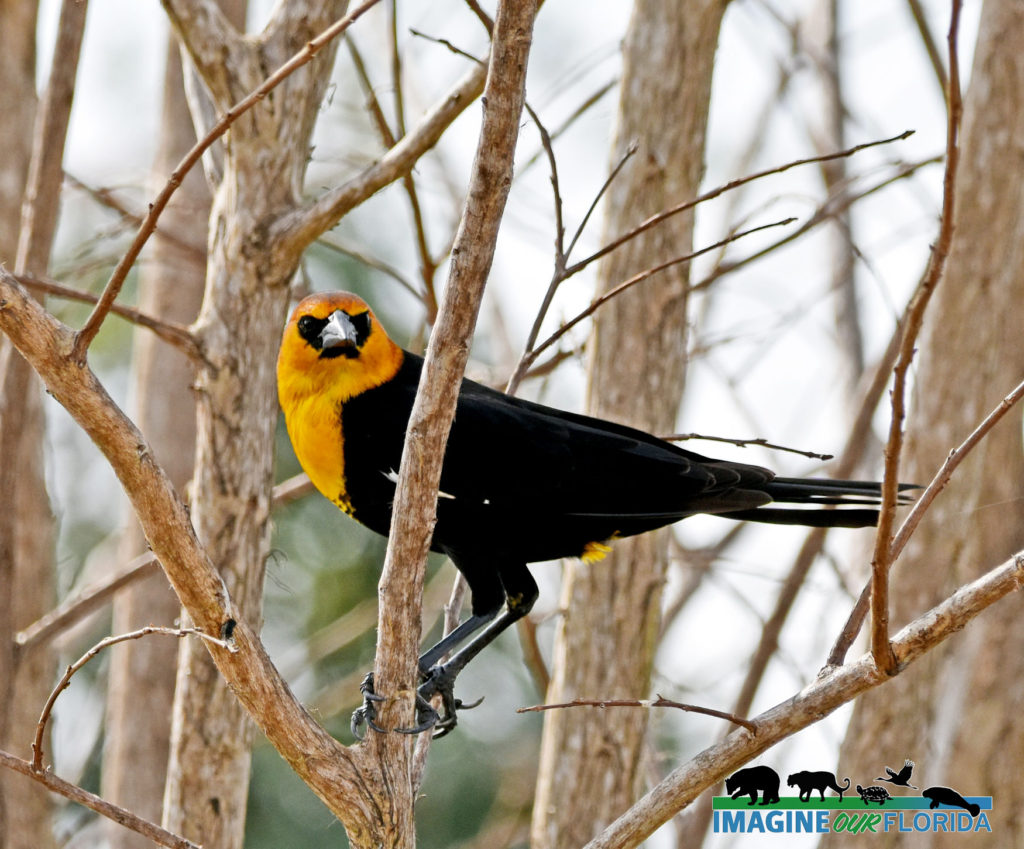
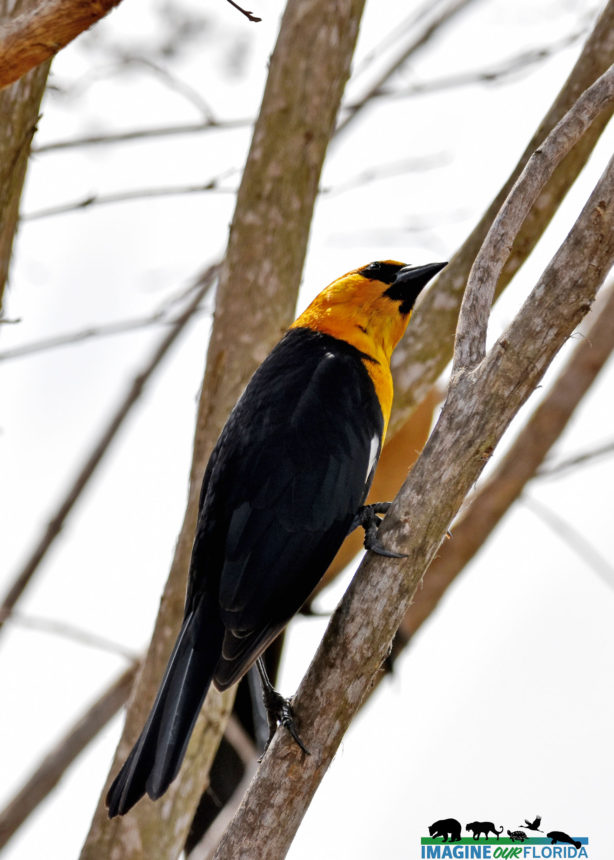
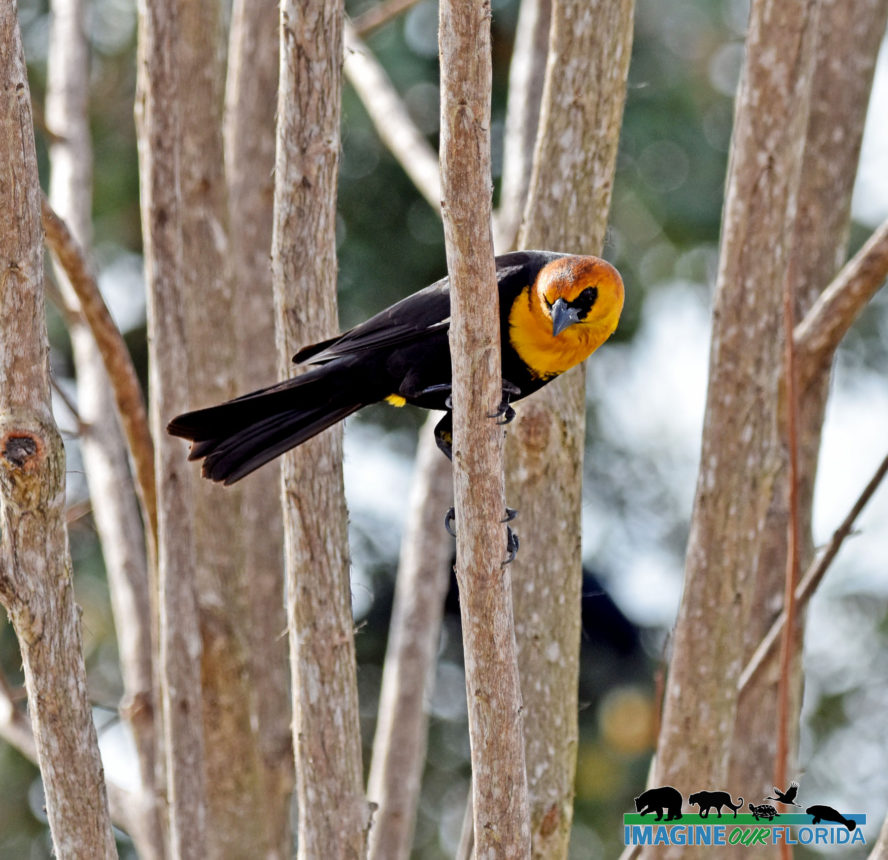
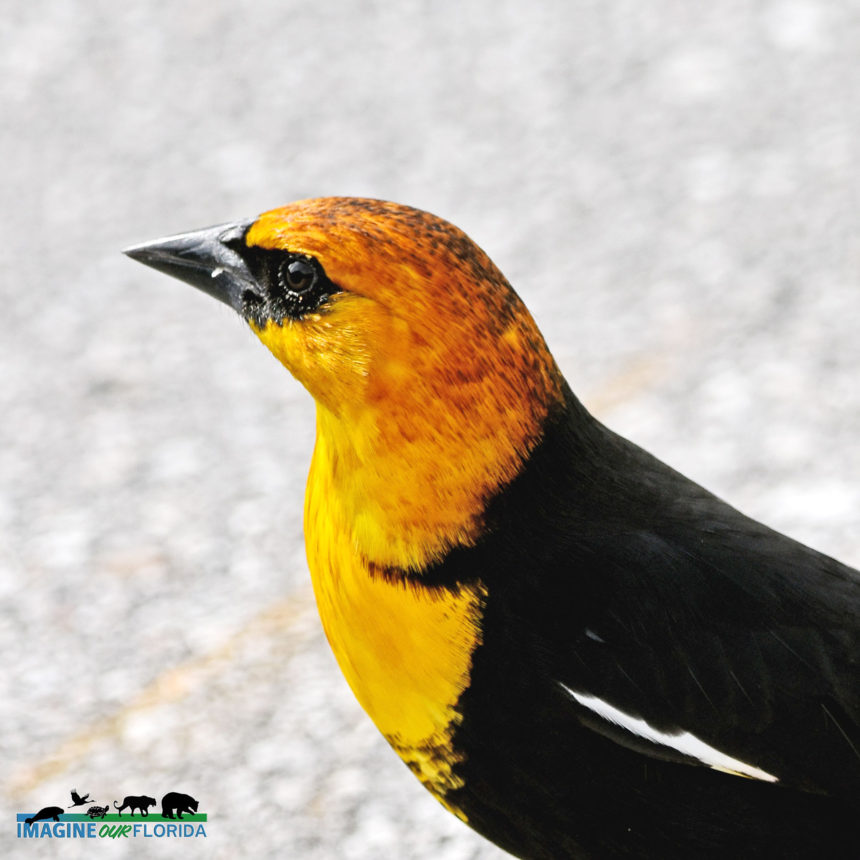
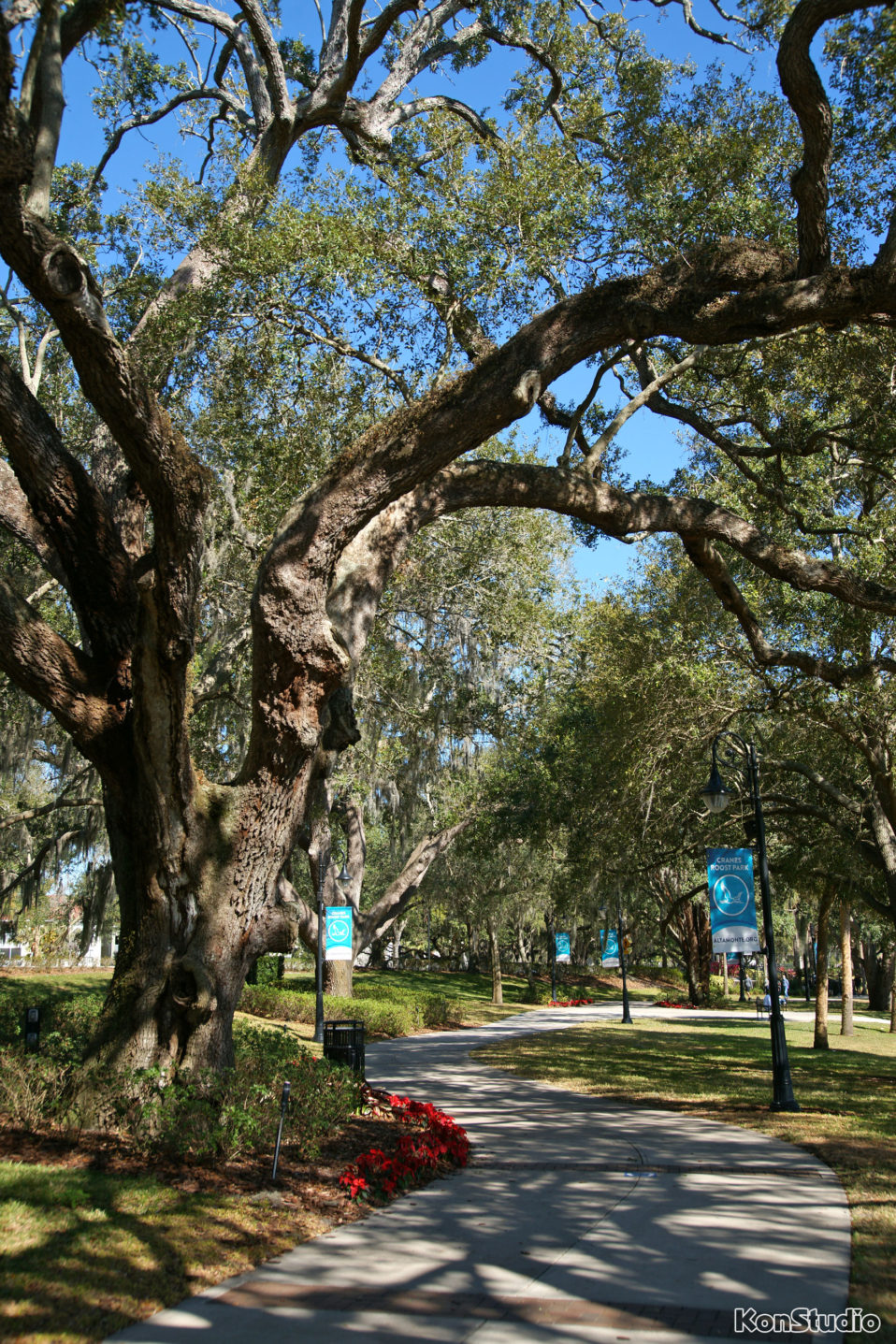
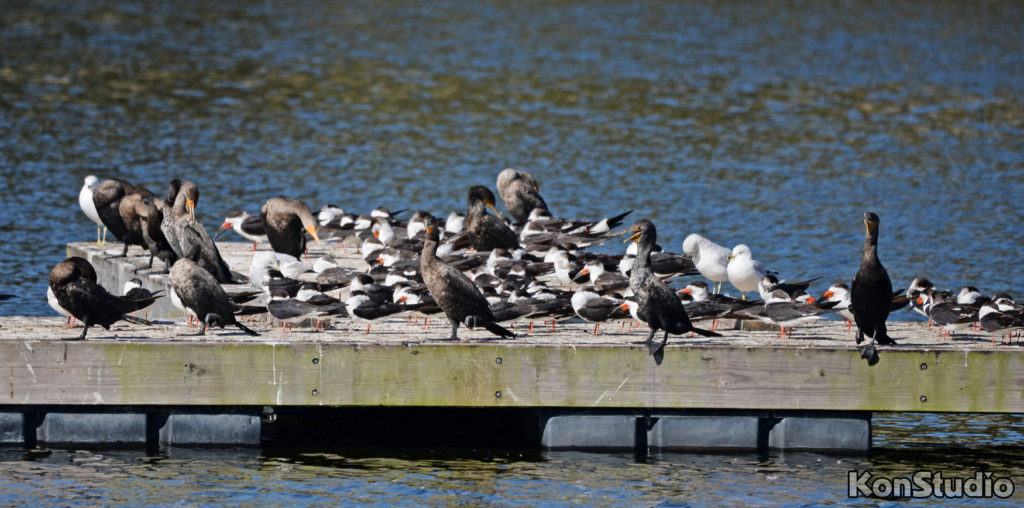
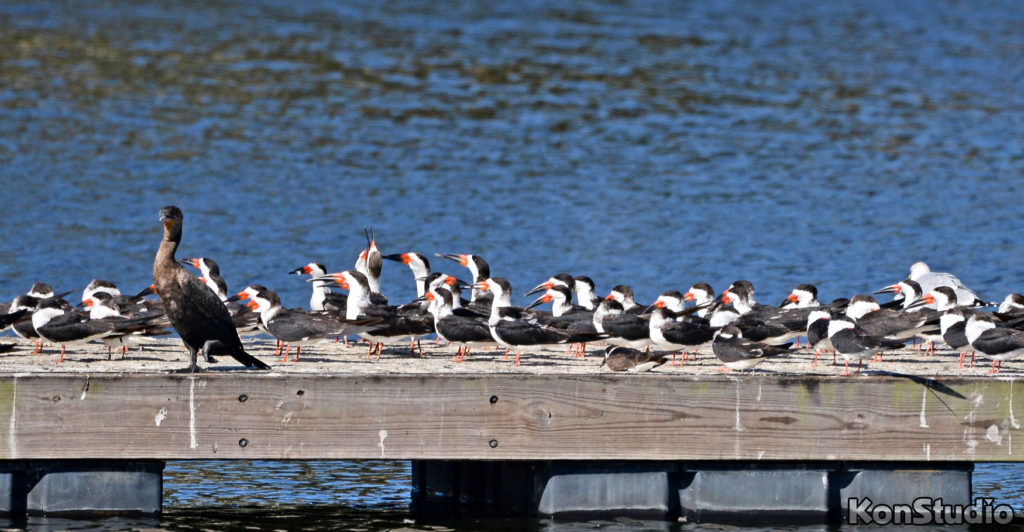
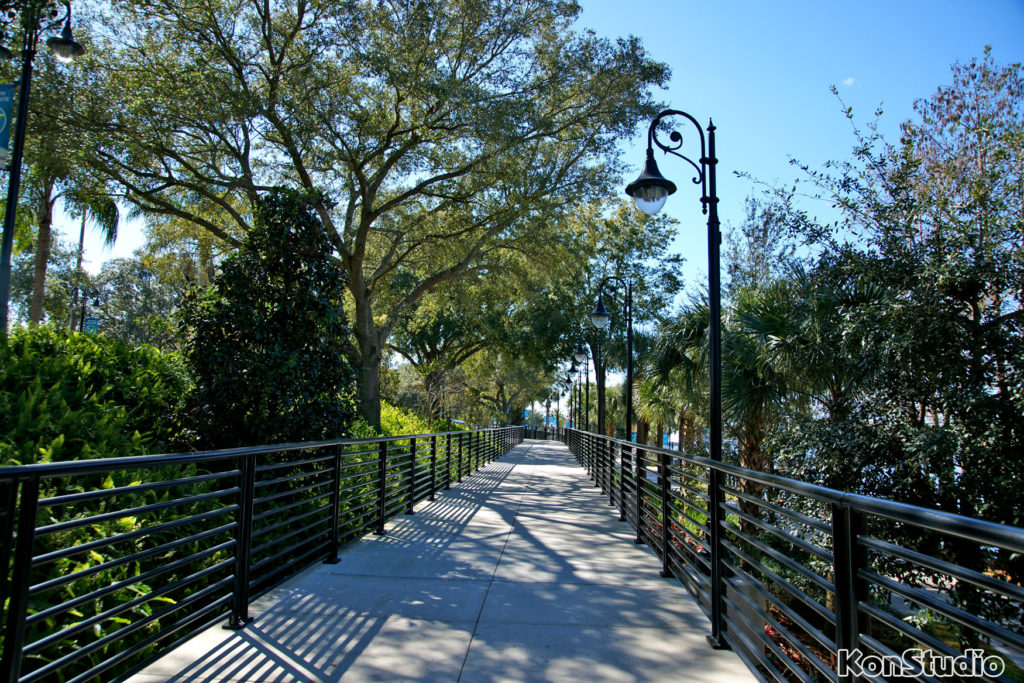
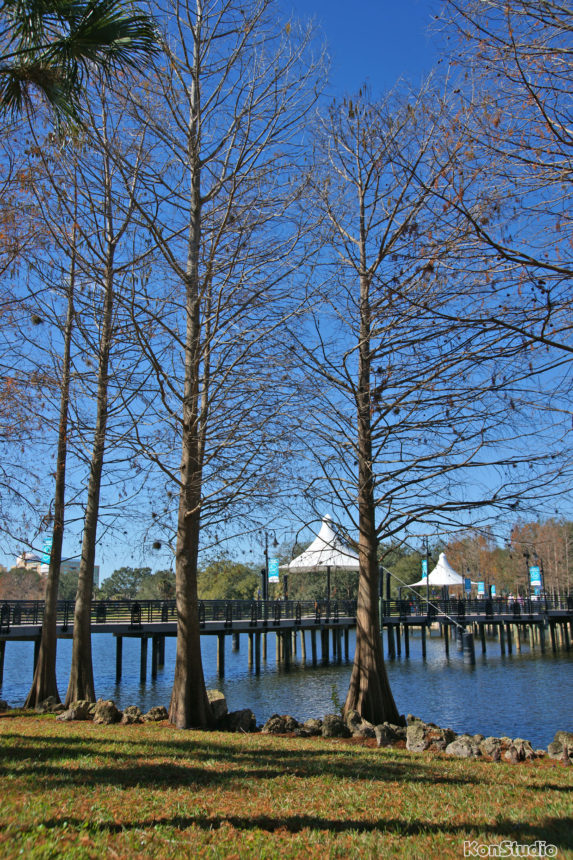
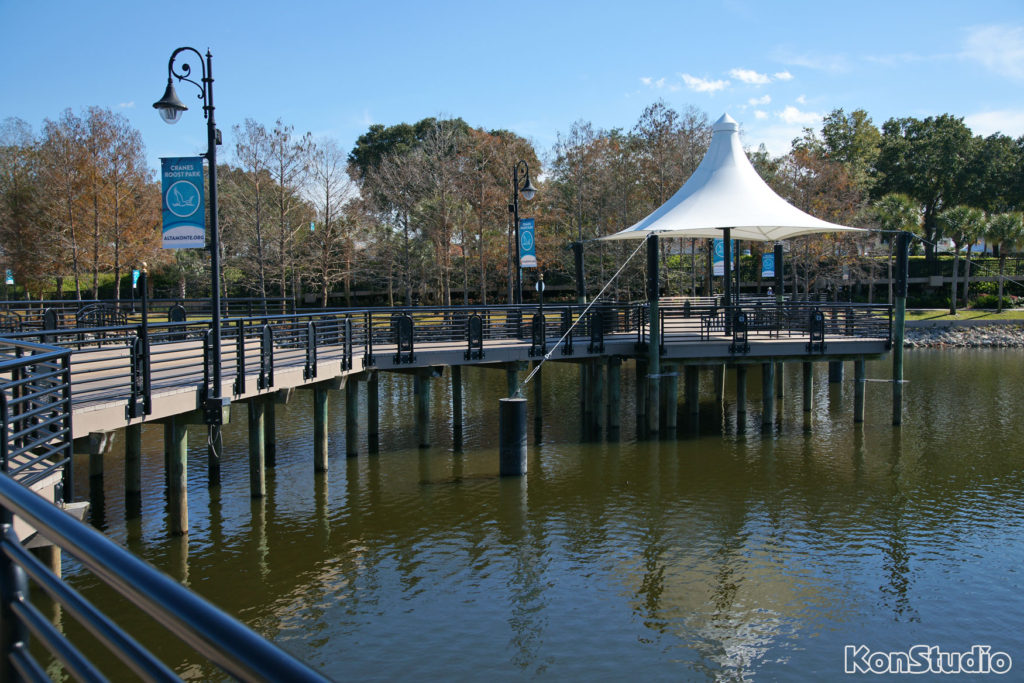
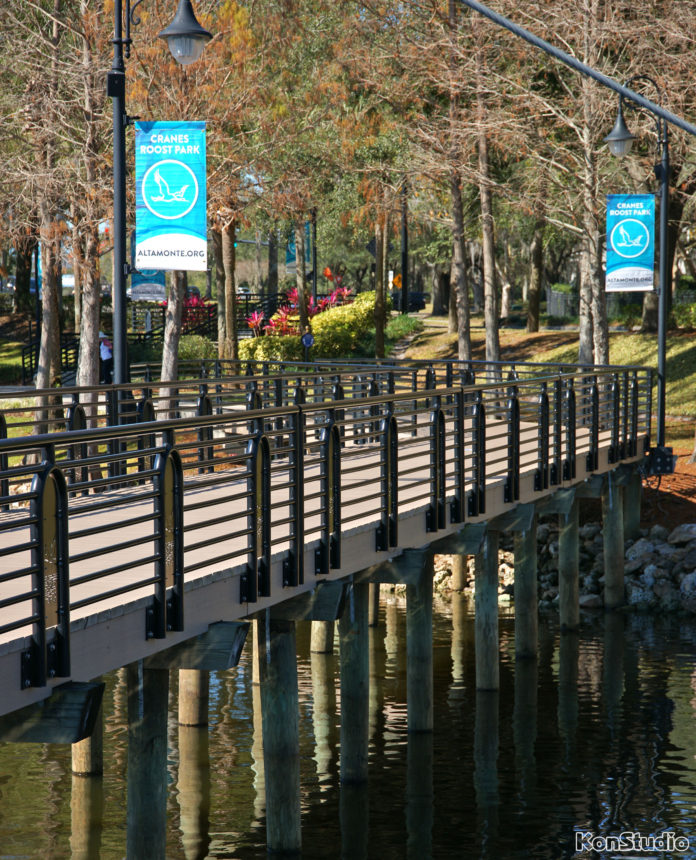
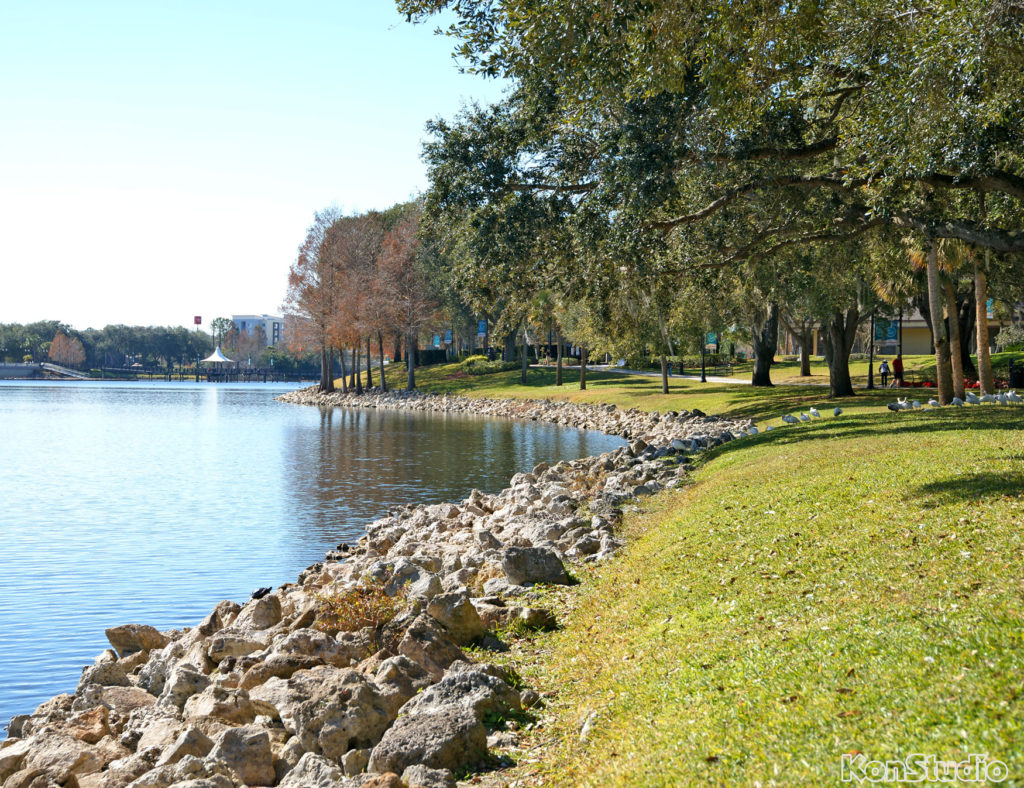
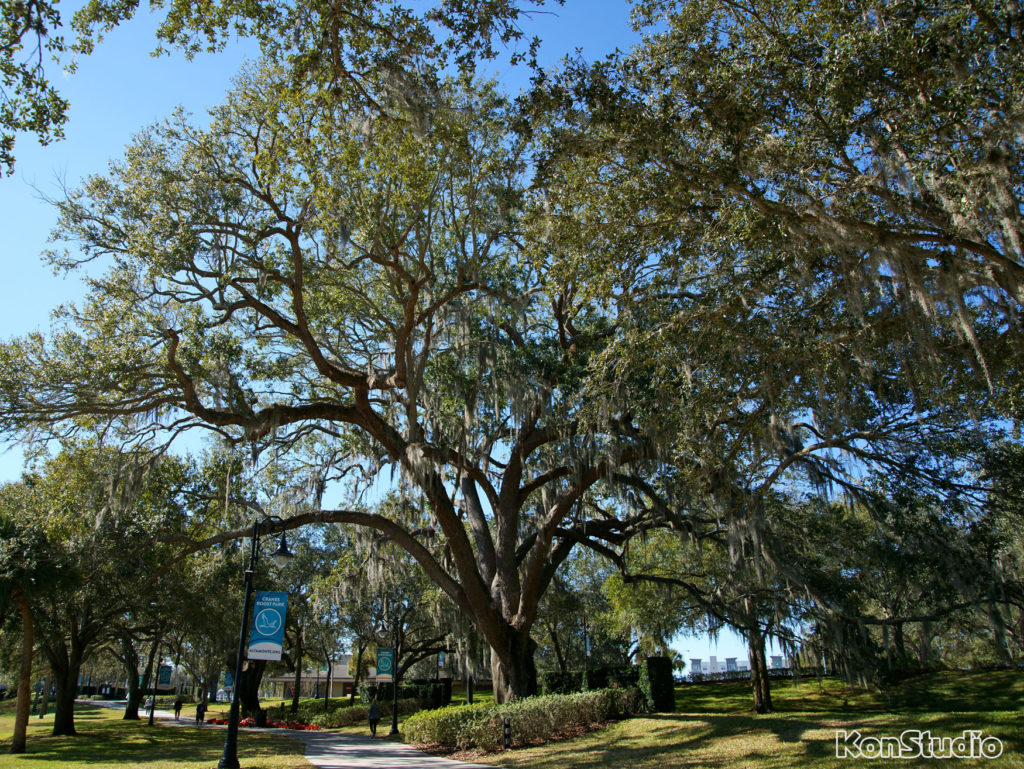
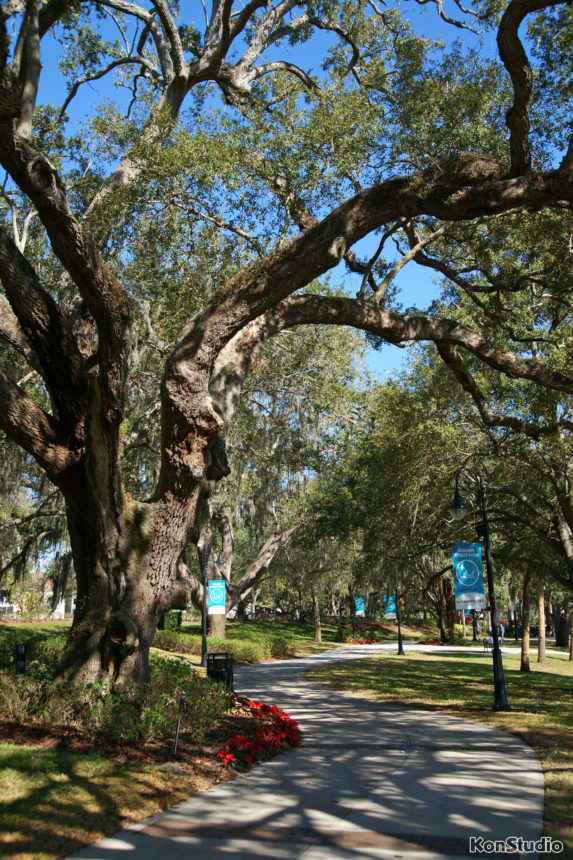
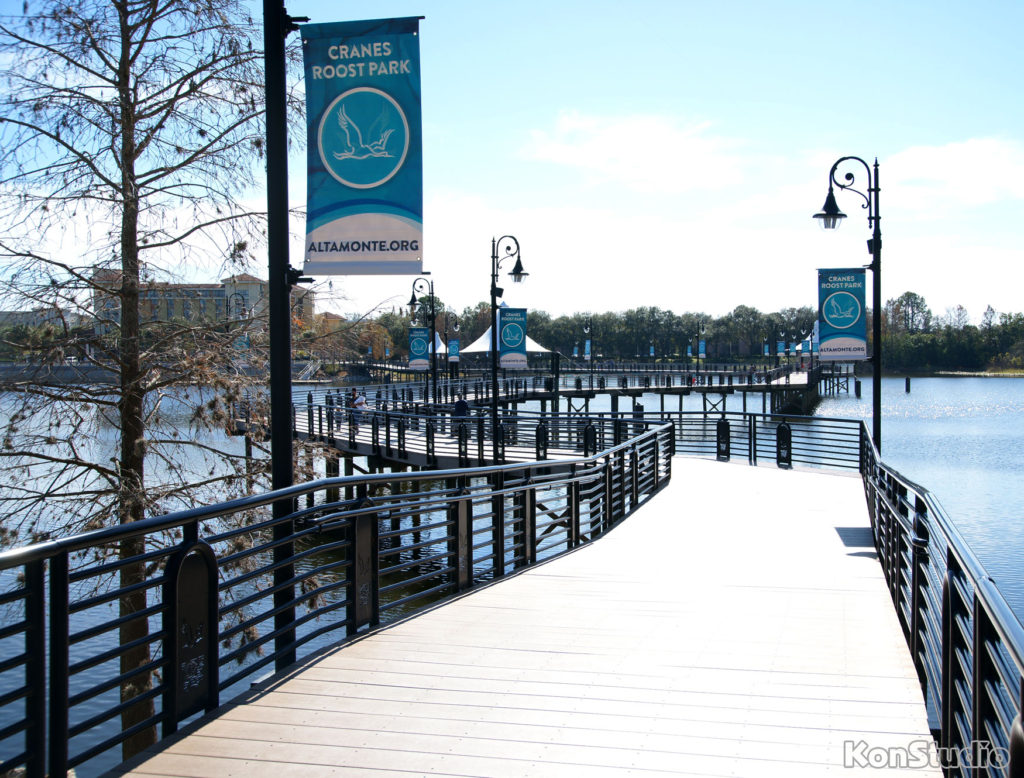
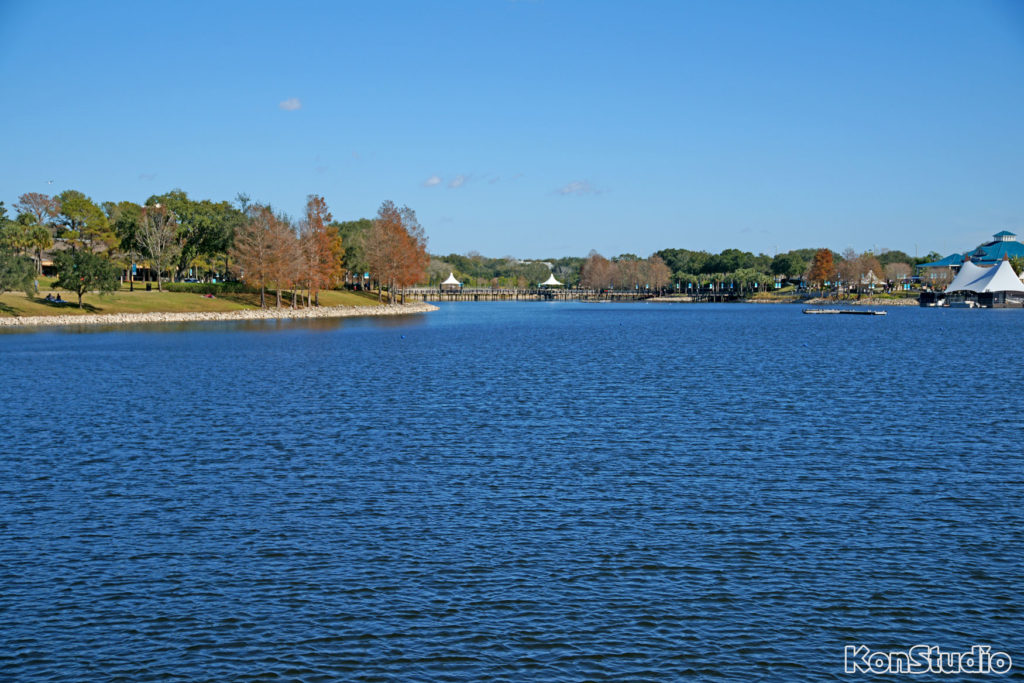
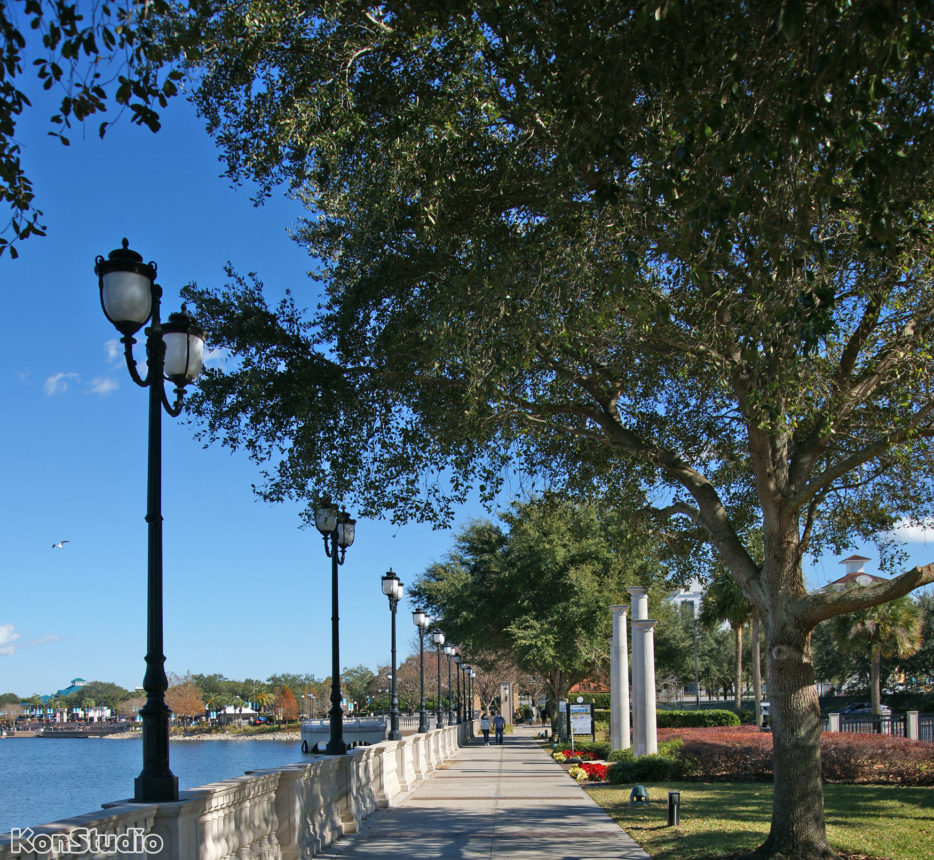
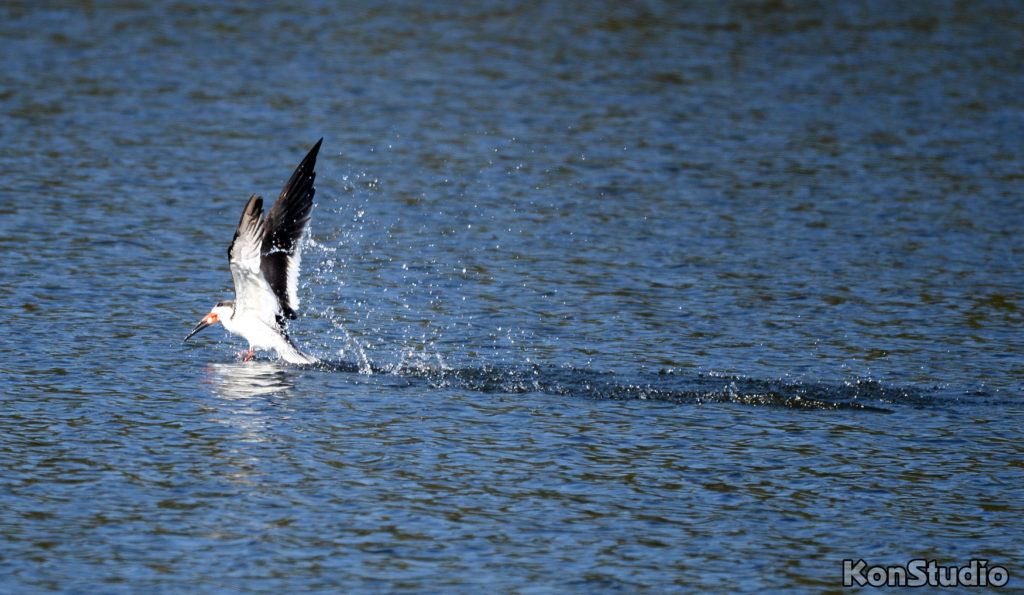
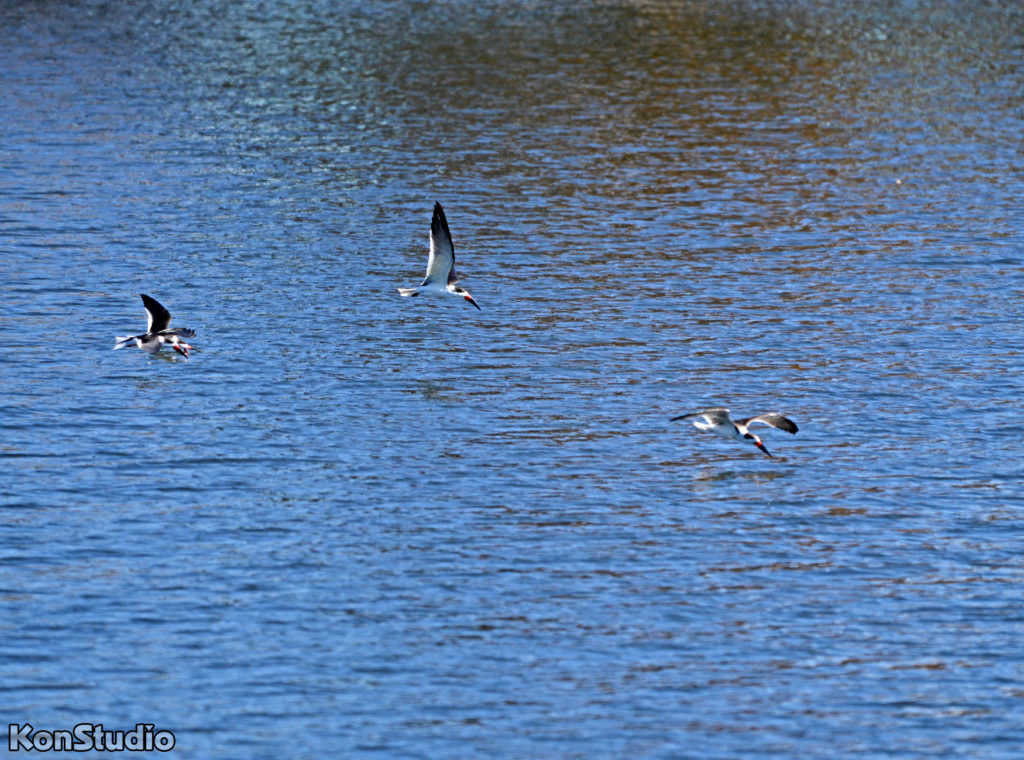
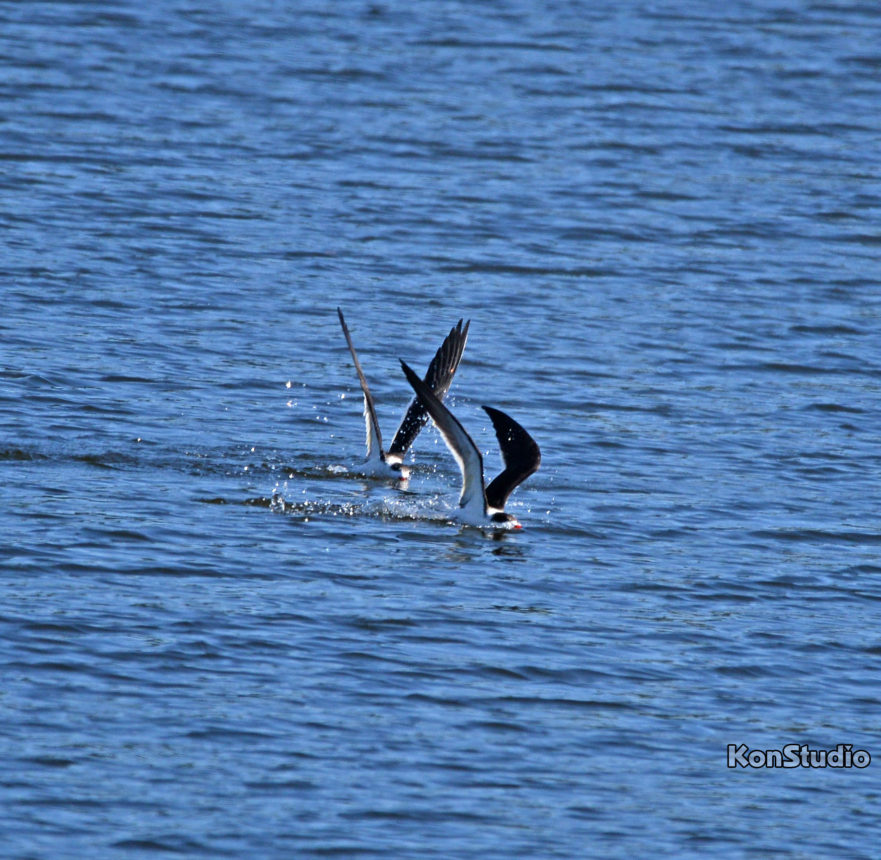
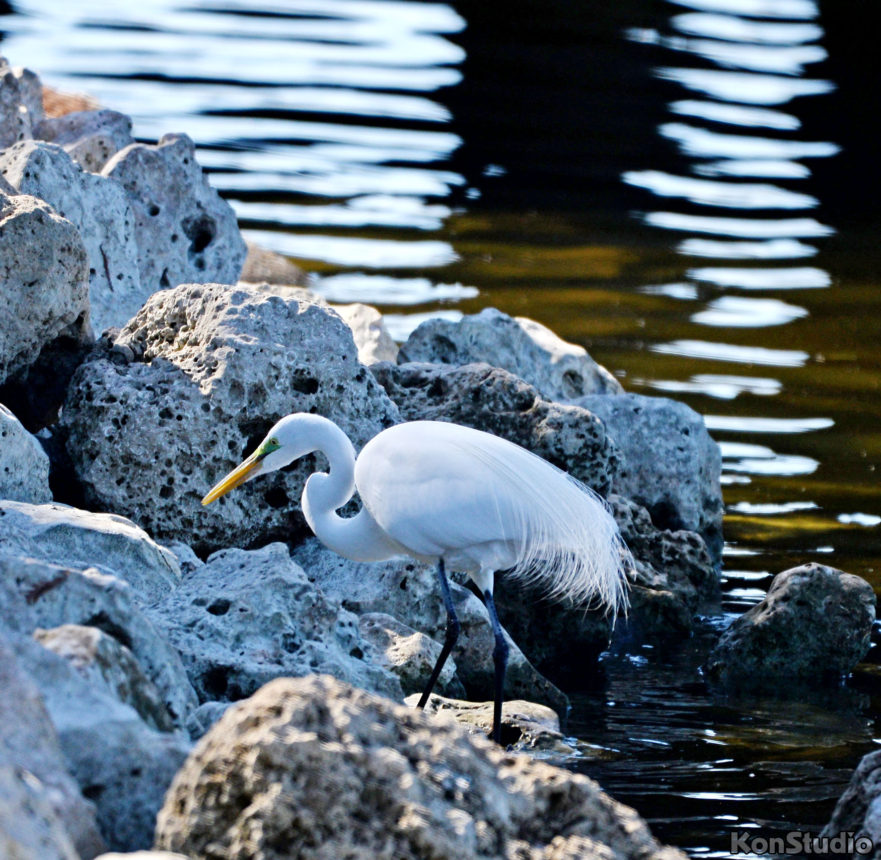
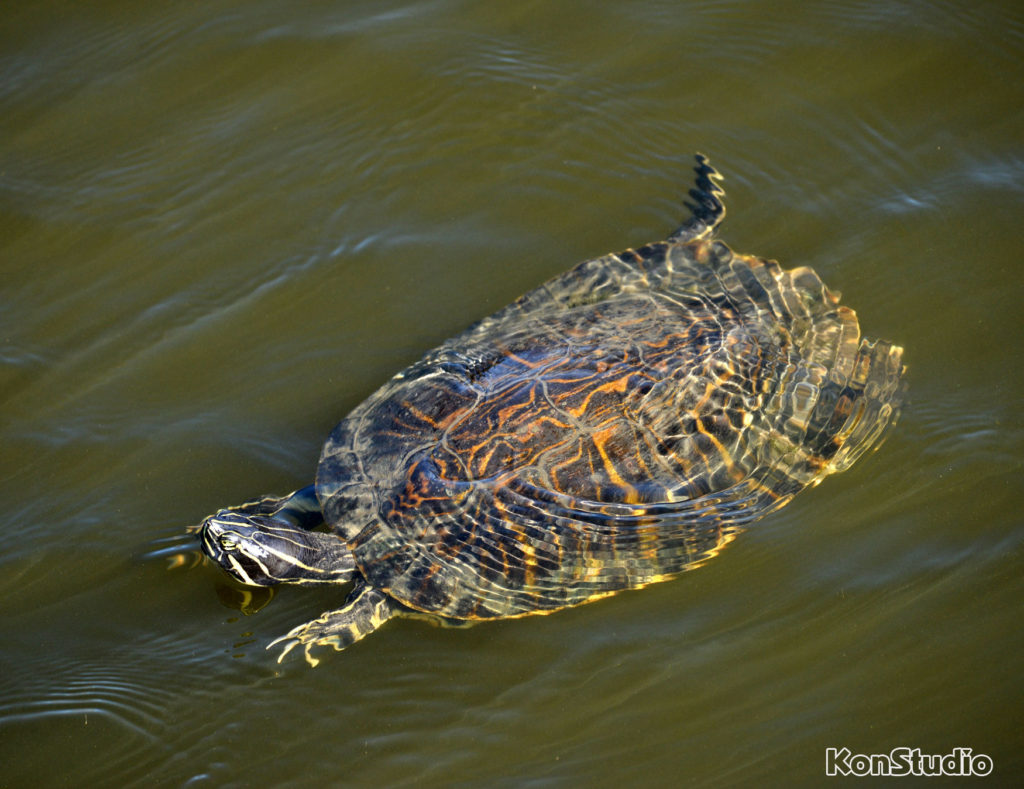
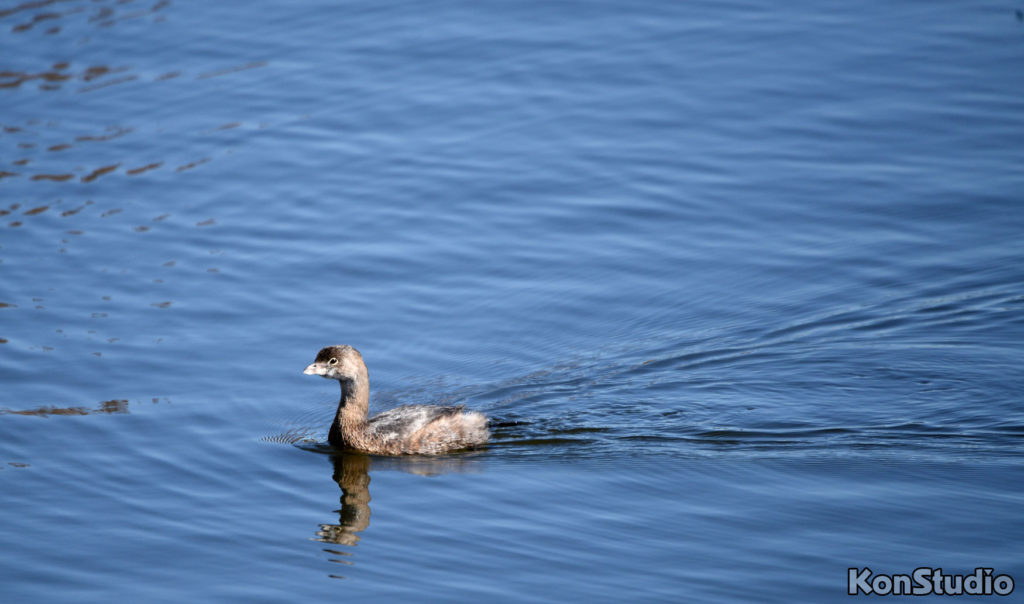

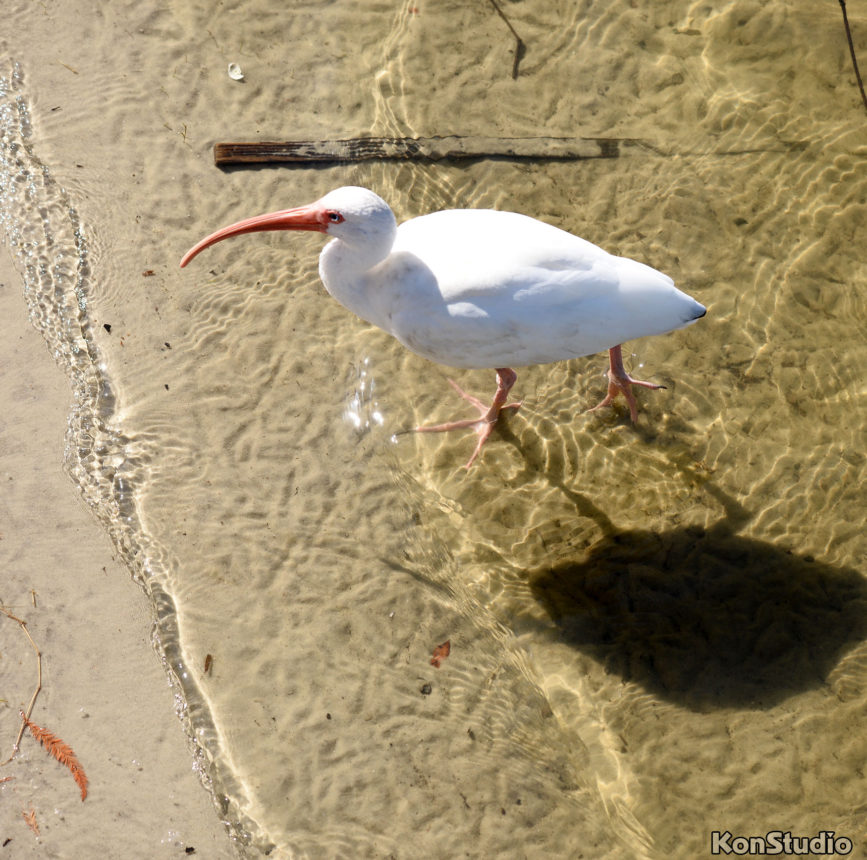
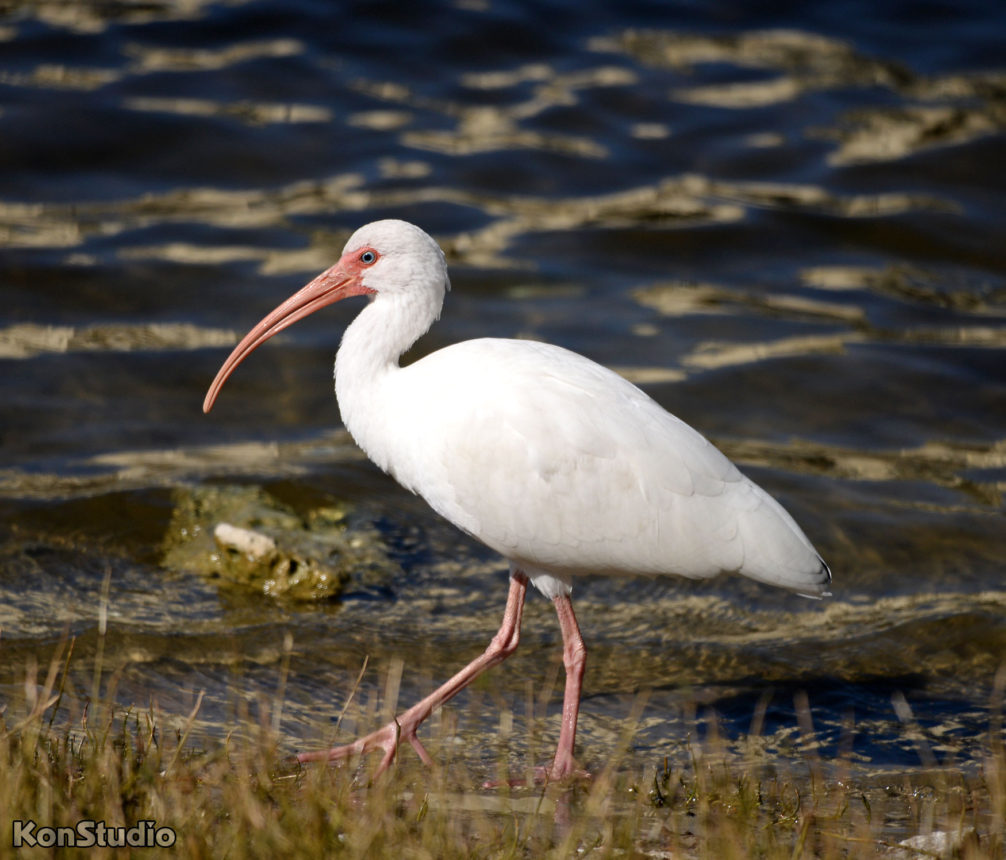
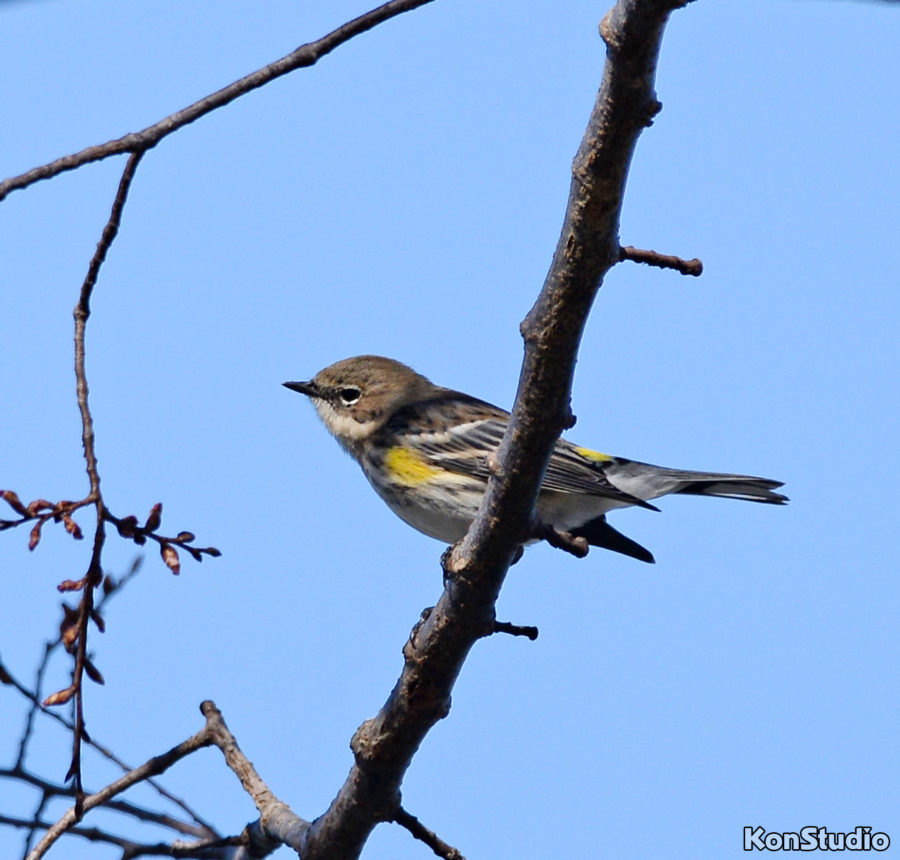
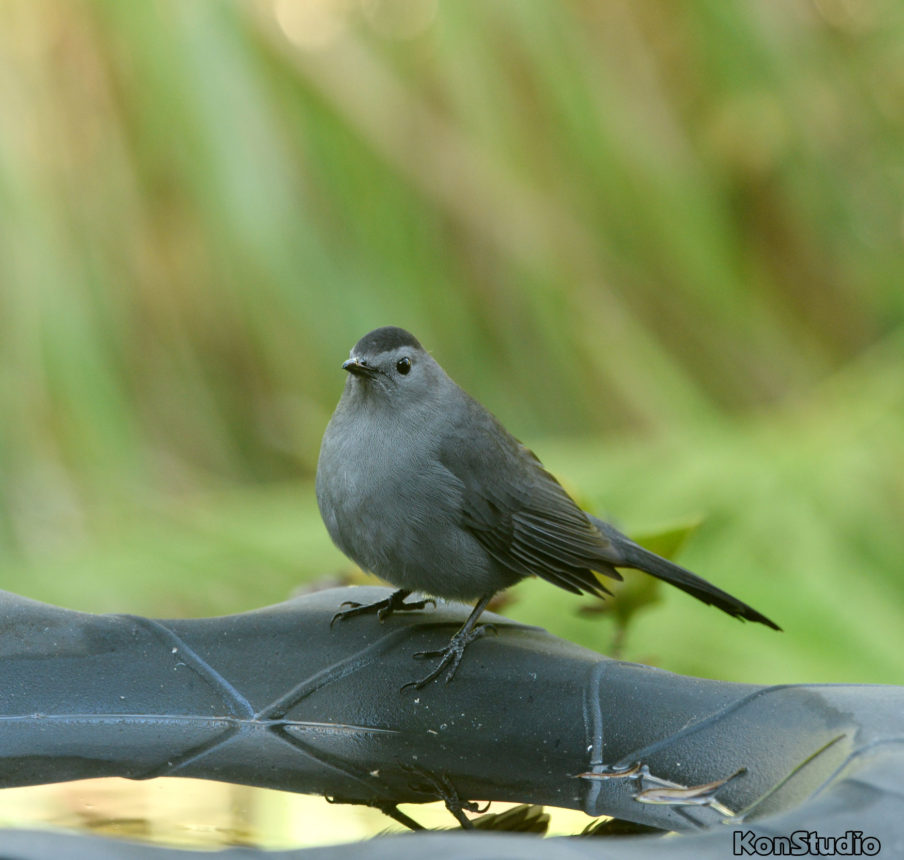
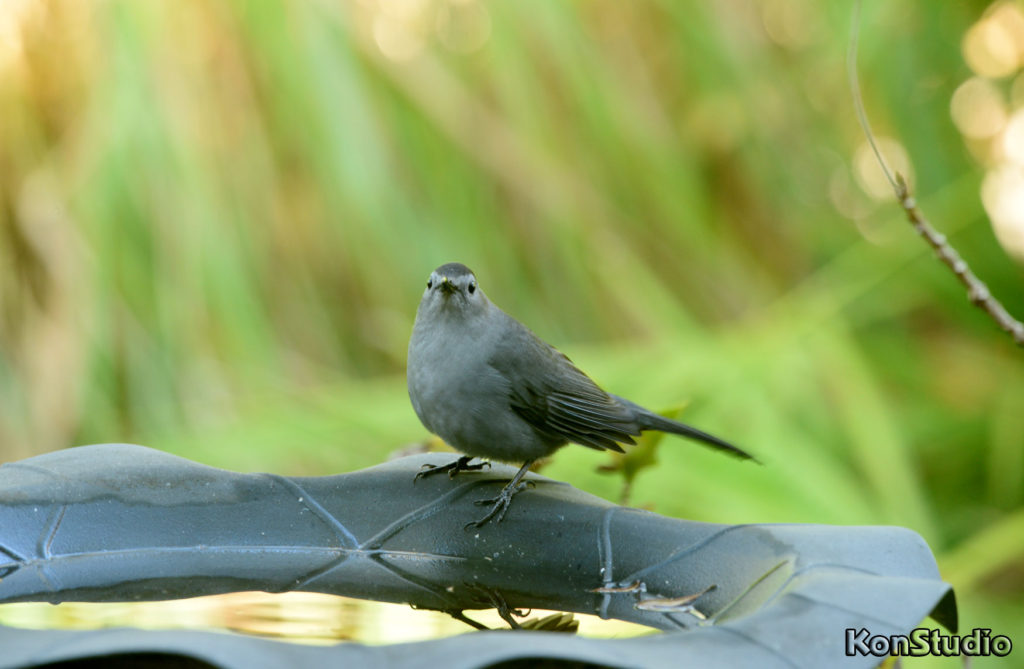
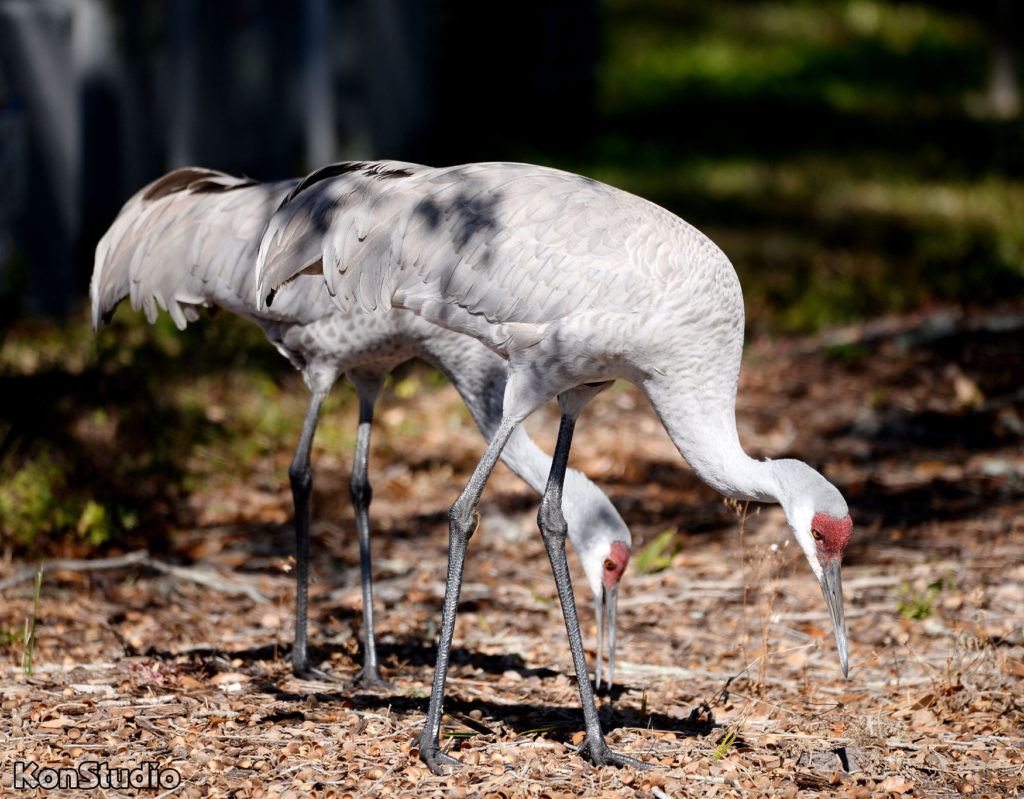
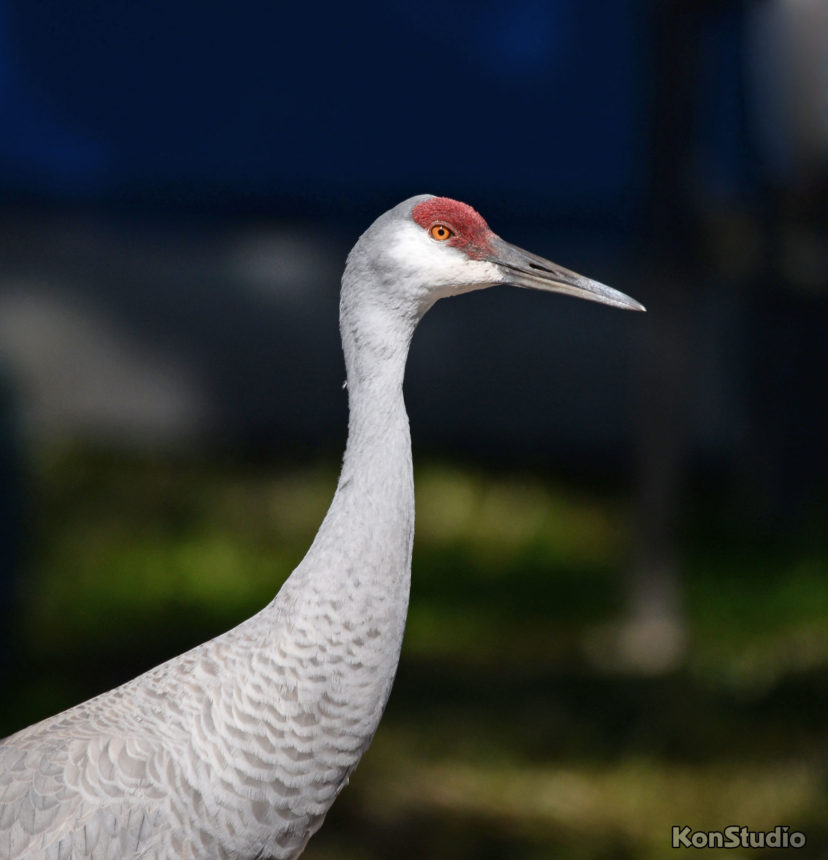
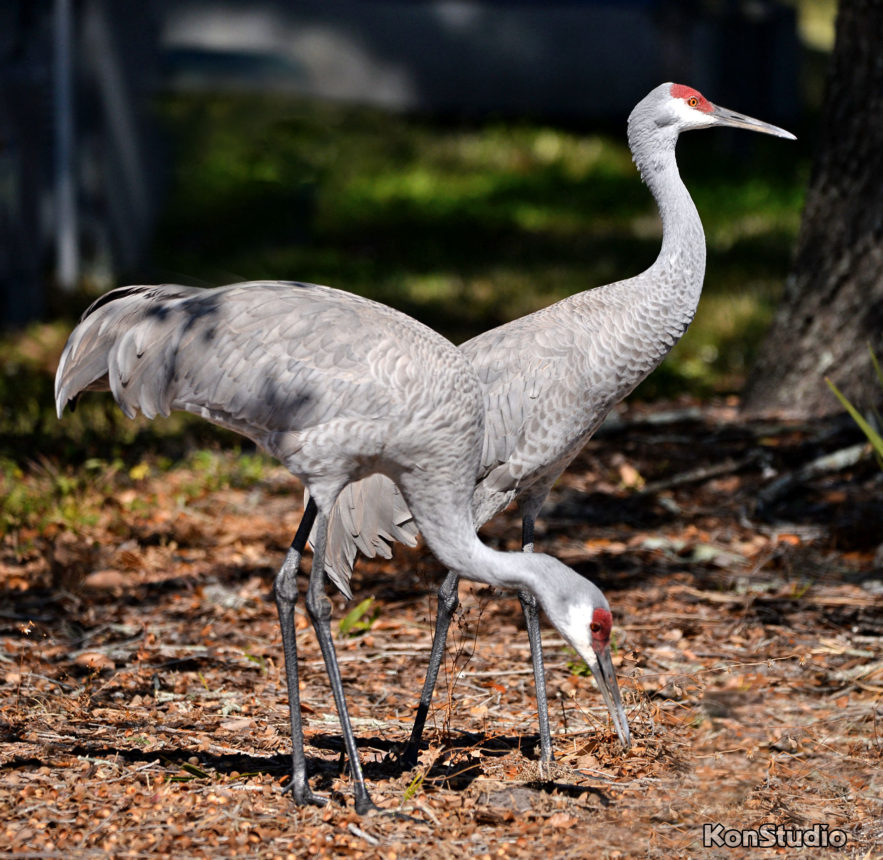
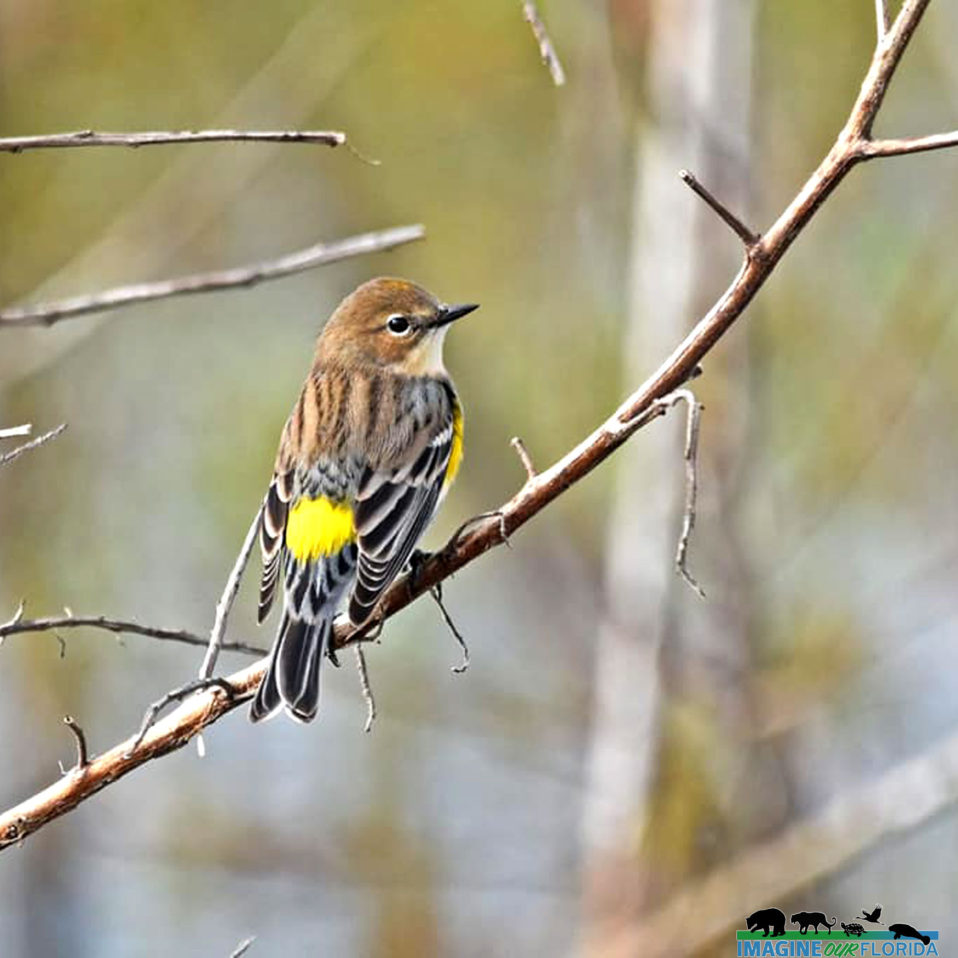
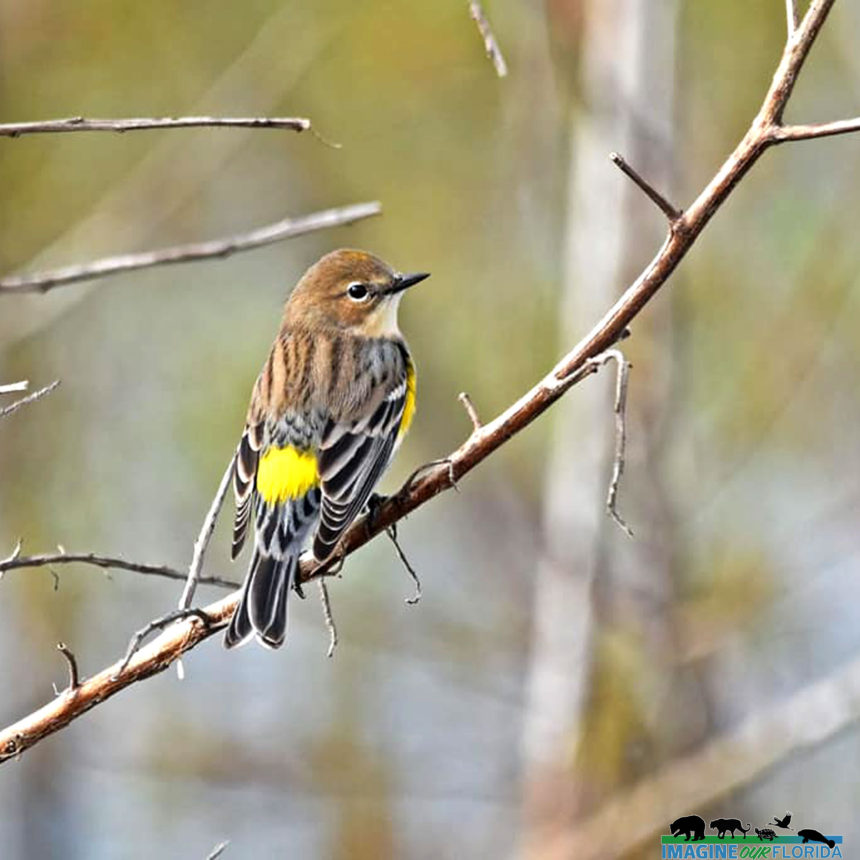

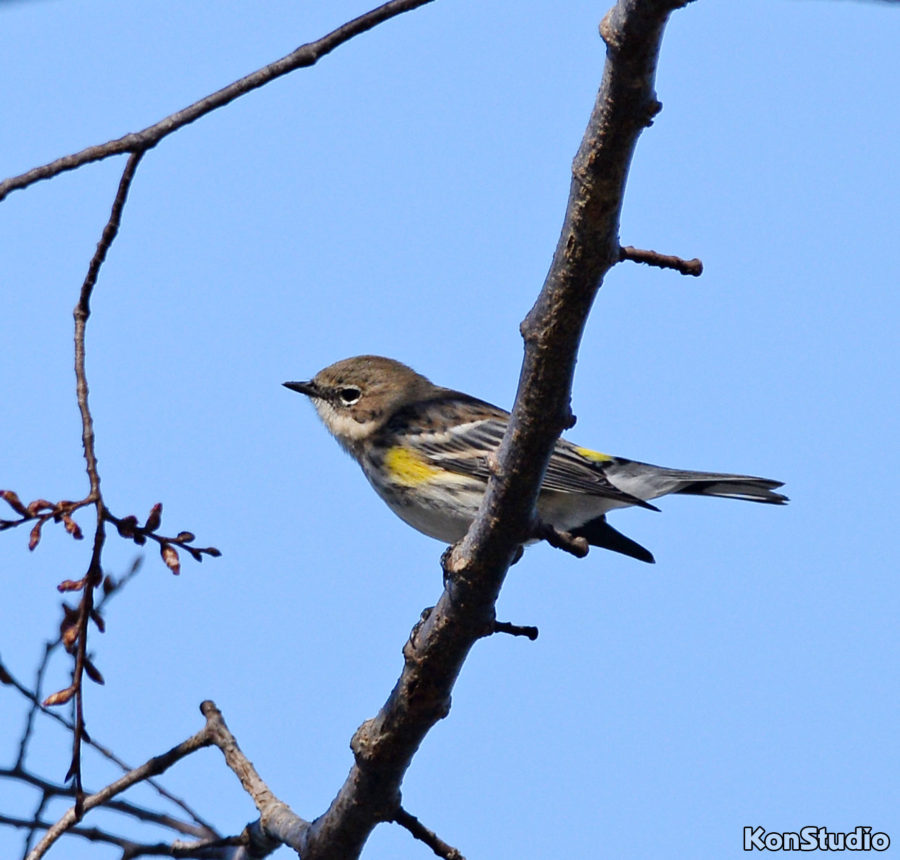
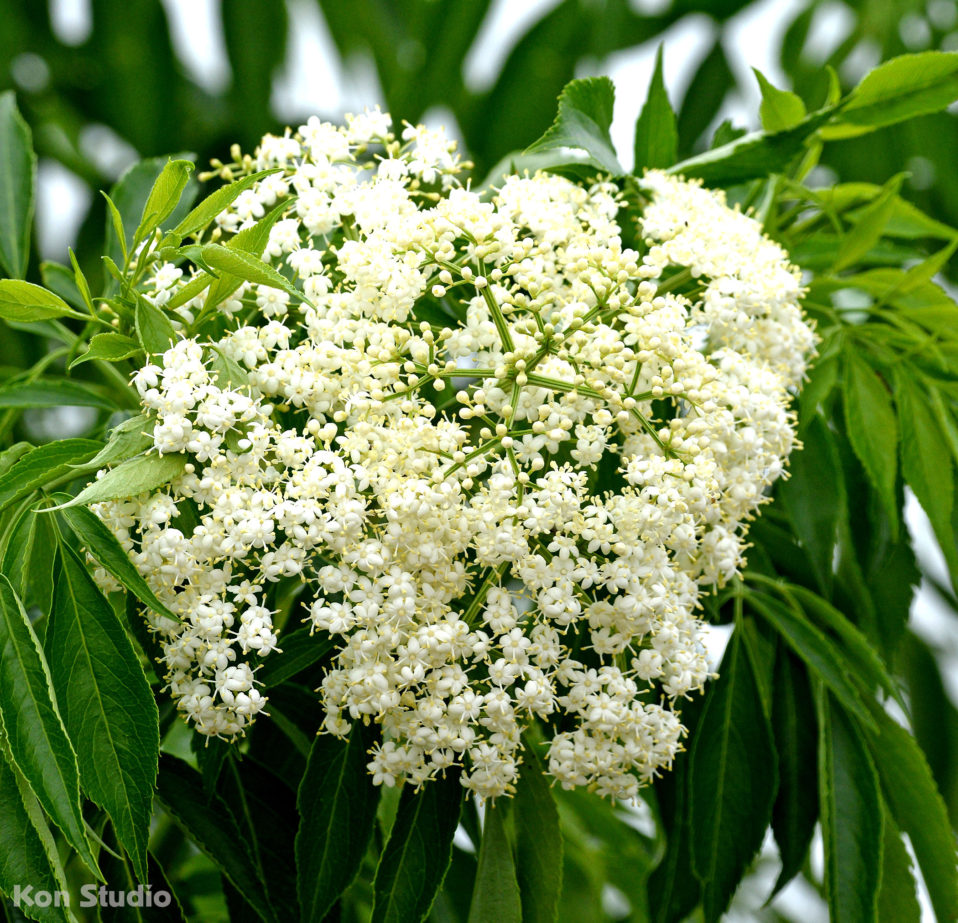
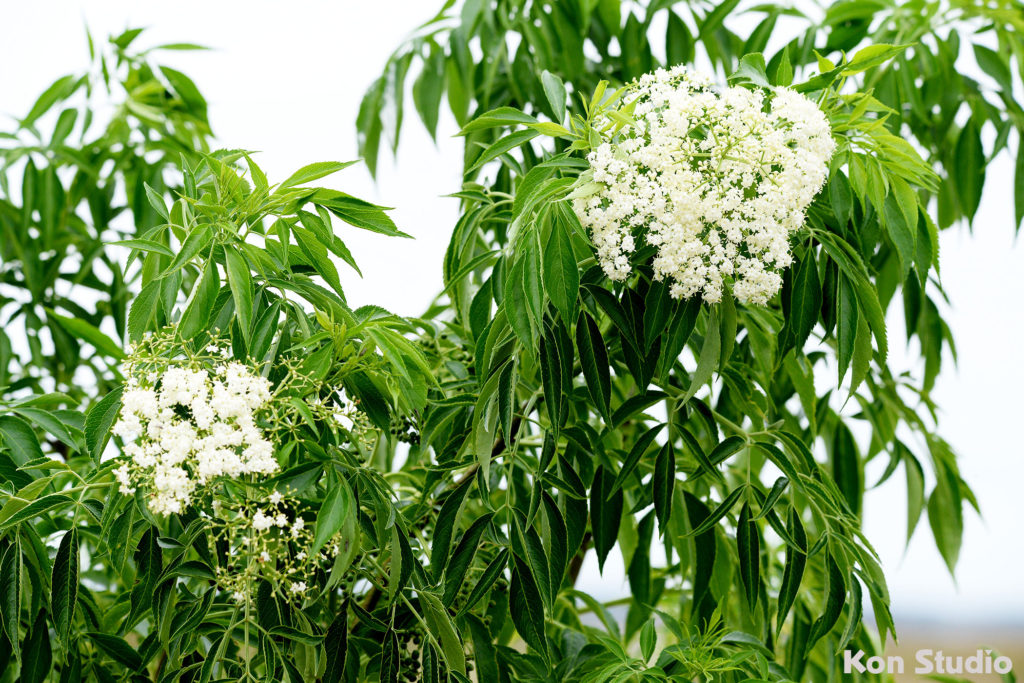
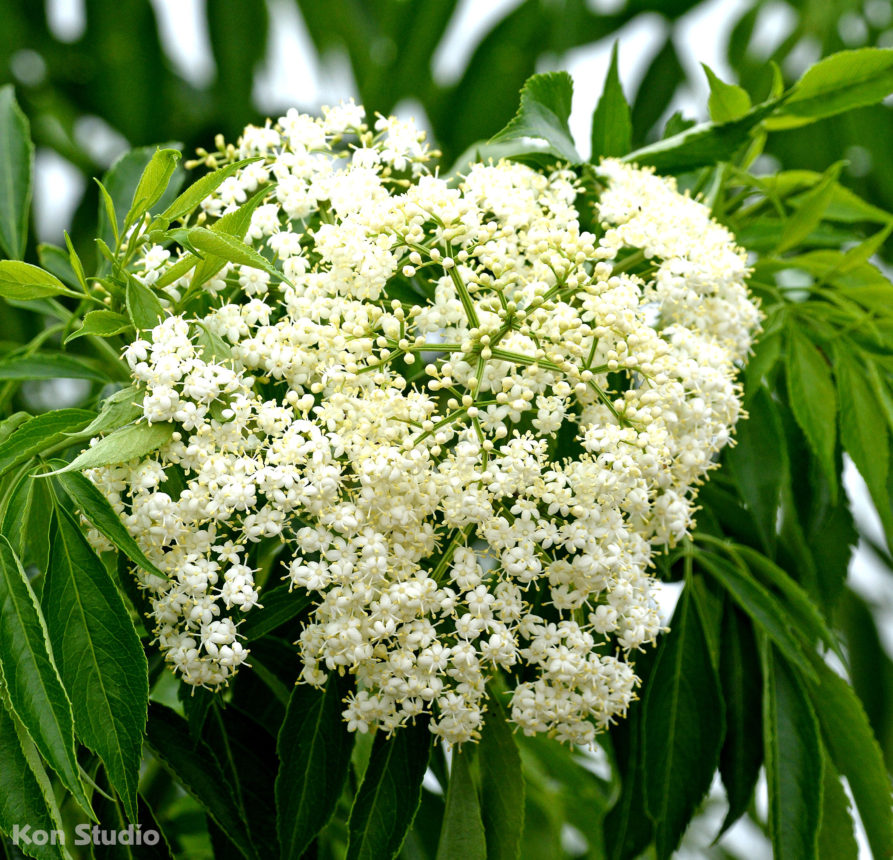
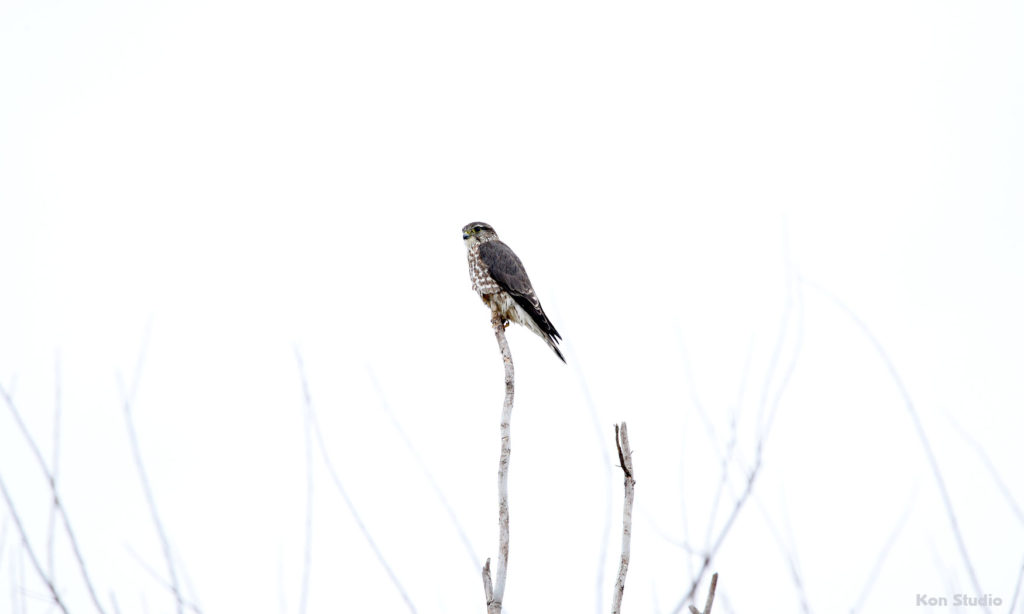
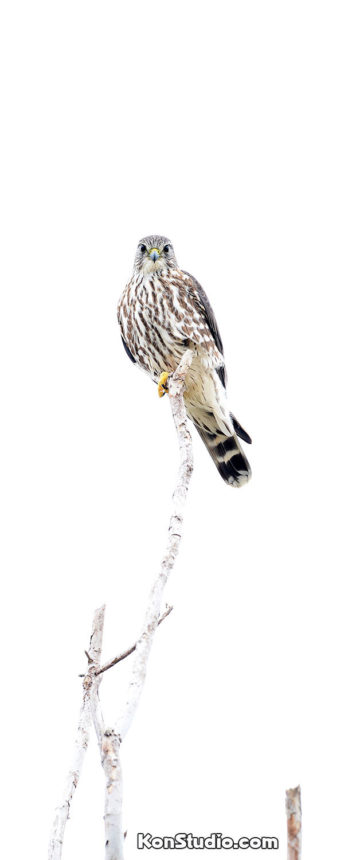
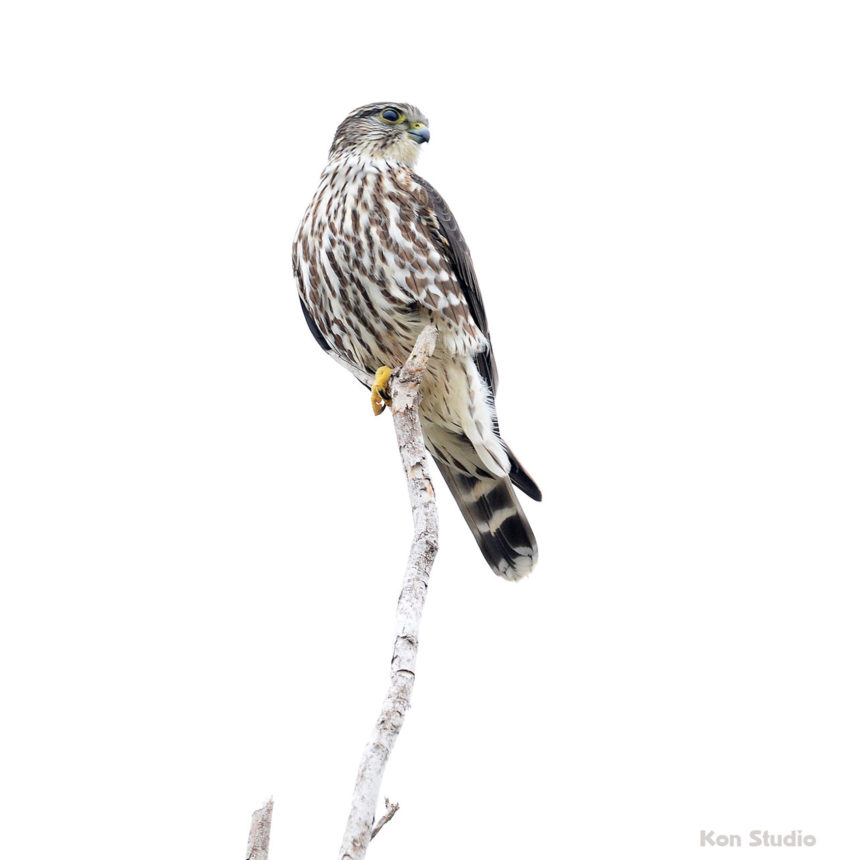
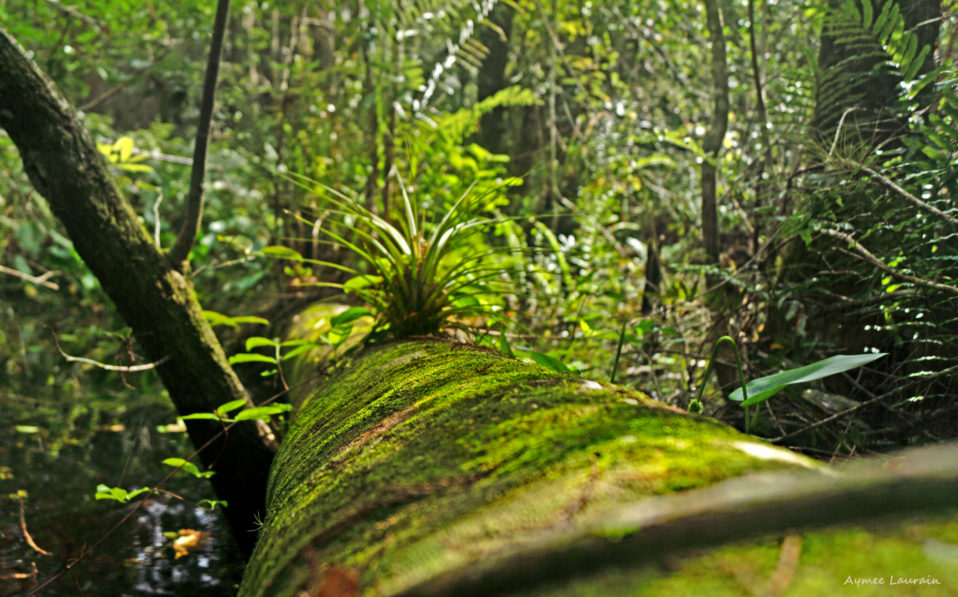
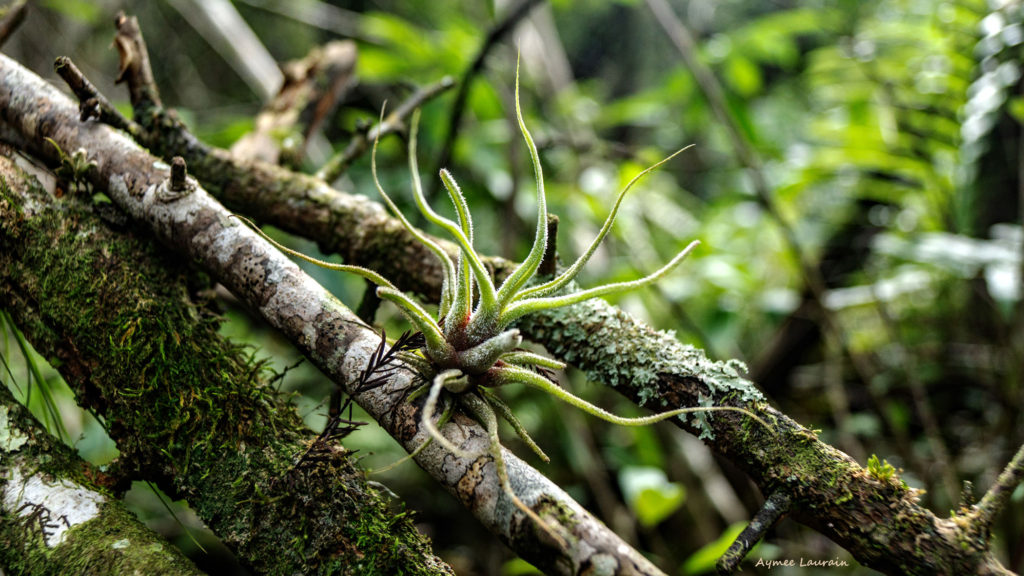
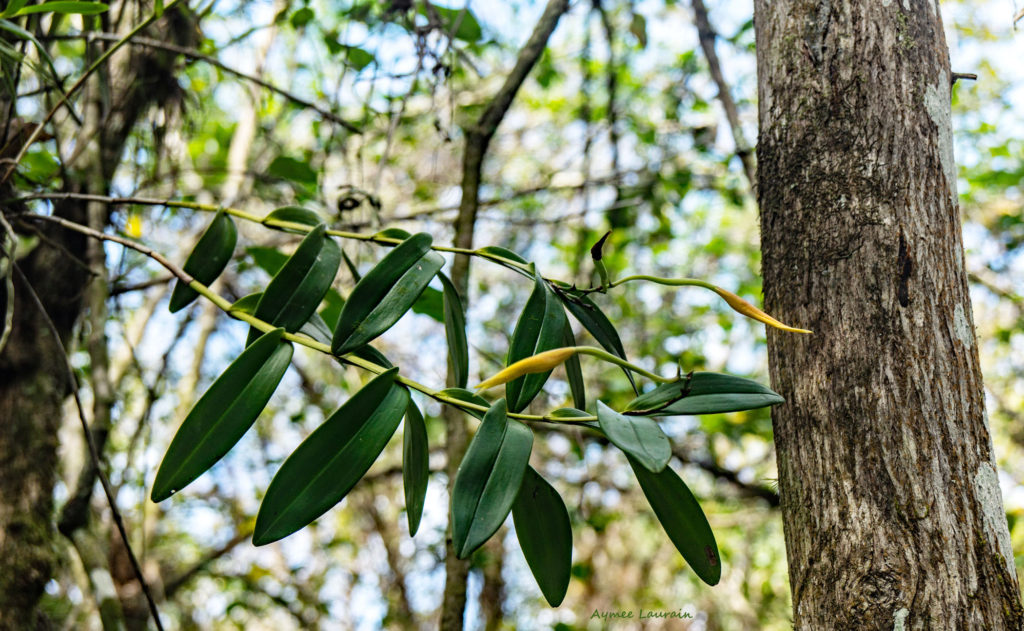
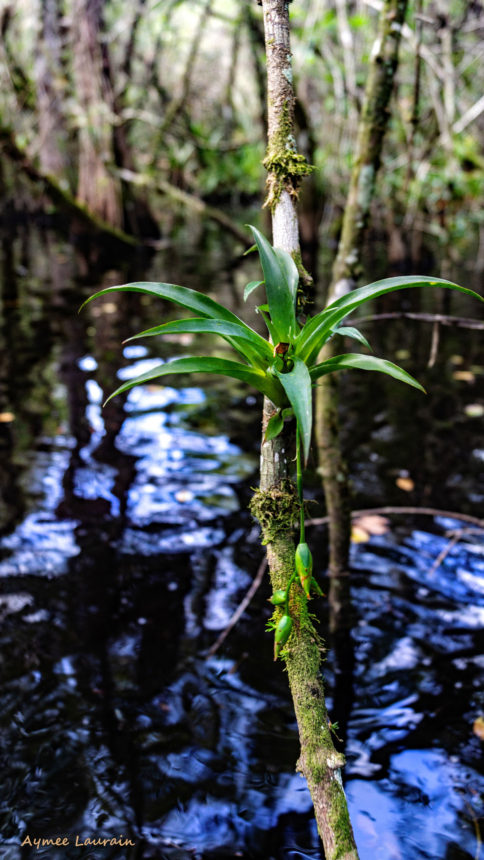
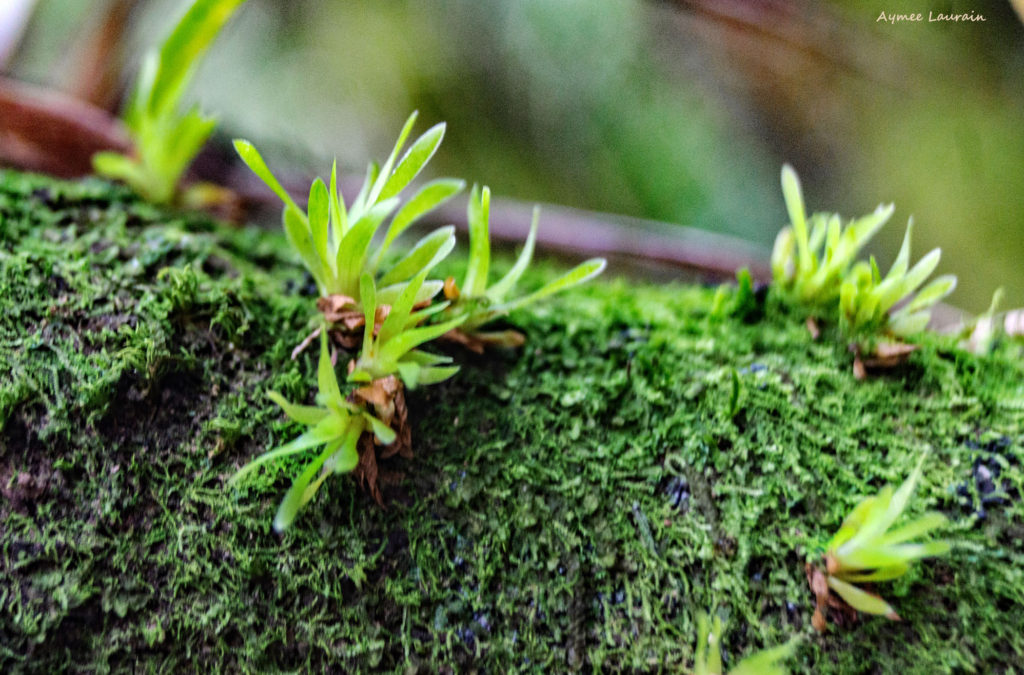
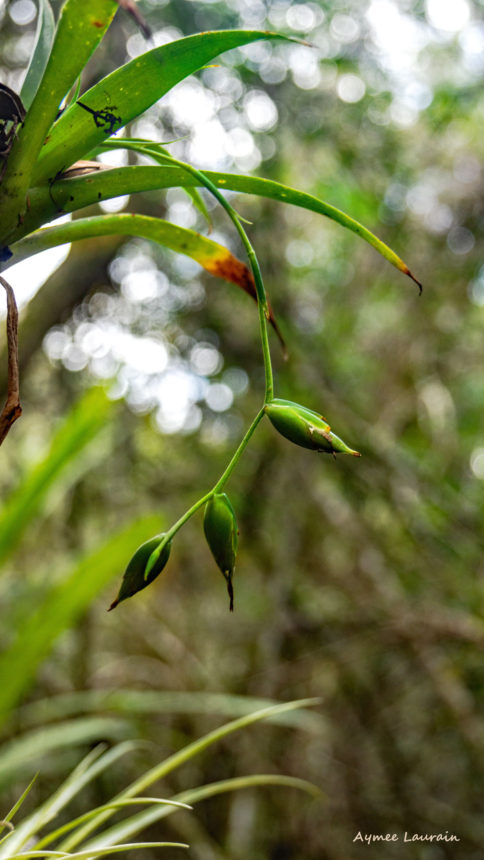
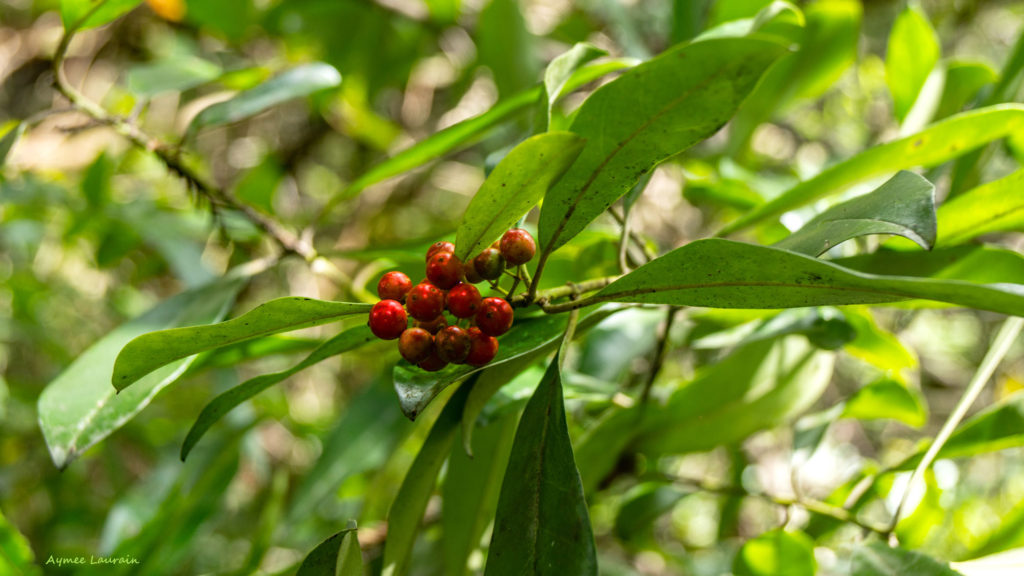
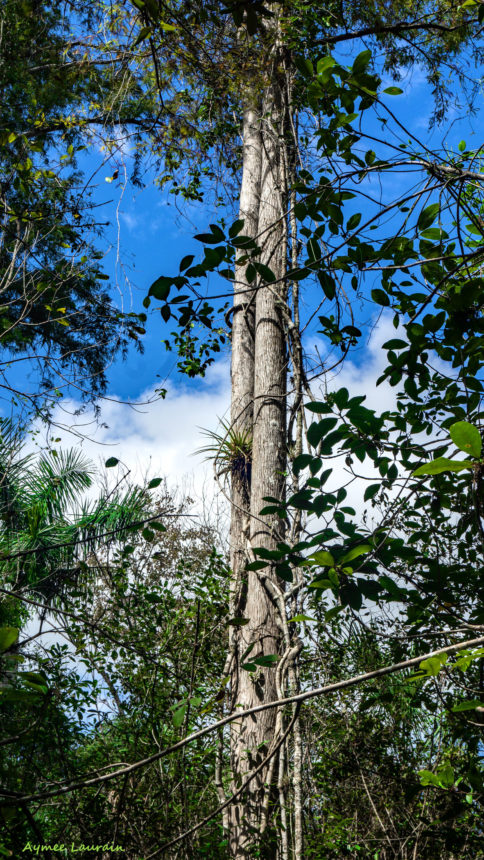
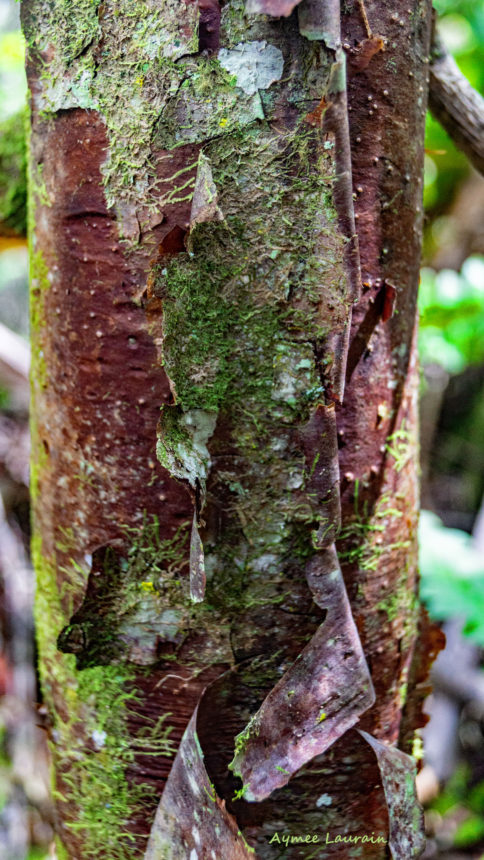
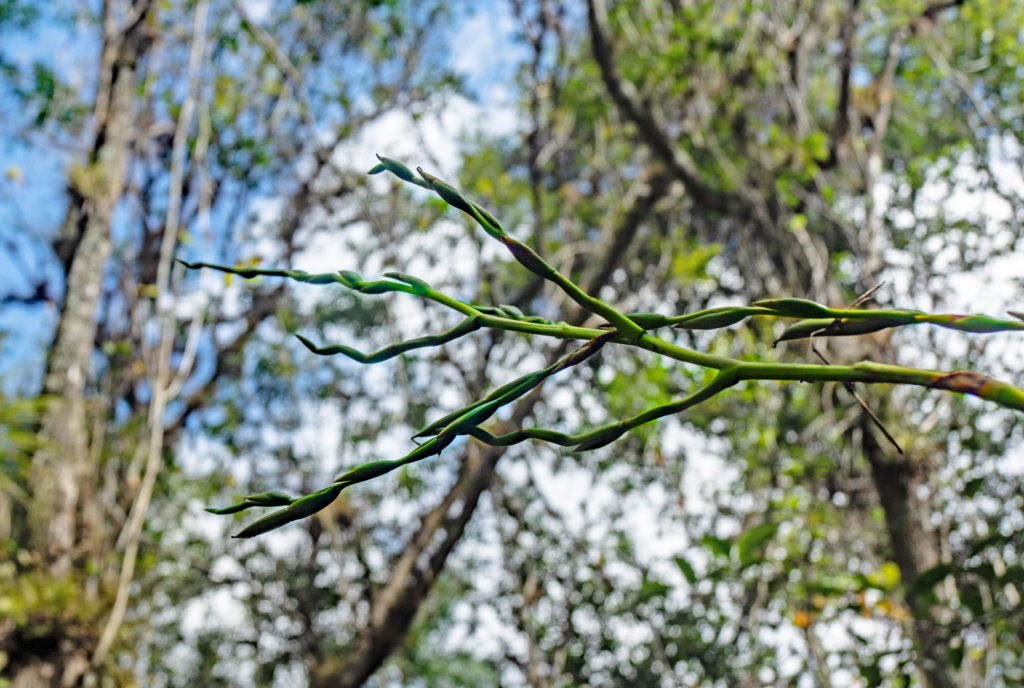
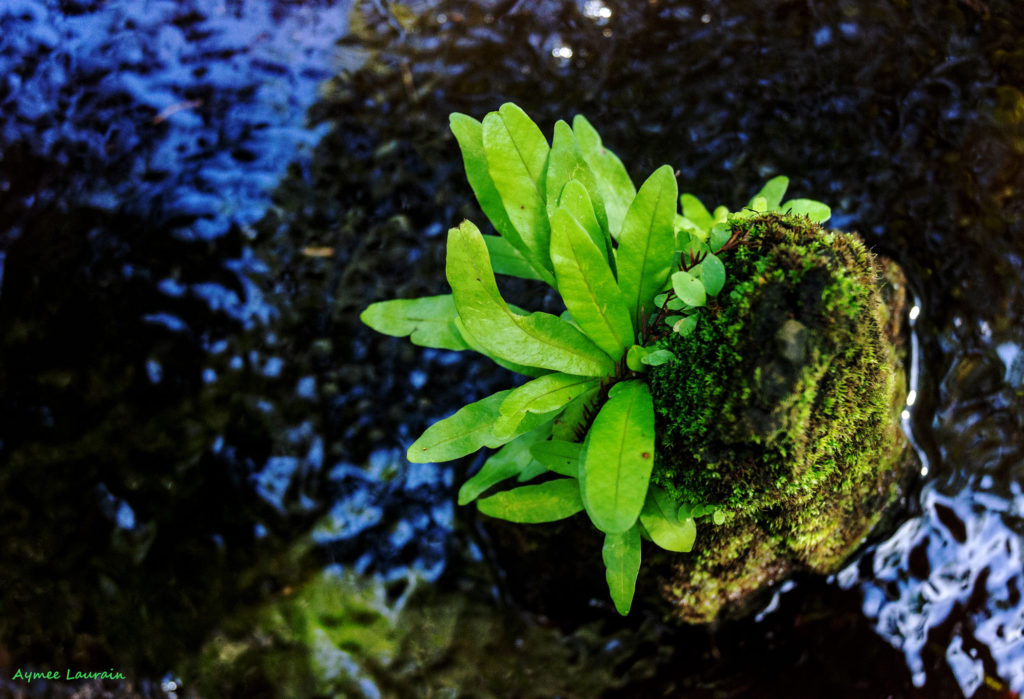
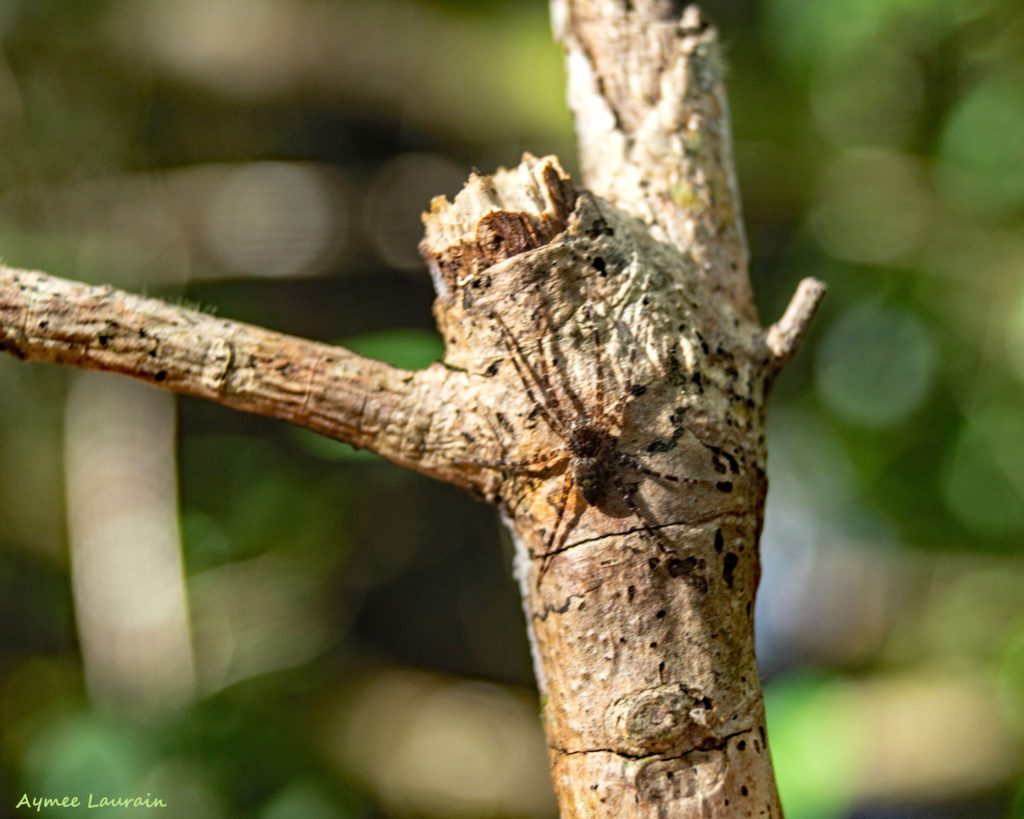
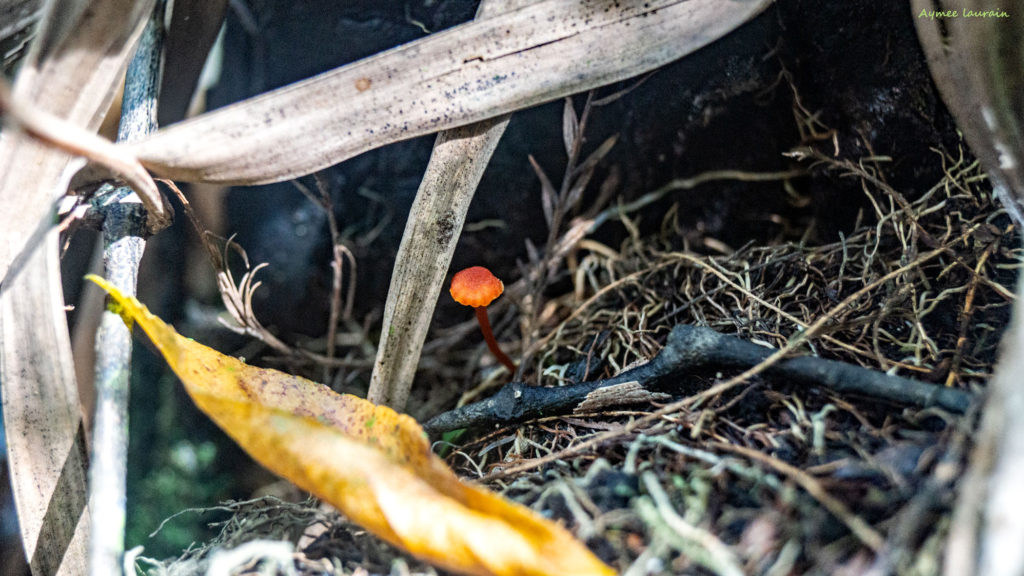
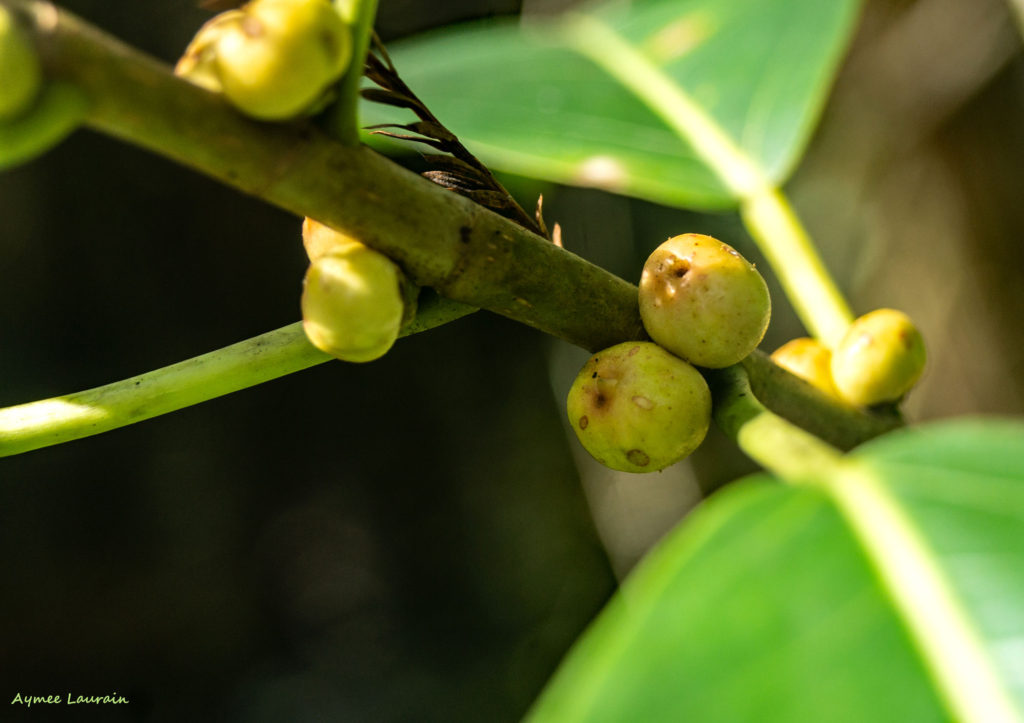
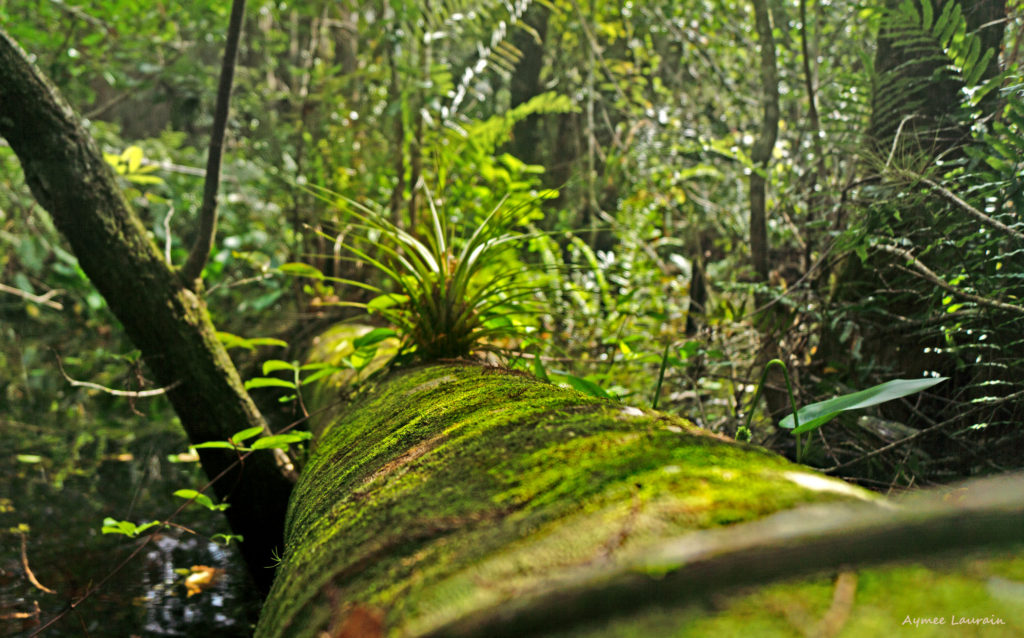
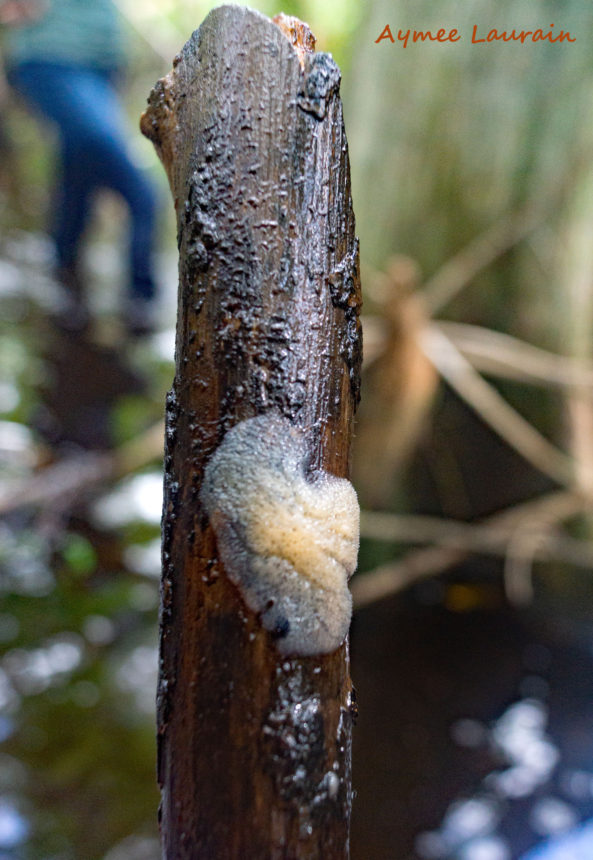
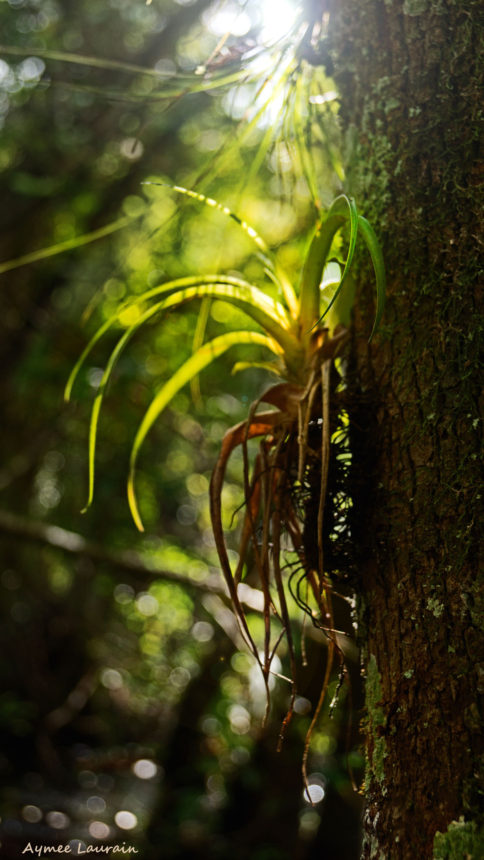
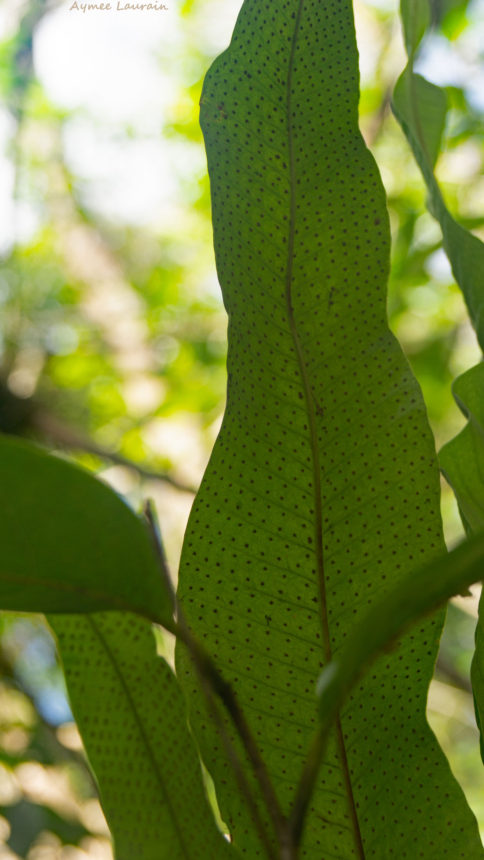
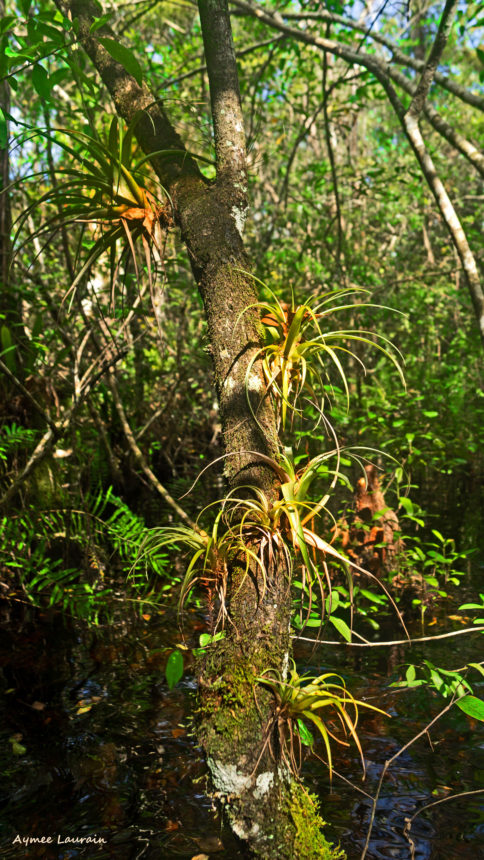
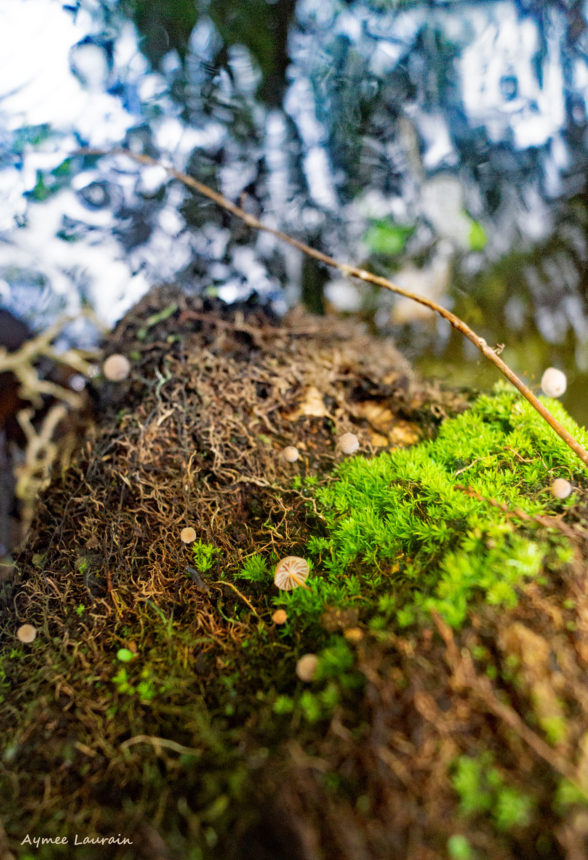
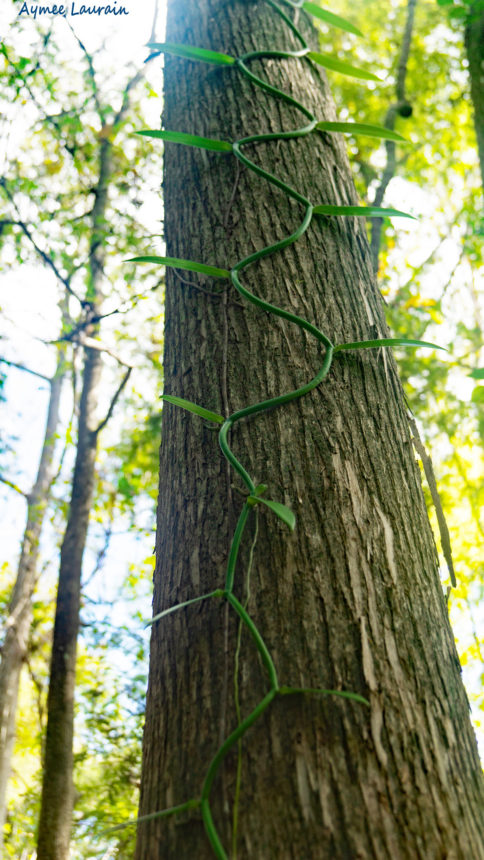
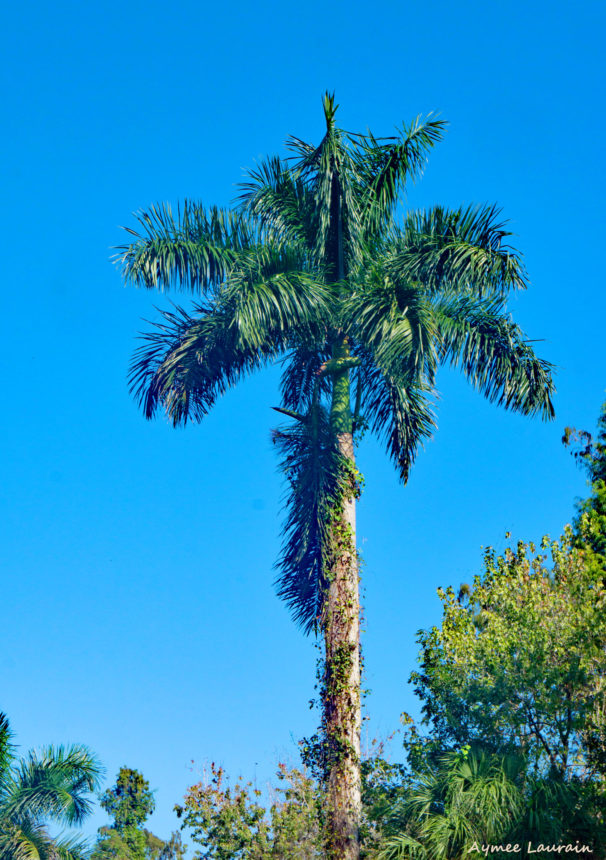
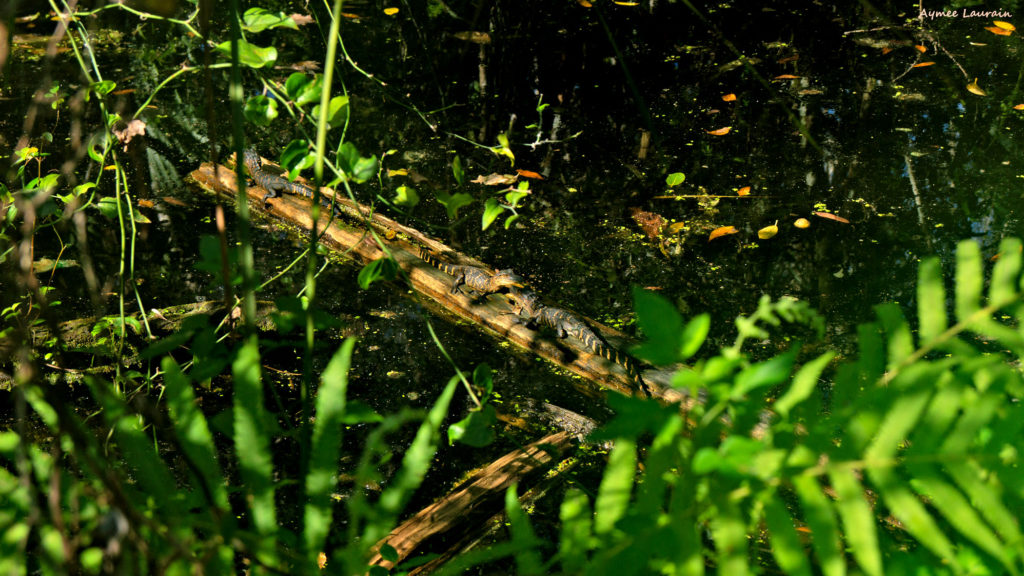
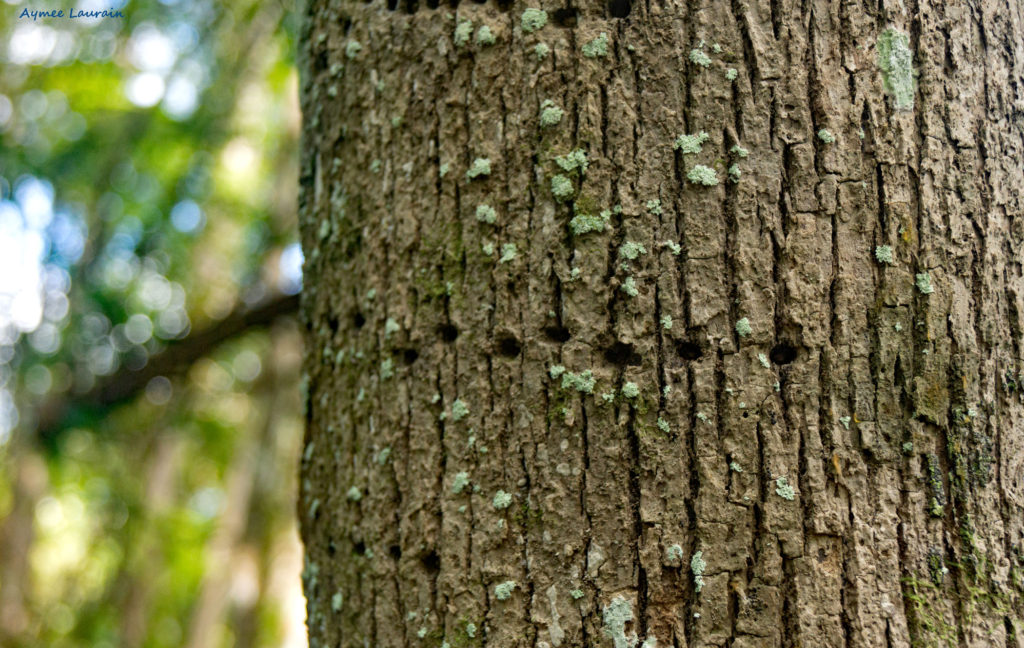
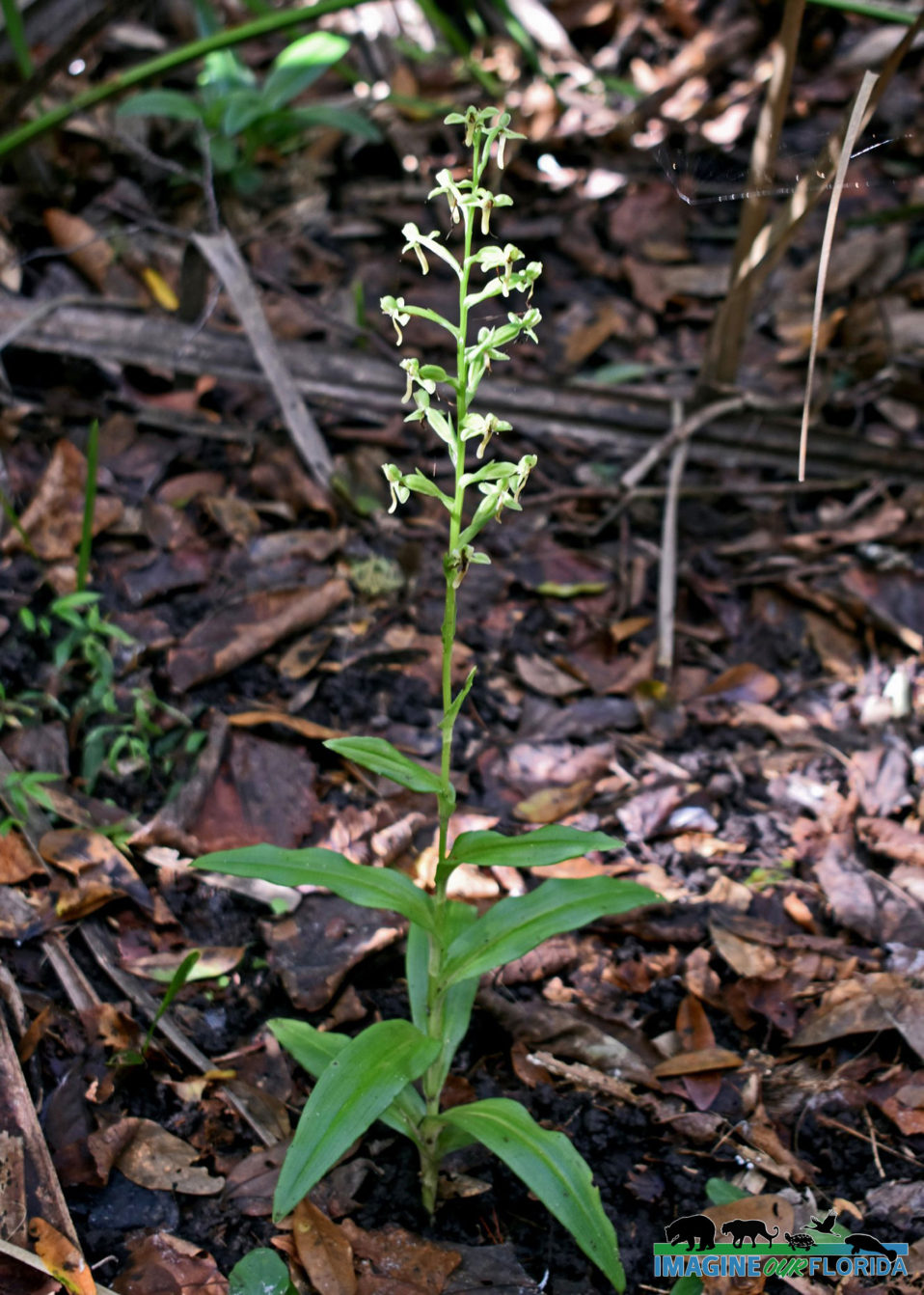
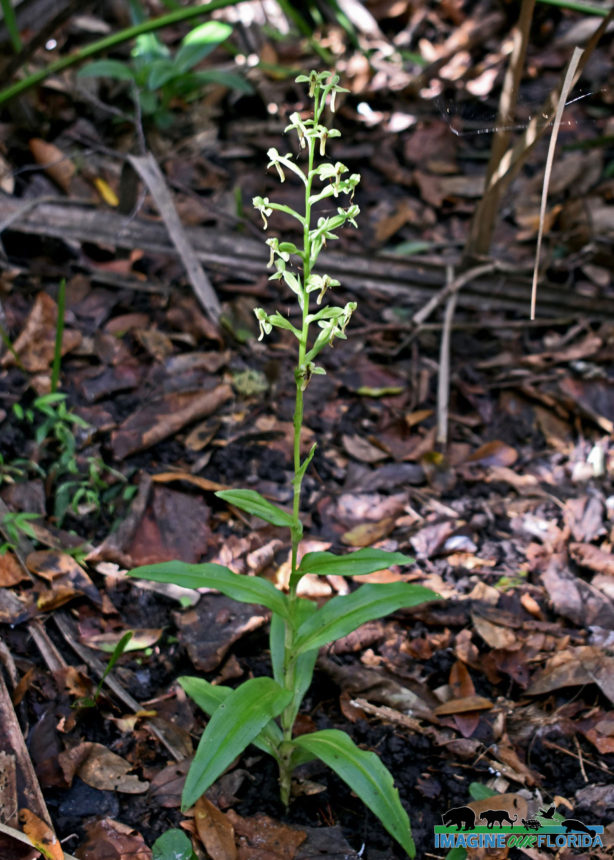
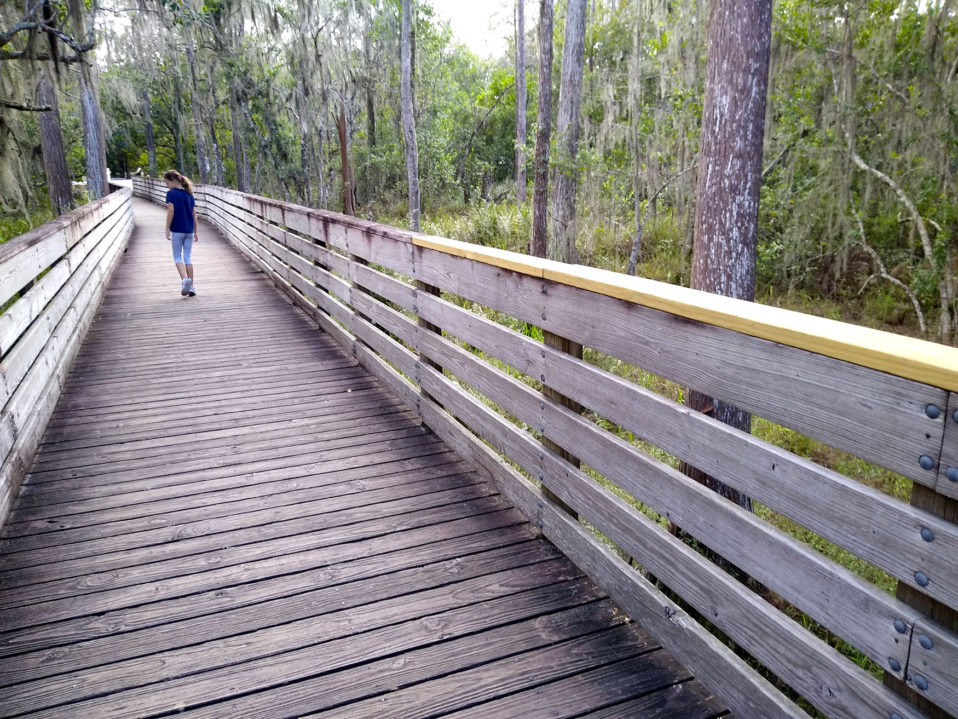
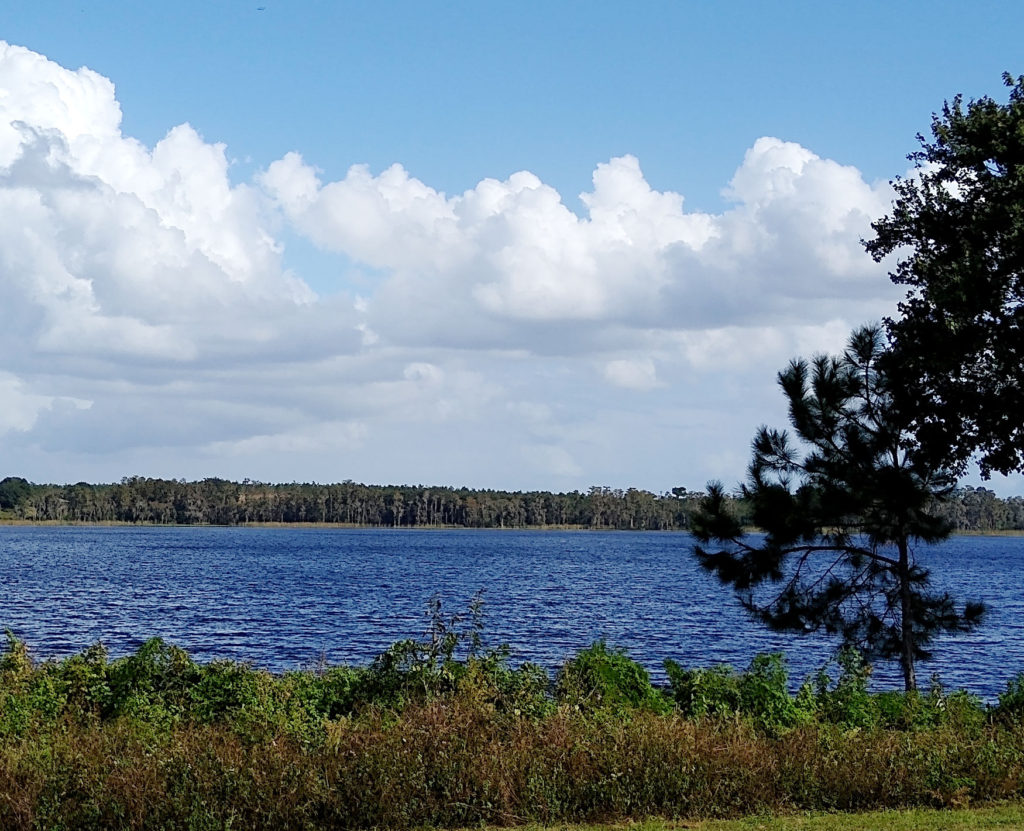
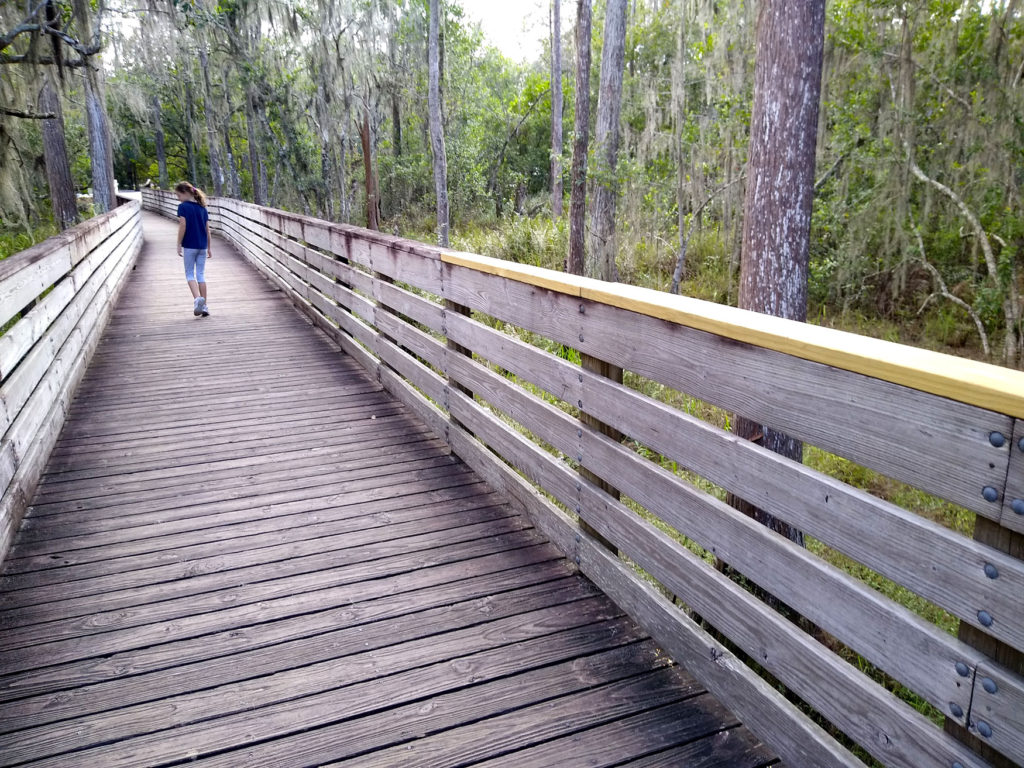
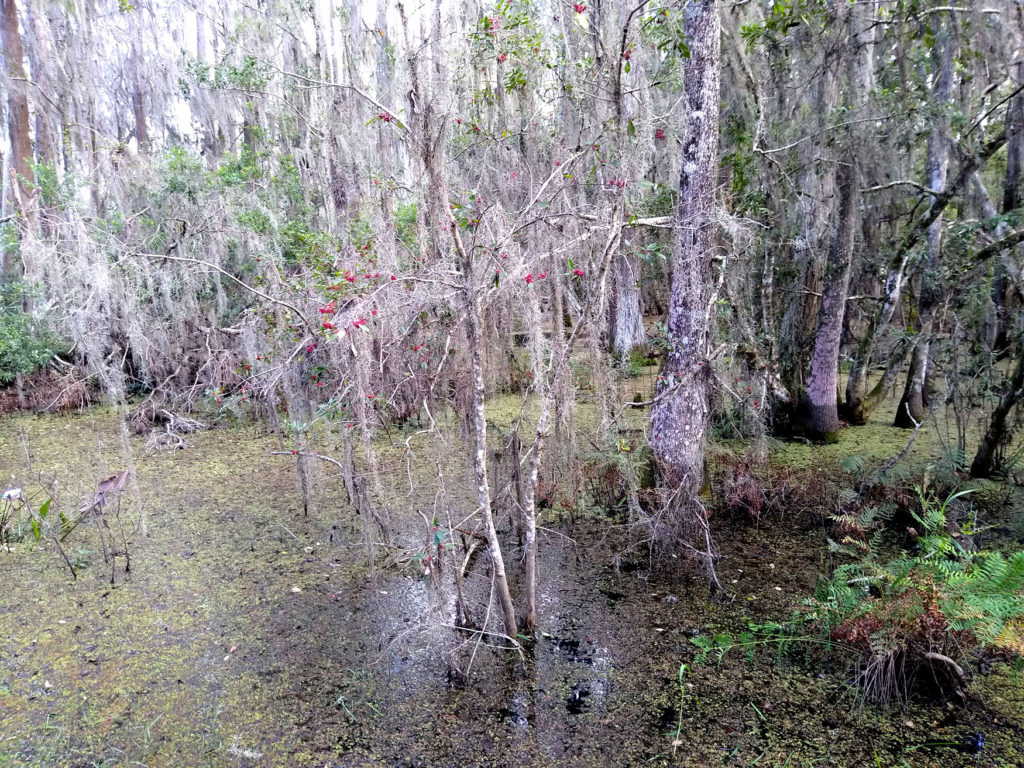
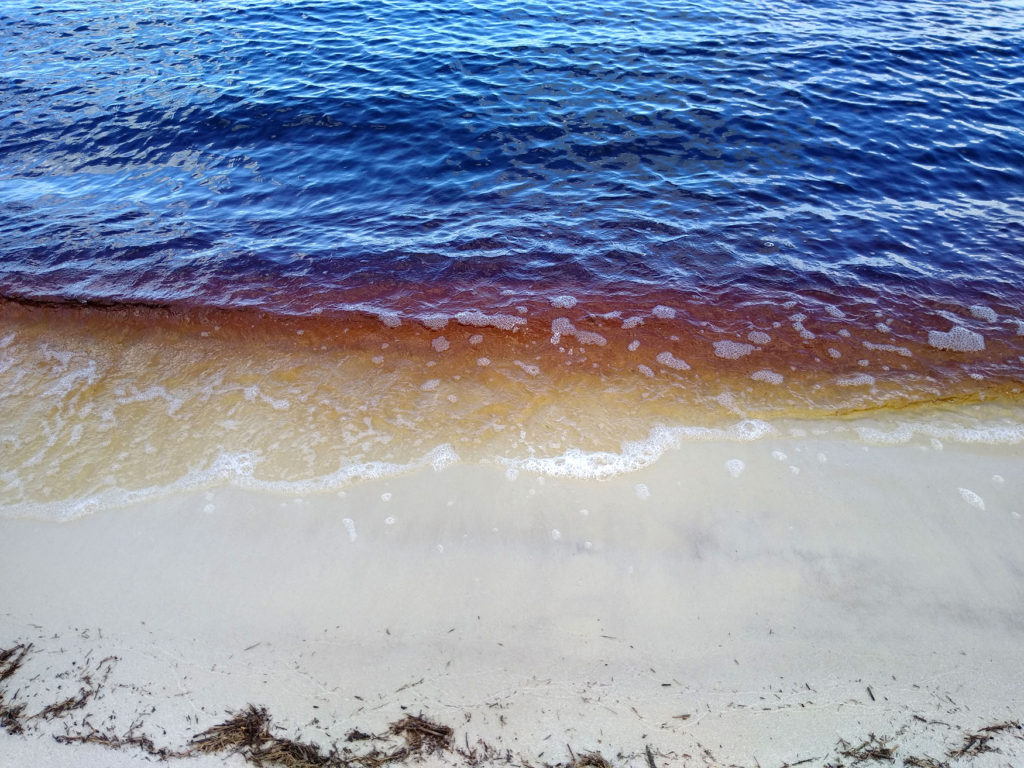
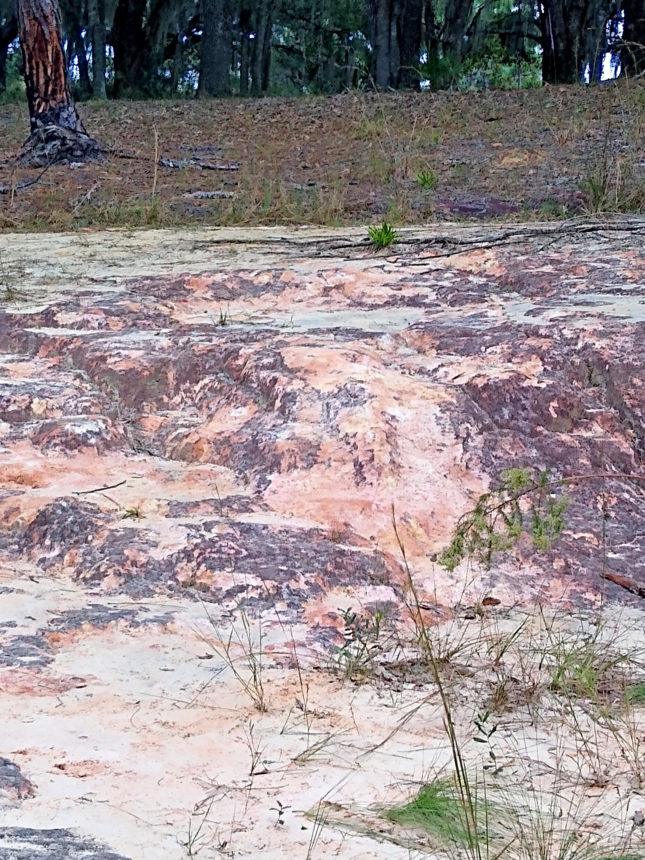
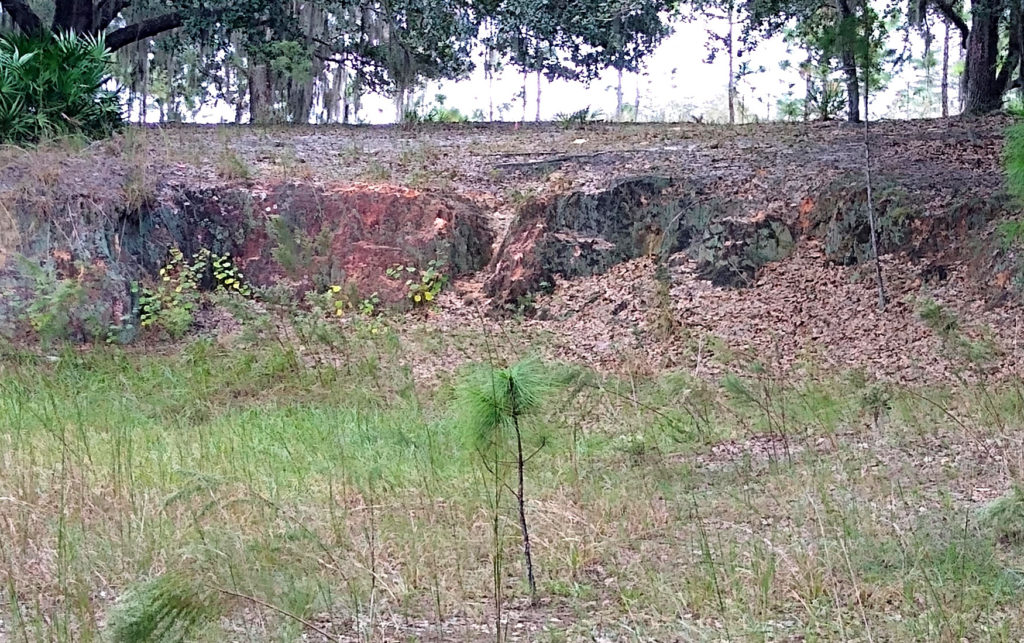
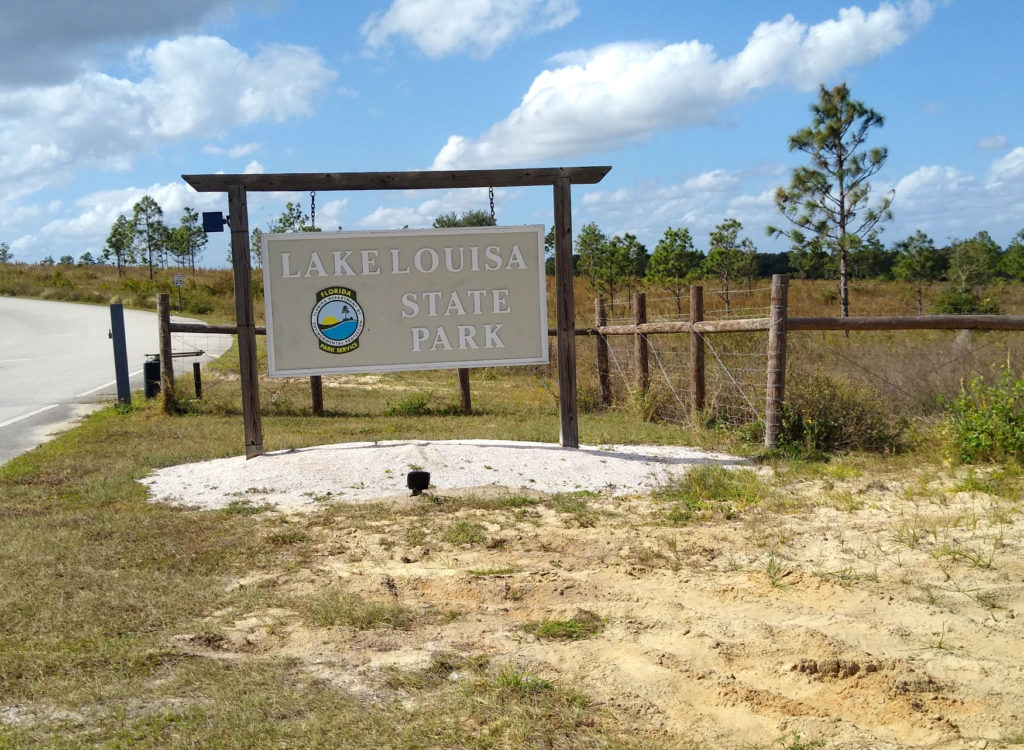
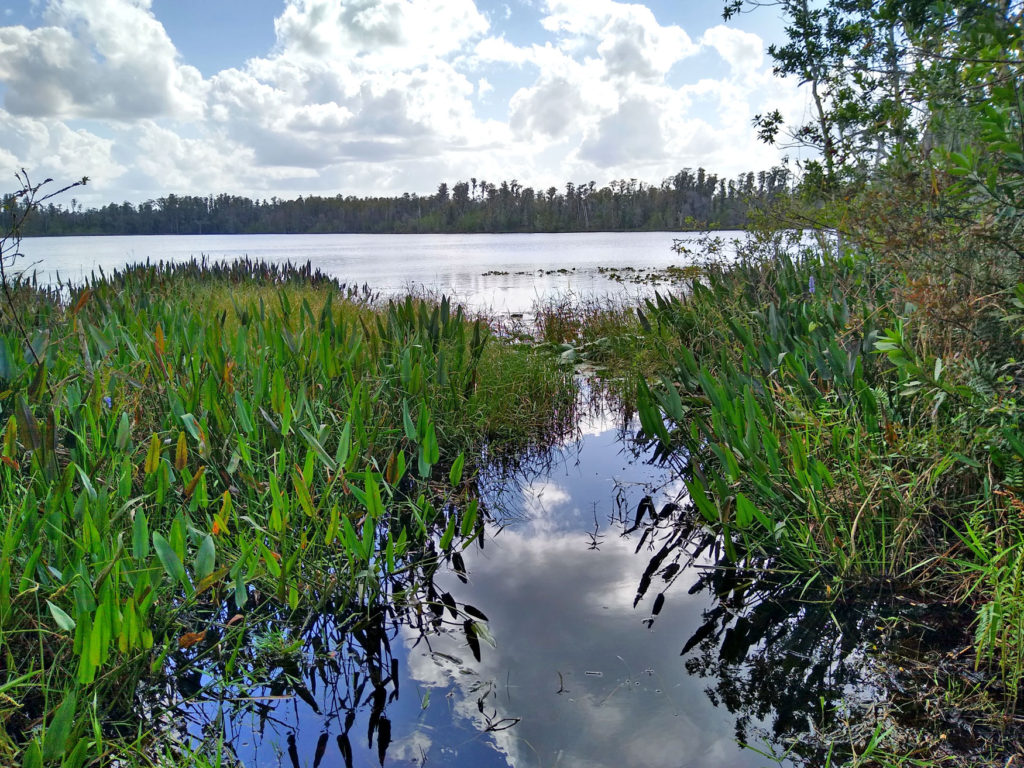
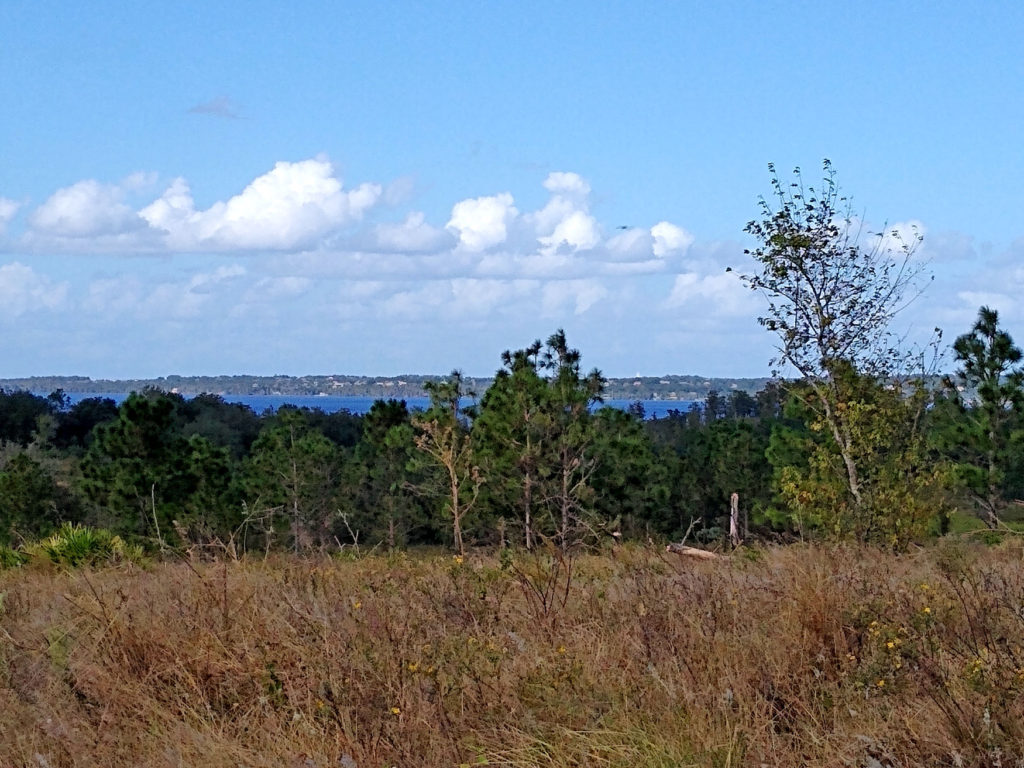
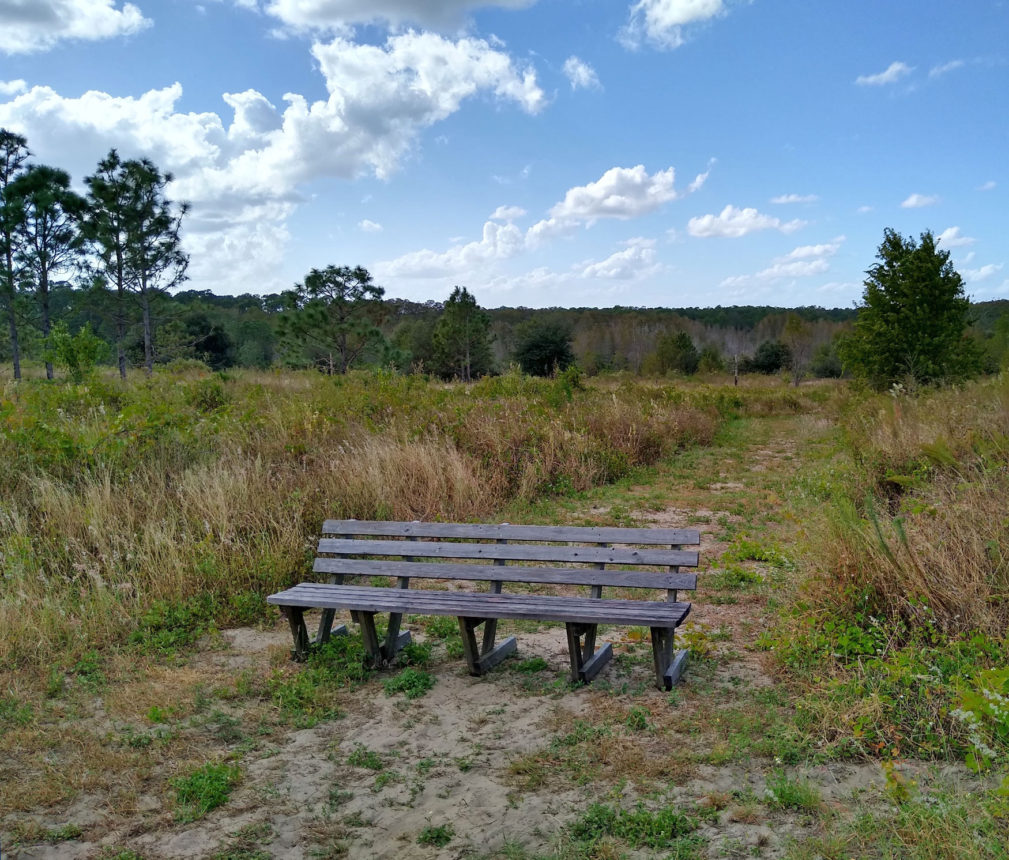
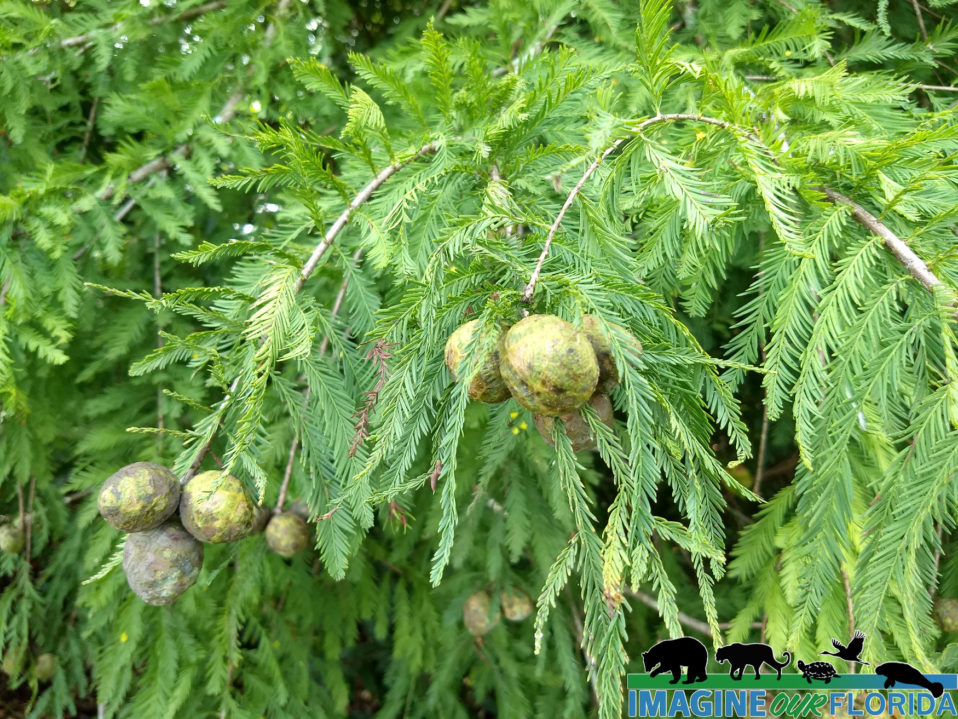
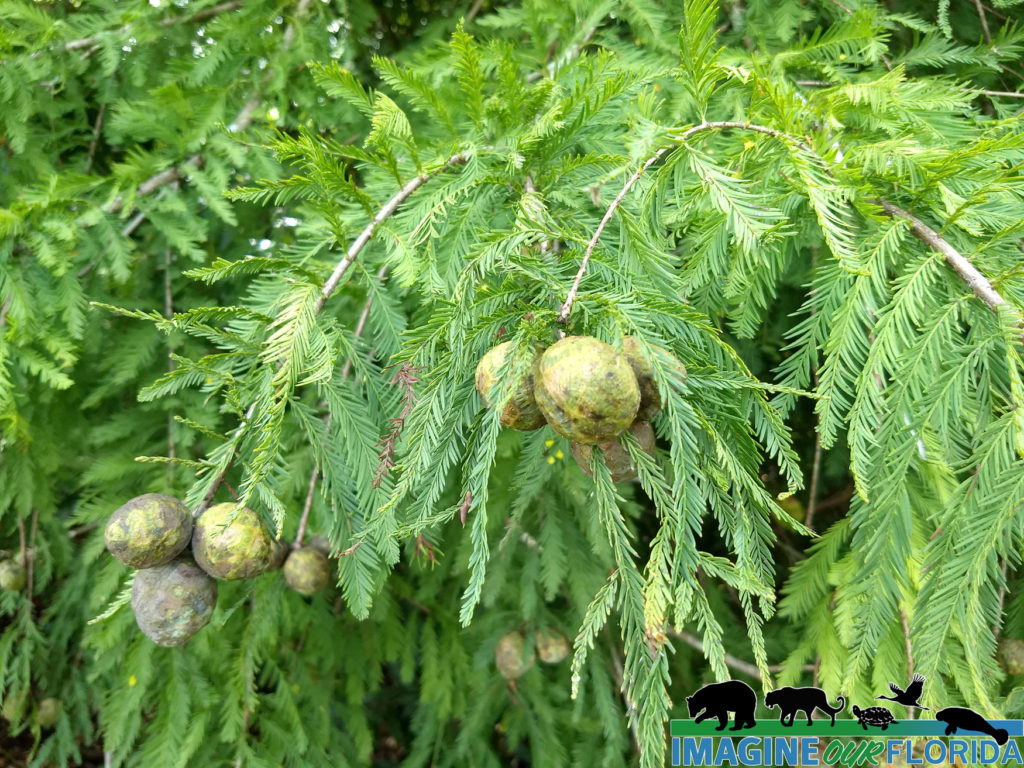
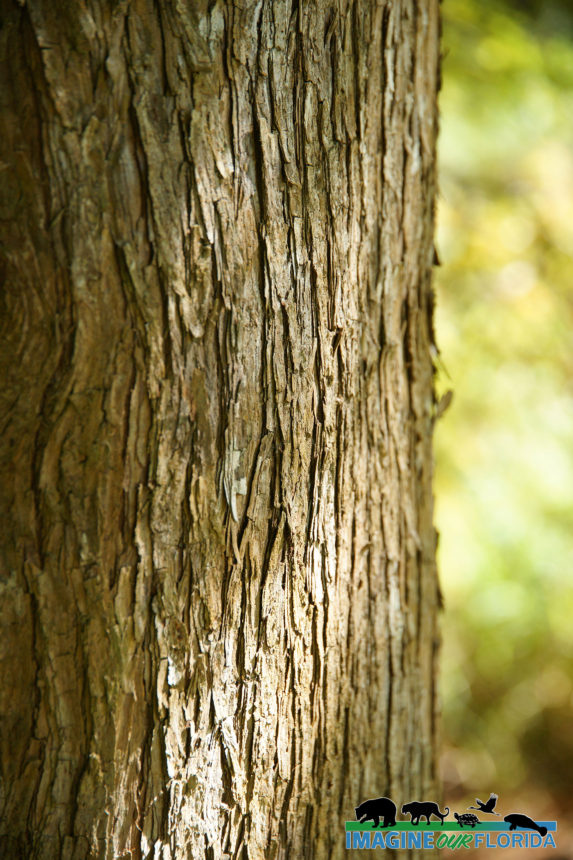
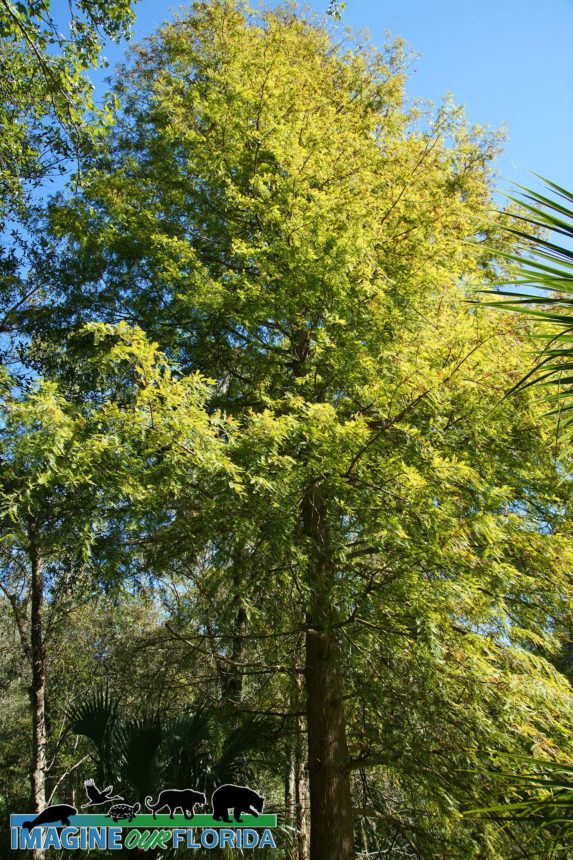
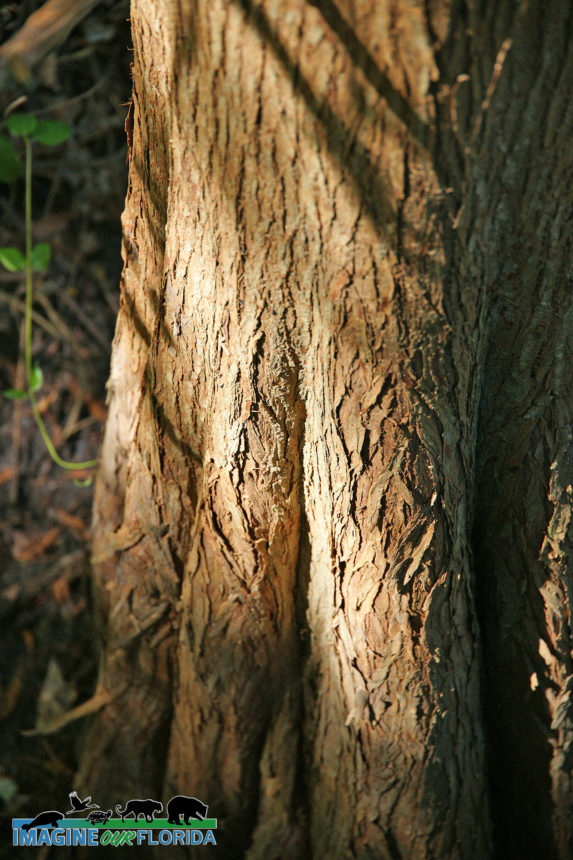
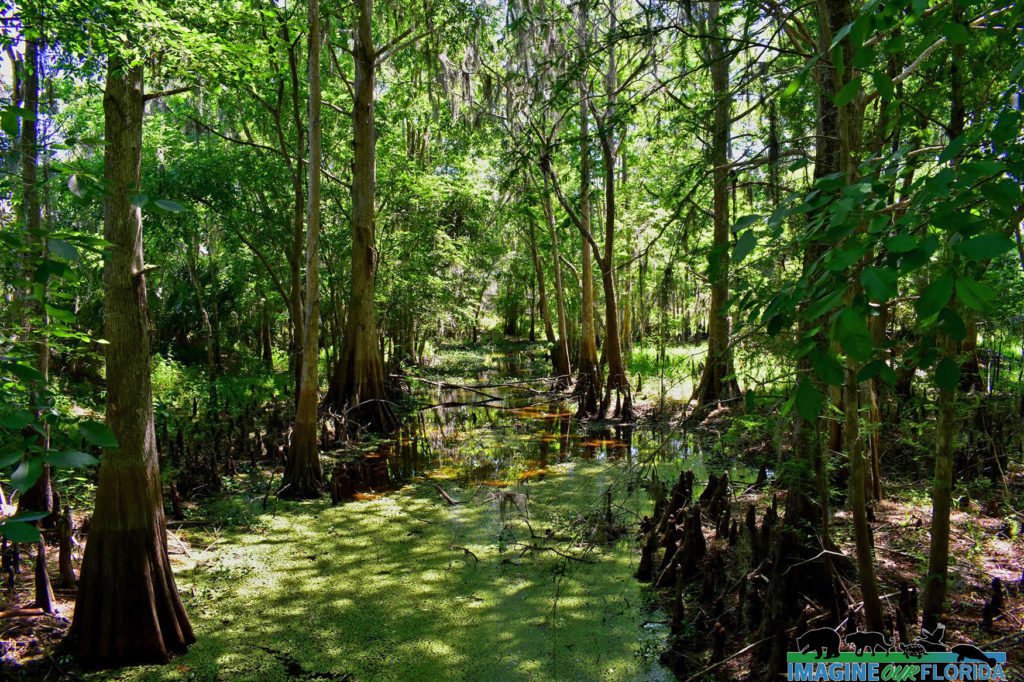
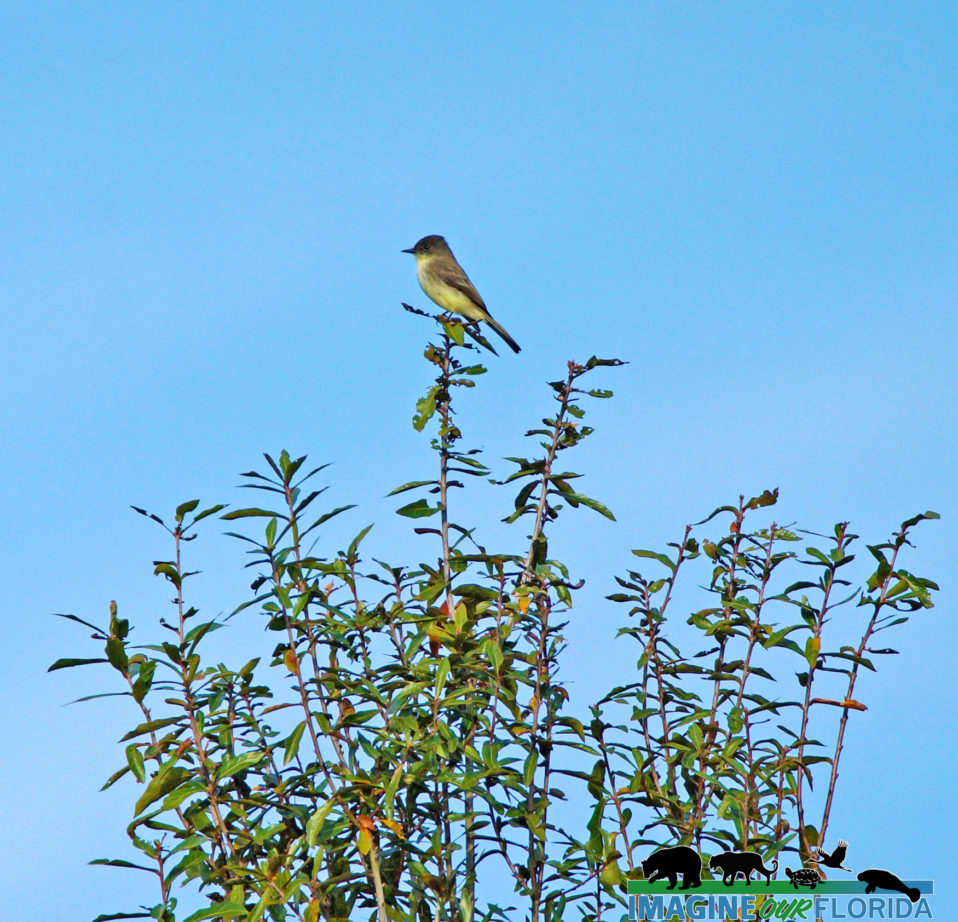
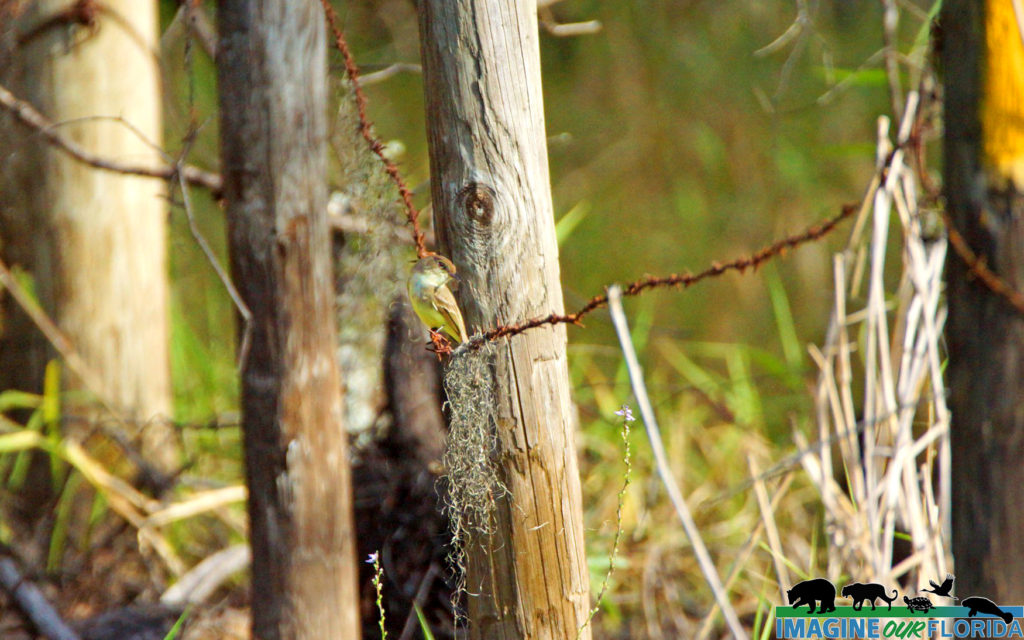
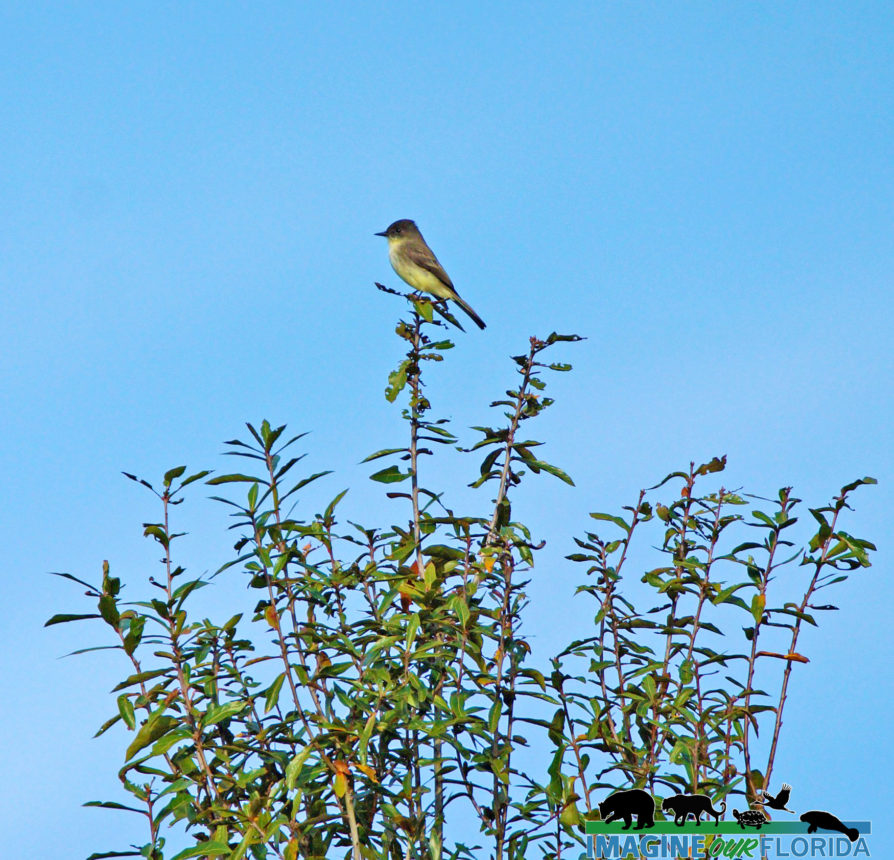
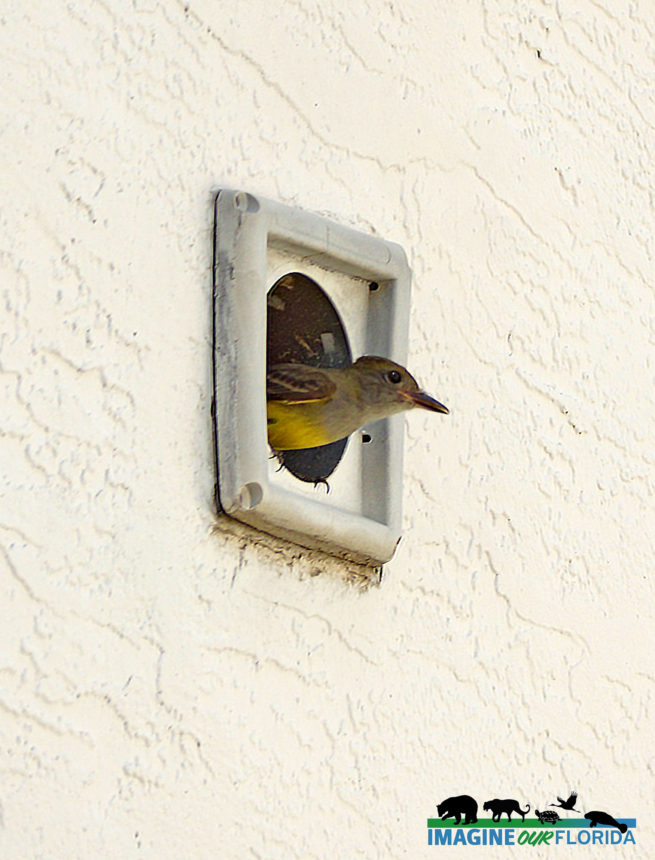
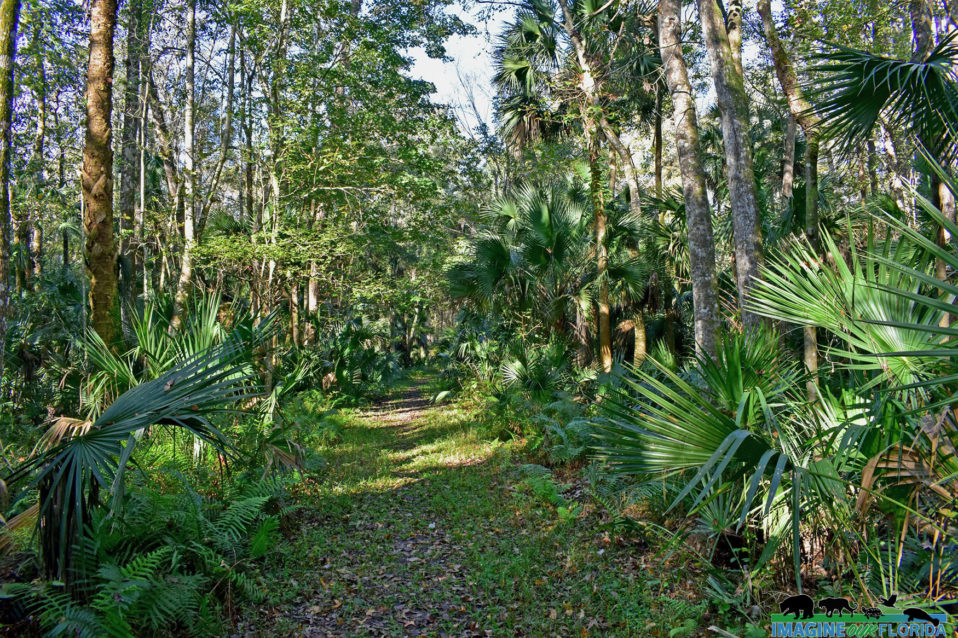
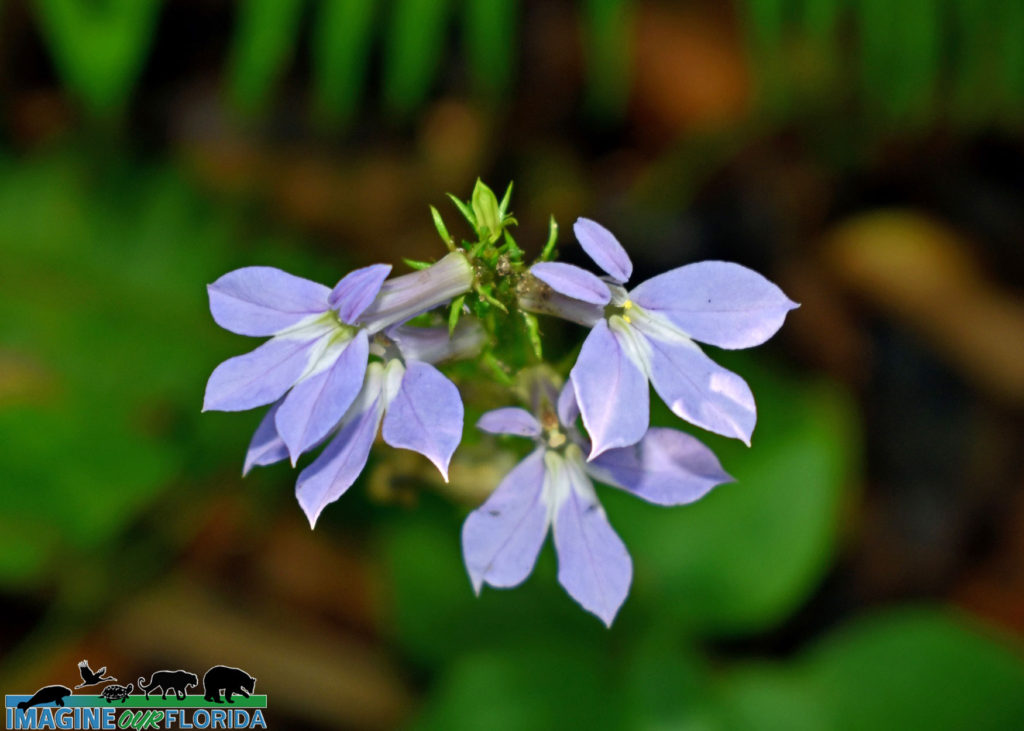
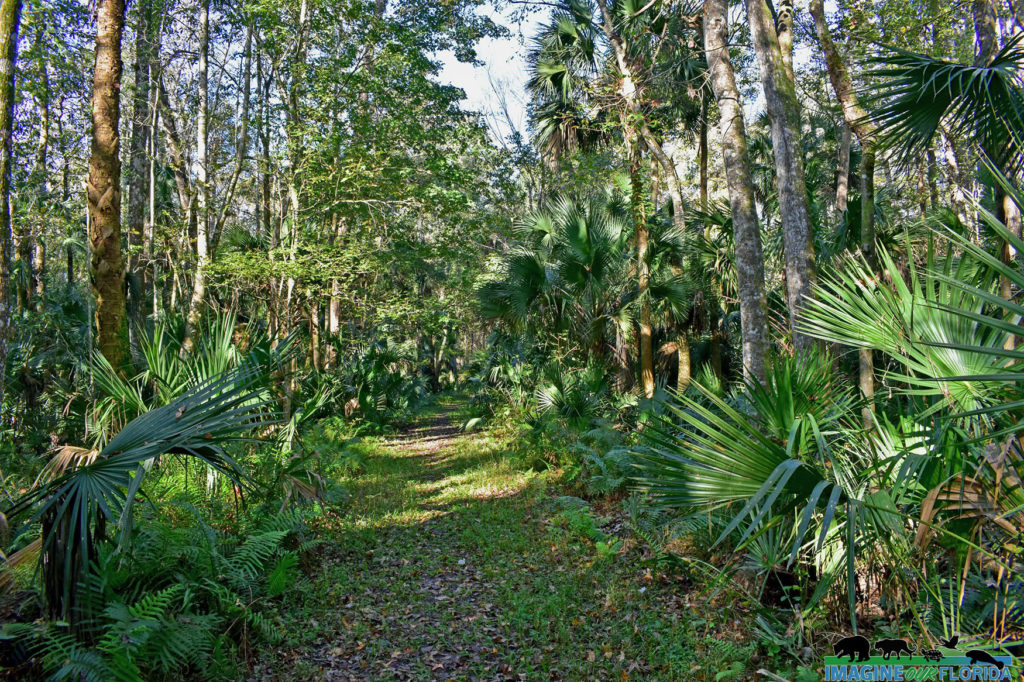
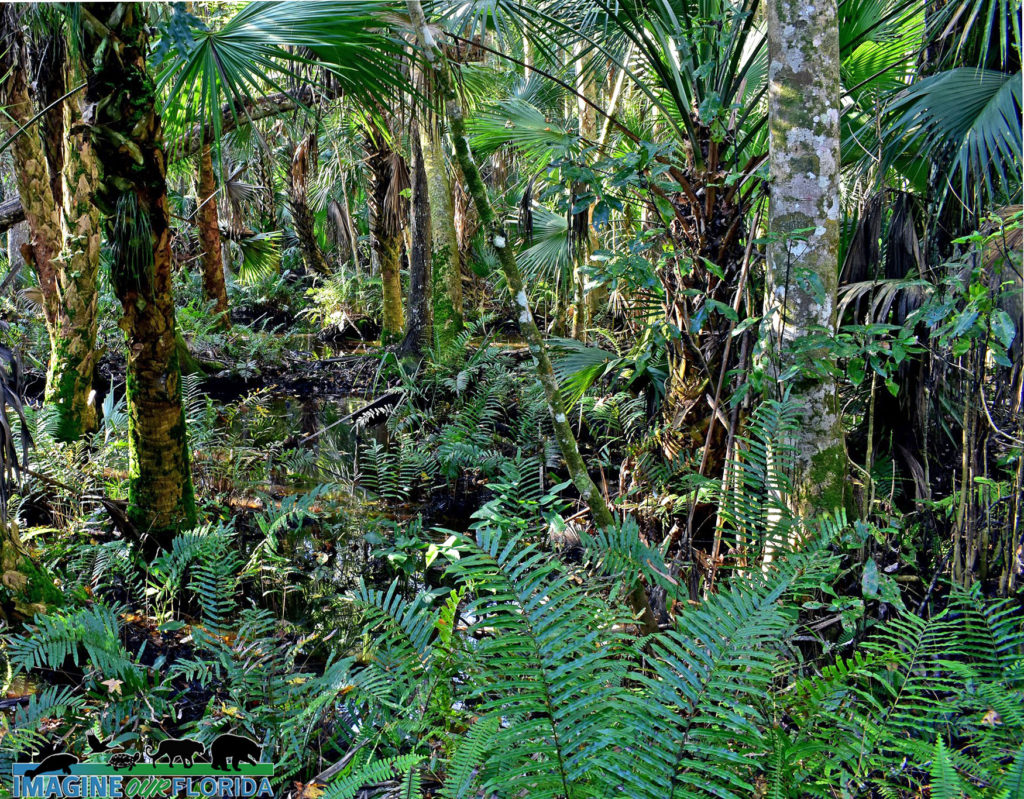
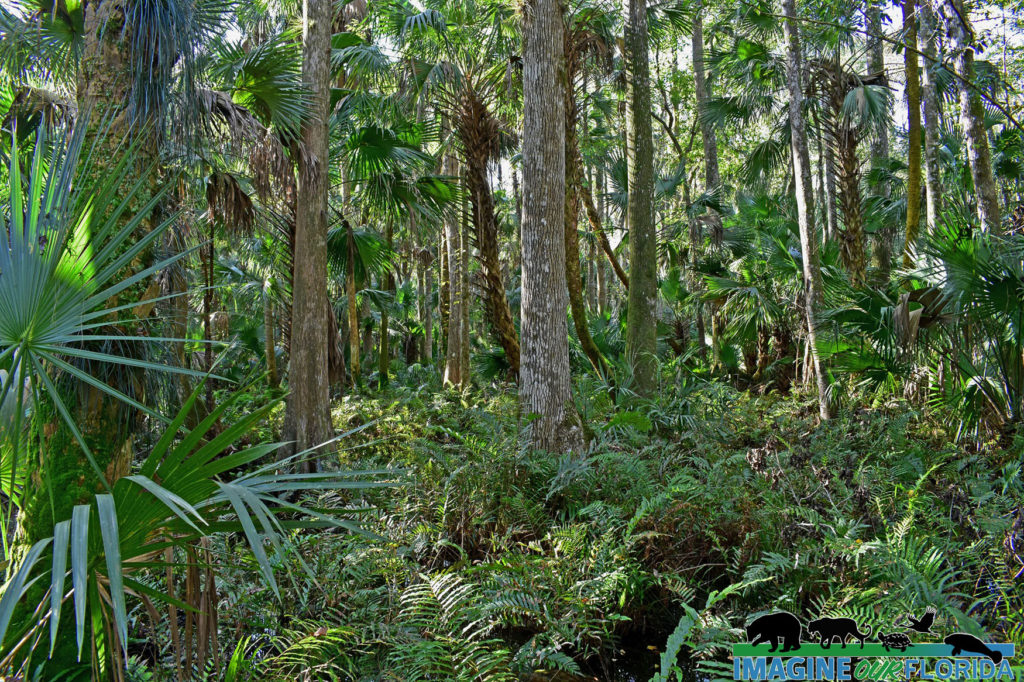
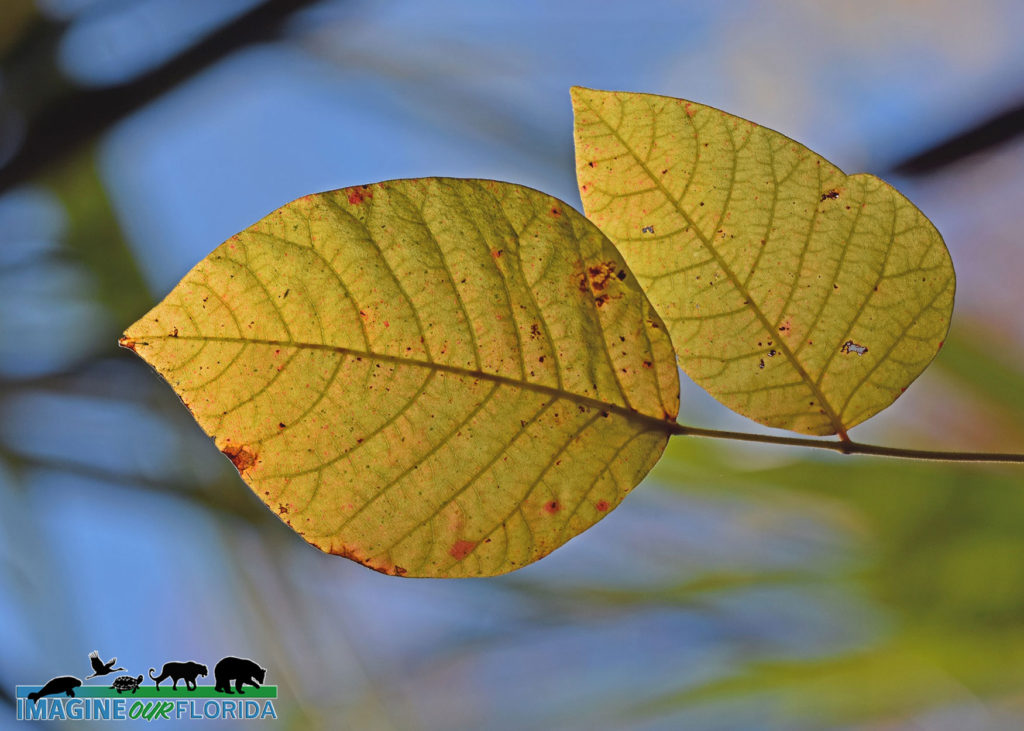
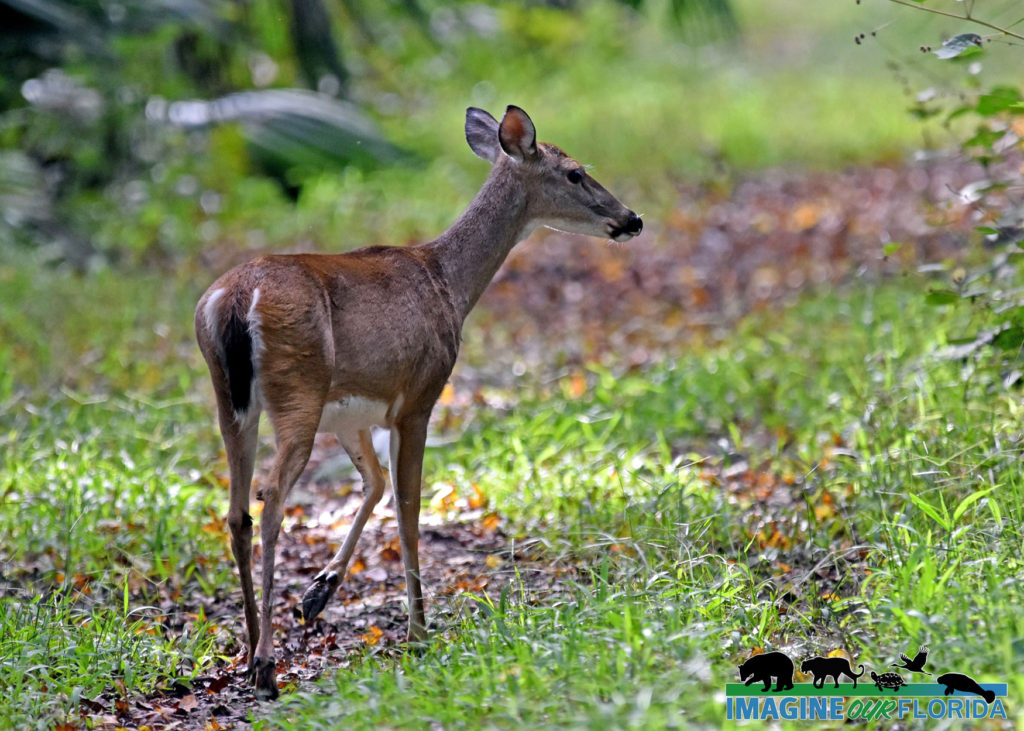
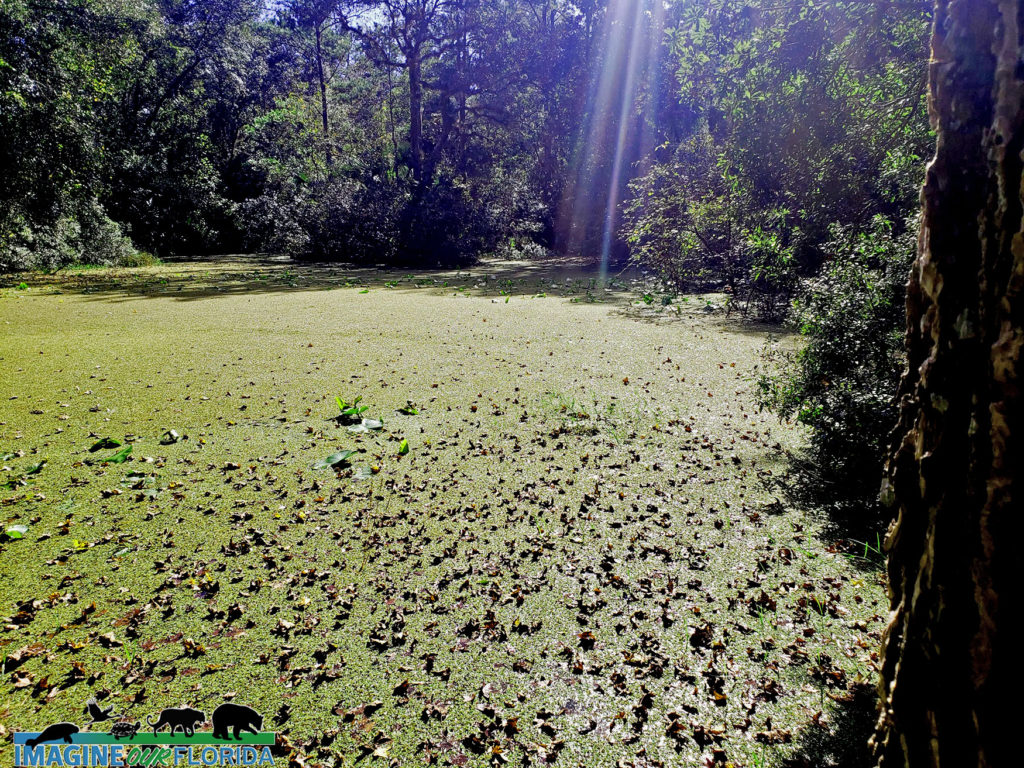
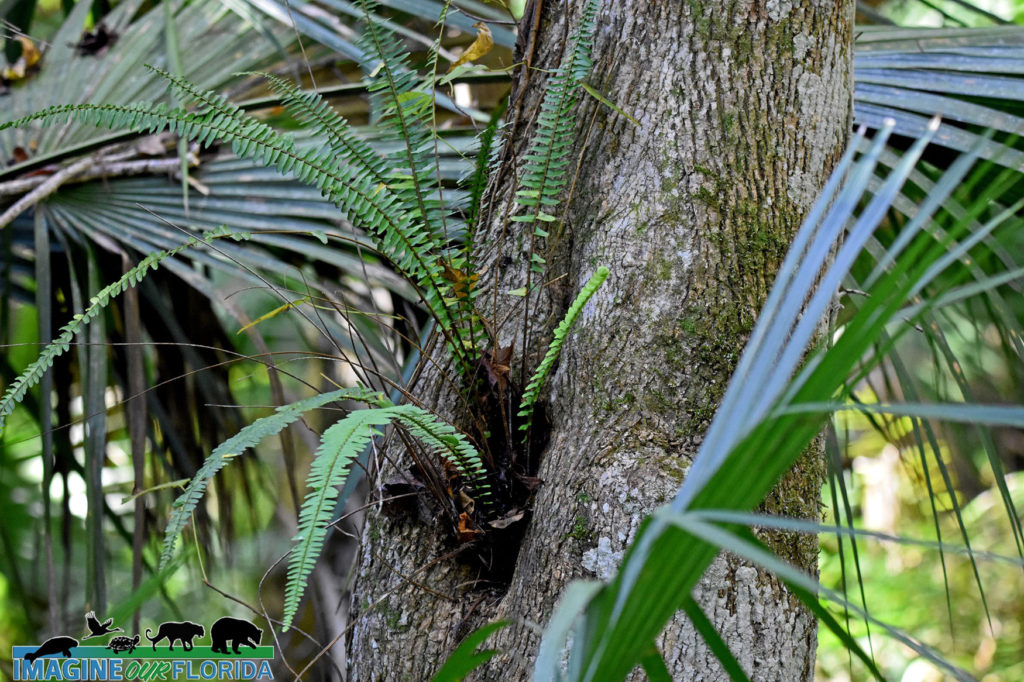
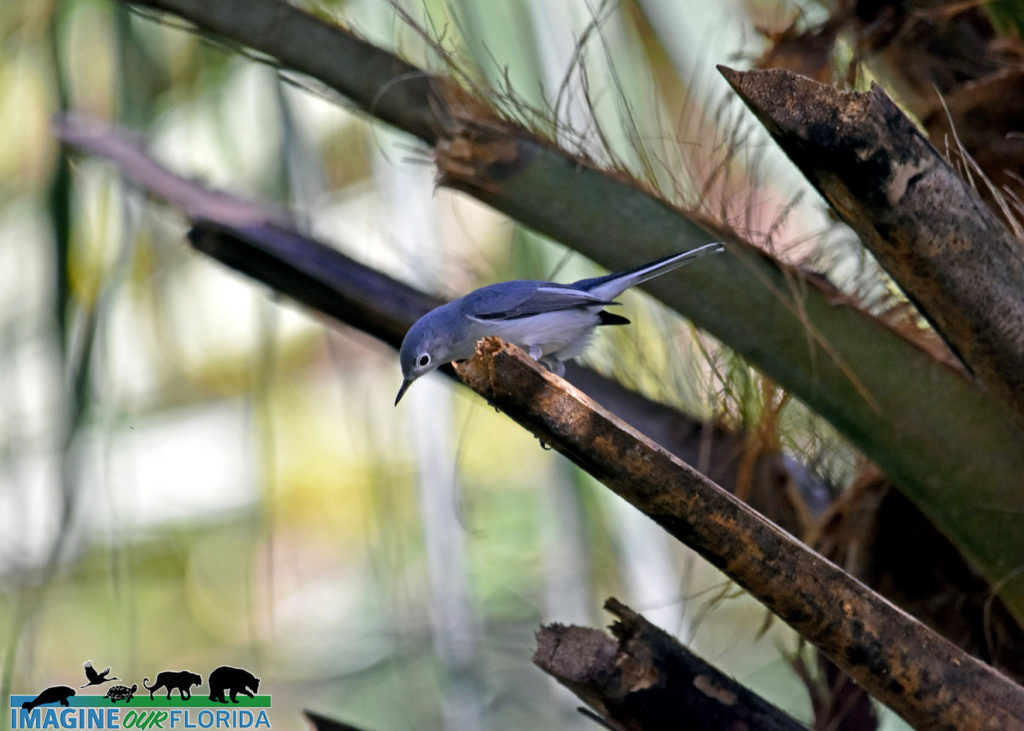
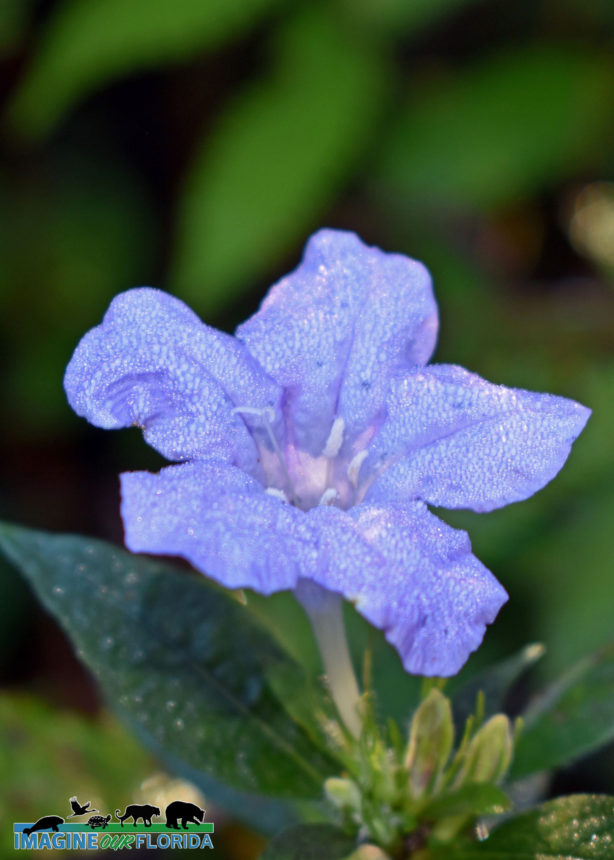
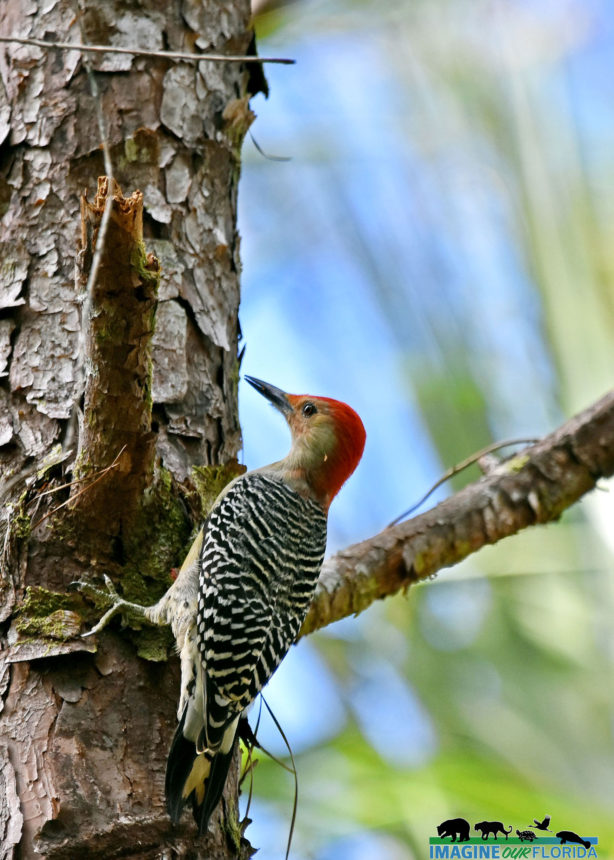
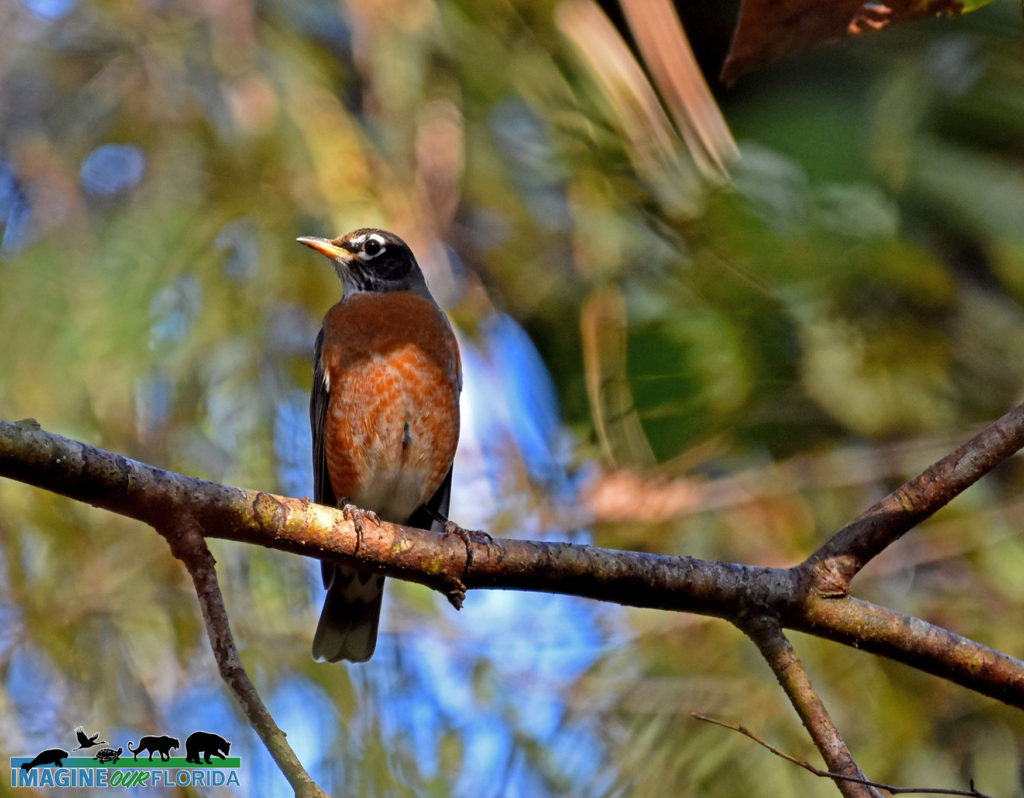
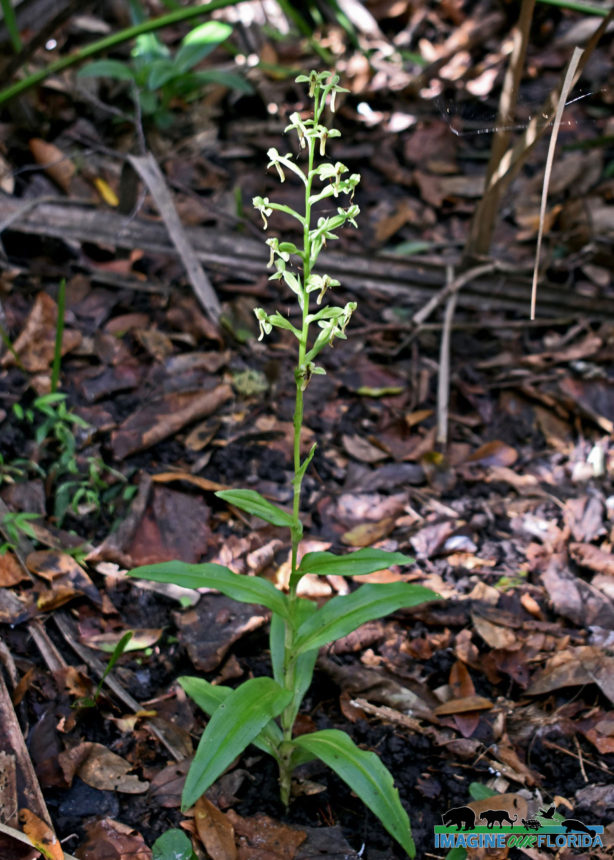
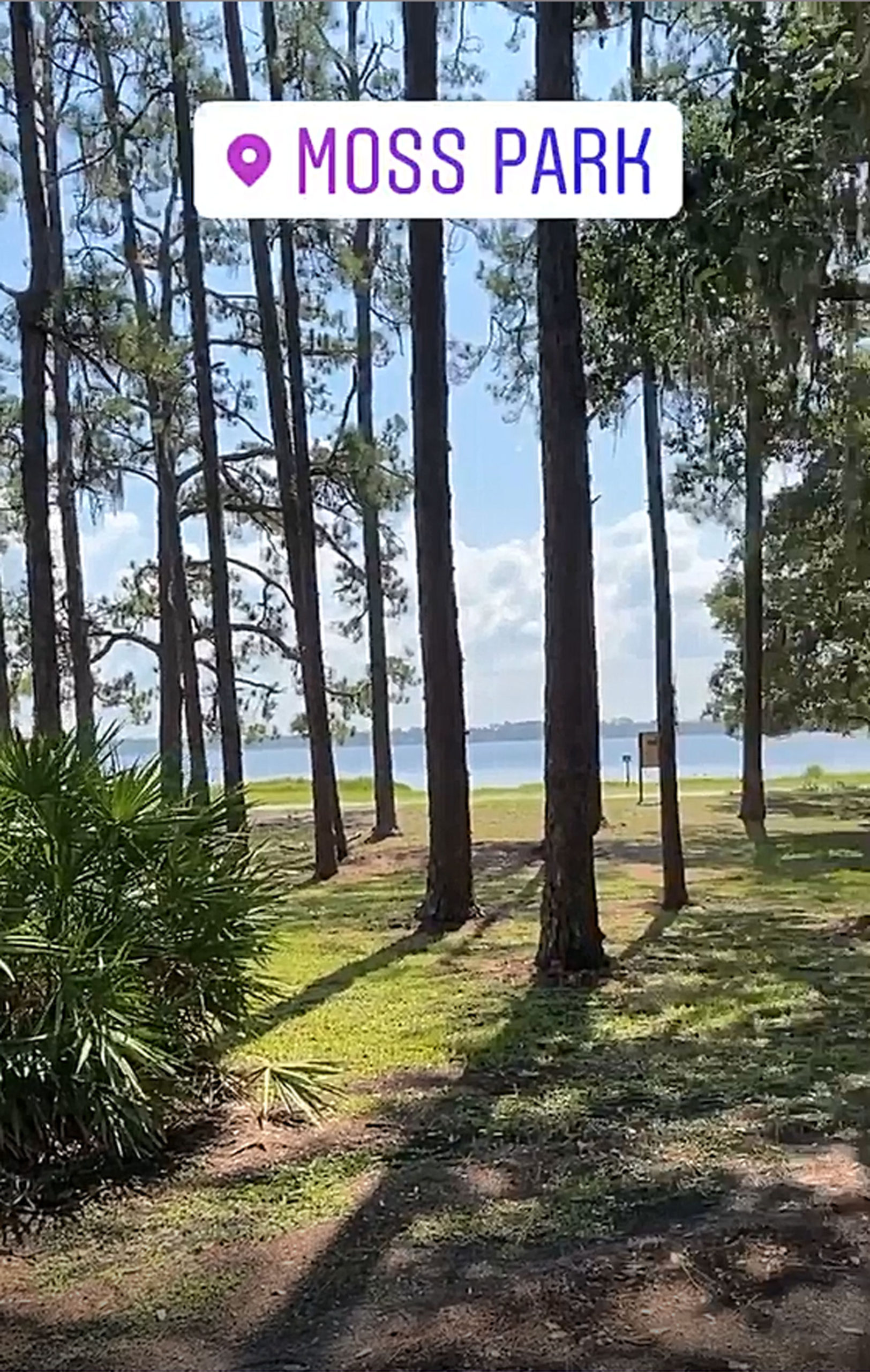
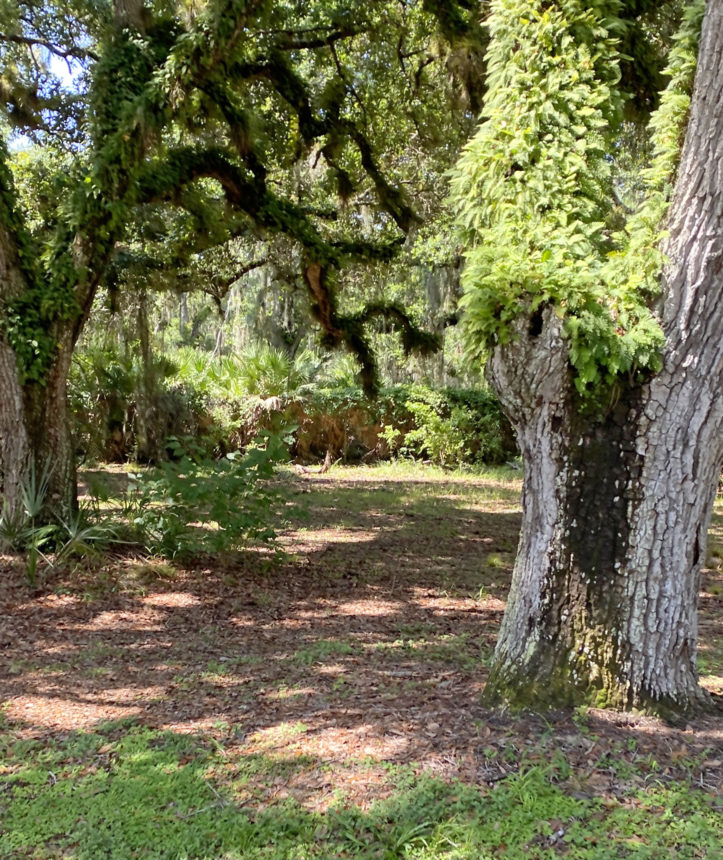
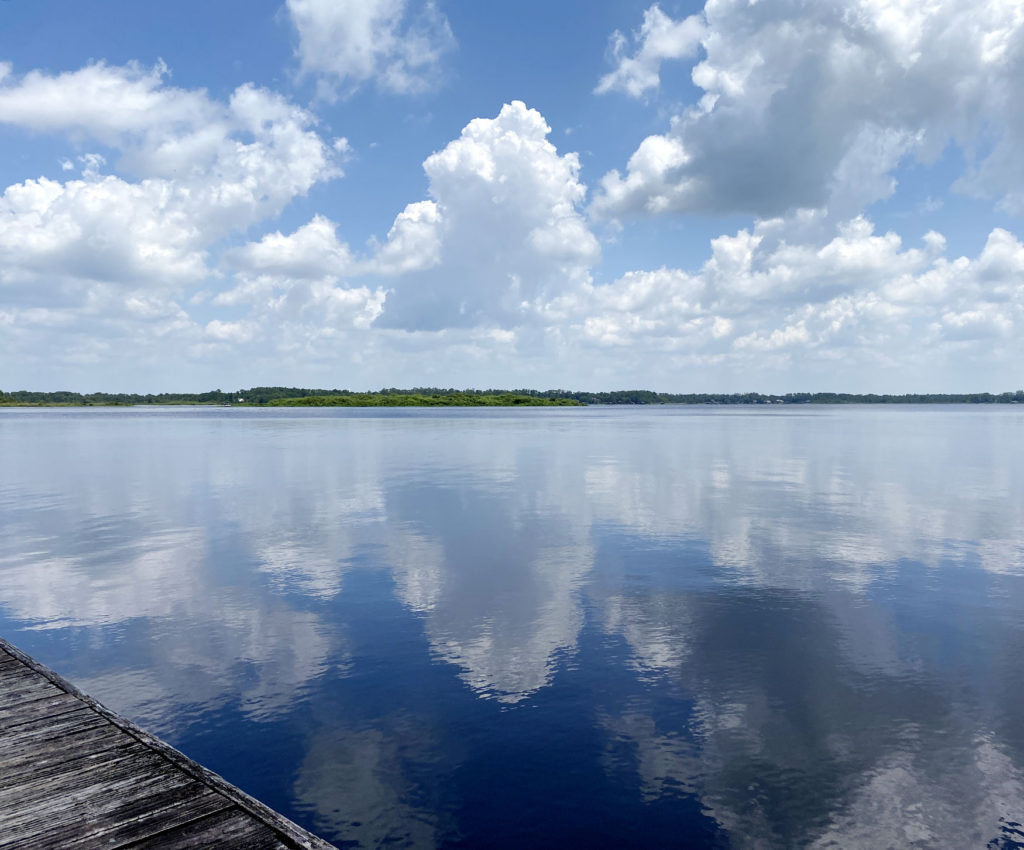
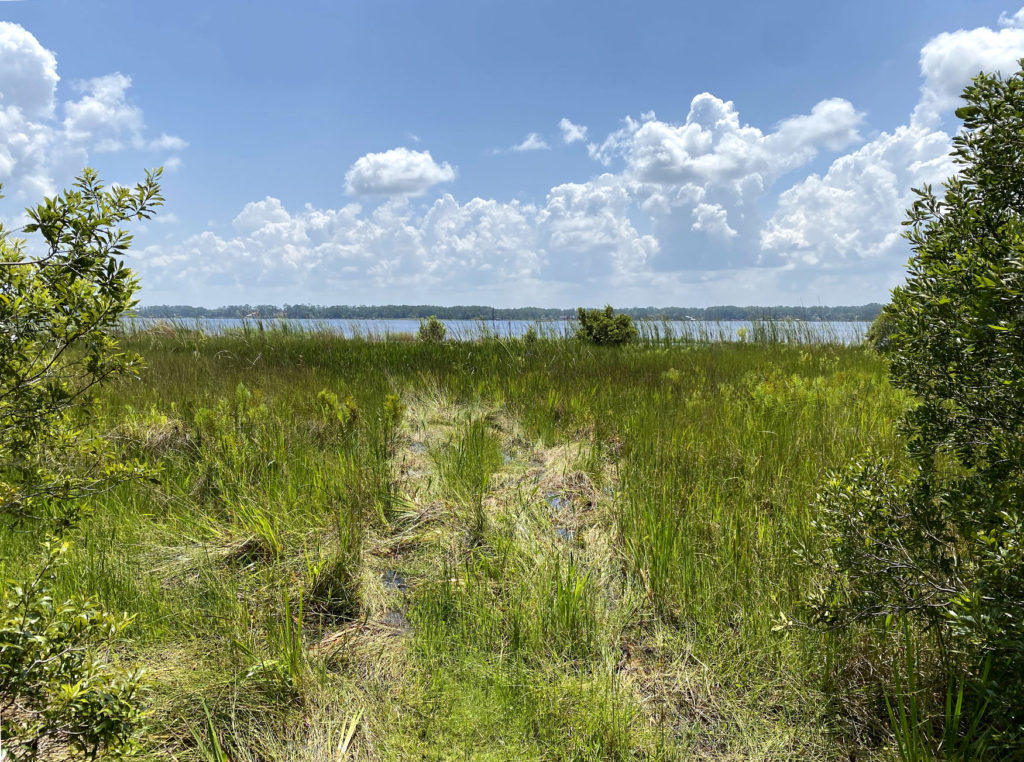
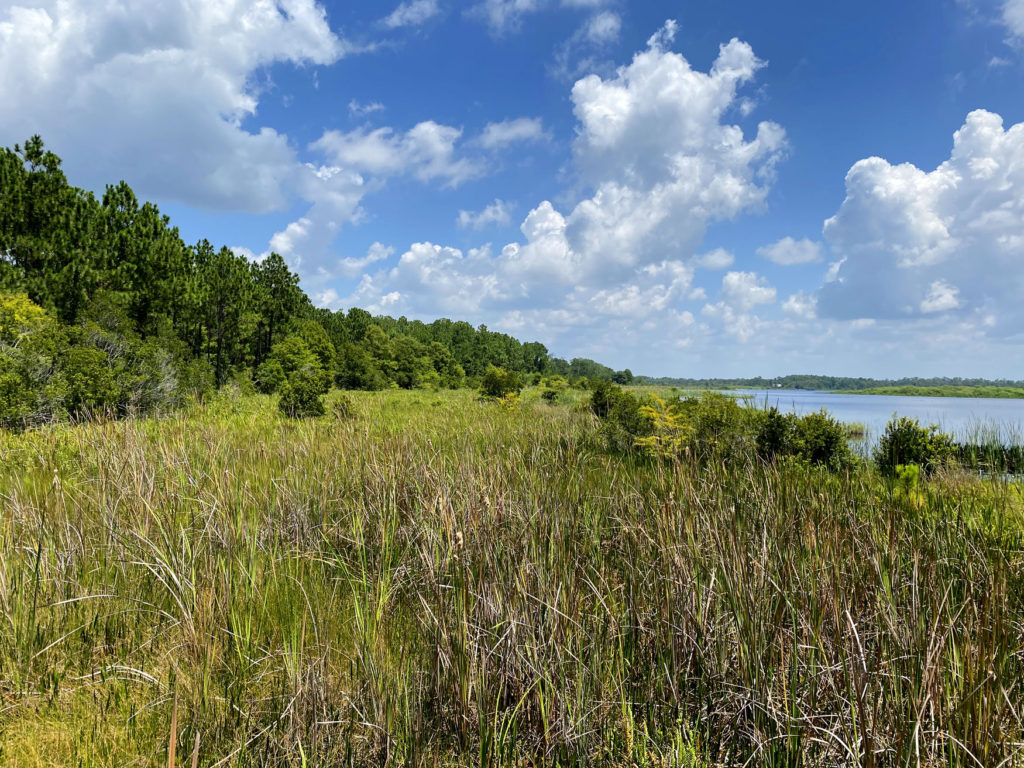
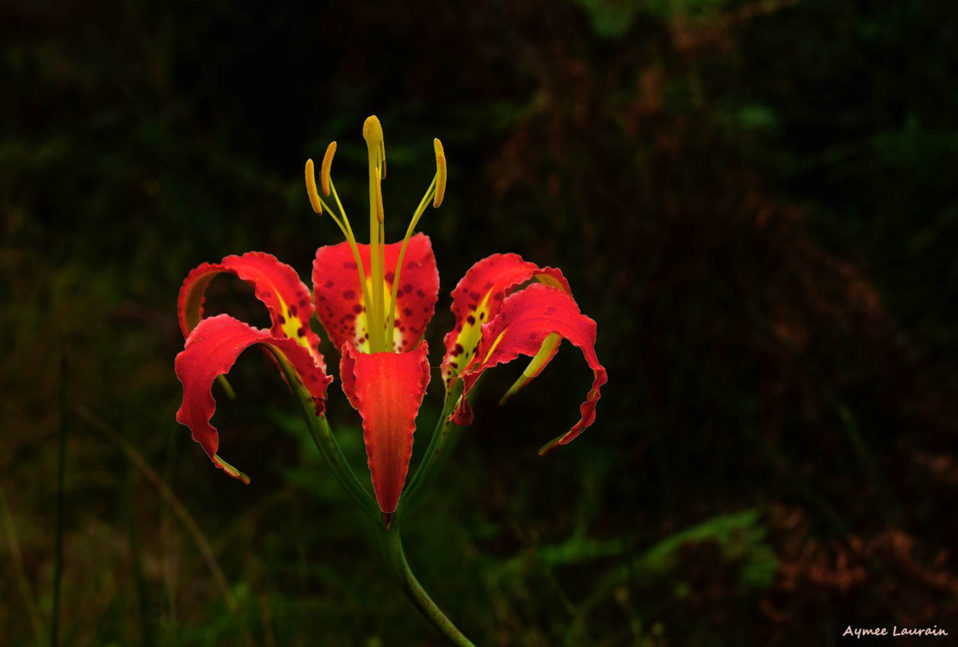
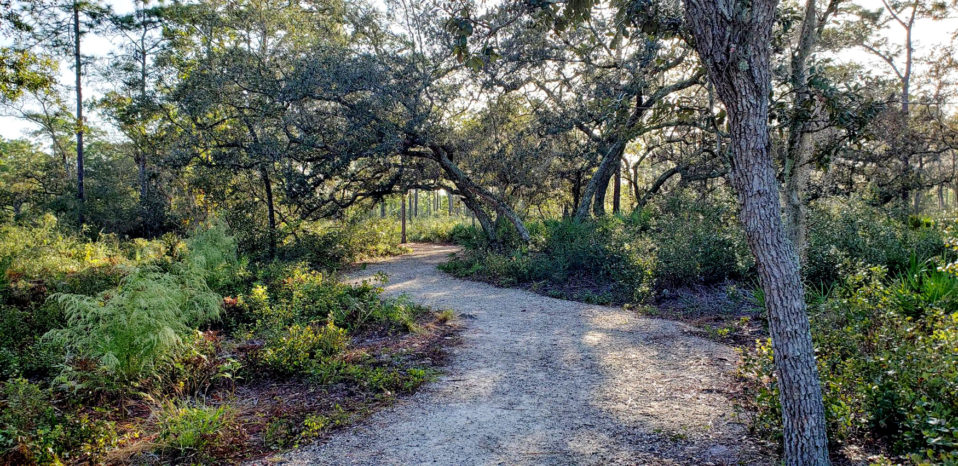
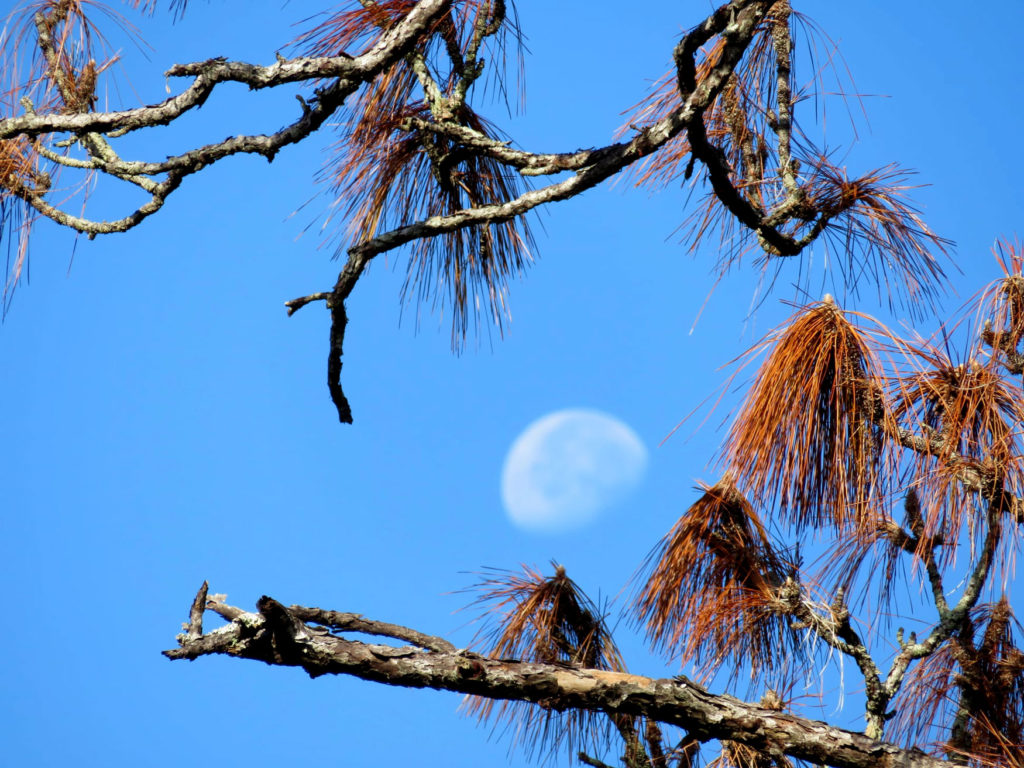
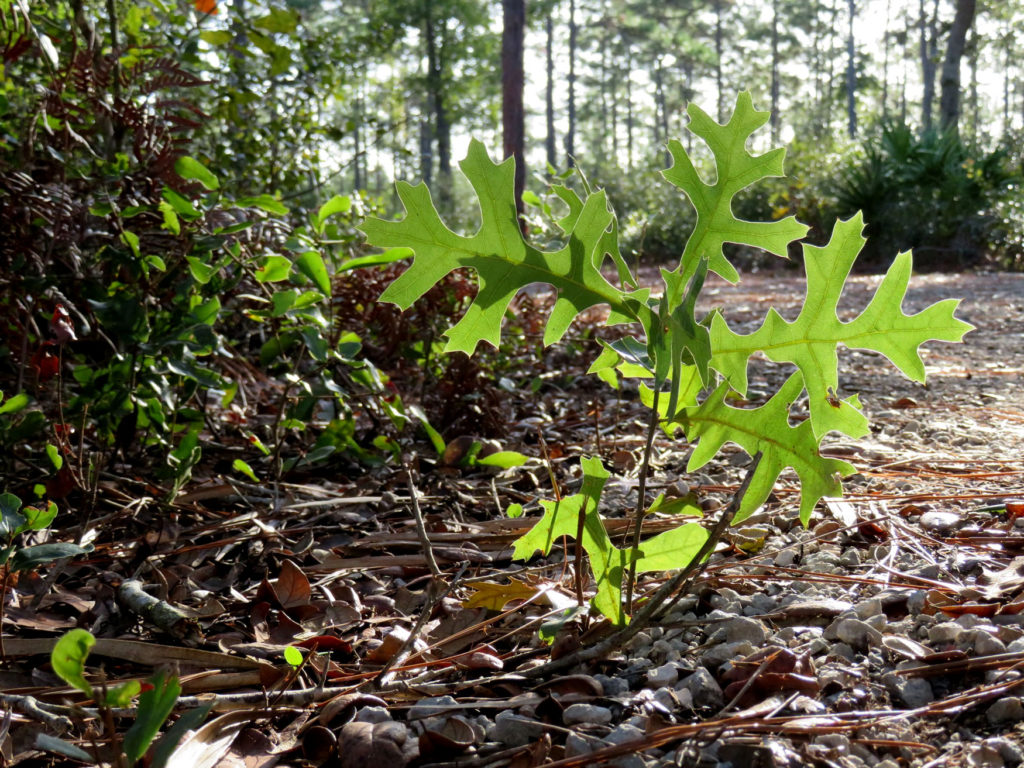
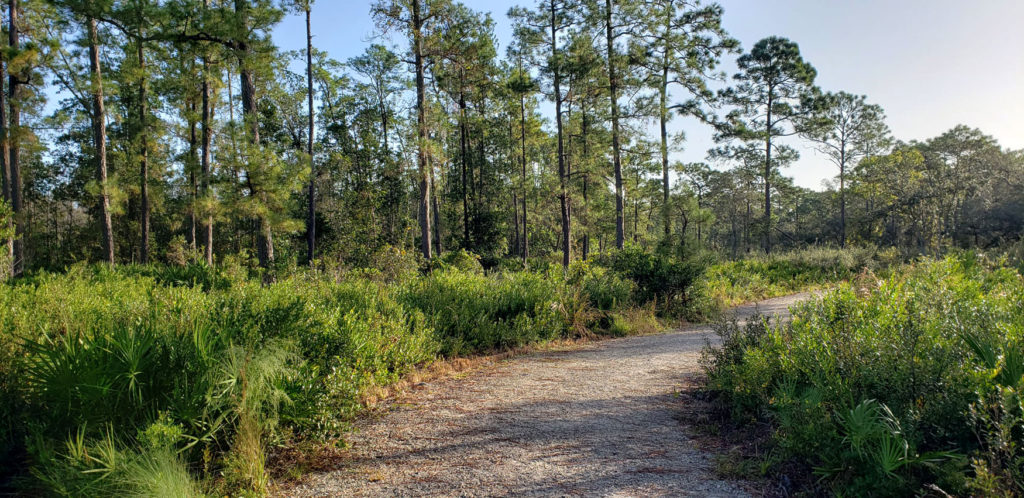
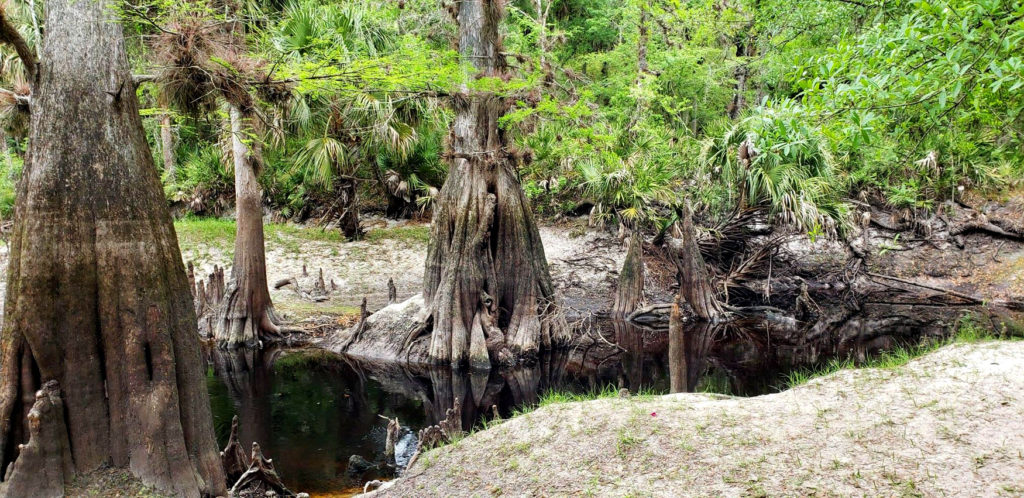
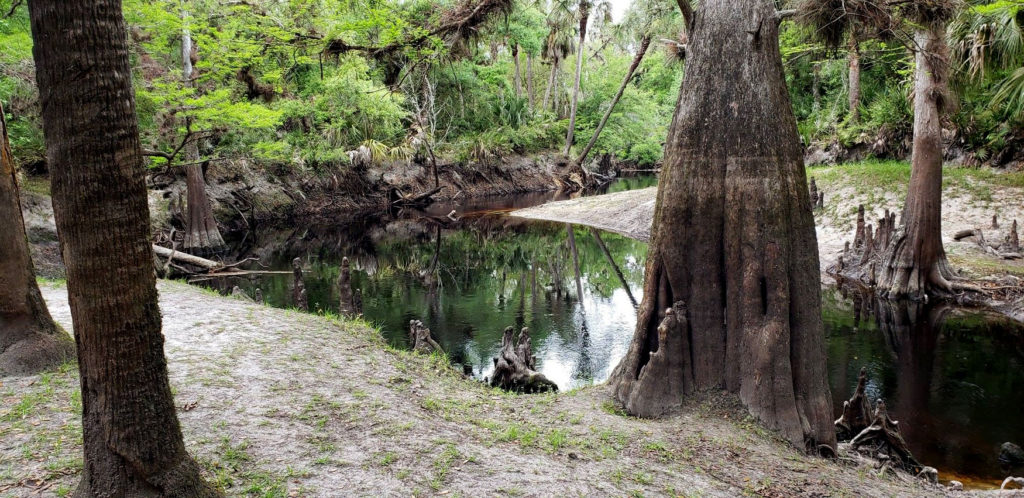
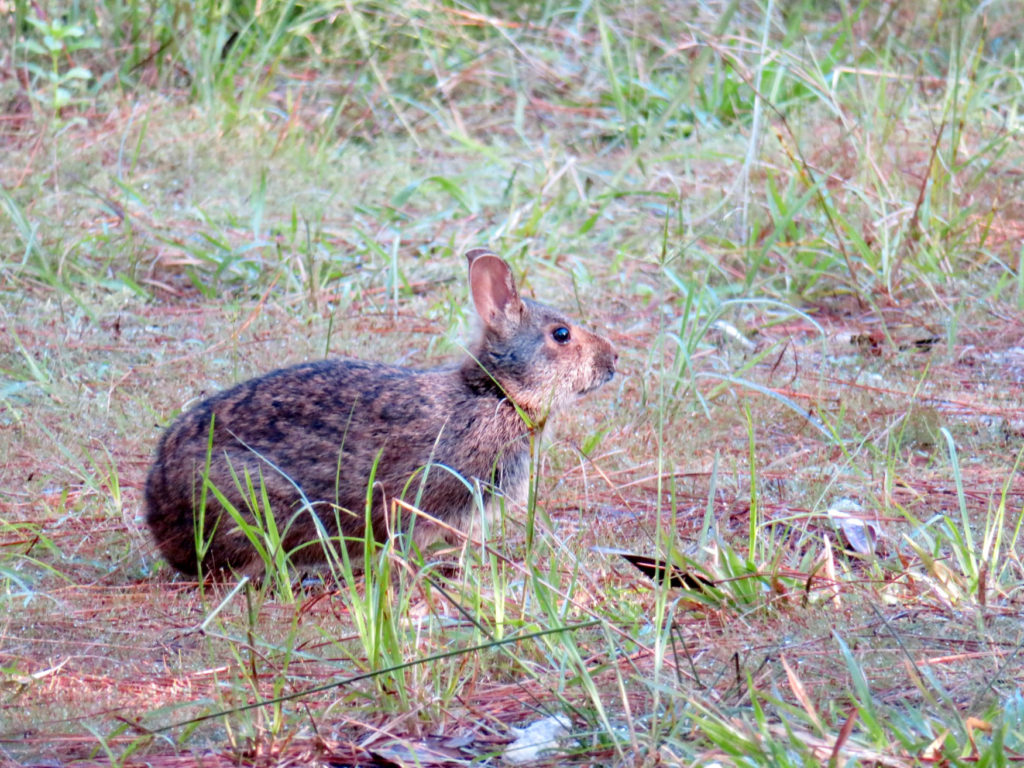
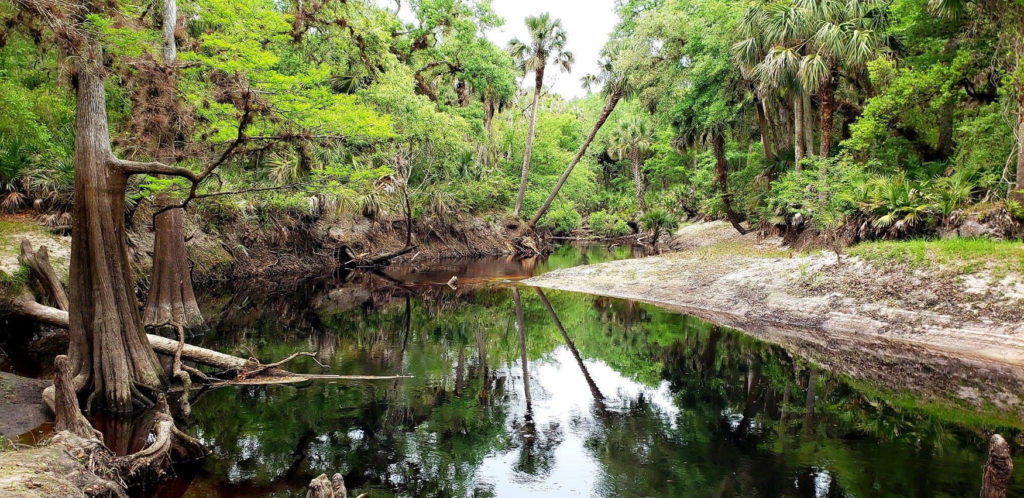
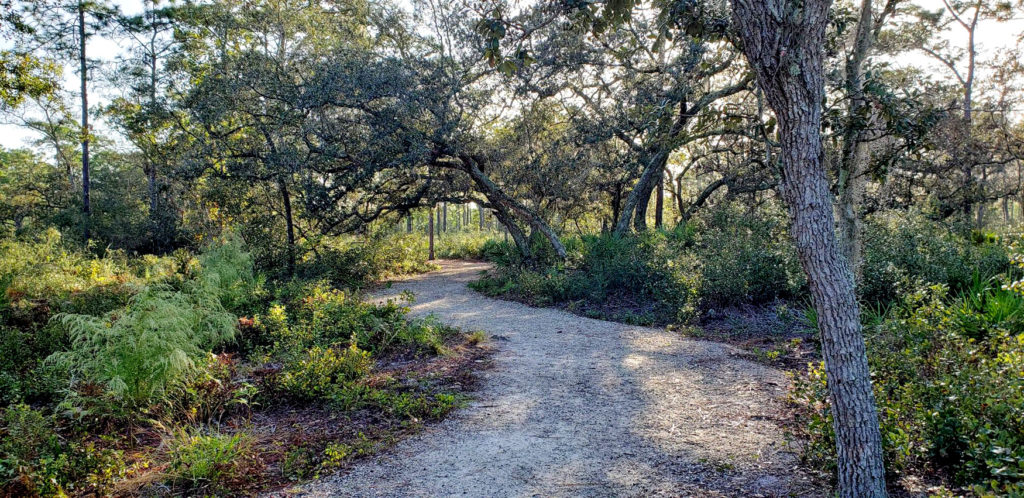
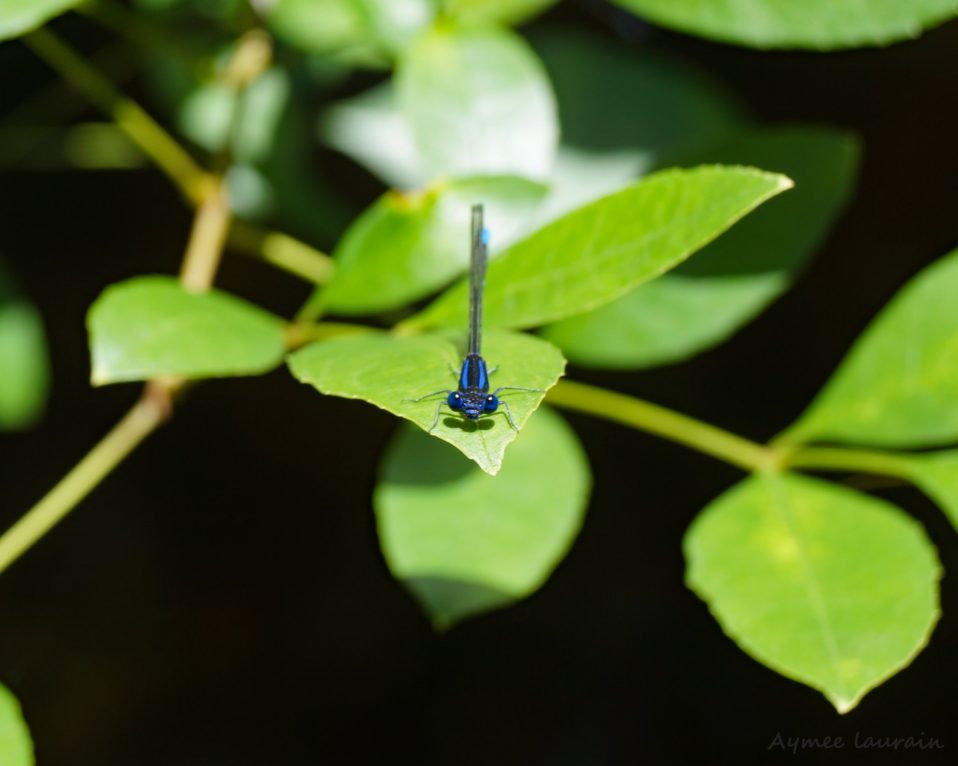
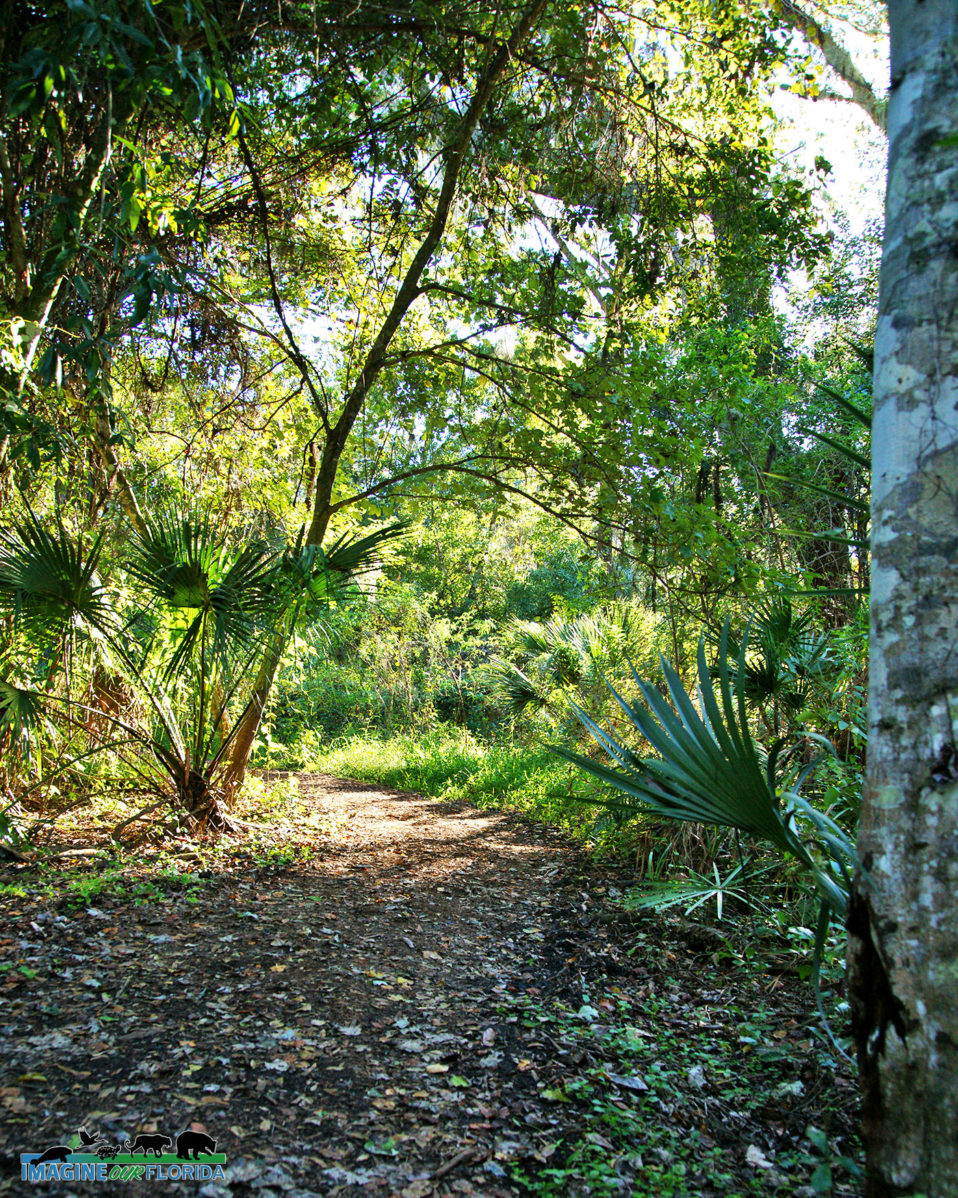
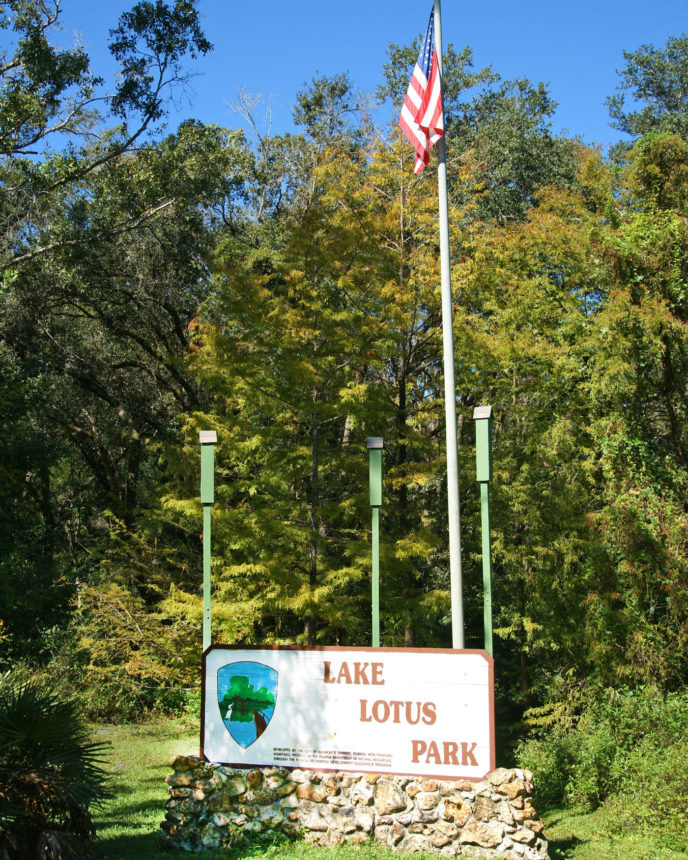
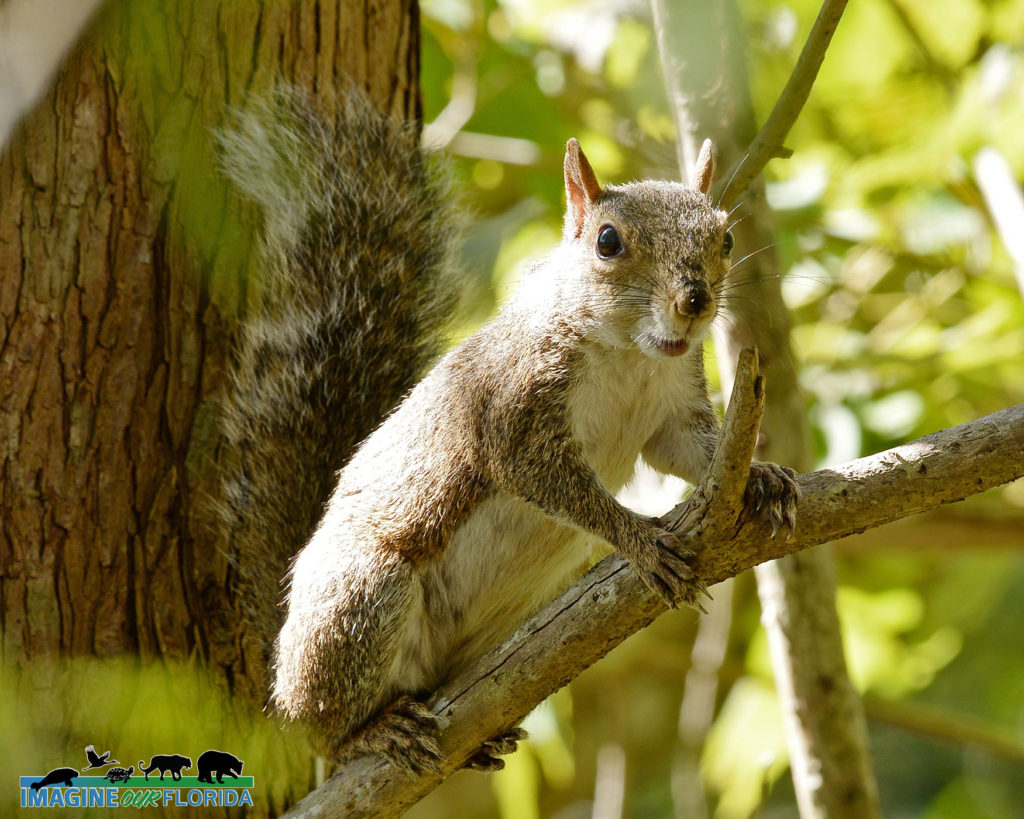
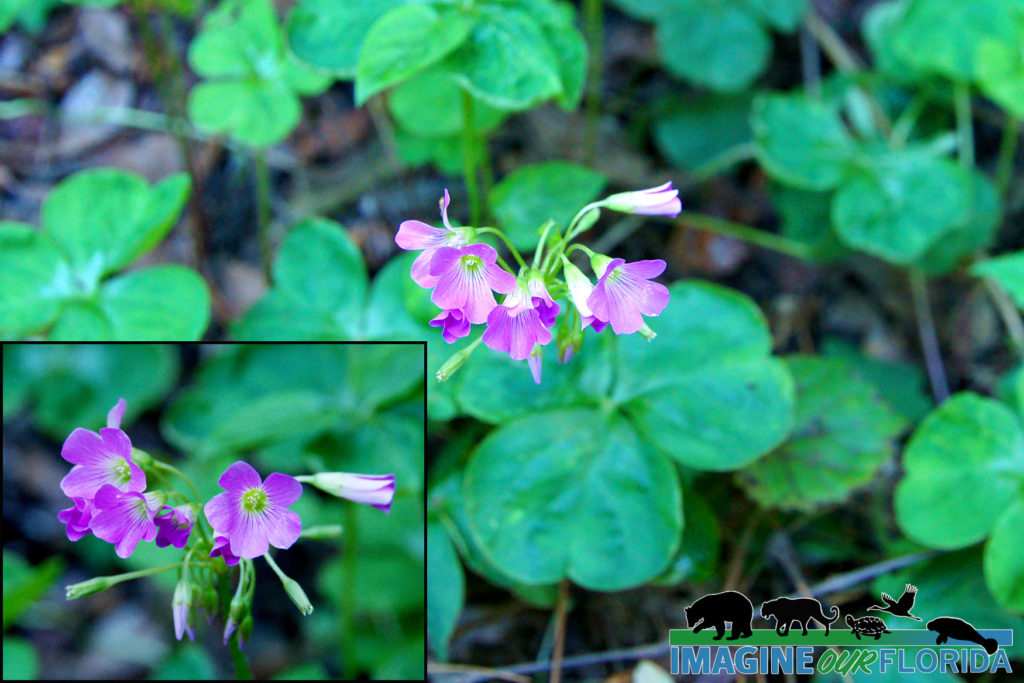
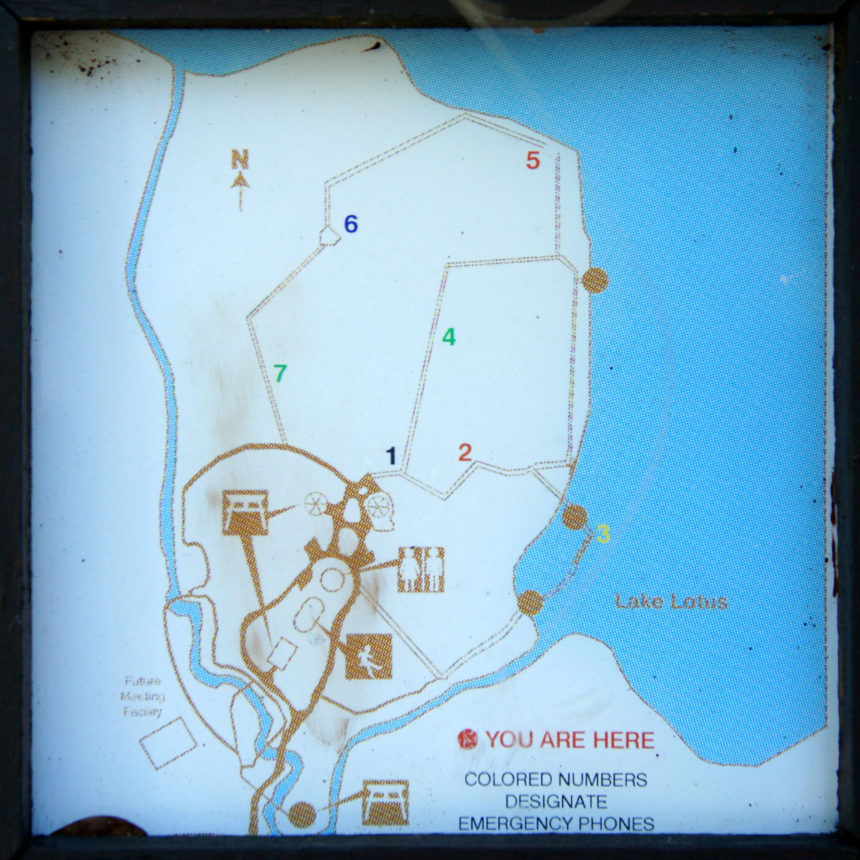
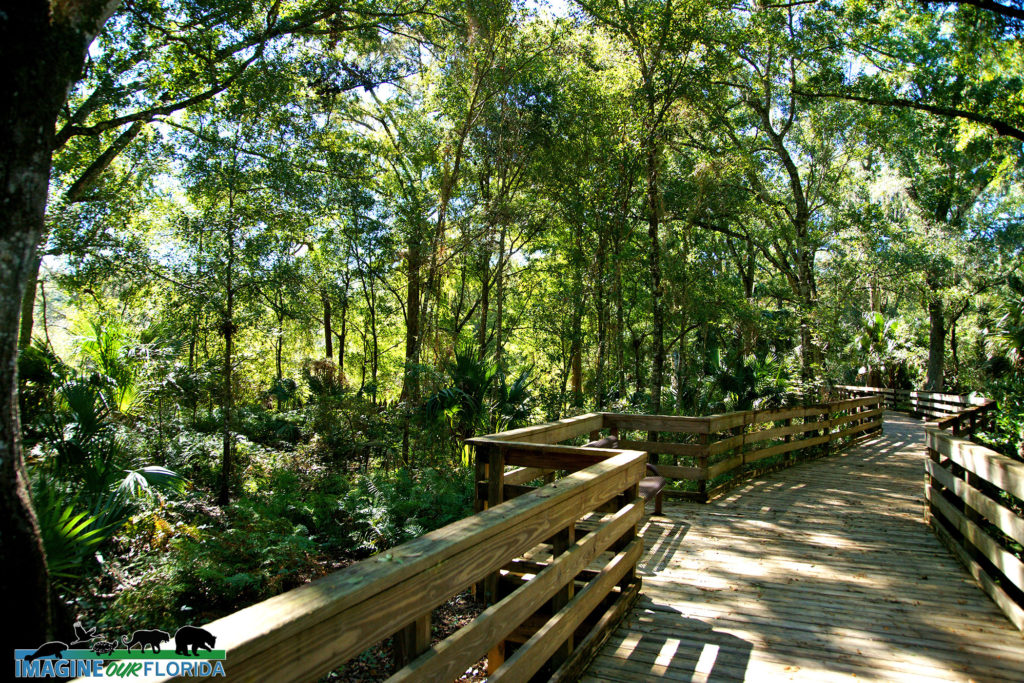
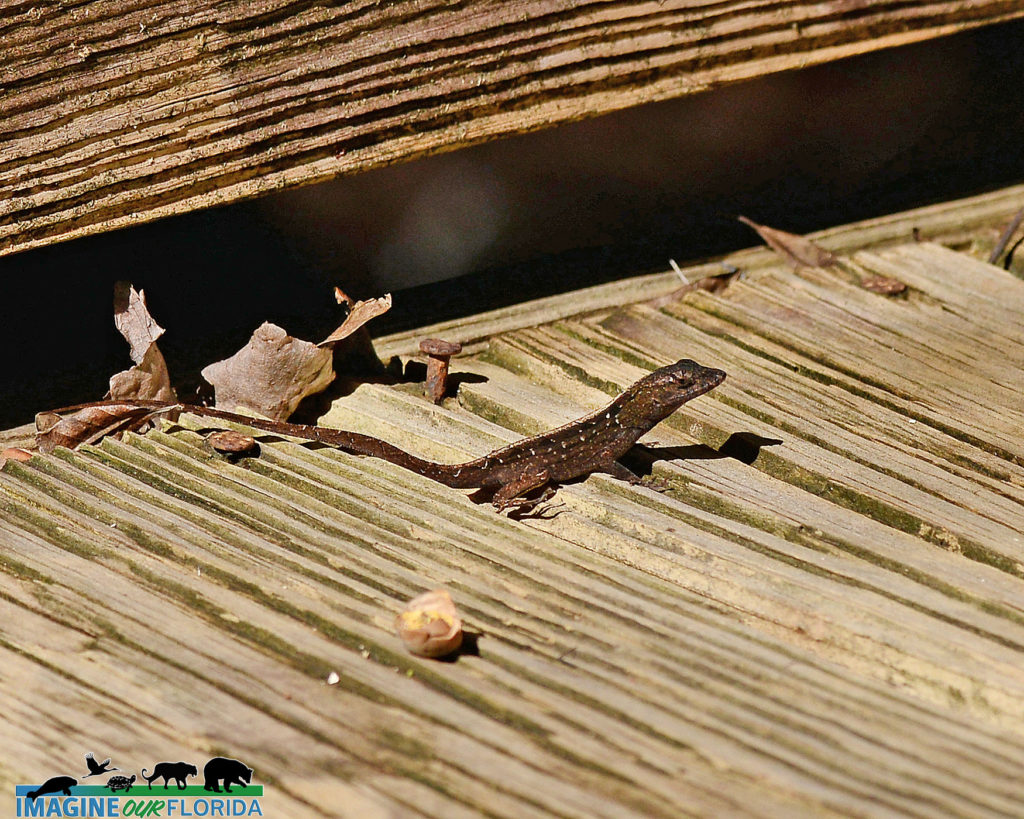
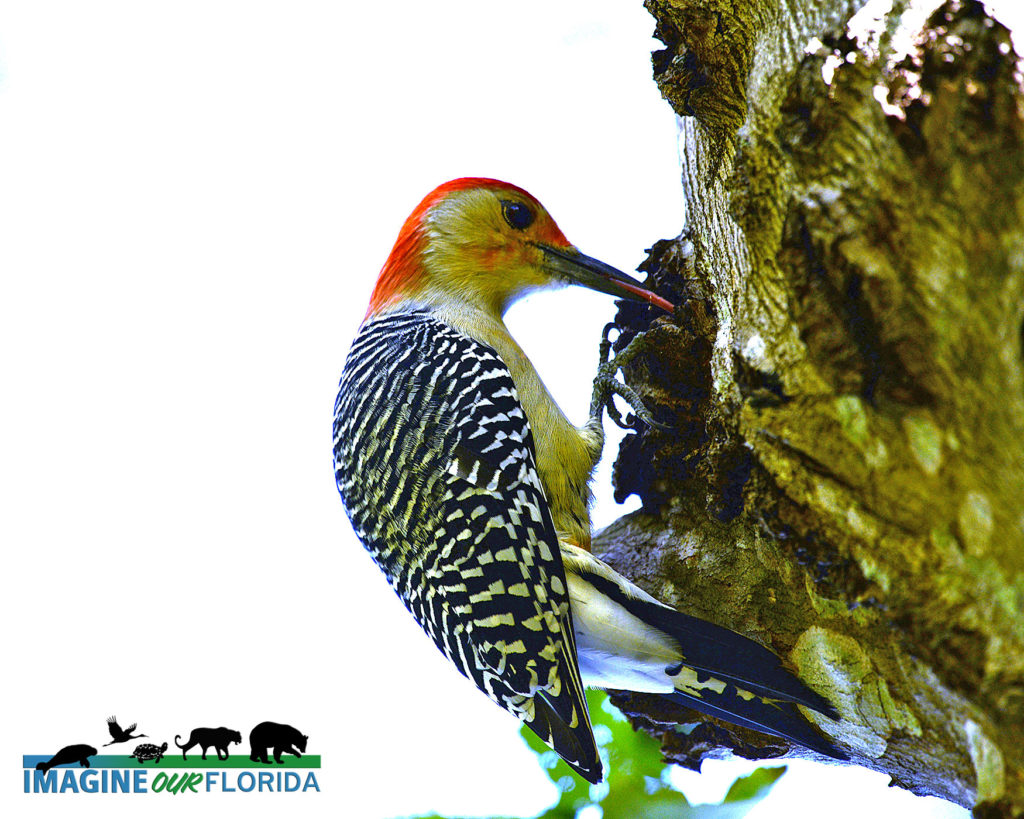
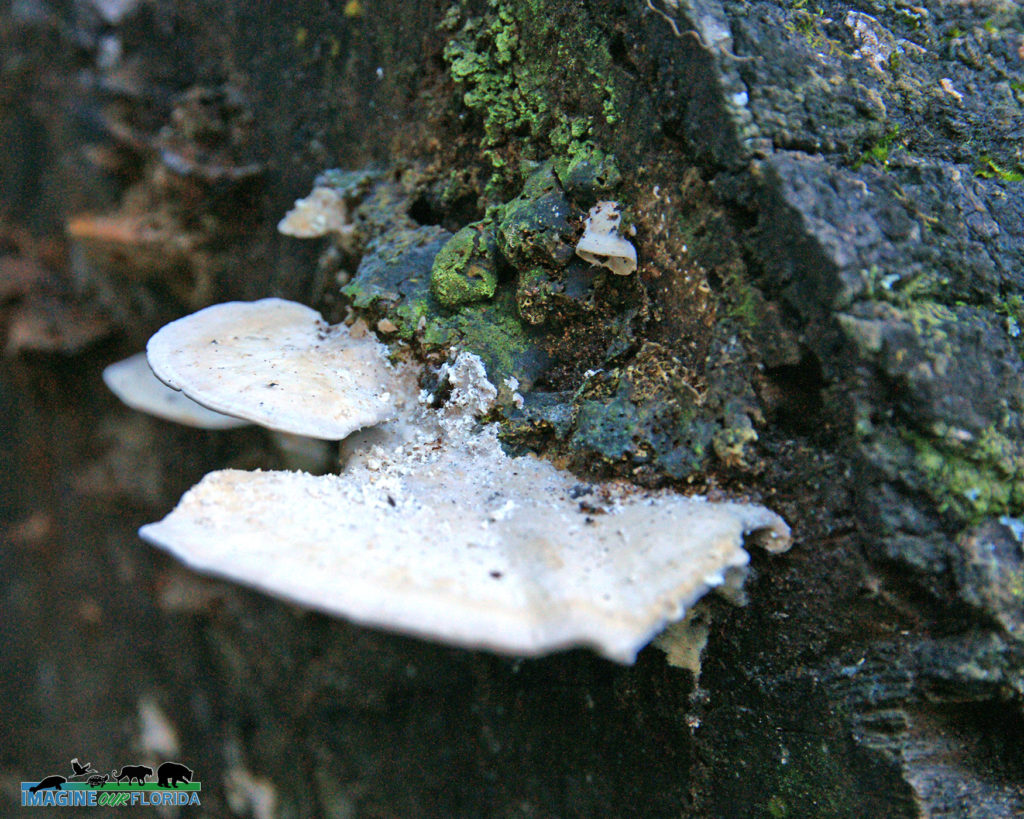
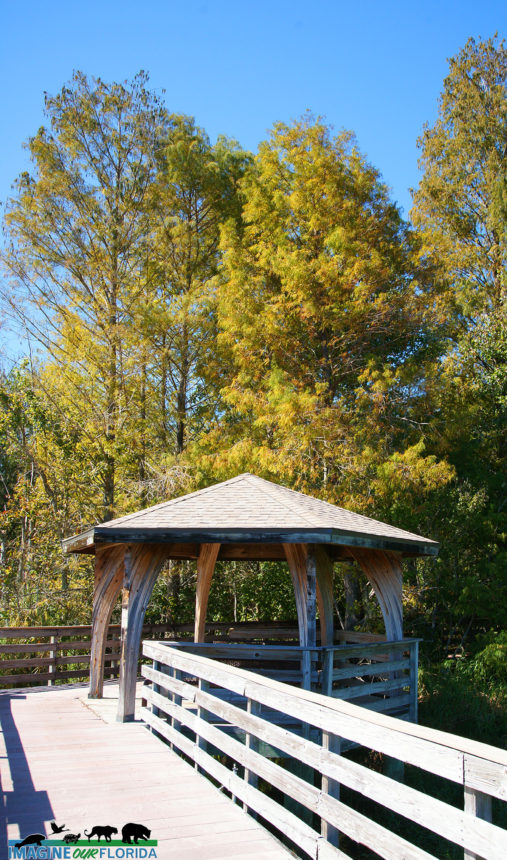
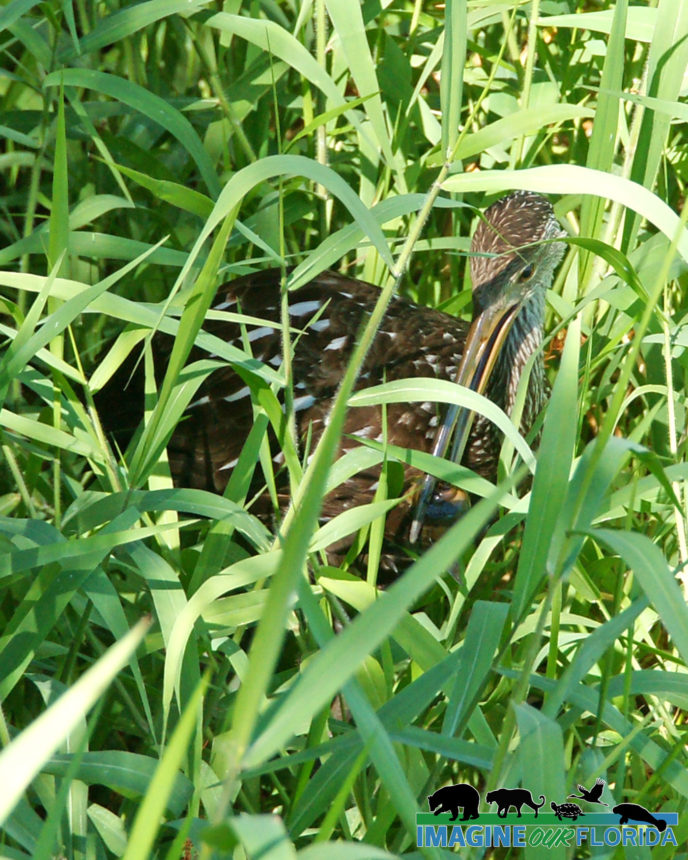
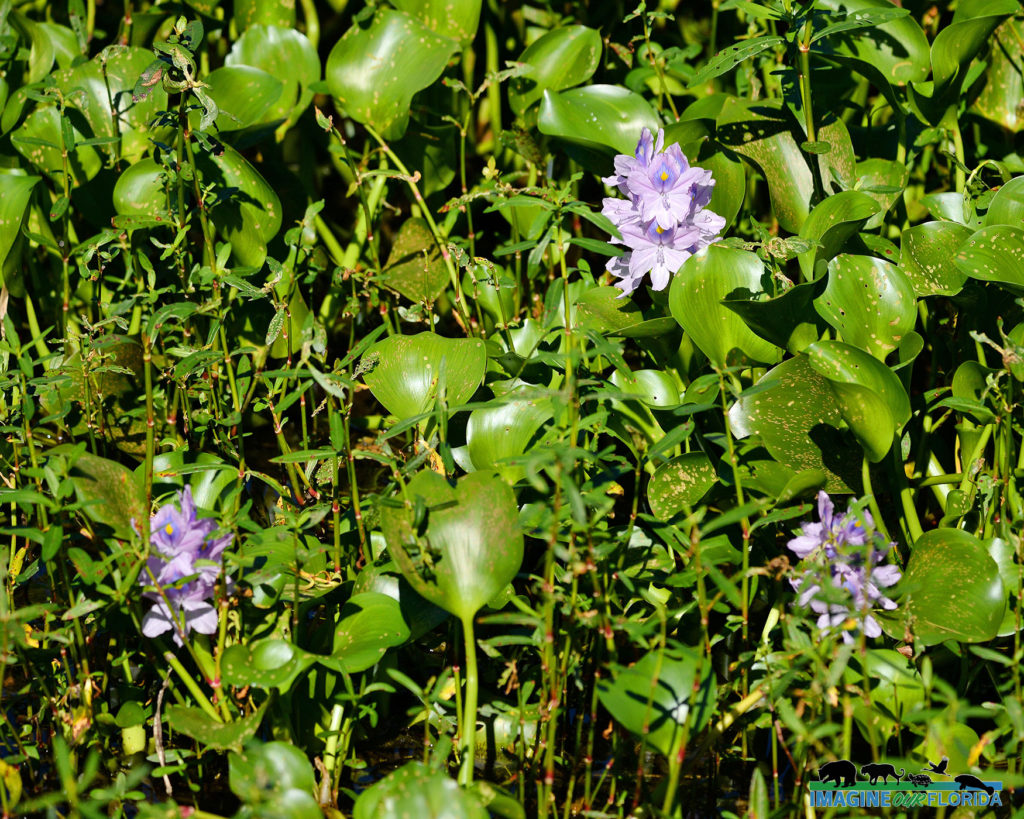
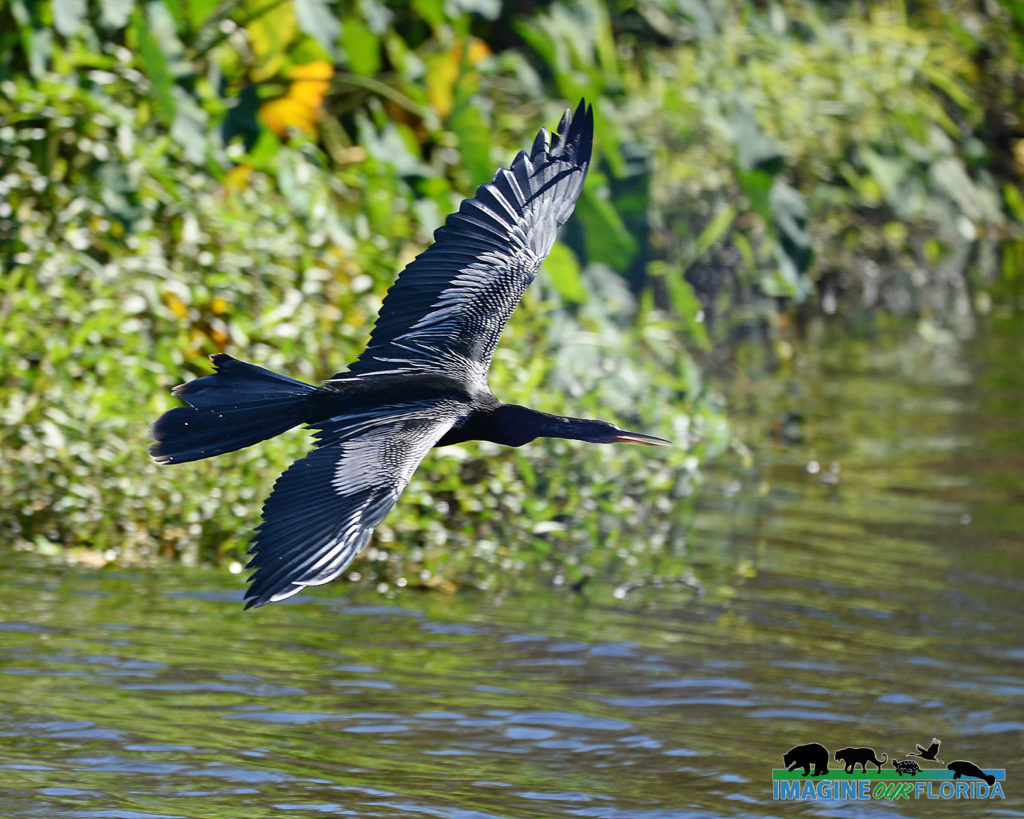
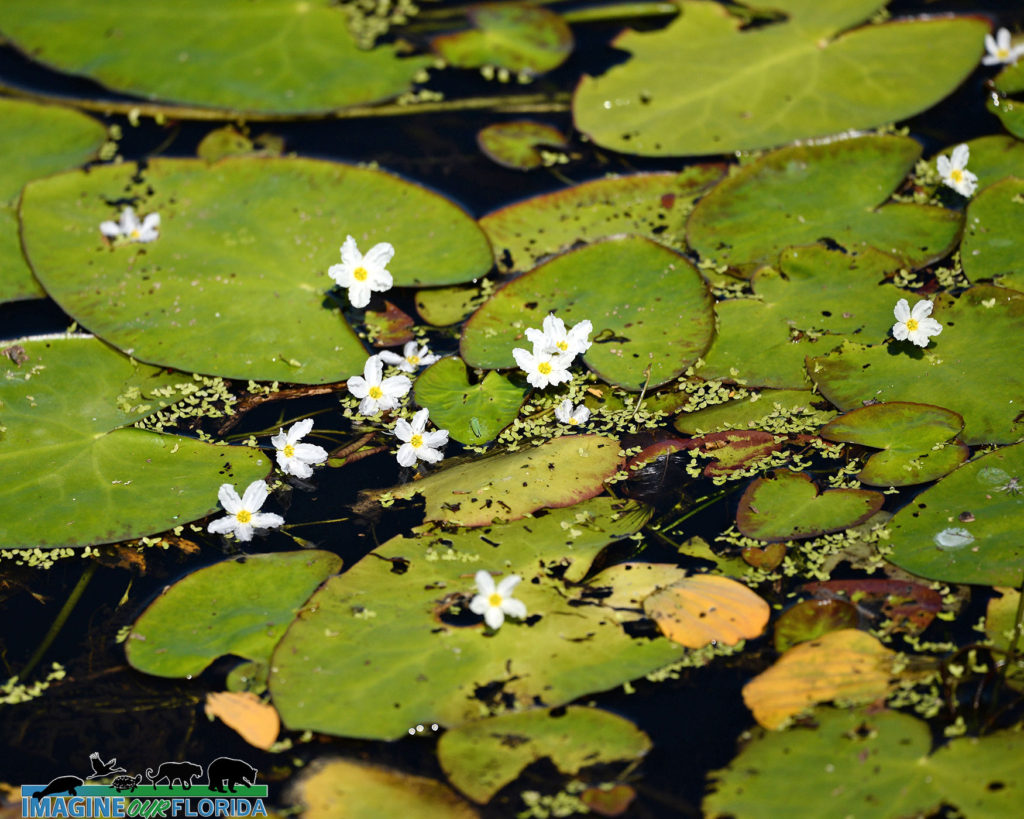
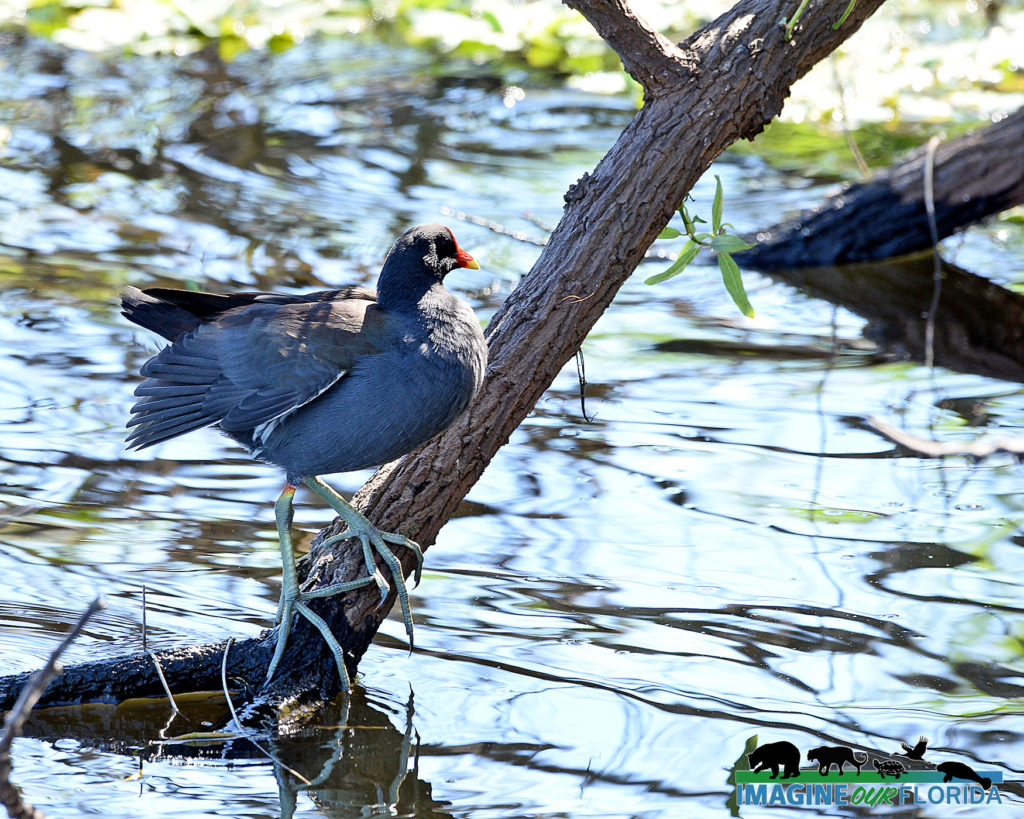
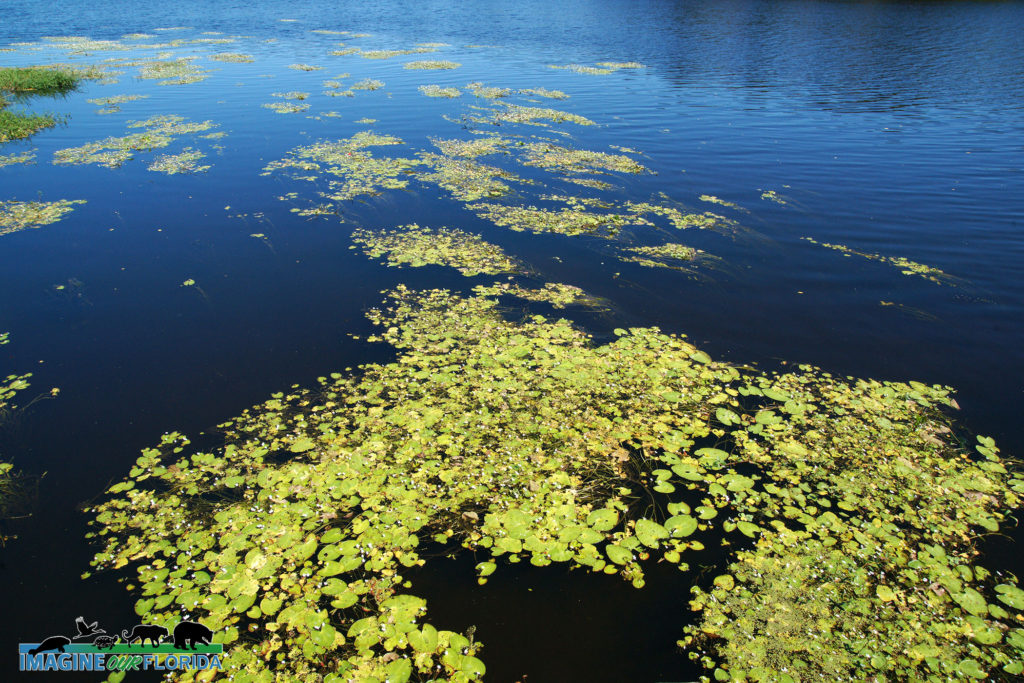
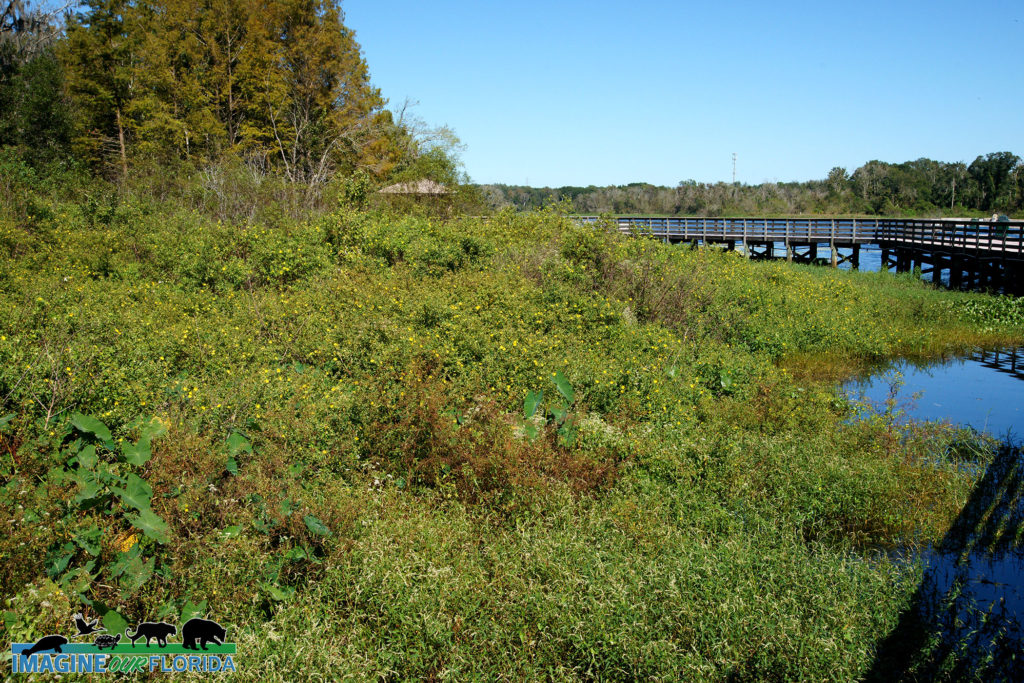
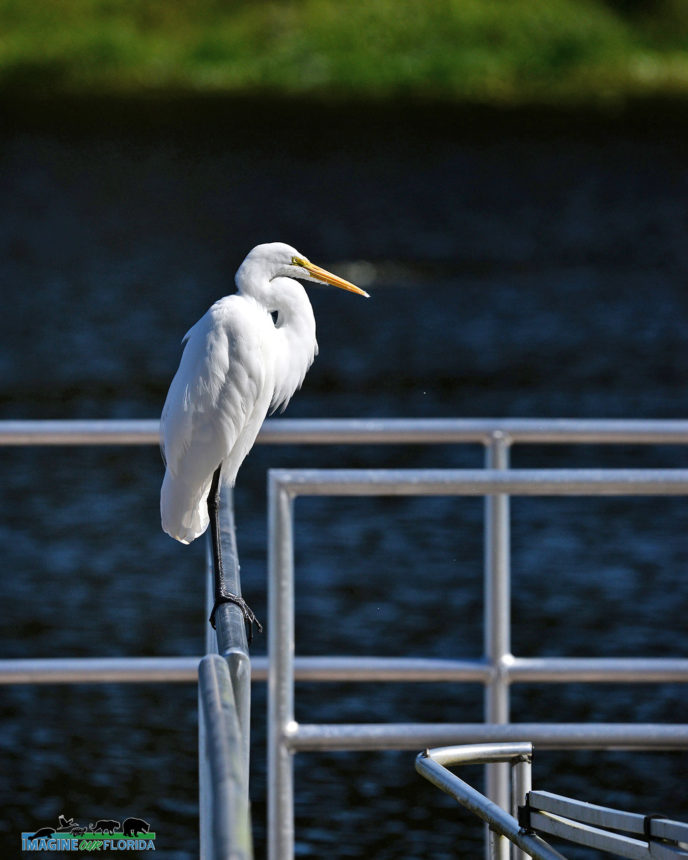
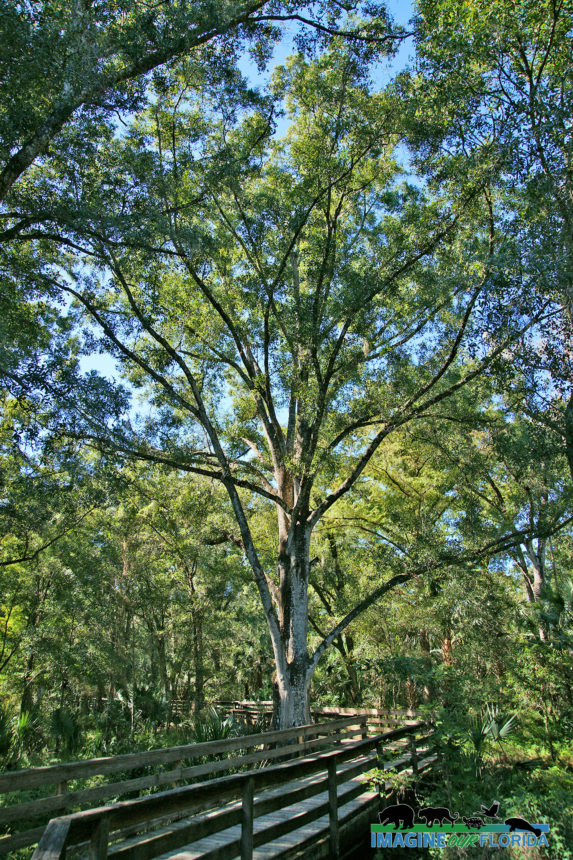
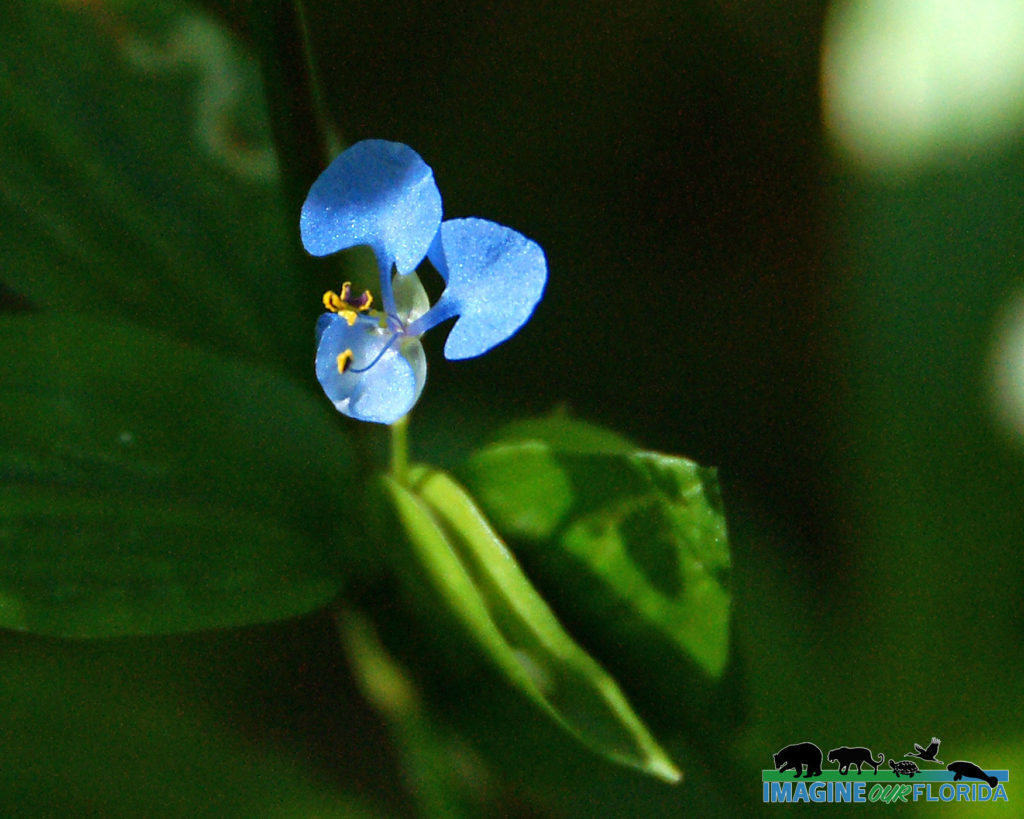
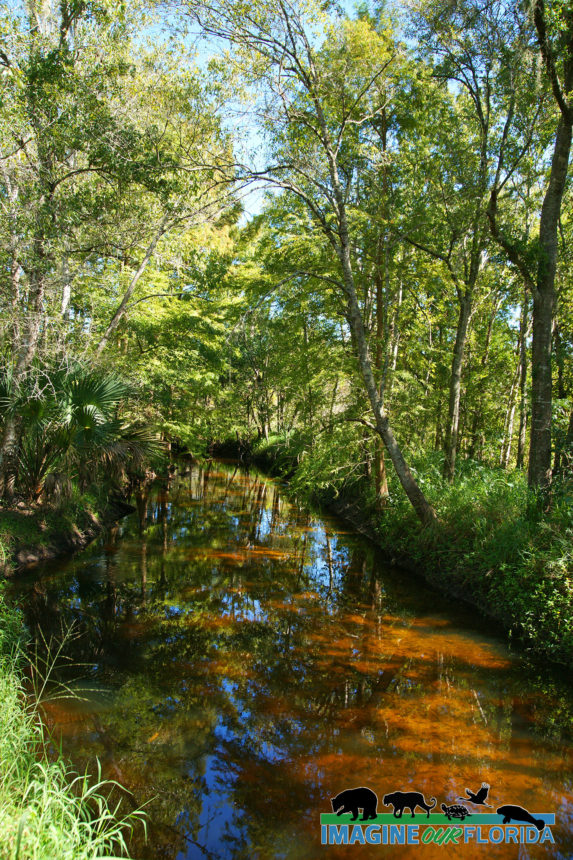
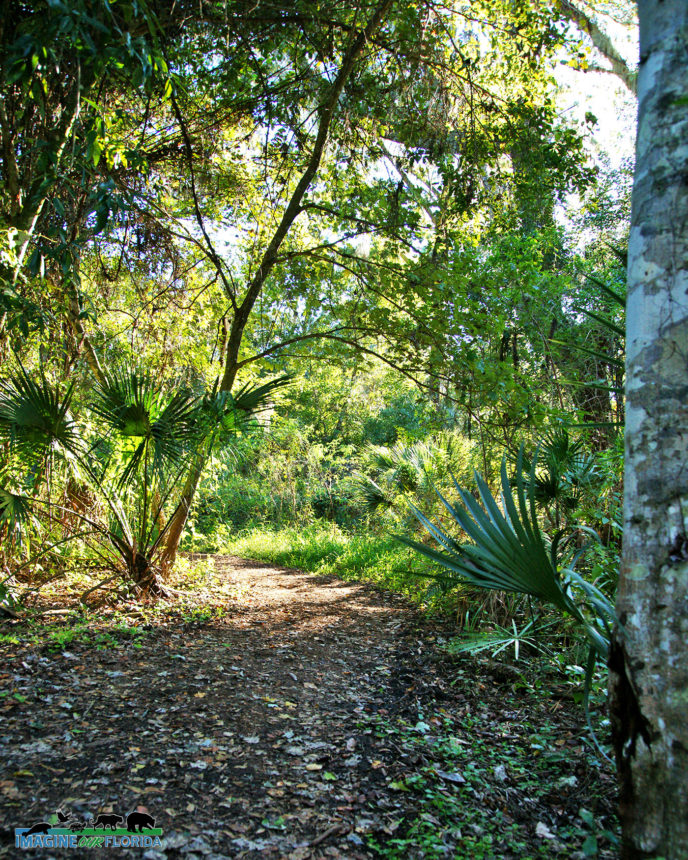
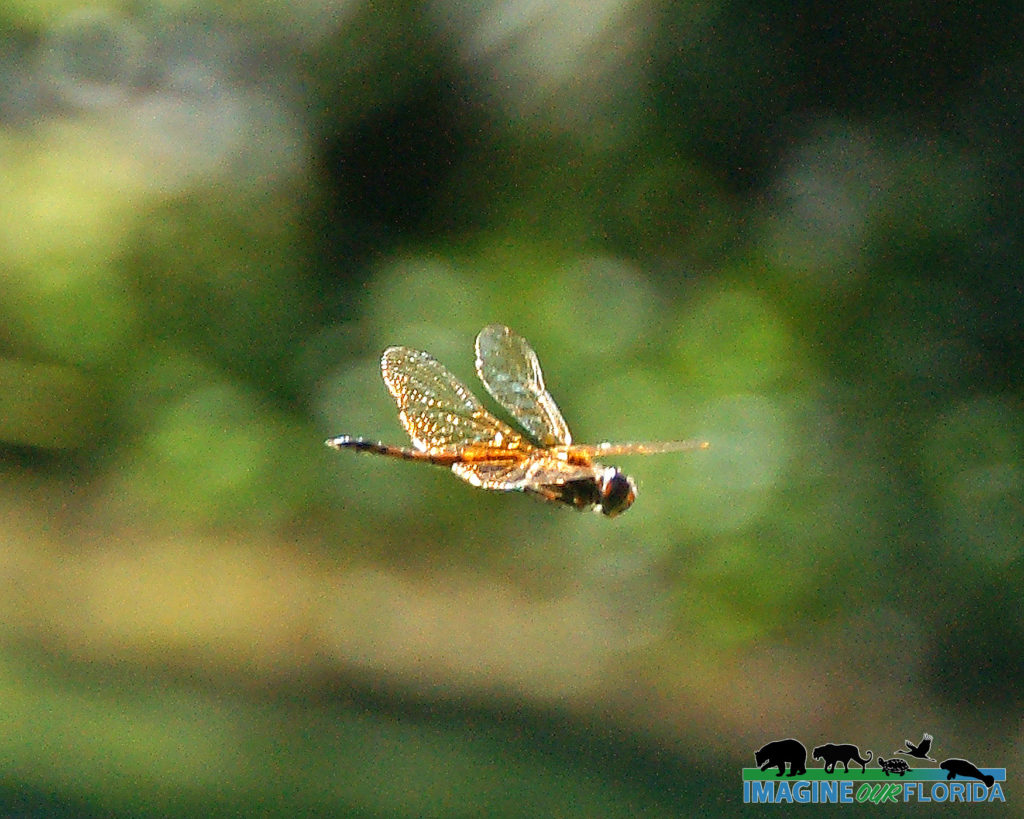
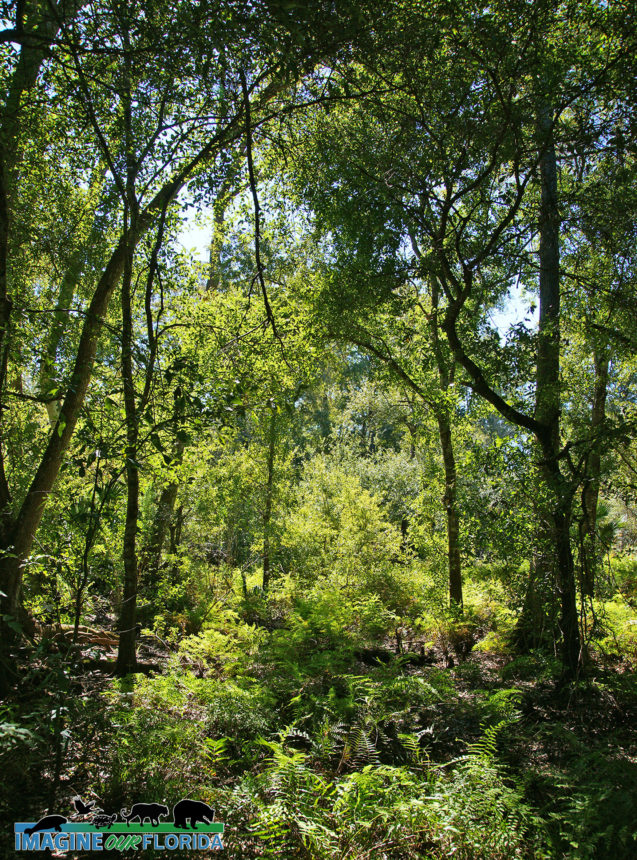
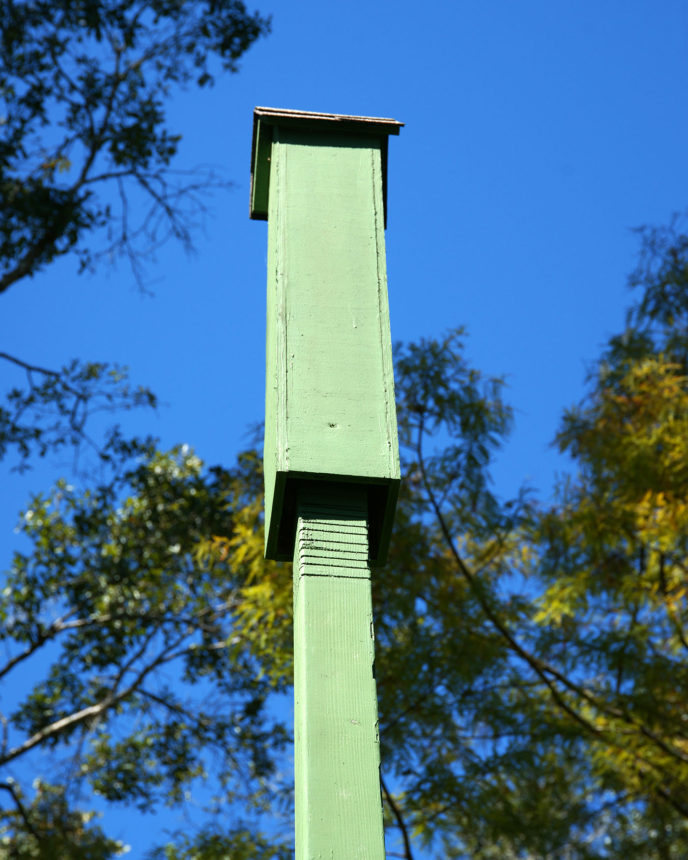
Recent Comments